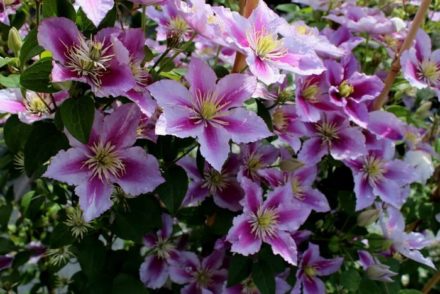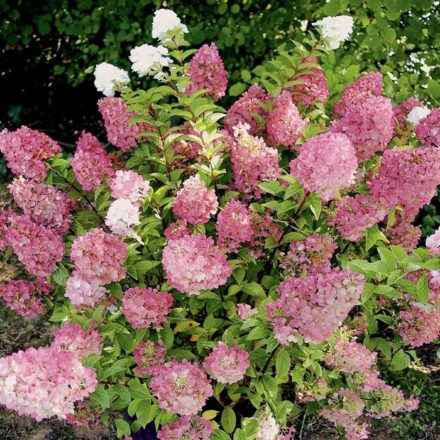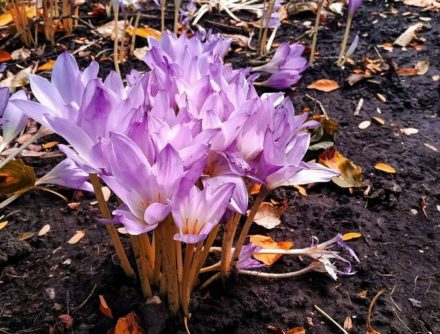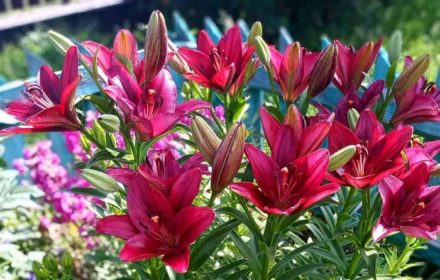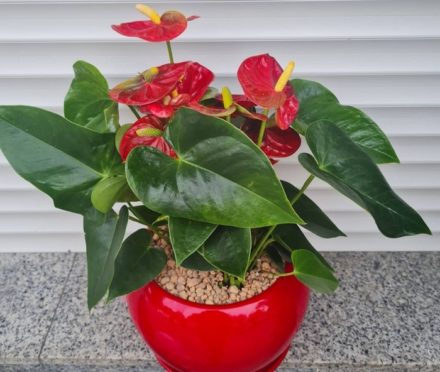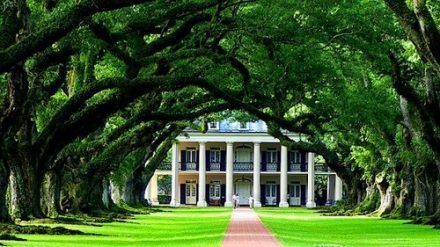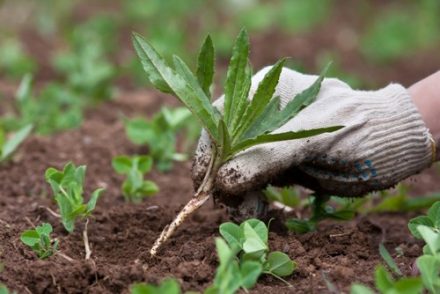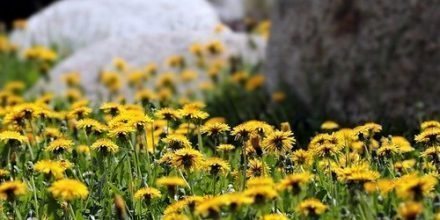Succulents are special plants that fit perfectly into home interiors and landscape design. At the same time, they are characterized by endurance and low maintenance requirements. Succulents differ in height, leaf shape, and color, but they are united by the fact that in nature they are all capable of surviving in conditions where most plants die. Therefore, any gardener can cope with their cultivation, even without many years of experience. But in order for these plants to develop well and please with their appearance, it is necessary to familiarize yourself with the conditions of their maintenance, which will allow you to avoid serious mistakes.

- What it is
- Kinds
- Stem succulents
- Leaf succulents
- Names of popular succulents
- Aloe
- cacti
- Kalanchoe
- Spurge
- Agave
- Adenium
- Crassula
- sedum
- Peperomia
- Rejuvenated
- Echeveria
- Haworthia
- Crassula
- Sedum
- Ragwort
- Pedilanthus
- Aichrizon
- Lithops
- Euphorbia
- Hathiora
- Aeonium
- Stapelia
- Gasteria
- Rhipsalis
- Pachypodium
- Ceropegia
- Cotyledon
- Adromiscus
- Synadenium
- Apthenia
- Albuka
- Graptopetalum
- Pachyphytum
- Faucaria
- Portulacaria
- Anacampseros
- Jatropha
- Monantes
- Lastovnevye
- Dorstenia
- Greenovia
- Trachyander
- Brighamy
- Titanopsis
- Conophytum
- Lampranthus
- Argyroderma
- Bovieya
- Piaranthus
- Andromiscus
- Duvalia
- Cerochlamys
- Phocaea
- Oscularia
- Guernia
- Conditions of detention
- Lighting
- Air
- Temperature
- Caring for succulents at home
- Watering
- Fertilizer
- Trimming
- Growing
- The soil
- How to make soil
- Ready substrate
- Hydrogel
- Sand
- Drainage
- Tara
- Pots
- Flowerpots
- Glassware
- Box
- Florarium
- Landing
- Seeds
- Reproduction
- Leaves
- Children
- Cuttings
- Transfer
- Diseases and problems
- The leaves are turning yellow
- The leaves are falling
- The leaves are drying
- soft leaves
- Spots on leaves
- The plant is stretched
- Powdery mildew
- Rot
- Raid
- Mold
- Pests
- Chervets
- Shchitovka
- Aphid
- Thrips
- Slugs
- Sciarides
- Ticks
- Centipede
- Nematode
- Compositions from succulents
- Interior use
- Succulents in the garden
- Signs and superstitions
- Is it possible to give
- Are they poisonous?
What it is
Succulent means “succulent” in Latin. This term fully conveys the main feature of these plants. Namely, that they are able to accumulate a supply of moisture in their tissues, which allows them to easily survive dry periods.
The surface of the leaves and shoots of these crops also has a bluish coating and a thick cover consisting of hairs, bristles, and spines. They perform a protective function and prevent the death of the plant during prolonged drought, from direct exposure to sunlight and high temperature.
In their natural habitat, succulents are able to be content with moisture, which they receive only twice a year when it rains. It is at this time that plants store moisture for future use. Moreover, excess water can cause their death.
Succulents are representatives of different families that do not have a common related origin.
The most common of them:
- cactaceae (opuntia, ariocarpus, astrophytum);
- Crassulaceae (Monanthes, Adromiscus, Pachyphytum, Kalanchoe);
- agave (brown-yellow agave, filamentous agave, compressed agave, Funk's agave);
- swallowed (piaranthus, guernia, stapelia, caralluma);
- lilies (aloe fan, aloe tree, aloe low, aloe variegated);
- Euphorbiaceae (jatropha, pedilanthus, synadenium);
- Aizaceae (Argyroderma, Conophytum, Aptenia, Faucaria).
Thanks to selection based on wild forms of succulents, decorative varieties were bred, which have gained wide popularity in floriculture.
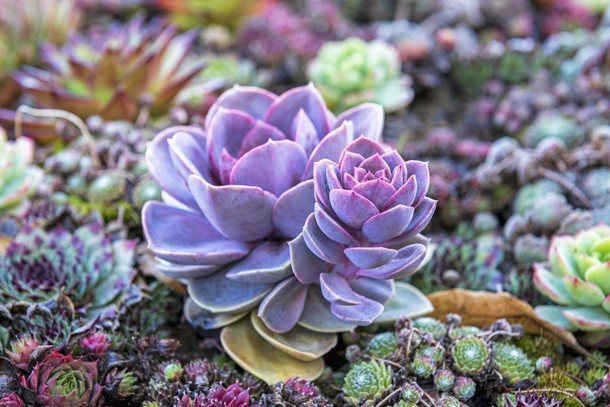
Kinds
All succulents are divided into 2 main types: stem and leaf. Their difference is in the arrangement of tissues that store moisture. But at the same time, plants have the same living conditions, and therefore are able to survive in arid regions, in the subtropics and in rock crevices.
Stem succulents
This category includes crops that accumulate moisture in their shoots. Therefore, they are thick, fleshy and in most cases ribbed, which is due to climatic conditions. During the rainy season, the folds of the shoots straighten out.
The stems of such succulents contain a large number of water-bearing cells. They have a cylindrical shape, which reduces the evaporation surface. The leaf blades are small and most often presented in the form of needles. They do not take part in photosynthesis, since all biological processes take place in the shoots.
Stem succulents are nocturnal plants, as they actively produce organic compounds and function at this time of day. When the air temperature drops and humidity rises, their respiratory stomata open.
The stem species includes:
- Crassula;
- spurge;
- adenium;
- euphorbia;
- pachypodium;
- Guernia.
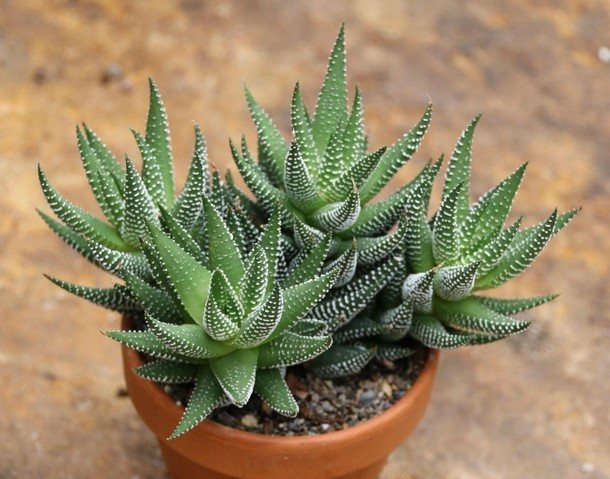
Leaf succulents
Unlike the previous species, these plants contain moisture reserves in the leaf blades.Therefore, they are thick, fleshy, and there is a thick bluish coating on the surface, which prevents excessive evaporation. It is the leaves of such plants that are responsible for photosynthesis and other biological processes.
The following succulents belong to this species:
- aloe;
- haworthia;
- young;
- Echeveria;
- sedum;
- Lithops.
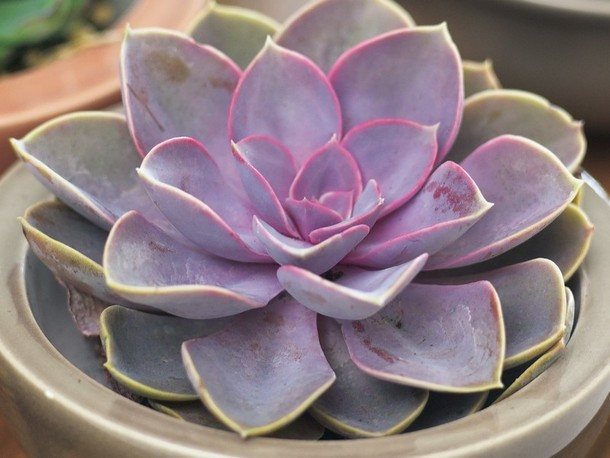
Names of popular succulents
There are many succulents that can be successfully grown at home and in the garden. But to understand what these plants are, you need to familiarize yourself with at least some of them. This information will allow you to get a complete picture of these cultures, and will also help you understand what common qualities distinguish them all.
Aloe
A herbaceous perennial that includes about 430 species. It comes from the driest regions of Africa. Regardless of the species, the plants initially develop a large basal rosette on a greatly shortened stem.
Aloe shoots begin to grow only later. But in some species they reach a height of 1.0-2.0 m and become lignified over time, while in others they remain unchanged for decades.
The leaves of aloe are oblong, fleshy, 10-40 cm long. When cut inside, you can see the jelly-like transparent pulp, which is divided into cells. Most species have spines along the edge of the plates. During a cool winter, the plant blooms in December or January.
Popular species that are grown at home:
- aloe vera;
- real aloe;
- aloe Marlota;
- variegated aloe;
- Aloe Jukunda;
- aloe somali.
Tree aloe is very popular because it has healing properties and for this it is called a “house doctor.”
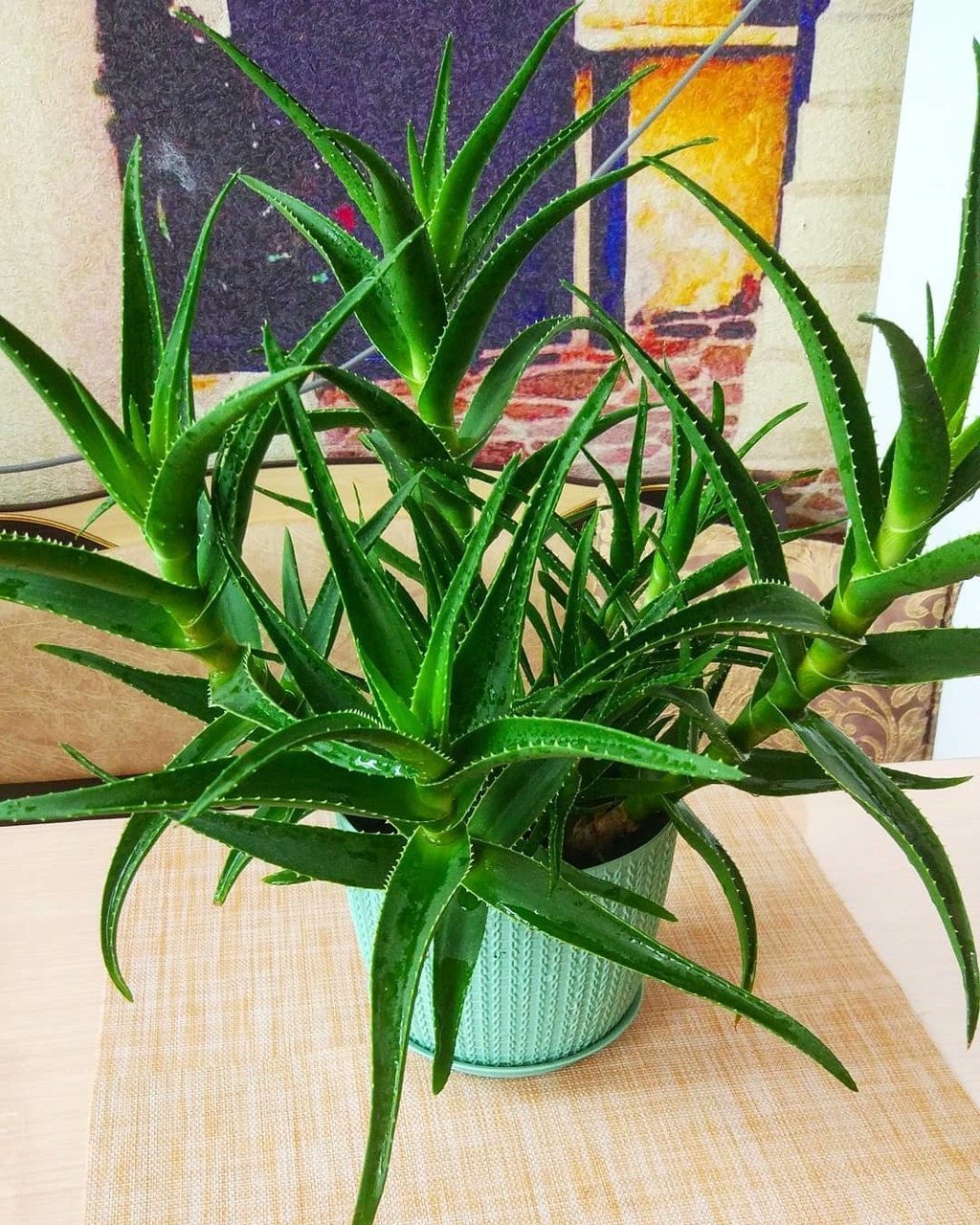
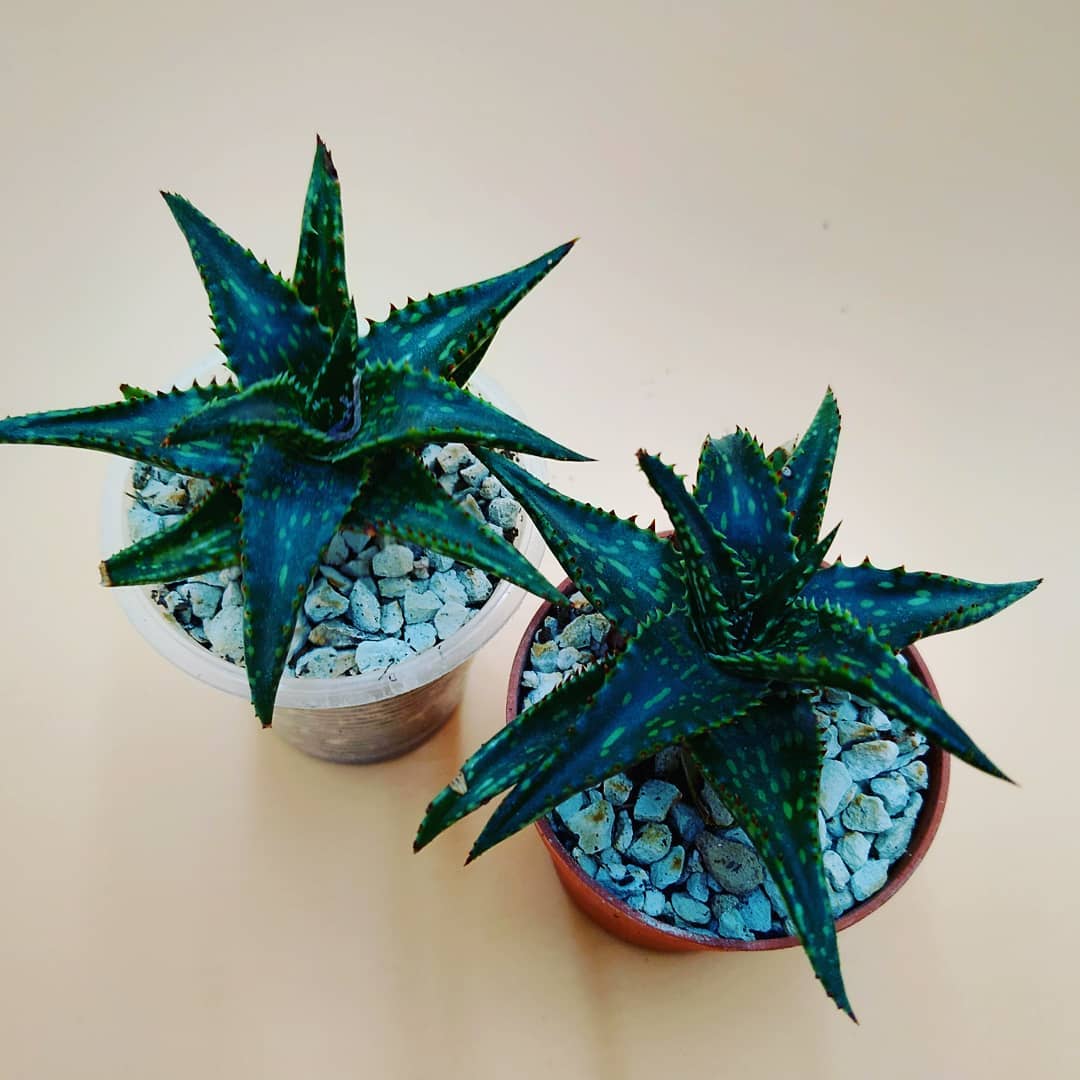
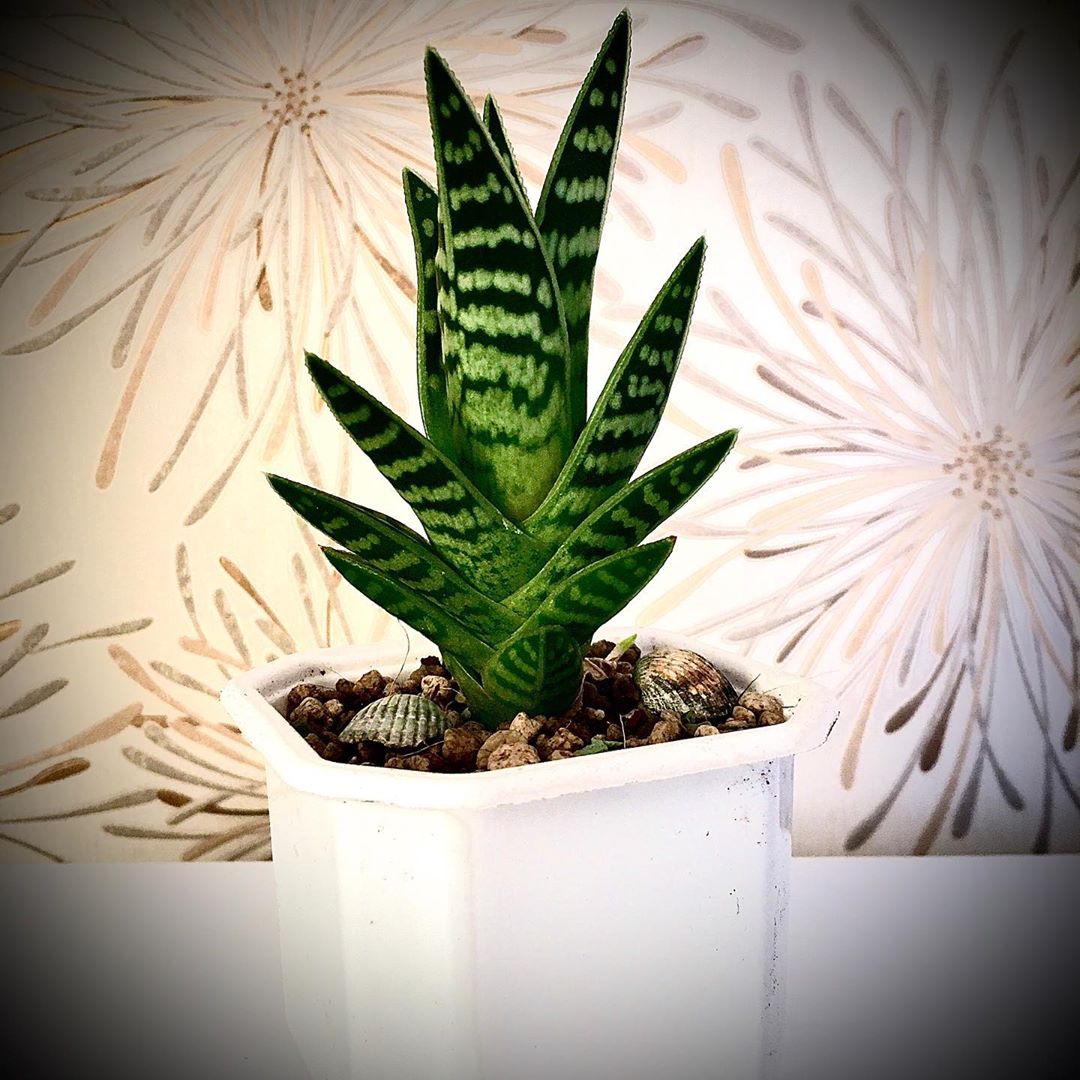
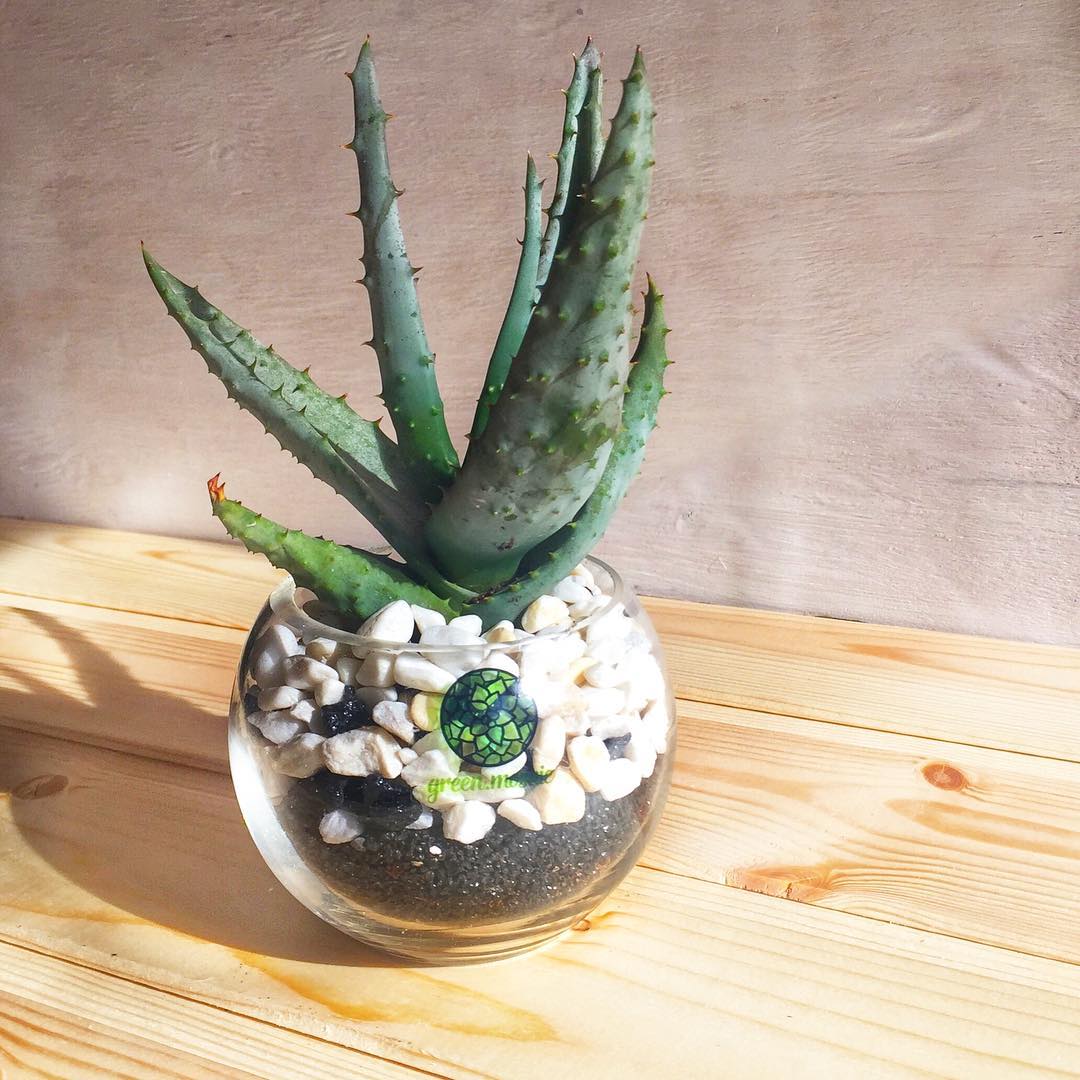
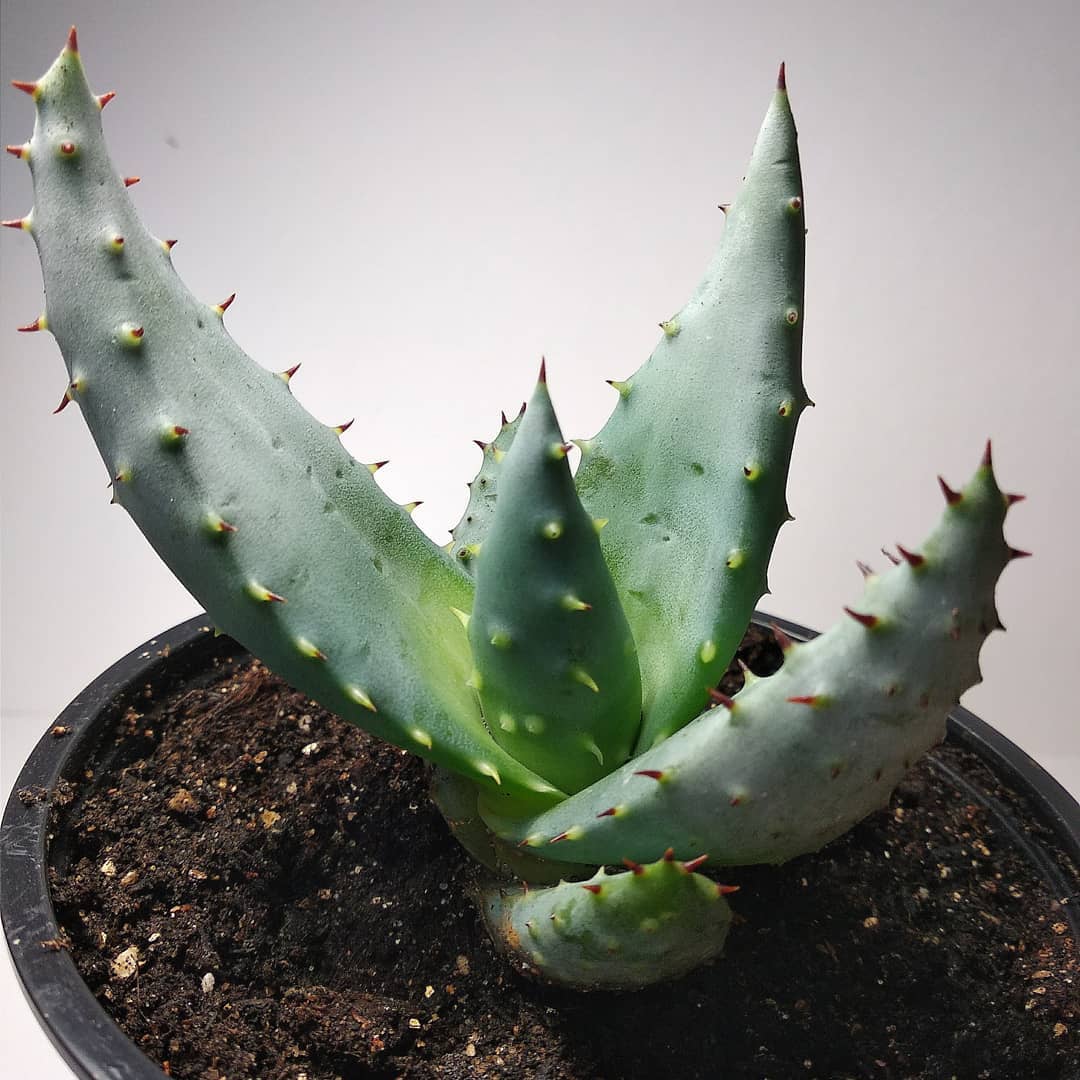
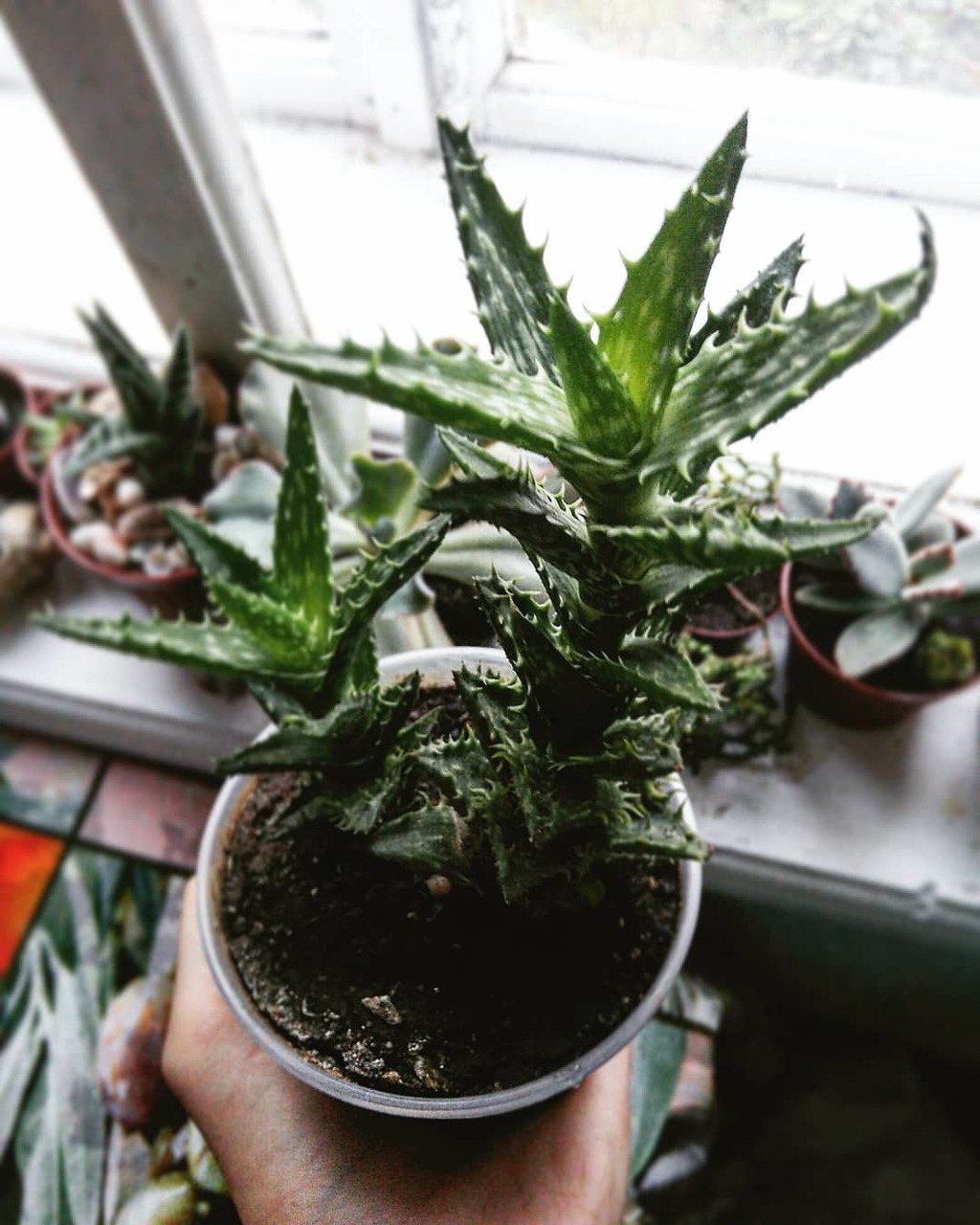
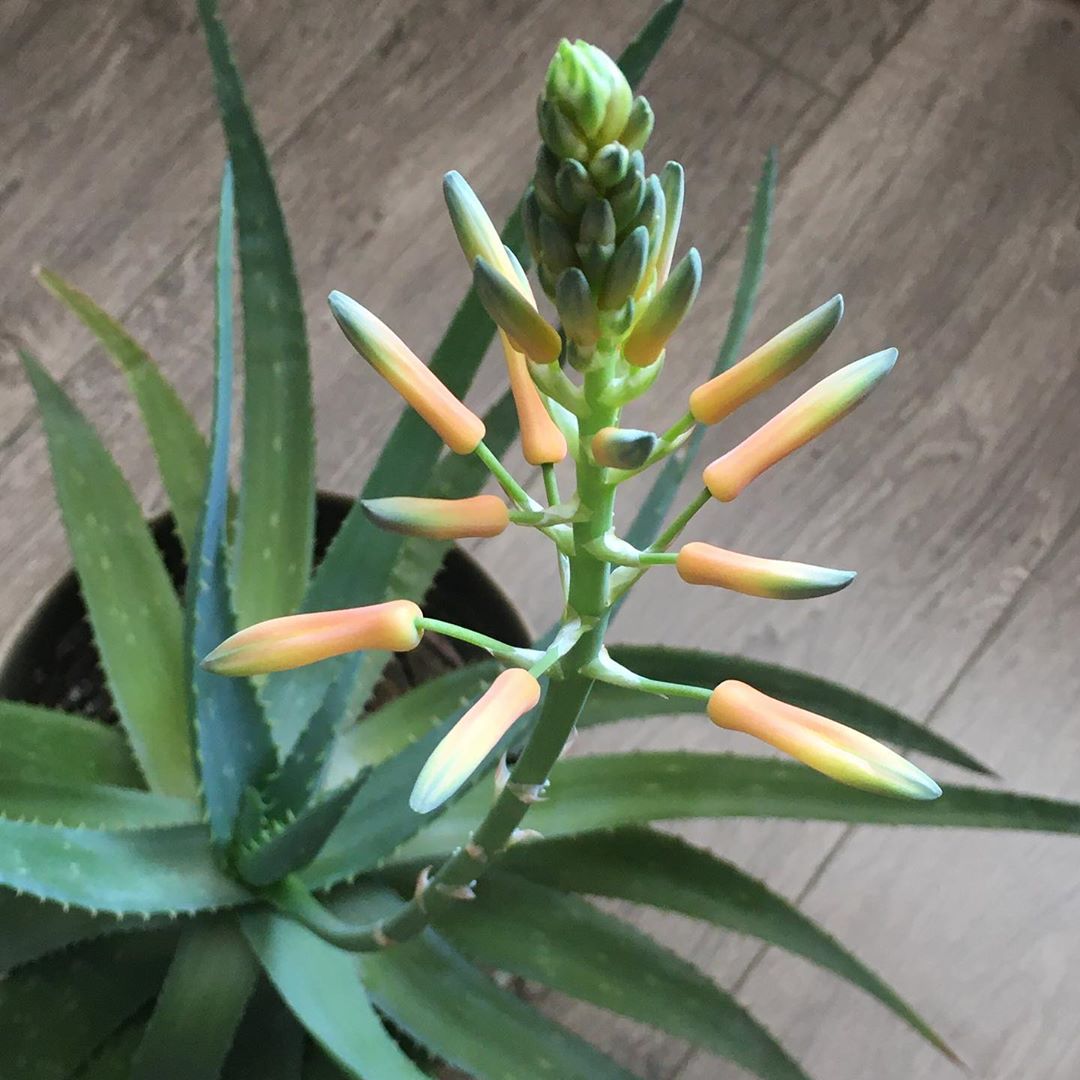
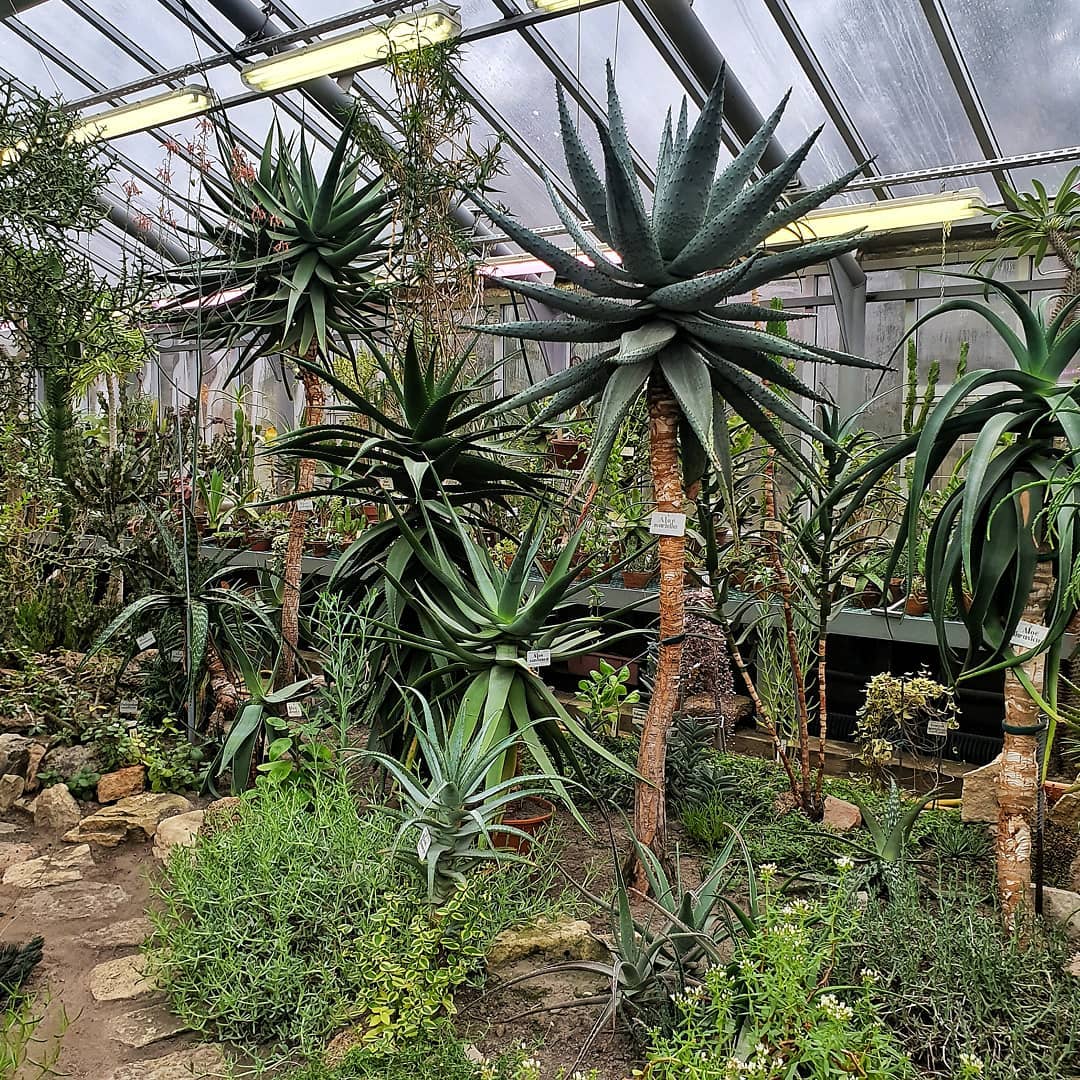
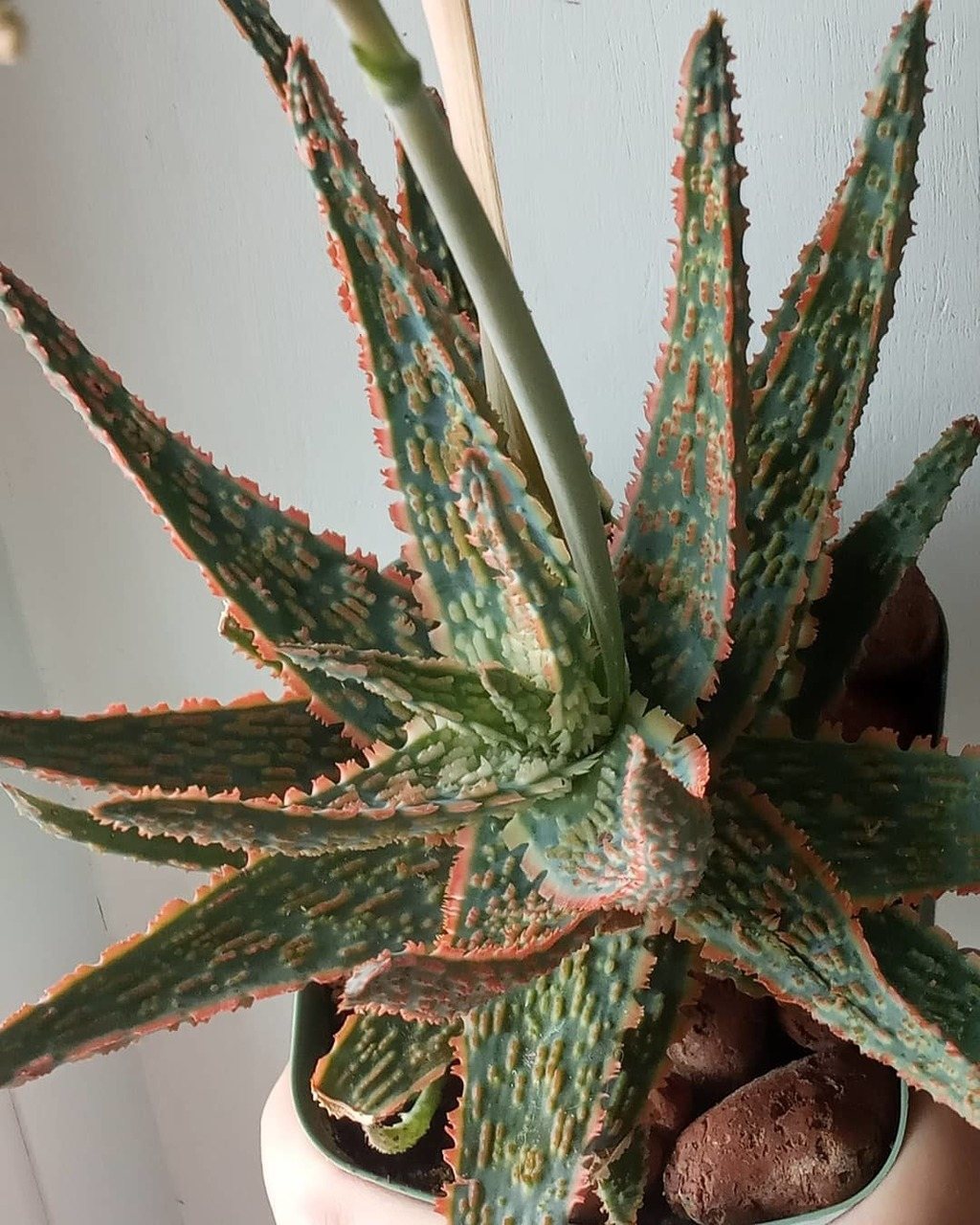
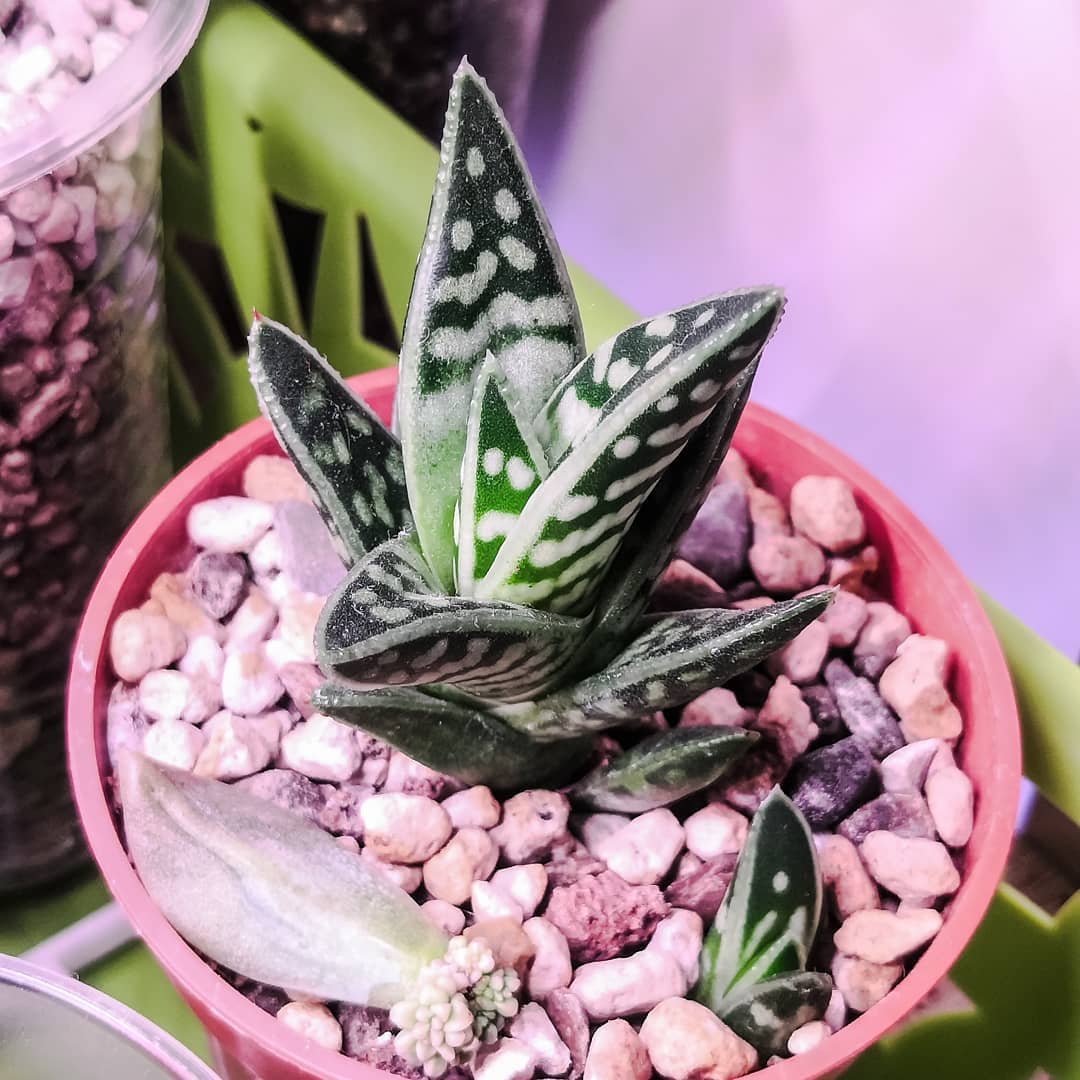










cacti
There are about 3 thousand in nature.species of this plant. All of them are mainly found in America, Madagascar, India, Africa and Australia. All representatives of this family are perennial succulents with thick, fleshy stems with a ribbed surface. A distinctive feature of these plants is the presence of an organ - an areola. It is a modified axillary bud on which scales are located, transformed into hairs or spines.
The shape and size of shoots of cacti can be varied. In some representatives it is spherical, while in others it is columnar, branched, flattened and even comb-shaped.
The process of photosynthesis in cacti occurs in green shoots. Flowers can be solitary or collected in racemes. Size, color and shape are also very different.
The most popular types of plants in home floriculture:
- mammillaria;
- parody;
- rebutia;
- Cephalocereus senile;
- prickly pear;
- Ariocarpus;
- astrophytum.

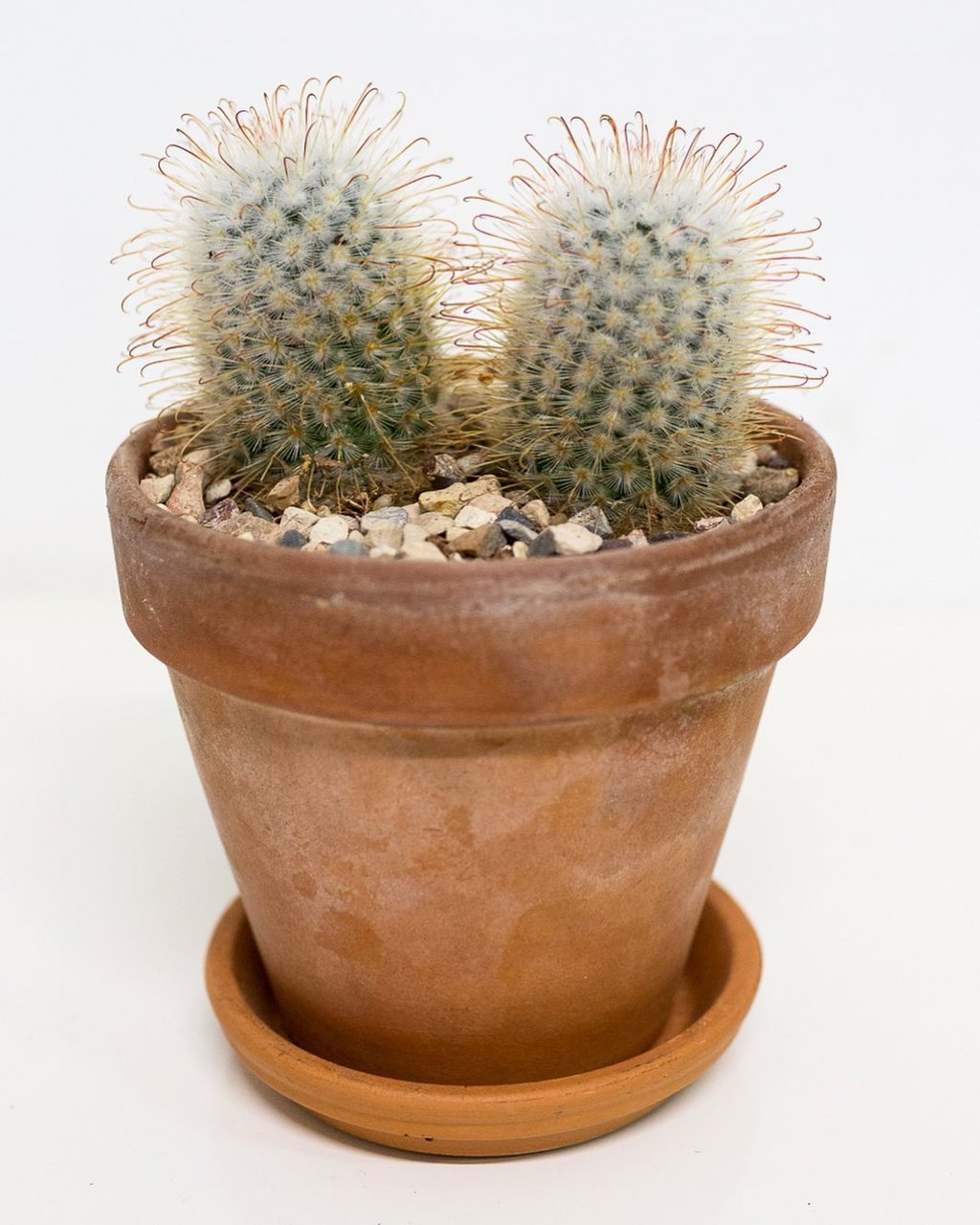
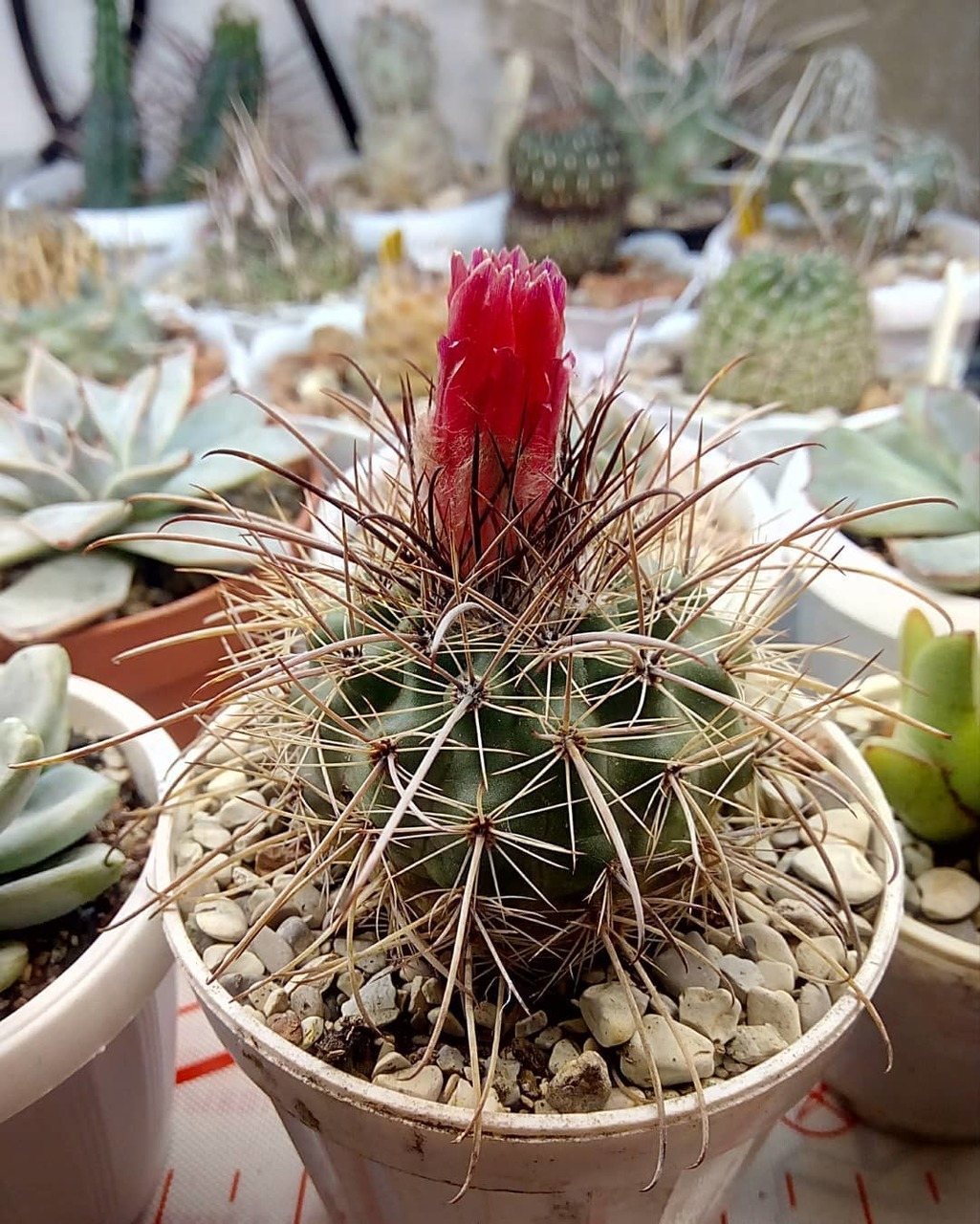
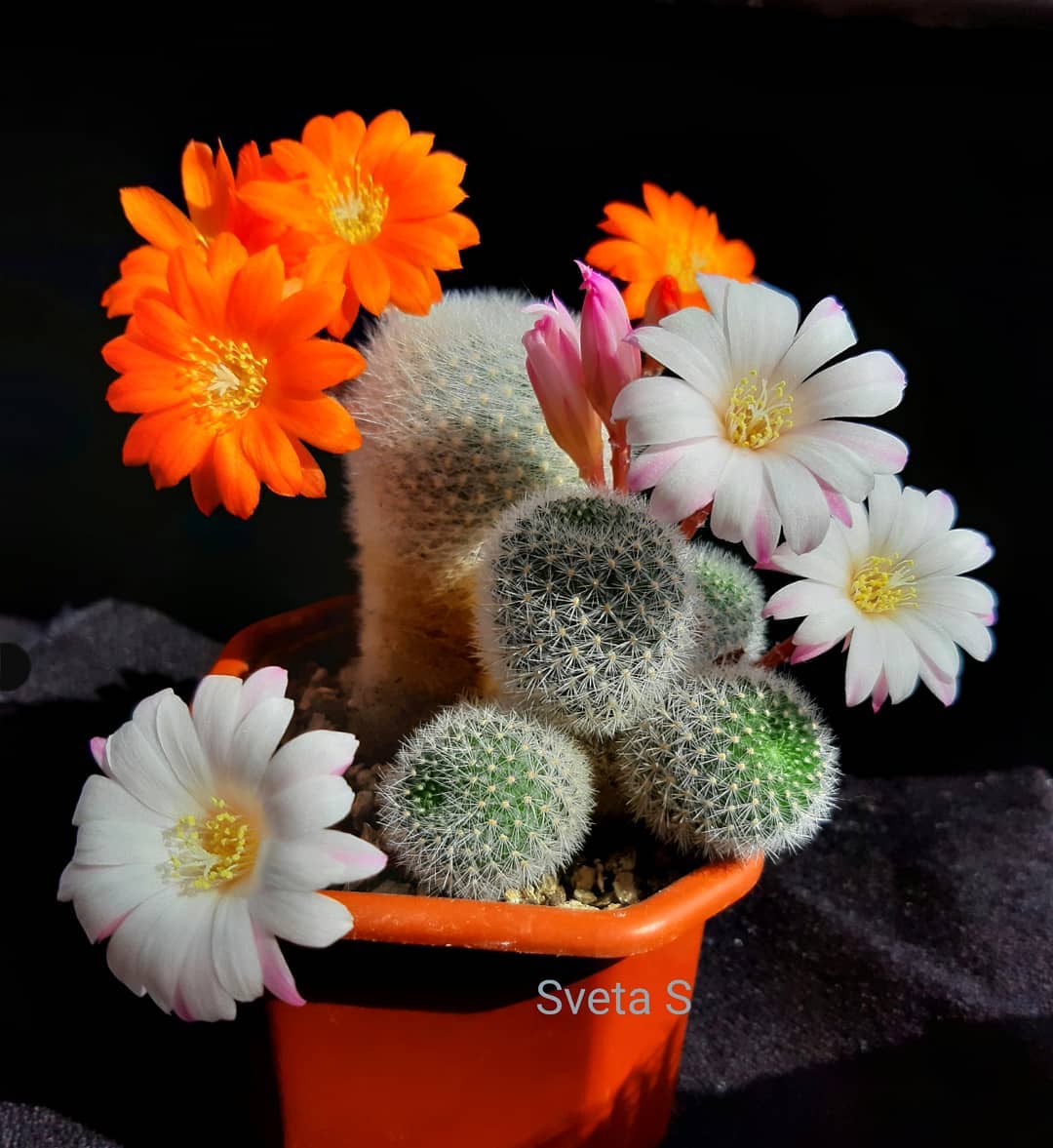
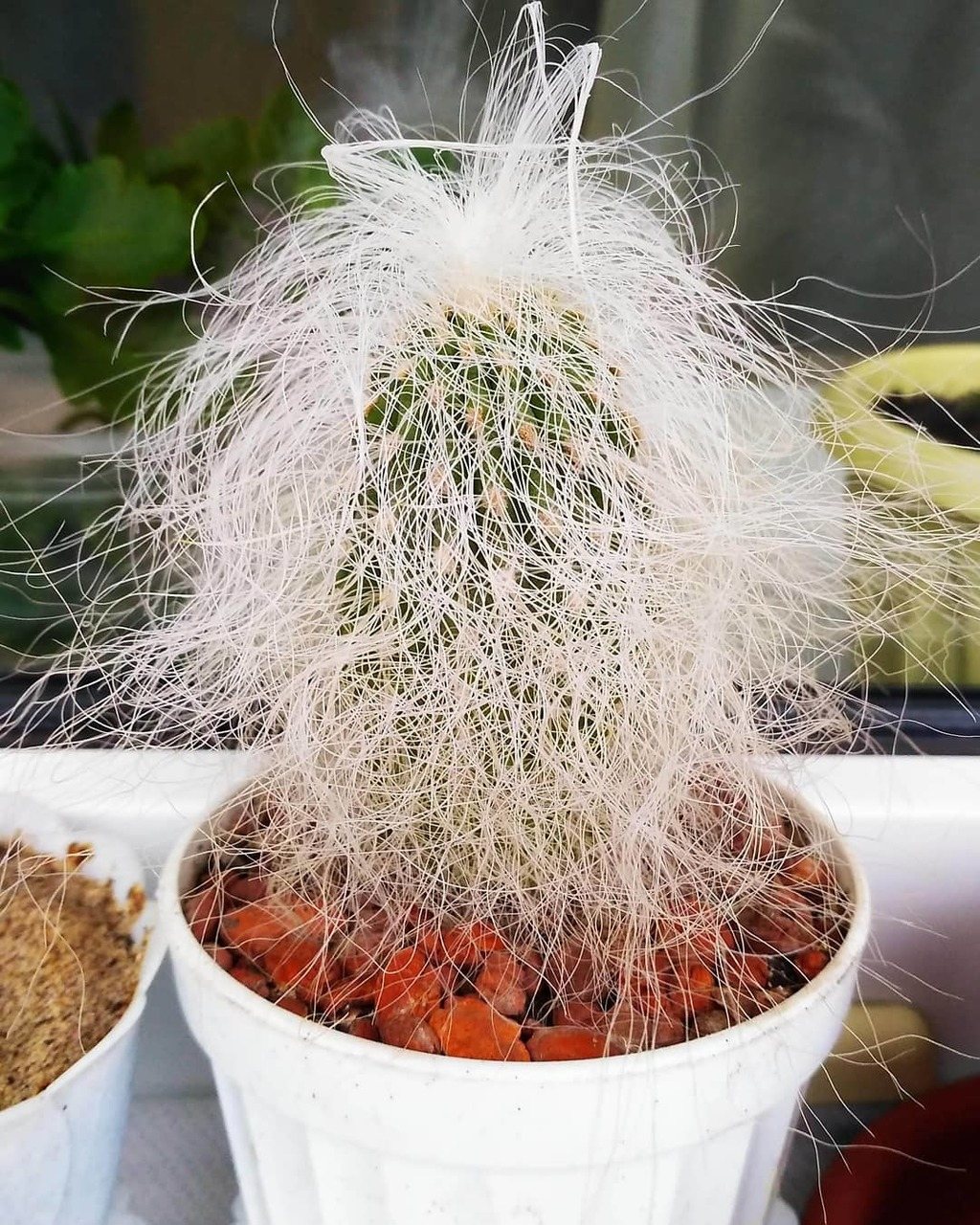
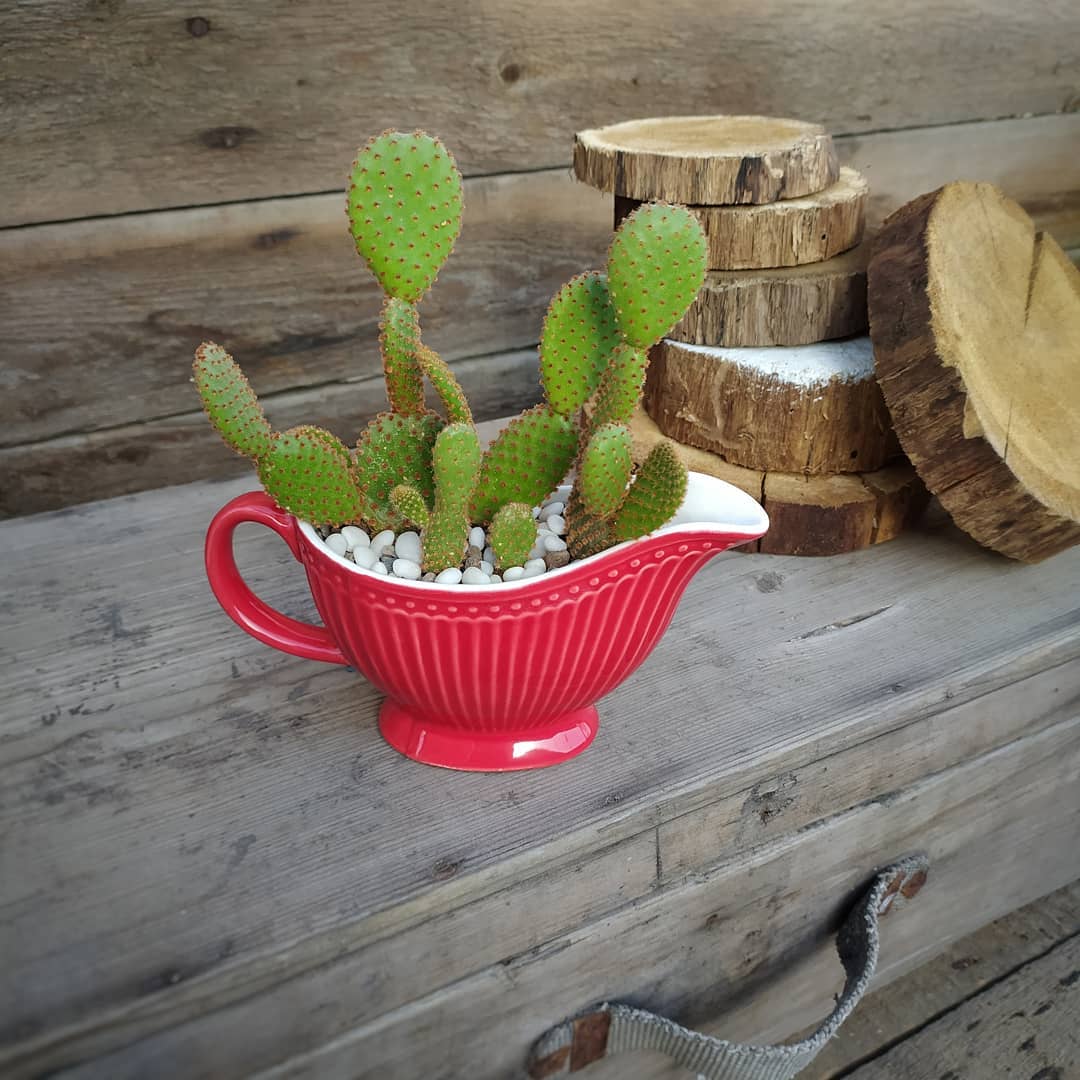
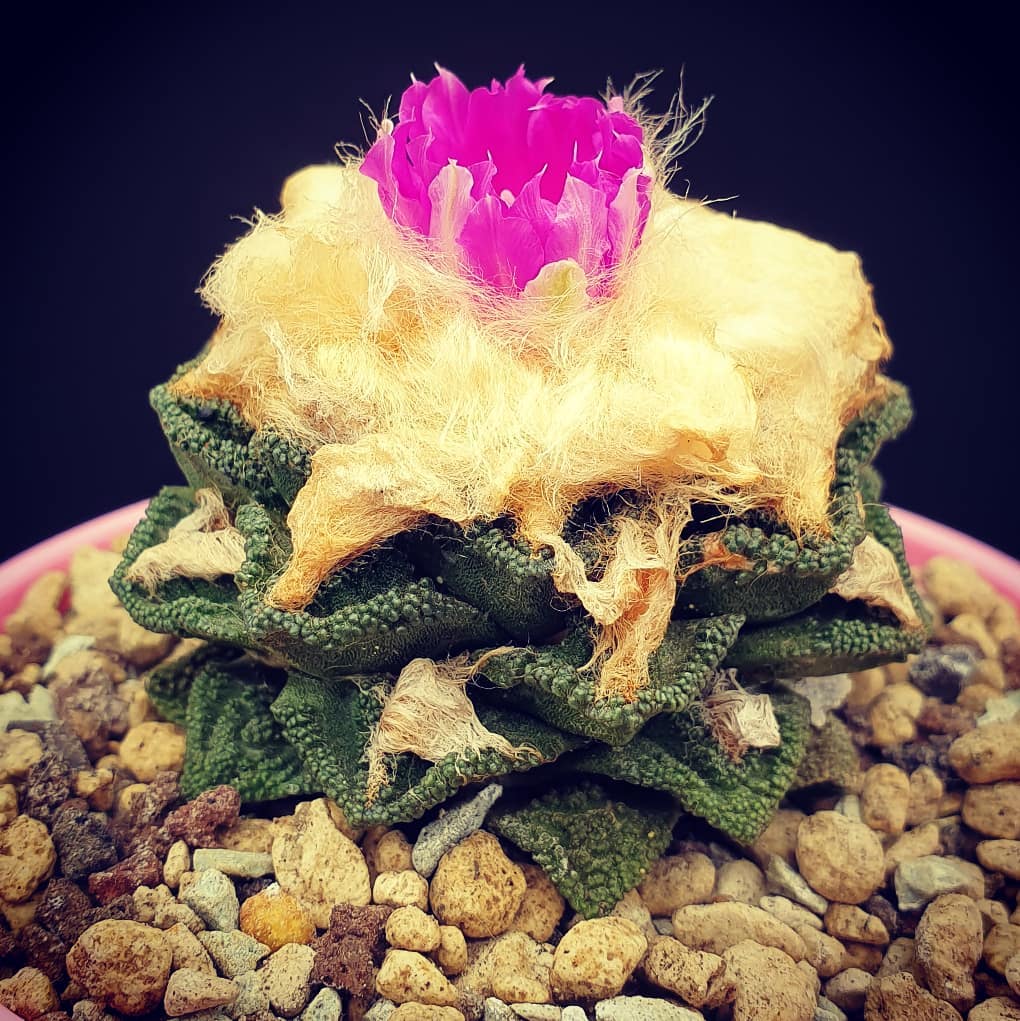
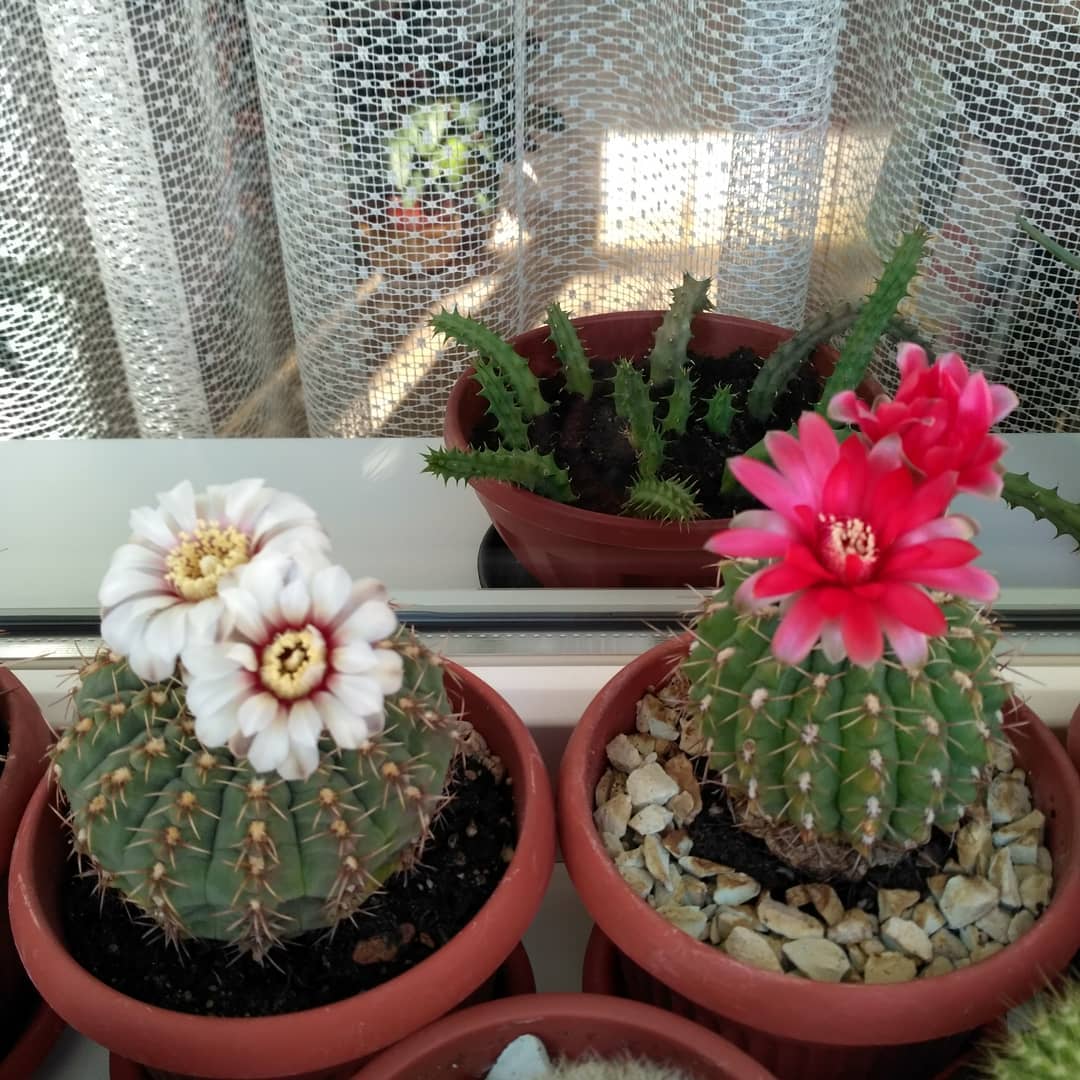
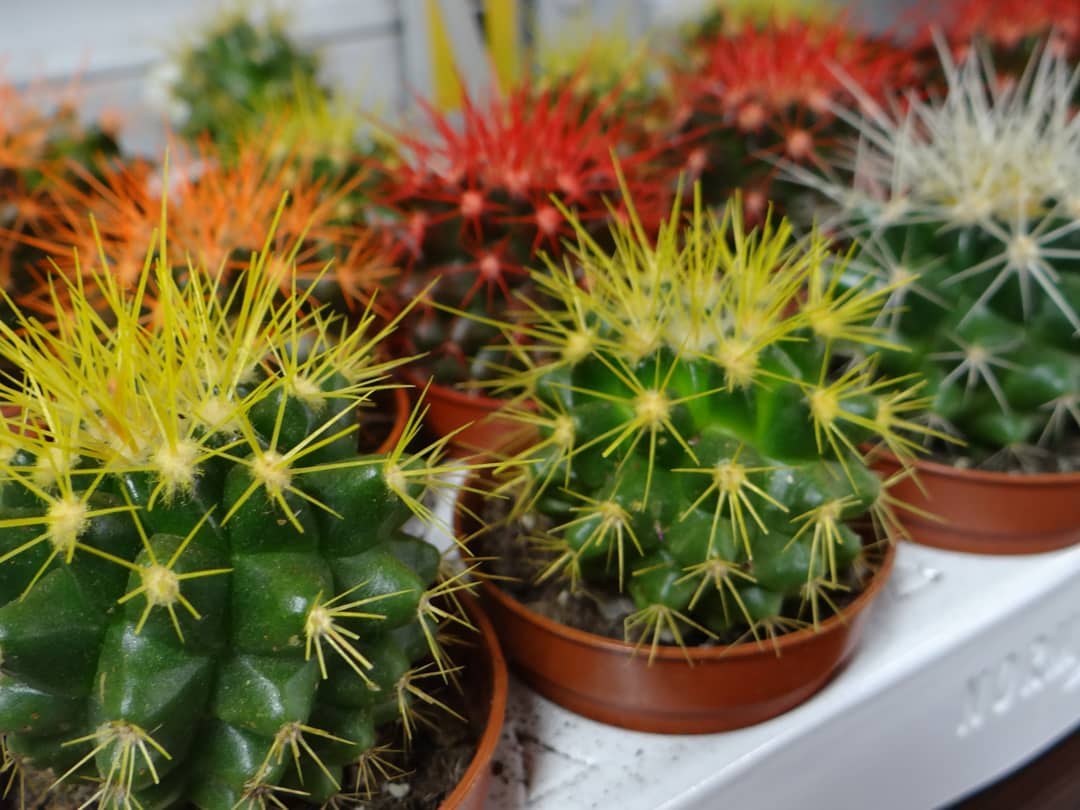
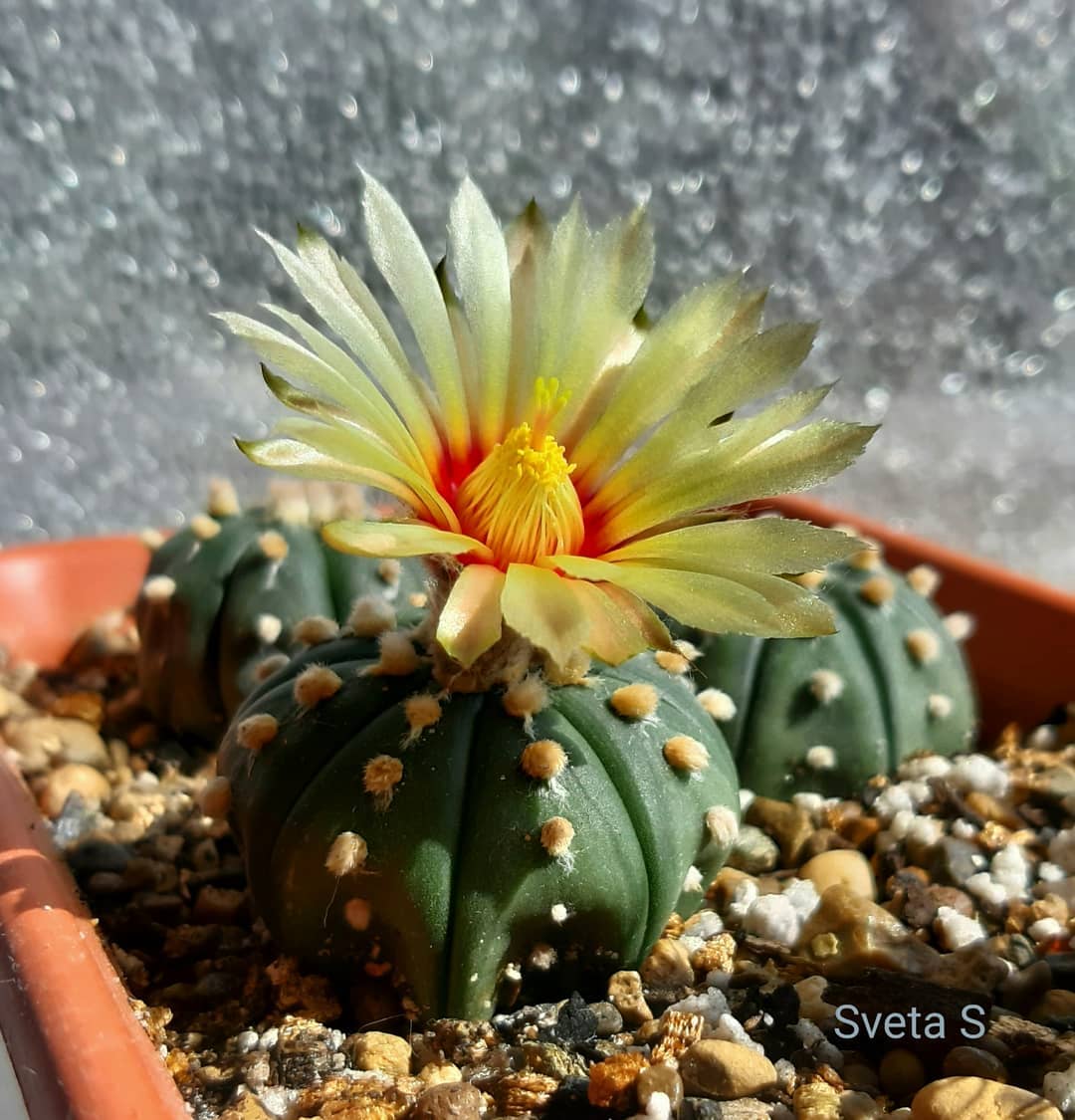










Kalanchoe
This succulent is native to Madagascar. In its natural habitat, the plant reaches a height of 1 m. It forms a subshrub with an erect shoot, on which triangular sessile or petioled leaves with jagged edges are arranged crosswise. On adult plates, brood buds are located in the depressions. When they fall to the ground they take root easily.
Flowers Kalanchoe collected in umbrella inflorescences. They can be simple and terry. The color of the petals is white, pink, yellow, orange, purple. Flowering is abundant and long lasting. The juice of this succulent has healing properties, so it is used in traditional and folk medicine.
Popular plant types:
- Degremona;
- Mangina;
- feathery;
- Blossfeld;
- marble;
- dissected;
- Bejar.
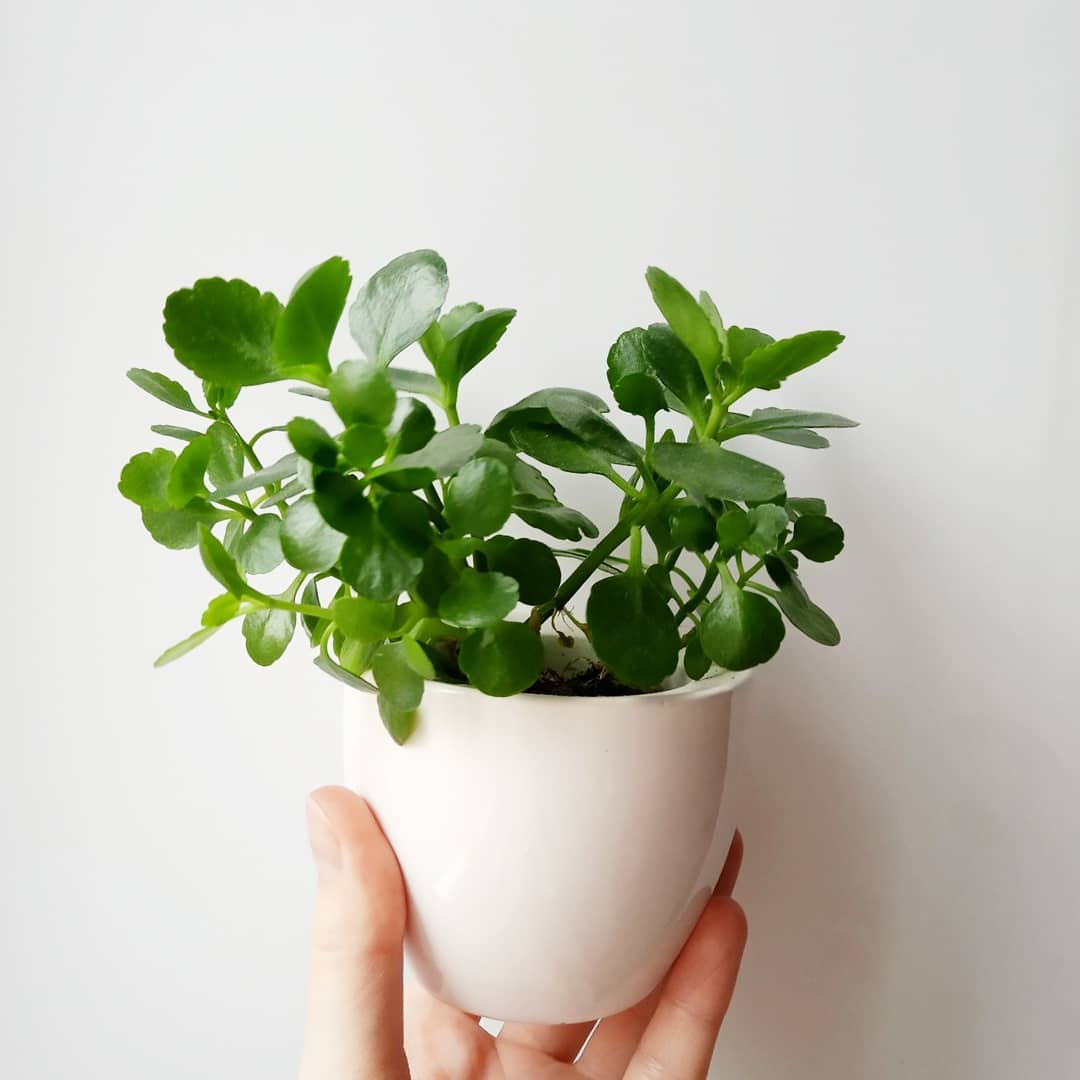
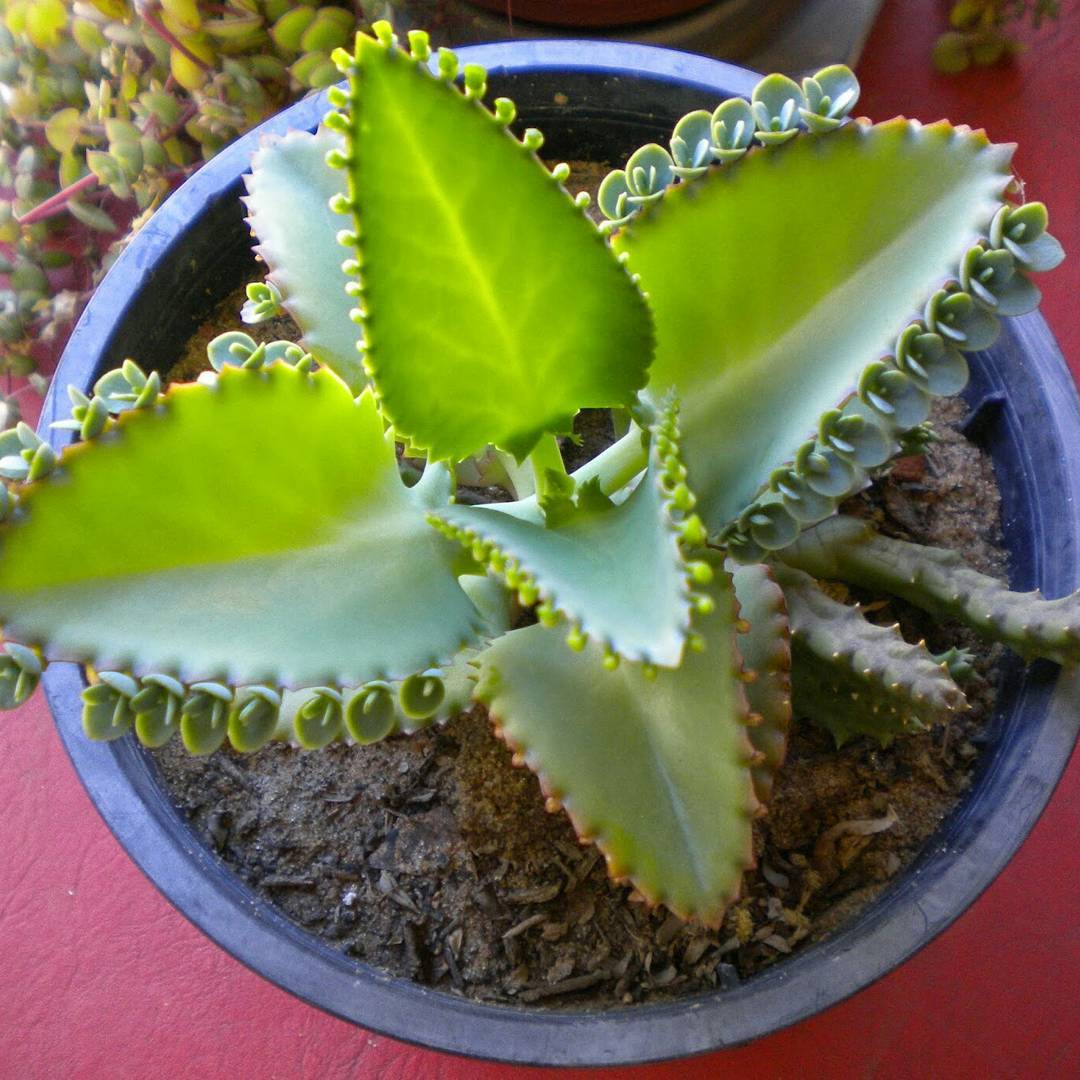
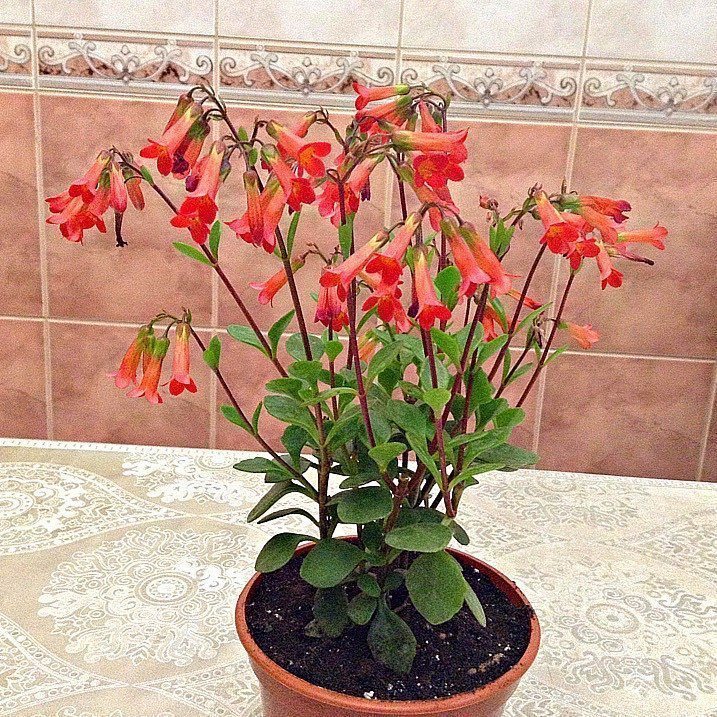

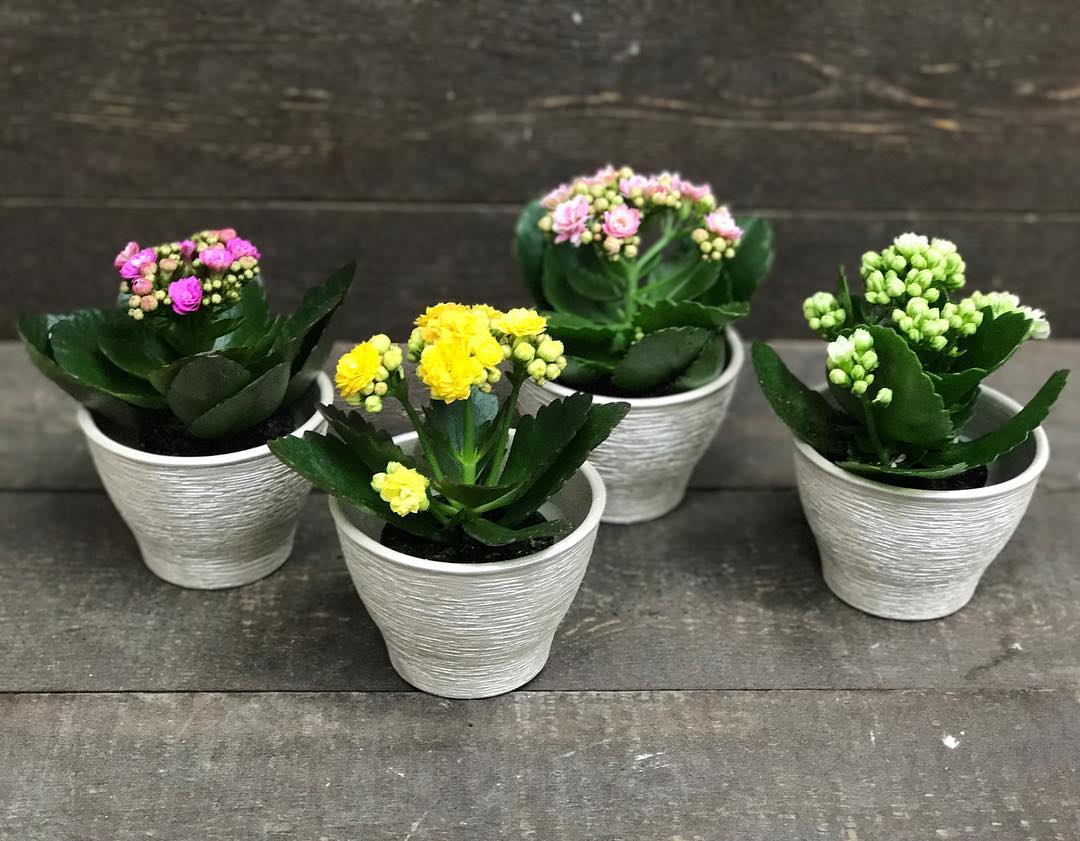
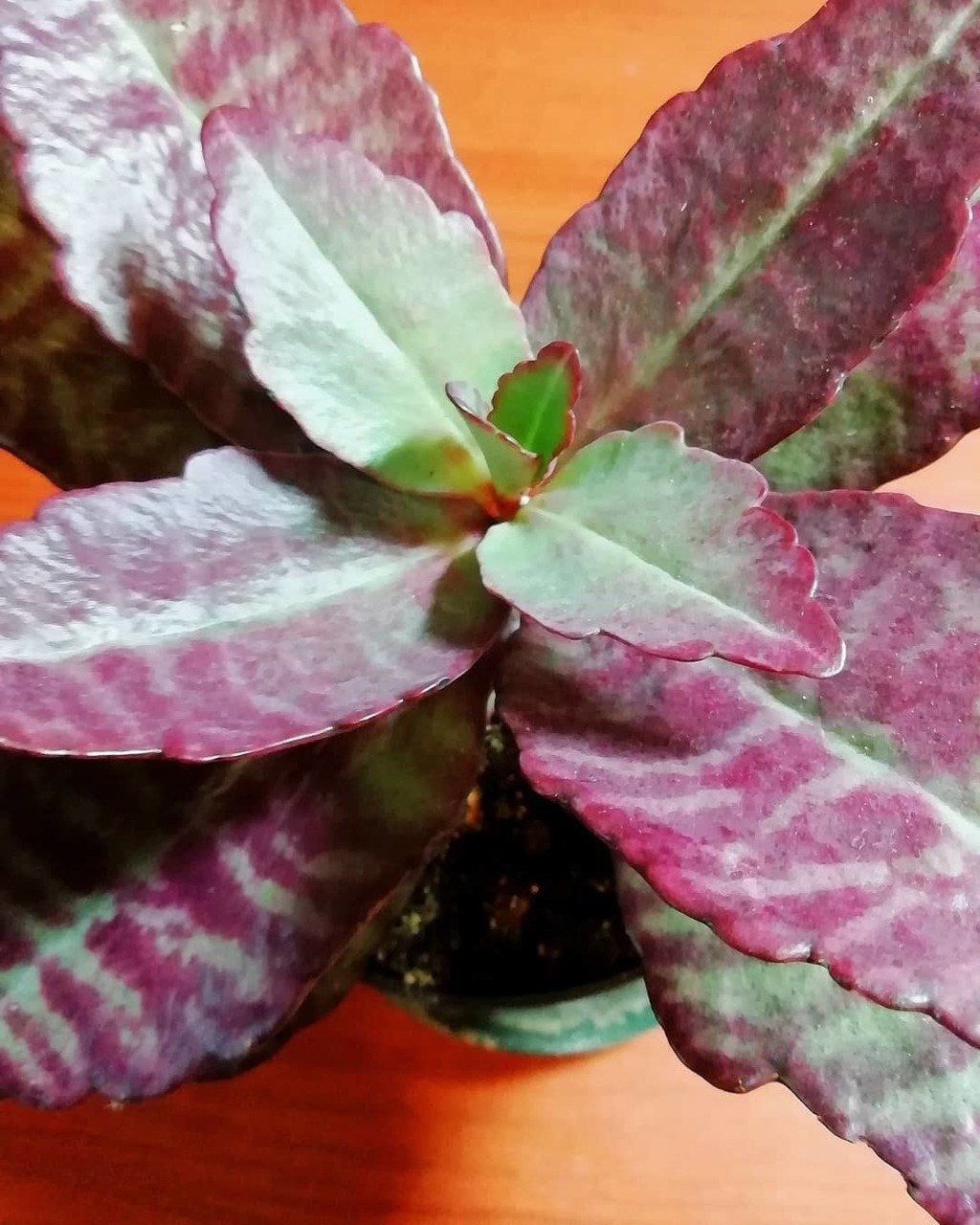
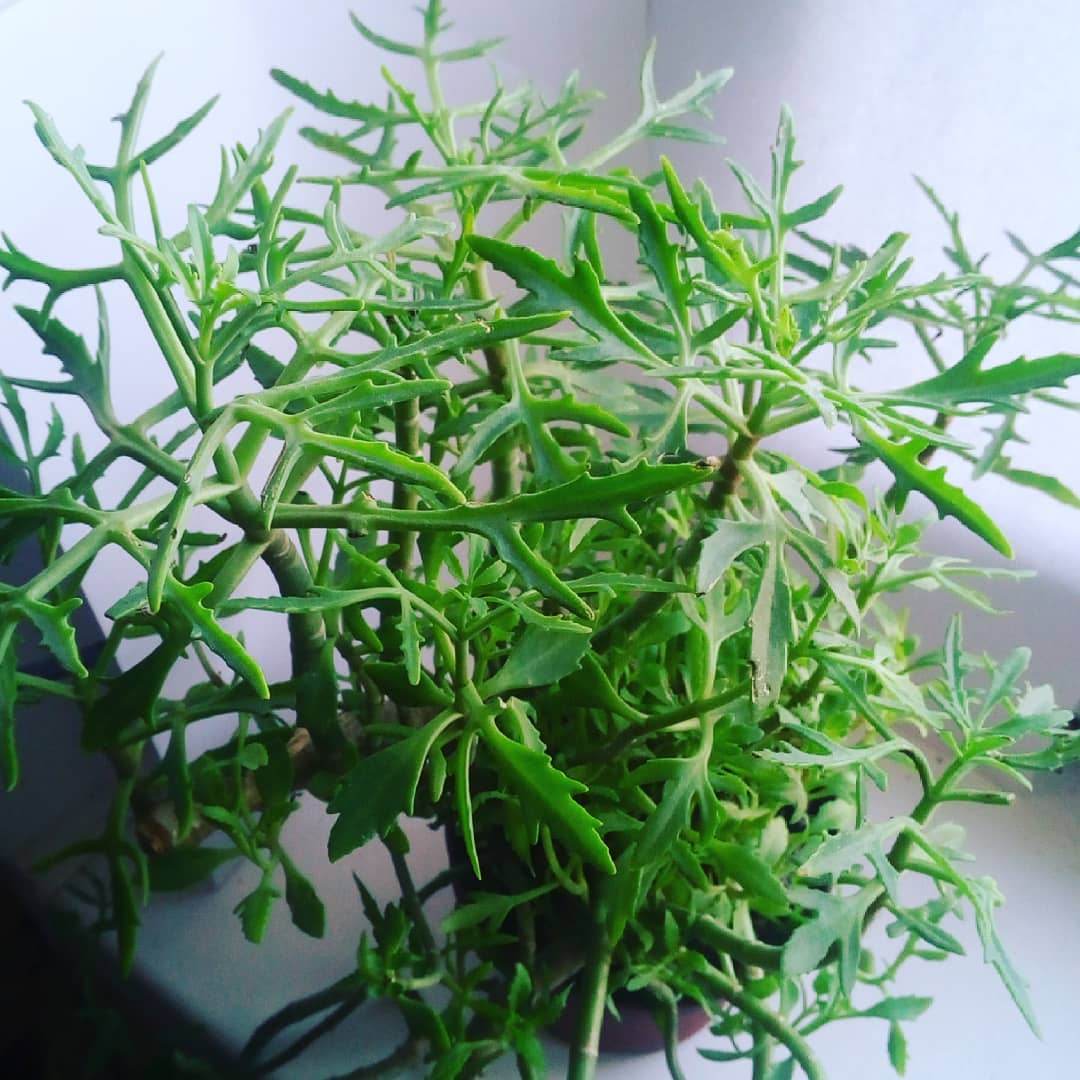

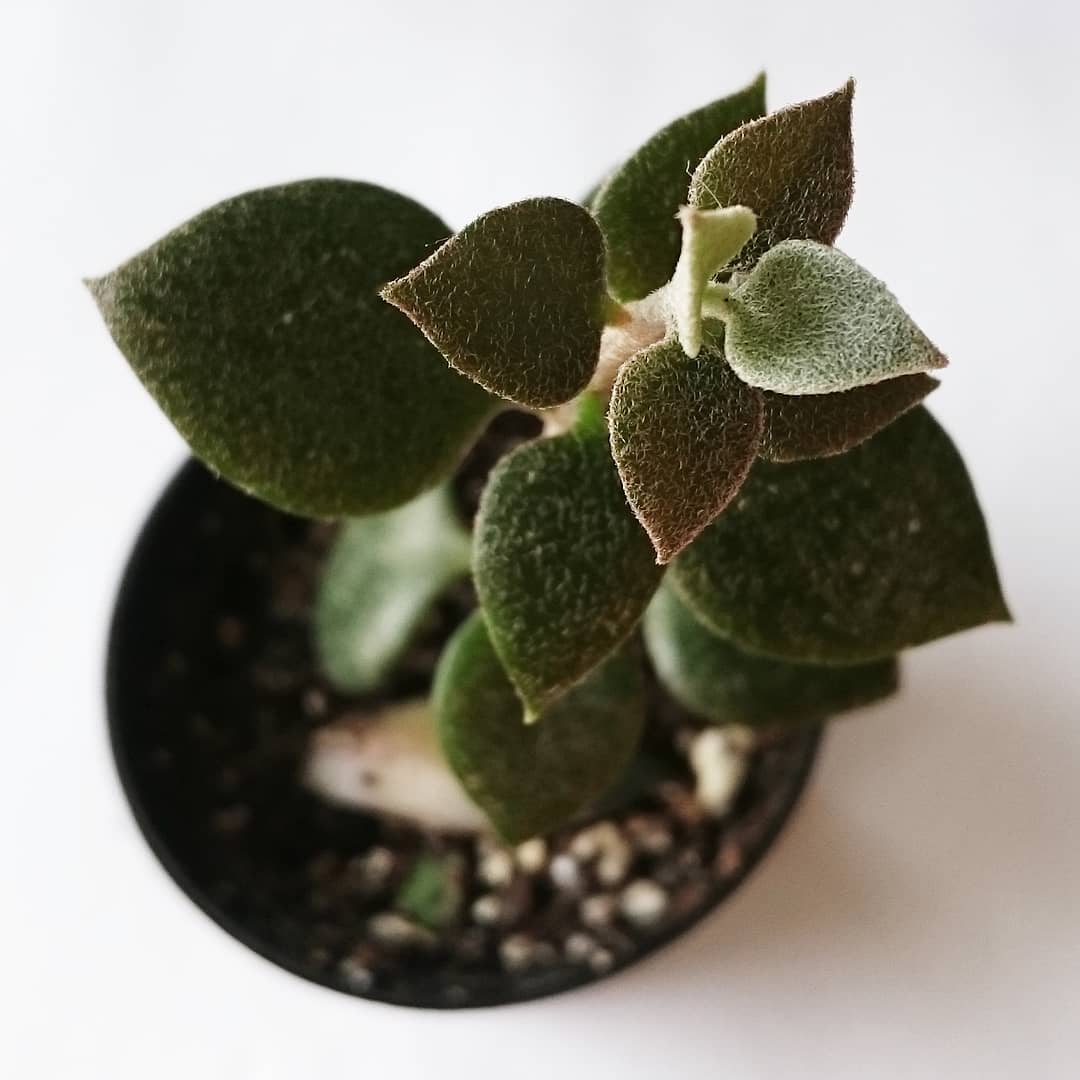











Spurge
This plant is also called euphorbia. It is a perennial shrub or tree type. The subtropics of Africa are considered the homeland of milkweed. But it can also be found in South America, Arabia, and the Canary Islands. Despite the variety of species of this succulent, they have some common characteristics.
Plants have an extensive superficial root system, which is capable of extracting moisture even during periods of drought. The height of milkweed ranges from 5 cm to 2.0 m. The leaves of the plant can be of different shapes, sizes and widths. They are arranged alternately or collected in whorls. In some species they are absent altogether.
Euphorbia flowers are small, collected in spike-shaped or umbrella-shaped inflorescences. The color of the petals is monochromatic, can be white, pink, red, purple, yellow.
Popular plant types:
- Milius;
- myrtifolia;
- Diamond Frost;
- ammac;
- triangular;
- thirukalli;
- rocky;
- Altaic.
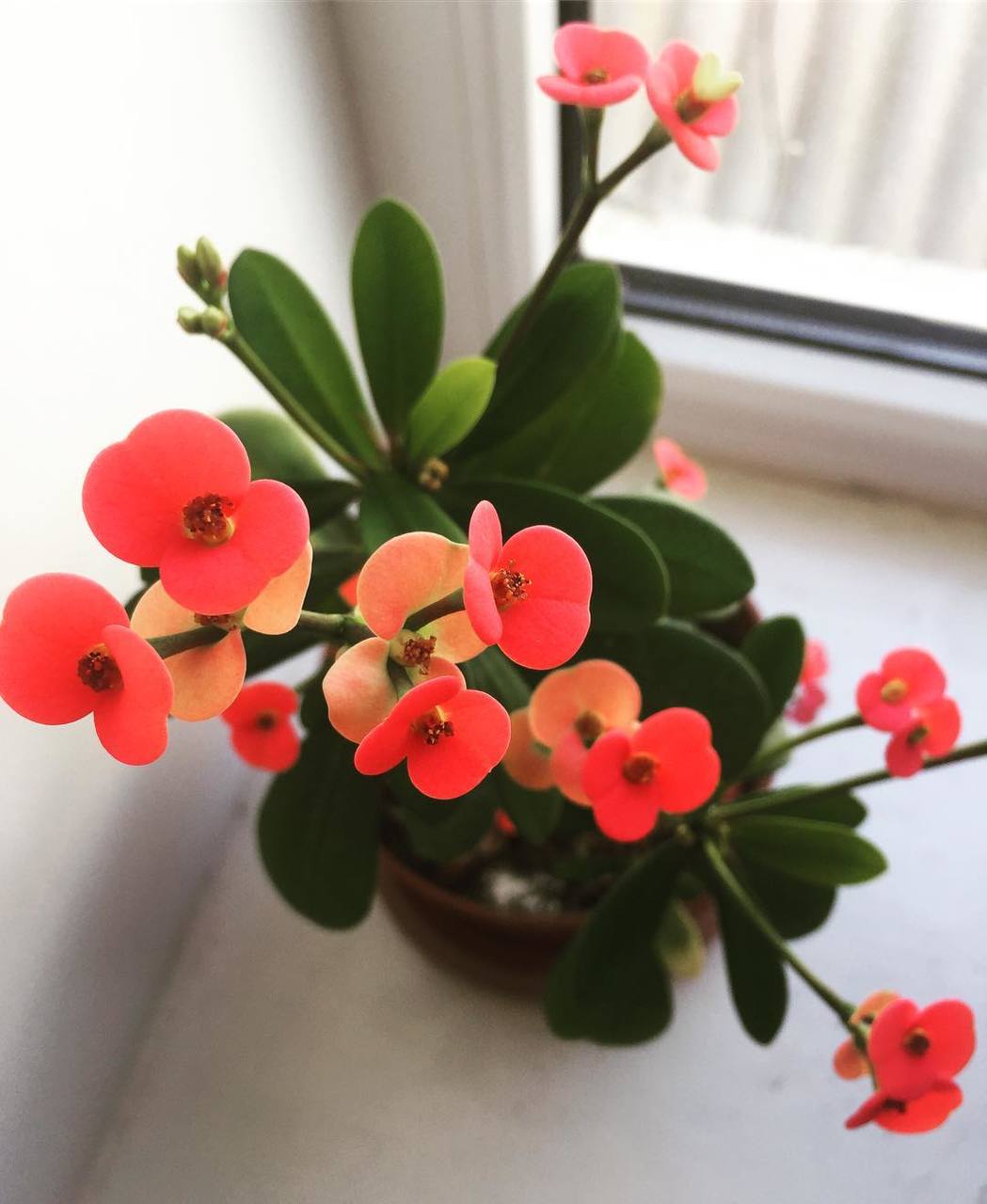
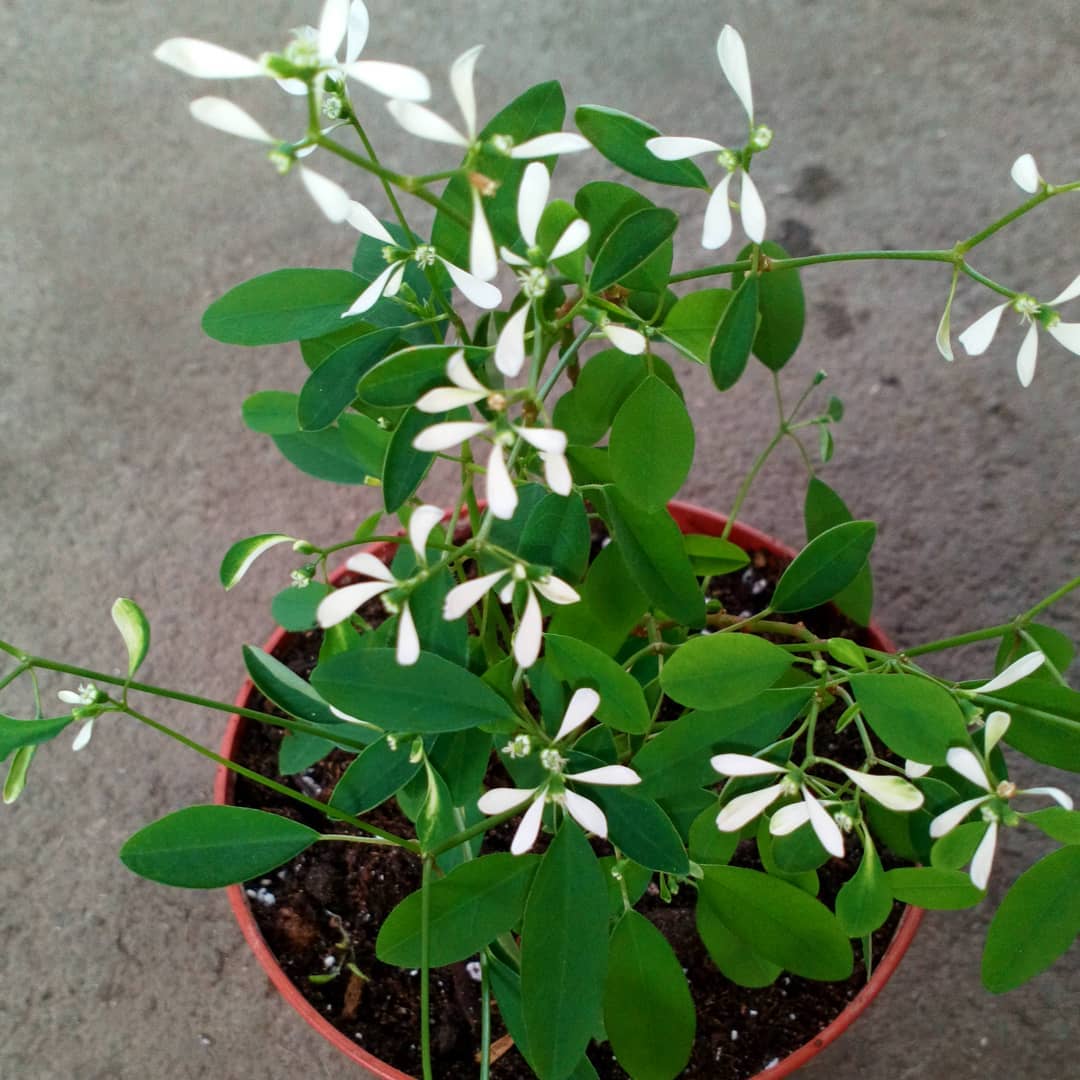
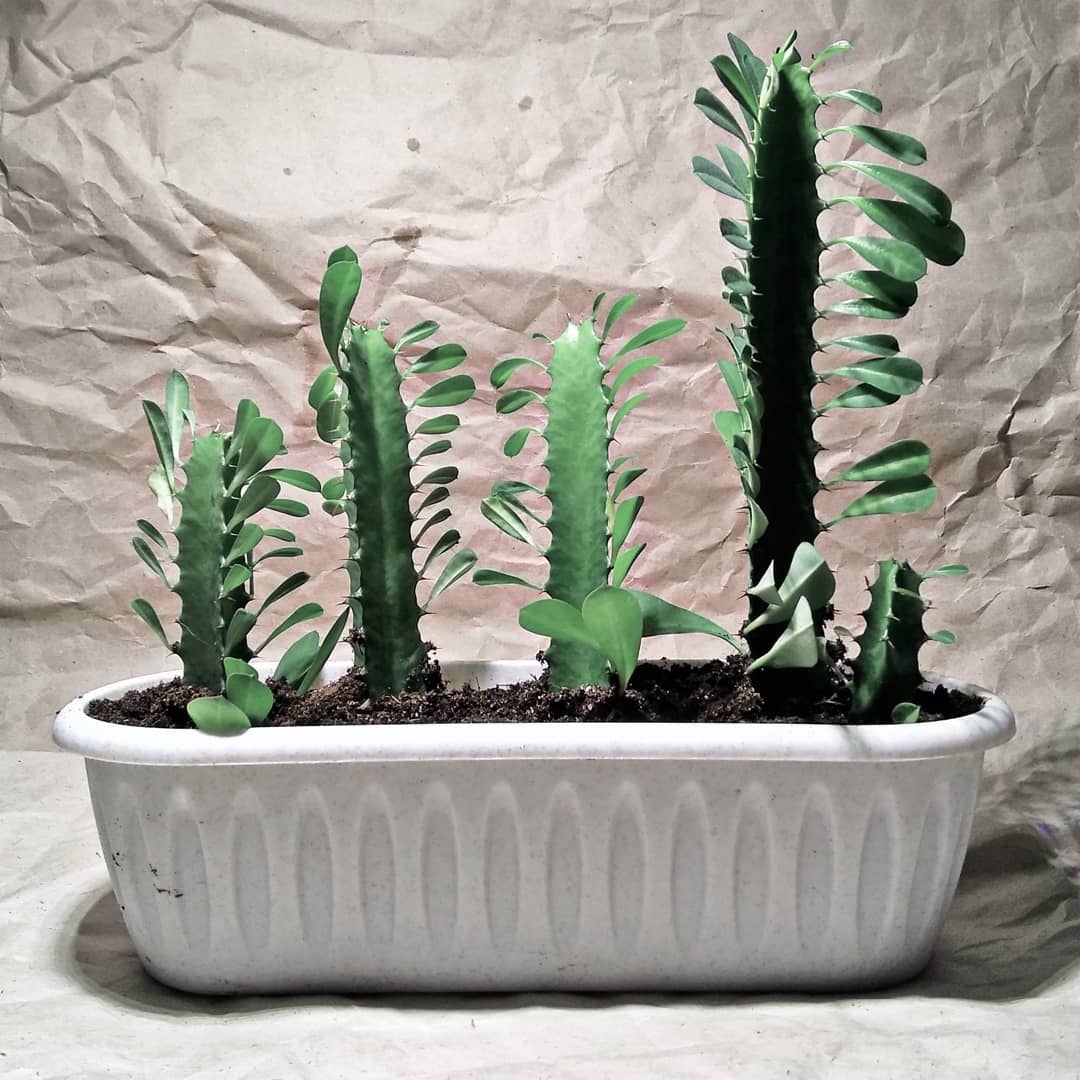
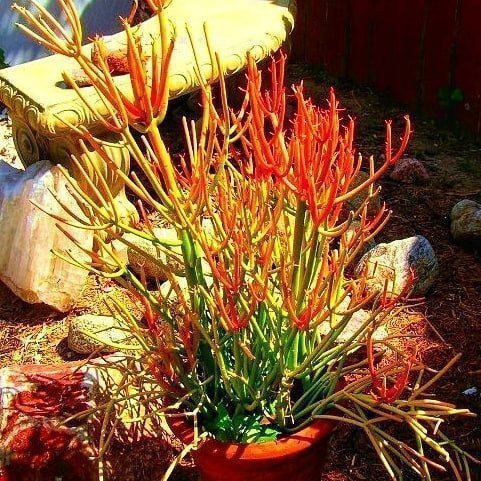

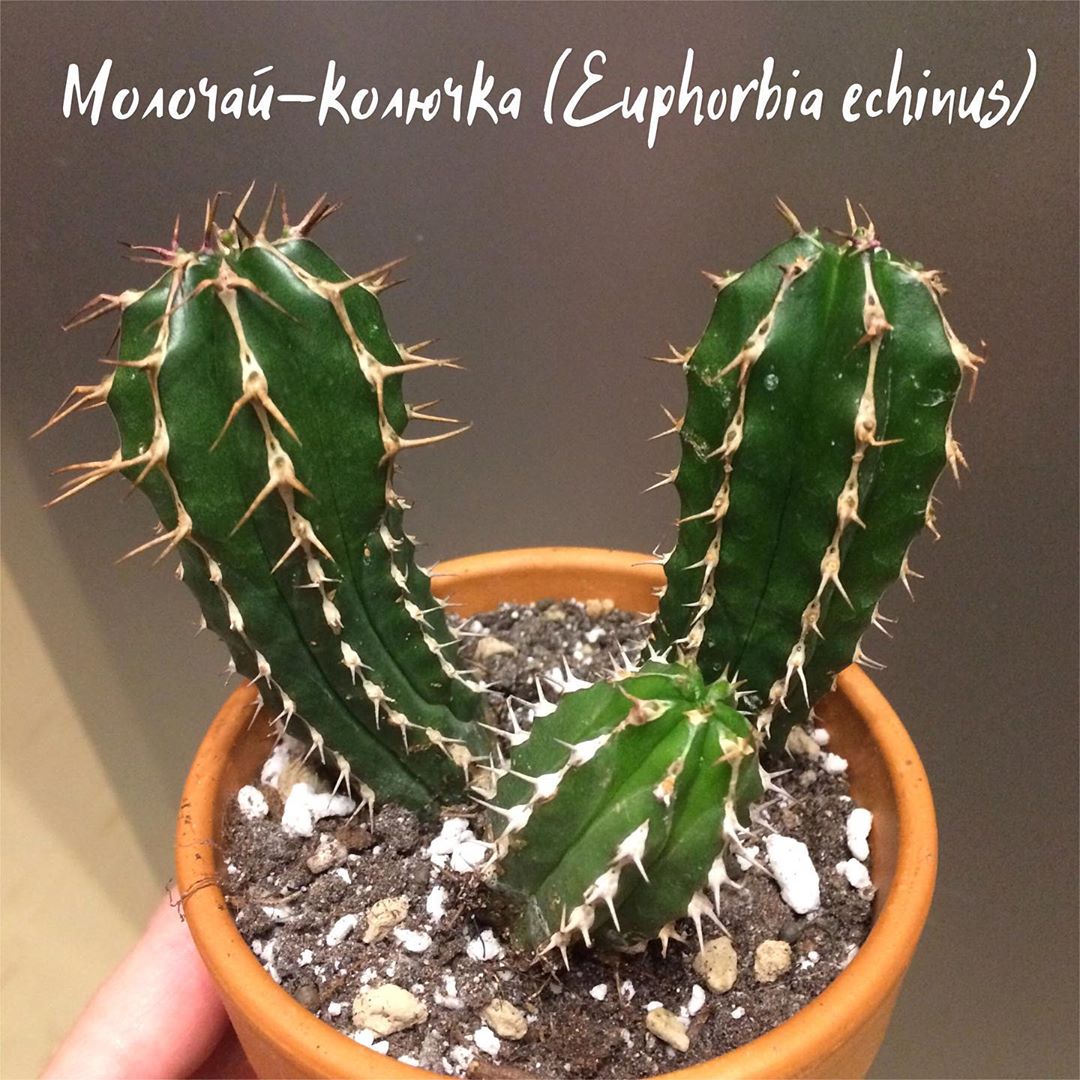
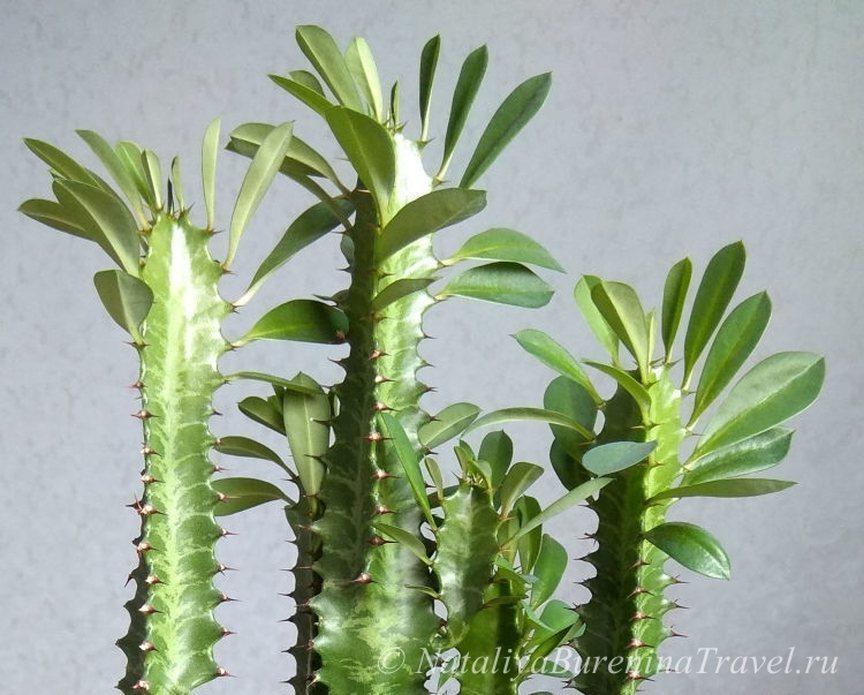
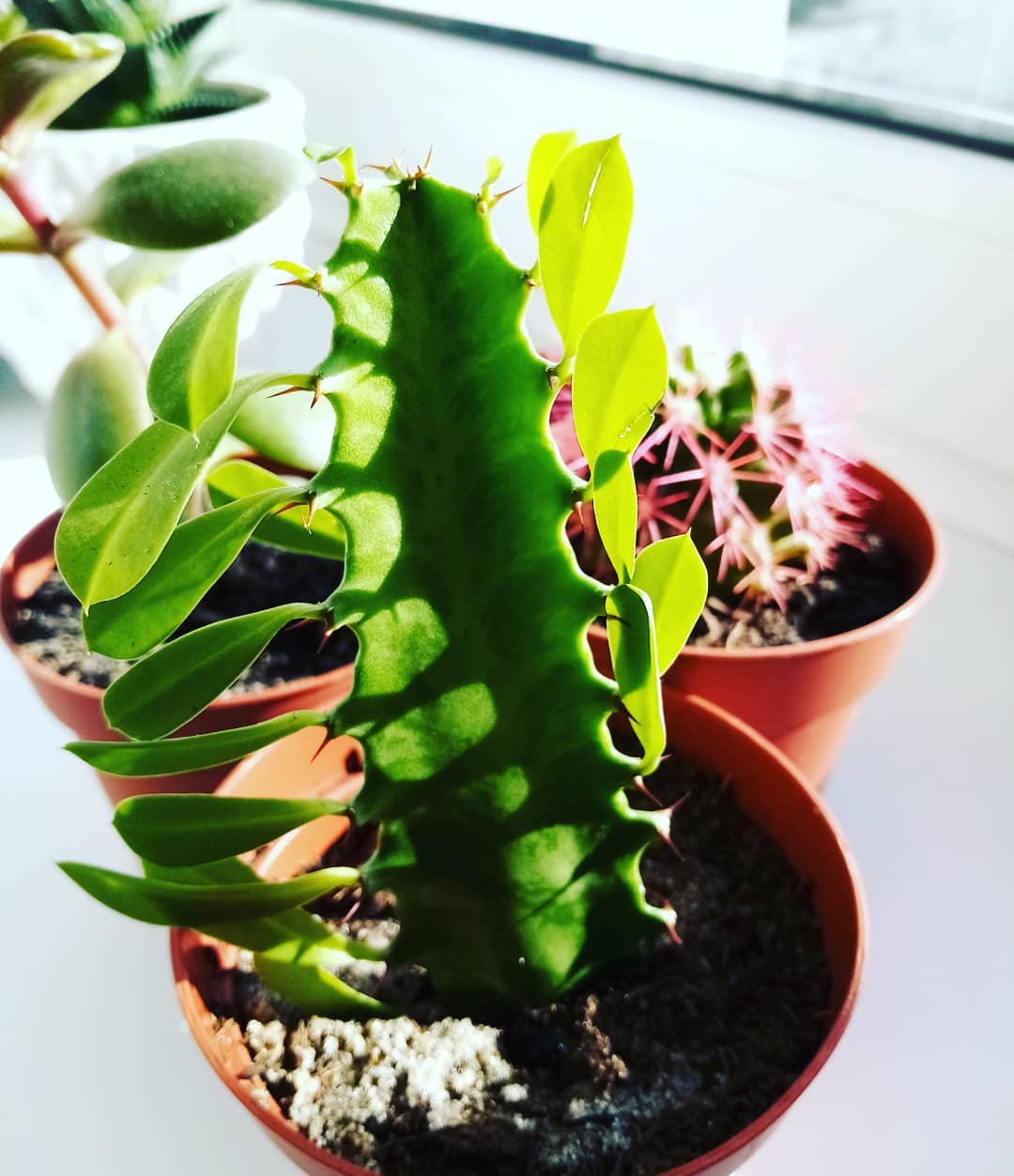
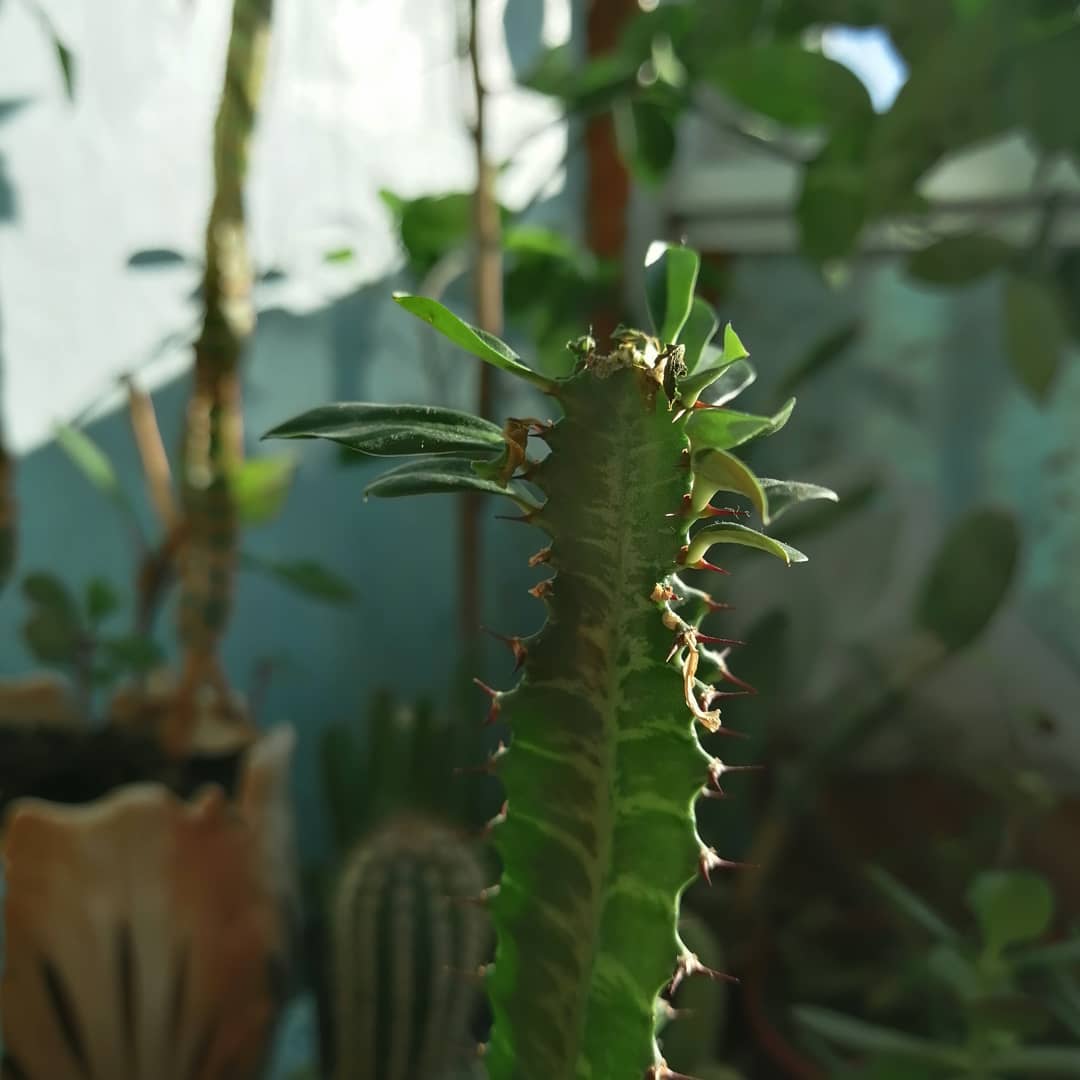
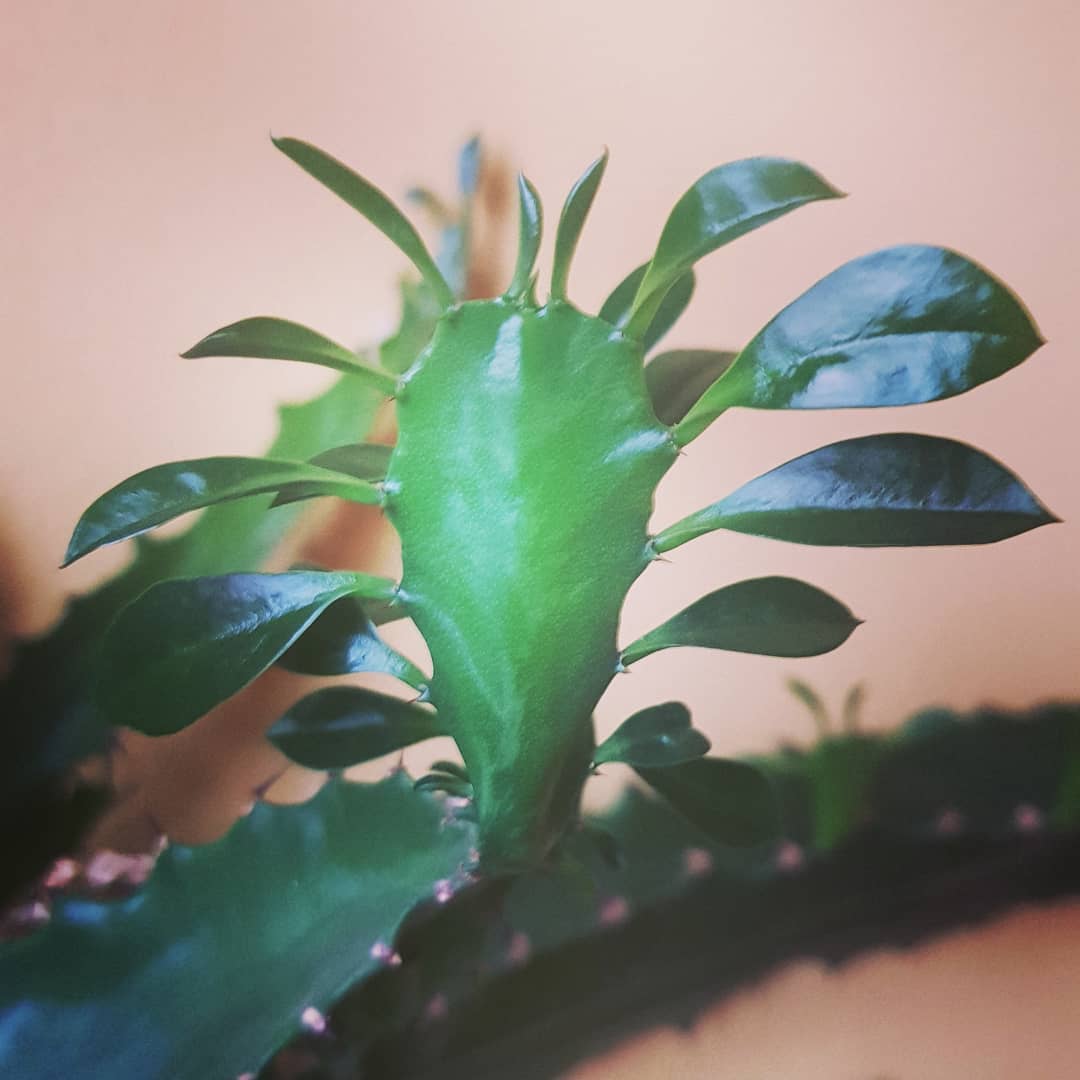










Agave
This succulent is a short or stemless plant in the form of a tree or shrub. It forms a basal rosette of hard, fibrous leaves. Each of them contains from 20 to 50 pieces. They can be lanceolate or xiphoid in shape, often with an awl-shaped apex. Some species have spines along the edge of the plates. The color of the leaves is varied, it can be bright green, dark and even blue. Often there are motley stripes and dots on the plates.
Most agave species are monocarpic, meaning they bloom once in their life. Funnel-shaped buds up to 6 cm long.
Common types:
- drawn out;
- American;
- compressed;
- Queen Victoria;
- Tum;
- Parasskaya;
- Potatorum.
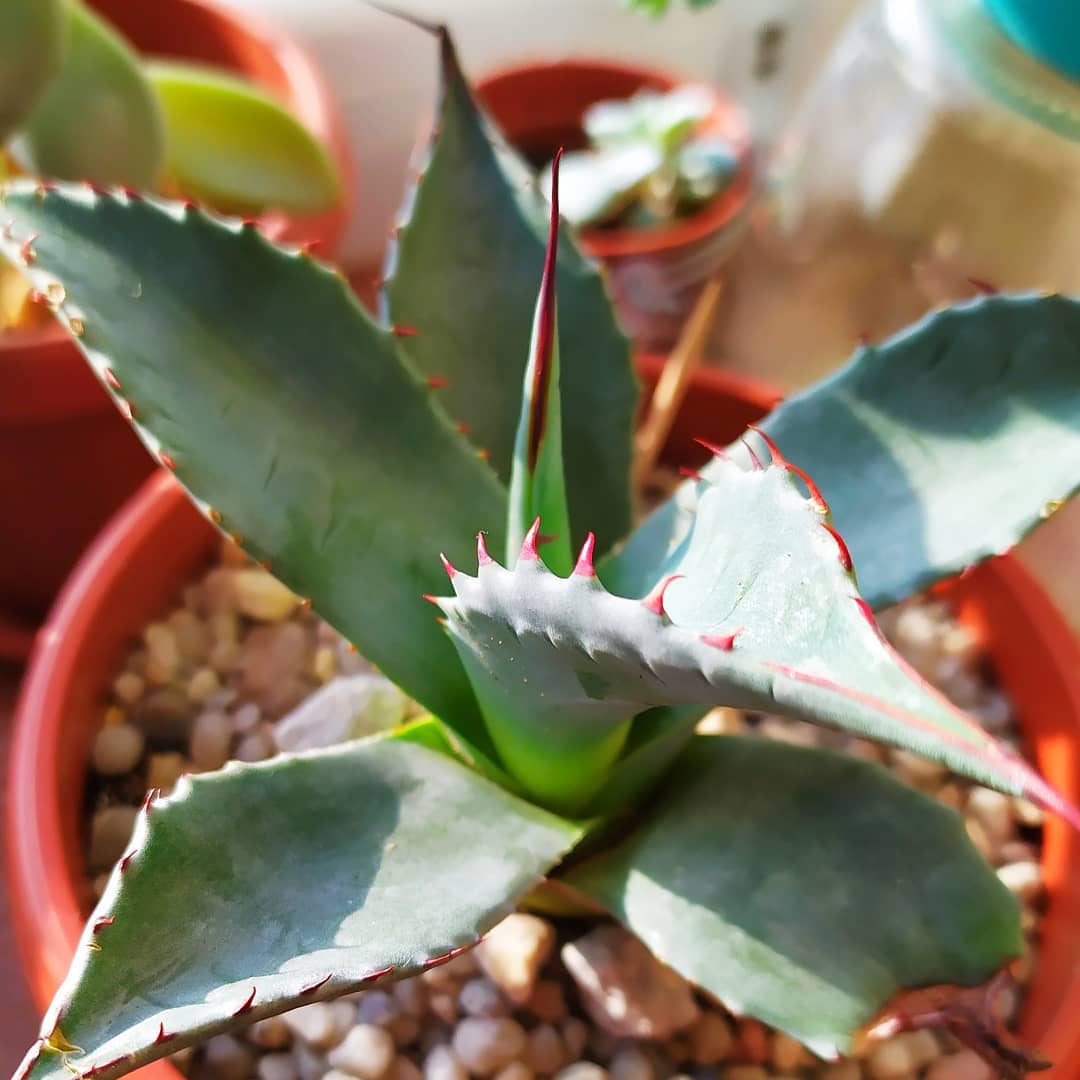
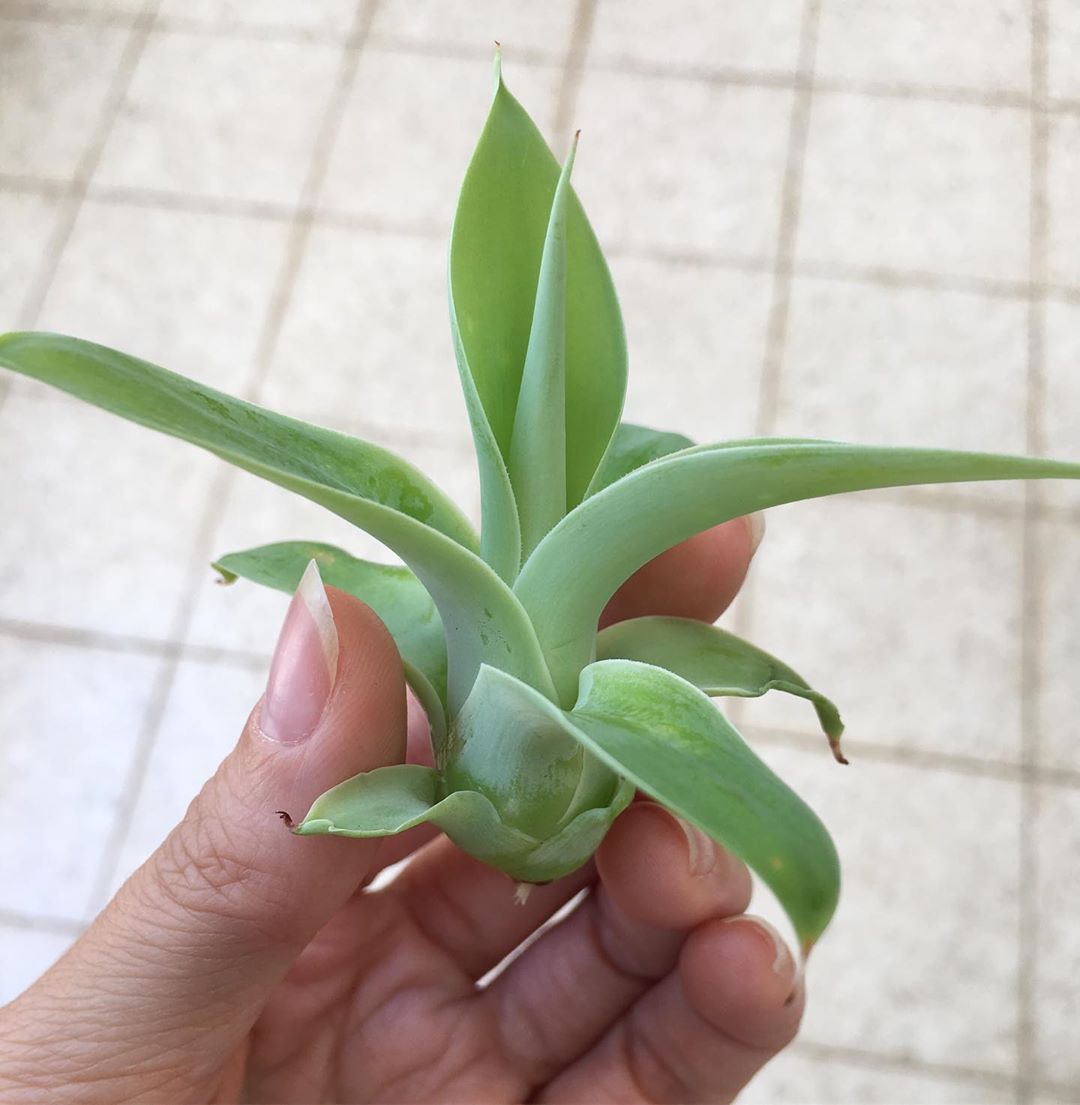
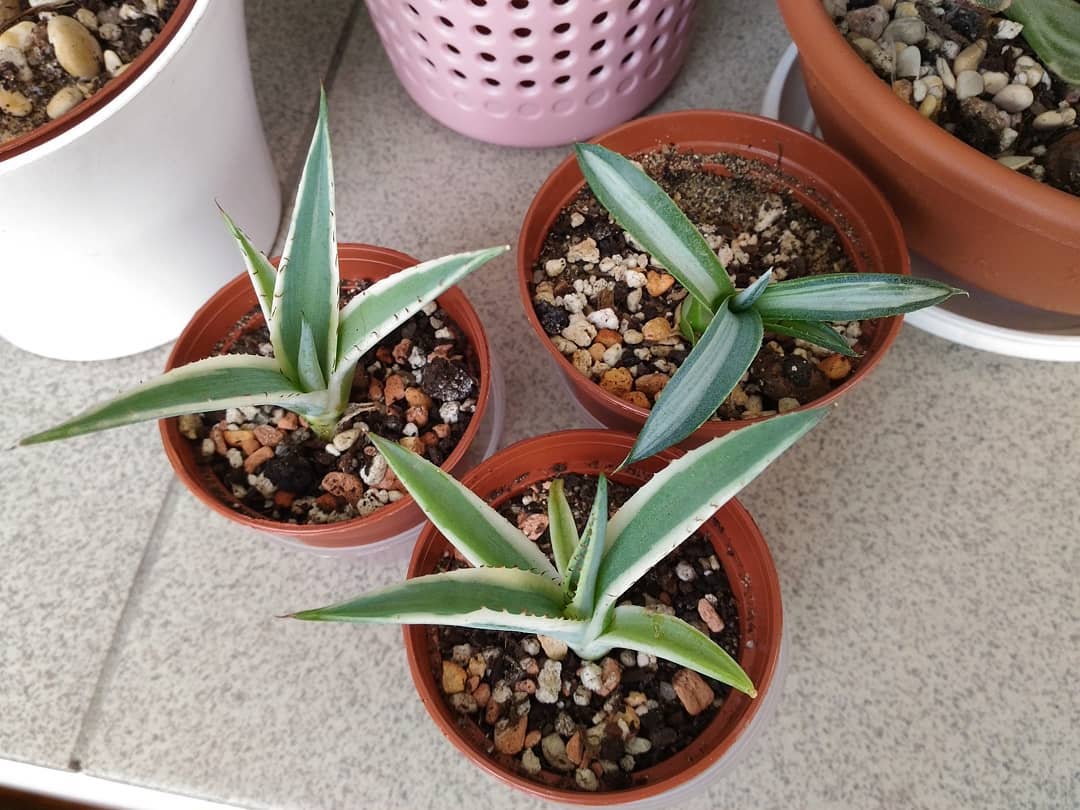

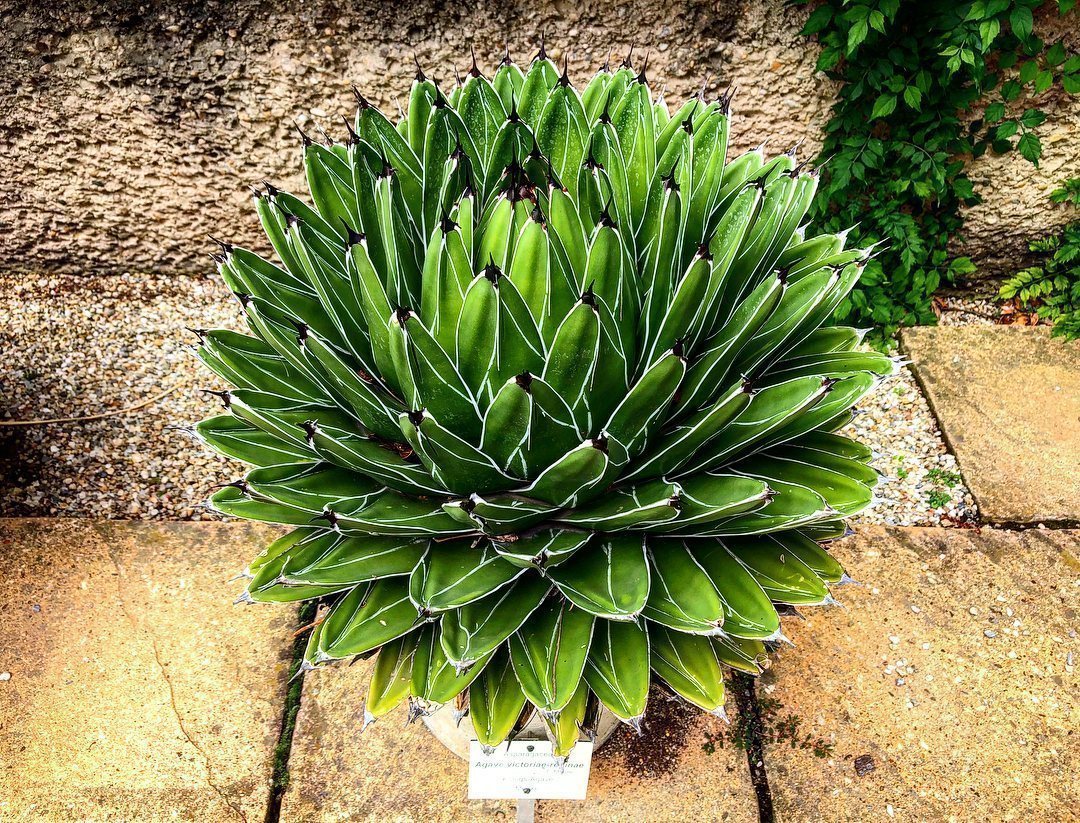
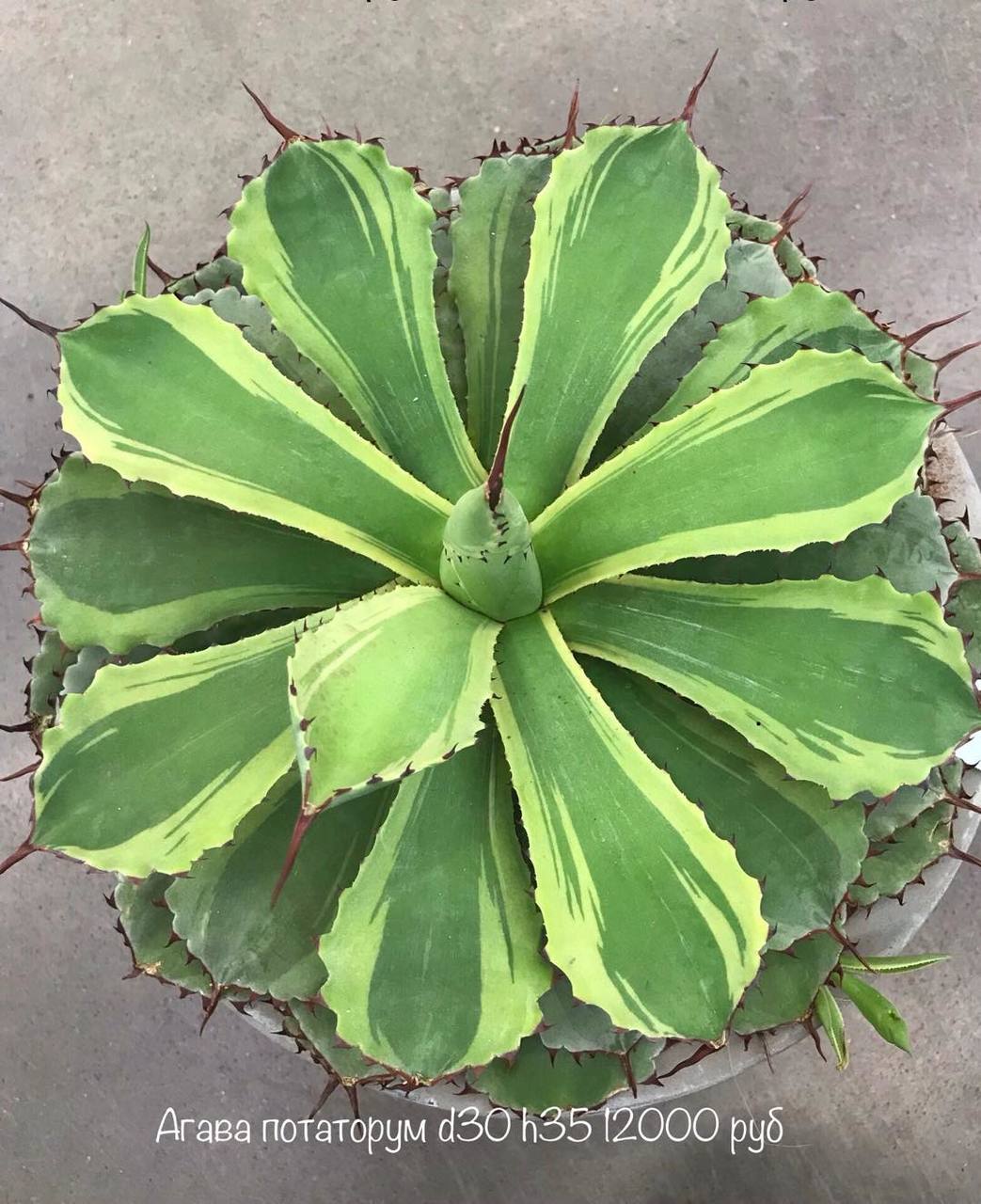
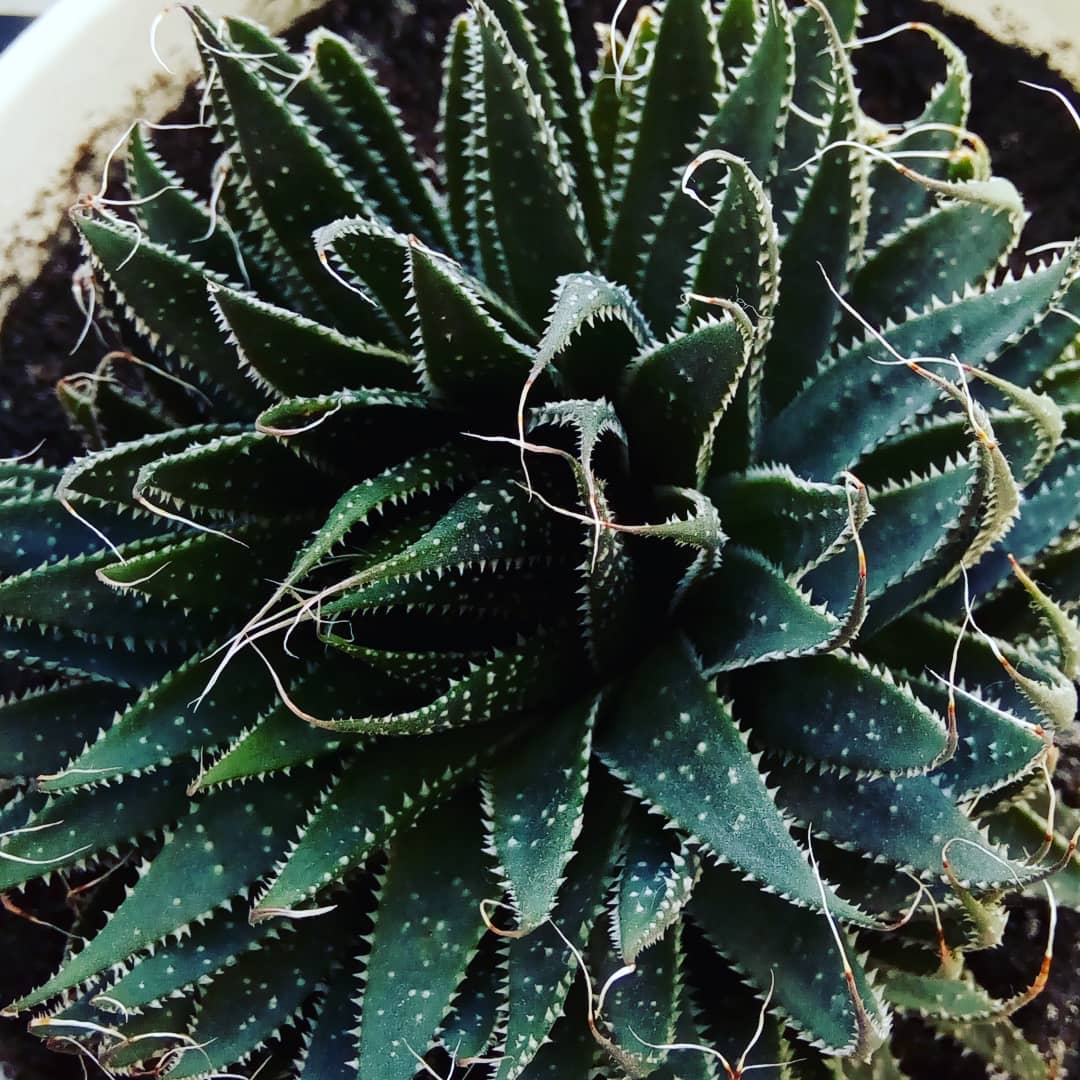
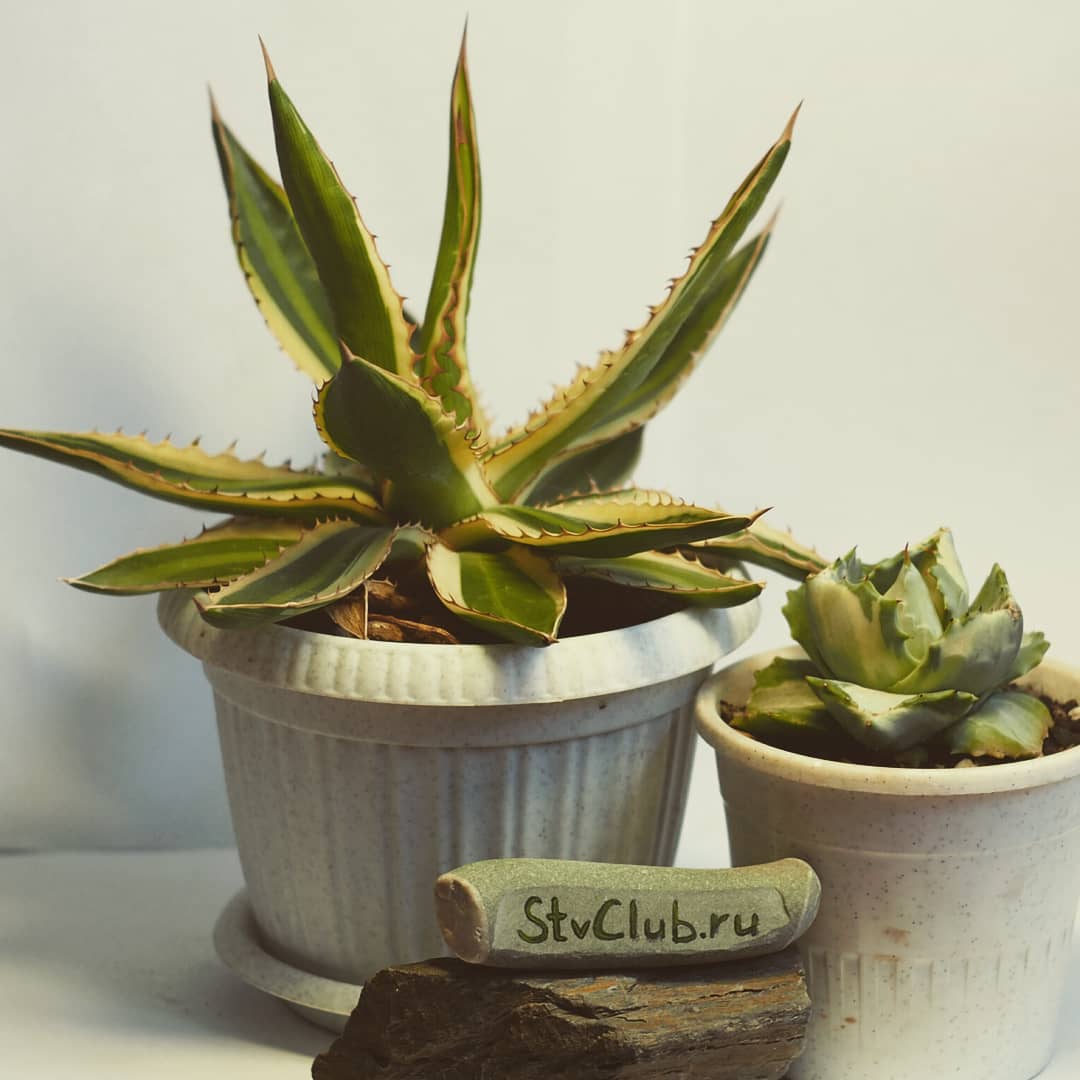
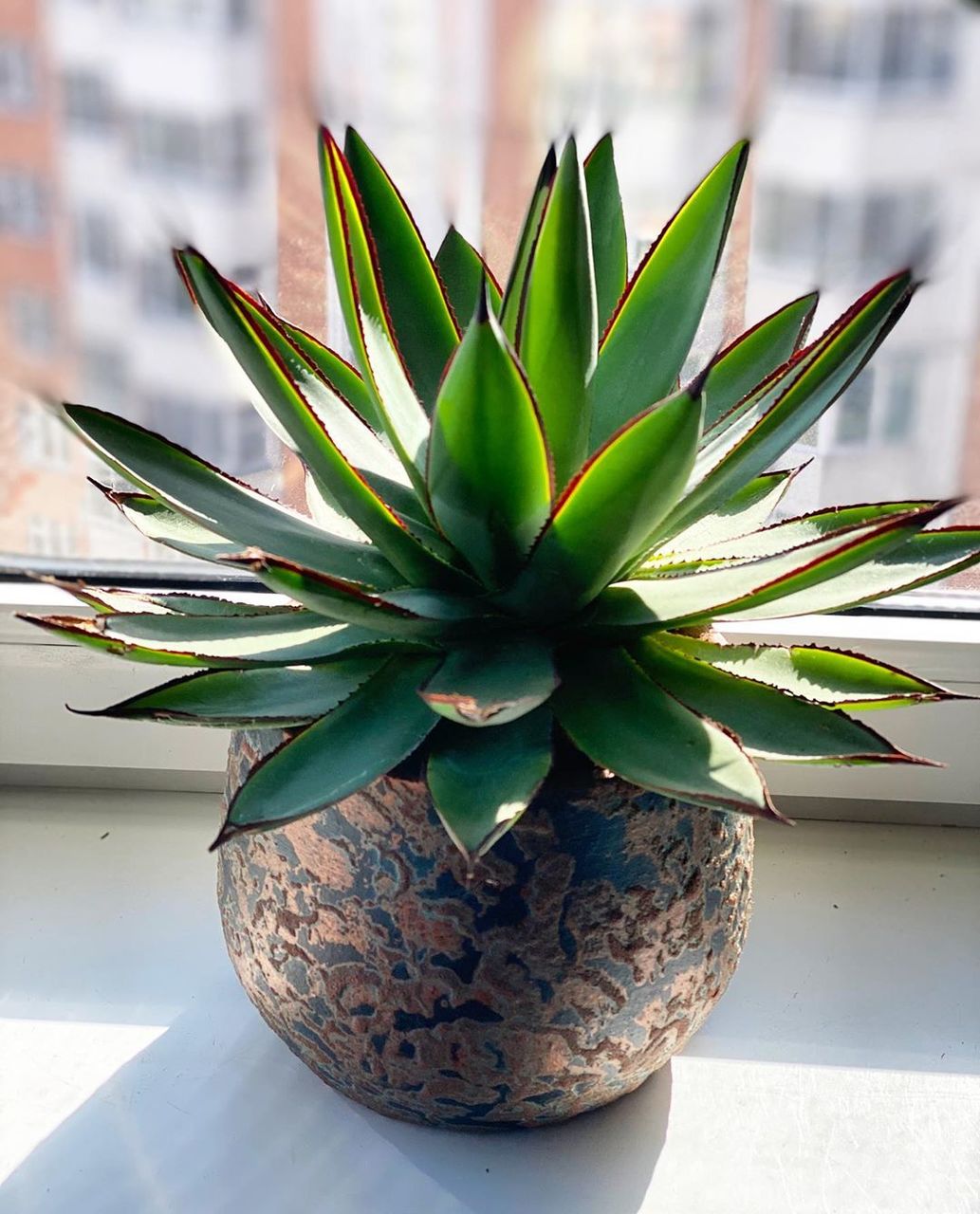
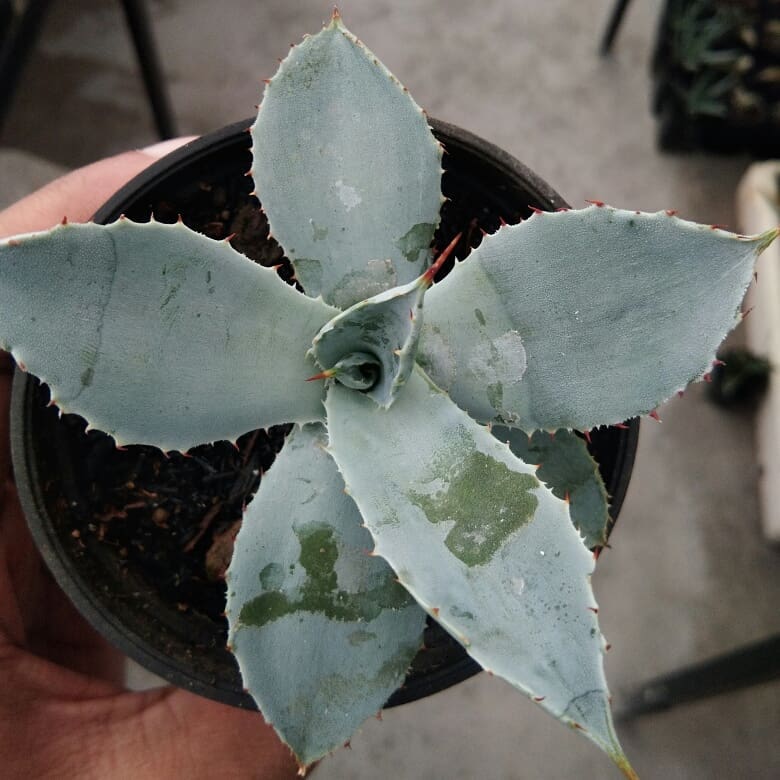










Adenium
This plant is also called “desert rose”.A succulent is a small shrub or tree. Africa is considered its homeland. The plant accumulates moisture in the trunk, which is barrel-shaped at the base. In addition, adenium attracts attention with its large flowers, which are collected in inflorescences and located between the branches of the plant.
The succulent is considered a poisonous plant, so you need to wear gloves when working with it.
Popular types among gardeners:
- Arab;
- Obsessum;
- mini;
- Anouk;
- terry.
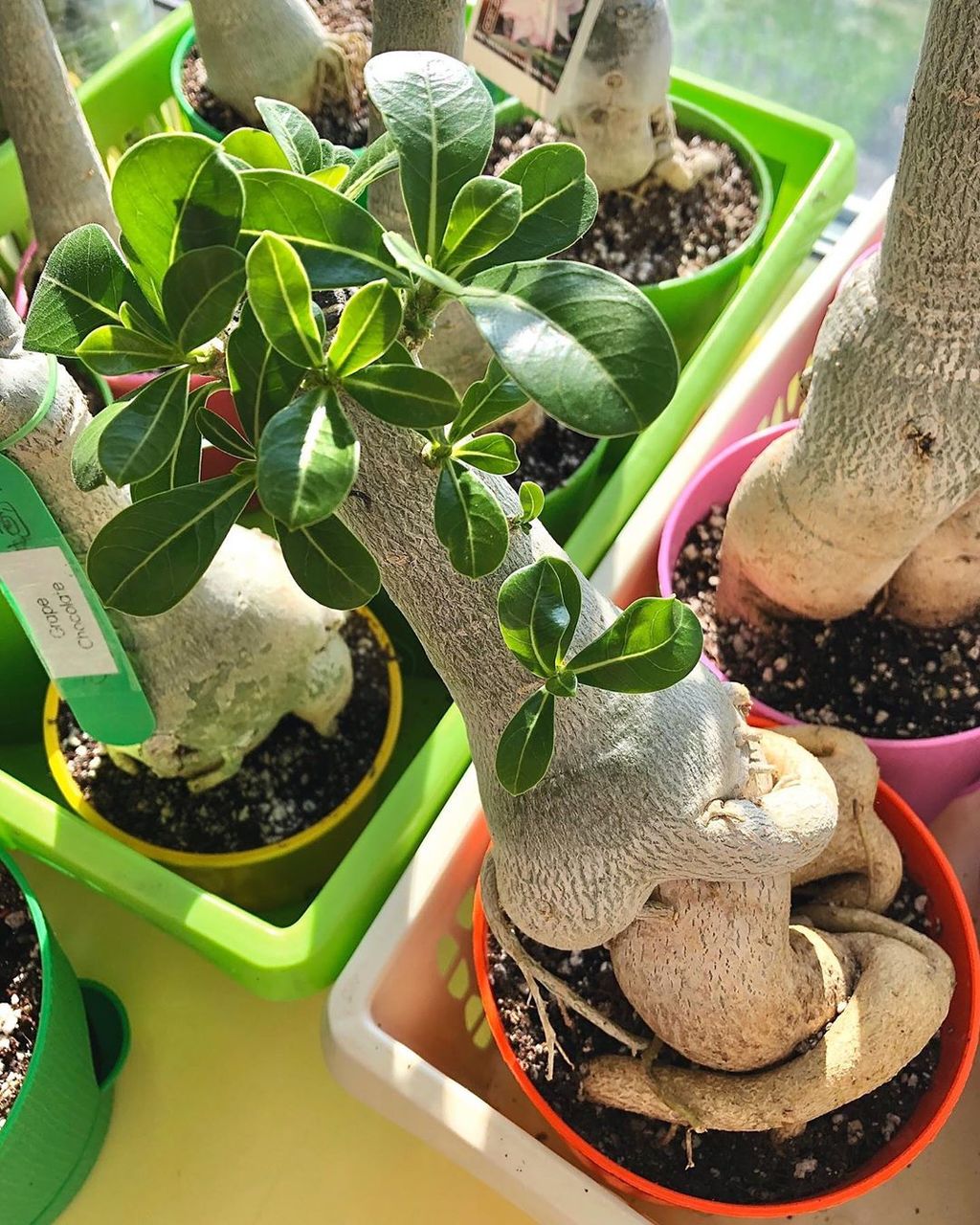
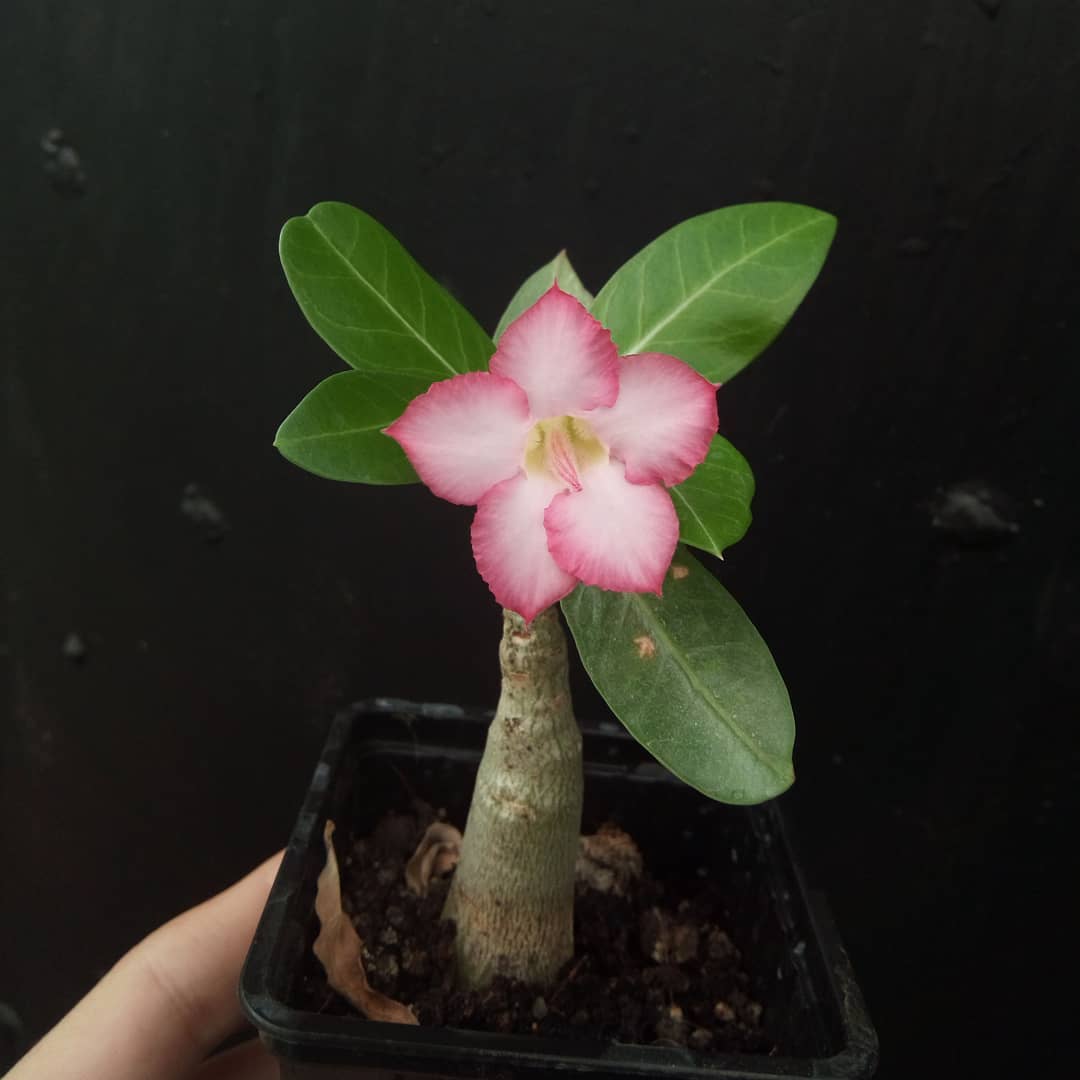
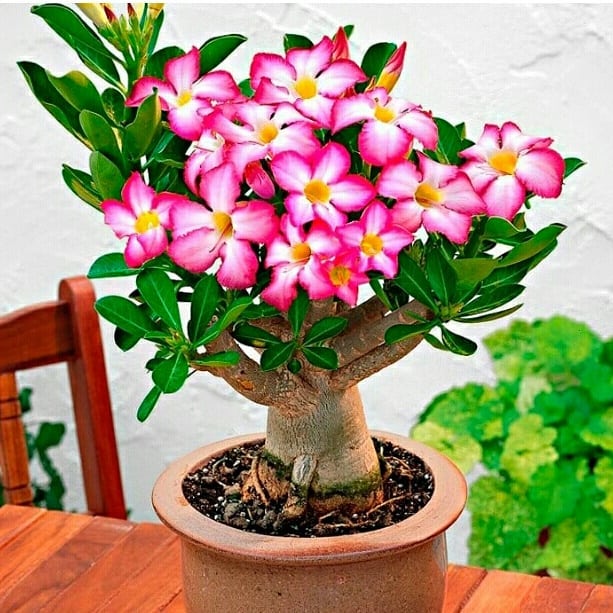
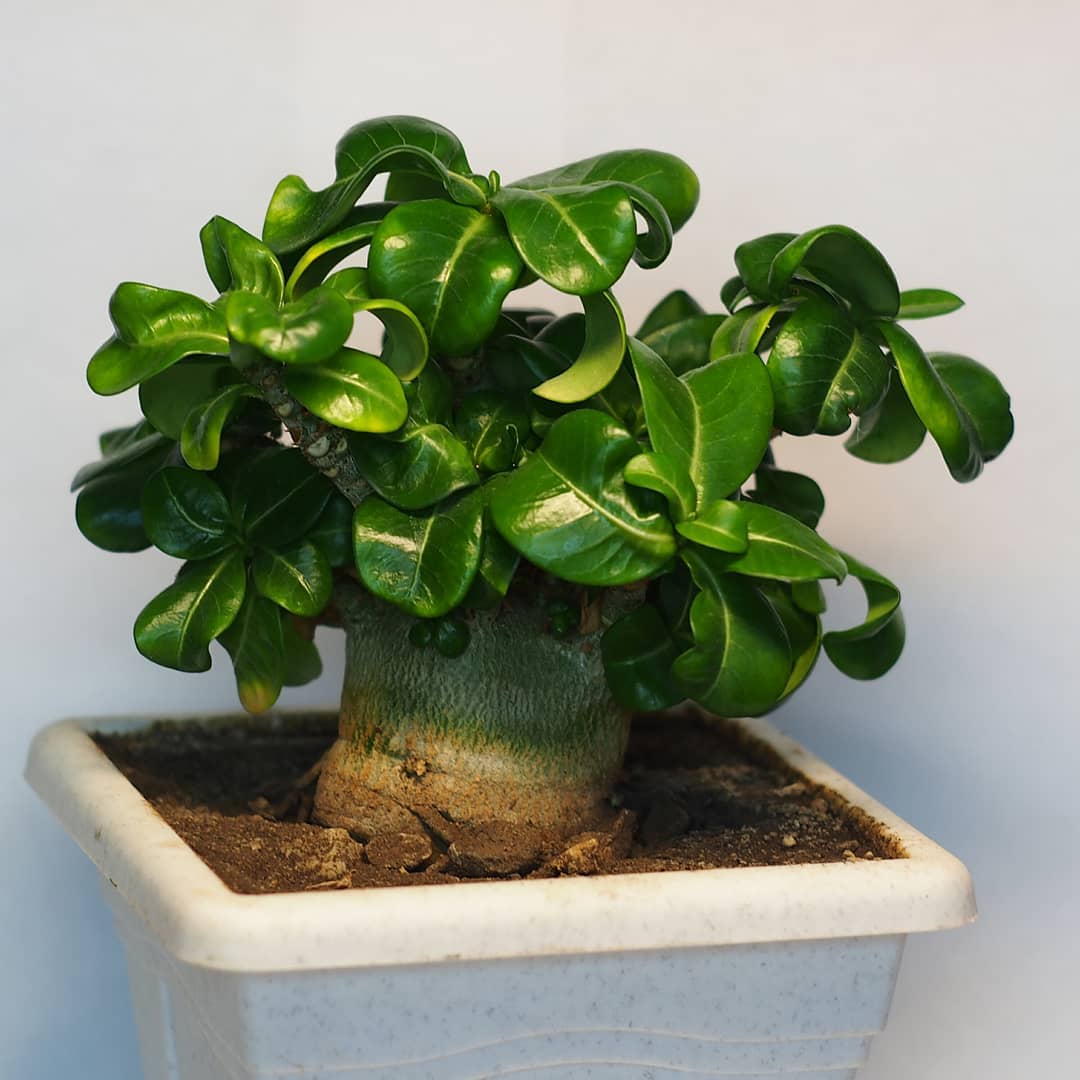
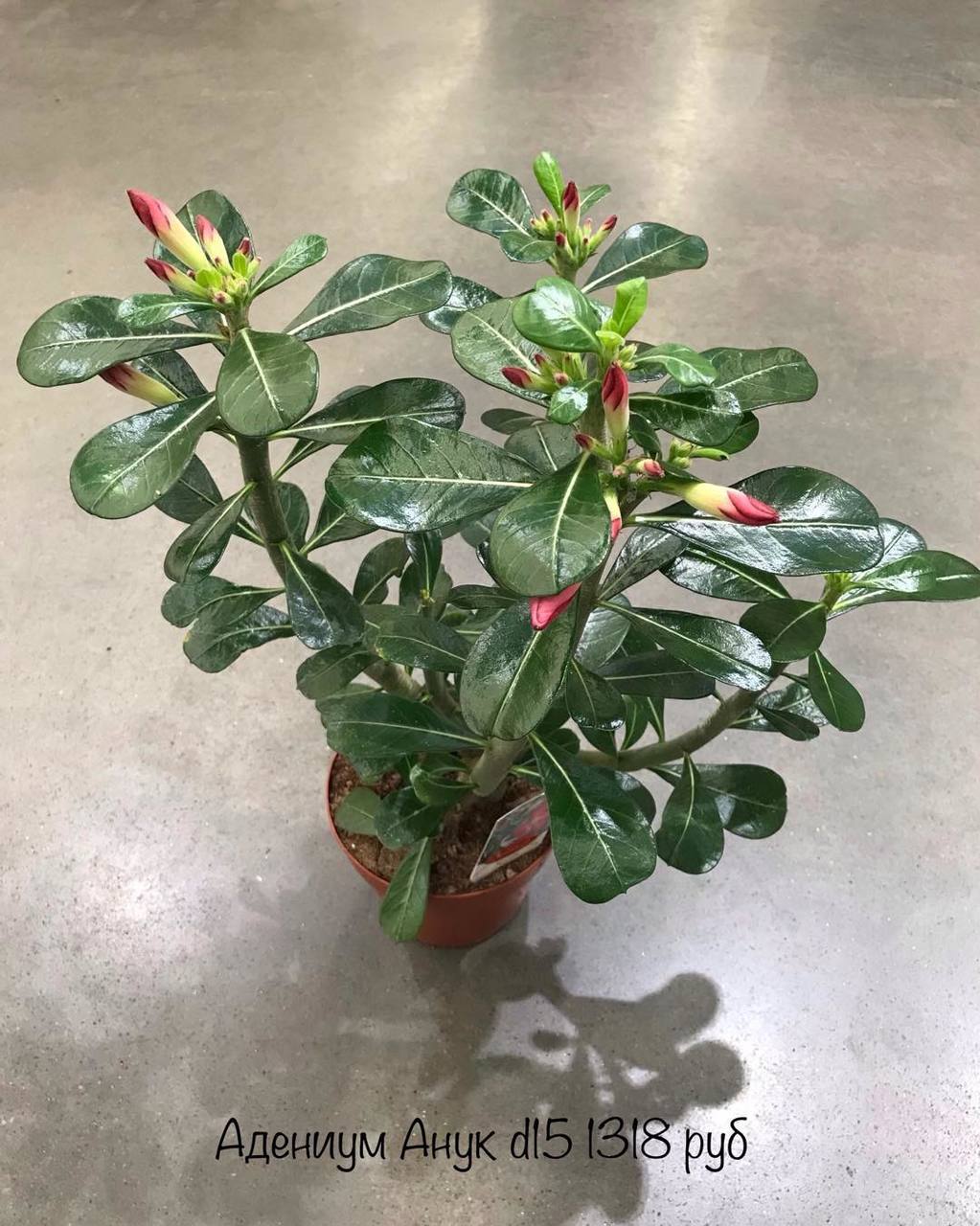
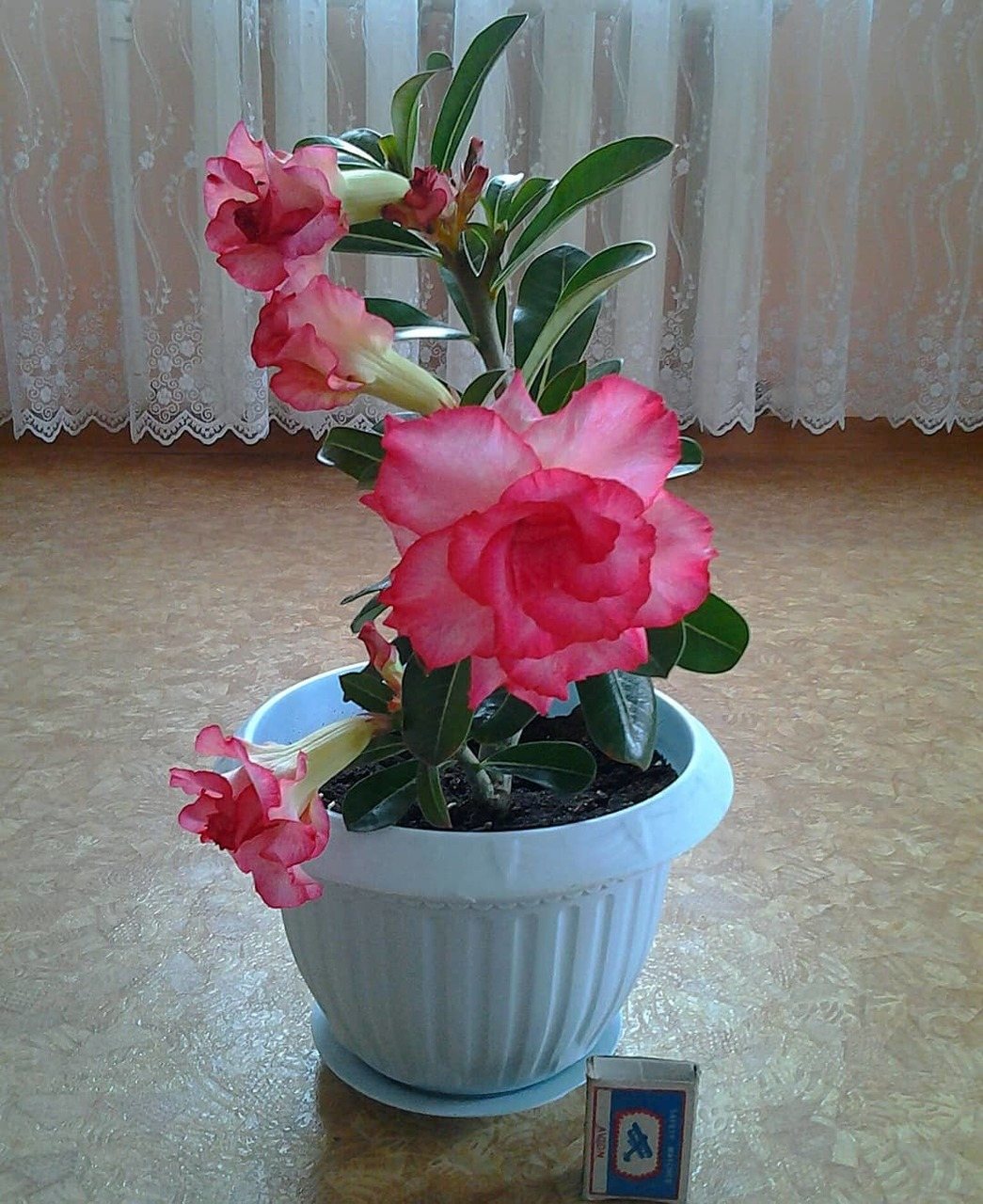
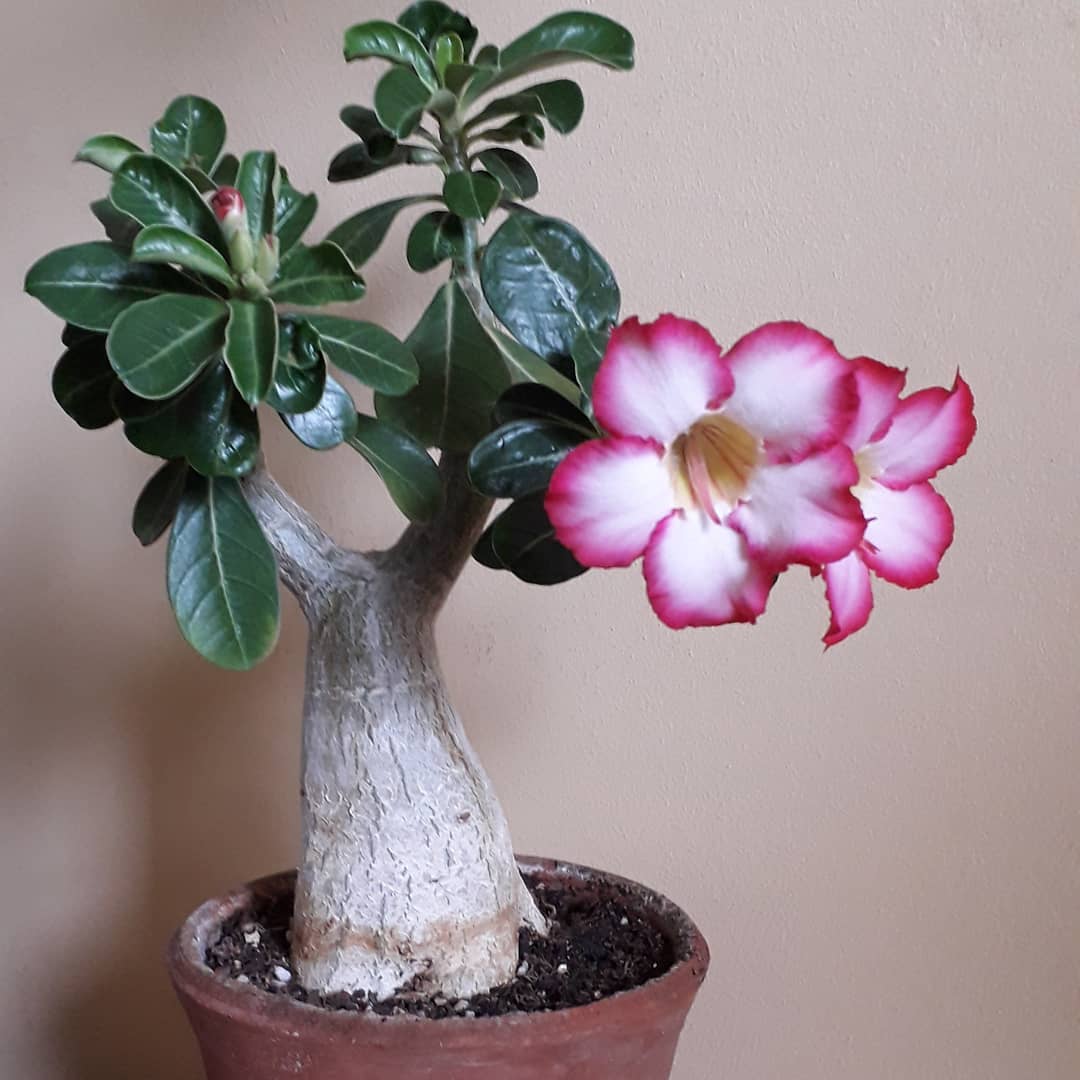
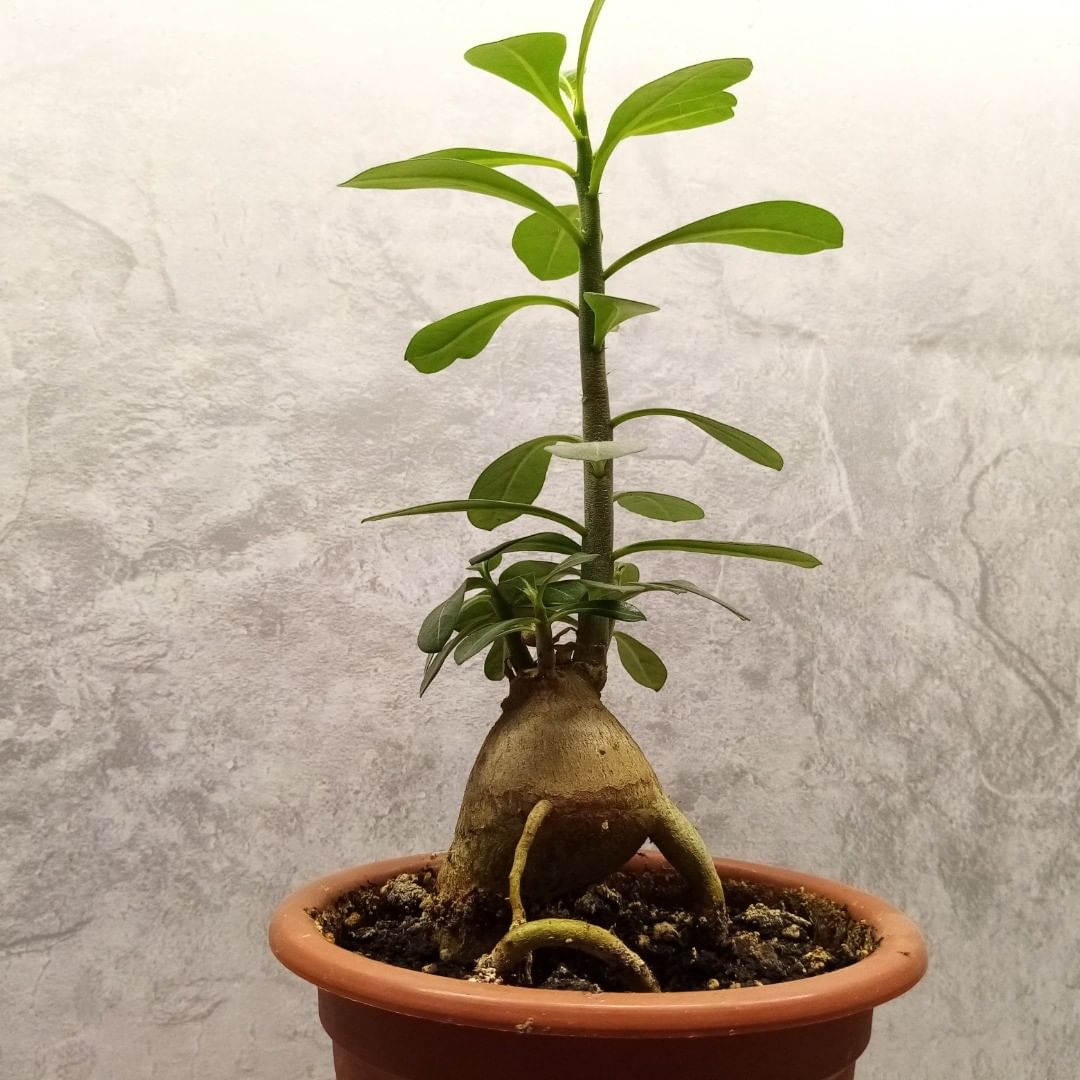
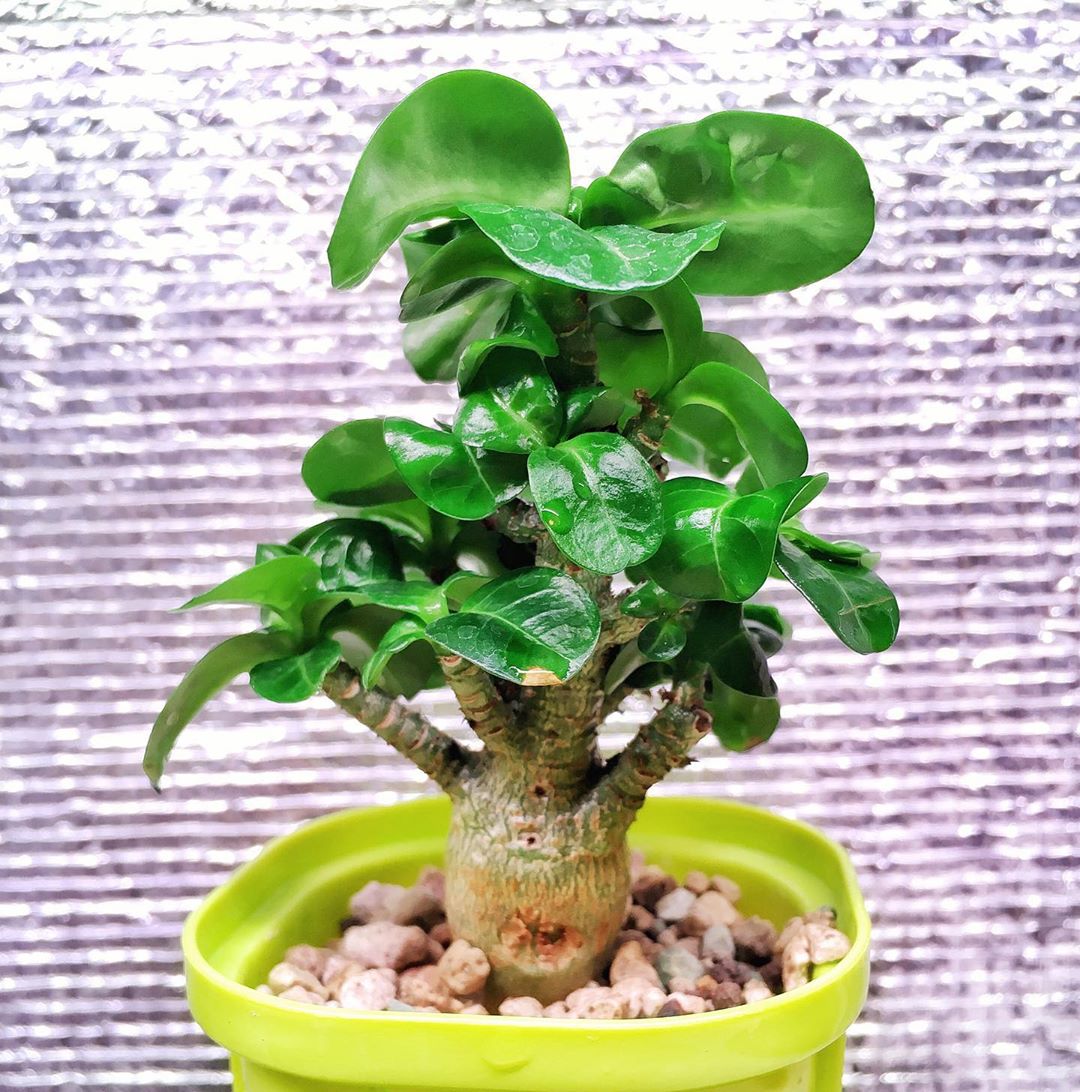









Crassula
A succulent is a herbaceous plant with thin, lodging shoots. Its homeland is considered to be the Cape Province in South Africa. The leaves of the plant are obovate in shape with a sharp tip. They are located opposite on thick stems. The color of the plates is green with a gray or dark tint. In some species there may be a reddish border along the edge.
The height of the fat plant does not exceed 1.0 m. The roots are located superficially, therefore they are very sensitive to damage. The flowers are small, consisting of 5 petals. They can be white, pink, yellow. They grow in the axils of leaves. Flowering occurs in late autumn and lasts 2-3 months.
Popular types of Crassula:
- lycopodoid;
- tree-like;
- sickle-shaped;
- purslane.


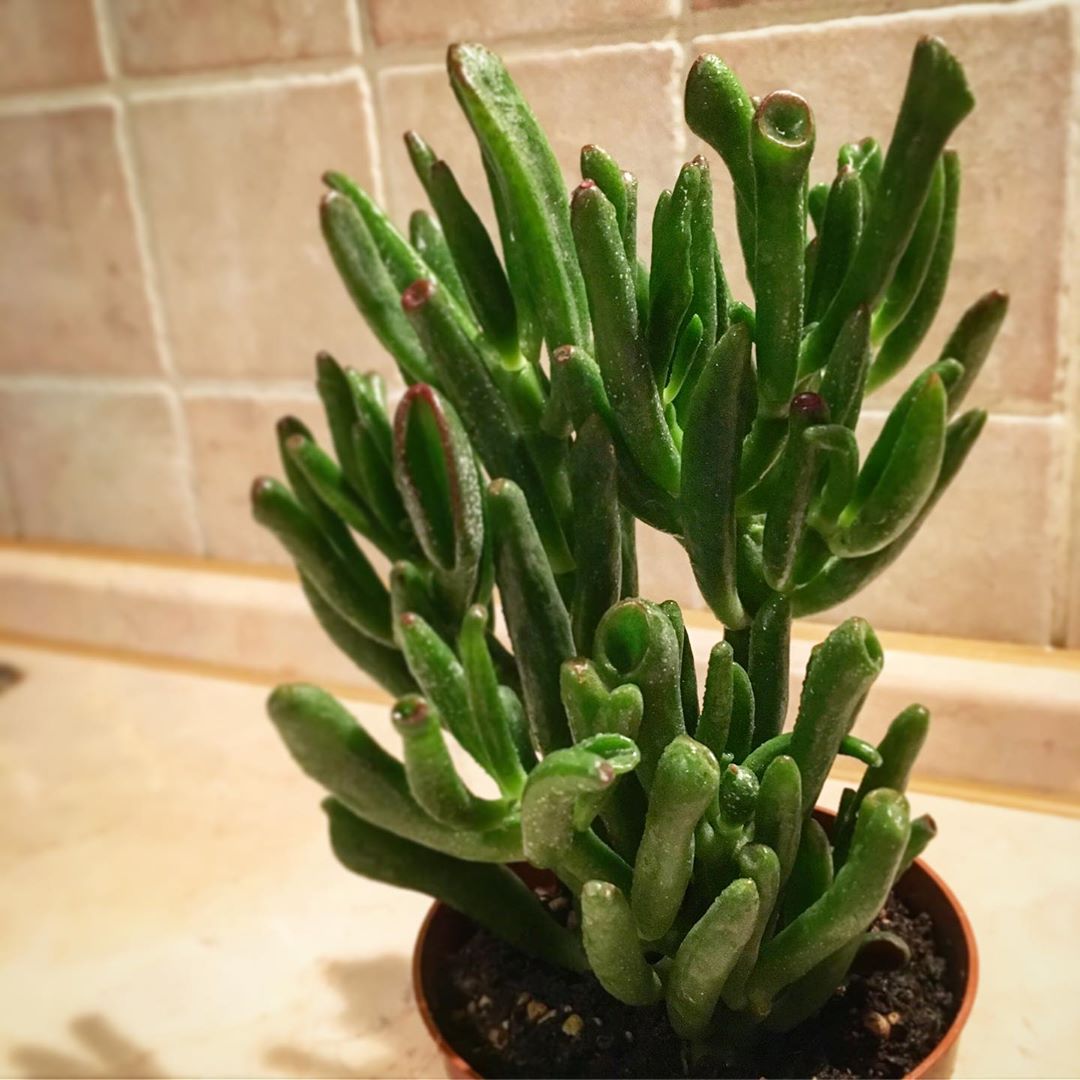
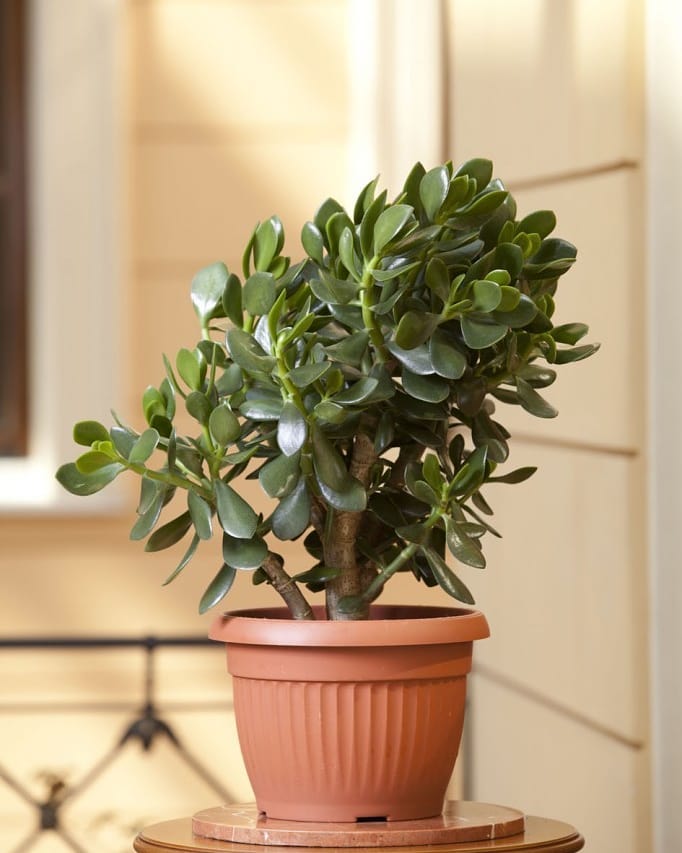
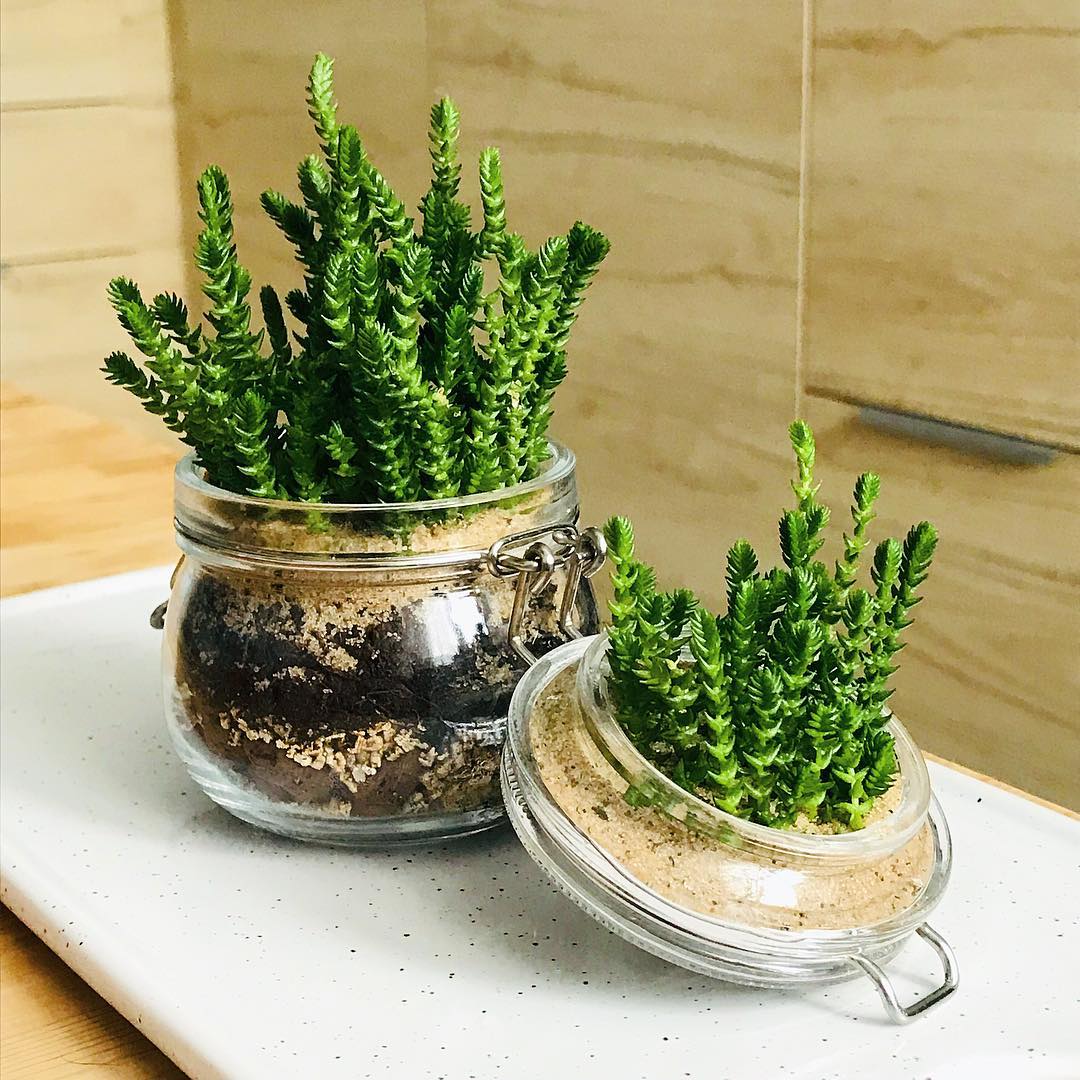
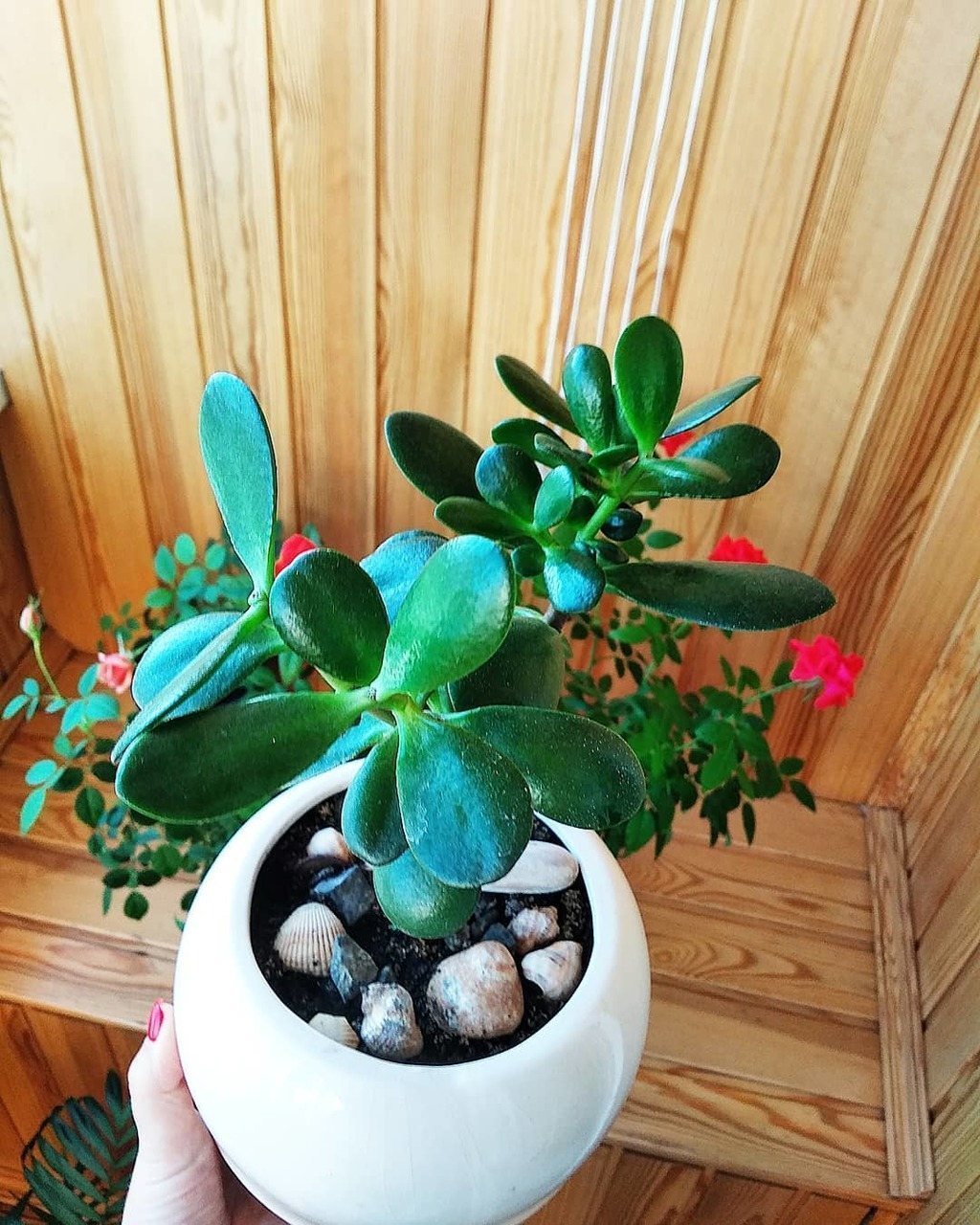

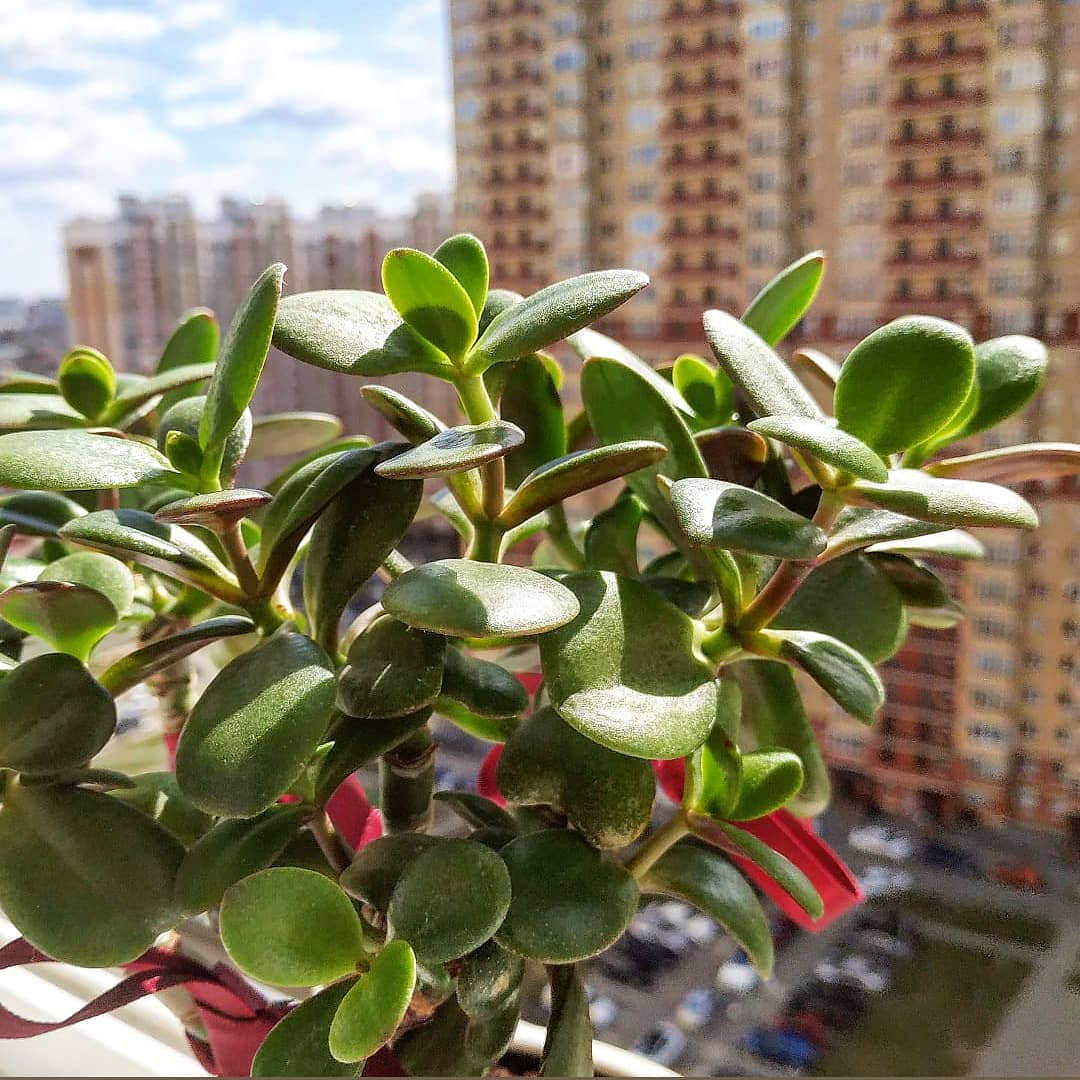








sedum
A succulent in which there are species with high frost resistance, so they can be grown in regions with harsh climates, as well as heat-loving species for growing at home.
Sedum is a small herbaceous shrub with many small flowers that are located on the tops of the shoots. Plant height varies from 10 to 80 cm.
A distinctive feature is the fleshy leaves with a bluish bloom. They are round in shape.There are green and dark burgundy with light splashes. The plant requires replanting every 5 years to maintain its decorative appearance.
Popular species in floriculture:
- false ground cover;
- hybrid;
- multi-stemmed;
- Siebold;
- prominent;
- Diamond;
- Iceberg.
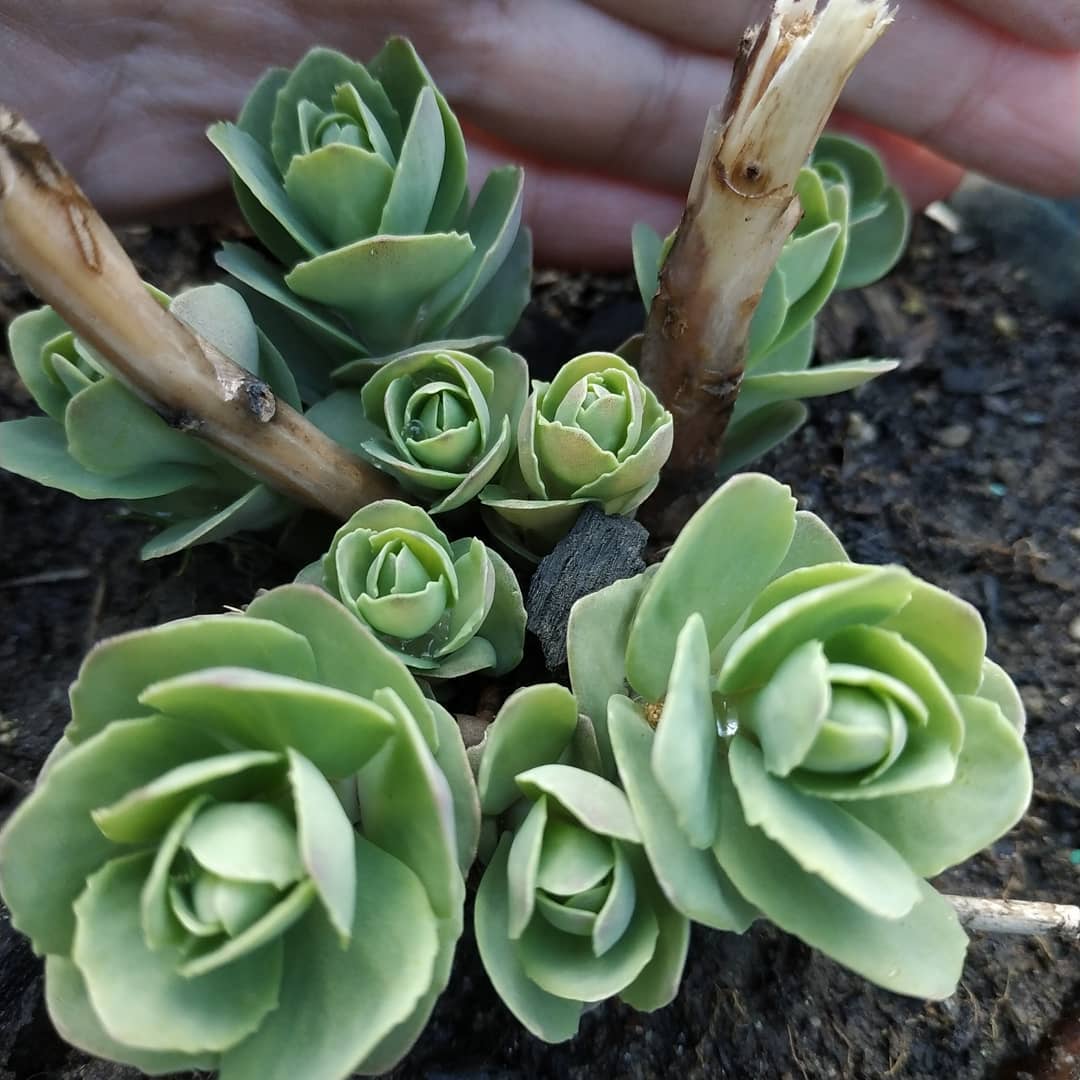
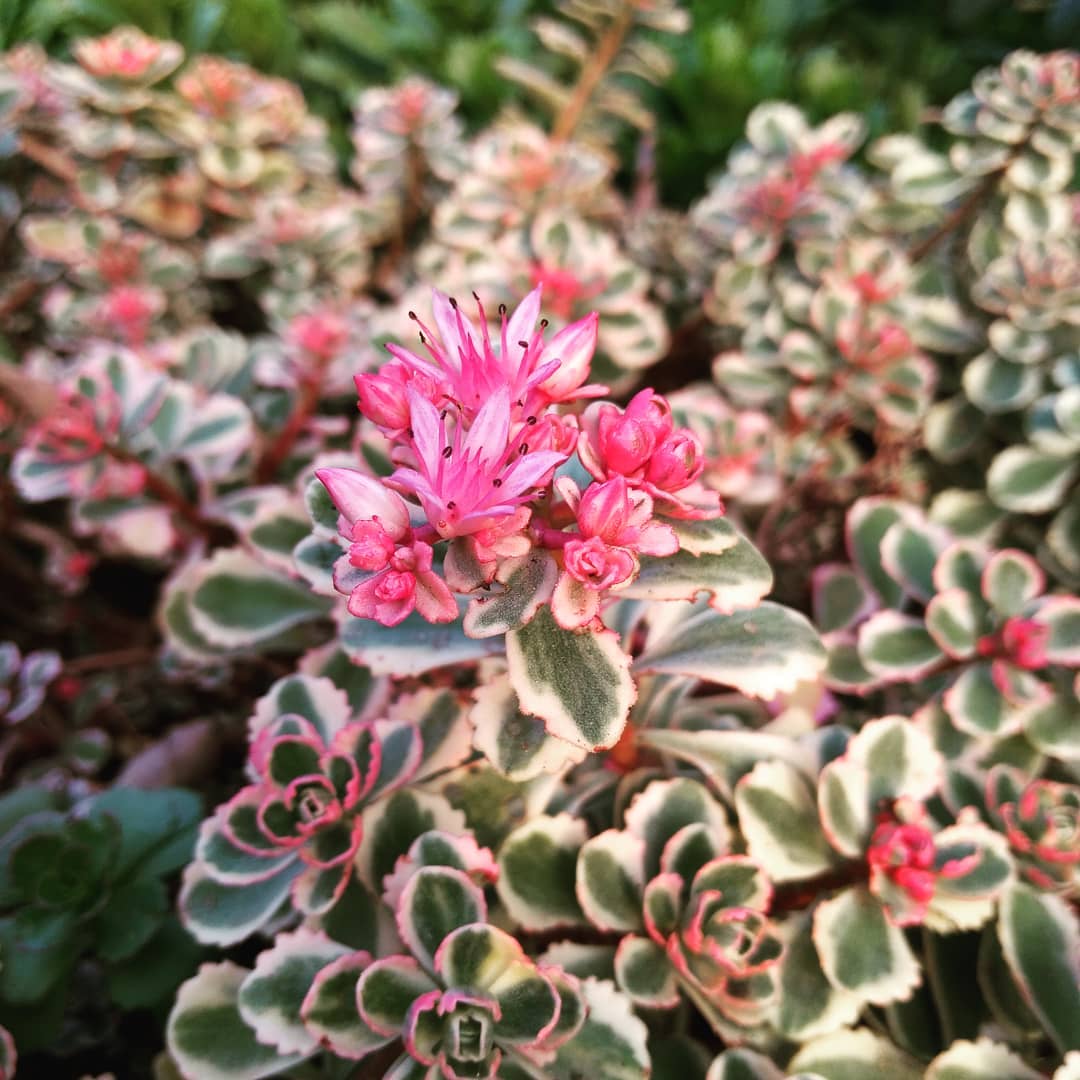
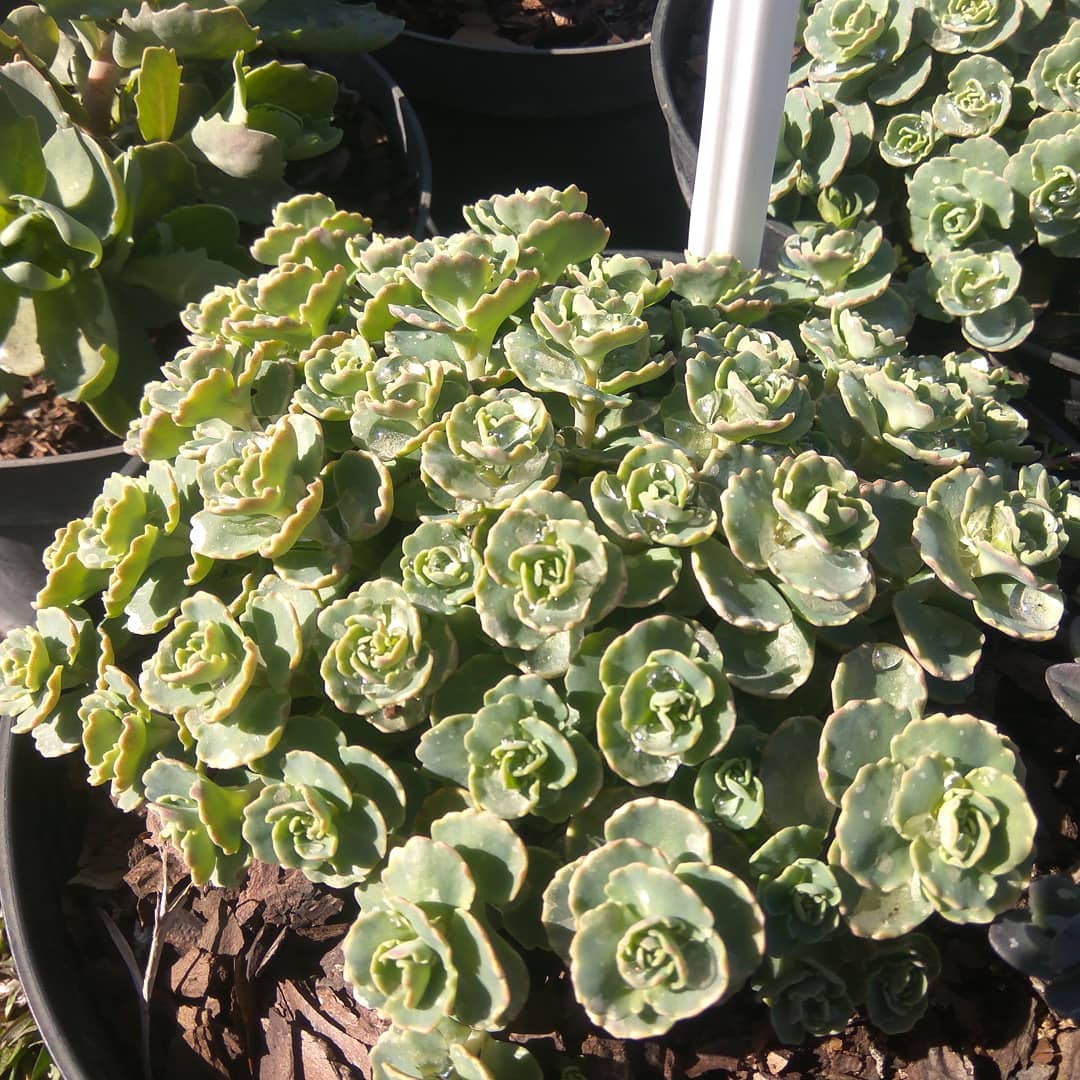
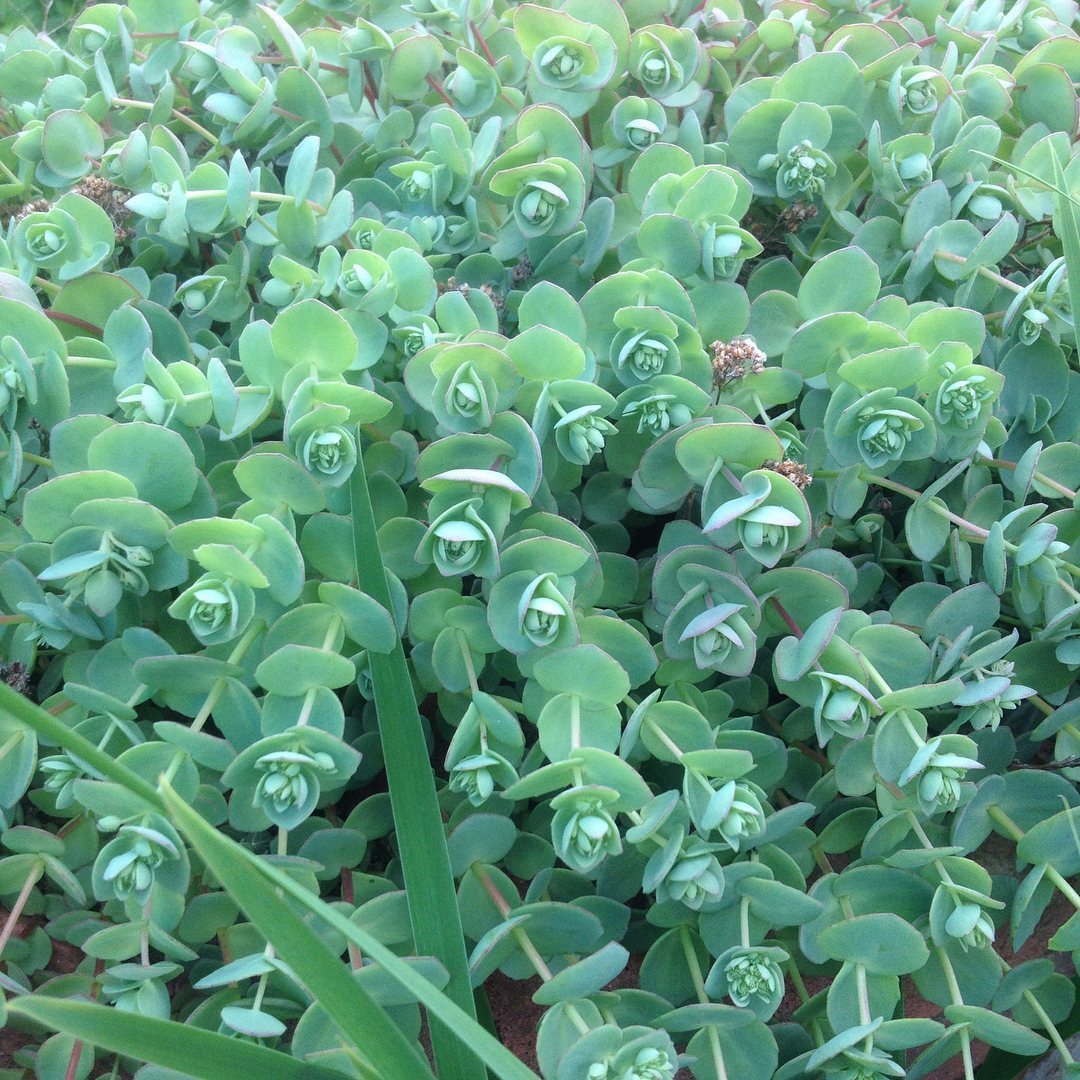




Peperomia
Evergreen herbaceous succulent. In nature, it can be found in the tropics of America, Africa, and Asia. In its natural environment, peperomia can grow on tree trunks, in rock crevices and in peat bogs. The height of the plant is 15-50 cm. The leaves of some types of peperomia are different. They can be glossy, wrinkled, leathery, thin.
The color of the plates can be golden, dark green, reddish, silver, and be monochromatic or have stripes and spots. Peperomia has spike-shaped inflorescences that appear in spring or summer.
Common types:
- Ferreira;
- graveolens;
- columela;
- chisel
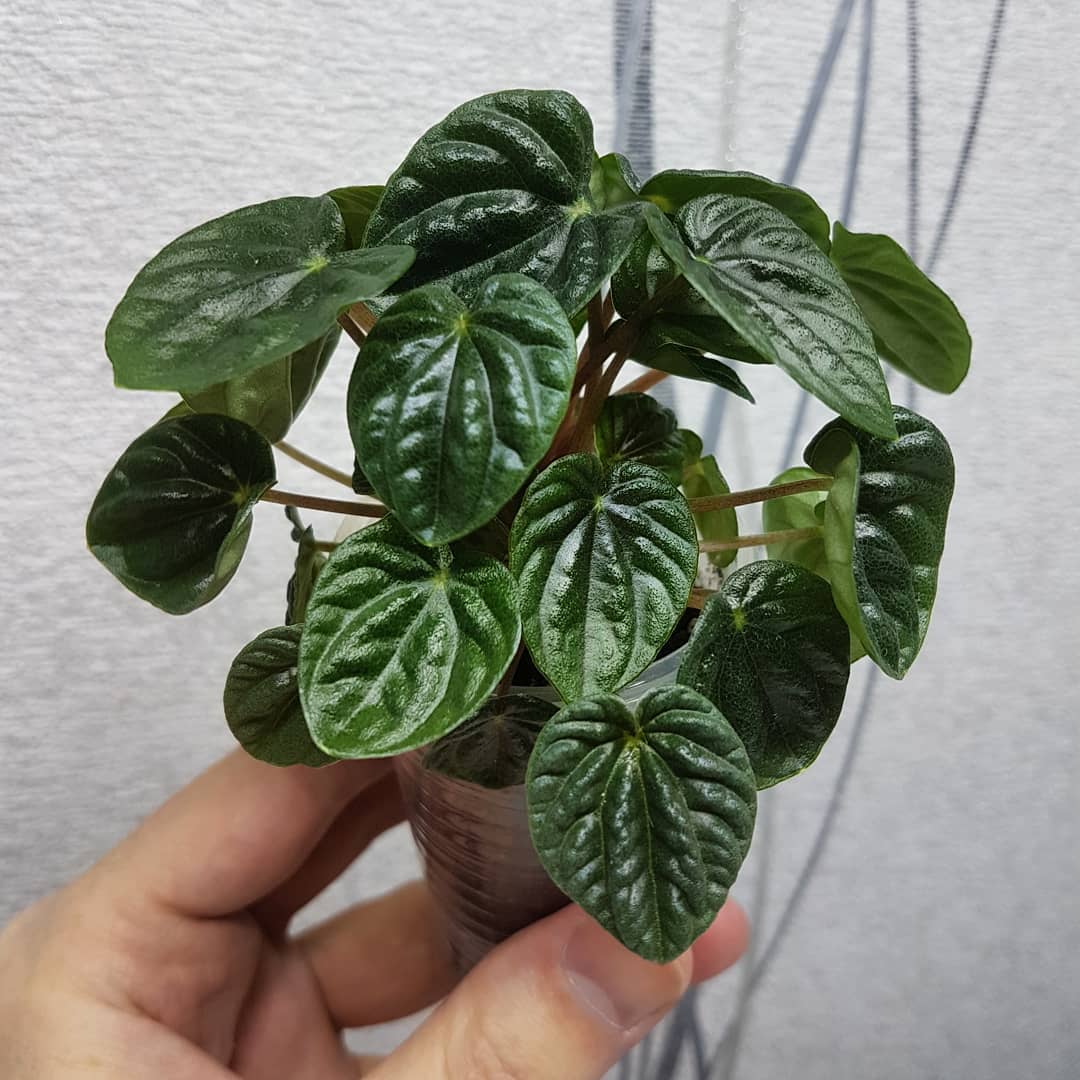
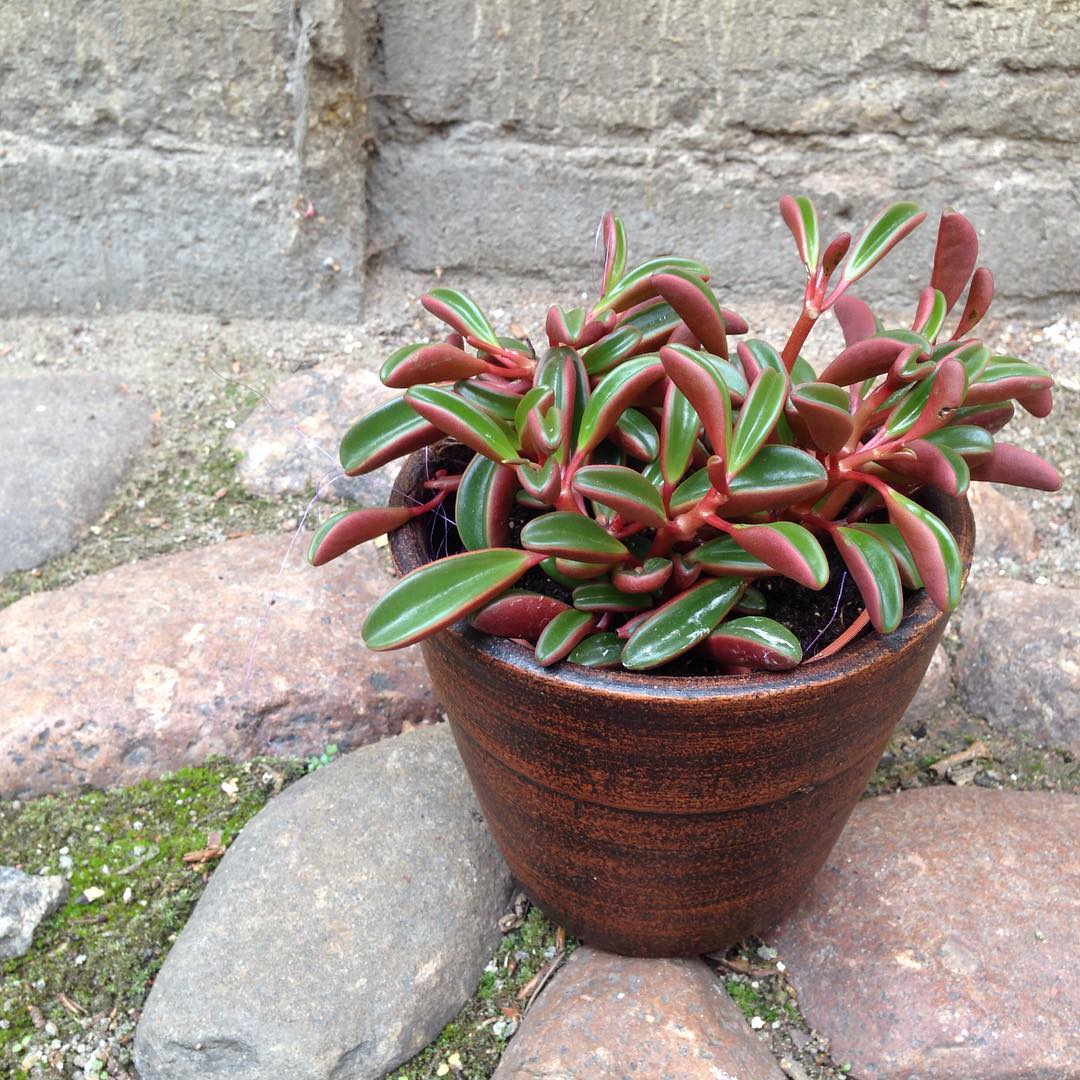
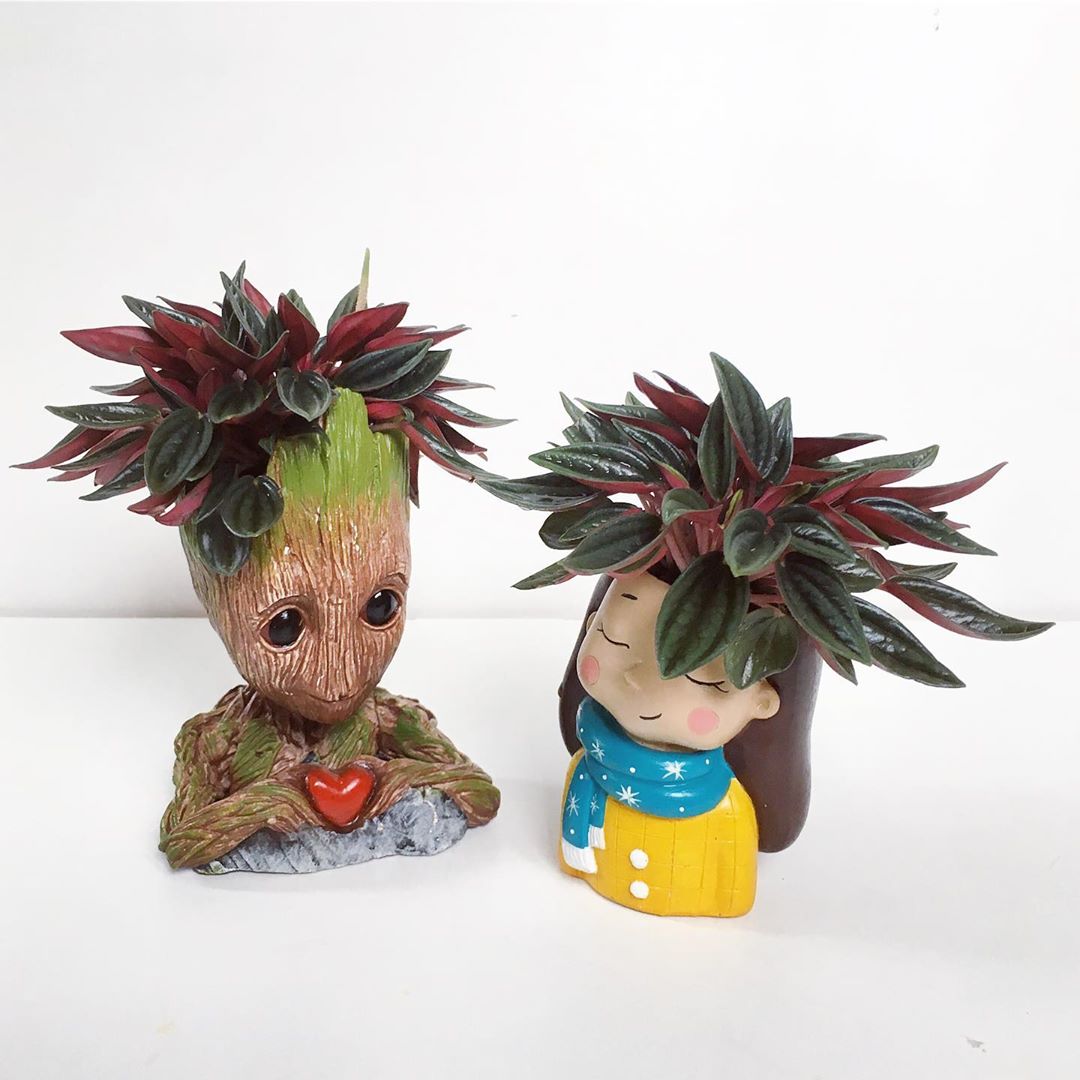
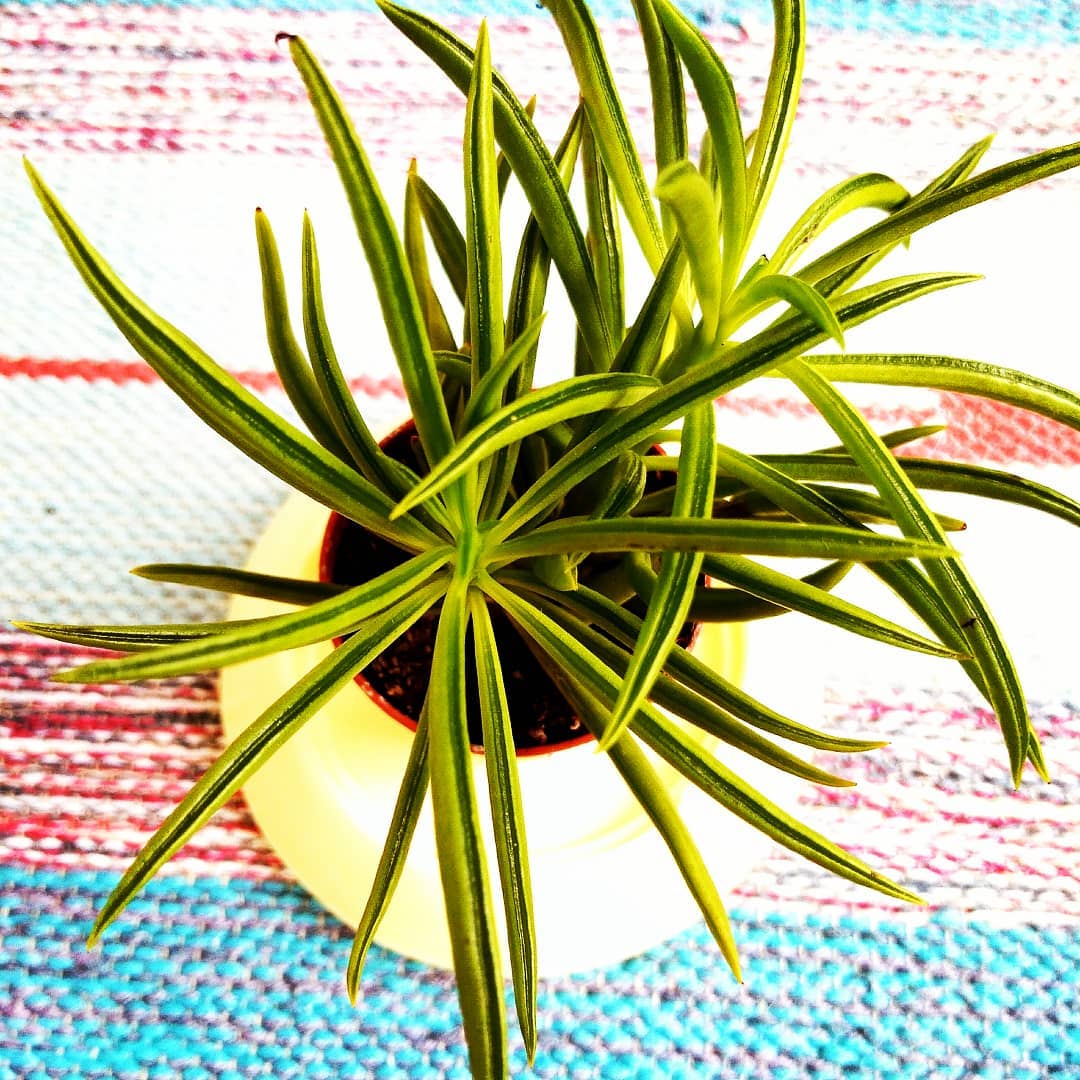
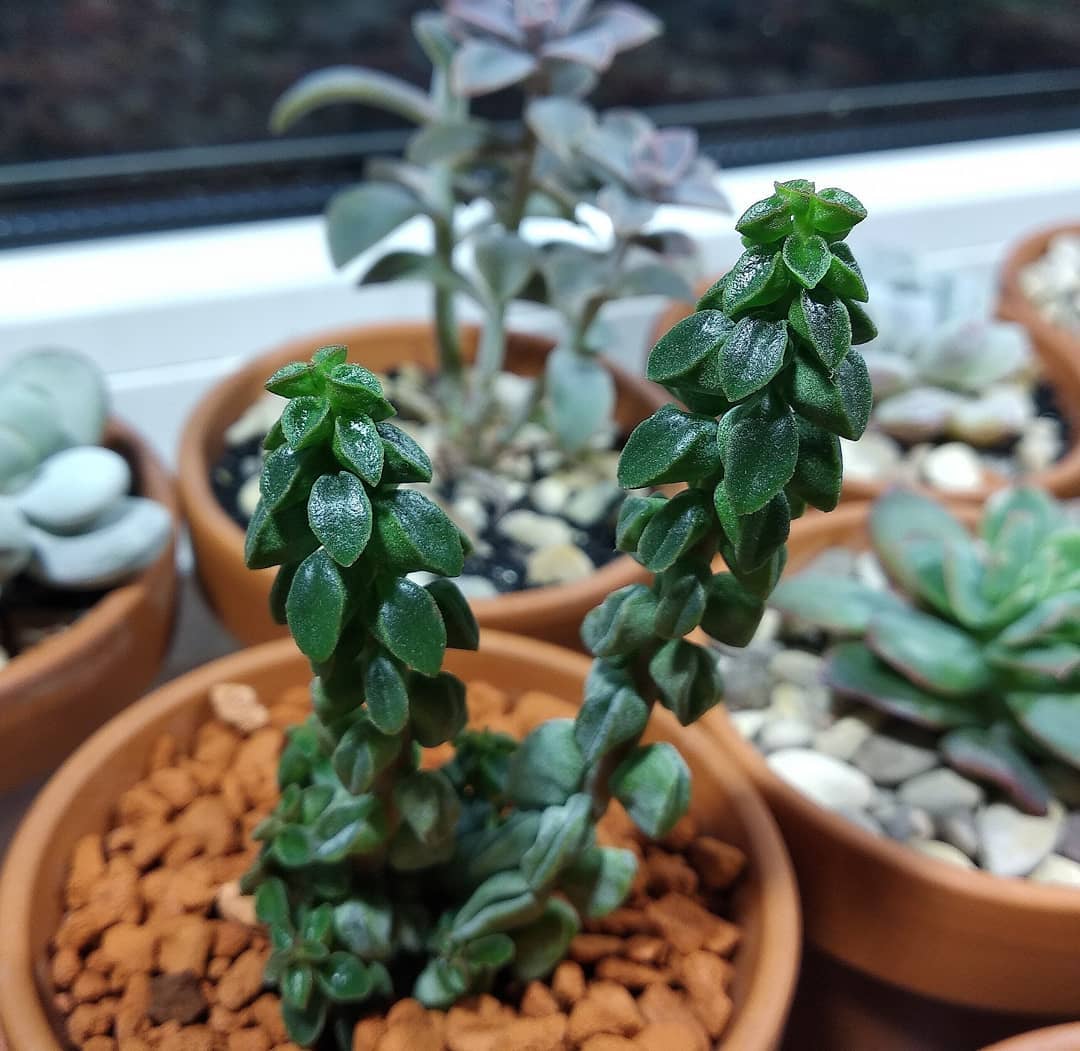
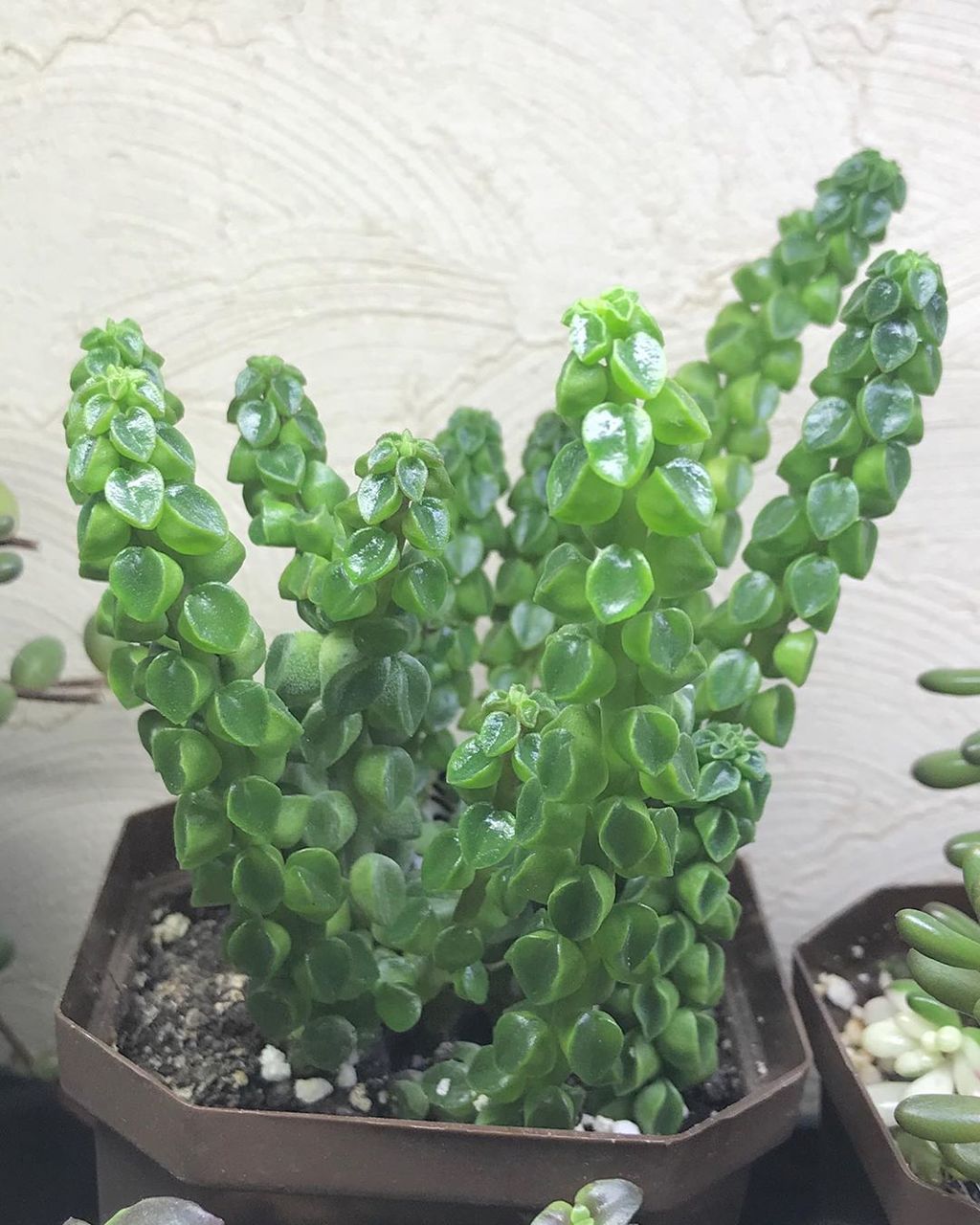
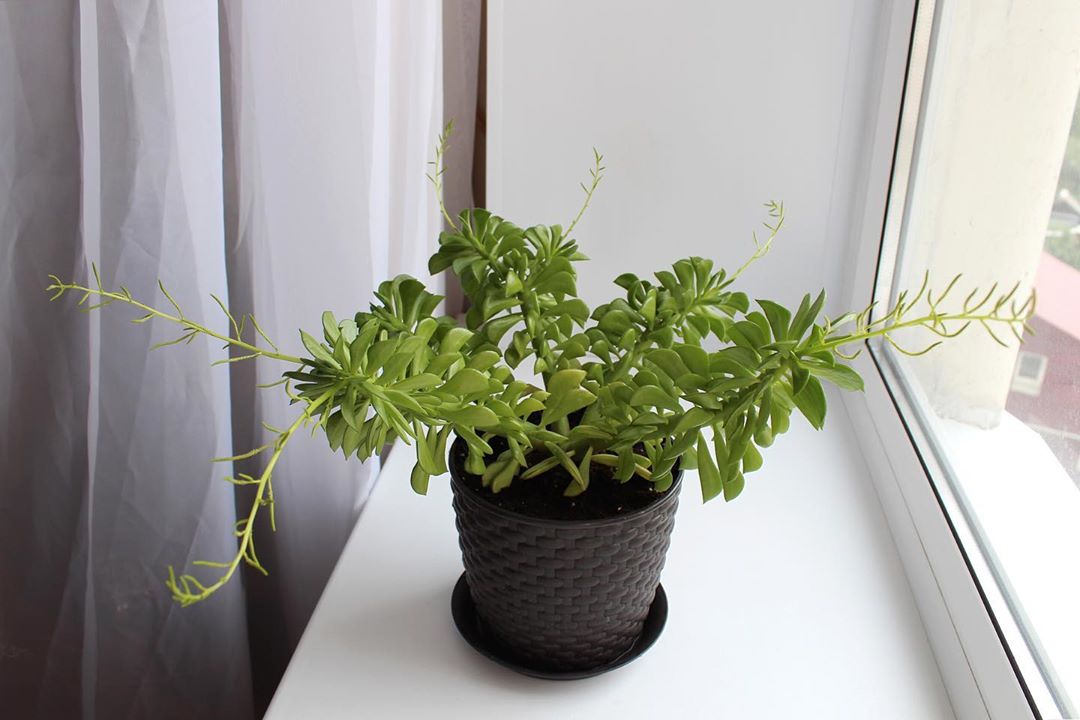
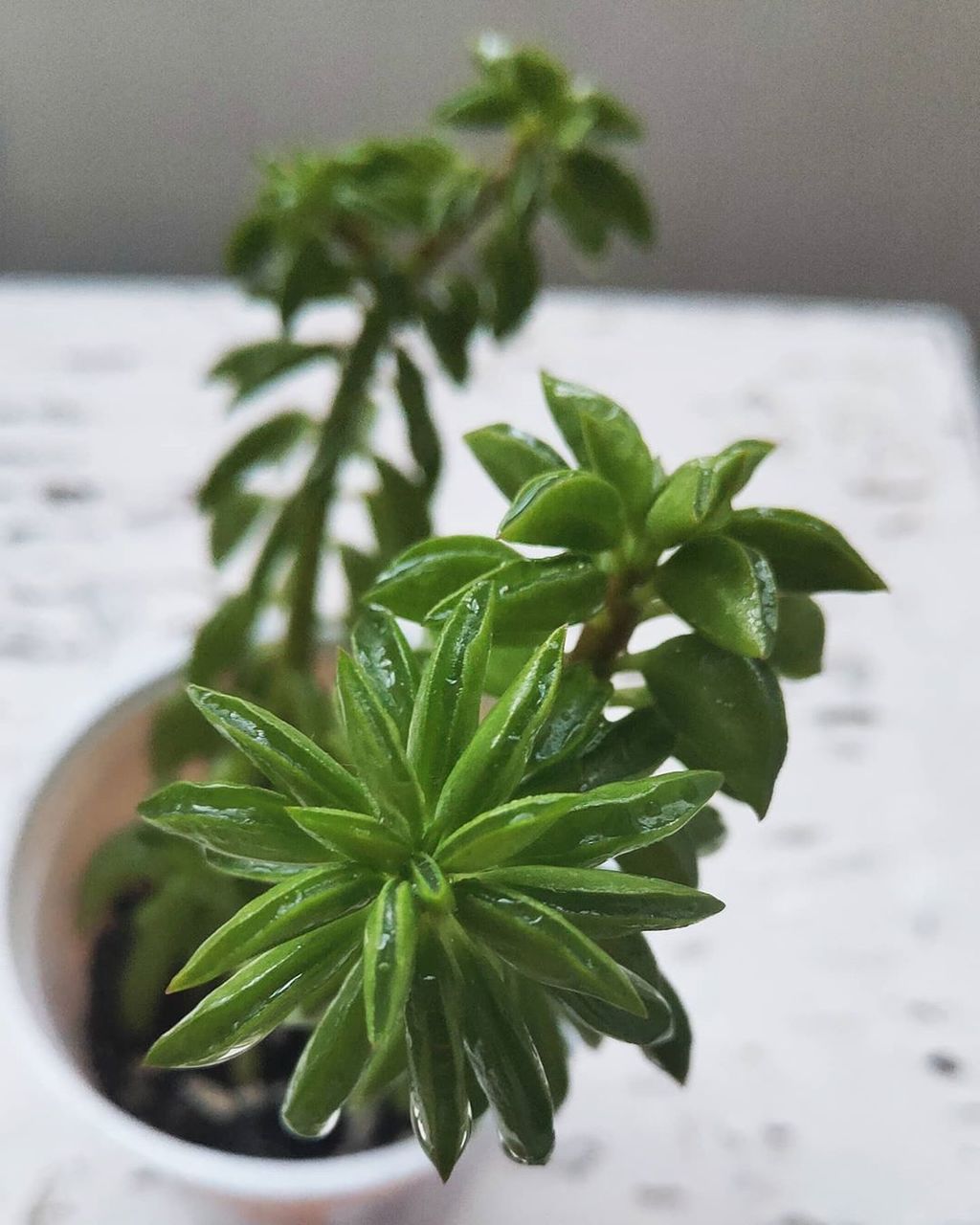
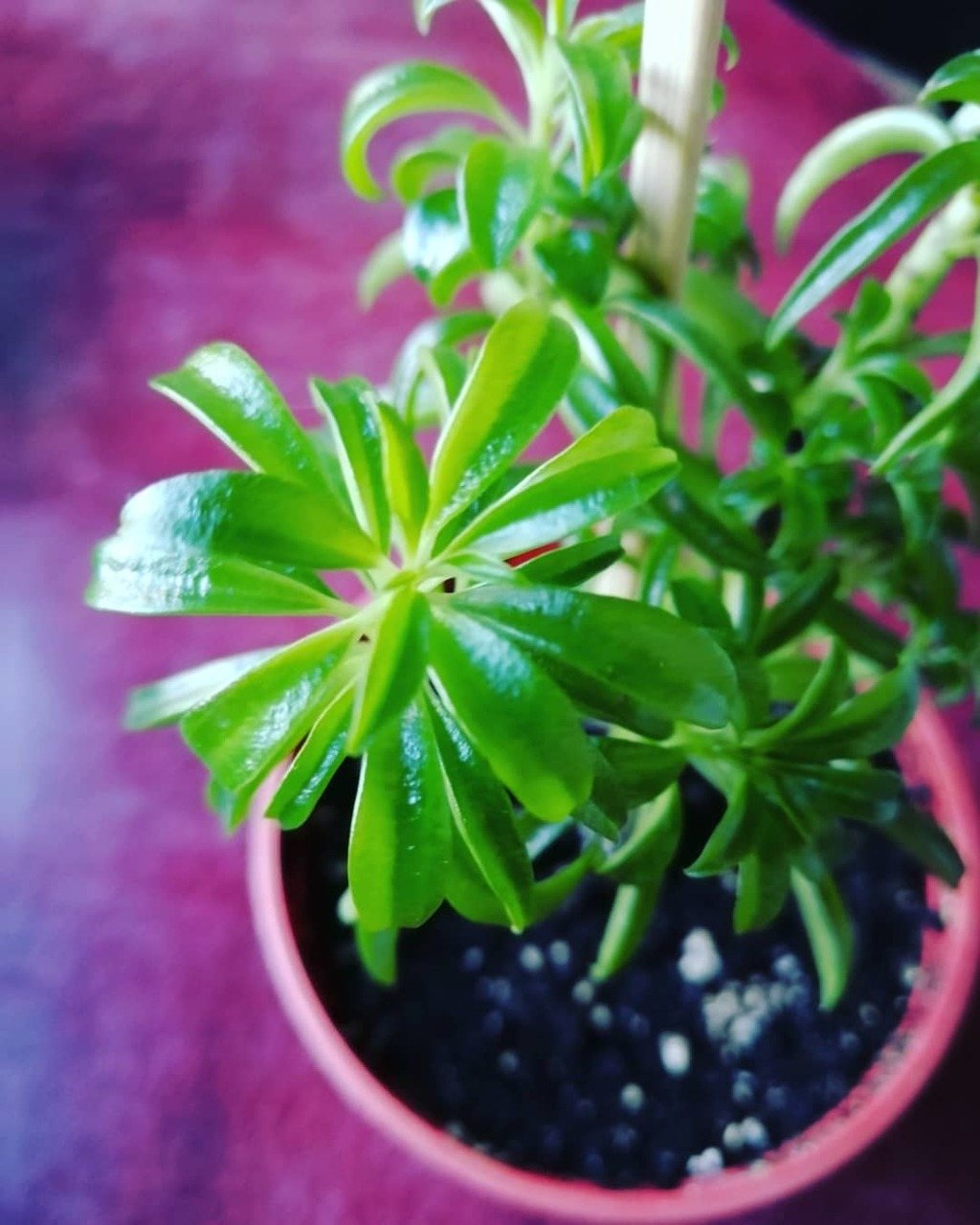
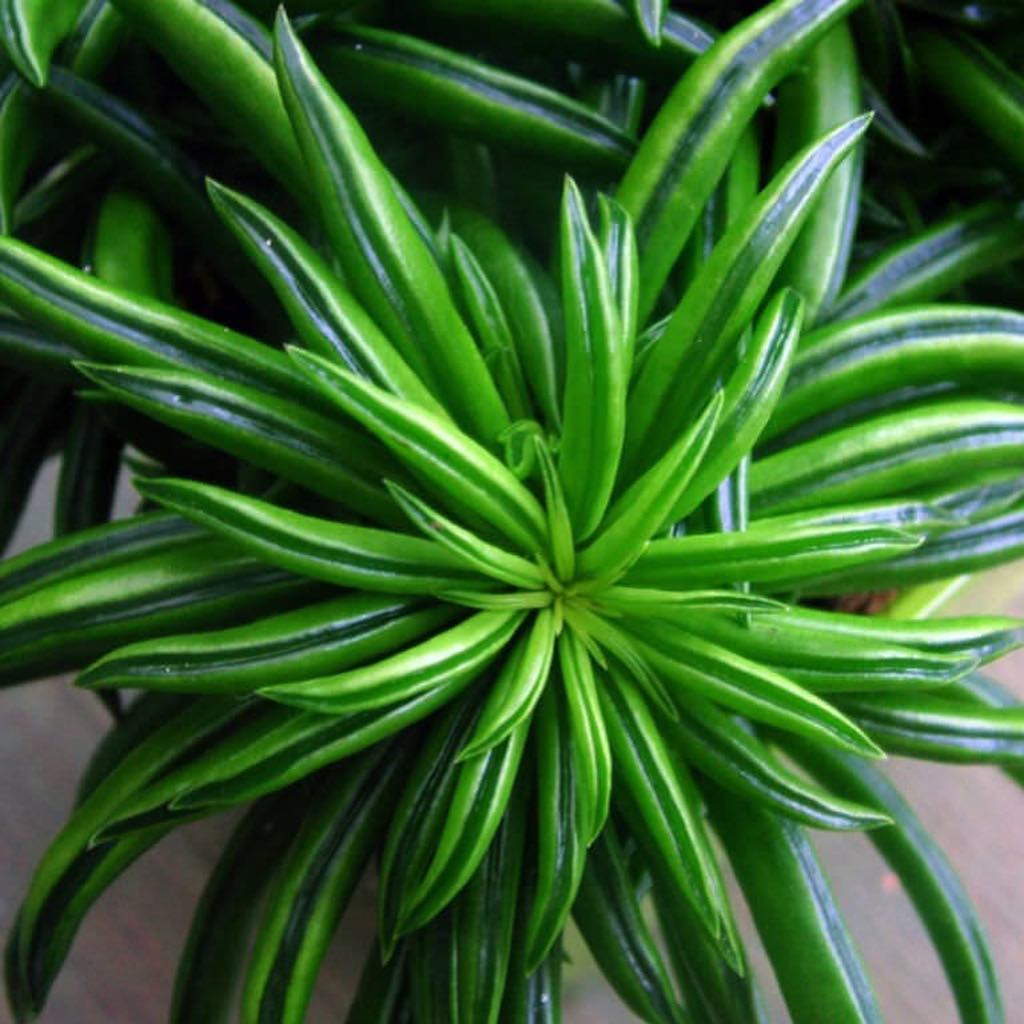










Rejuvenated
Garden evergreen succulent with high frost resistance. This plant is also called stone rose. It is characterized by large leaves of different shades and a shiny surface, which are collected in spherical rosettes. They are arranged in a spiral and resemble a bud in appearance. The plates are covered with glandular hairs. The leaves of the young plant are elastic to the touch. During the cold season they change color.
This succulent blooms in June or July. This period lasts about a month. The flowers are small and star-shaped. They are collected in complex inflorescences. The color of the petals can be white, yellow, pink. The flowers of the plant emit a pleasant aroma.
Popular types:
- roofing;
- offspring;
- cobwebby;
- Russian;
- spherical.
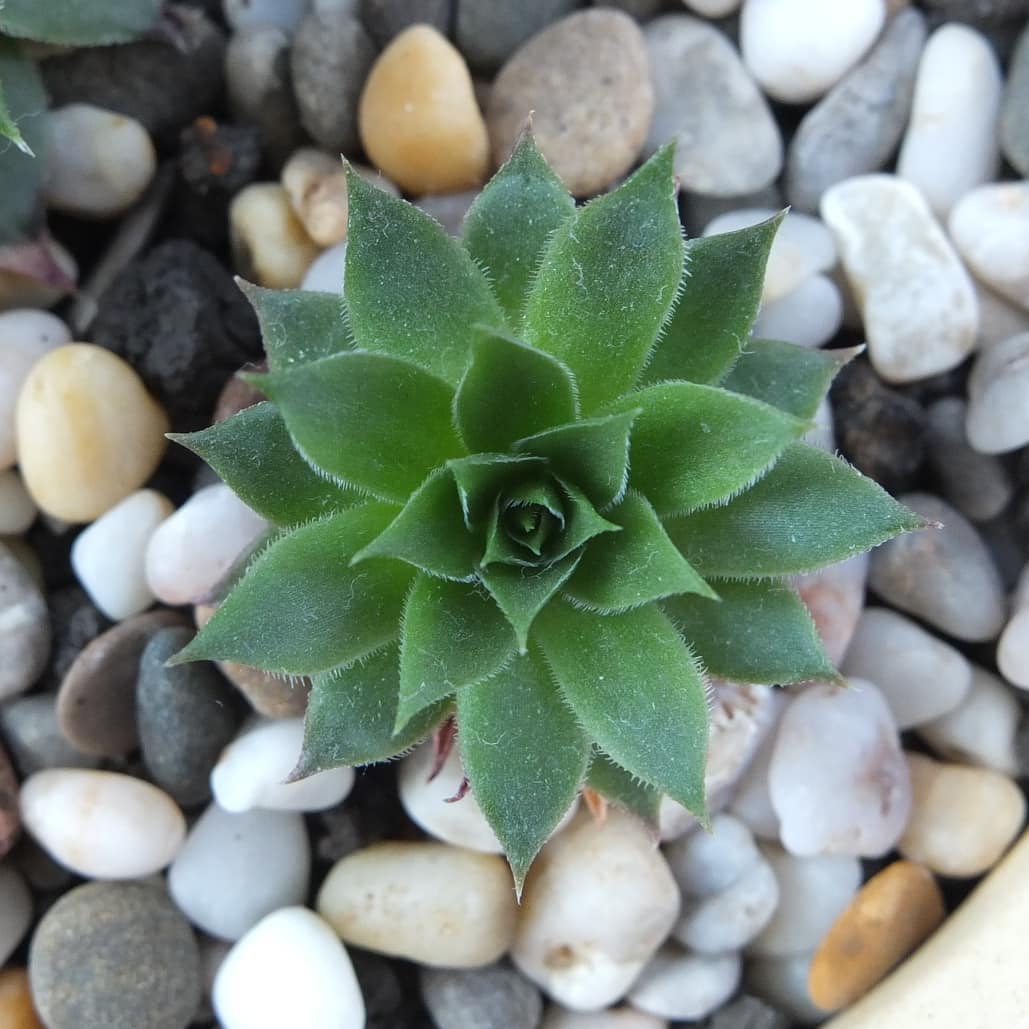
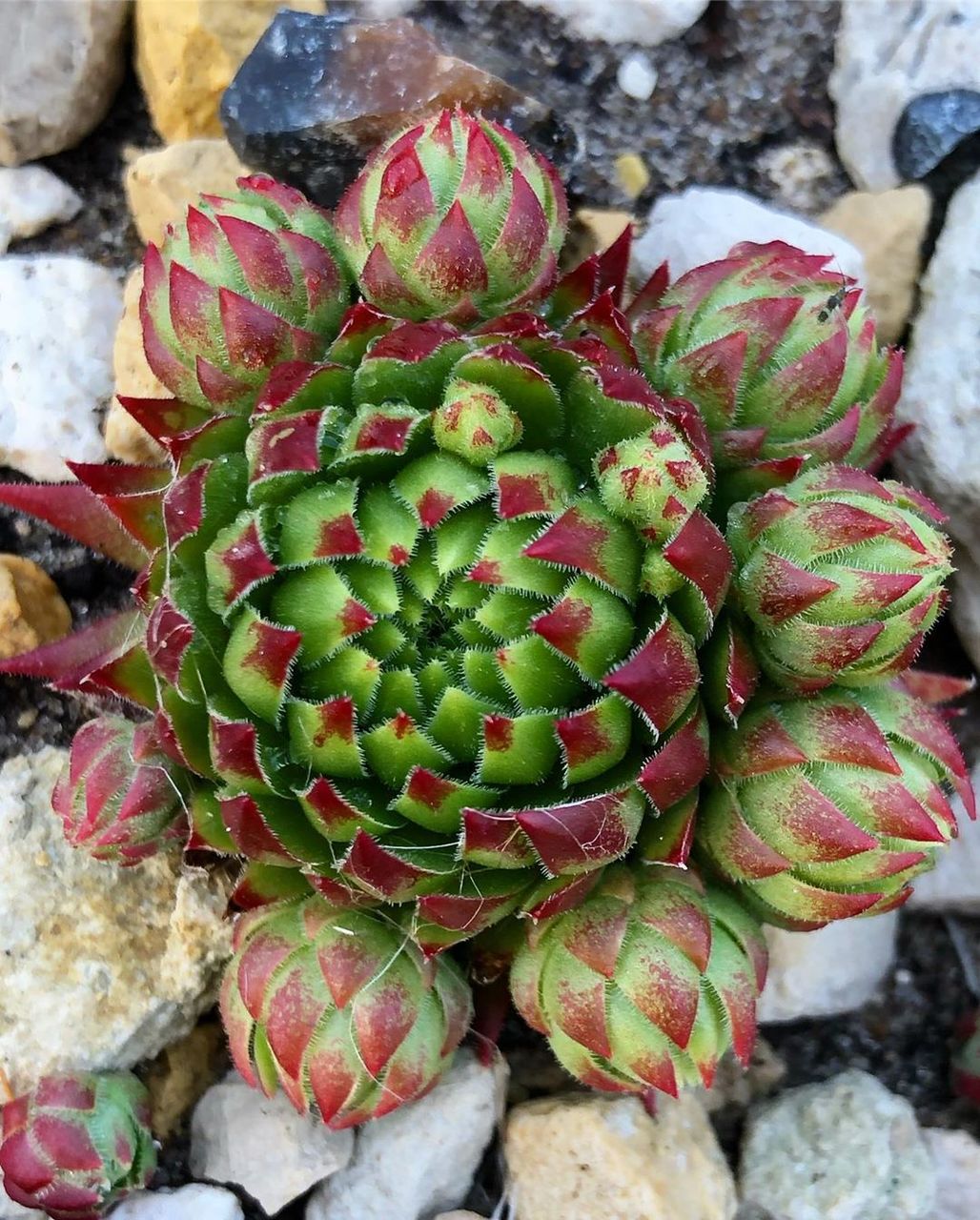
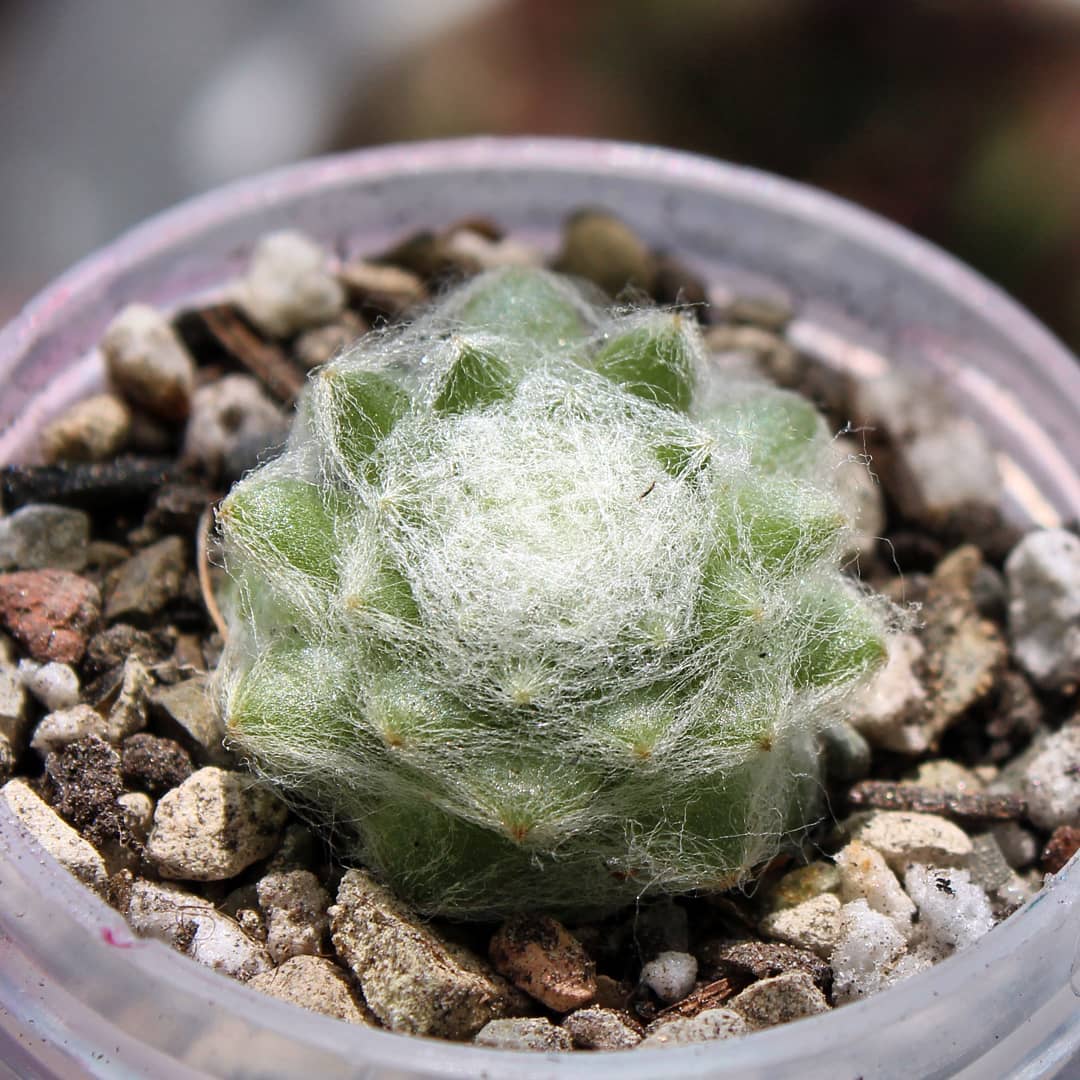
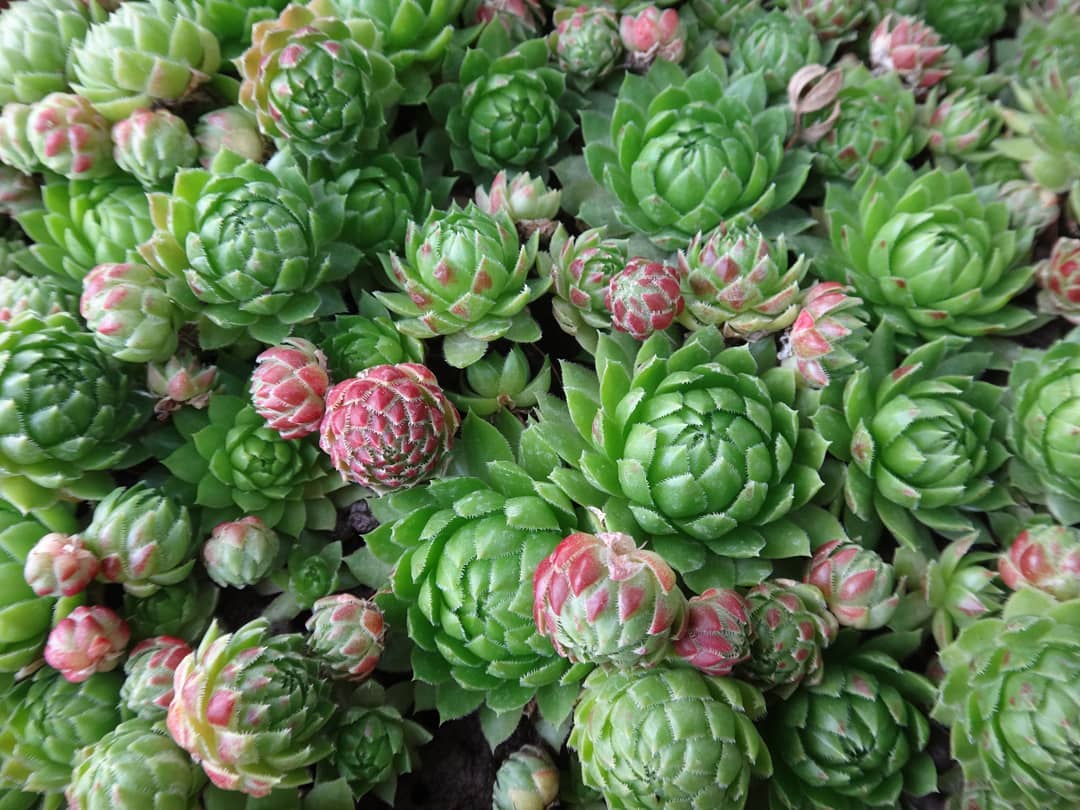
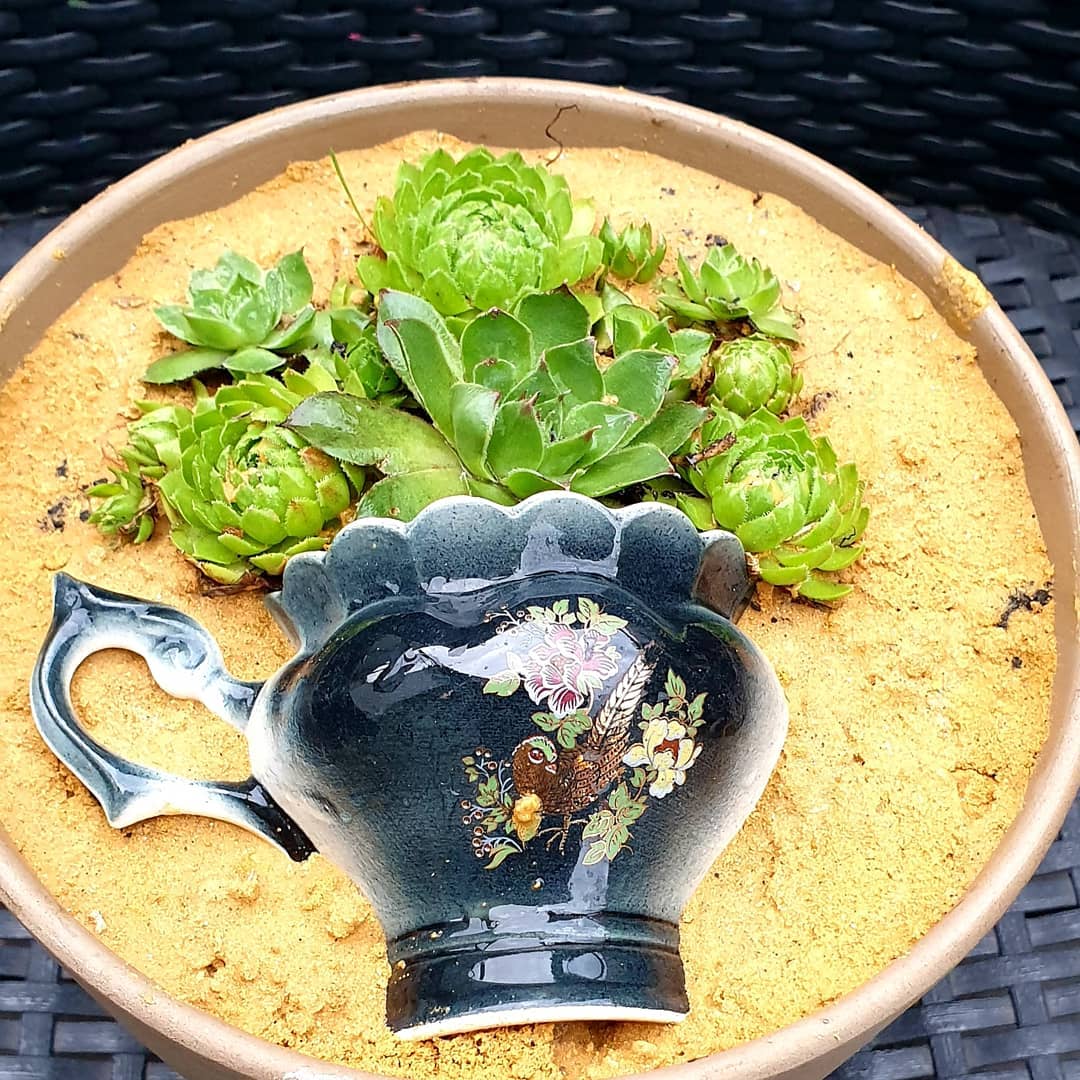
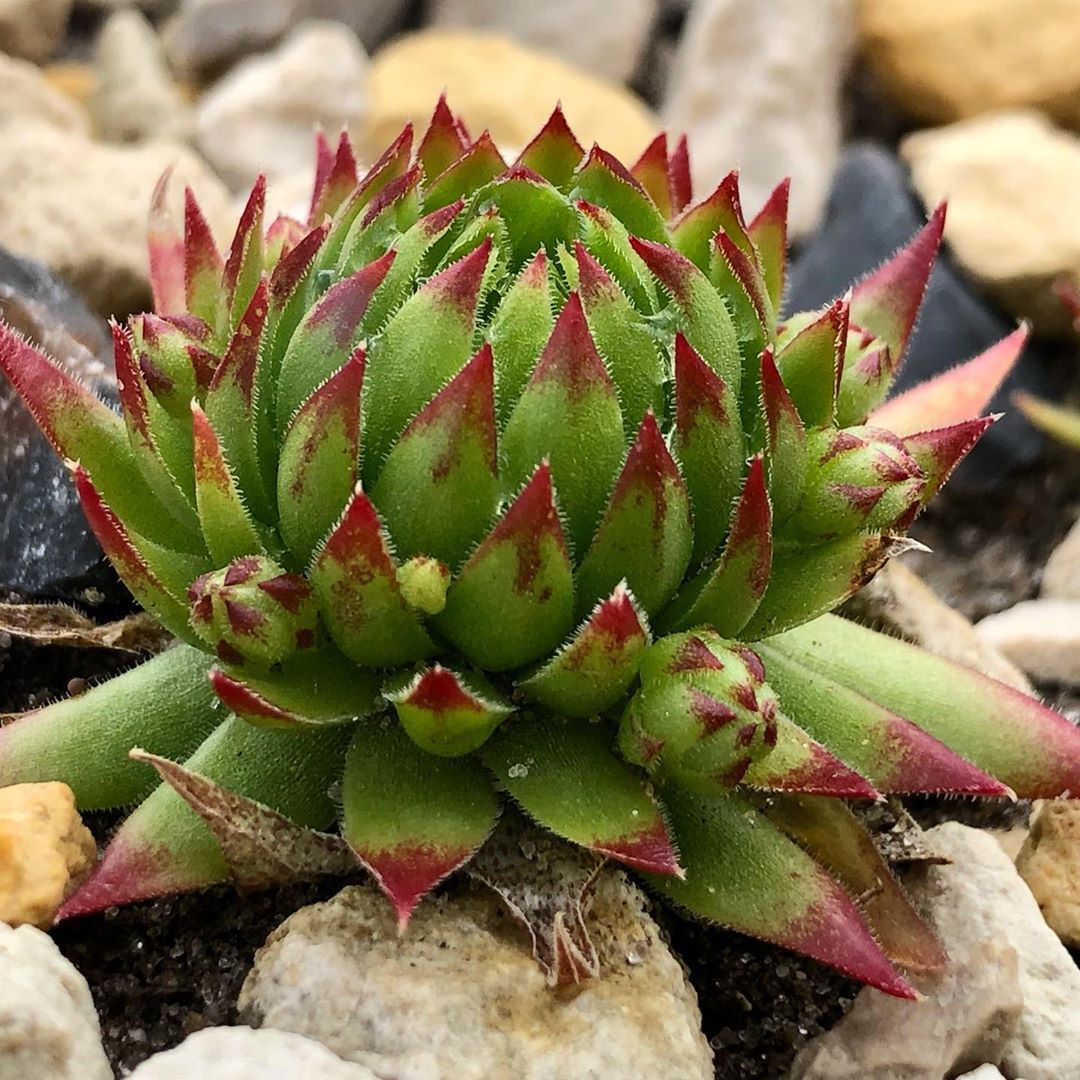
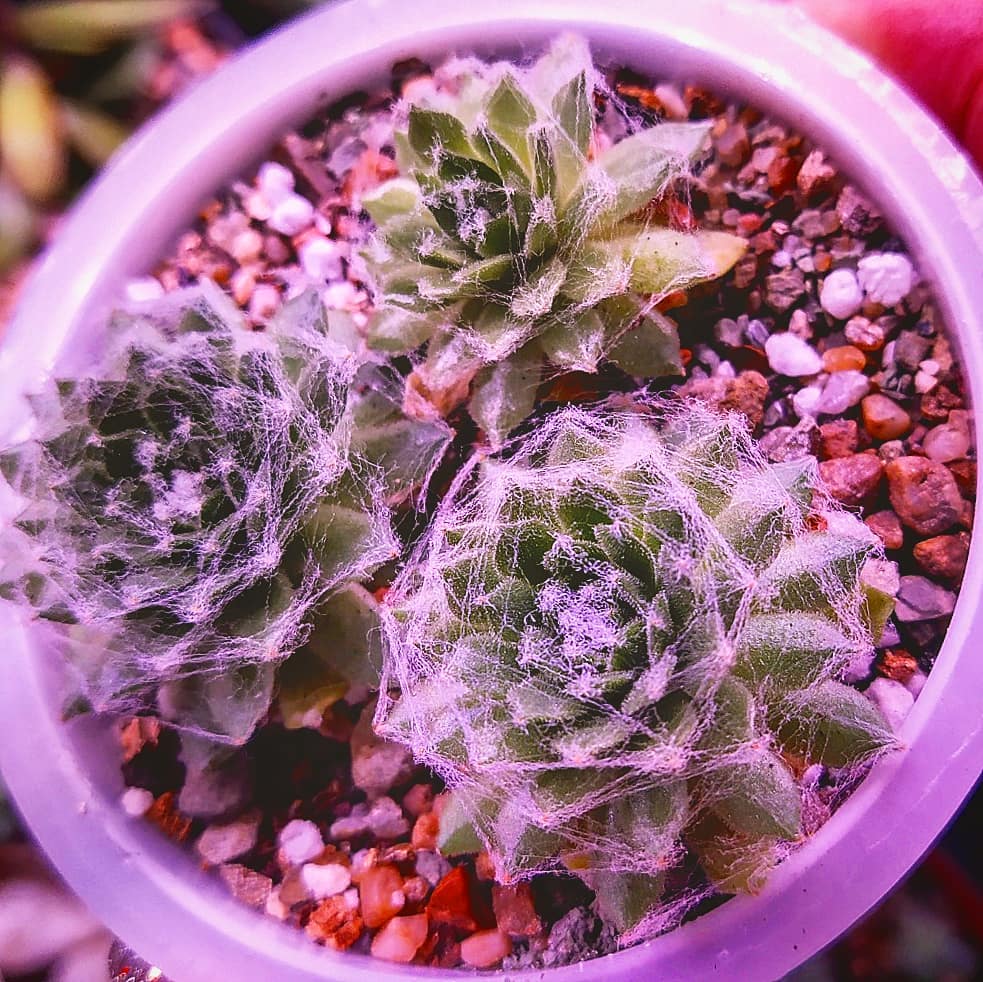
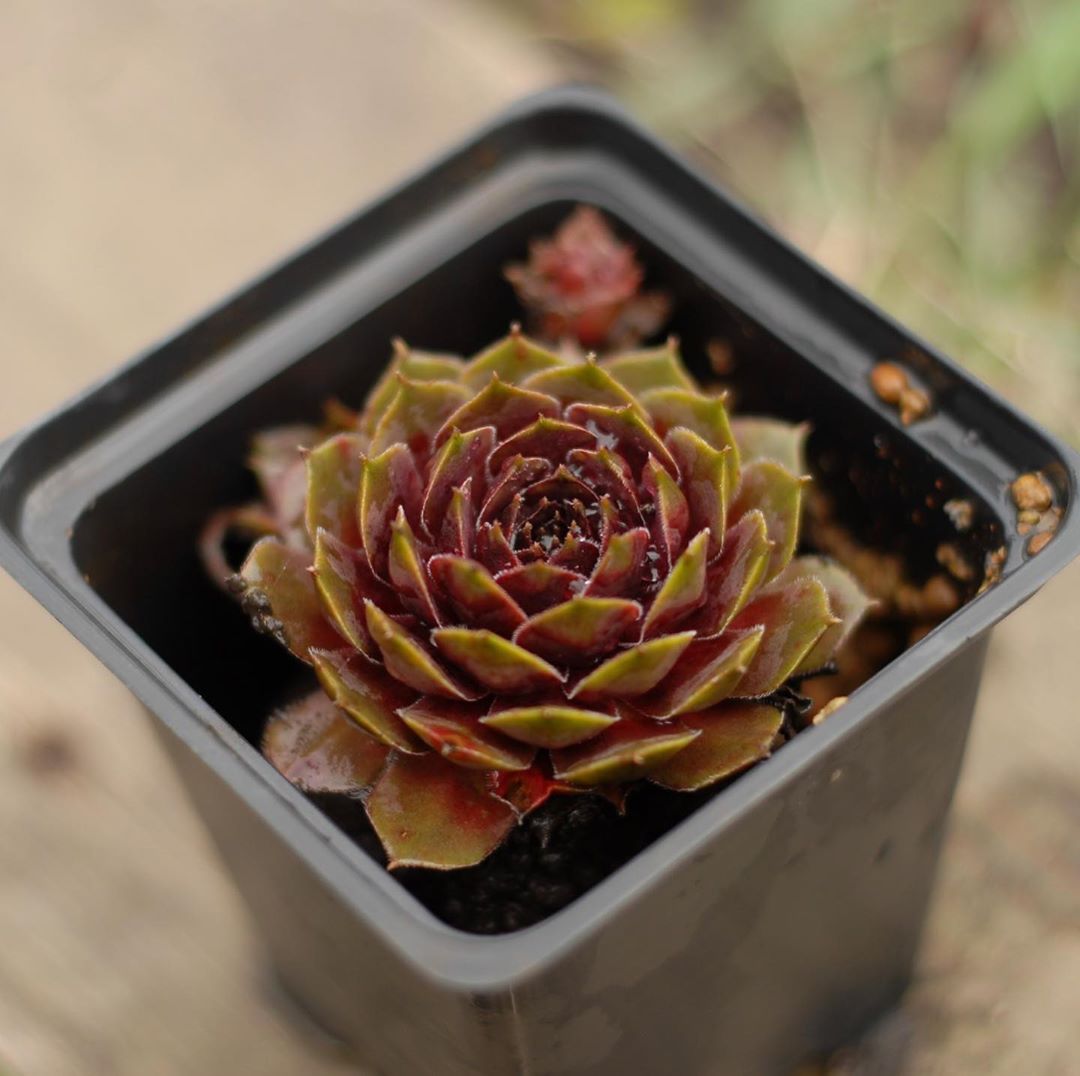

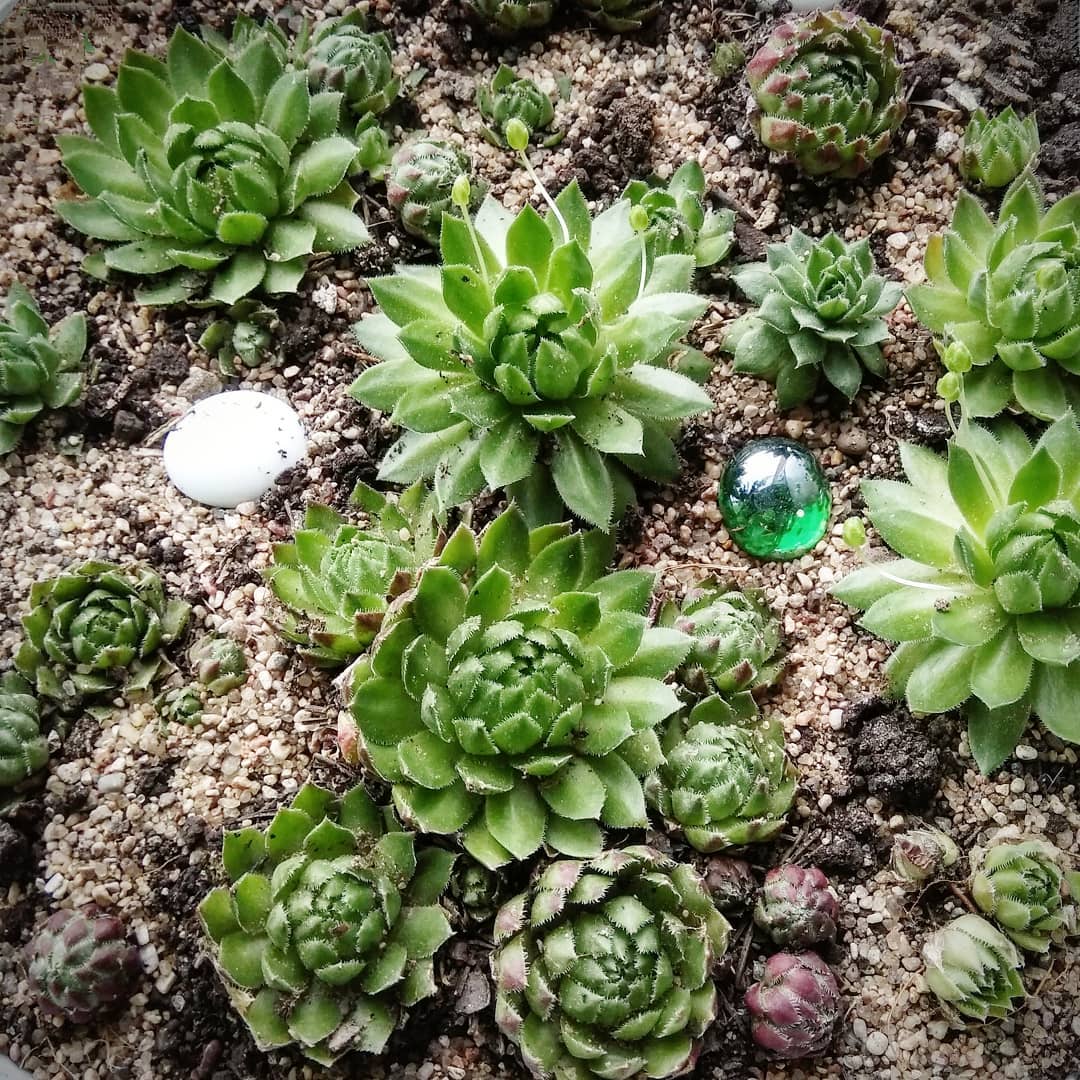










Echeveria
This succulent can be found in botanical reference books under the name Echeveria. The plant is a squat shrub about 30-50 cm high. It has practically no stem. The trunk is small, lodging.
At the tops of the shoots, rosettes of leaves with a diameter of 15-20 cm are formed. The leaves have a dense consistency. The color of the plates can be bronze, green, gray, blue. The leaves are plain or variegated, with white or reddish edges. In Echeveria they are arranged in a spiral, in the shape of a flower. The root is branched, superficial.
Common types:
- agave;
- Miranda;
- graceful.
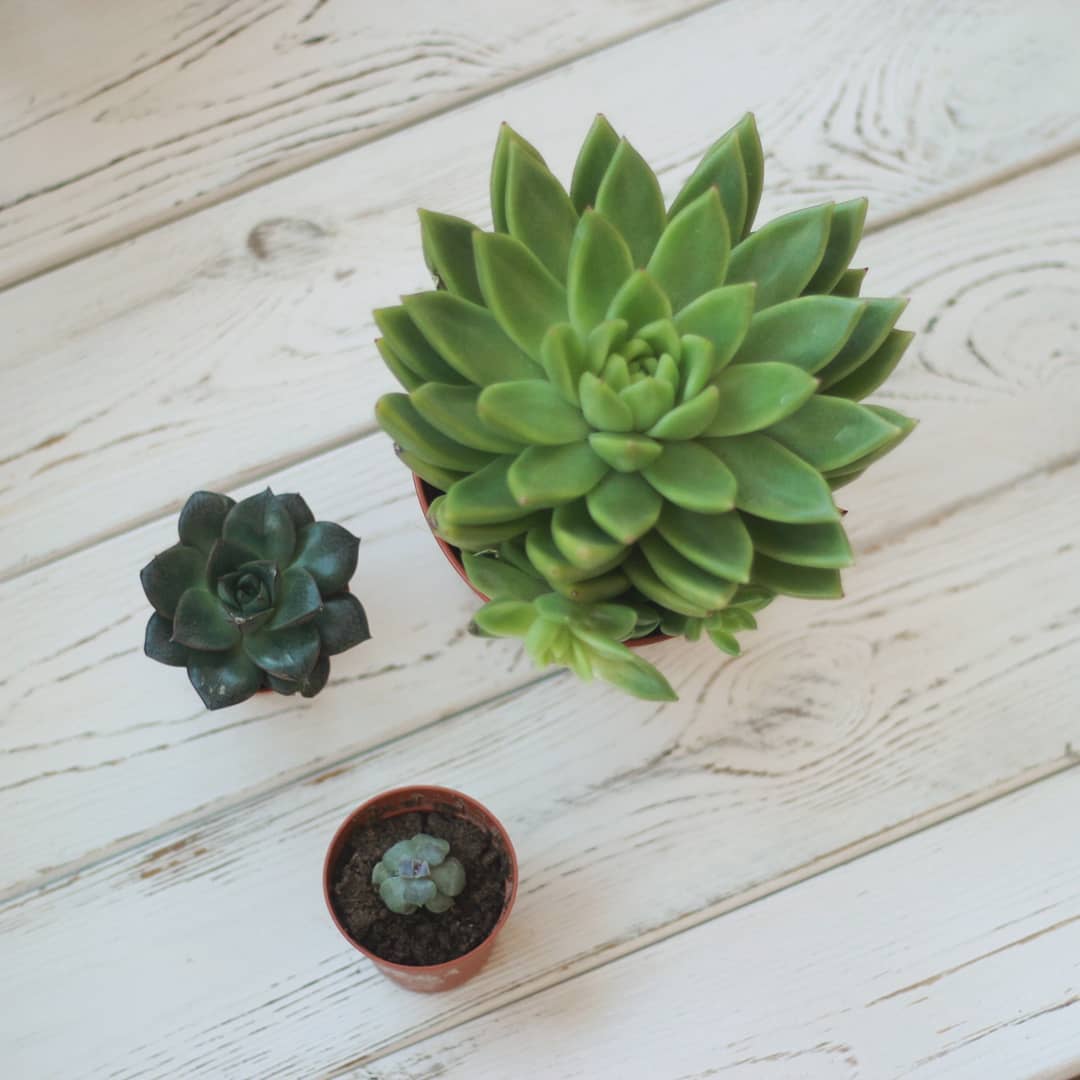
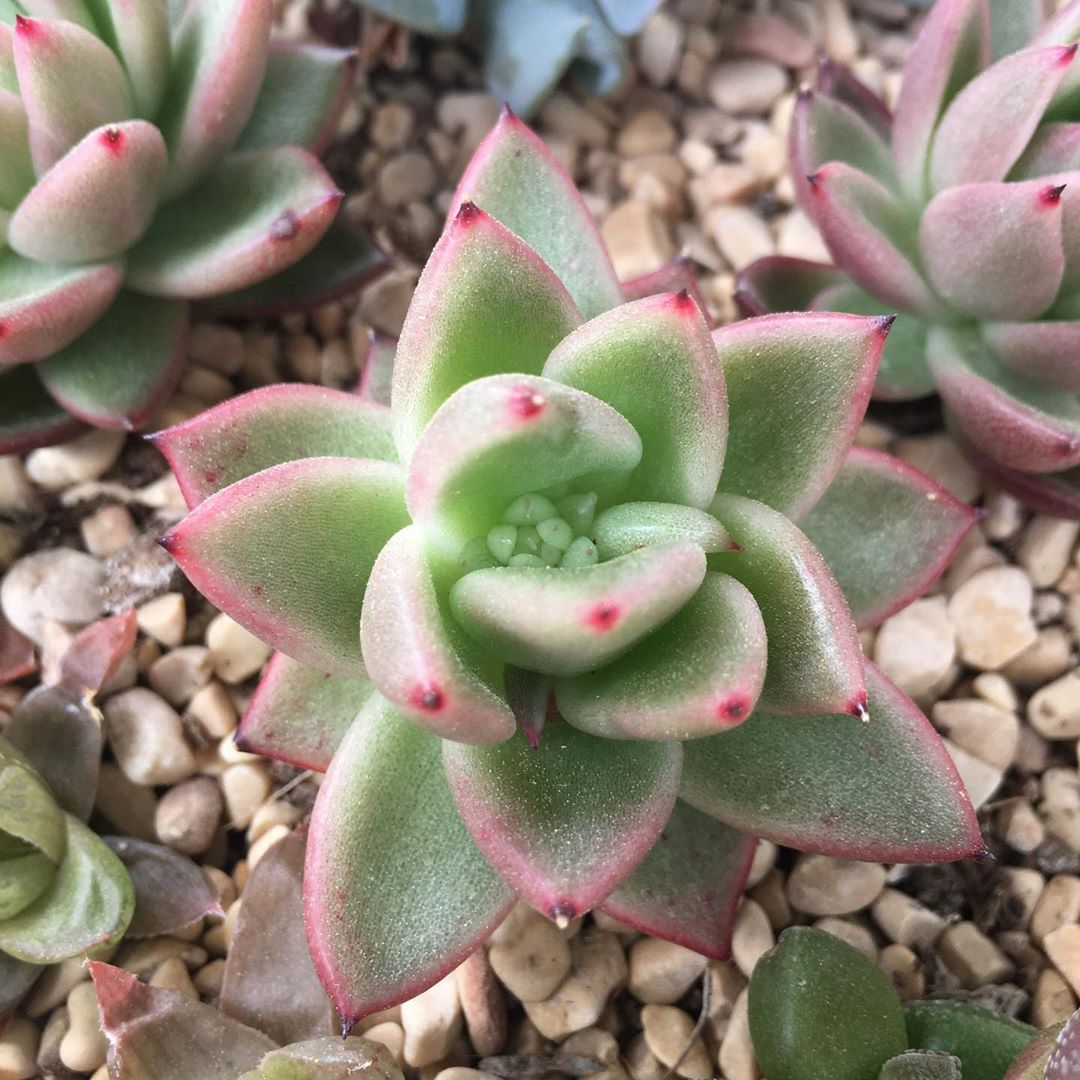

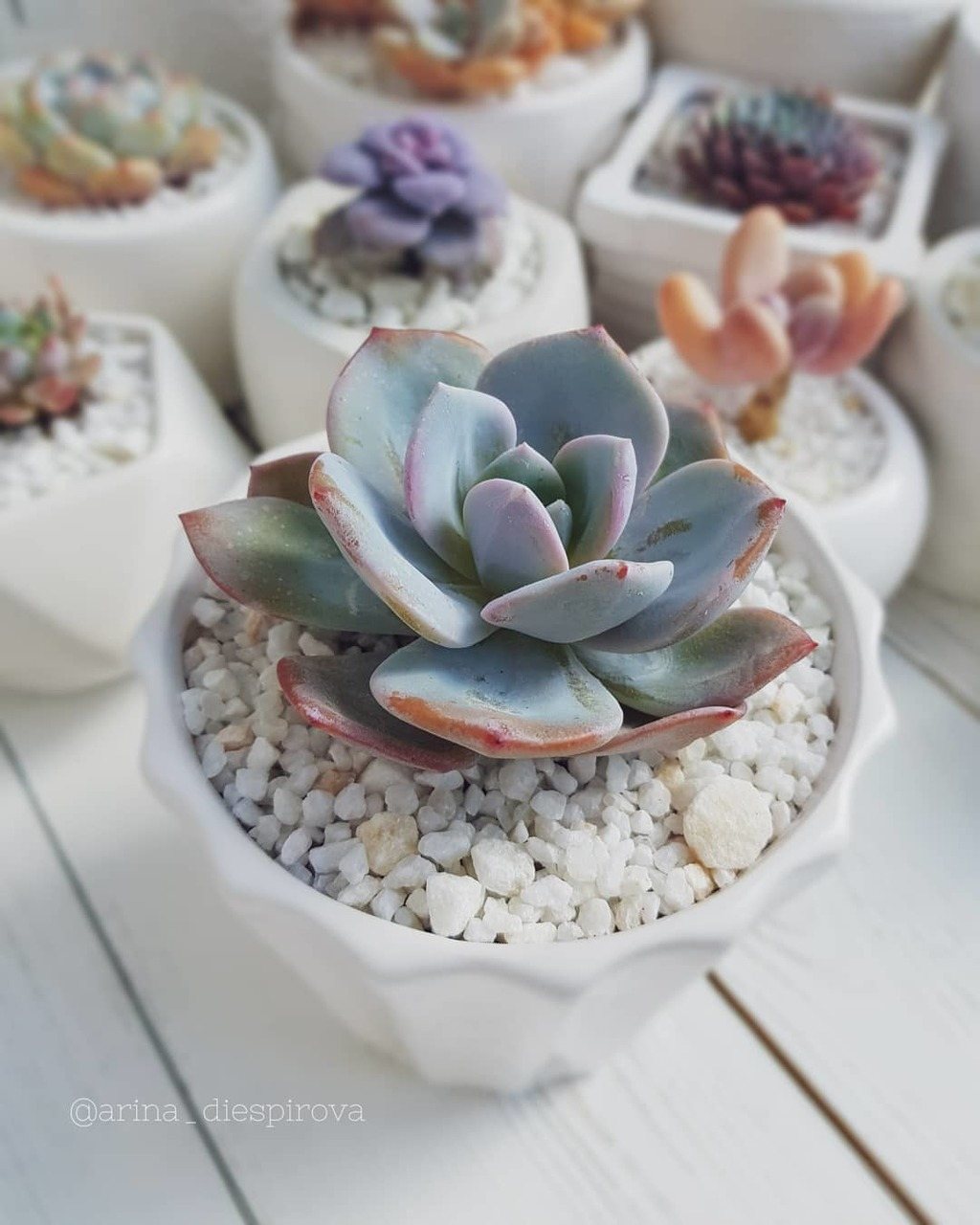
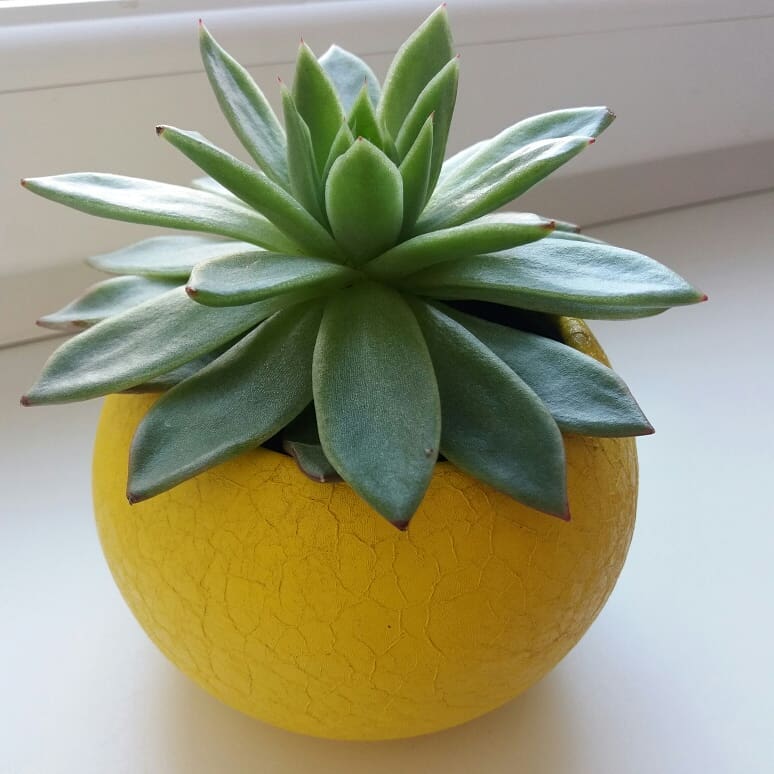
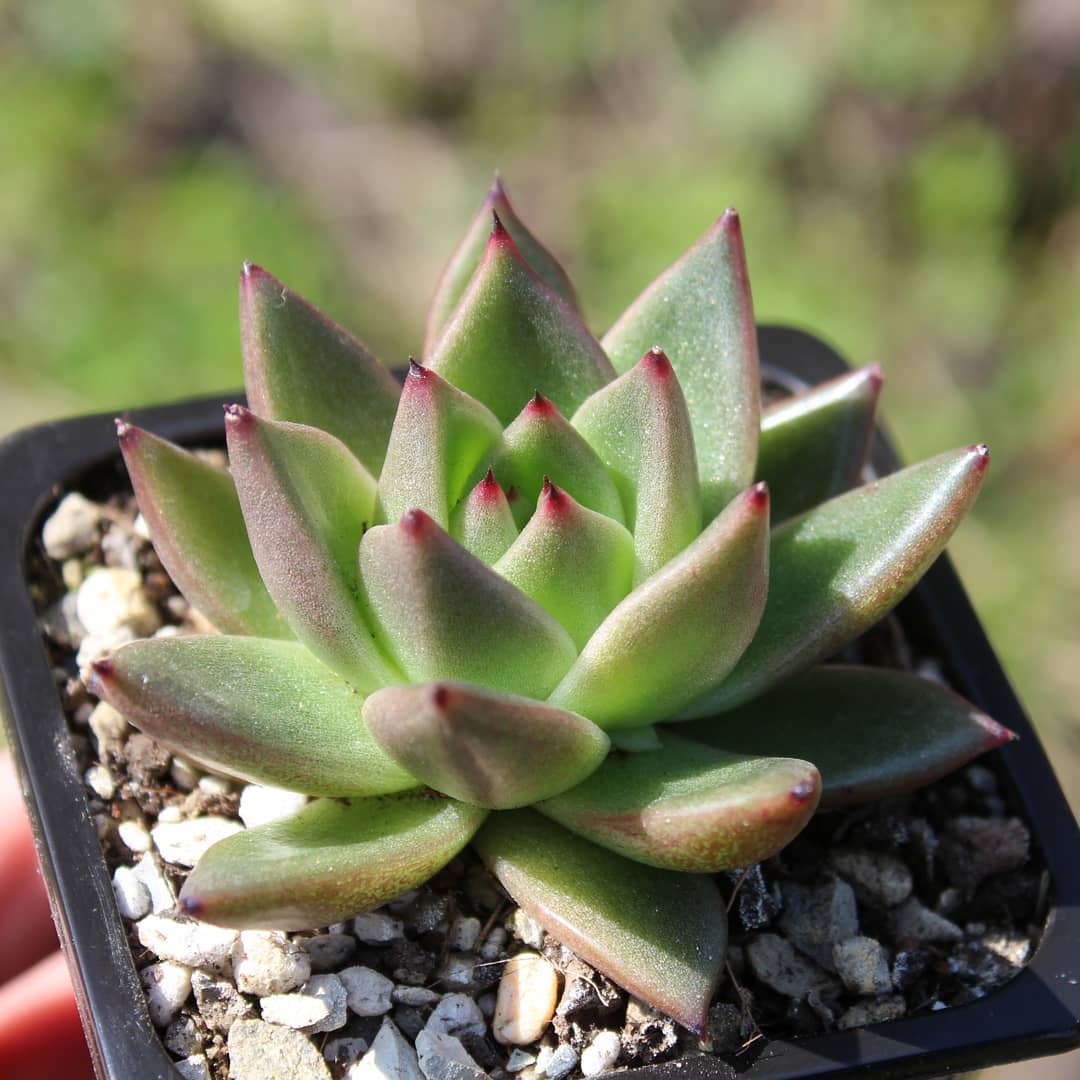

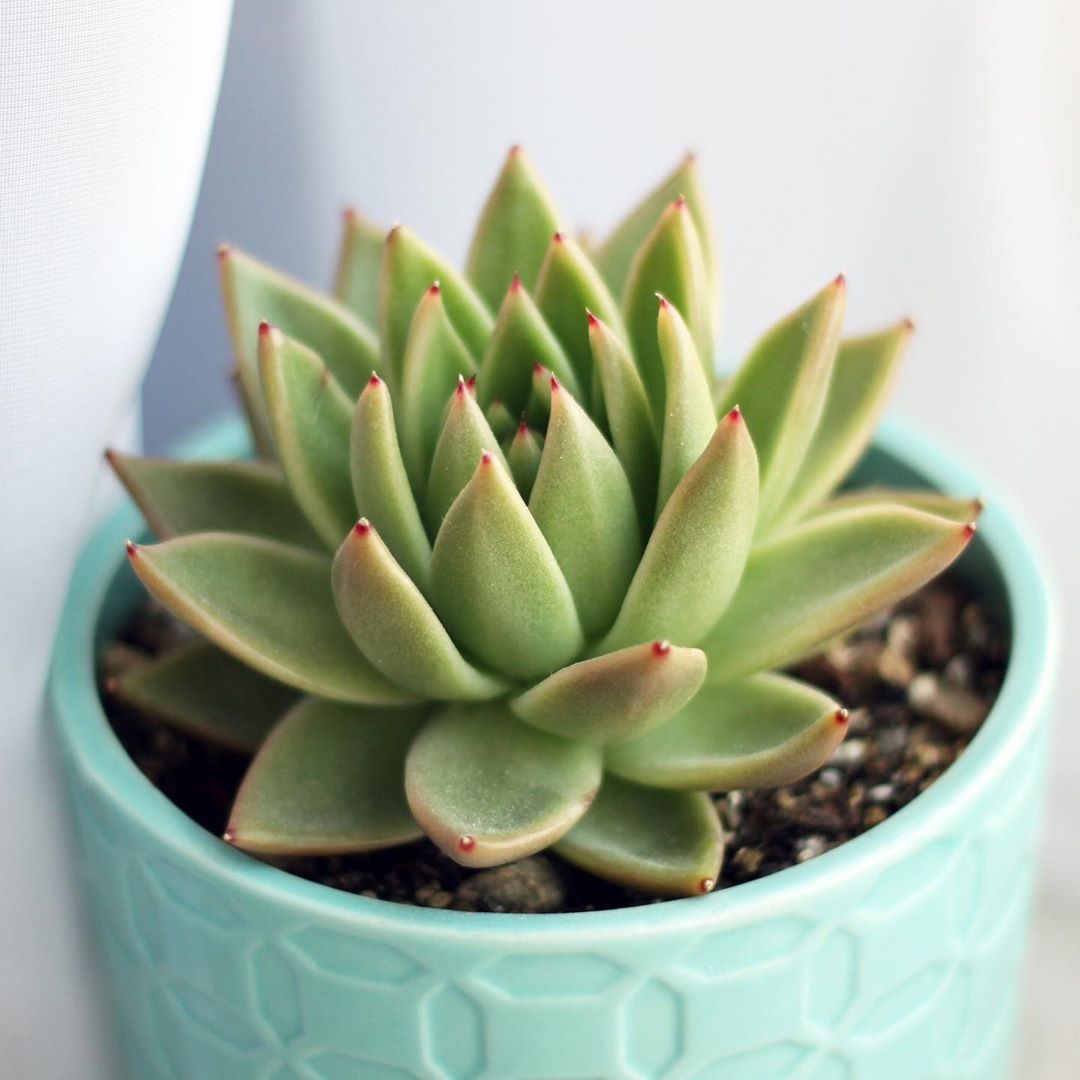
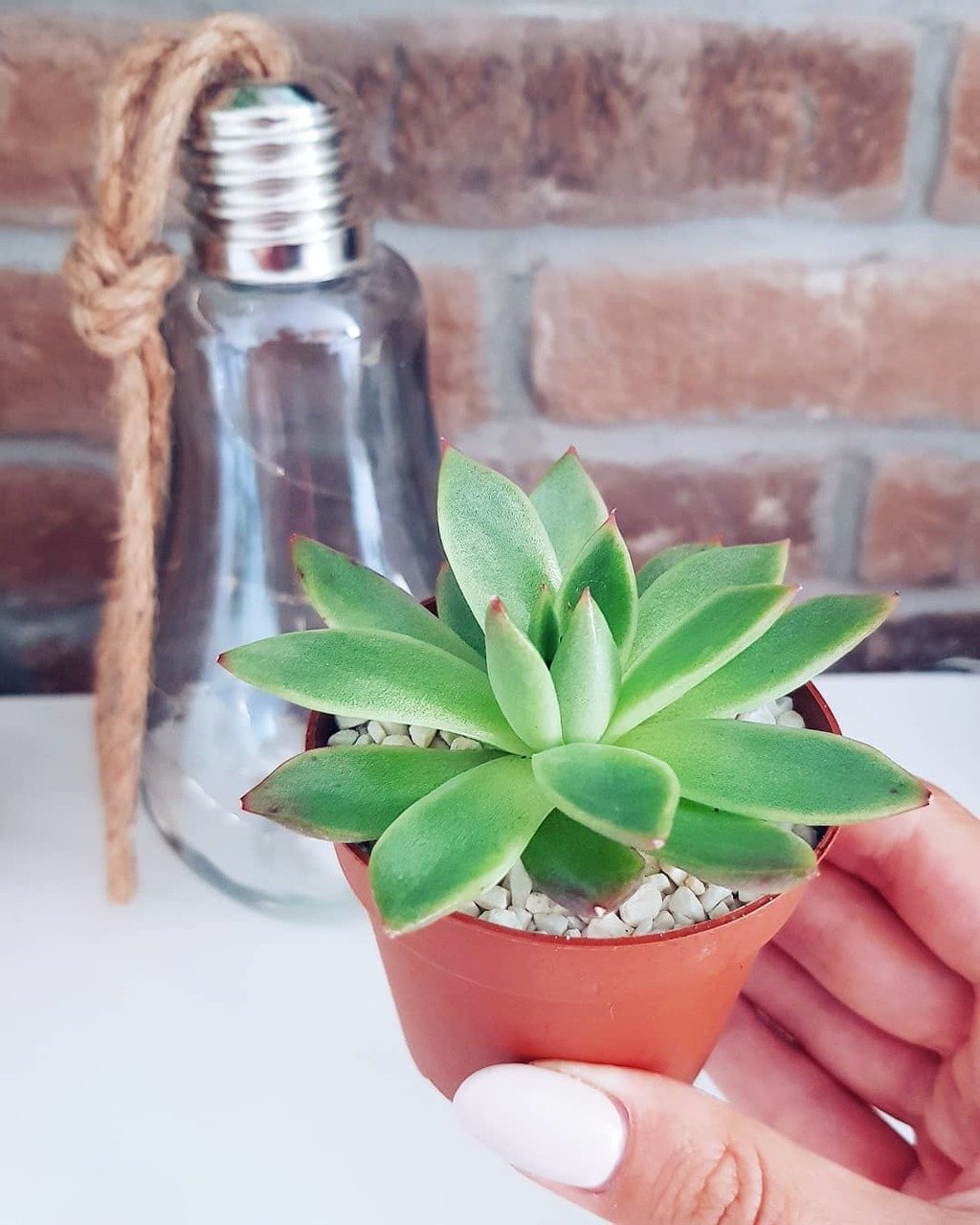
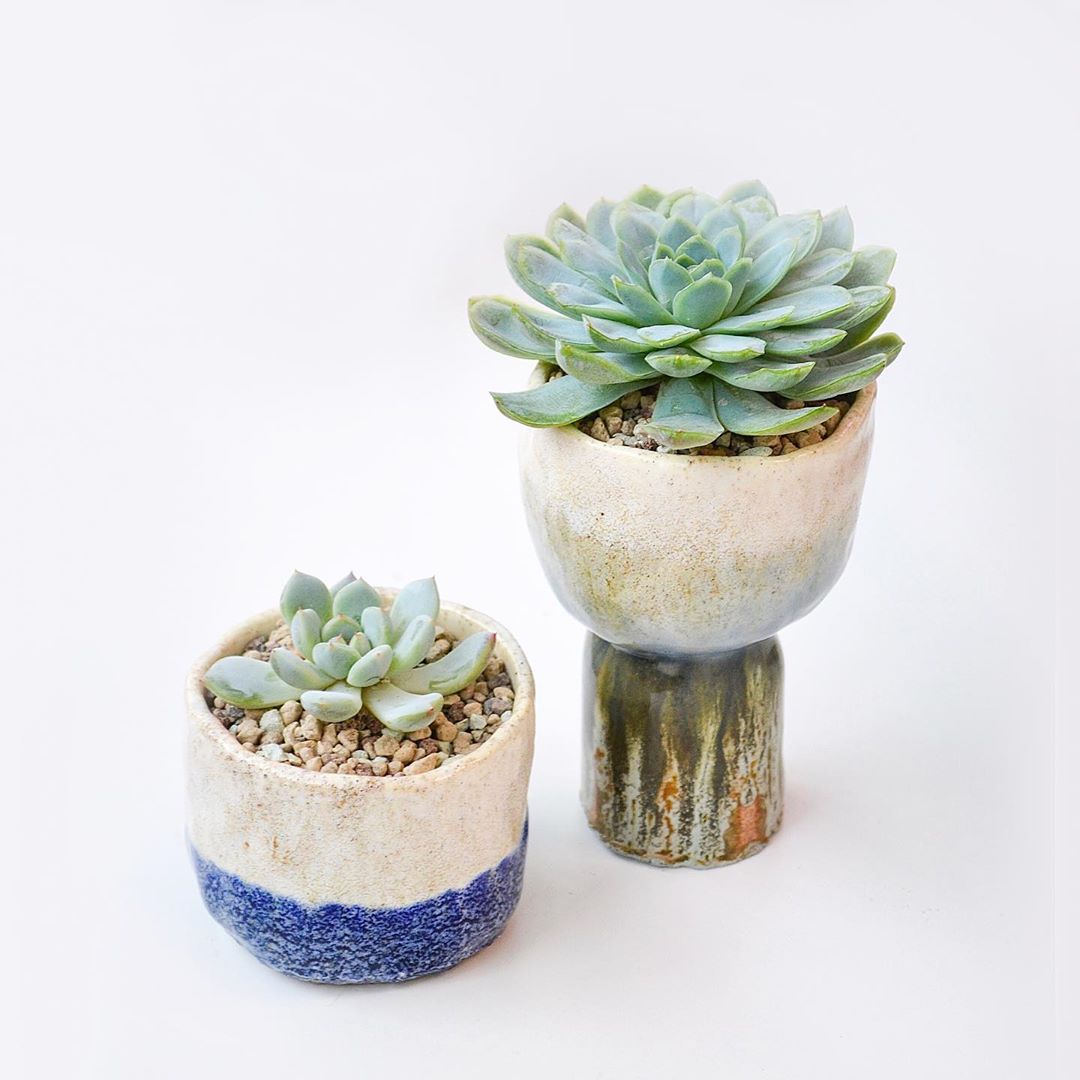










Haworthia
This succulent is a relative of aloe. South Africa is considered its homeland. The plant is characterized by thickened leaves of a dark green hue, which form a dense rosette on the soil surface. Types of havoritia can be with or without a stem. The edges of the plates are jagged and smooth. Convex white tubercles form on the surface of some species.
The plant sometimes grows side shoots bearing small, simple white flowers.
Main types of Haworthia:
- striped;
- drawn out;
- tortuous;
- sticky;
- scaphoid;
- pearl.
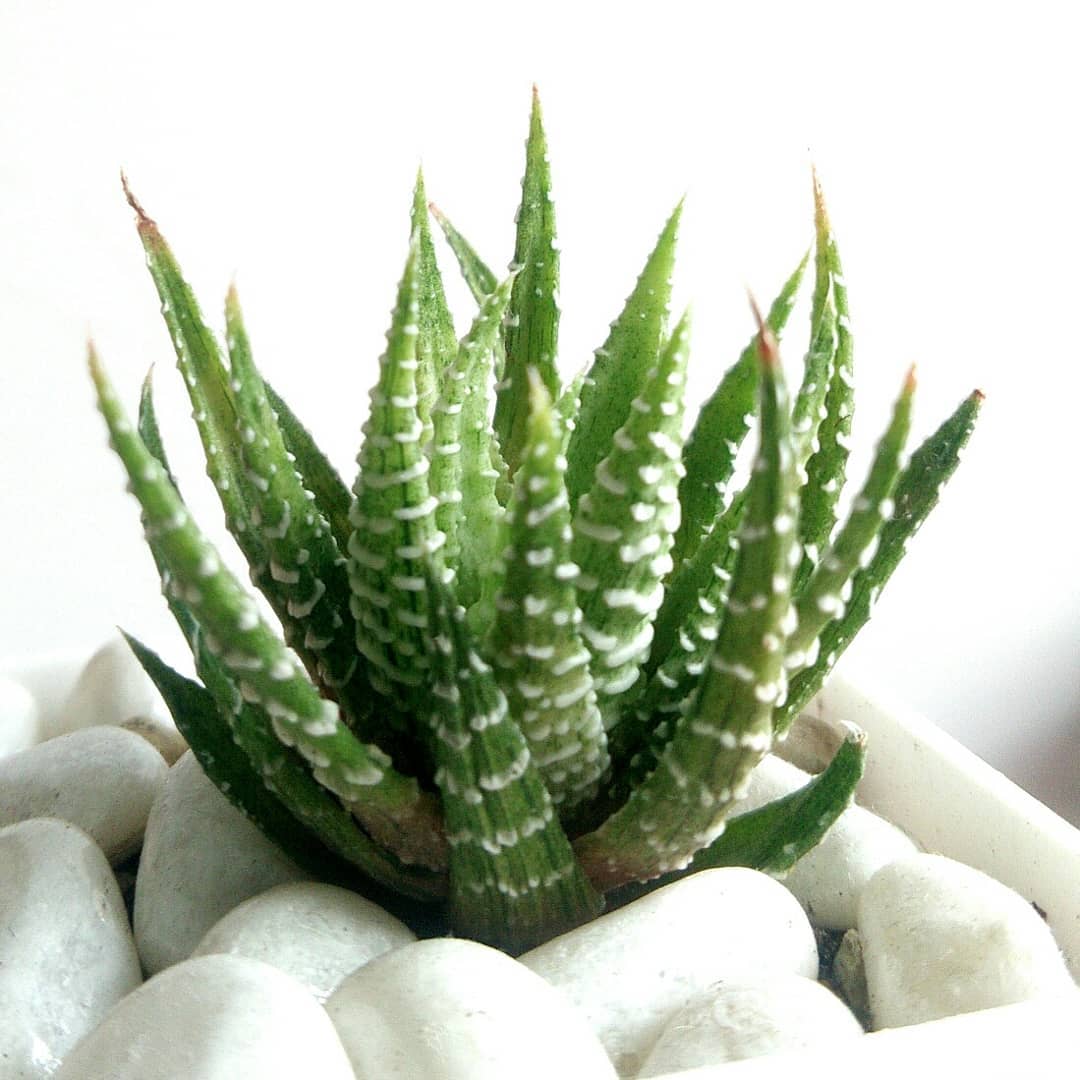
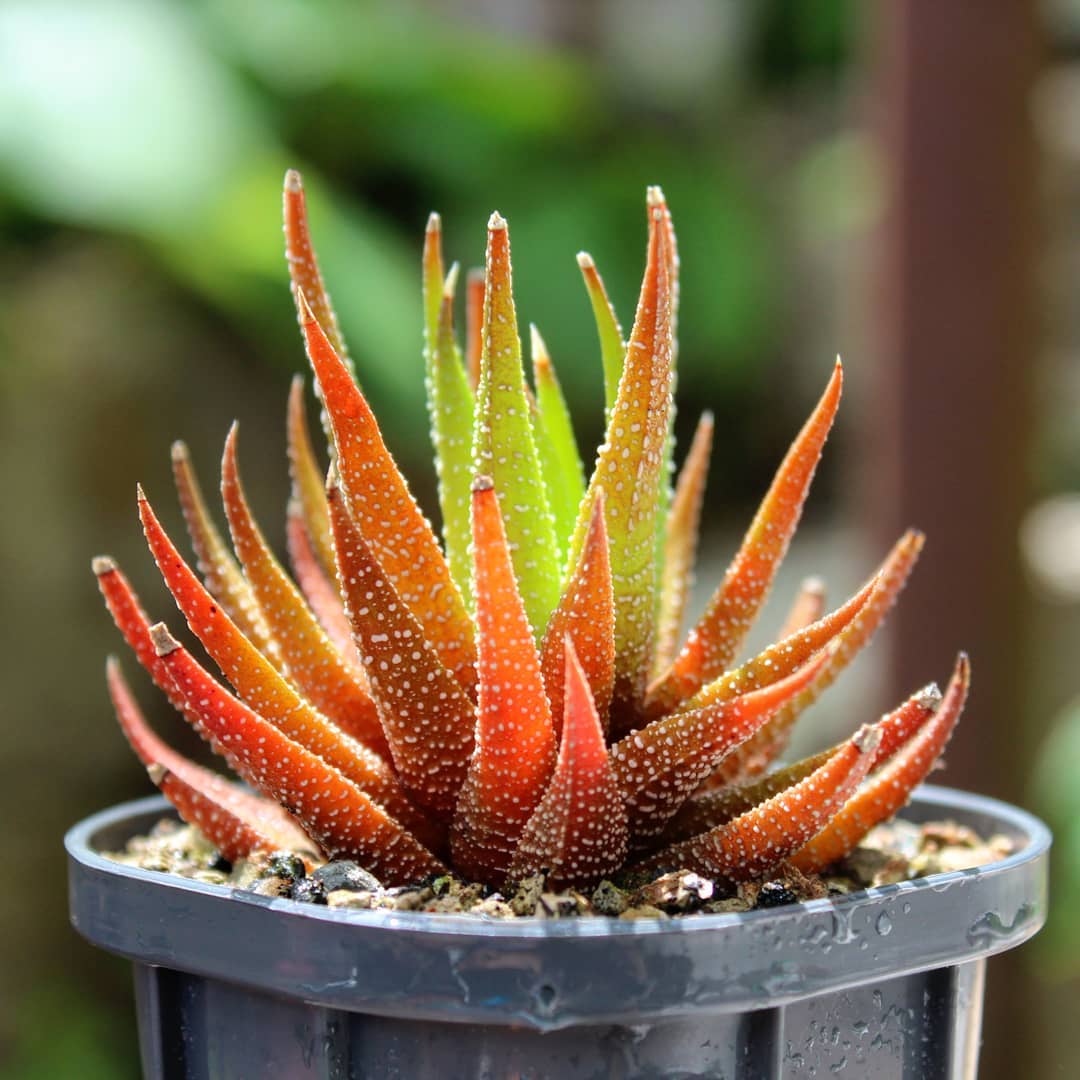
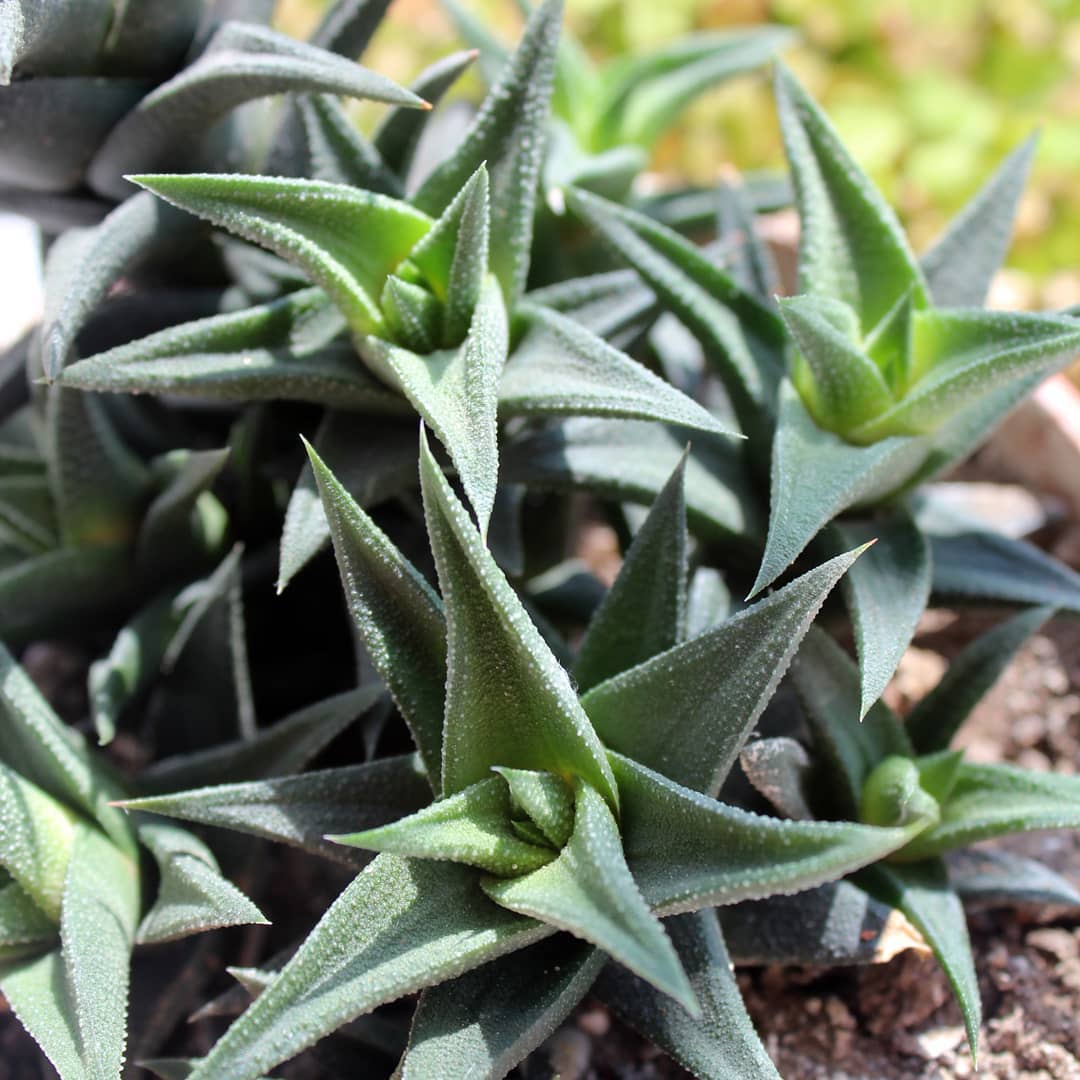
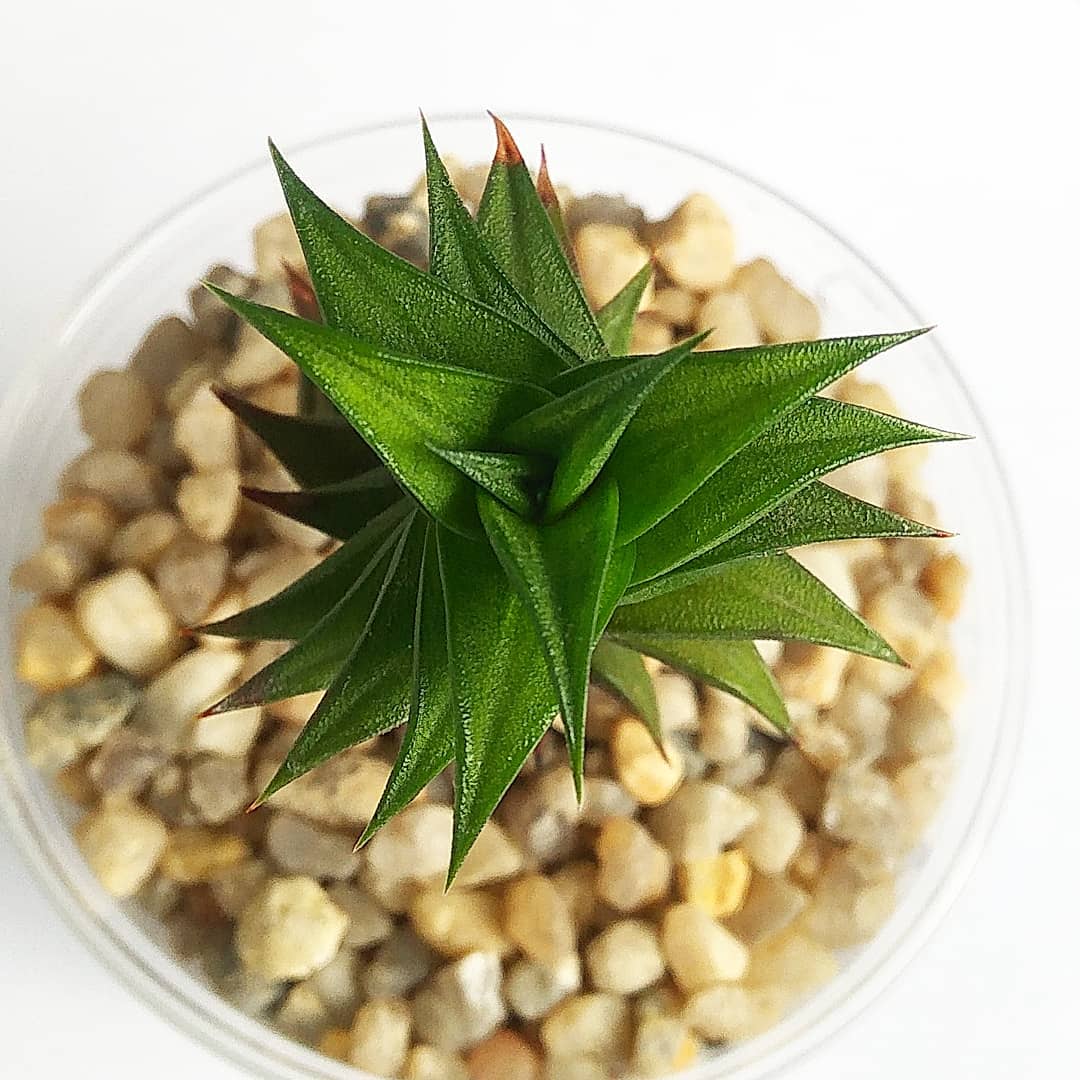
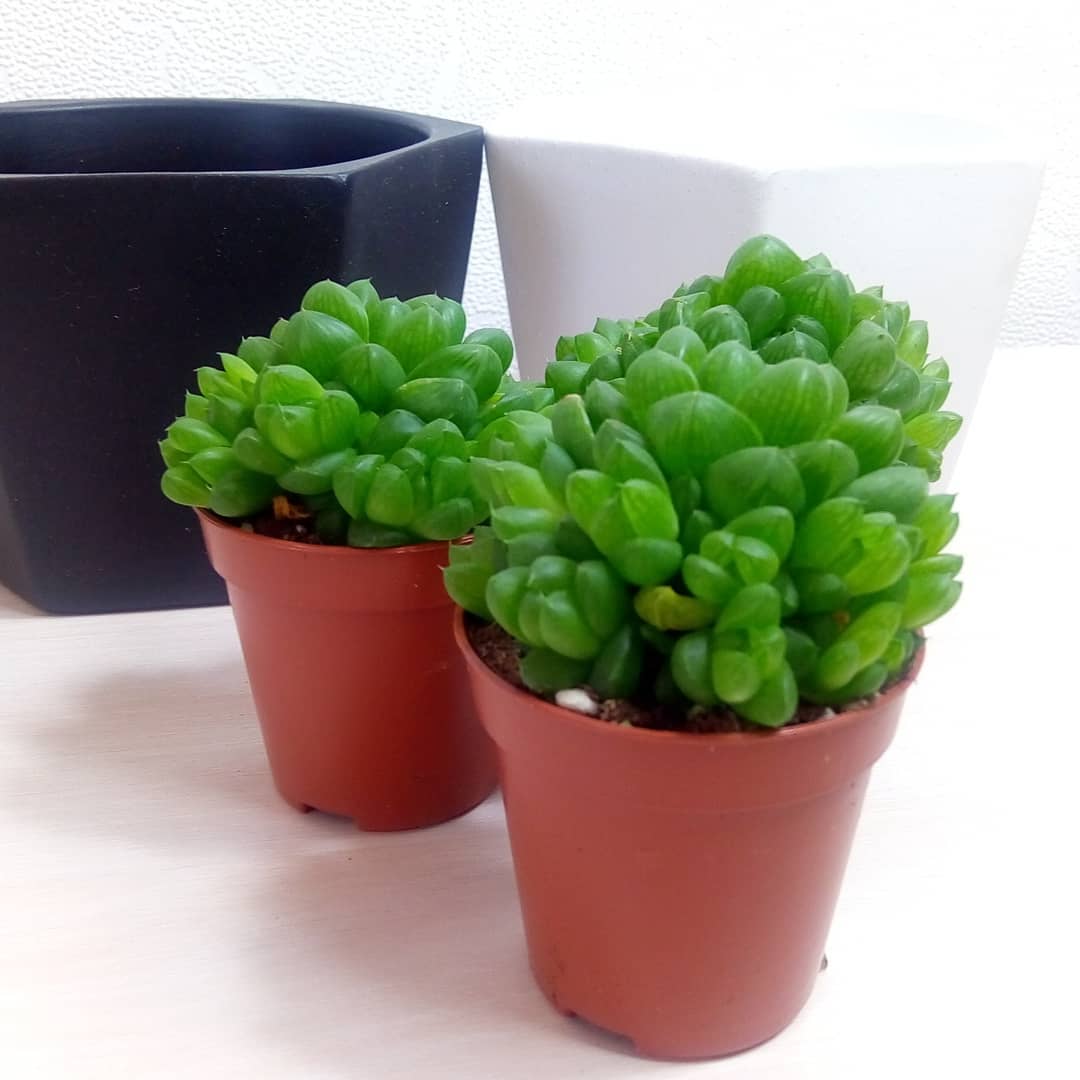
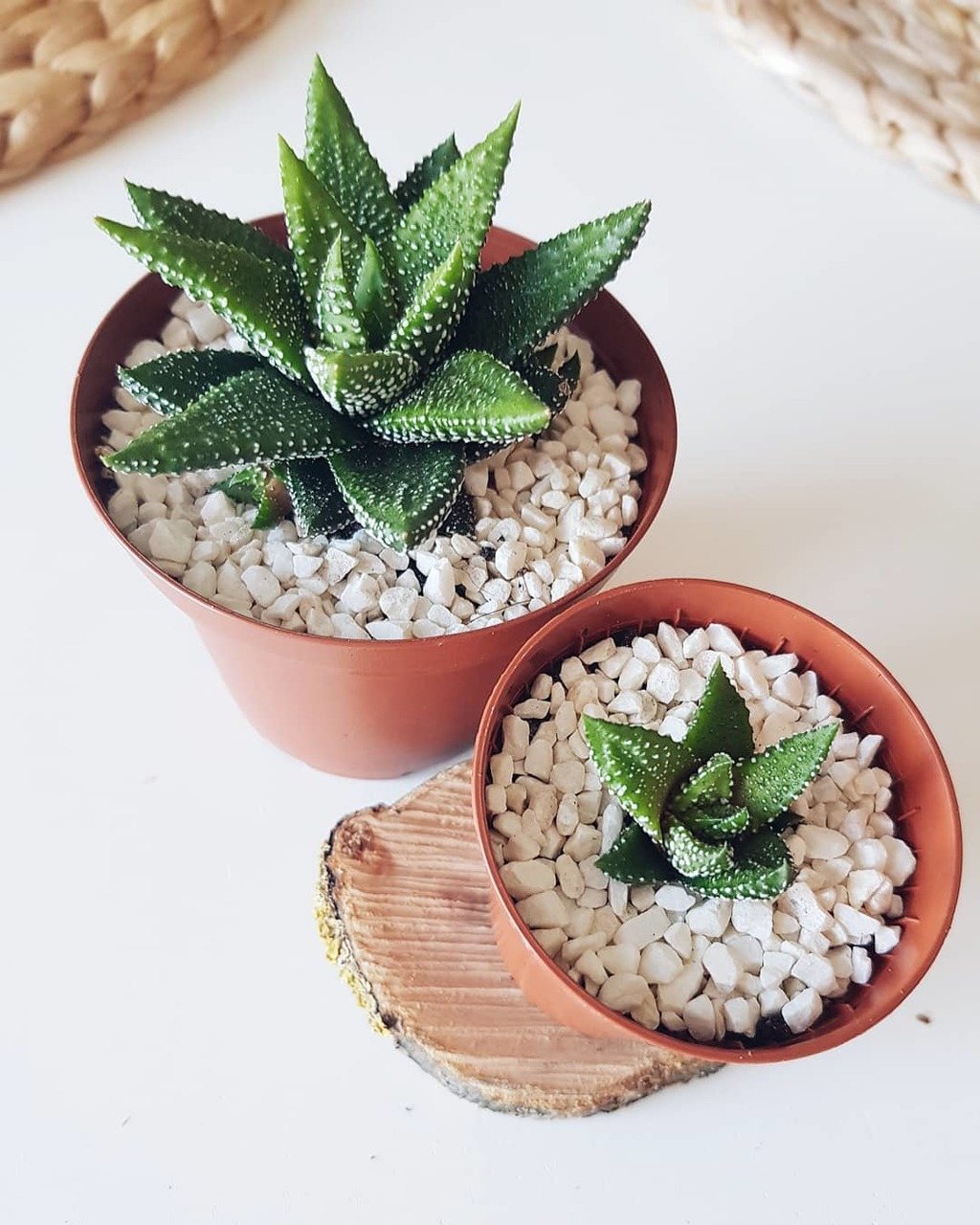

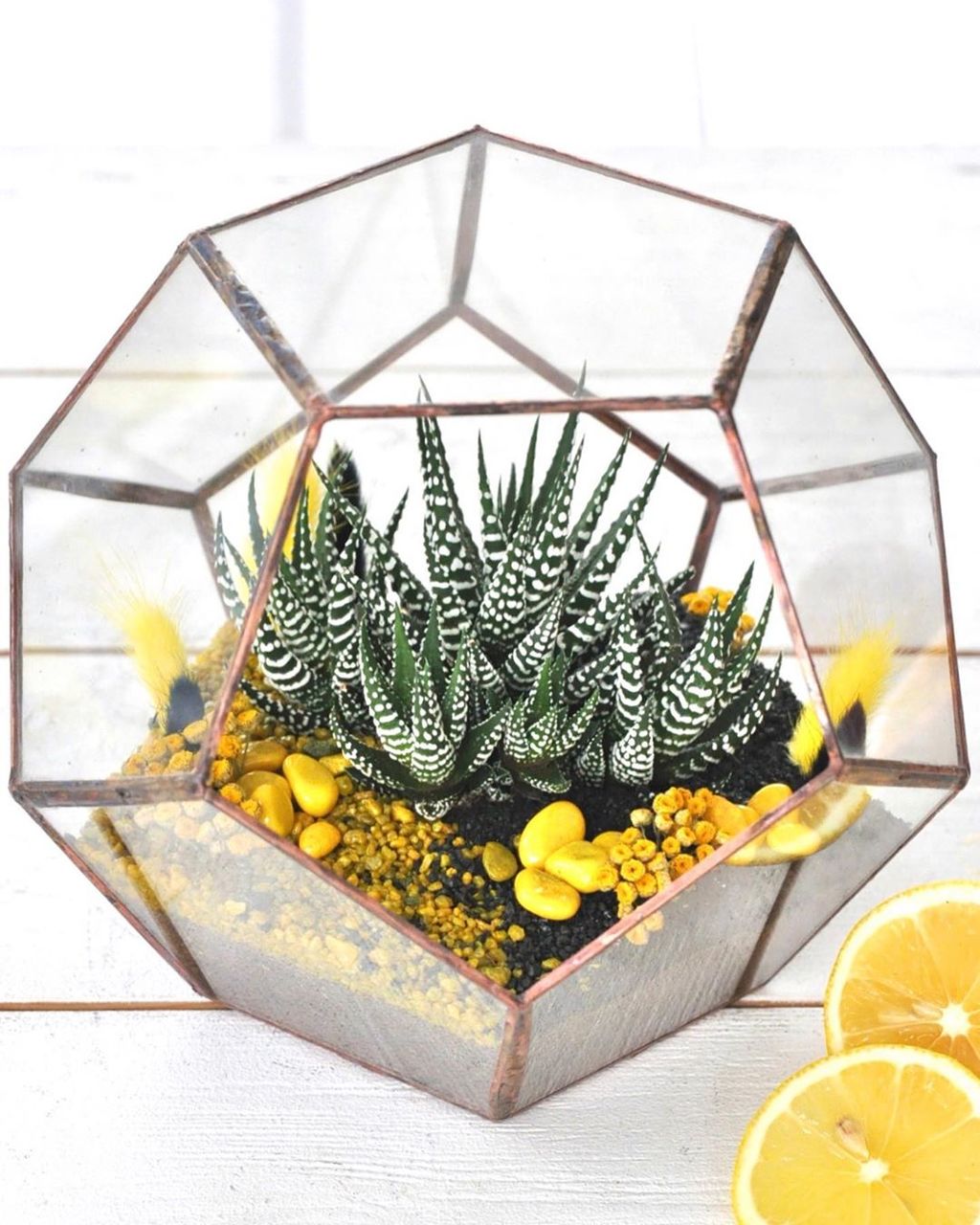
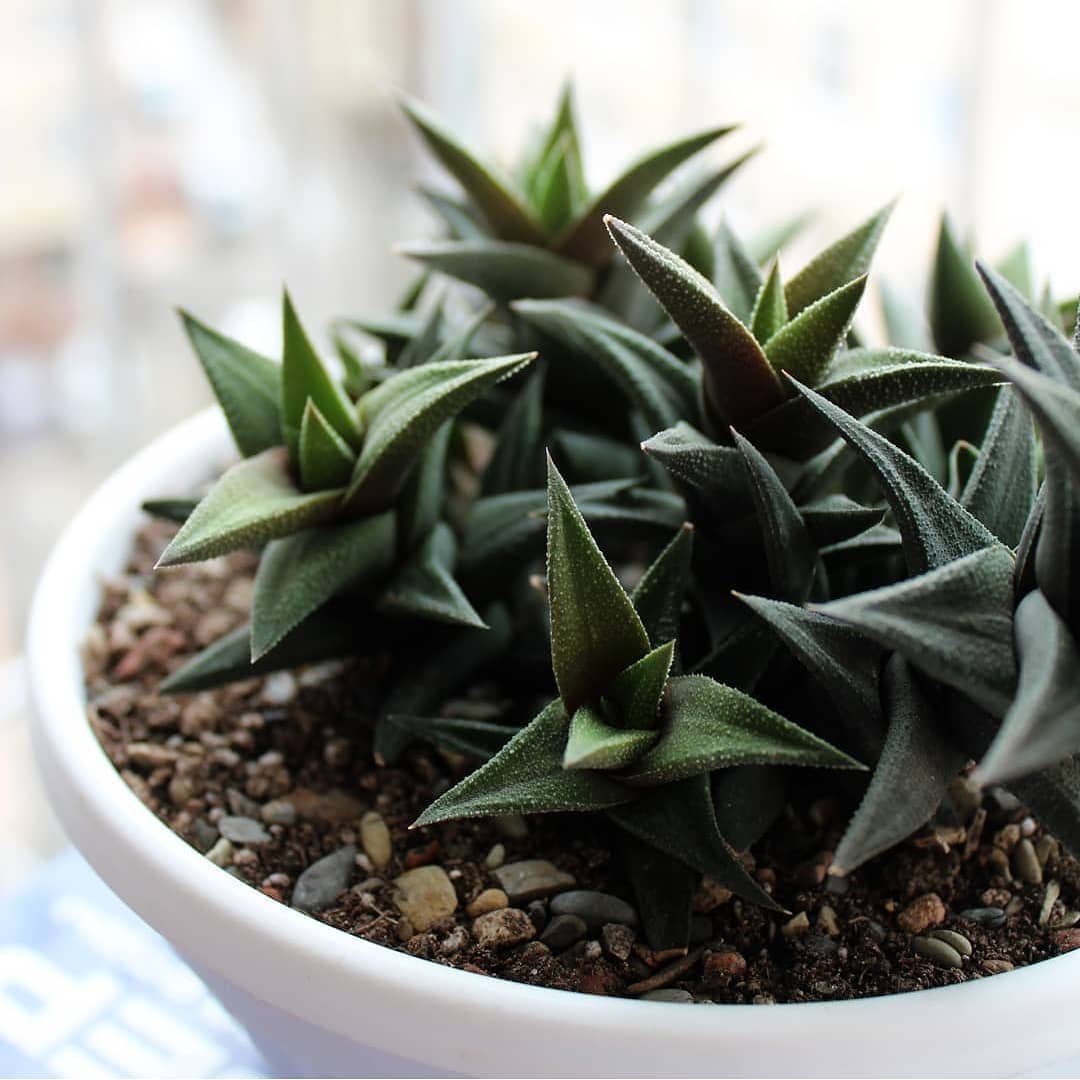
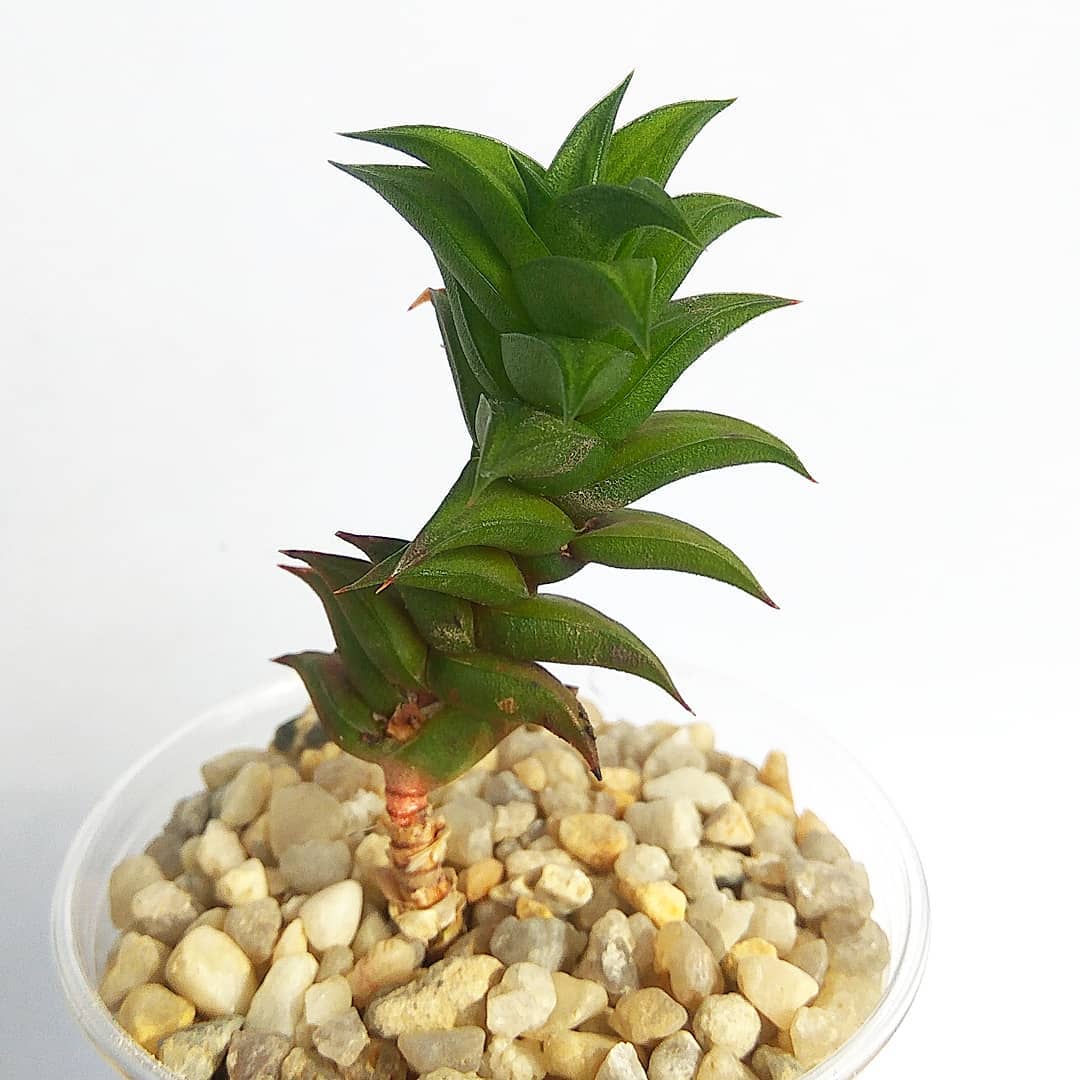










Crassula
This succulent is also called the “money tree” because its leaves are shaped like coins. They are located opposite on thick shoots. The shade of the plates can be light or dark green. There may be a reddish border along the edge.
Krasulla grows in the form of a tree with a spherical crown. Flowers form in the axils of the leaves. Petal color: white, cream, pinkish, yellow. Flowering occurs in October-November and lasts 2-3 months. Annual growth is 1-15 cm.At home it blooms at the age of 7-8 years.
Common types of Crassula:
- Ovoid;
- Ovata minor;
- Hobbit;
- tetrahedral;
- Rosette;
- Cooper;
- Buddha Temple.
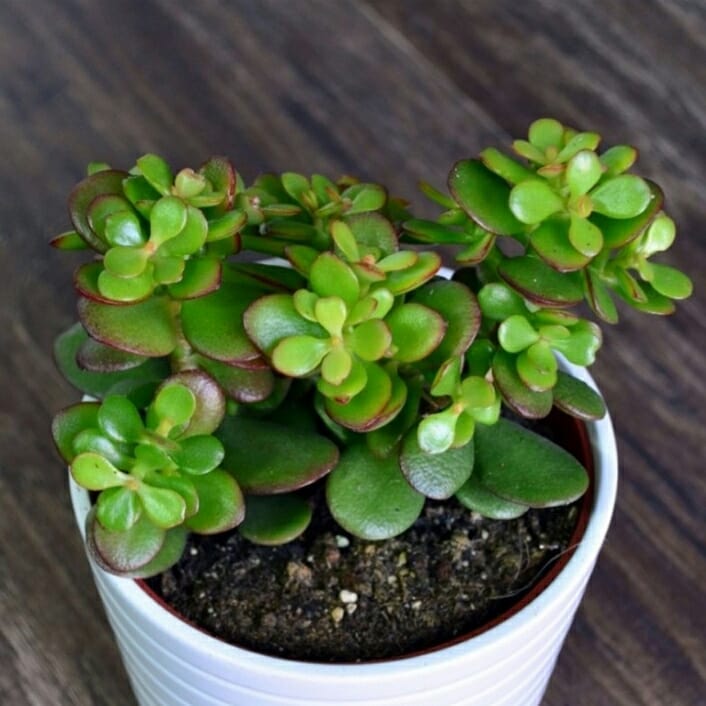
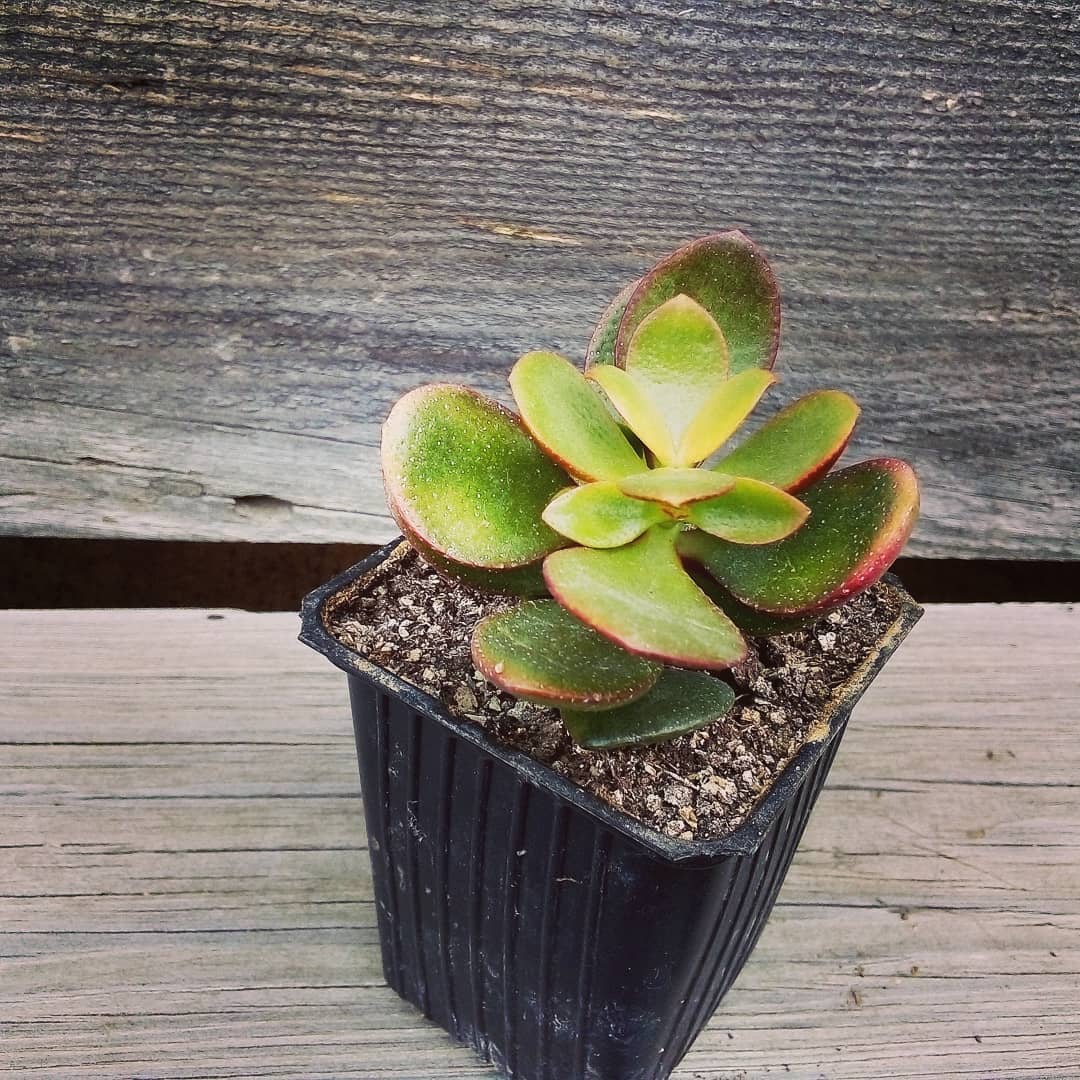
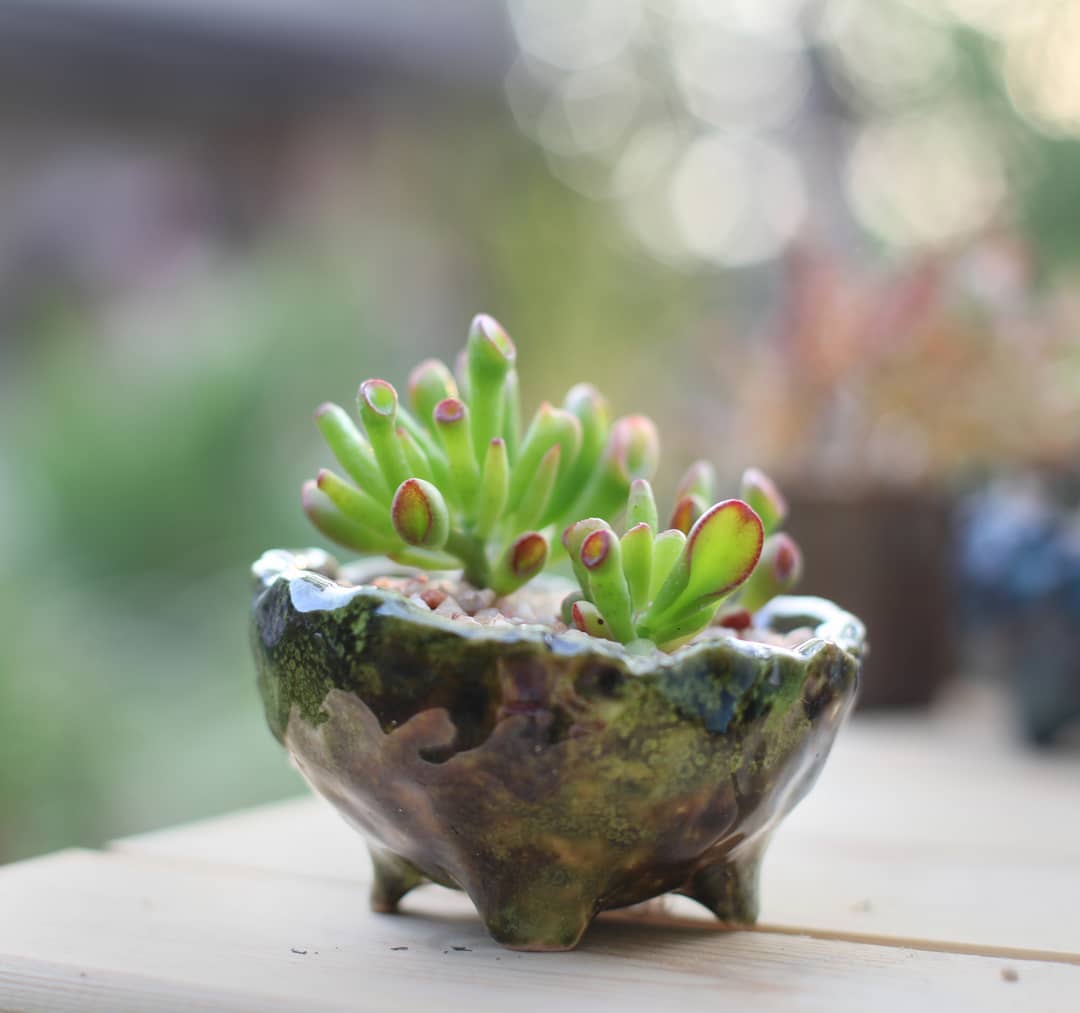

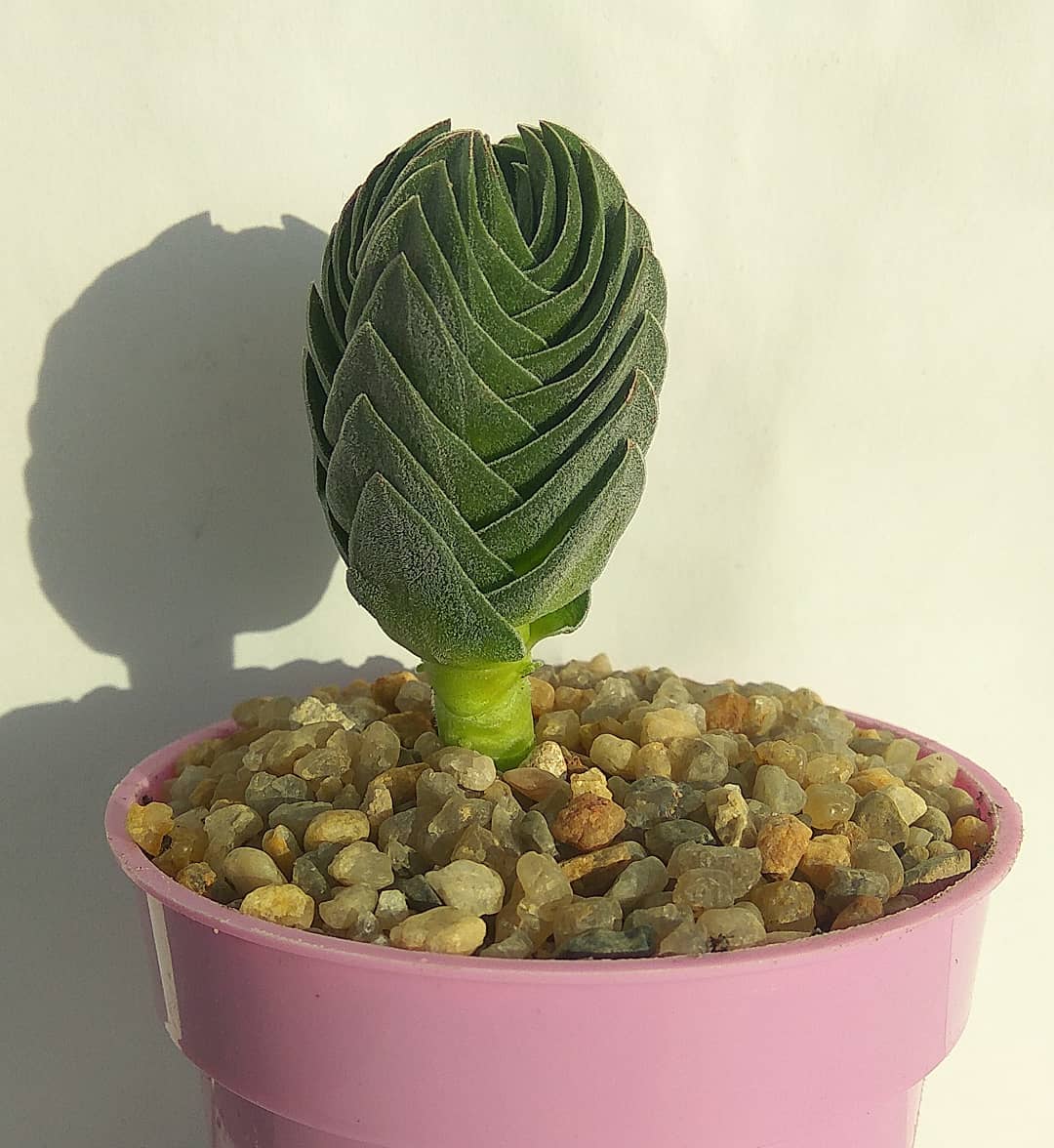
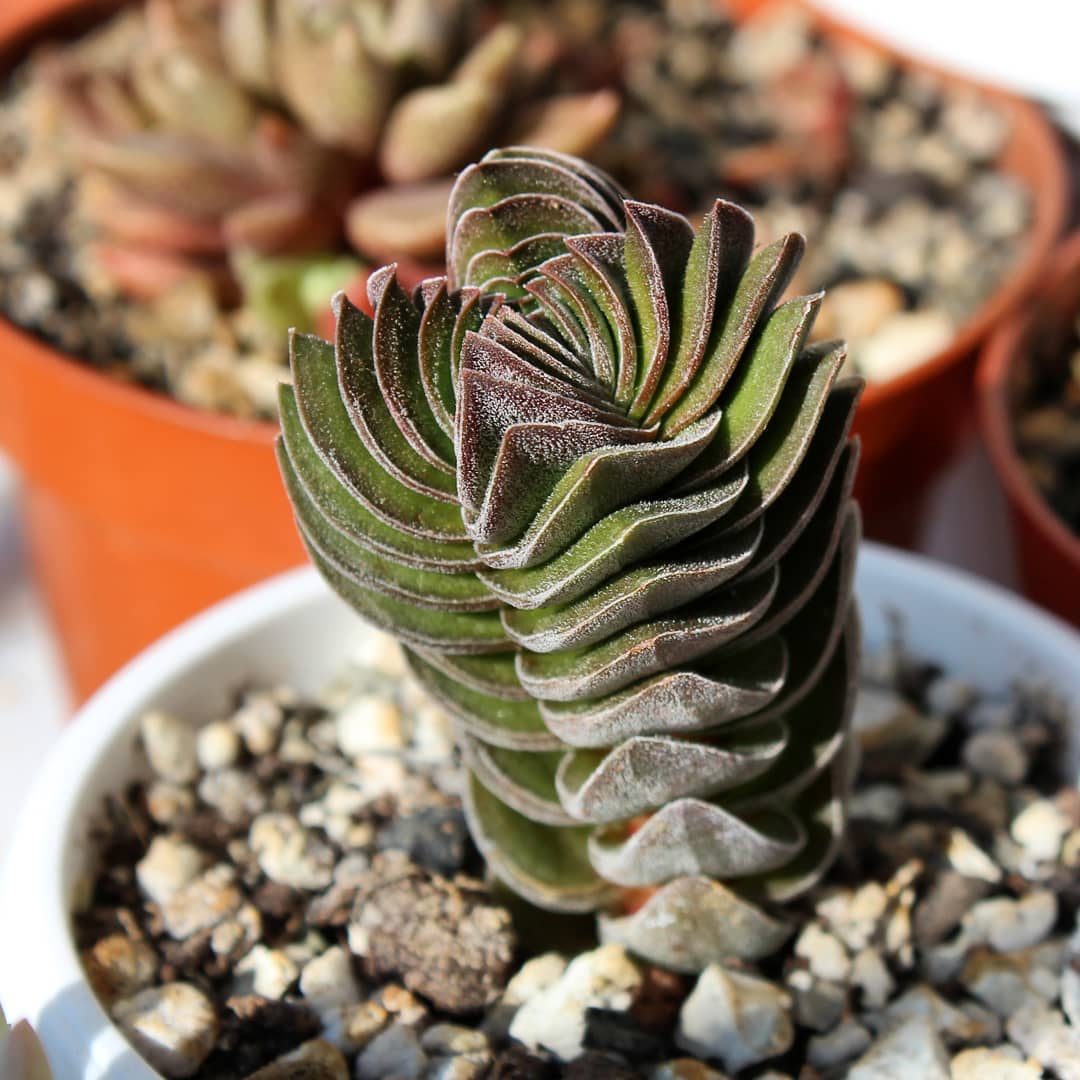
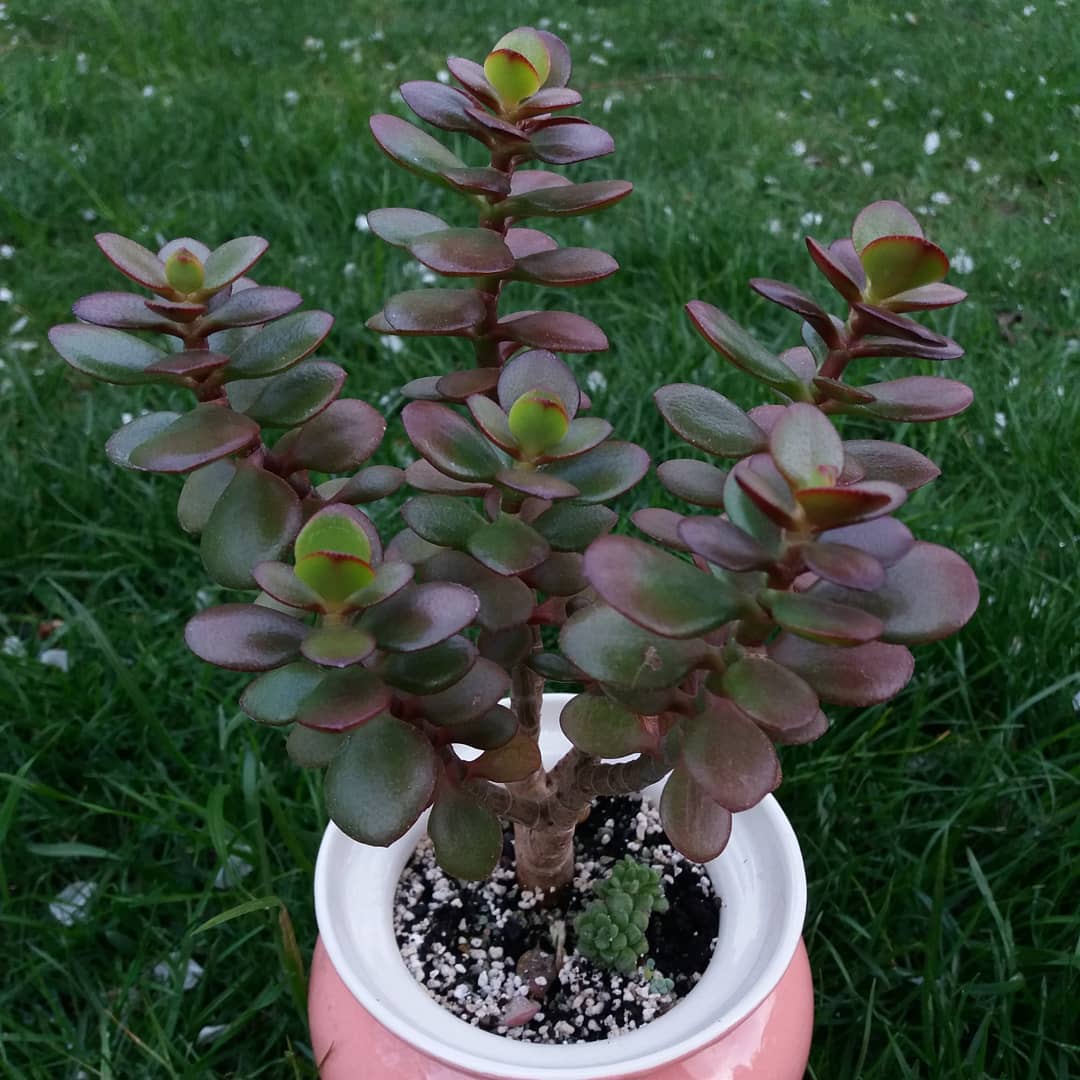
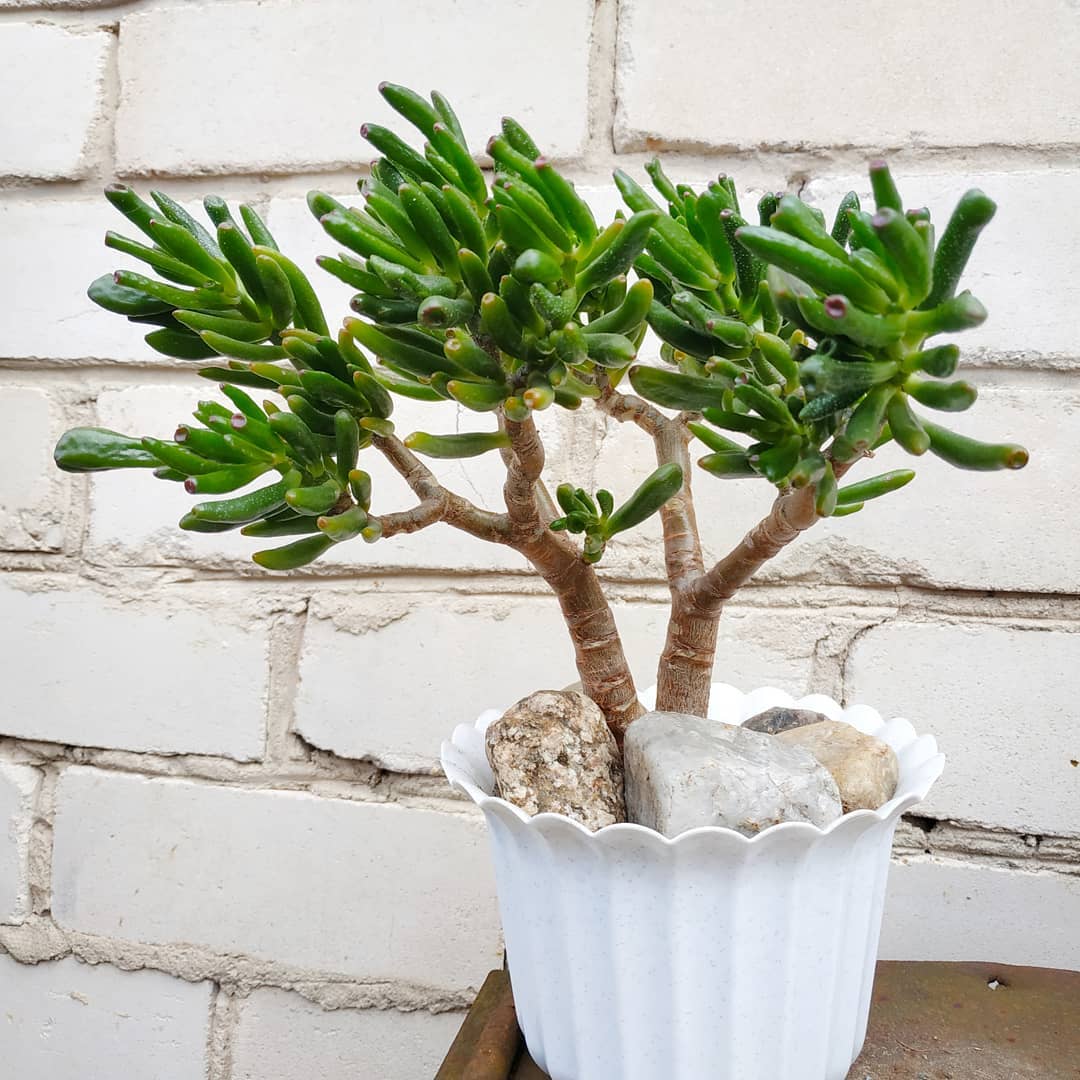
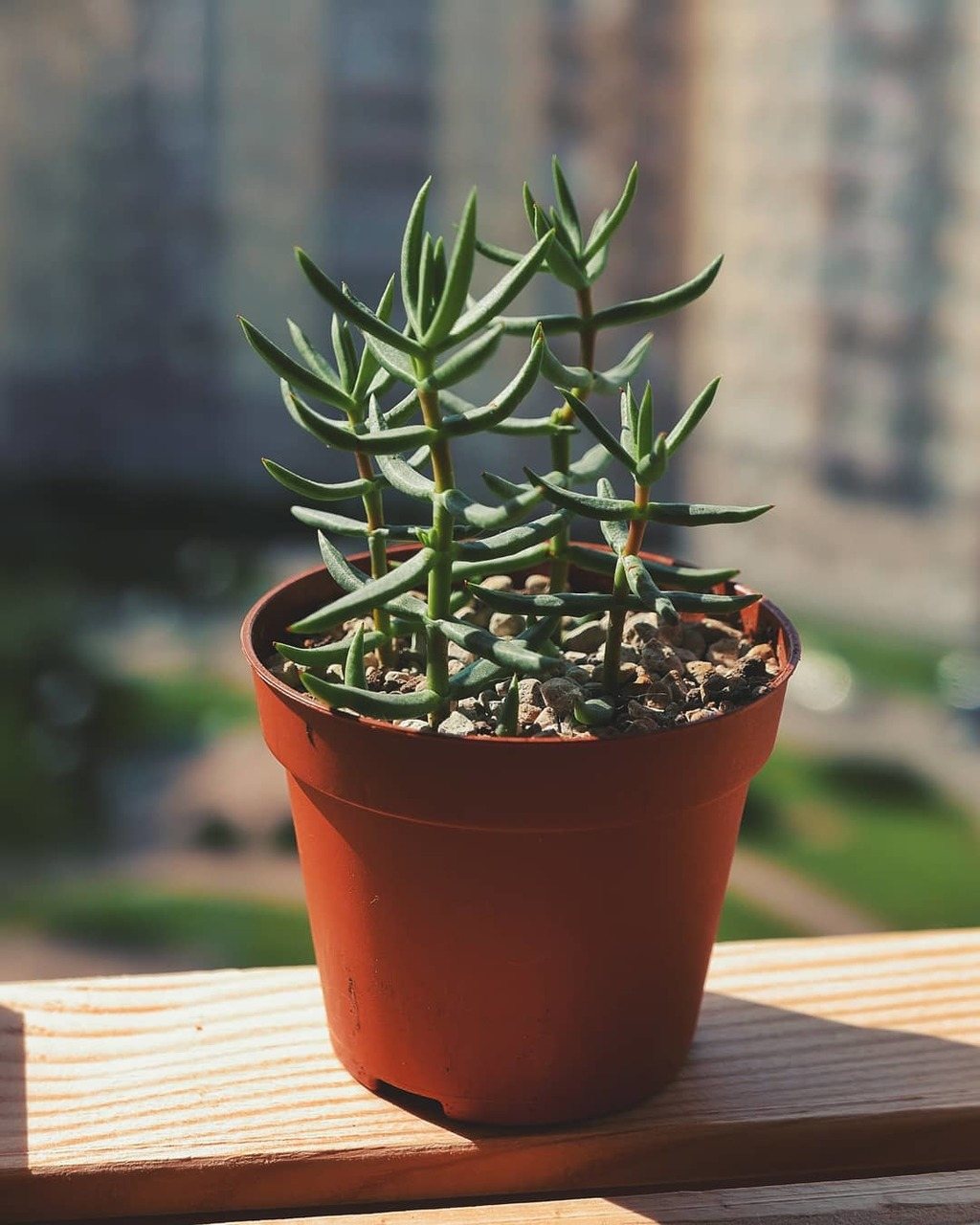
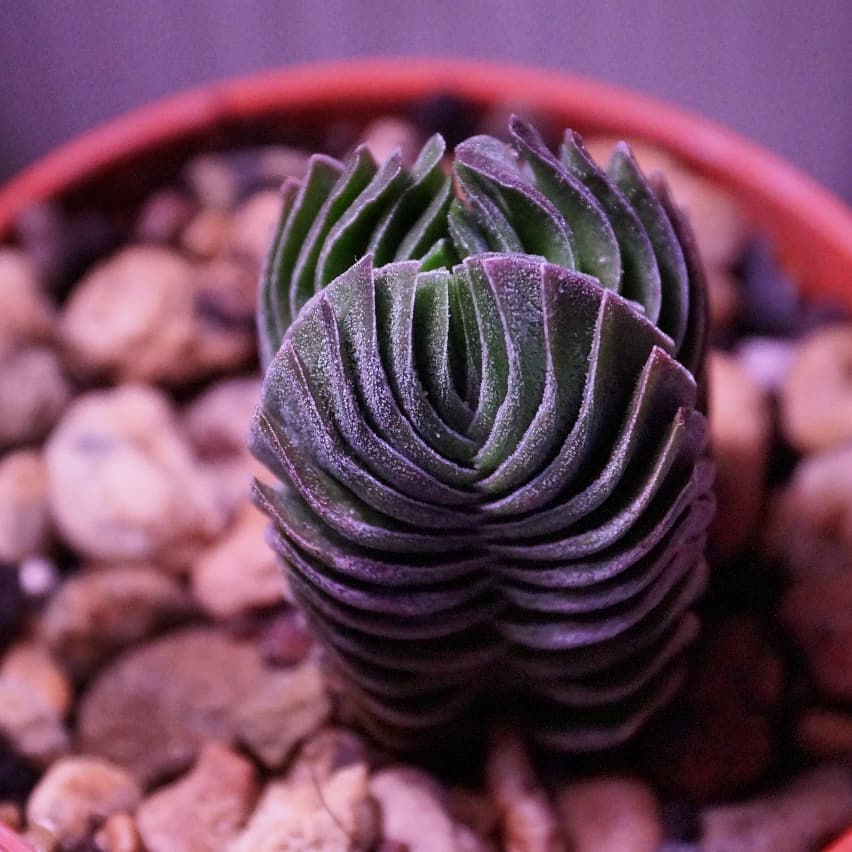










Sedum
A heat-loving variety of sedum. The plant's homeland is considered to be Central and South America. Sedum has long, branching stems, so the plant can be grown in hanging pots. But there are also species that grow as a basal rosette with a short stem.
Sedum leaves have the shape of needles, elongated balls or cylinders. Their color can be green, blue, cream, golden, purple. The shade of sedum leaves can change depending on the intensity of light. The buds of a succulent appear from the axils of the leaves. Flowering is short-lived.
Common types:
- thick-leaved;
- red-colored;
- Siebold;
- bent;
- subulate;
- Weinberg;
- Mexican.
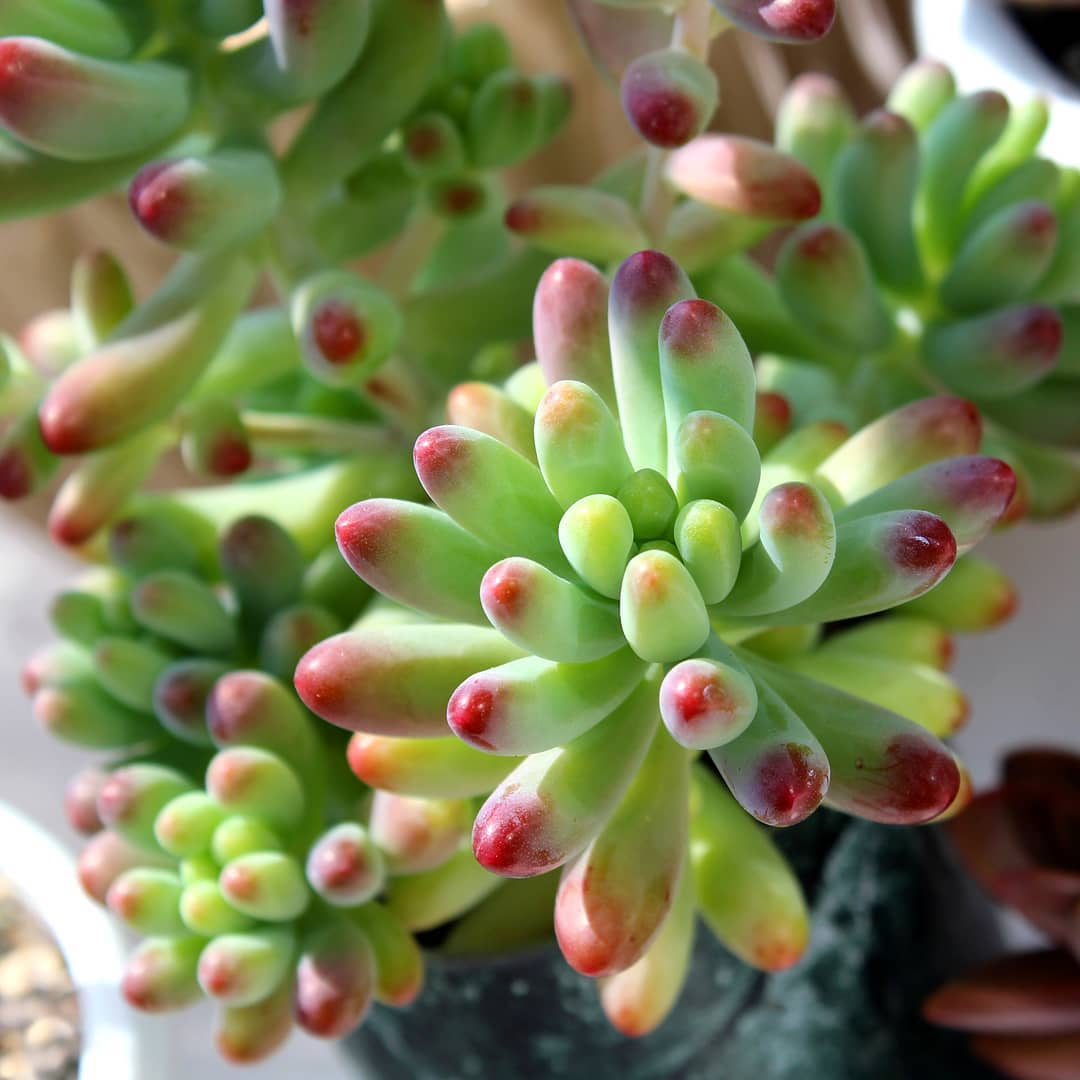
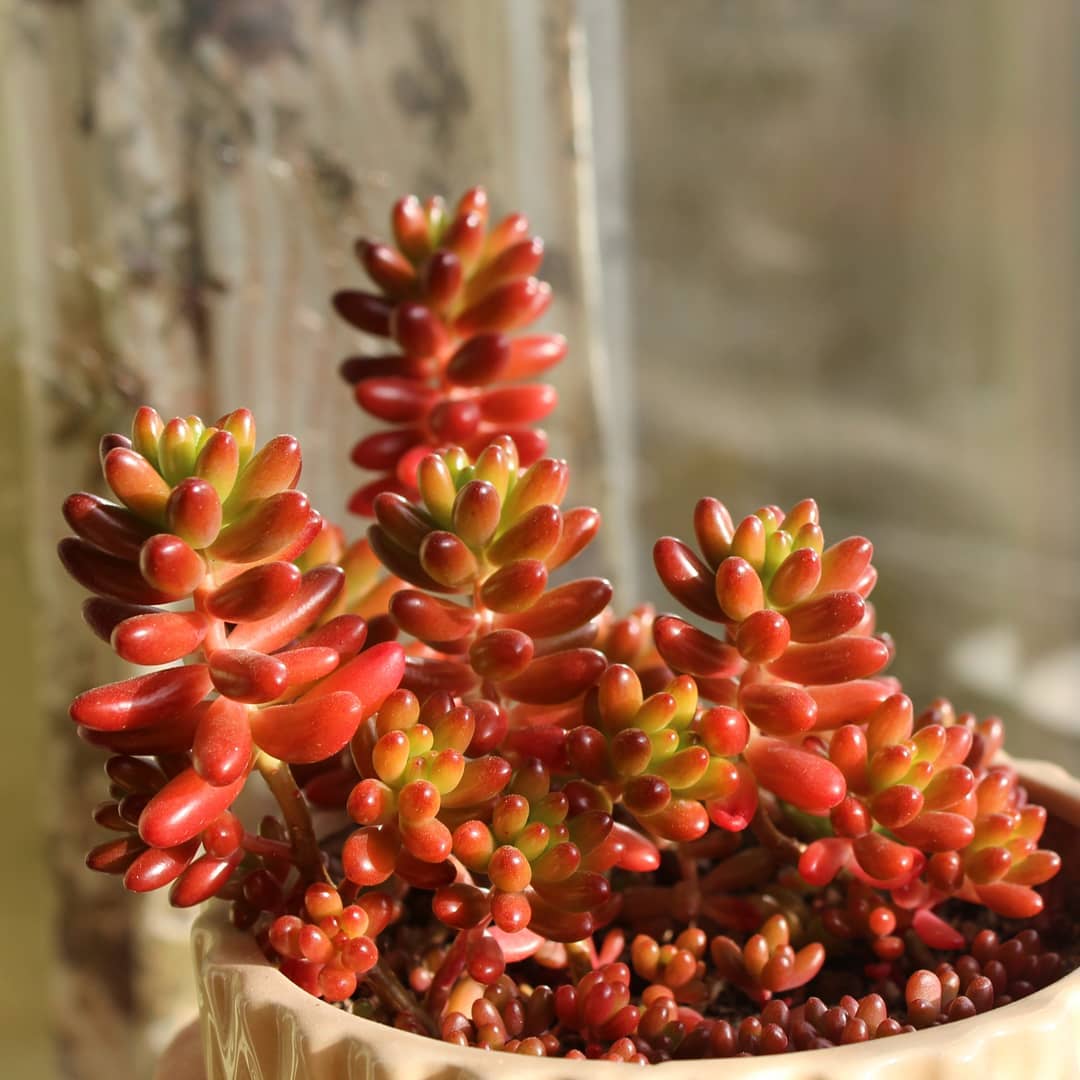
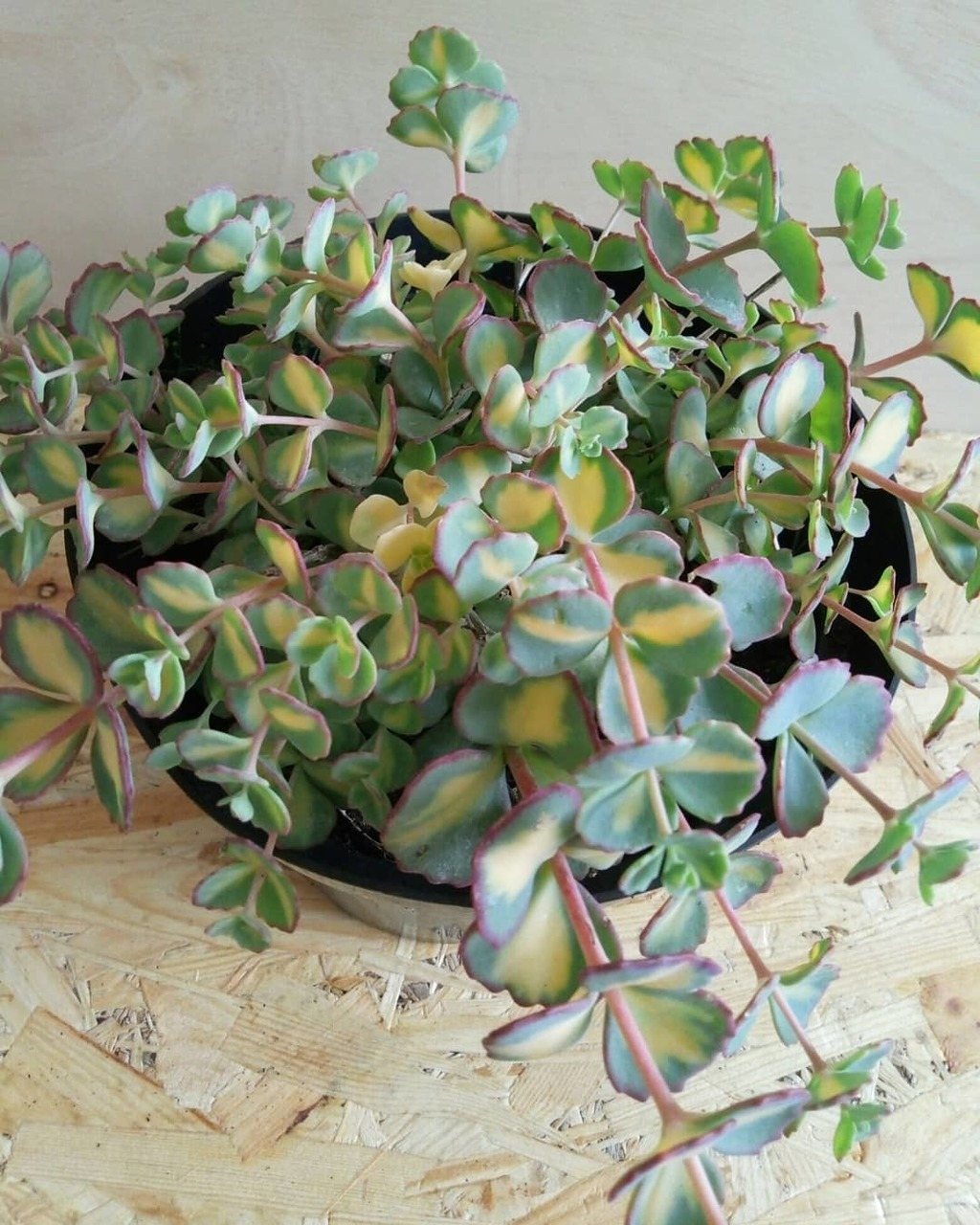
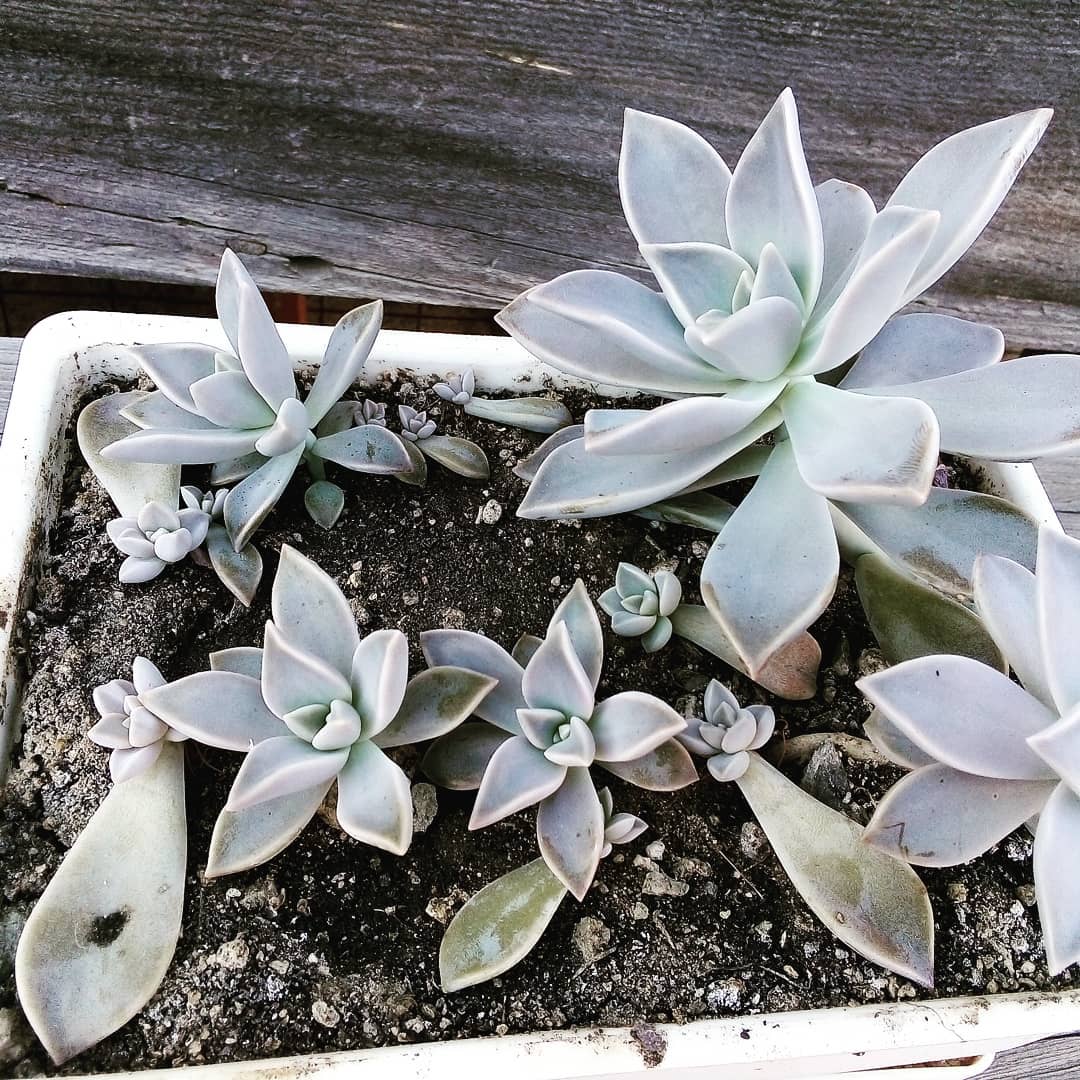
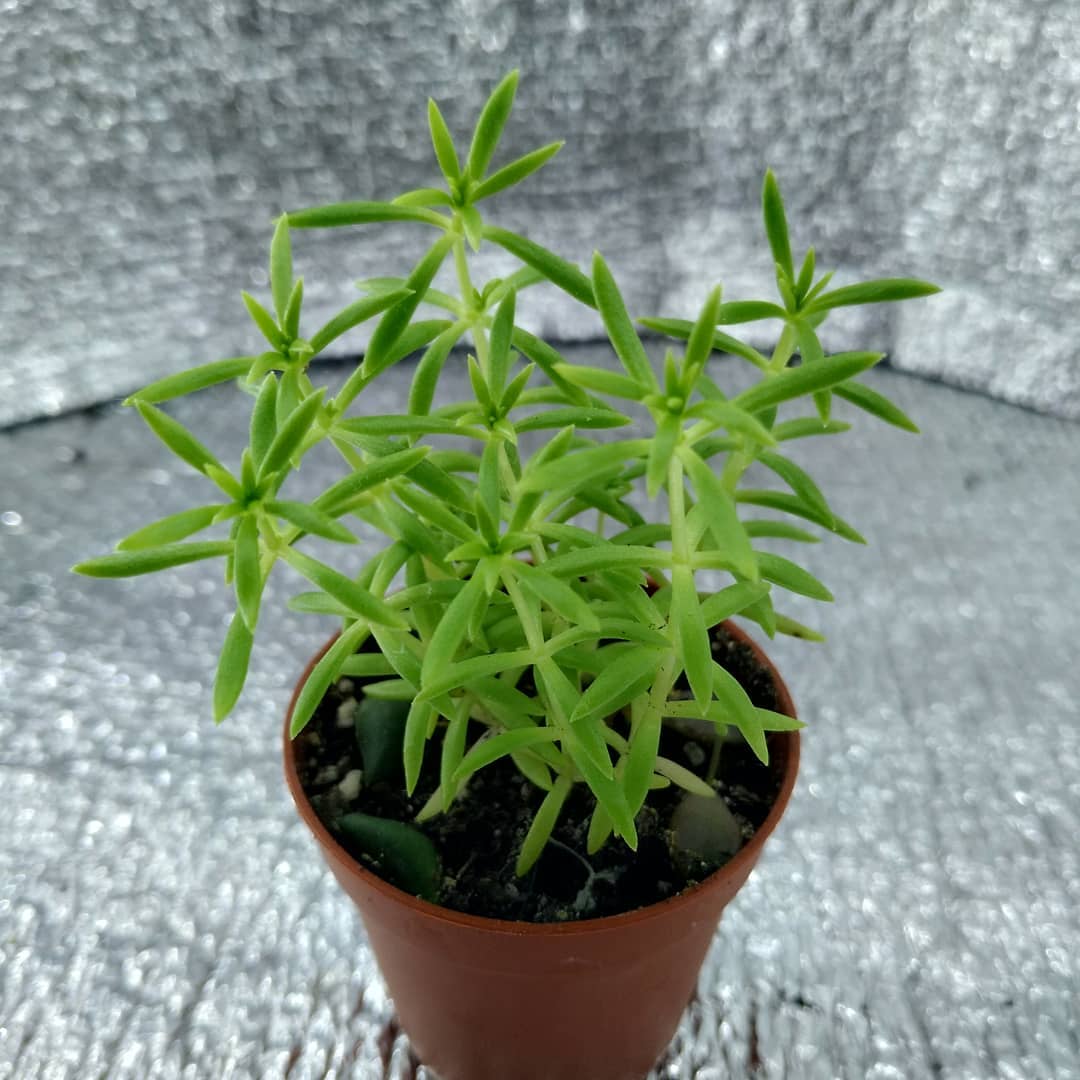
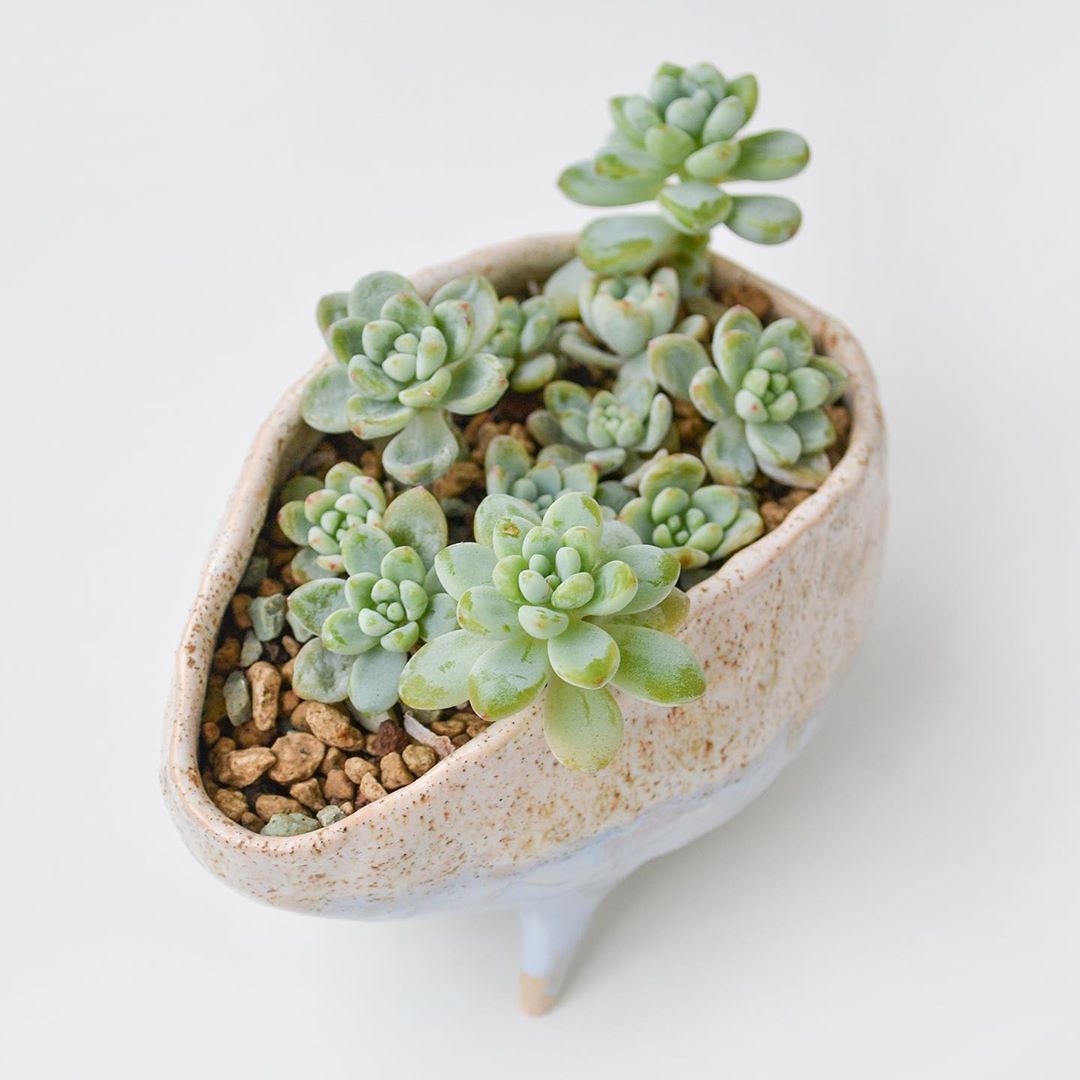
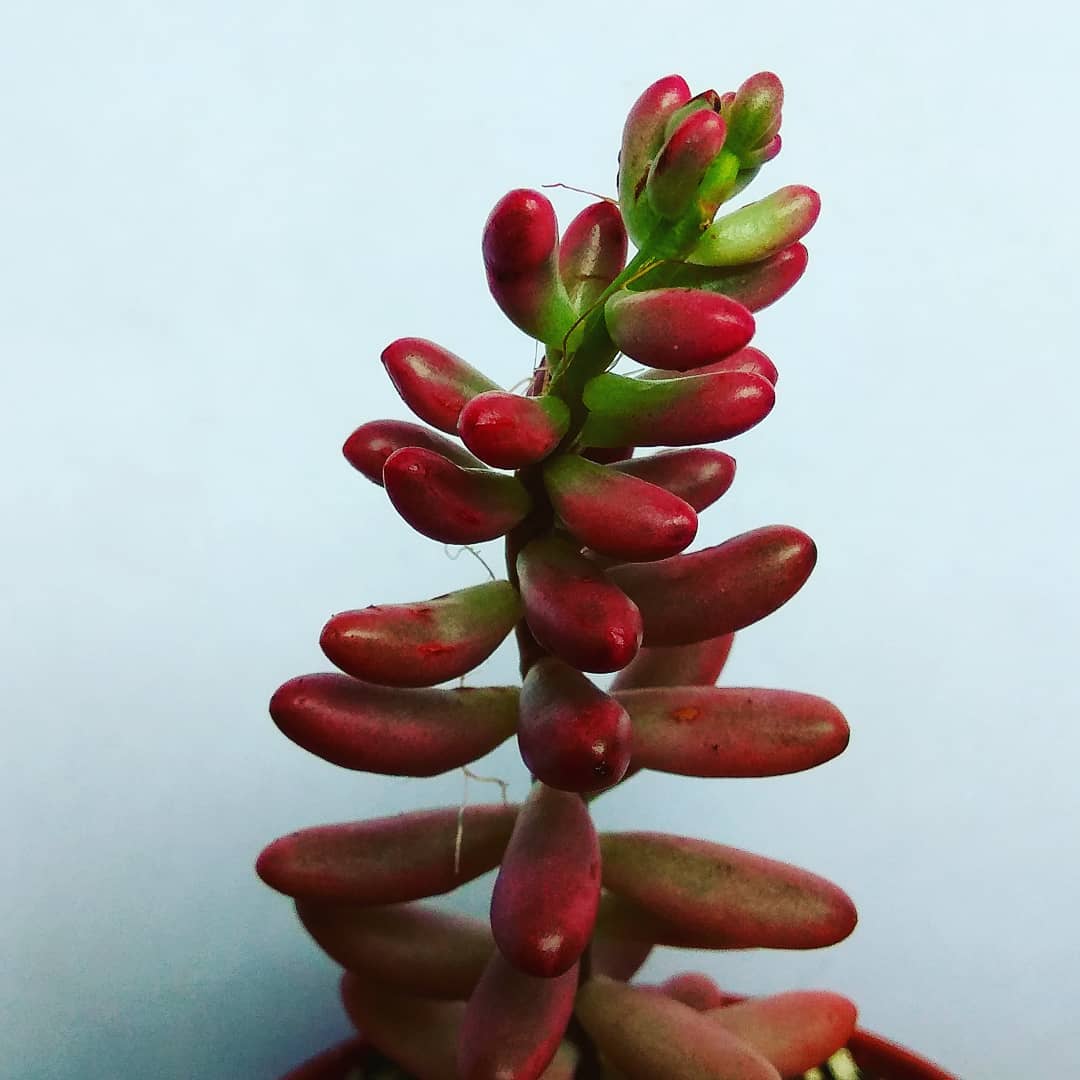
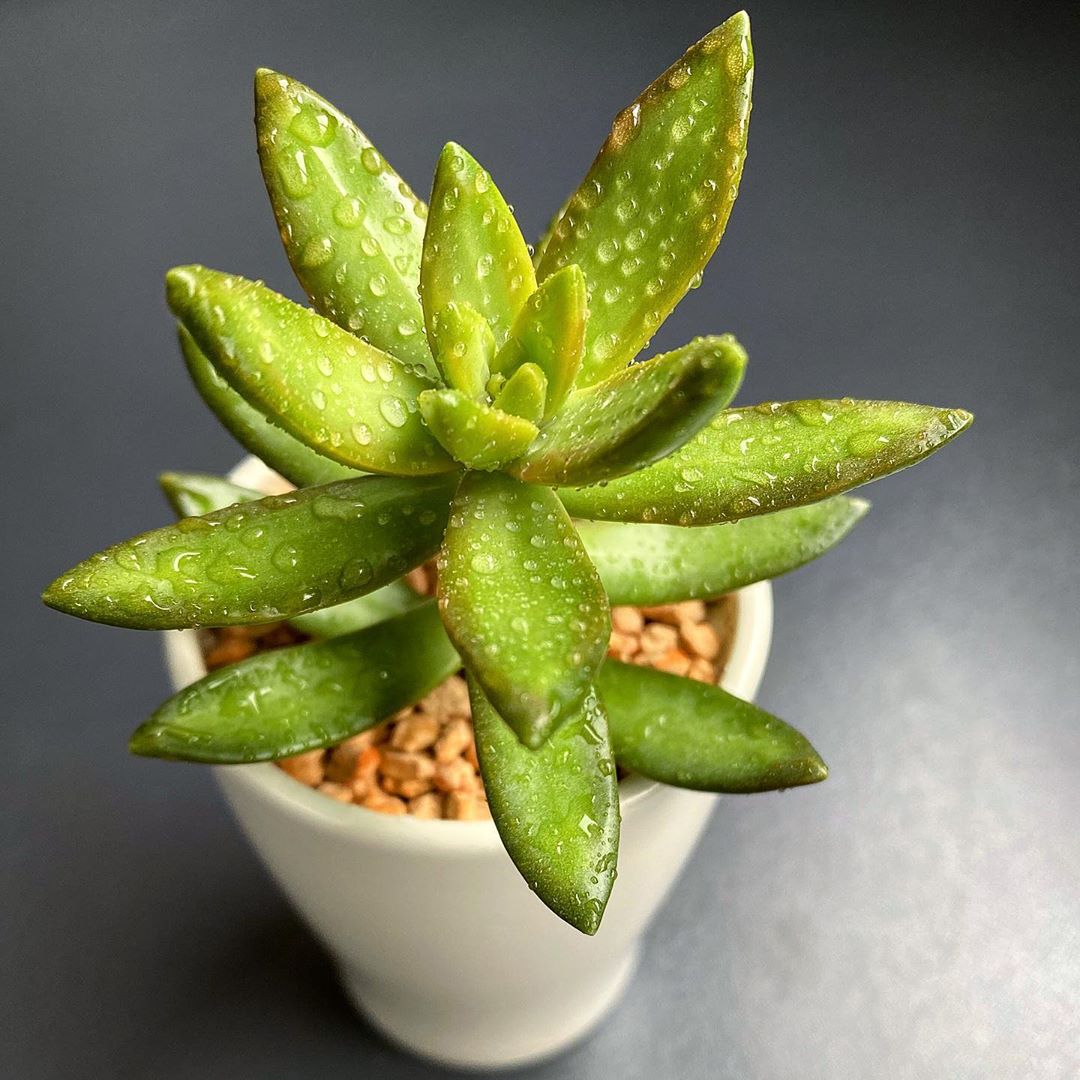
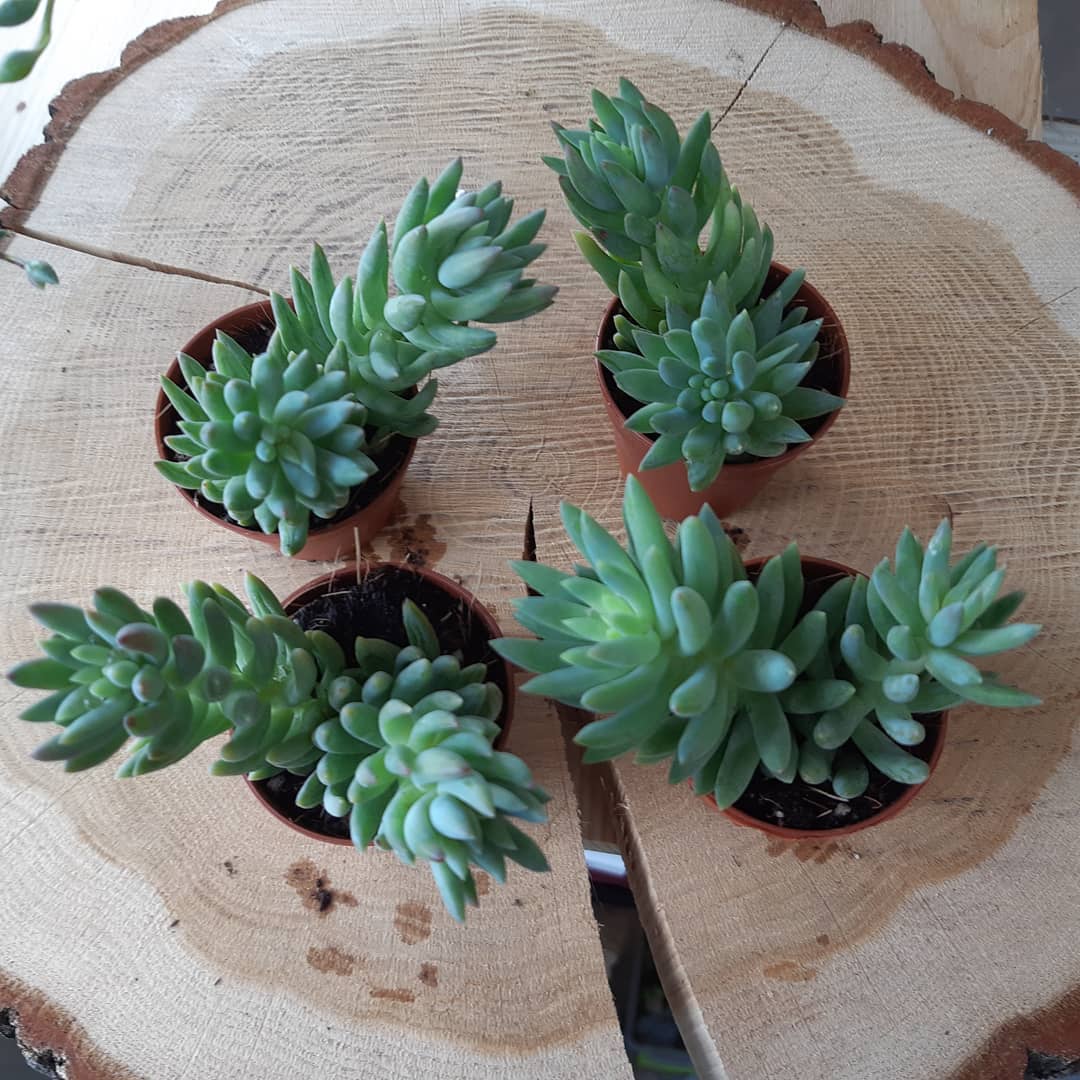
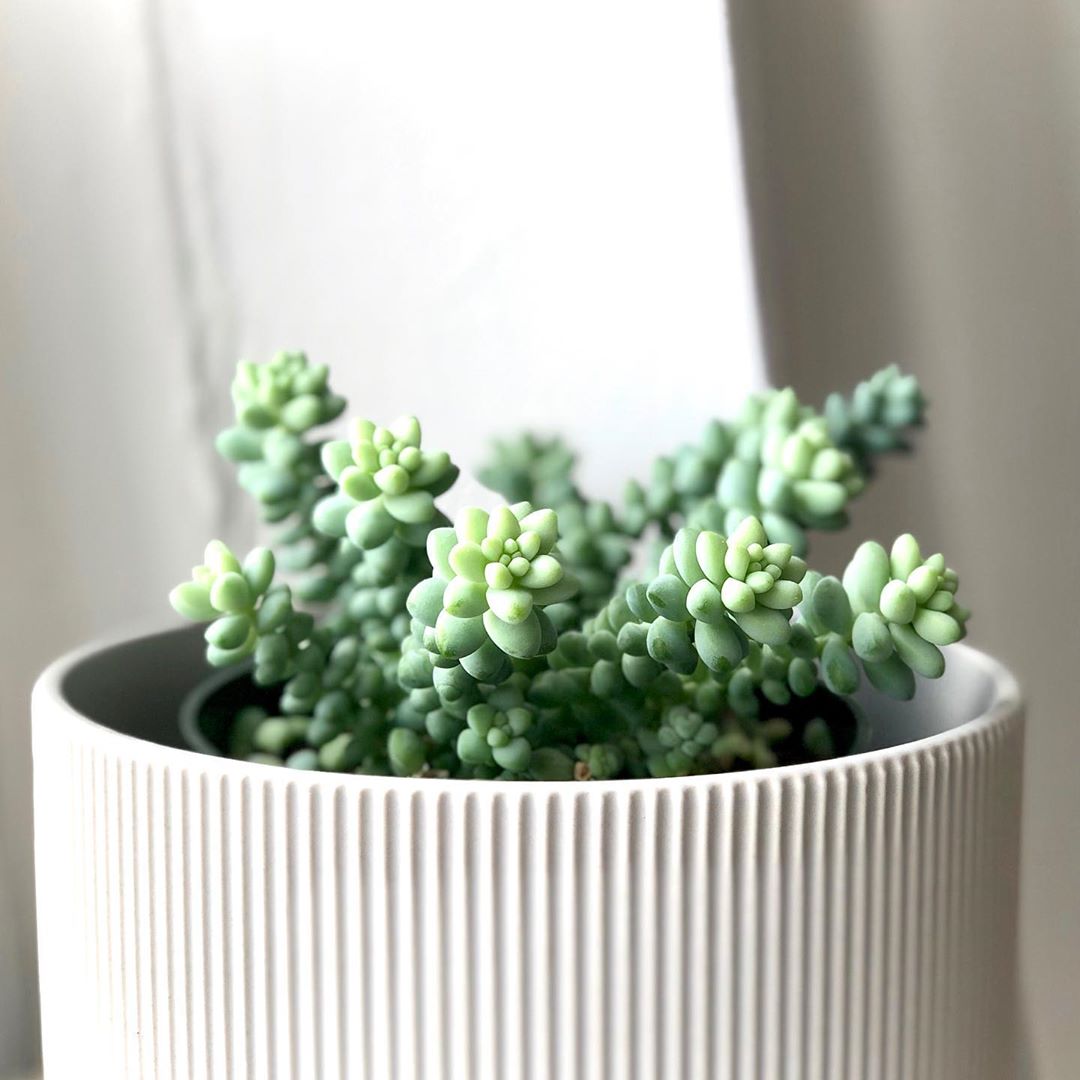










Ragwort
An unpretentious succulent that is easy to grow at home. In nature, ragwort can be found in Africa, Asia, Europe, Russia, and Australia. The plant, depending on the species, may have bare or fleecy shoots. Leaves can be dissected, ellipsoid, or entire. The inflorescences of the groundsel are large, resembling baskets. Pollinated by insects. As a result of this, seed-shaped fruits are formed.
Popular types:
- euphorbia;
- Greya;
- Rowley;
- nail-leaved;
- Klein;
- large tongue;
- creeping.
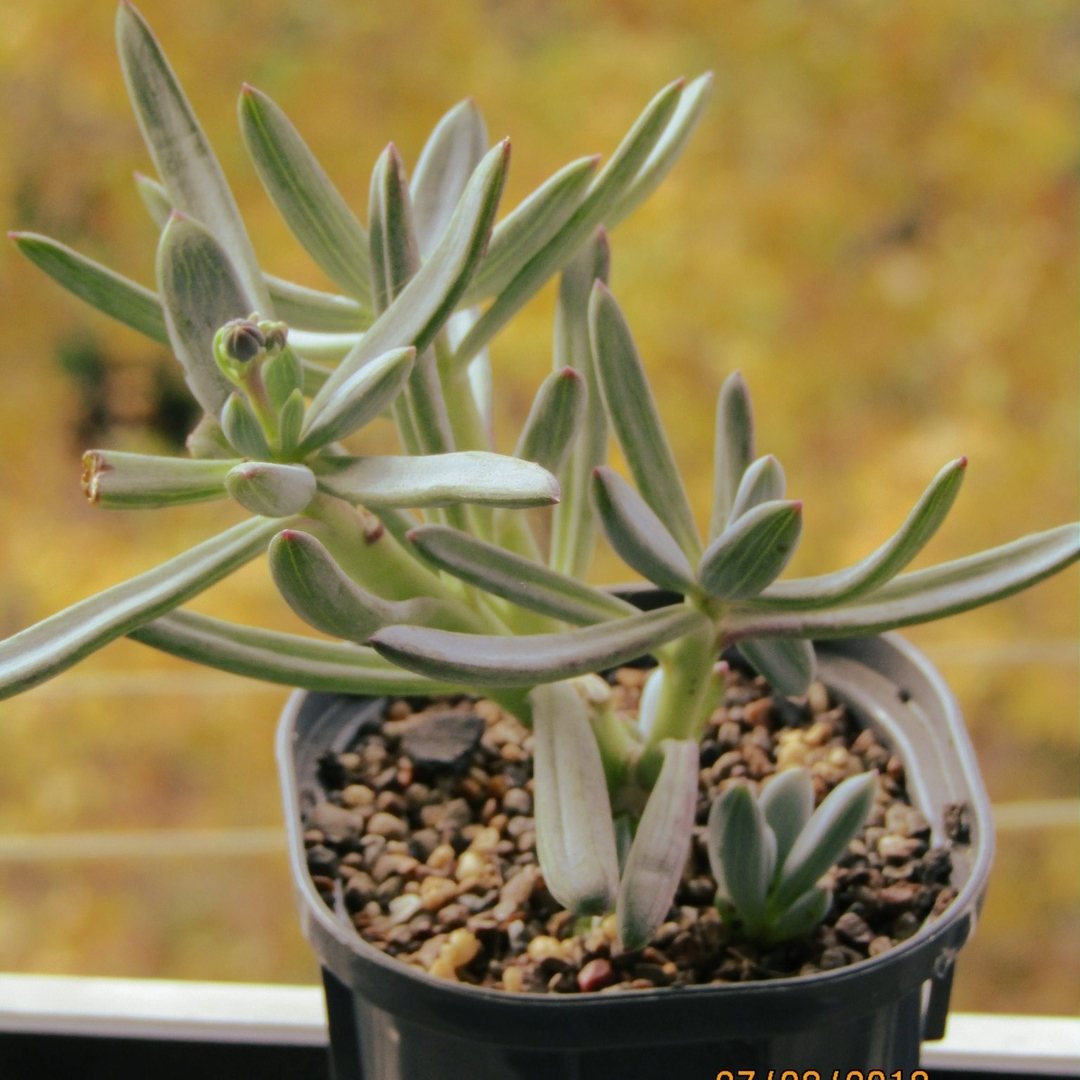
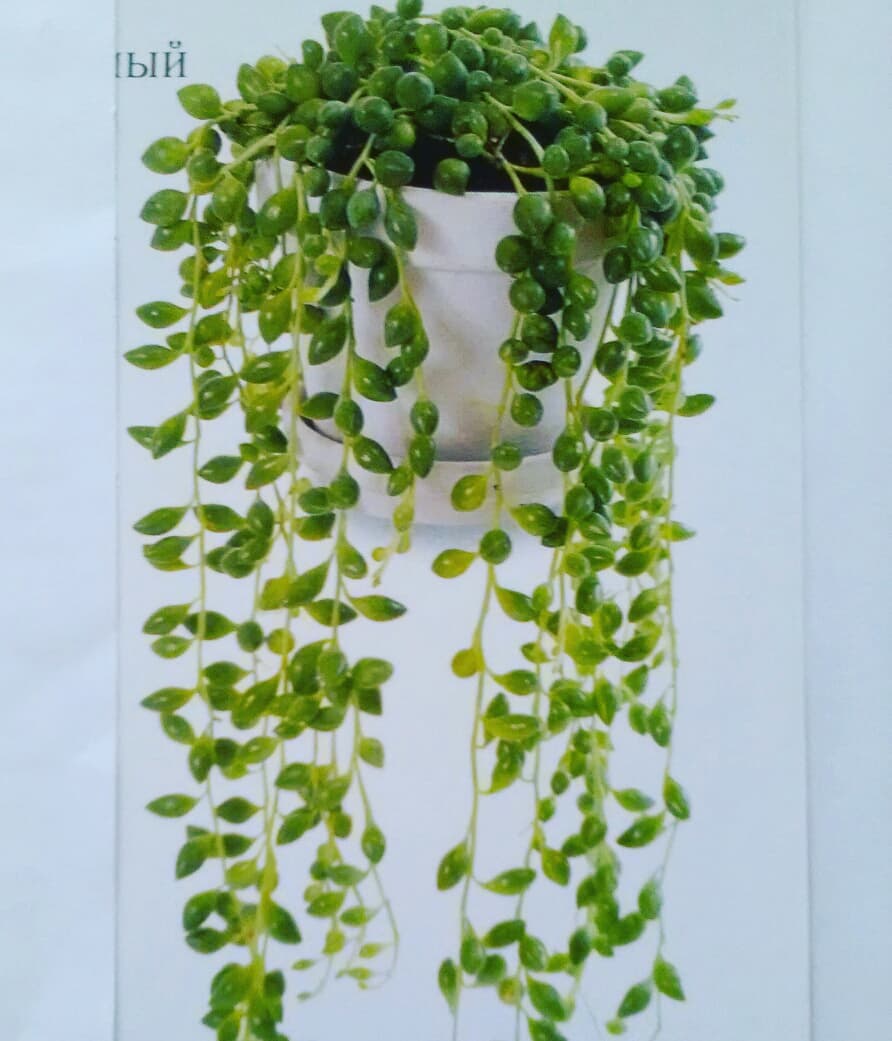

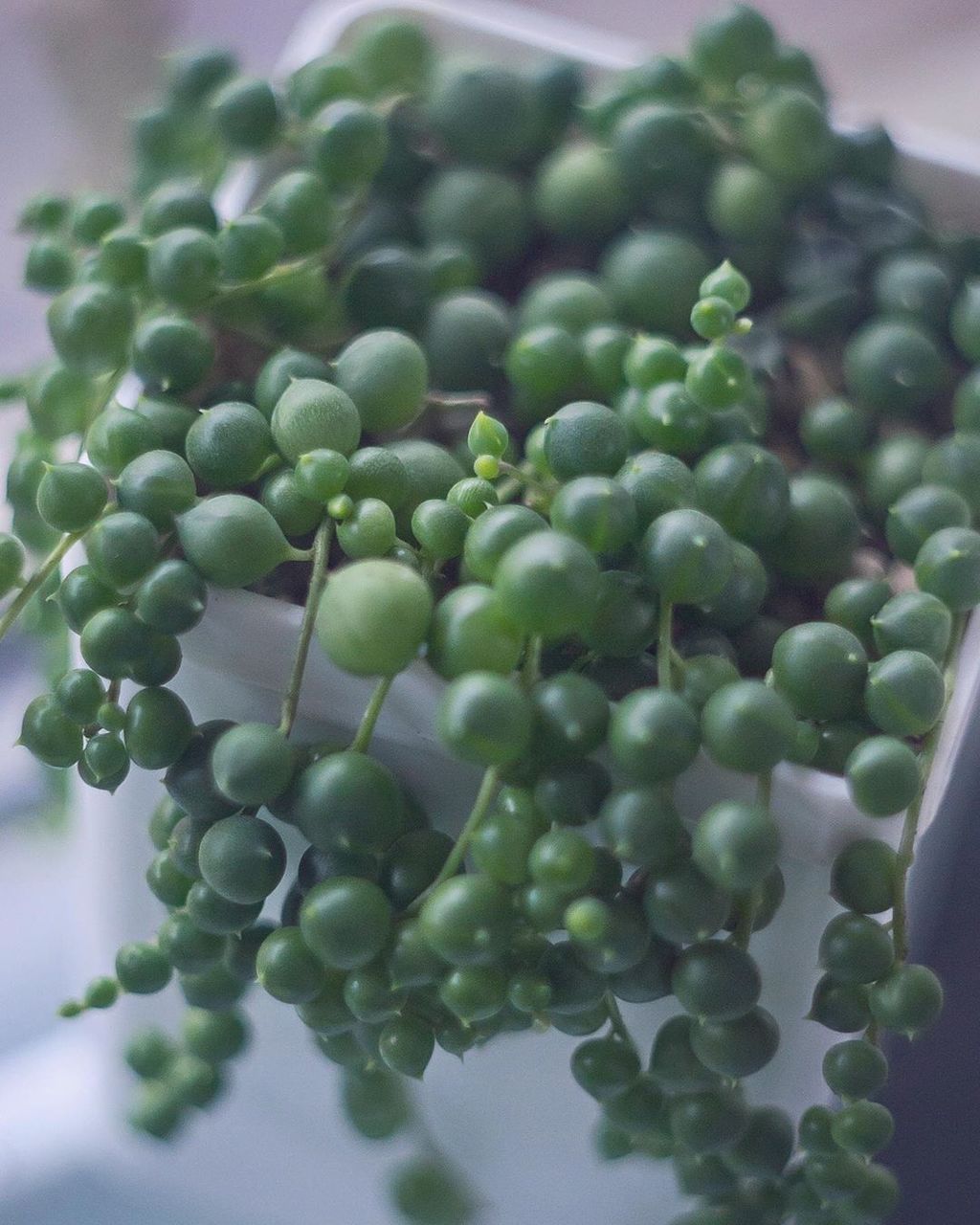
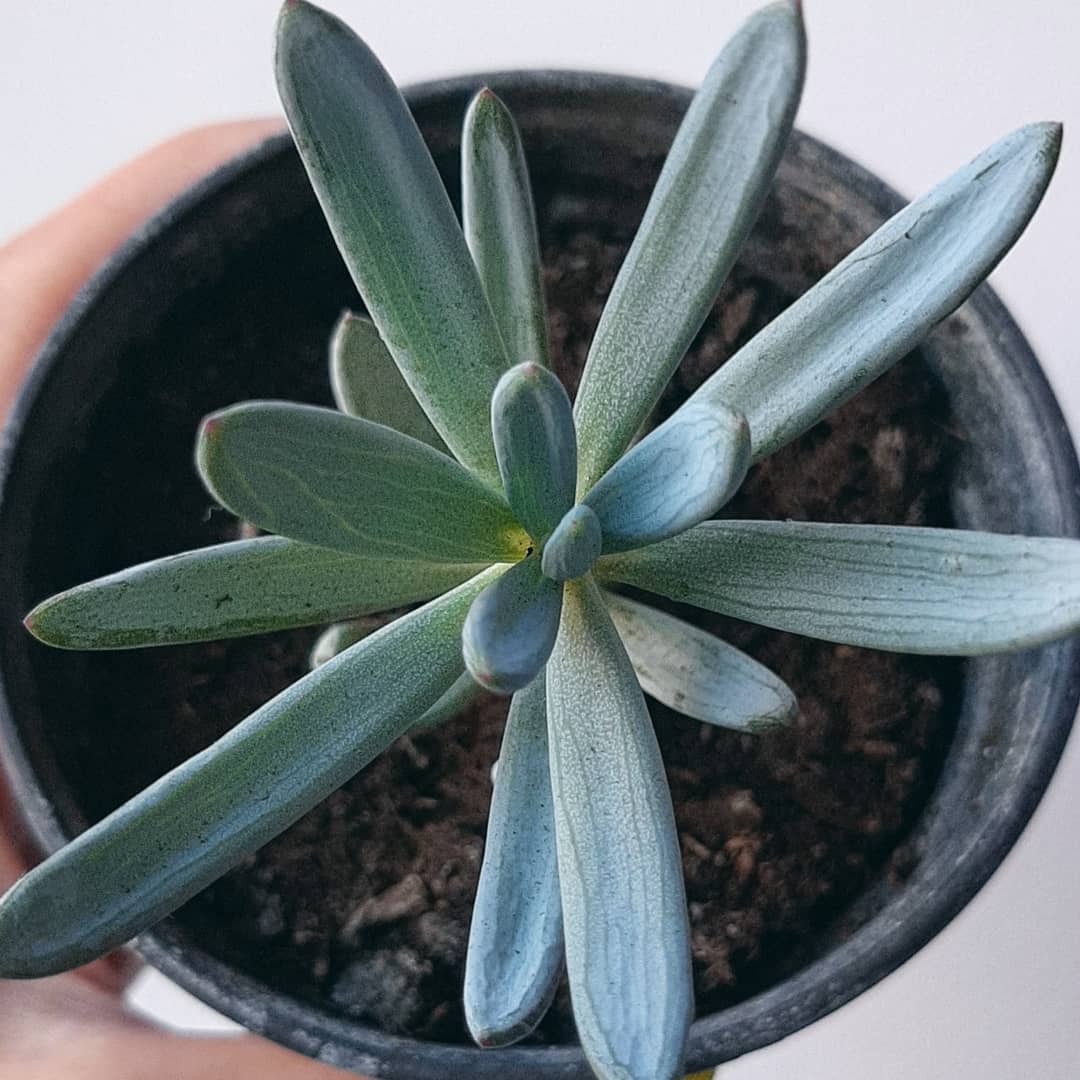
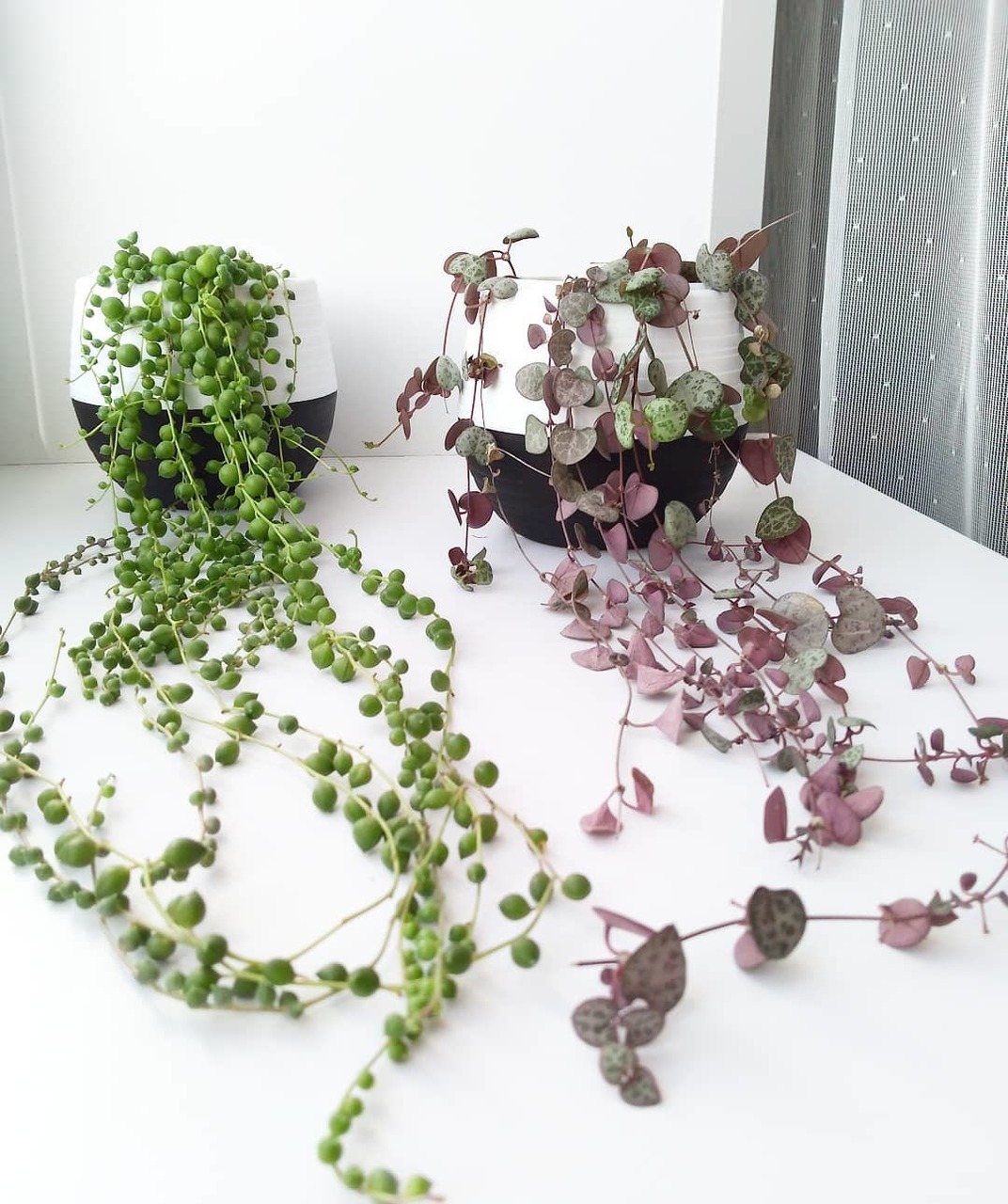

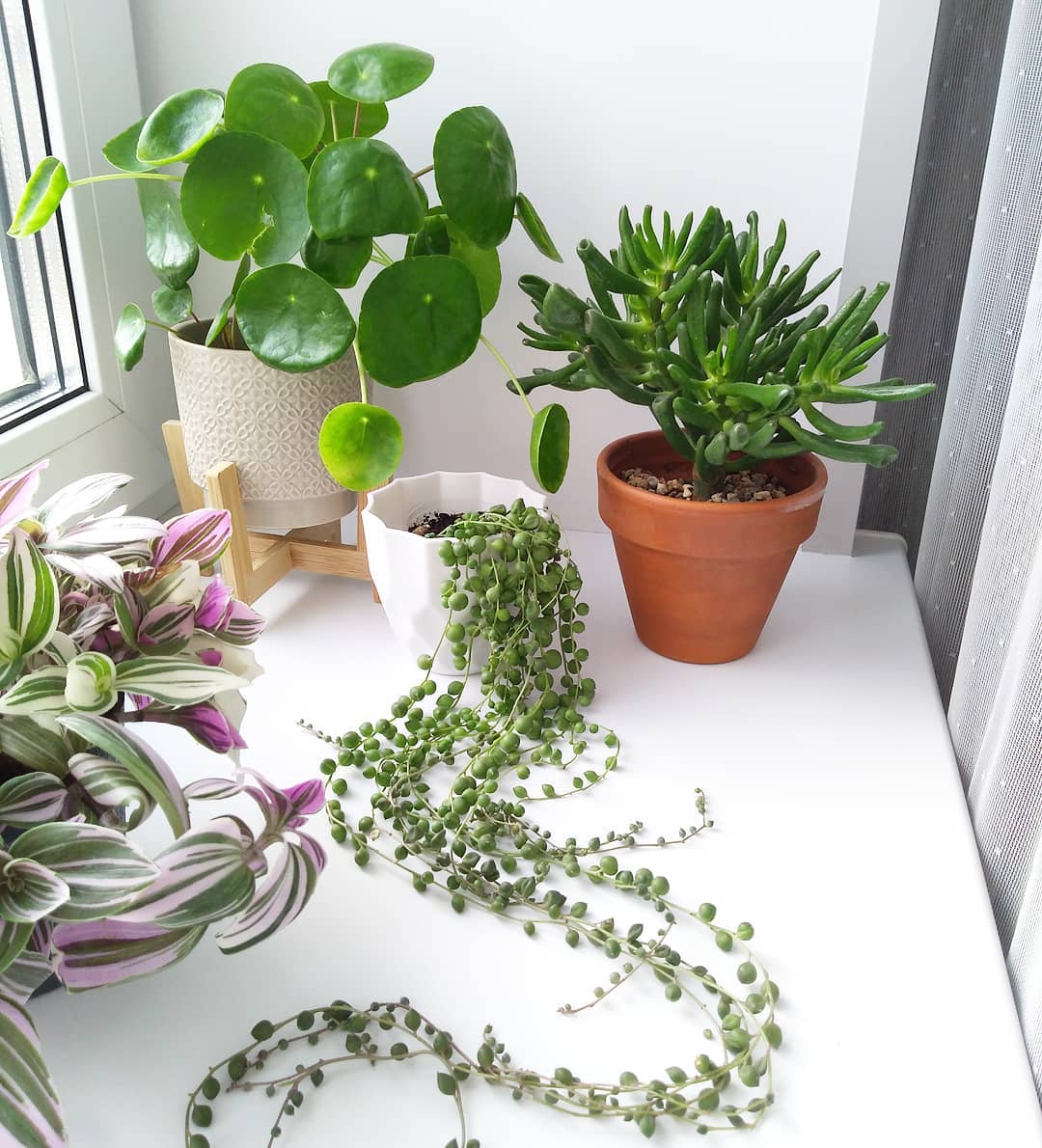
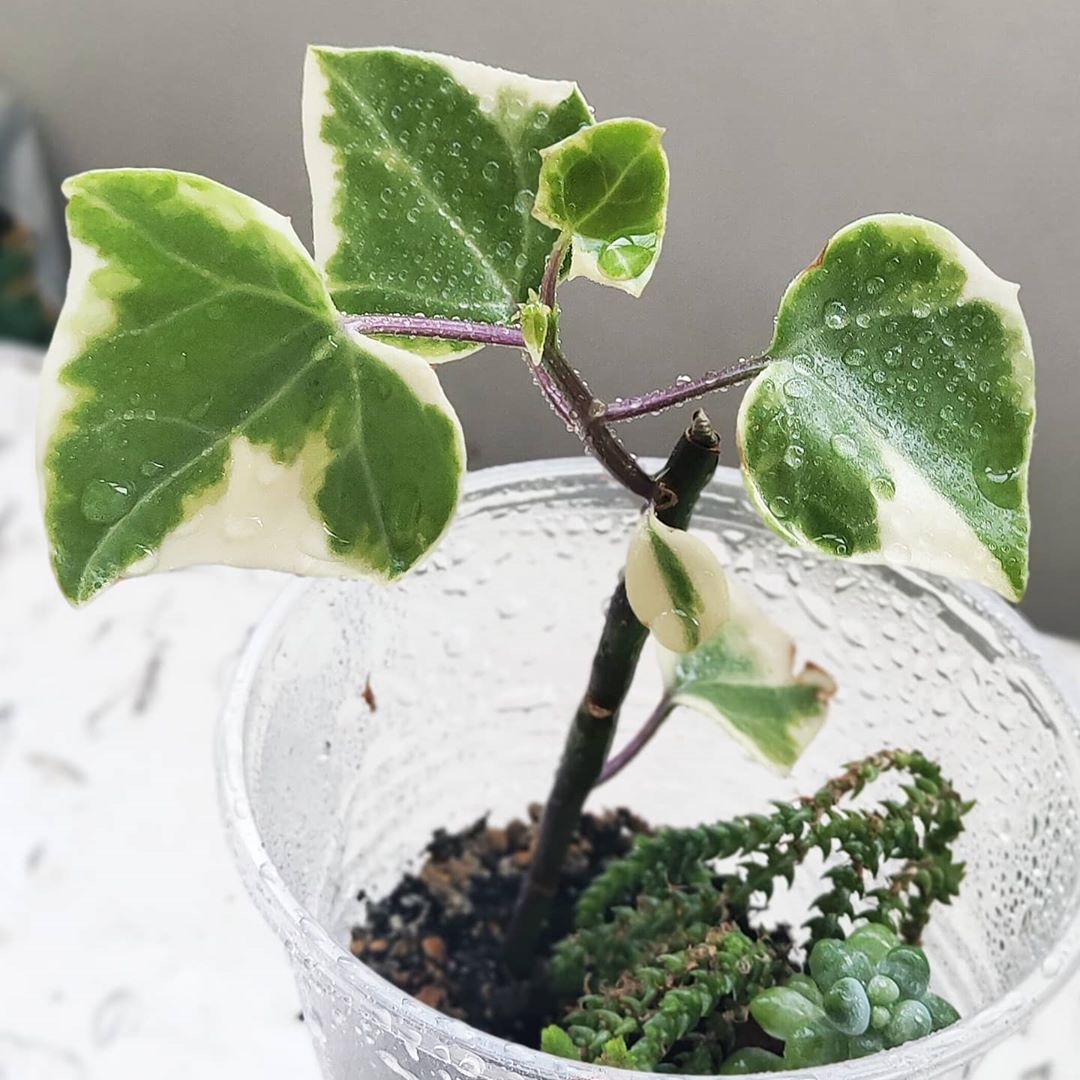
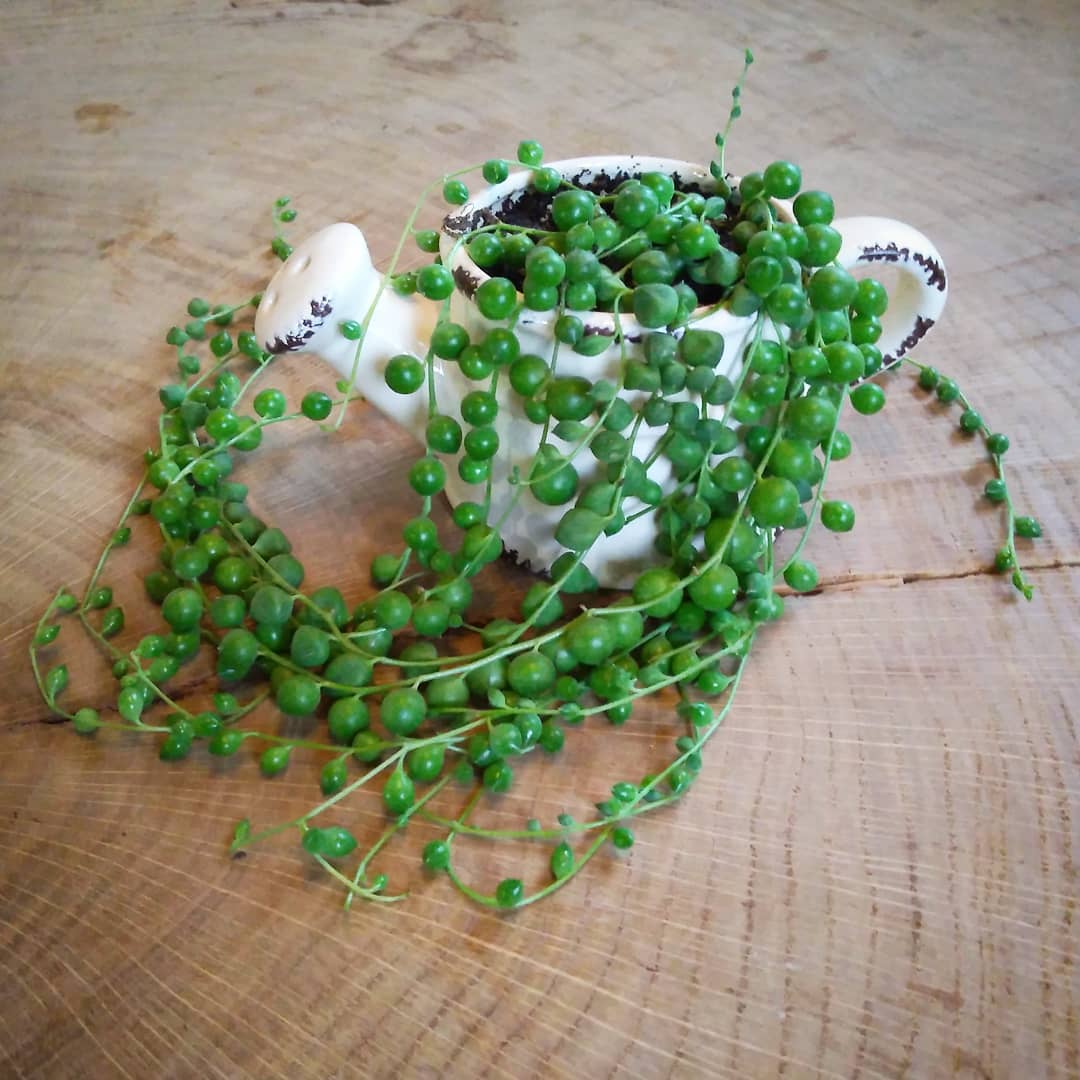










Pedilanthus
The plant is also called "devil's backbone". America and Mexico are considered its homeland. Forms cylindrical shoots of a grayish or green hue. They bear sessile or petioled leaves of a dark or light green hue, wavy. The length of the plates reaches 8-10 cm. The surface can be smooth or pubescent.
The flowers are shaped like umbrellas or shoes, and are red in color. Their diameter is 2 cm. Plant height varies from 60 cm to 2.0 m.
Popular types of pedilanthus:
- large-fruited;
- titimaloid;
- Finca;
- spur;
- woody.

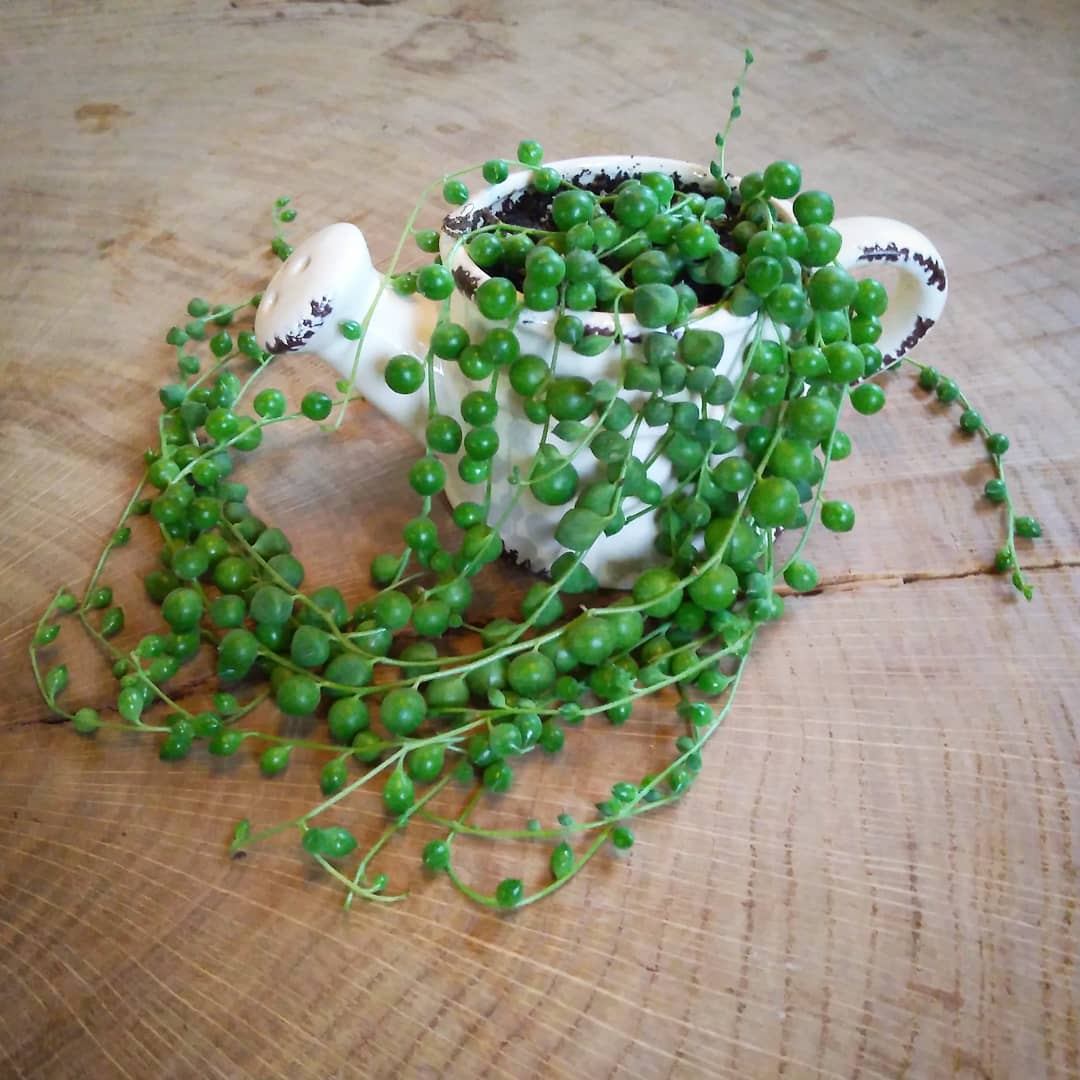
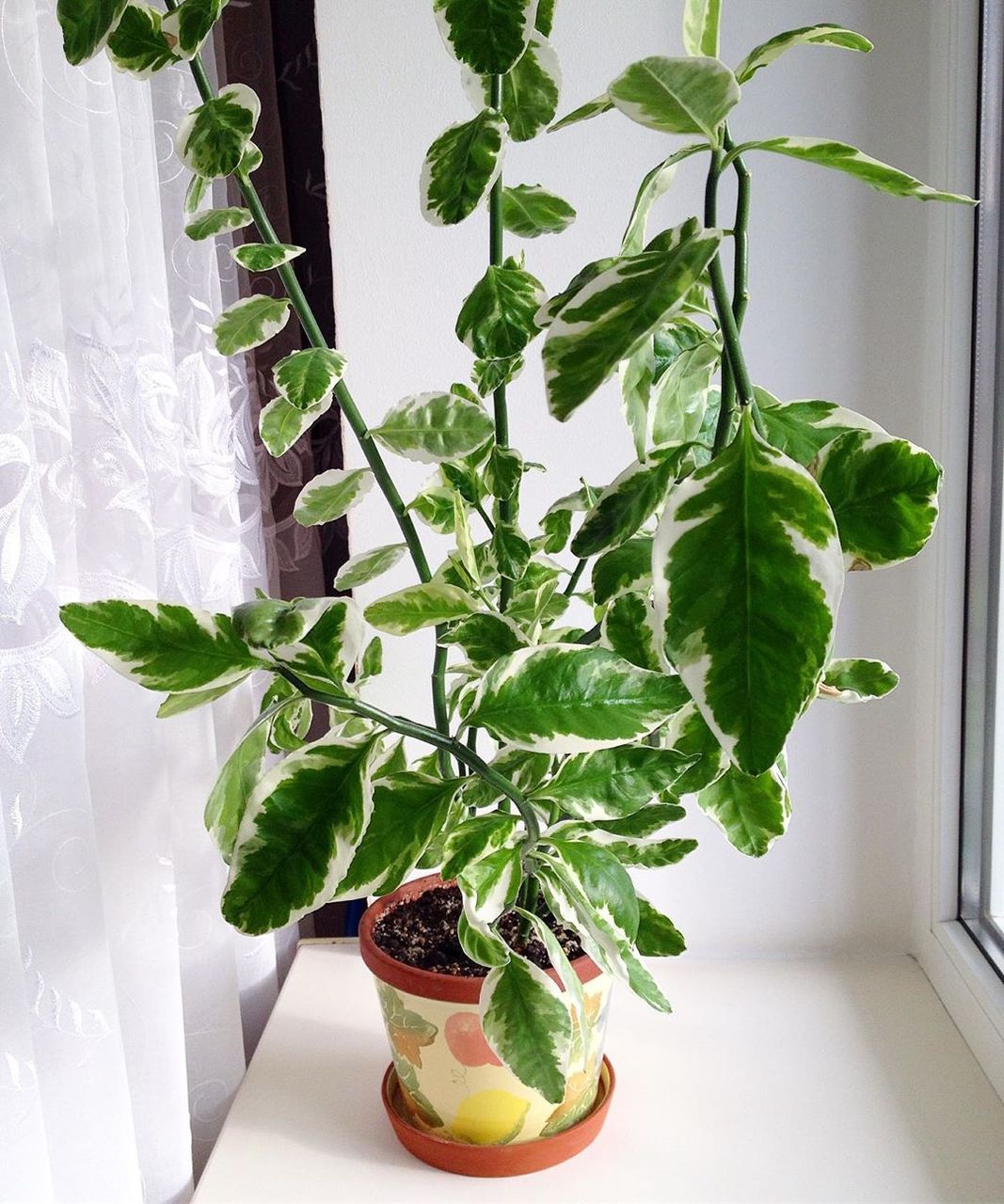
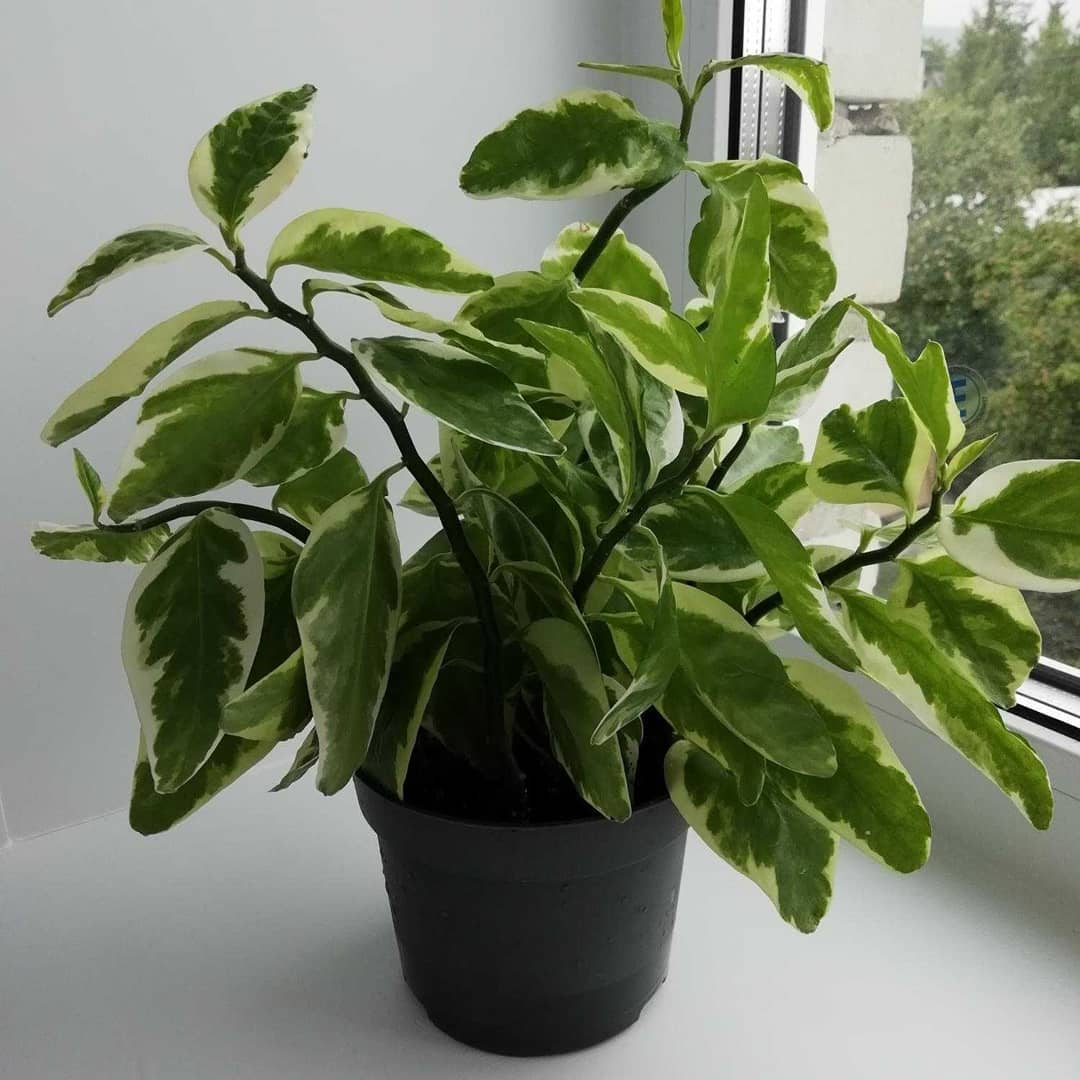
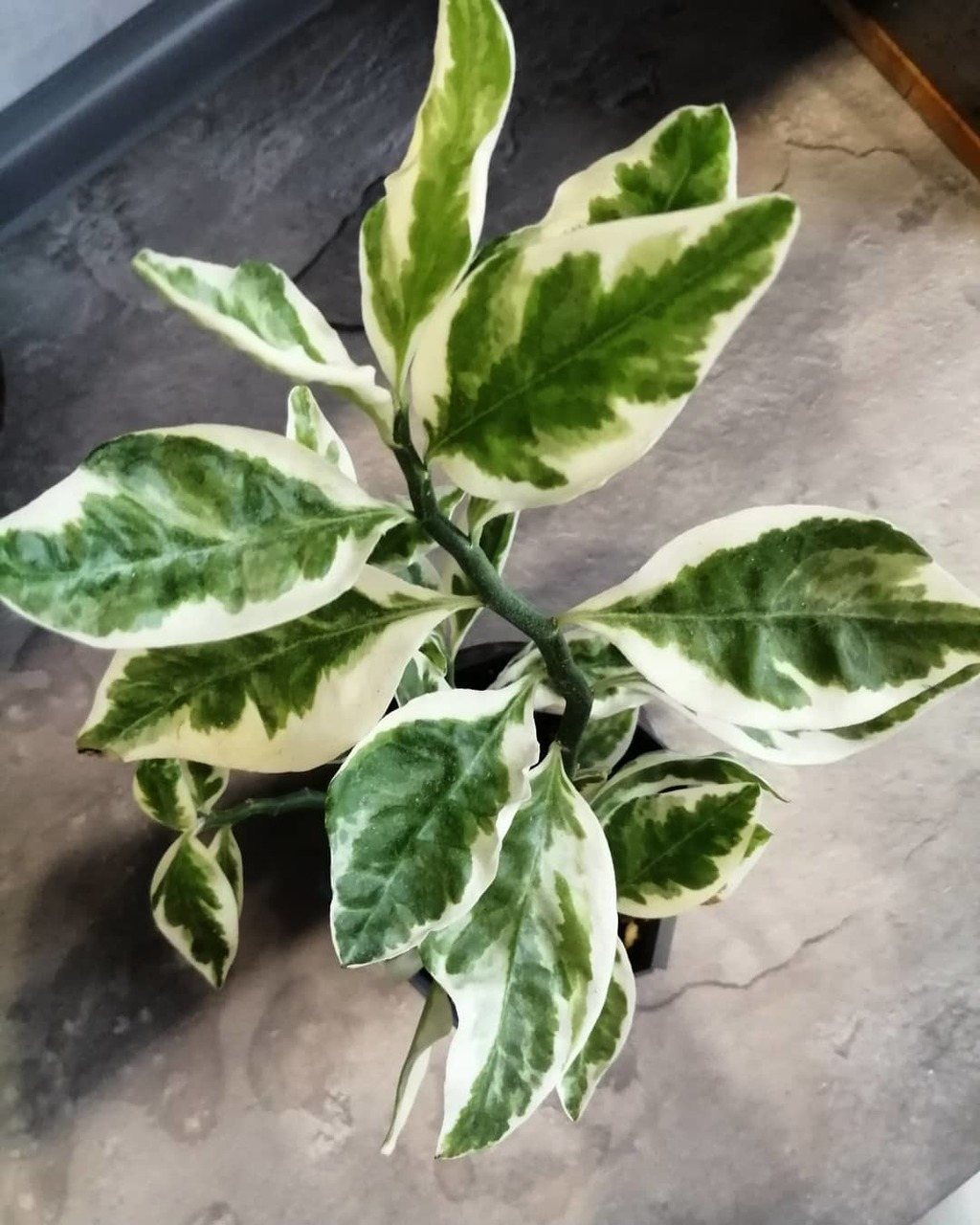





Aichrizon
This succulent is better known to gardeners as the “tree of love.” In nature it grows in rocky crevices. Distributed in the Canary Islands, Portugal and Morocco.
Aichrizon is a compact shrub, up to 35 cm in height, and a crown diameter of up to 25 cm. The shoots of the plant are thickened, the leaves are small, rounded, densely located opposite each other. The color of the plates is green, sometimes there are light or reddish inclusions. Inflorescences are star-shaped, small. The color of the petals is white, cream, yellow.
Popular species in floriculture:
- prostrate;
- point;
- winding;
- sedum leaf;
- home.
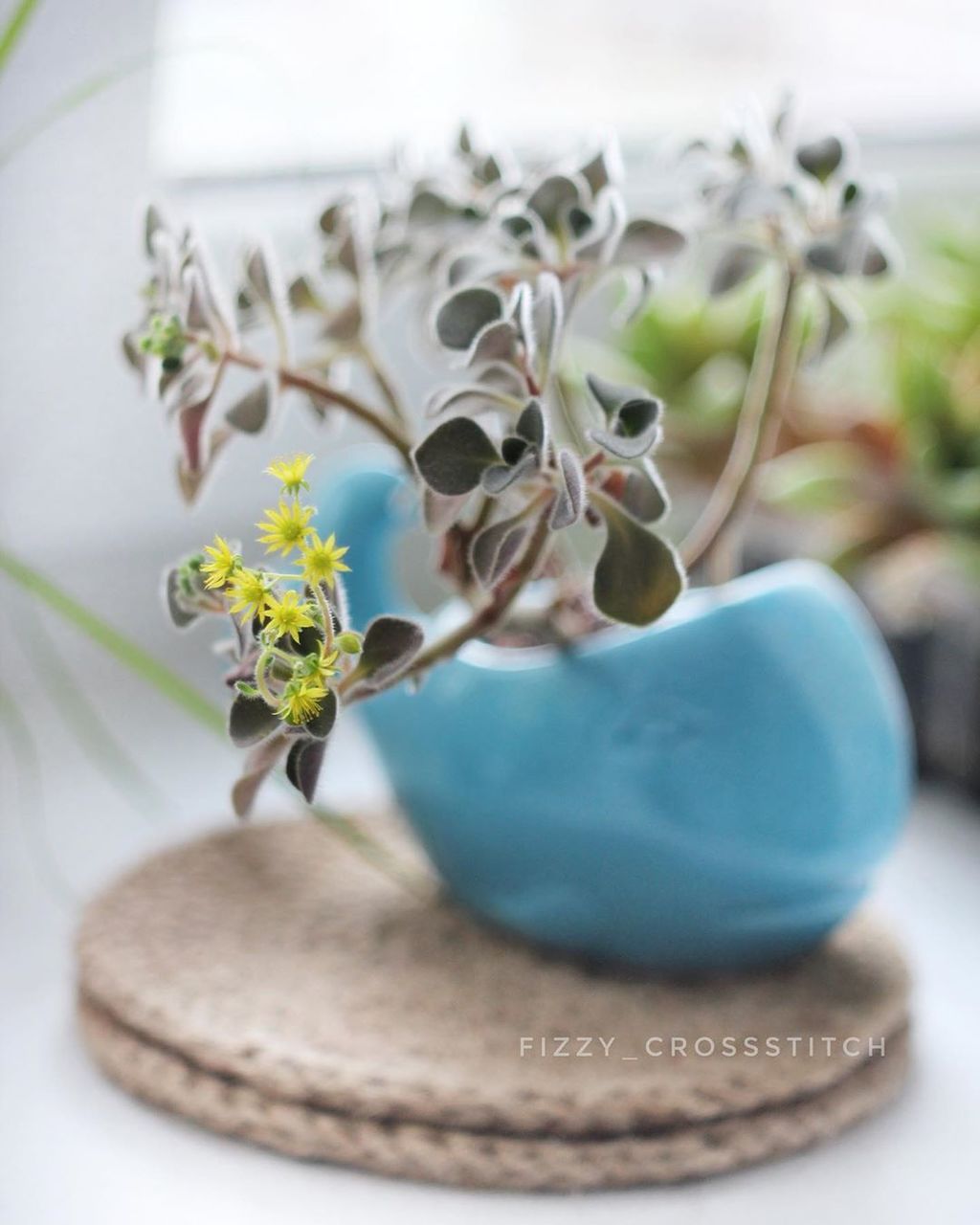
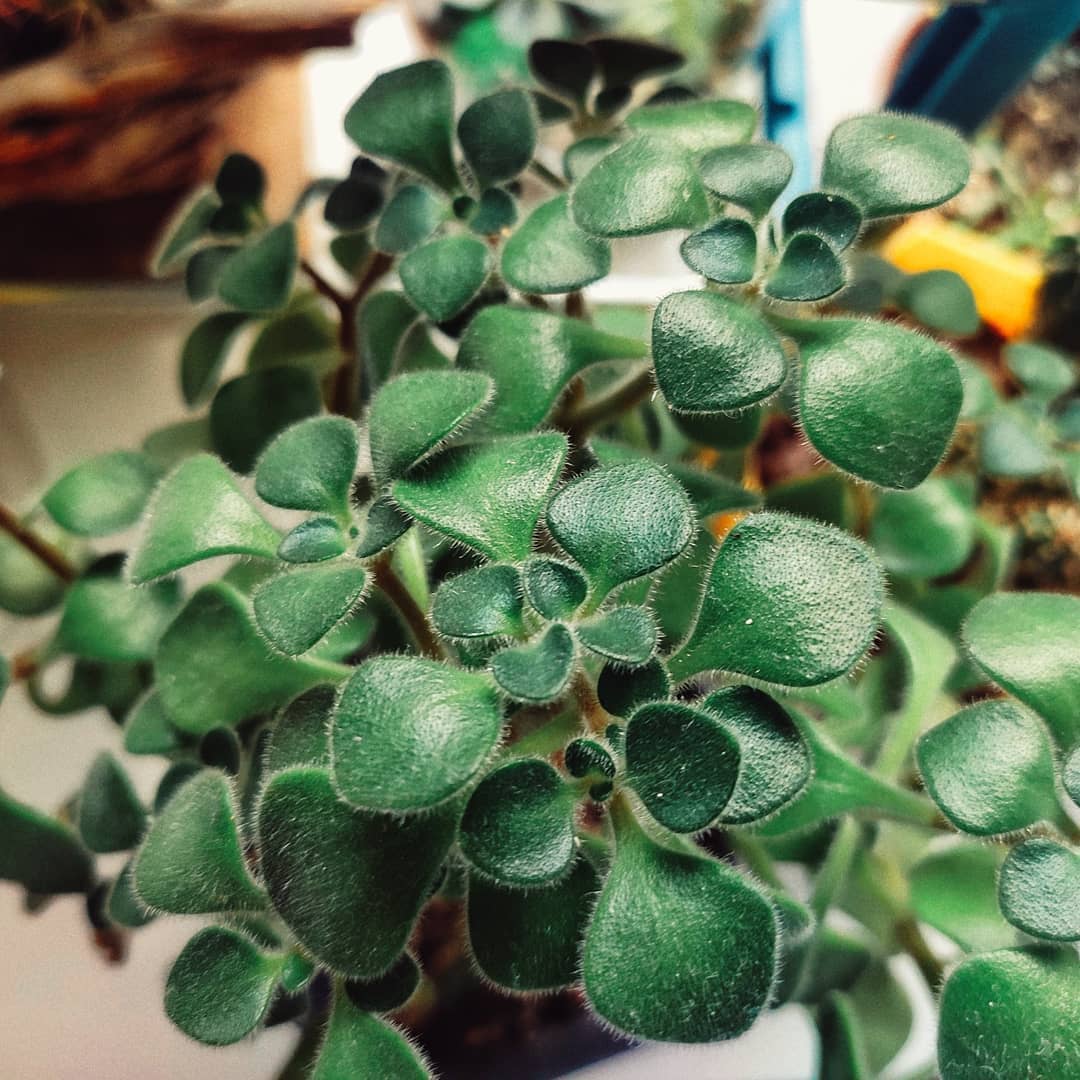
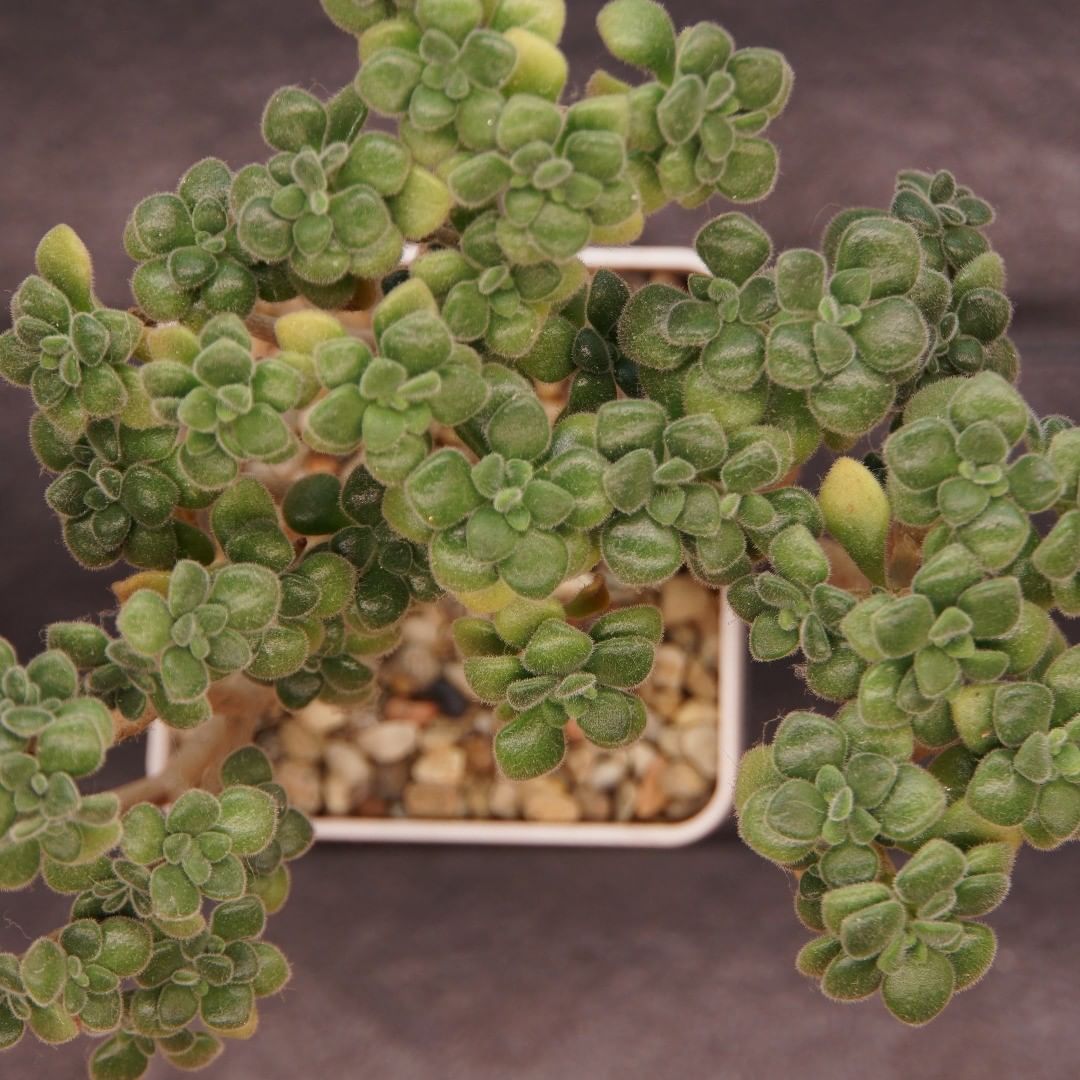
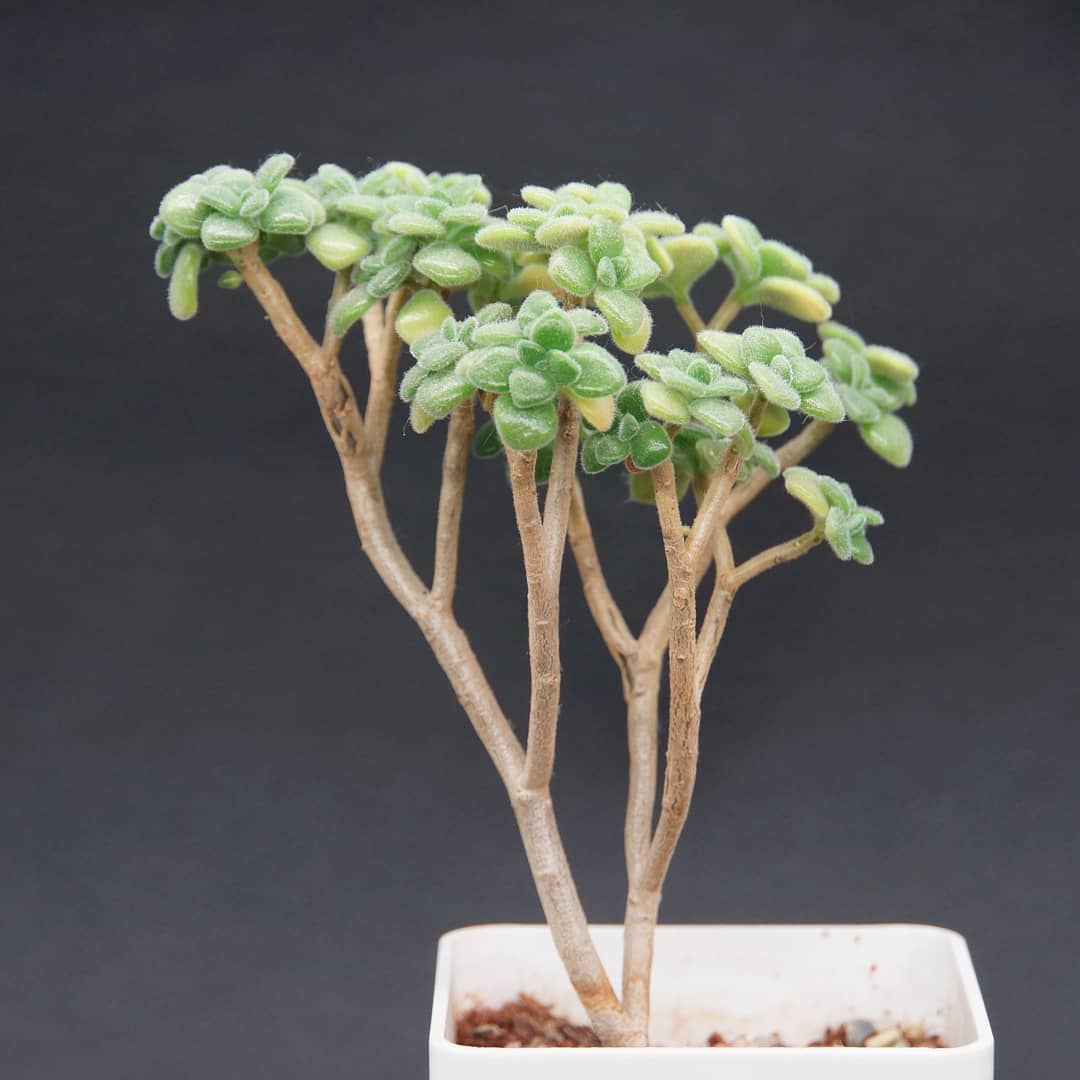
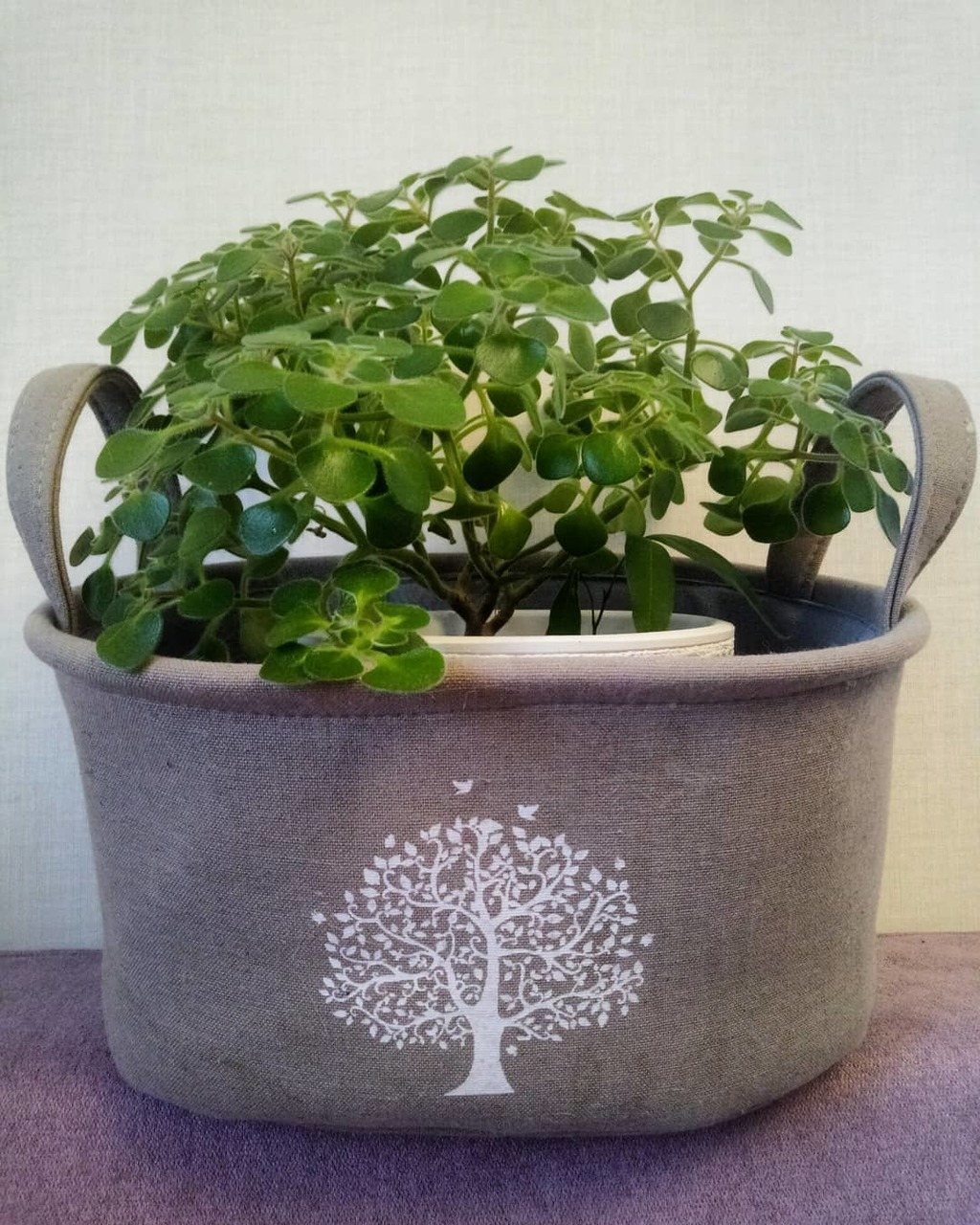
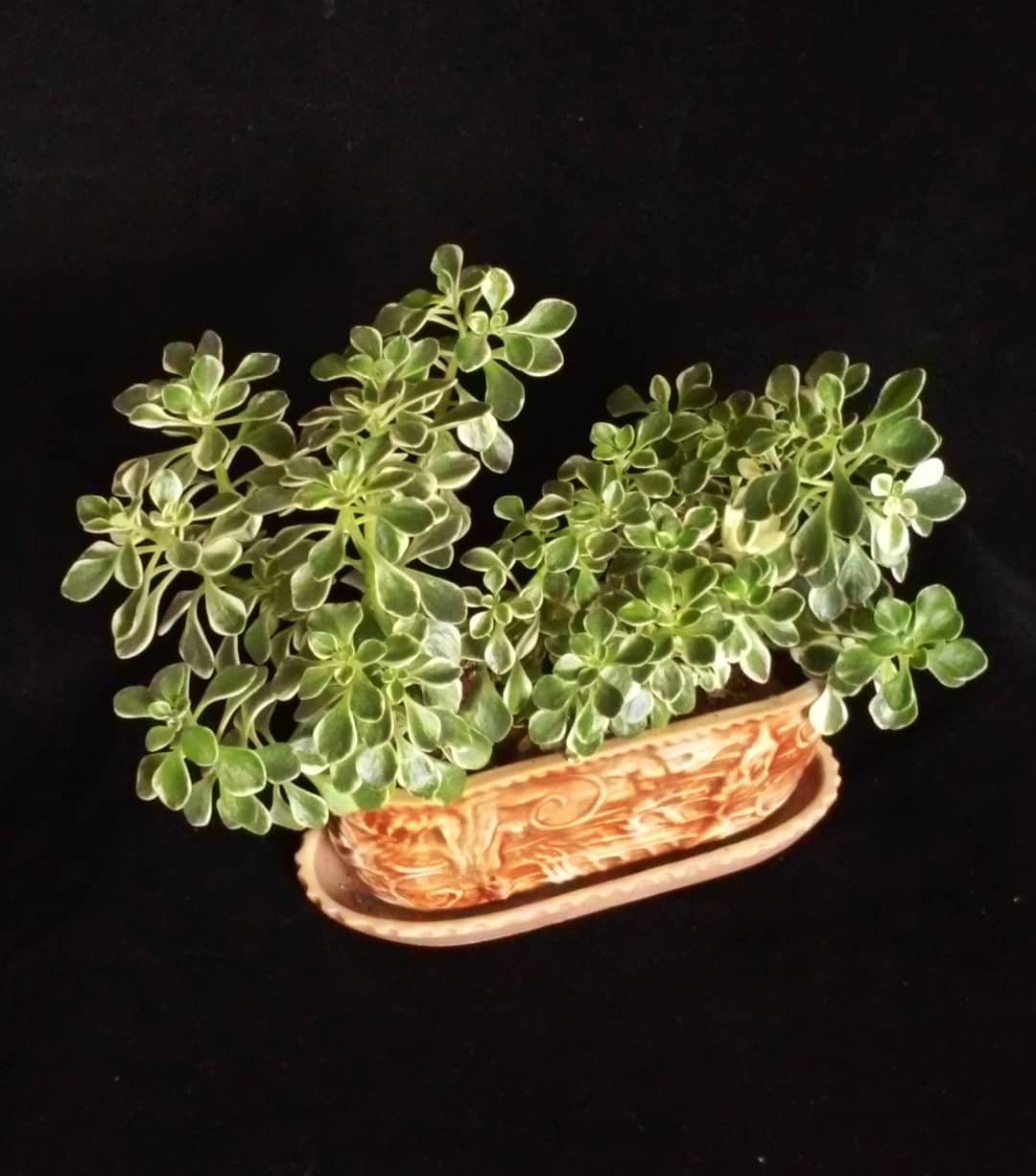
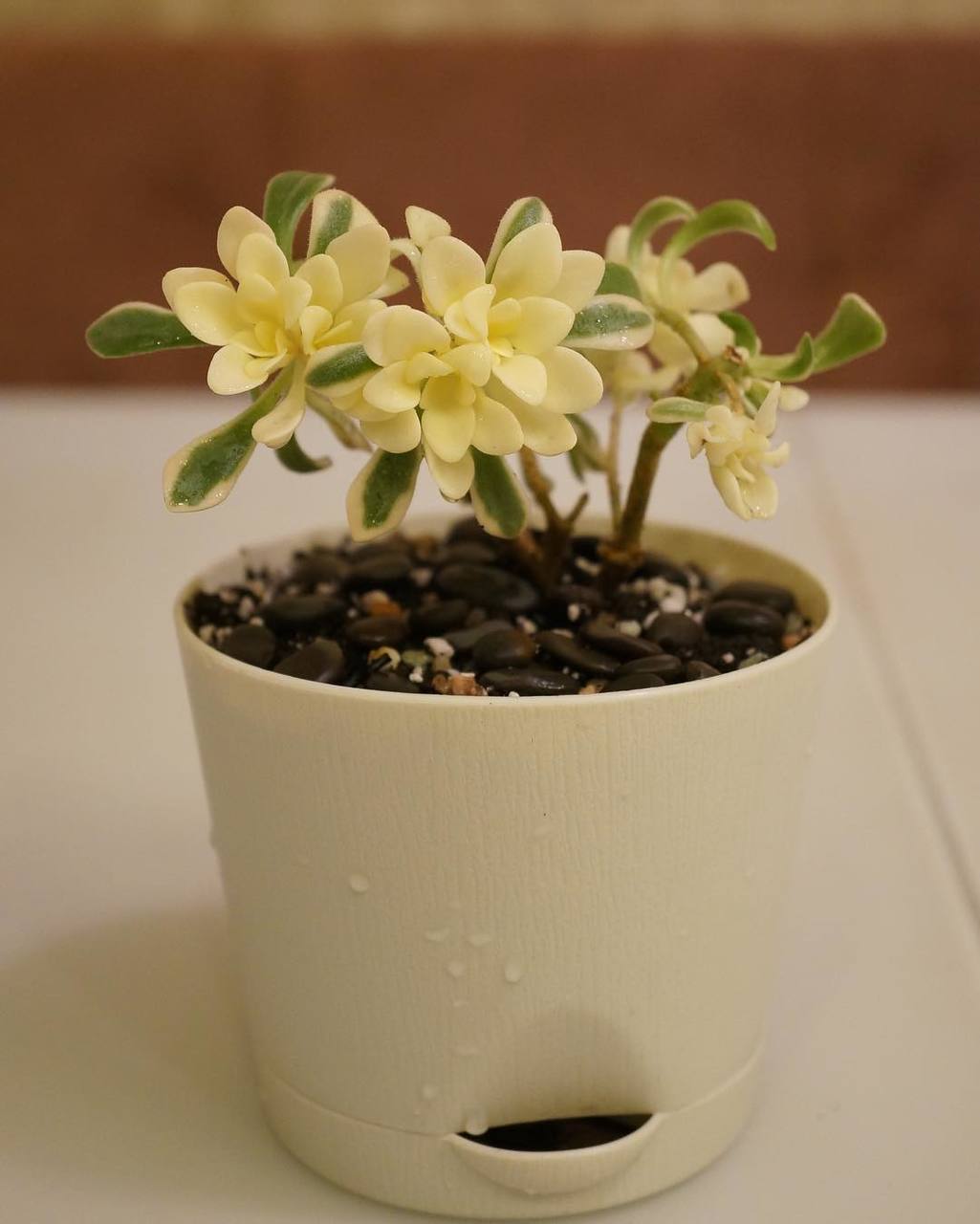
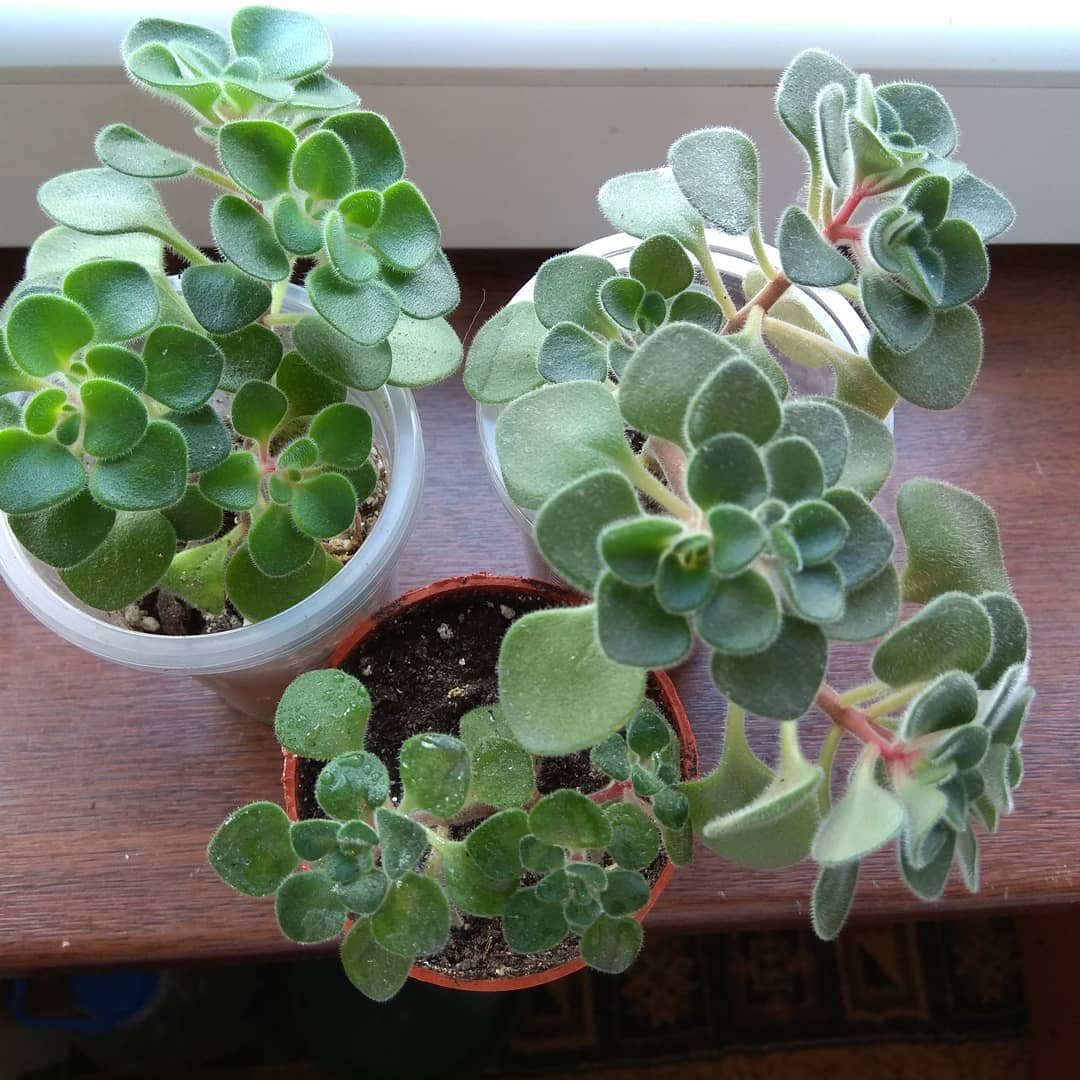
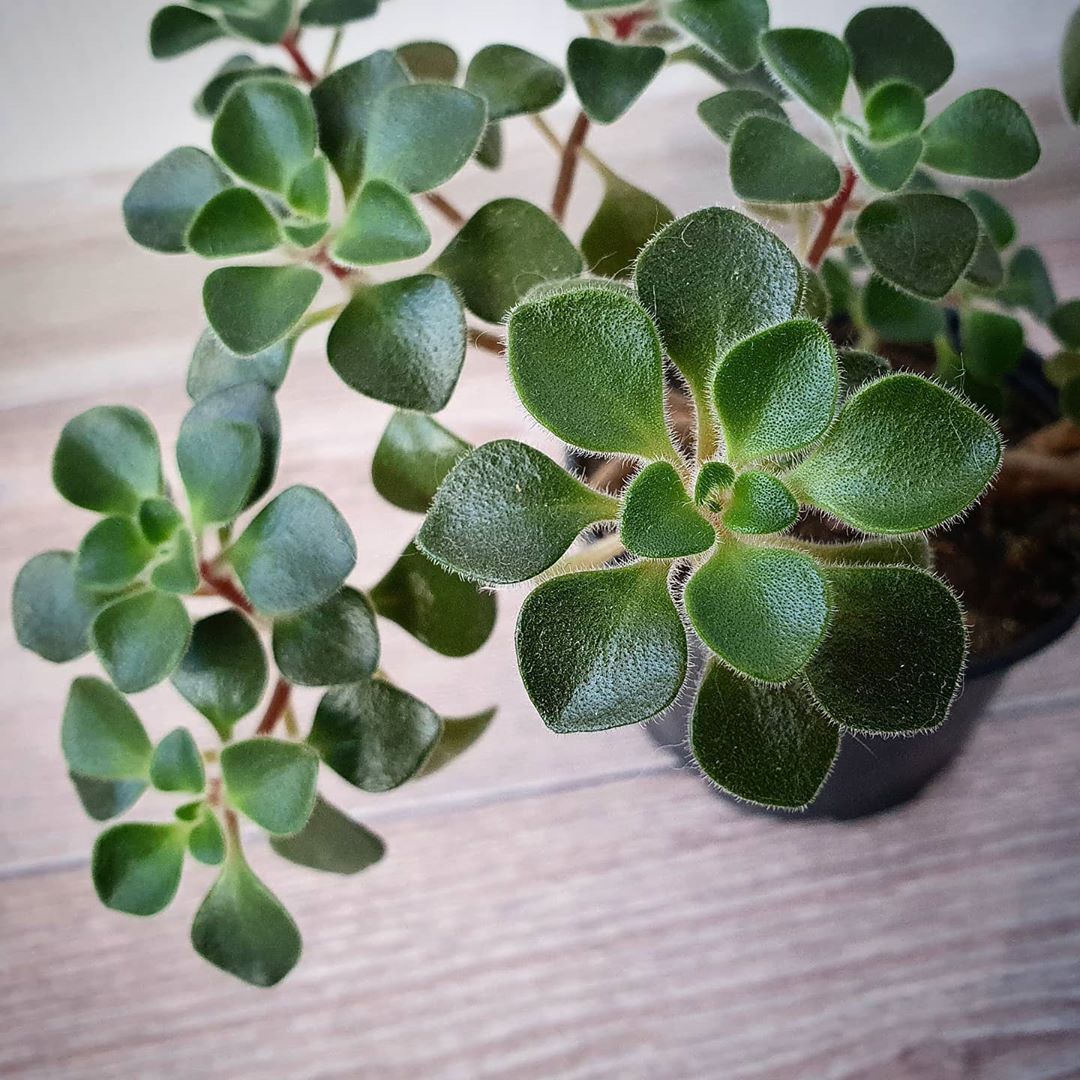
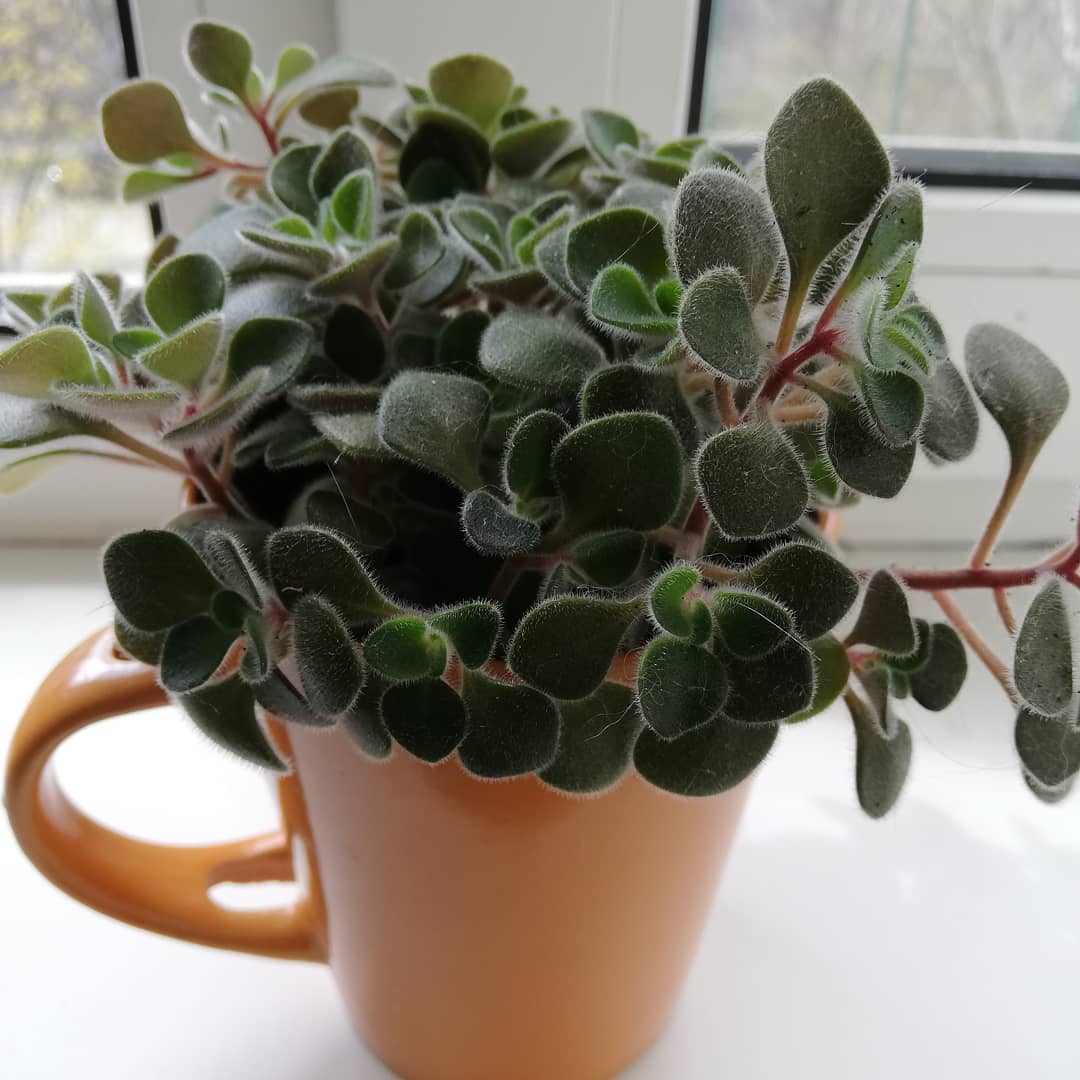










Lithops
The succulent is native to South Africa. It consists of two thick leaves, between which there is a deep gap. During the flowering period, a fragrant white or yellow flower appears from it. This usually happens in August-September. The height and width of lithops does not exceed 5 cm. In appearance, it resembles a small stone, since the leaves can have a gray, purple, brown, or green color.
Lithops leaves are convex or flat. Patterns or spots are visible on their surface. When grown for a long time, the plant forms a whole group of individual heads of 10-20 pieces.
Popular types:
- Beautiful;
- Aucamp;
- Optics;
- olive green;
- Leslie.
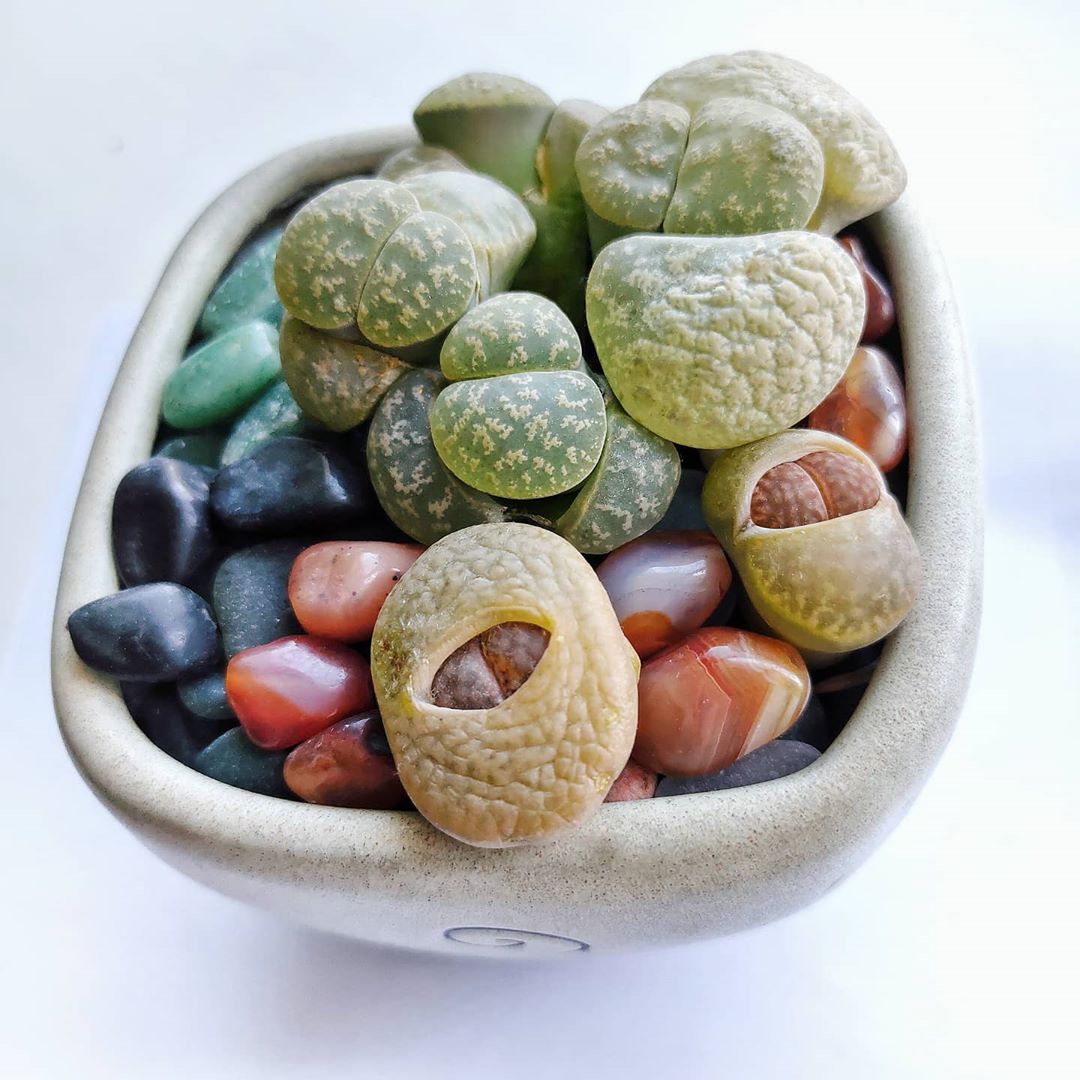
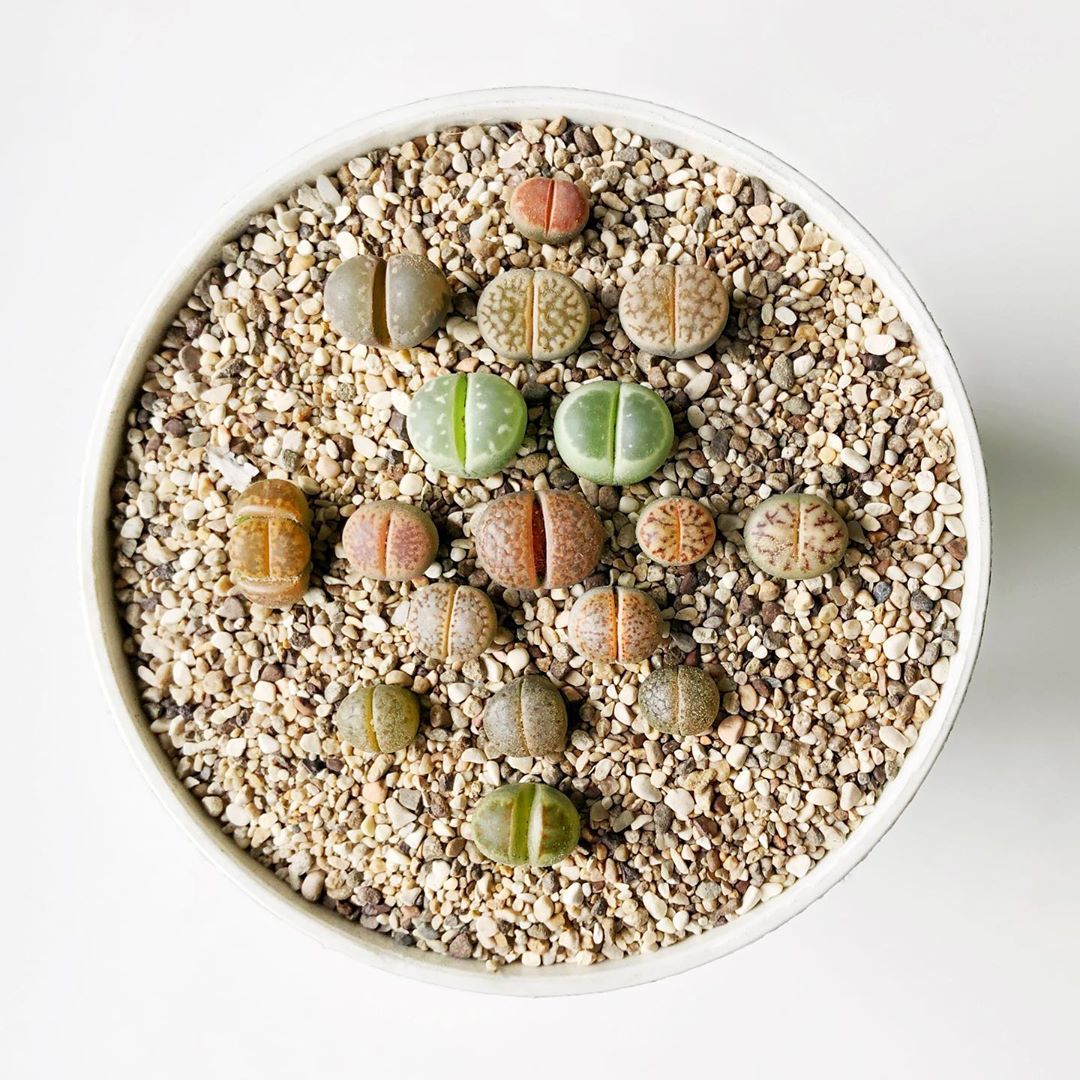
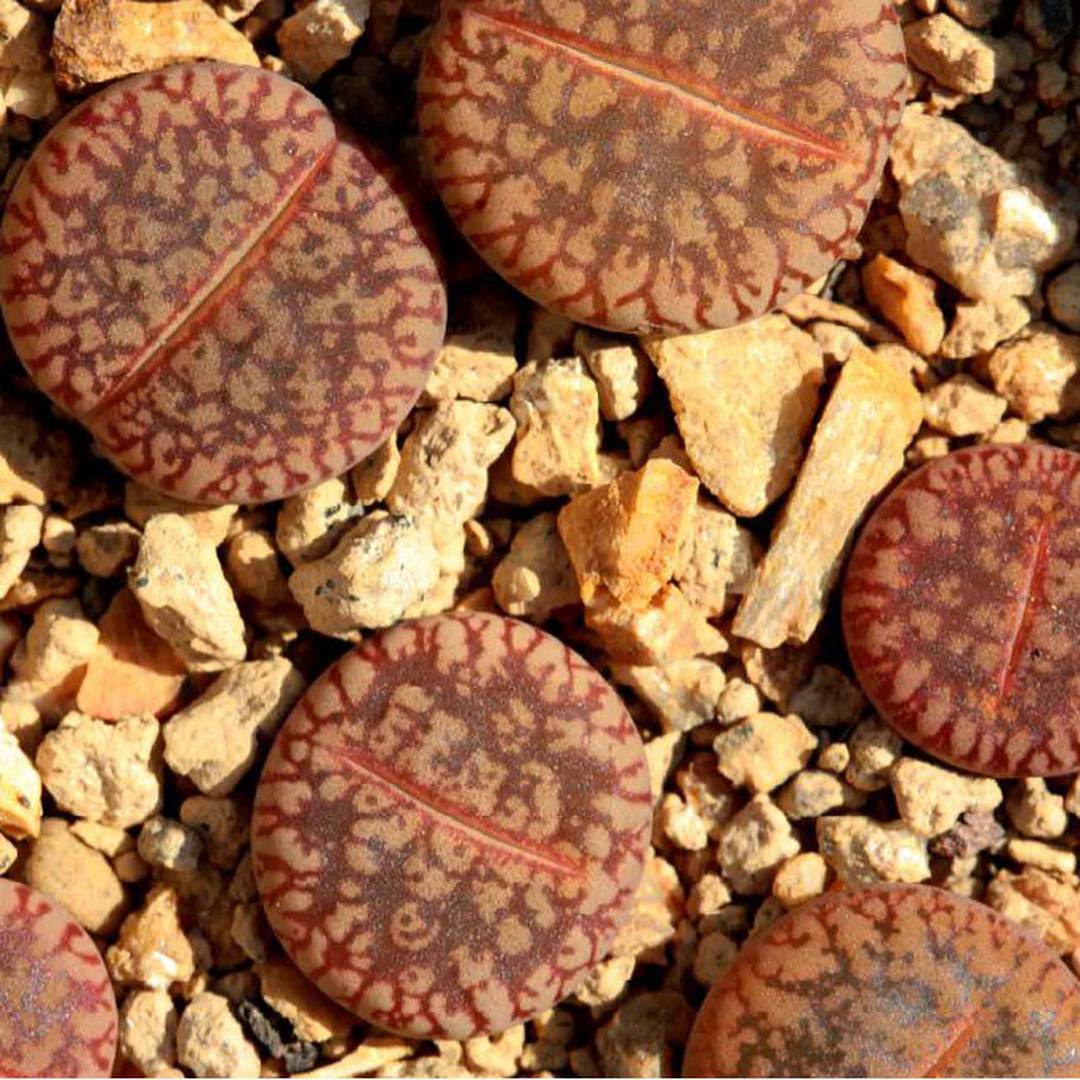
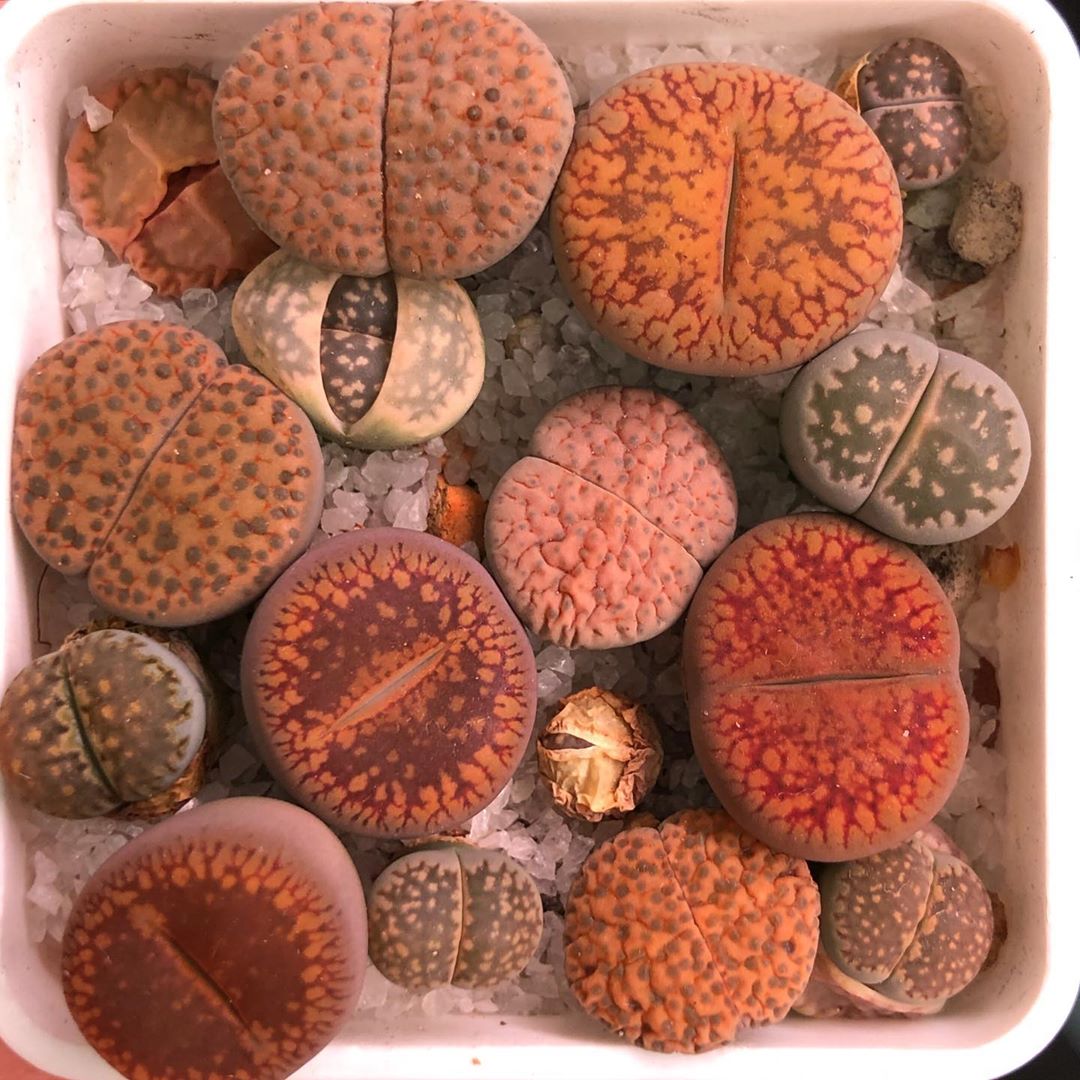

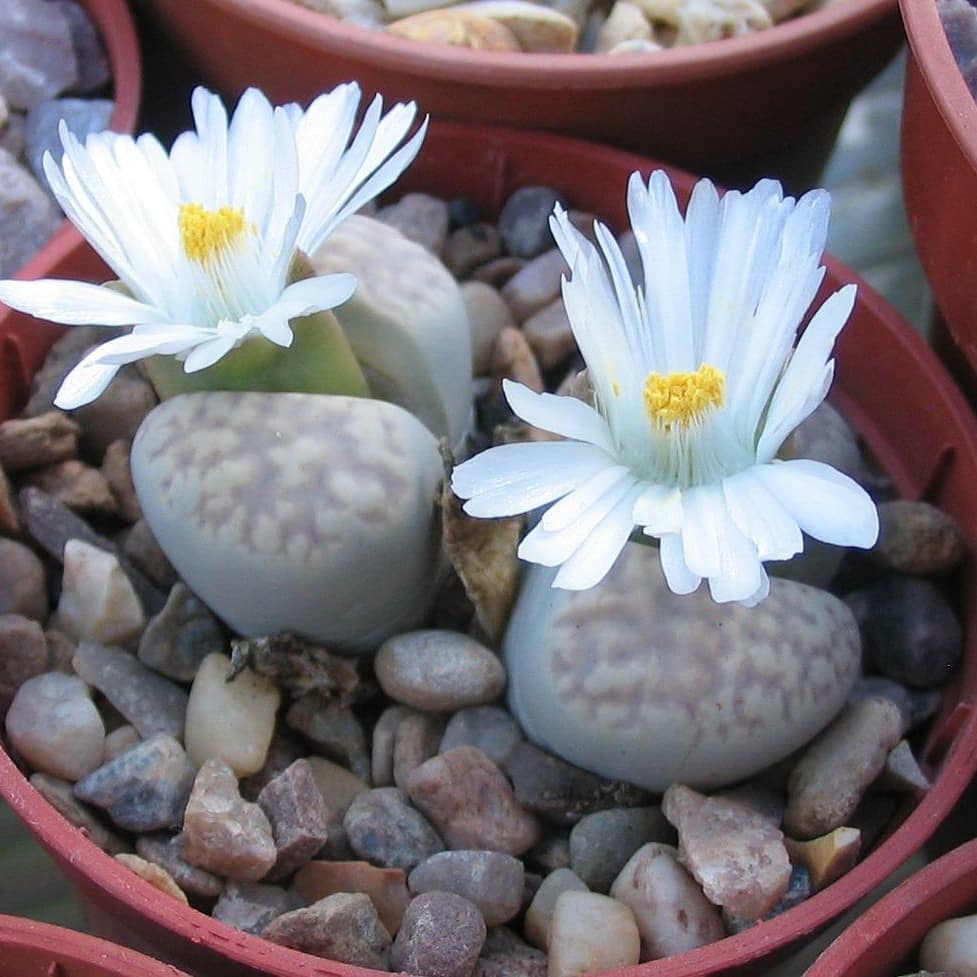
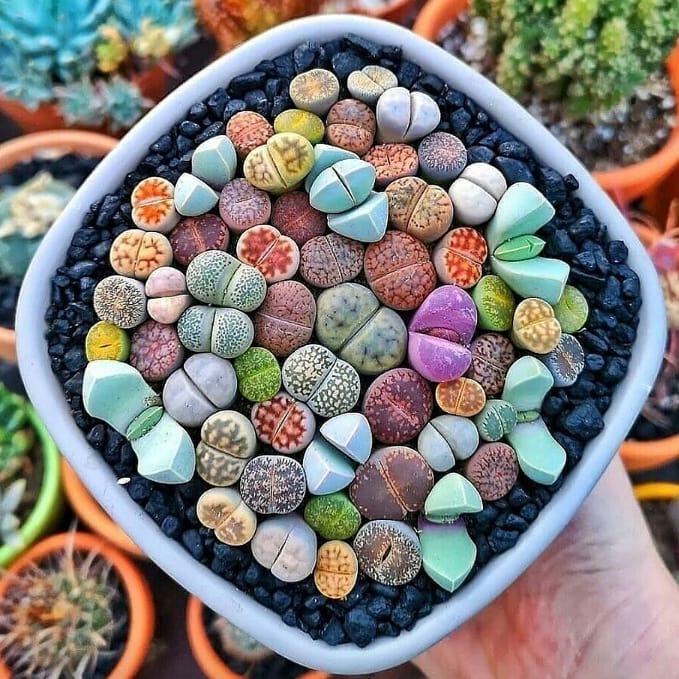
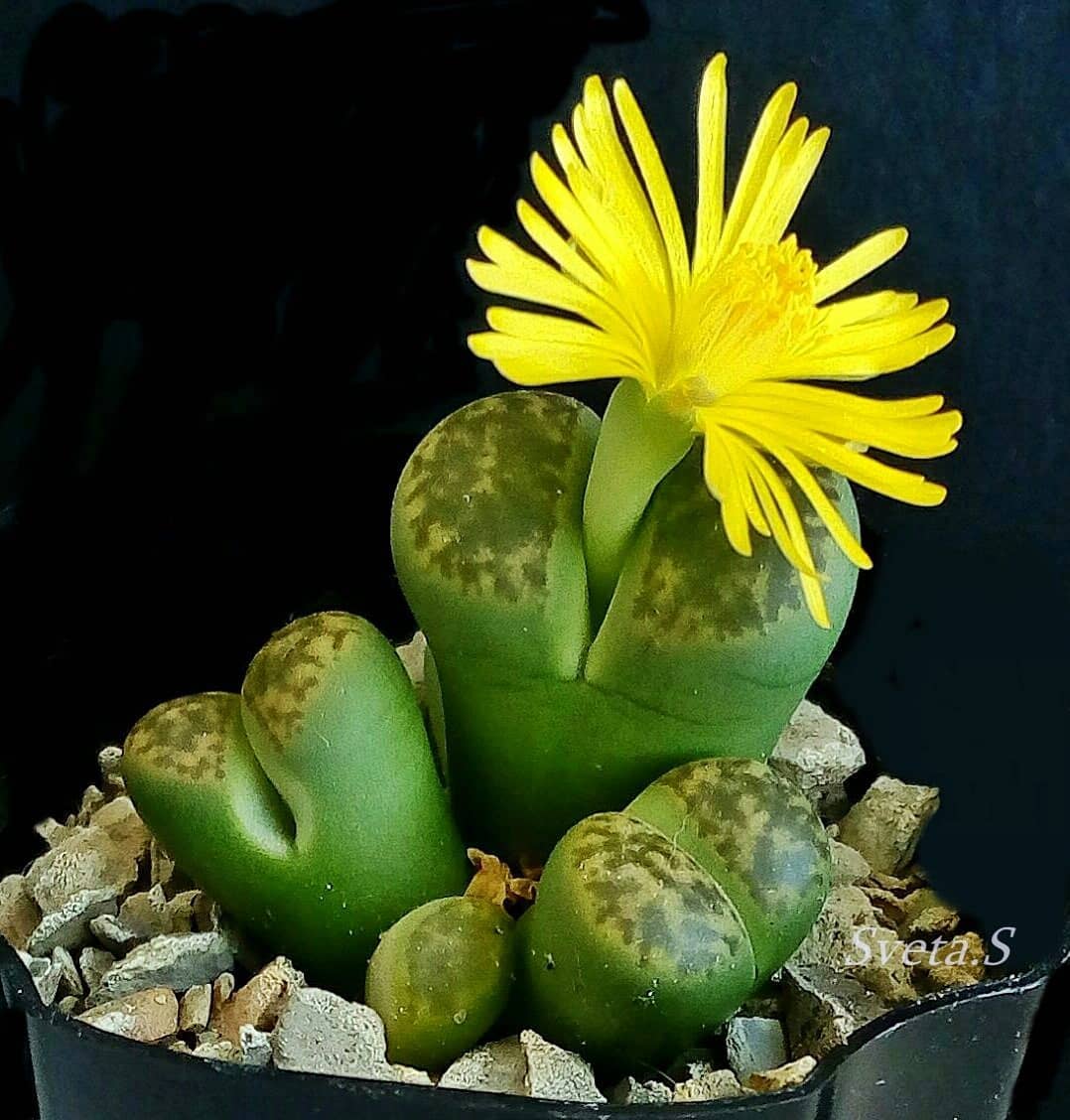
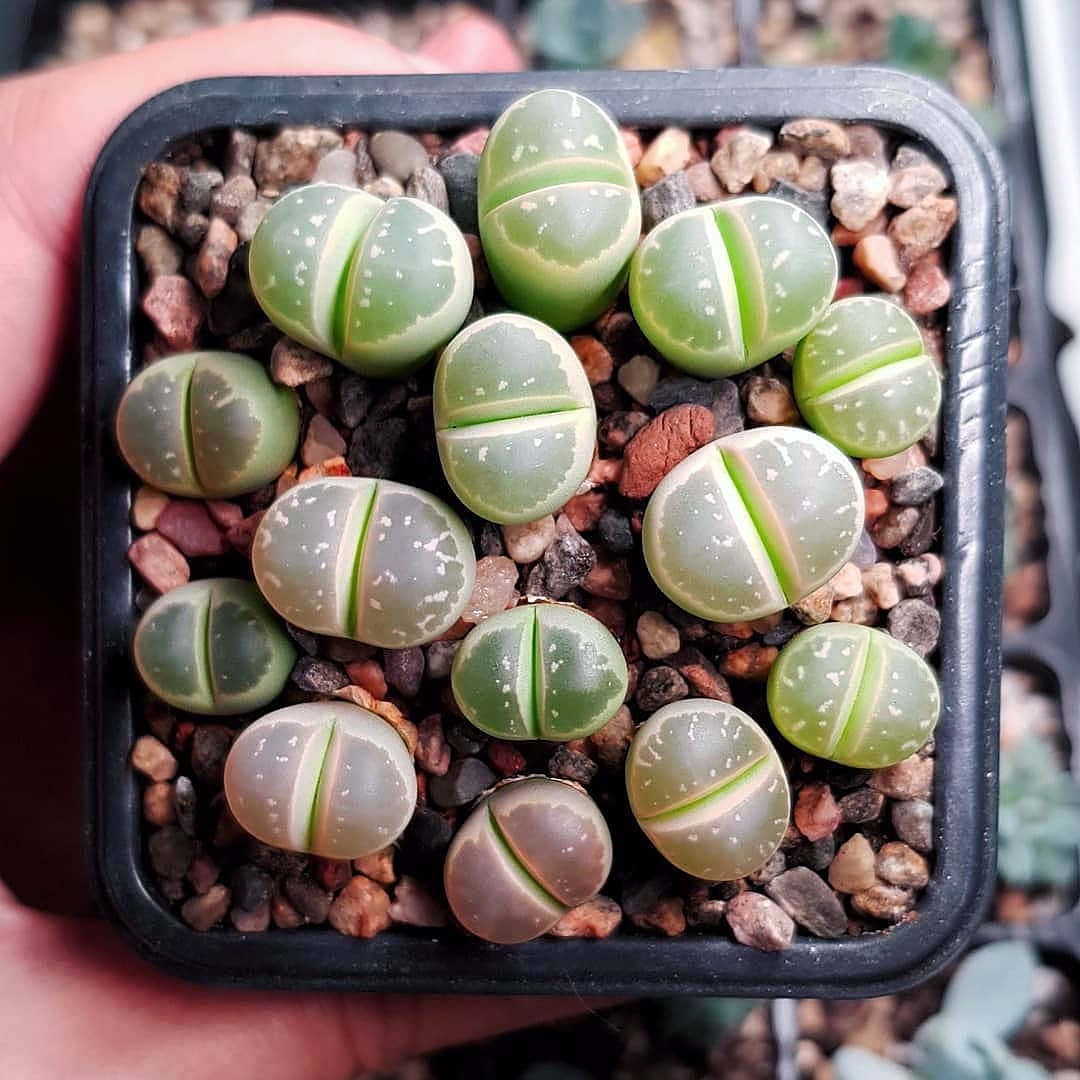
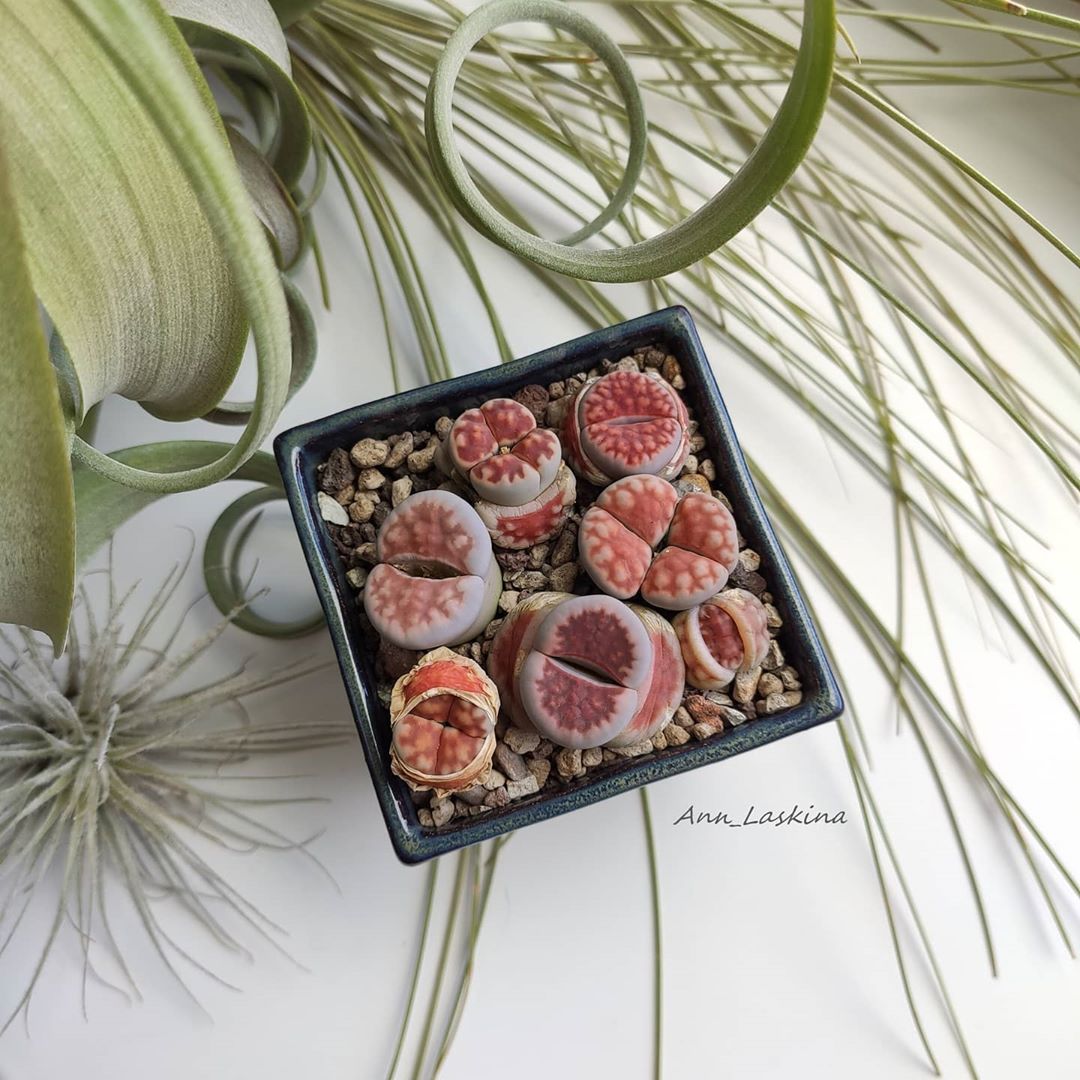










Euphorbia
The succulent is a representative of the large Euphorbiaceae family. The shoots of the plant are thickened, since it is in them that moisture accumulates.The leaves are small or may be absent altogether. A distinctive feature of euphorbia is the milky sap, which can be seen when the stems or leaves are broken. Therefore, when working with a flower you need to wear gloves.
The height of the plant ranges from 30 cm to 2.0 m. The buds are collected in spike-shaped or umbrella-shaped inflorescences.
Popular types:
- marginata;
- multi-flowered;
- cypress;
- variegated;
- bordered.
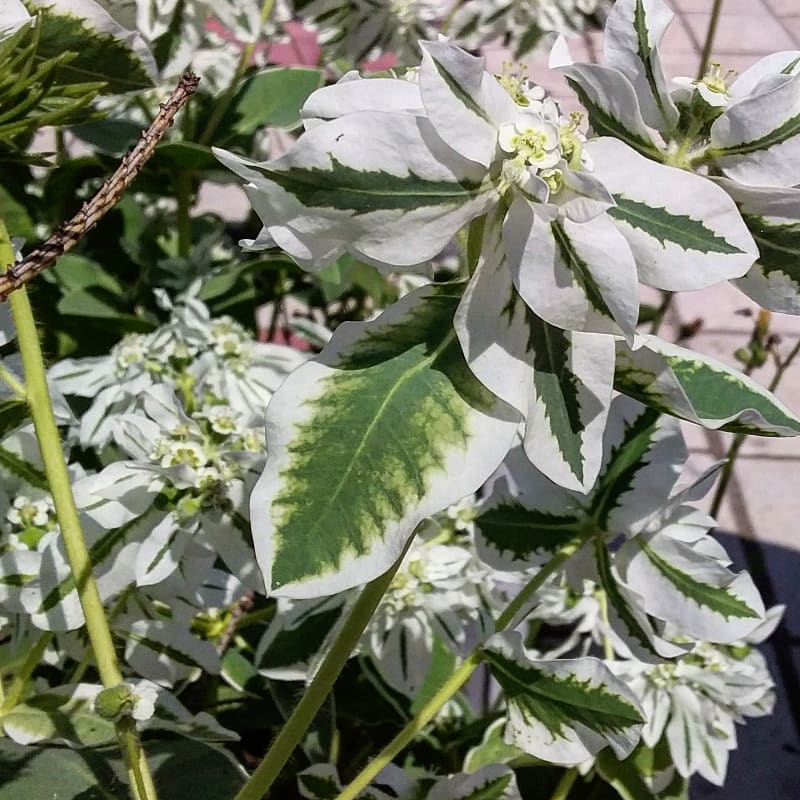
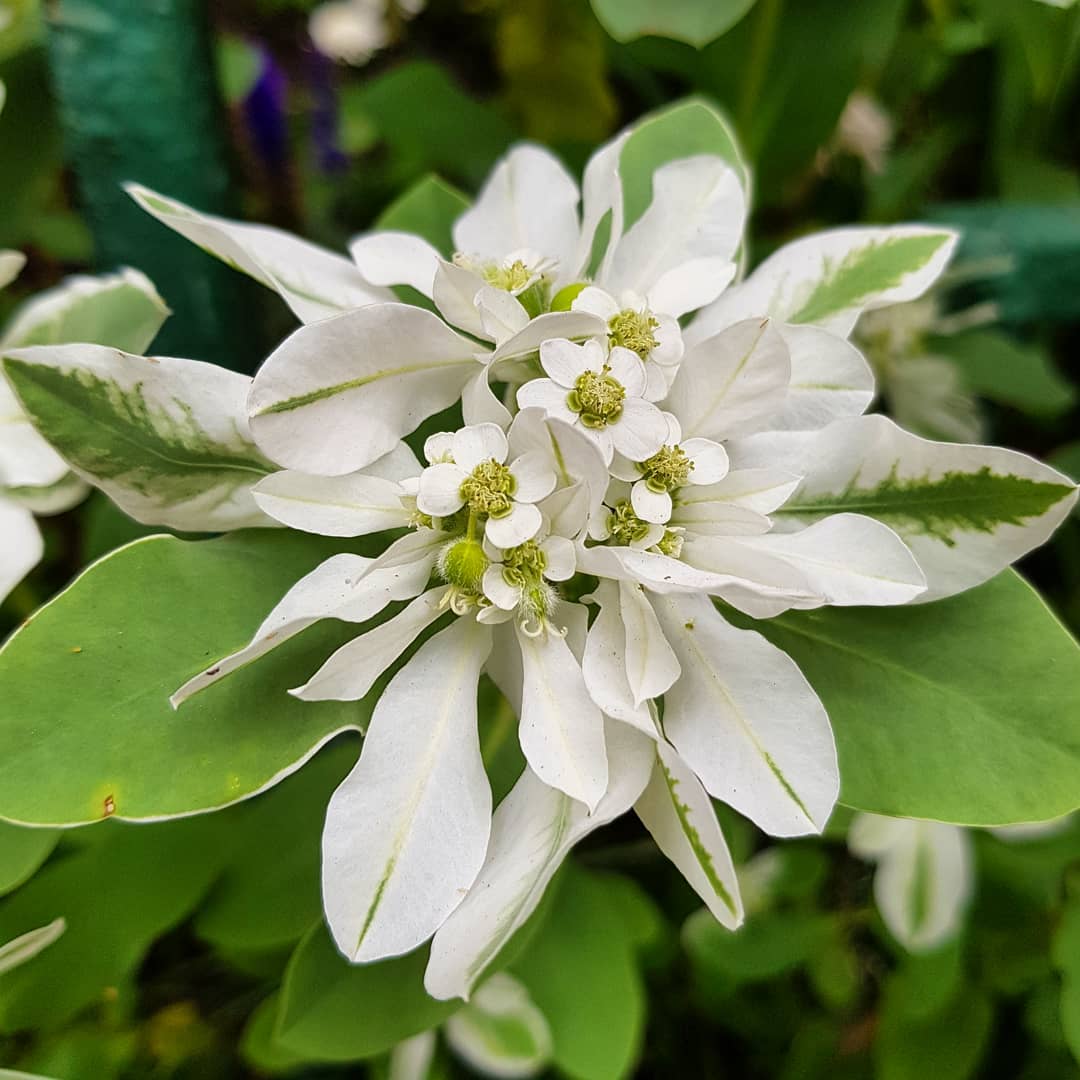
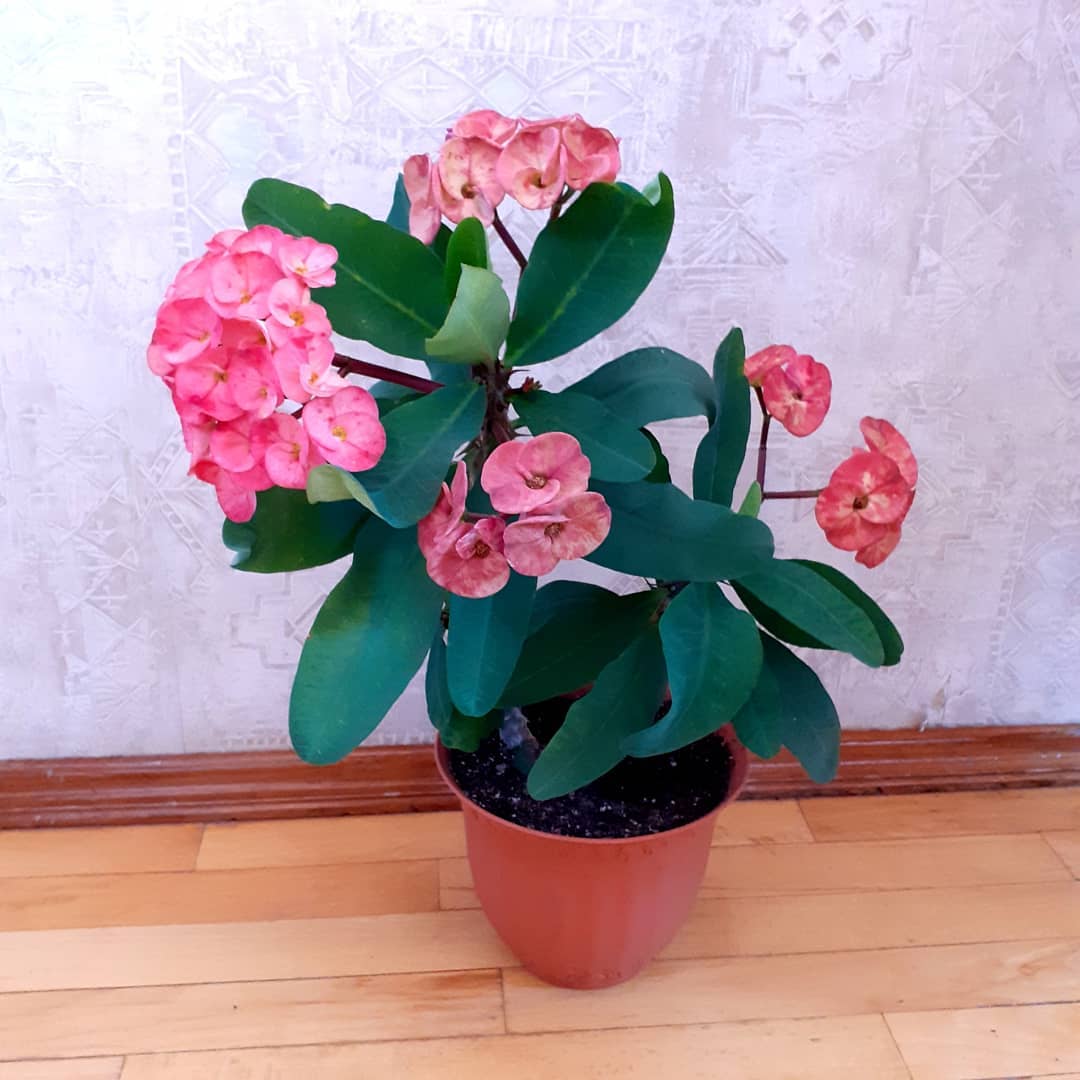
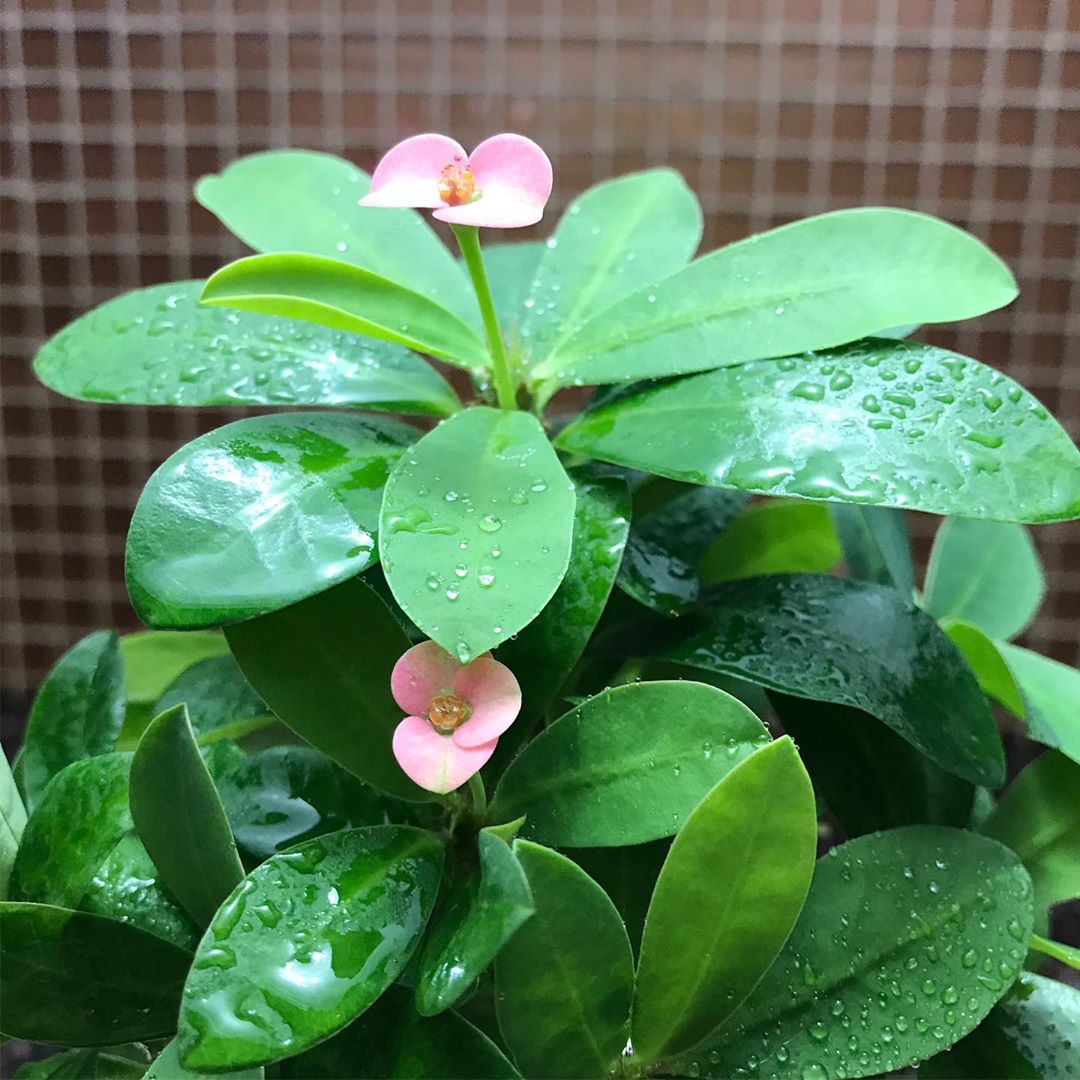
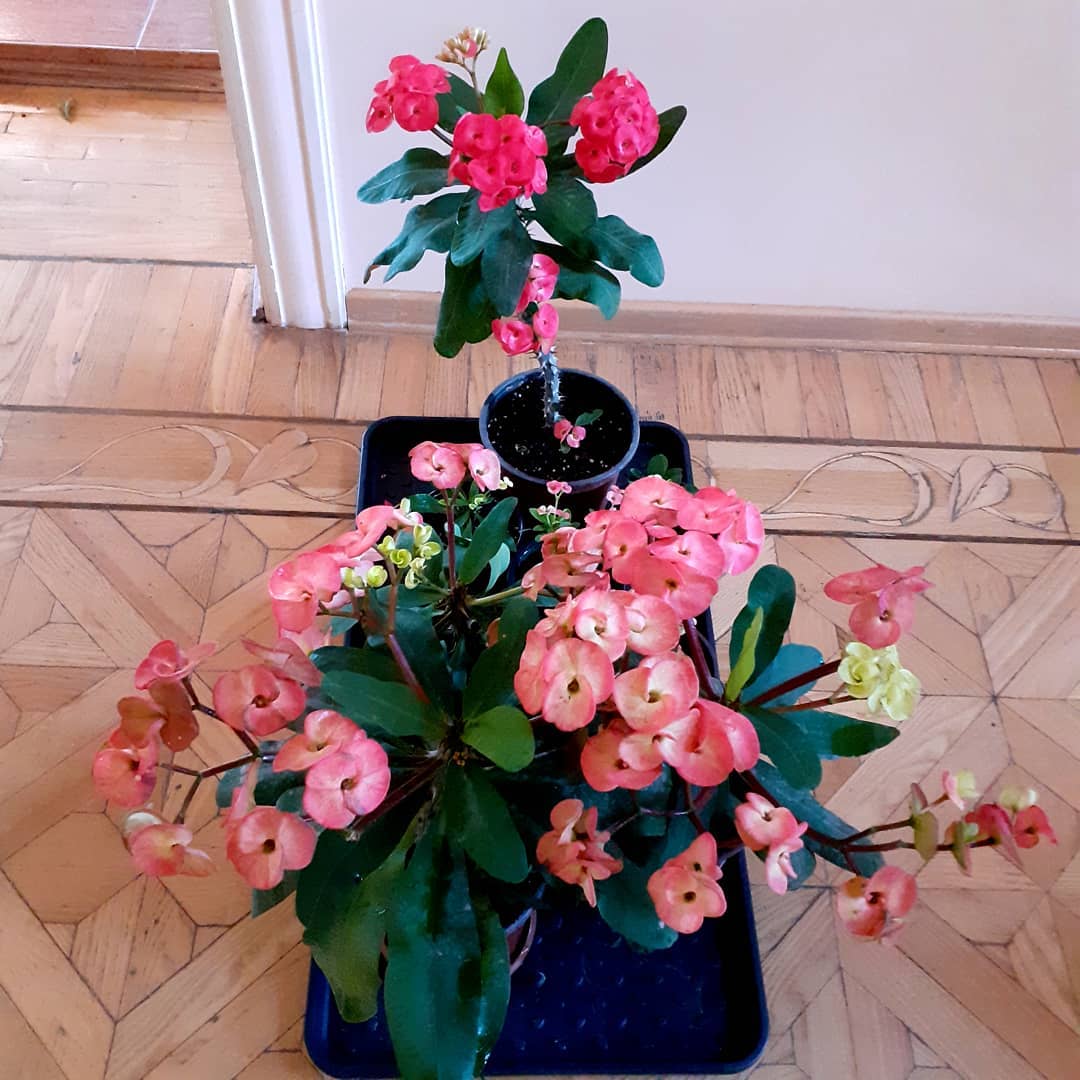





Hathiora
A perennial succulent, also called “dancing bones,” which fully justifies the appearance of the flower. Hatiora forms cylindrical fleshy shoots that thicken slightly towards the top. Their color is green with a reddish-yellow tint. Over time, the surface of the shoots becomes brown and cracks. The height of the plant reaches 180 cm, but the annual growth does not exceed 5 cm.
Hatiora blooms in the spring, when daylight hours lengthen. Miniature flowers appear at the tops of the shoots. Their petals can be pink or yellow. Flowering lasts 10-20 days. In 2-3 months. After its completion, elongated translucent berries-fruits appear.
Popular types:
- pink;
- Hermine;
- saltwort;
- Gartner.

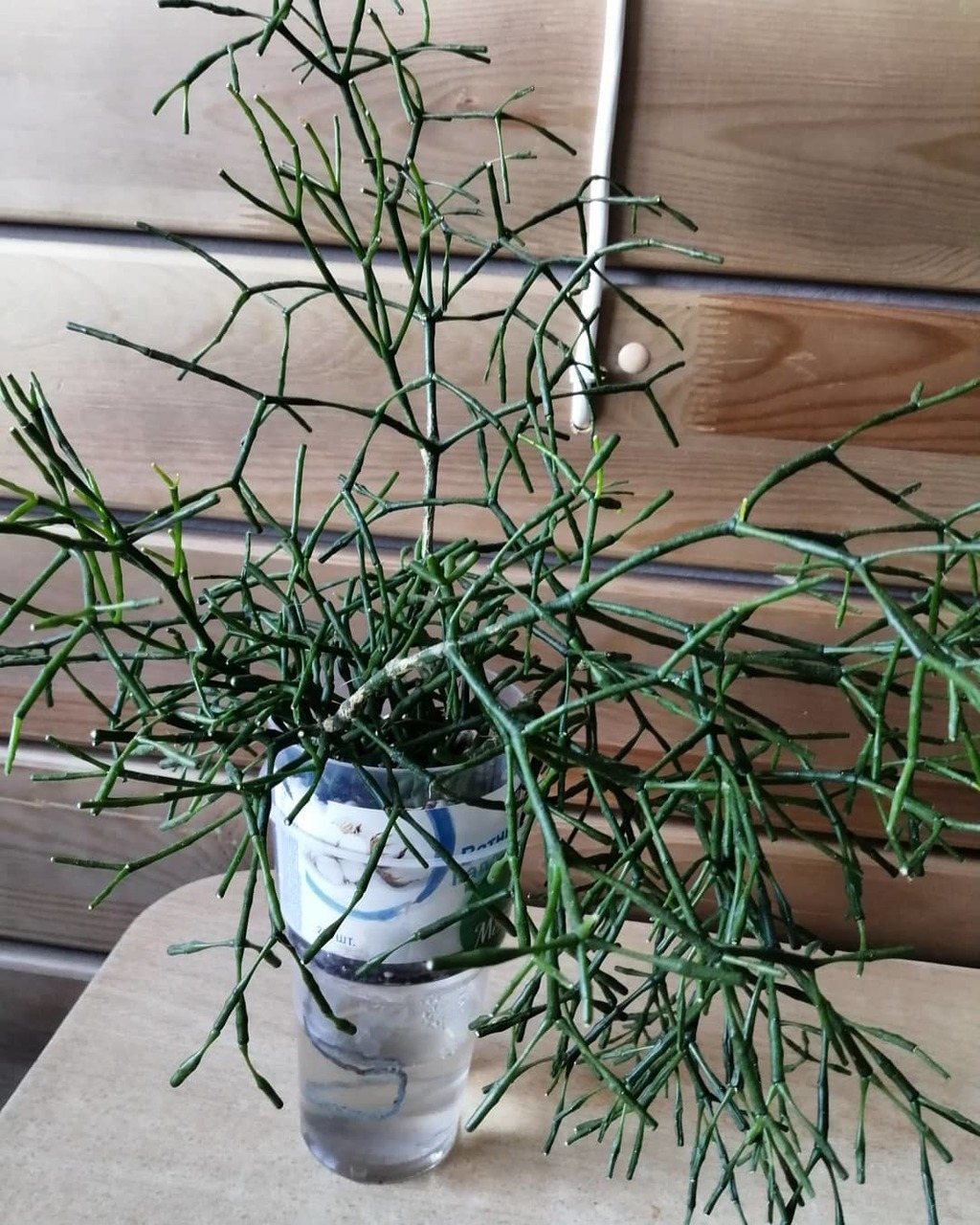
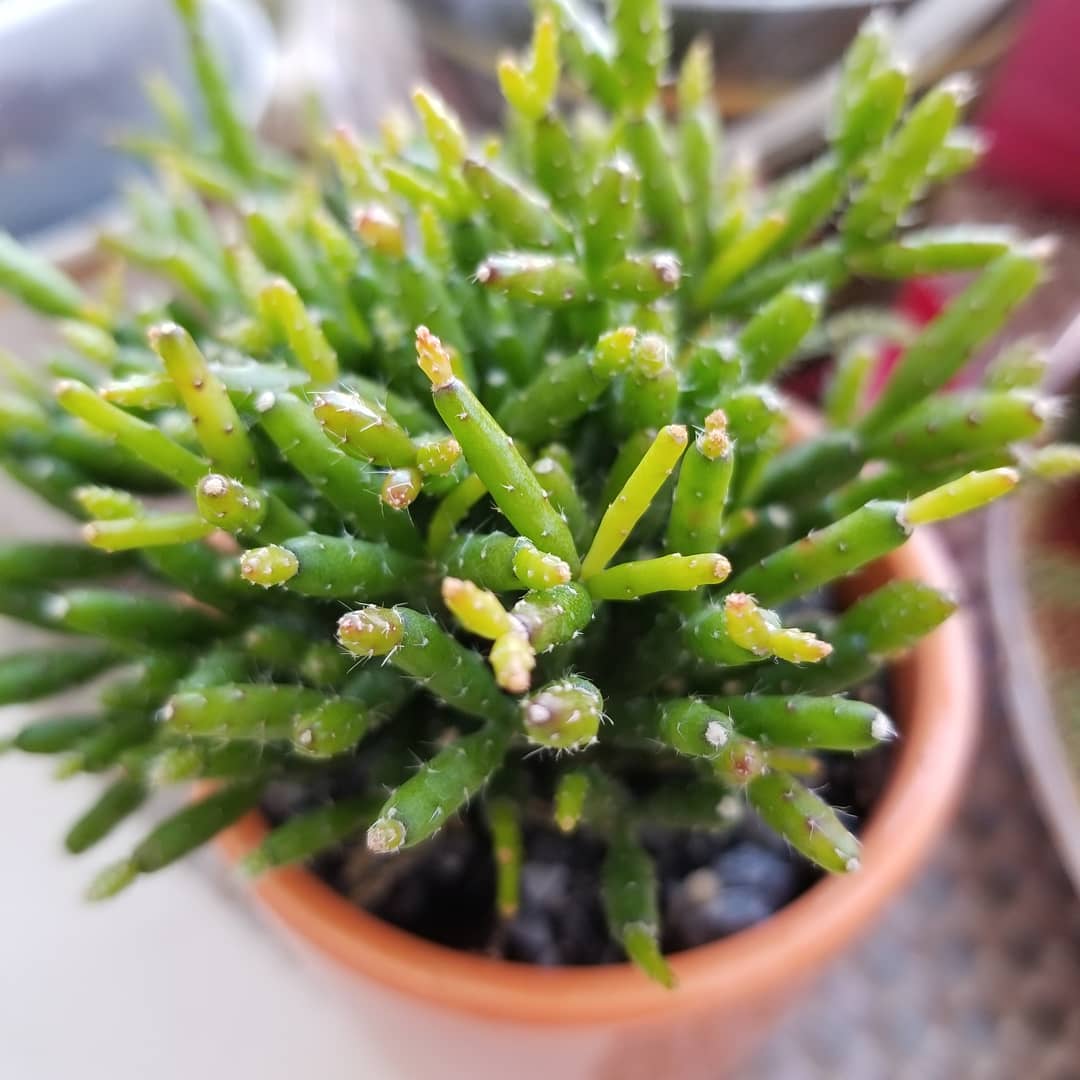
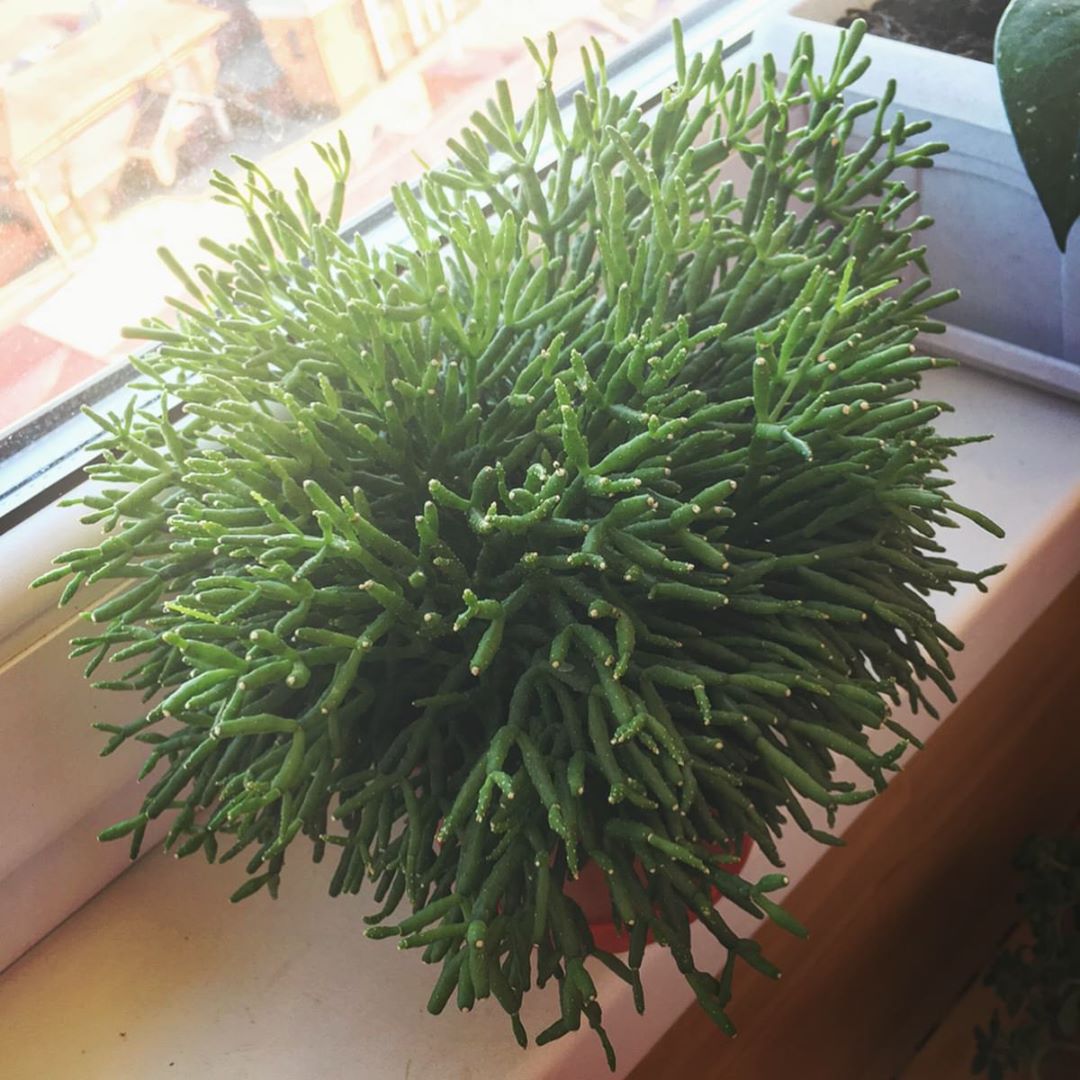
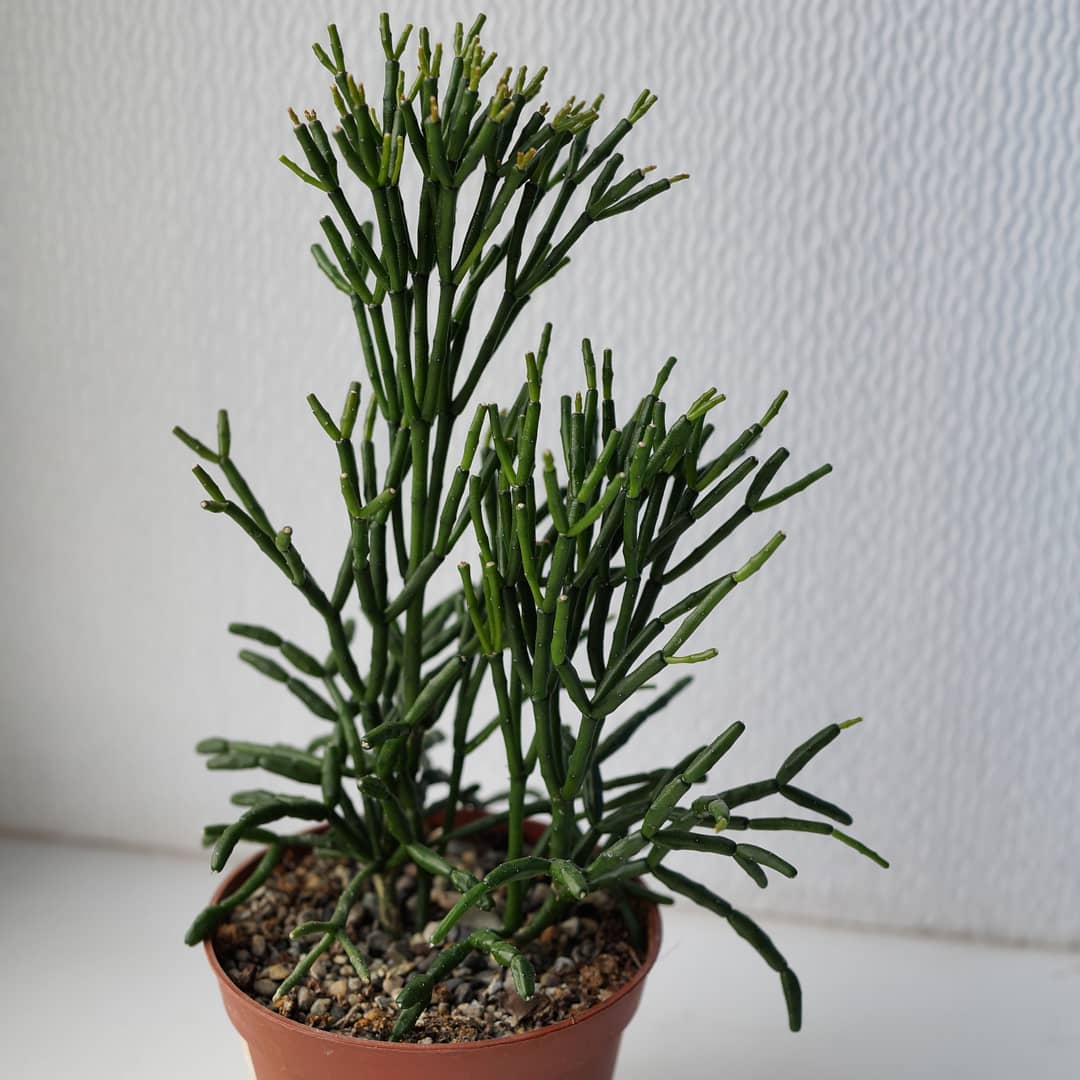
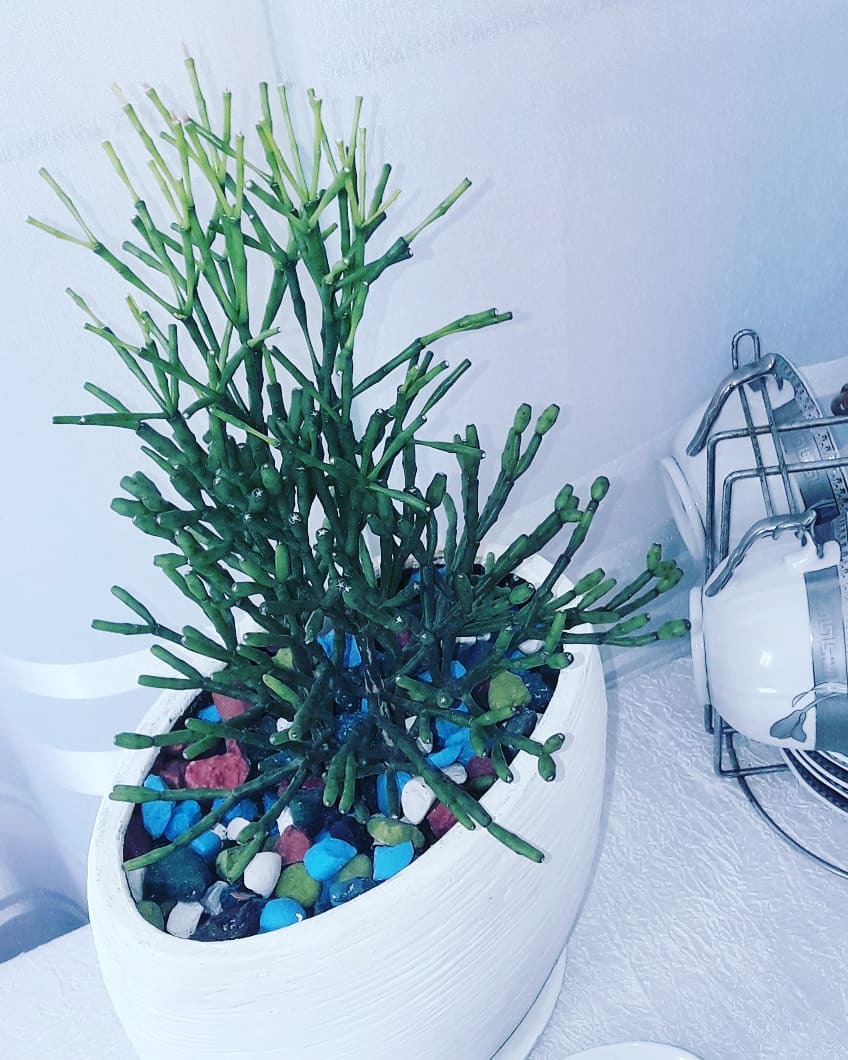
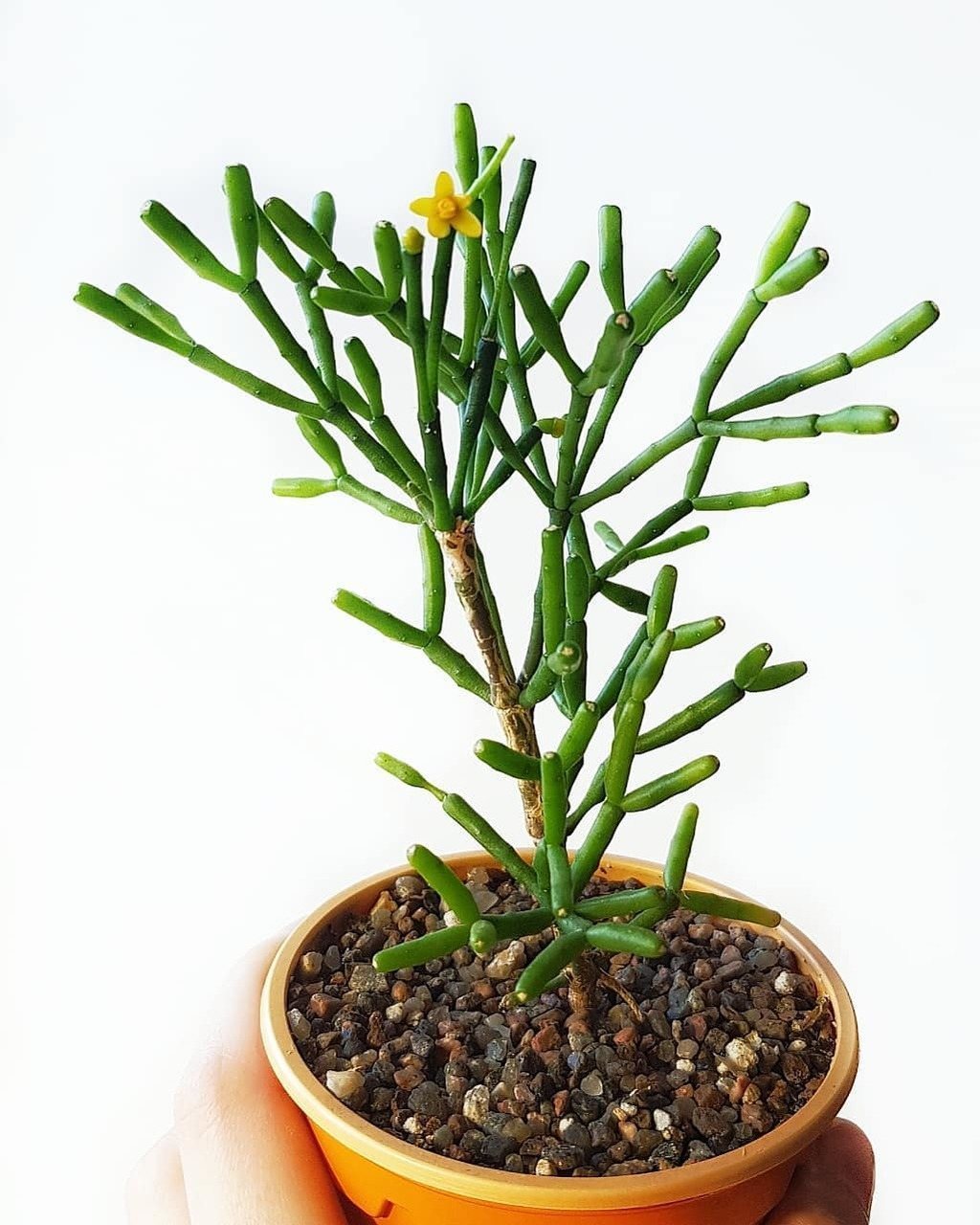







Aeonium
The succulent is a long-lived plant, for which it is nicknamed eternal. The plant forms a small herbaceous shrub with single or branched stems. As it matures, its shoots begin to resemble a tree trunk. Often aerial roots appear on them.
The height of the aeonium can be from 15 cm to 1.0 m. The leaves are sessile, large, wide, tapering at the base. In most cases they have a smooth surface, but there are also species with a small edge. The edges of the plates are jagged or solid. The leaves form large rosettes at the edges of the stems.Aeonium flowers are small, collected in racemes. Their shade can be white, pink and yellow.
Popular types of aeonium:
- tree-like;
- Virginia;
- Schwarzkopf;
- noble;
- Burchard.
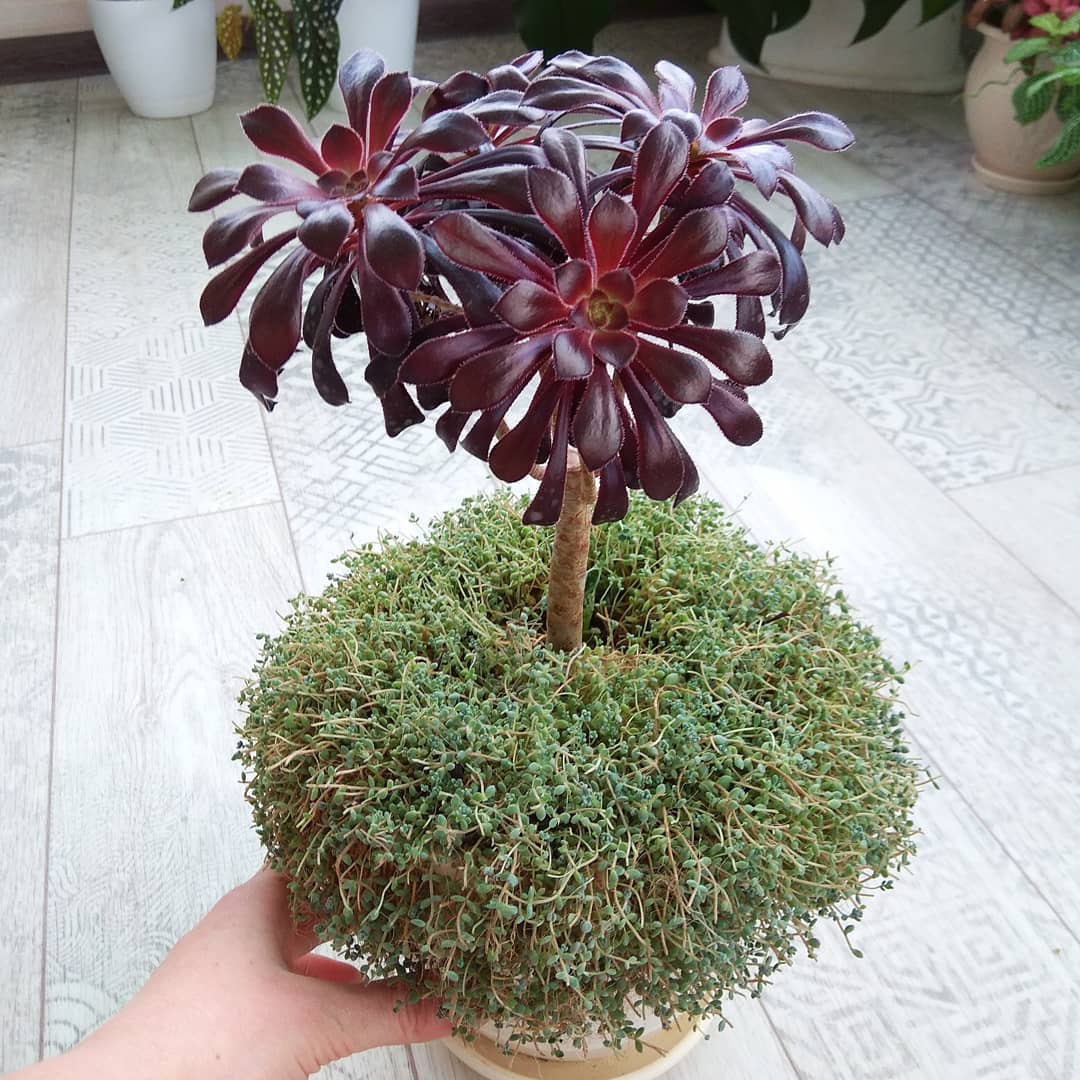
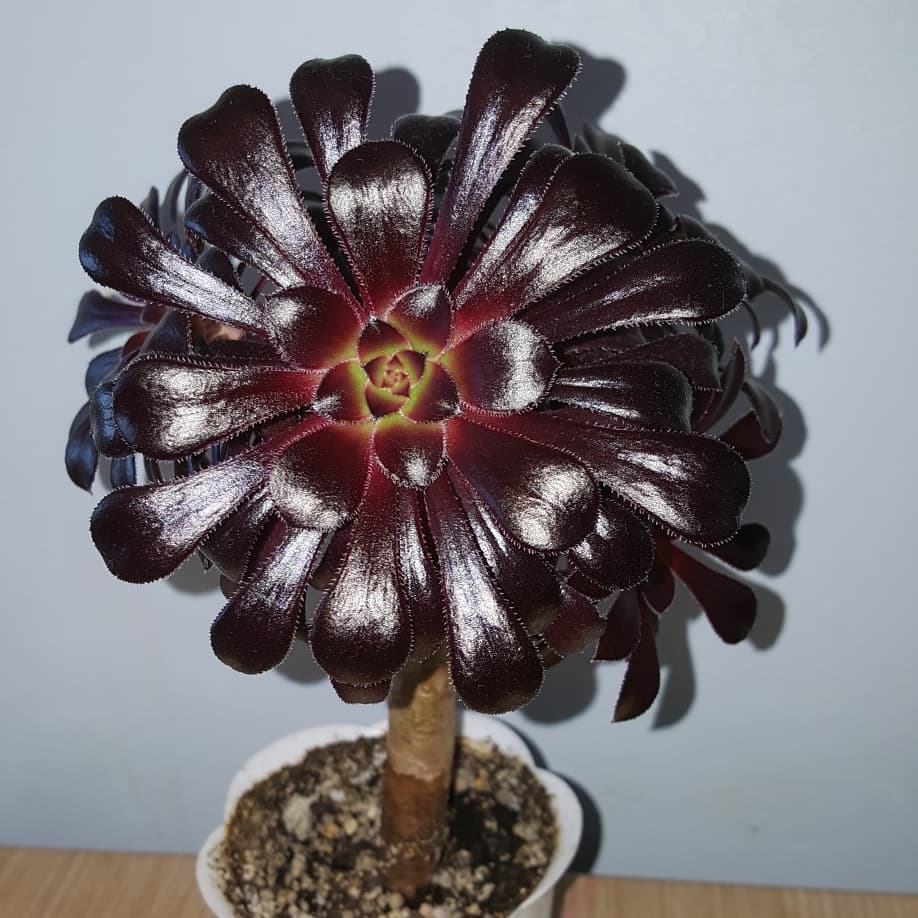
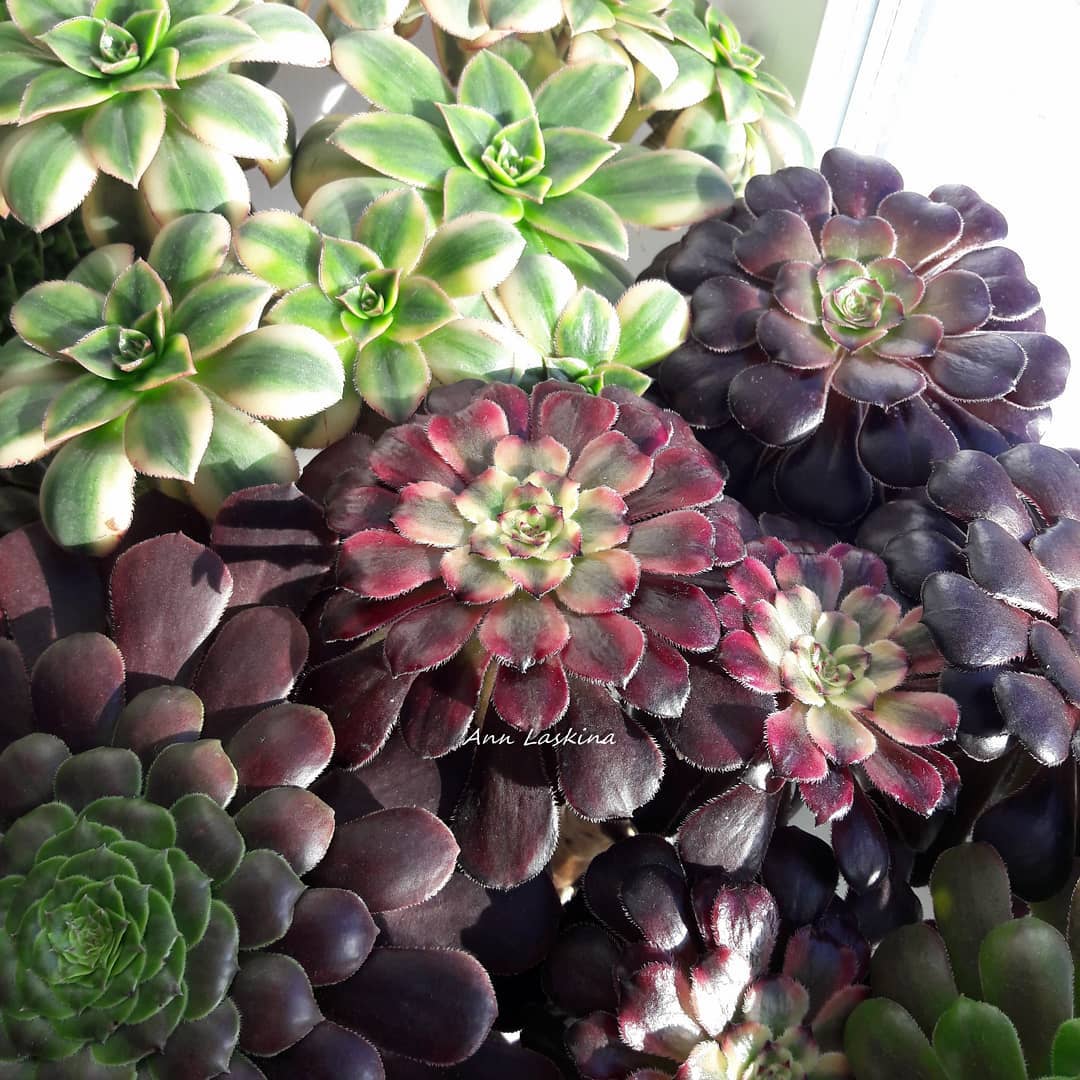
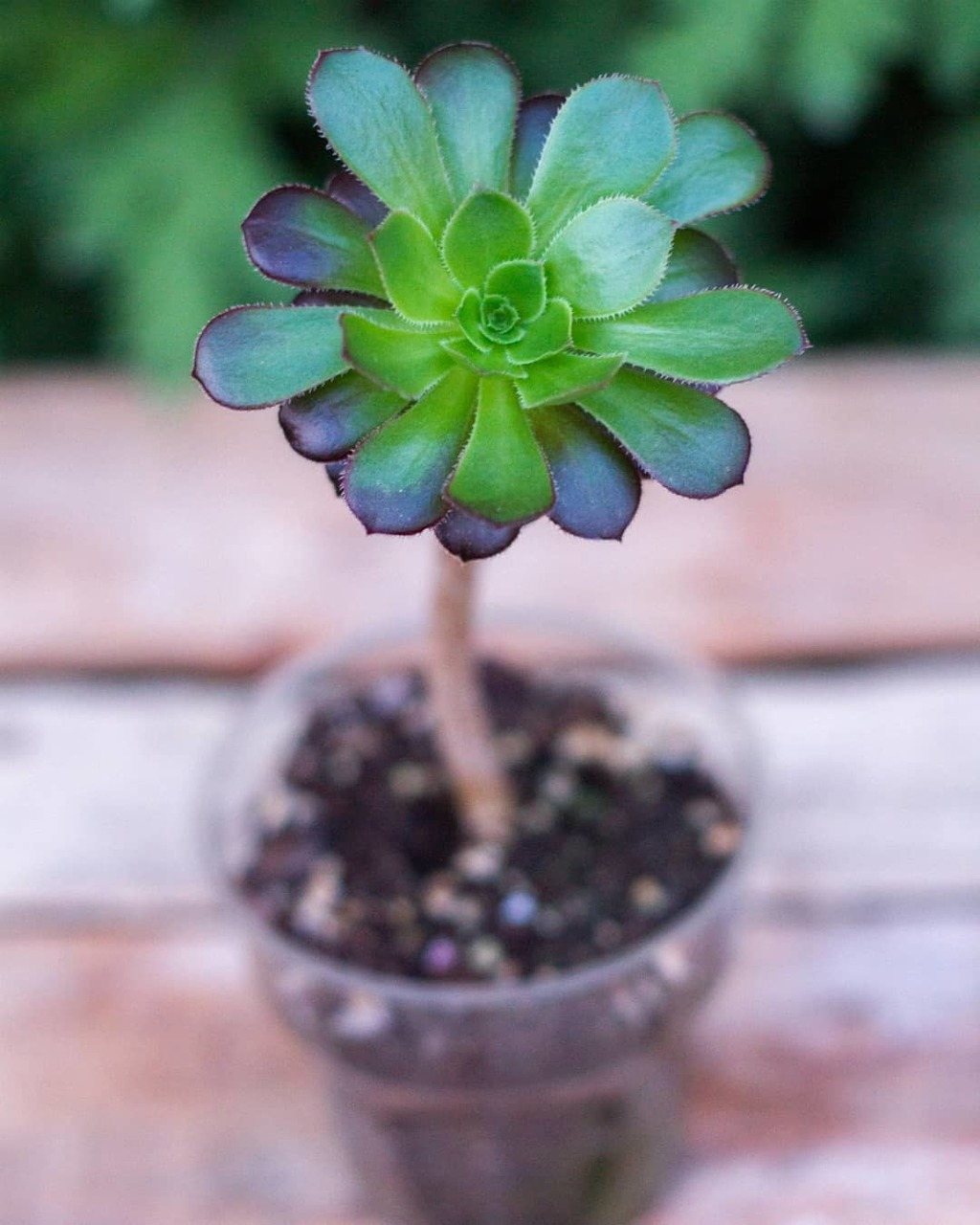
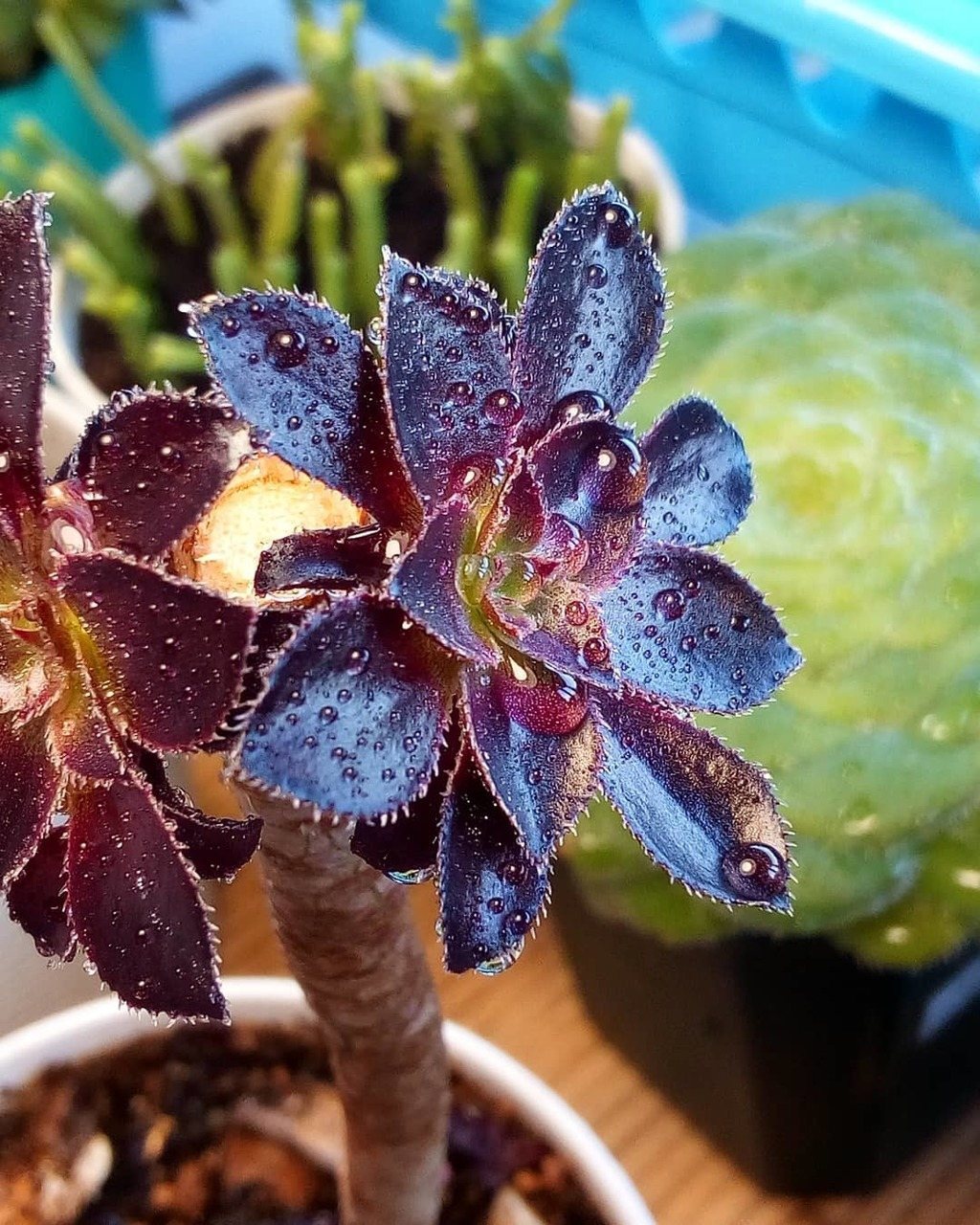
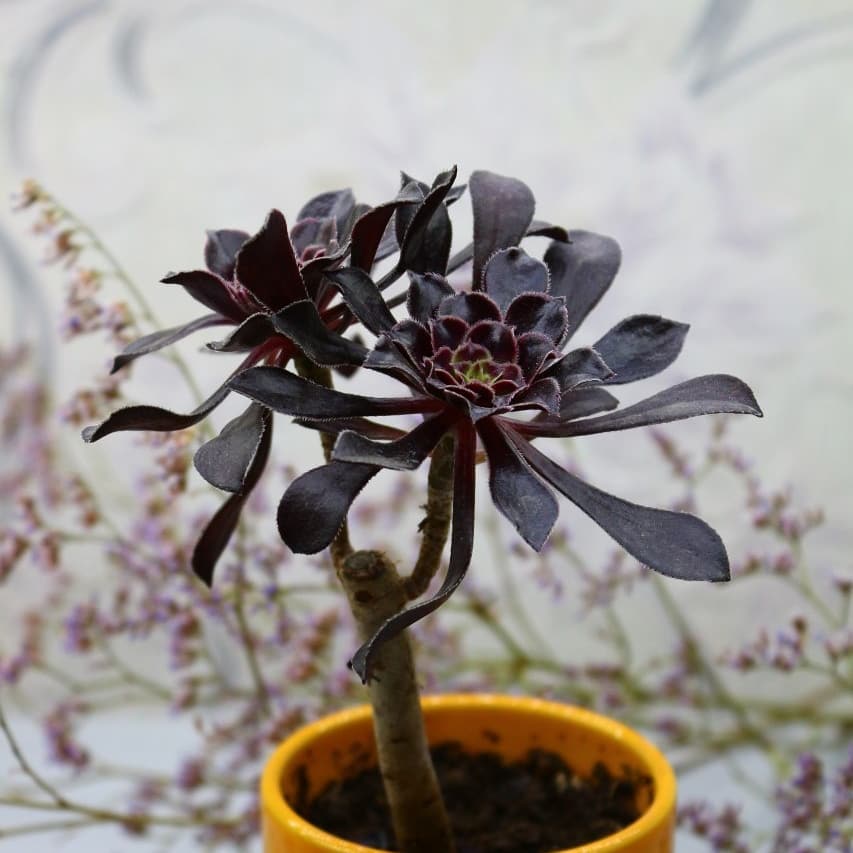
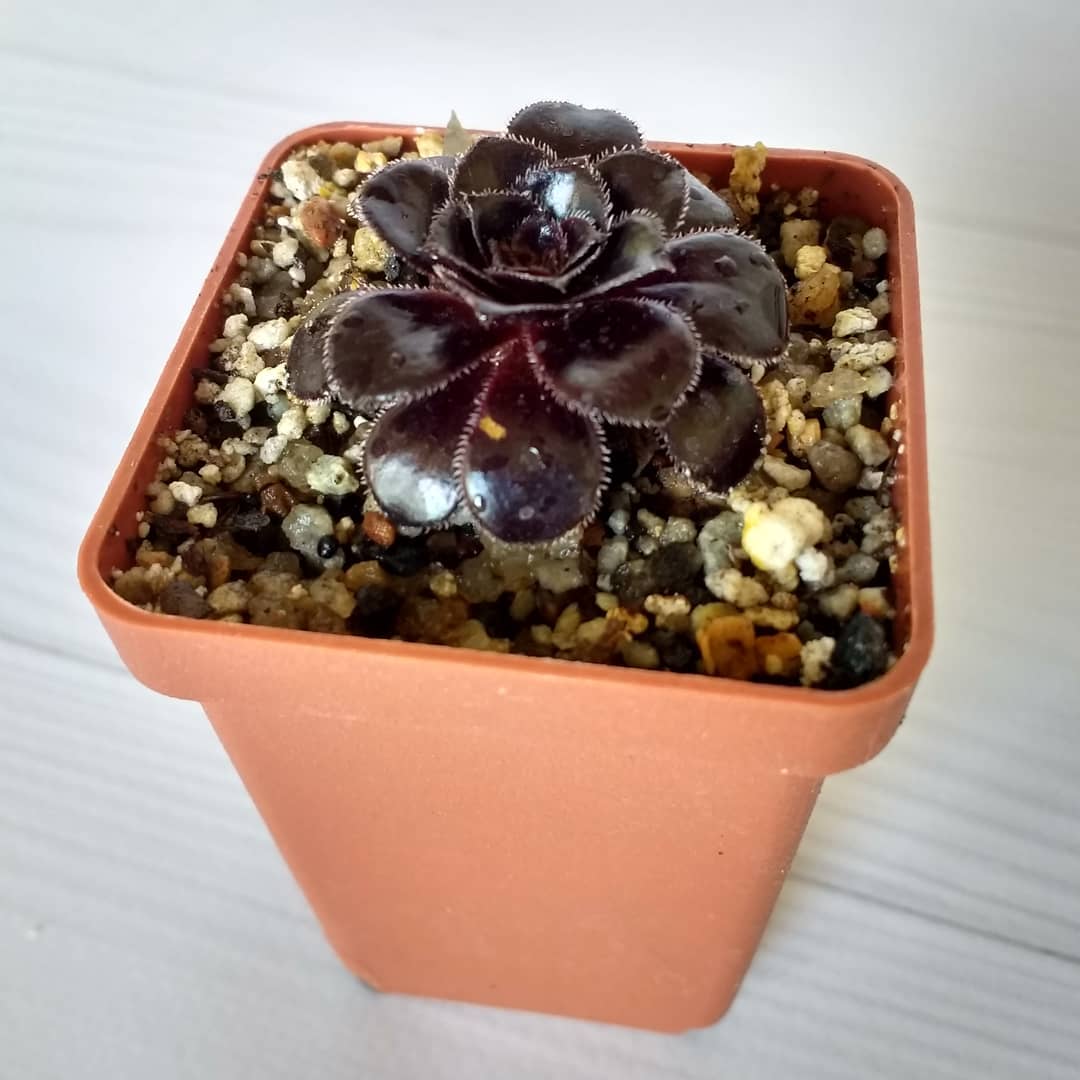
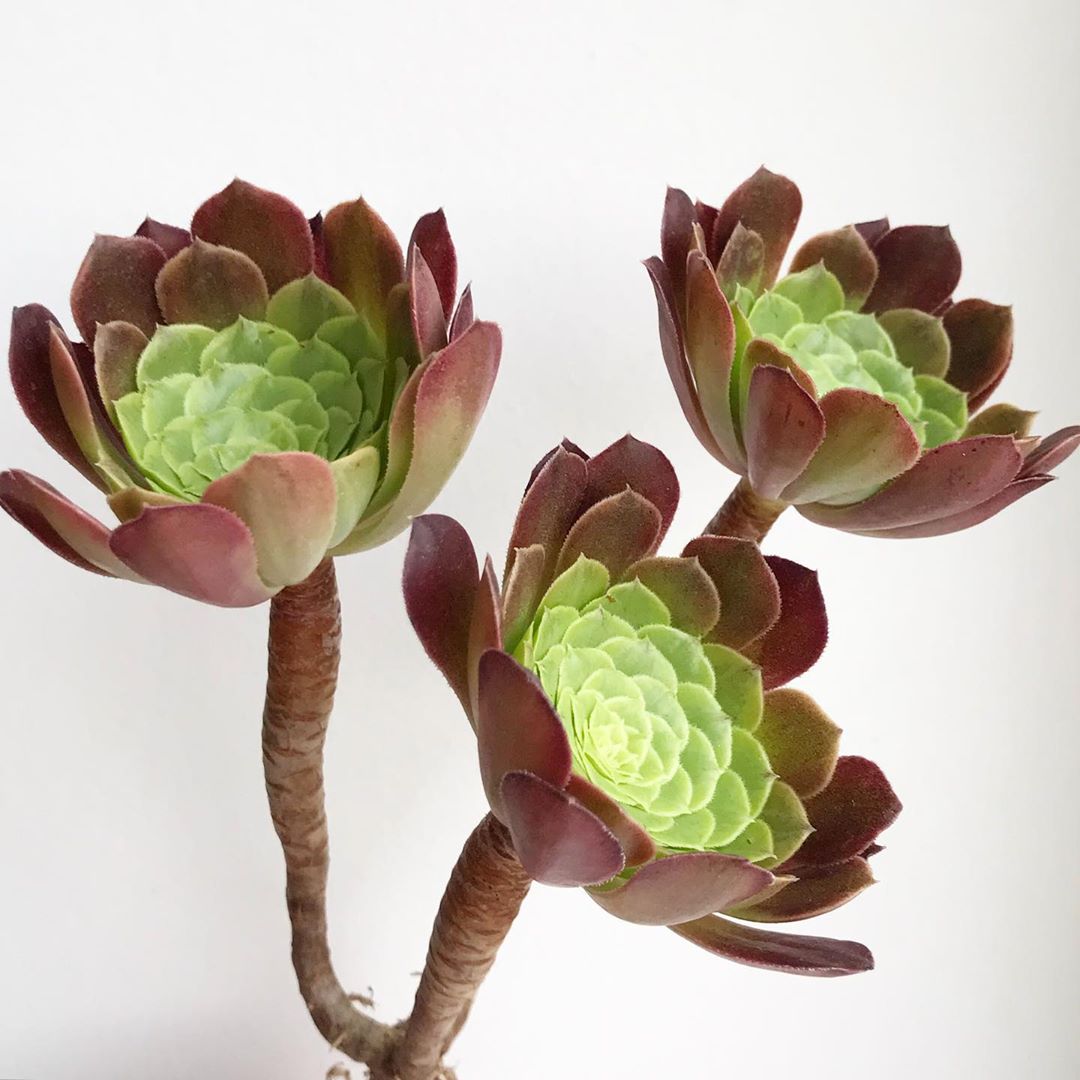
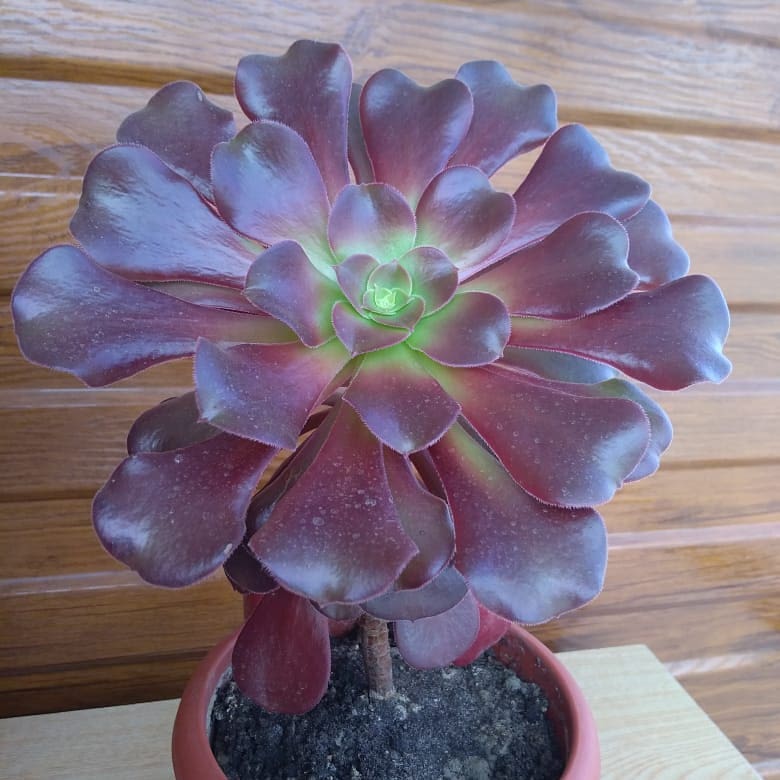
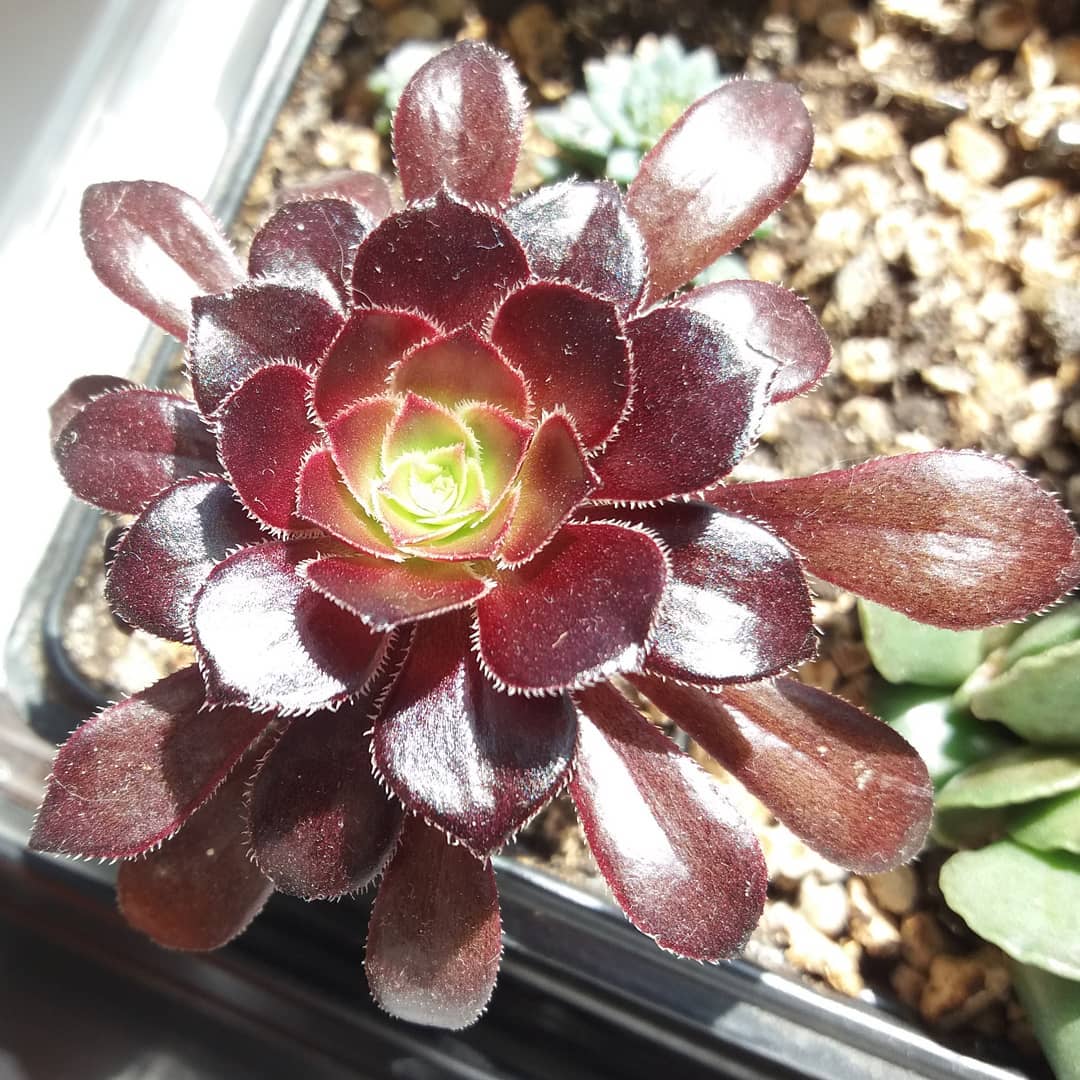










Stapelia
A perennial succulent that grows naturally in southwest Africa. The height of the crop is 10-60 cm. It forms numerous tetrahedral shoots branching at the base. It is in them that the plant accumulates moisture. There are mild thorns on the edges. The tint of the shoots is bluish or green, but under the influence of sunlight a red-violet tint may appear.
The flowers of the slipway resemble a starfish; they are lowered and arranged in pairs. Their diameter is 5-30 cm. They grow at the base of the shoots. The color of the petals can be monochromatic or variegated. Basically, when the flowers open, a foul odor is felt.
Common types:
- star-shaped;
- motley;
- gigantic;
- glandular;
- golden purple;
- changeable;
- grandiflora.
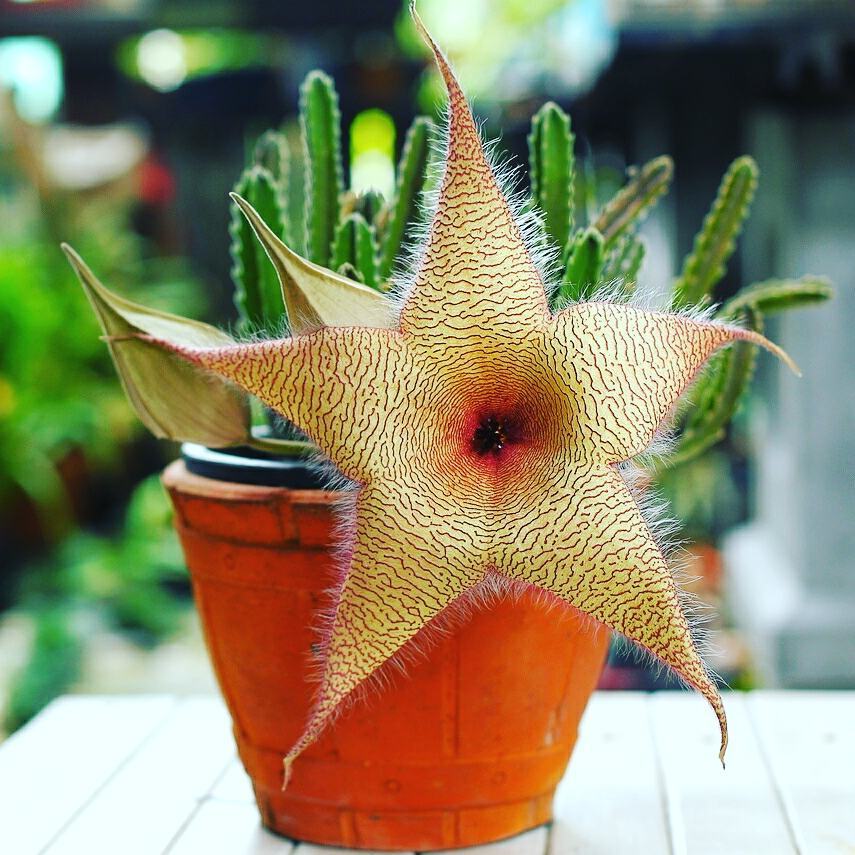
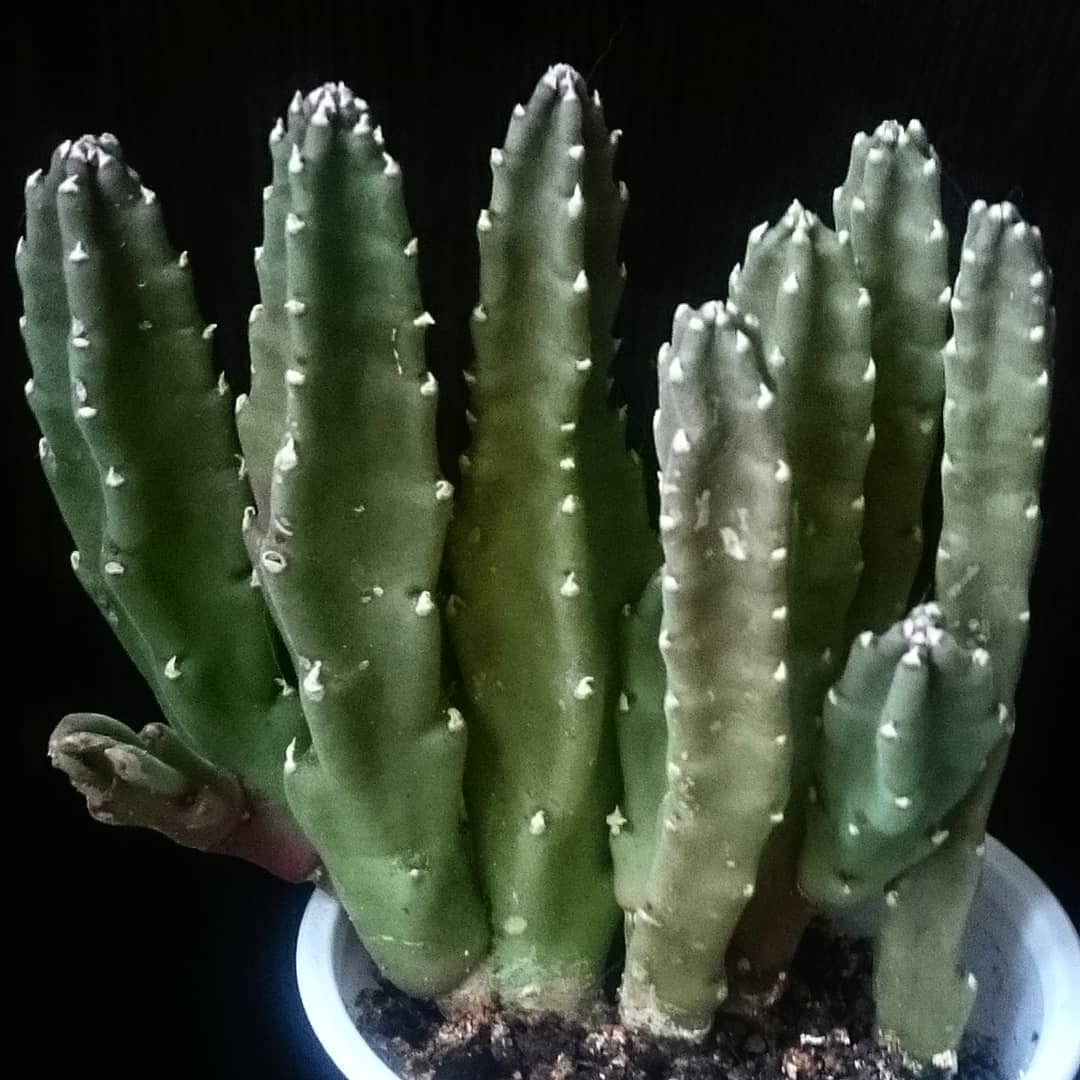
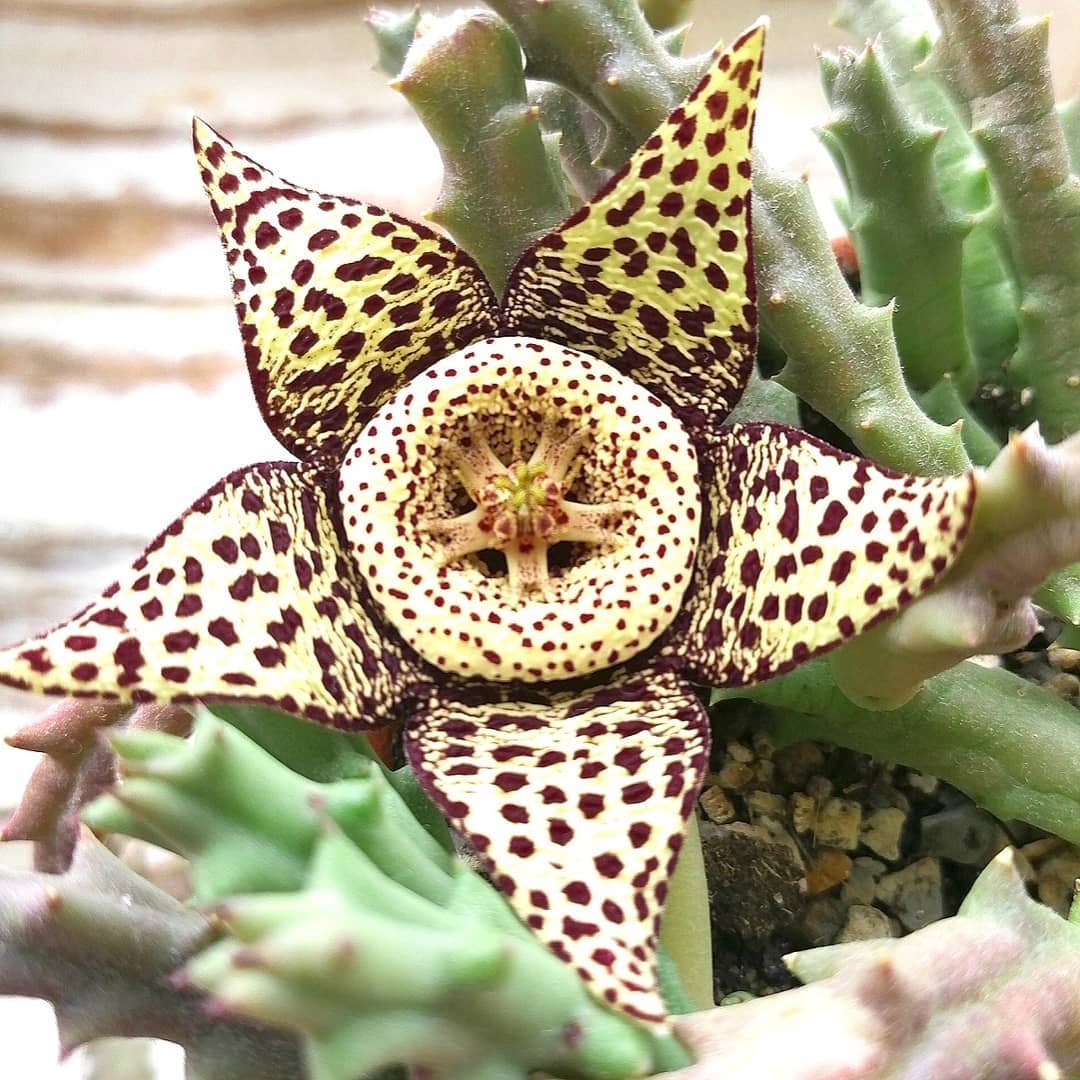
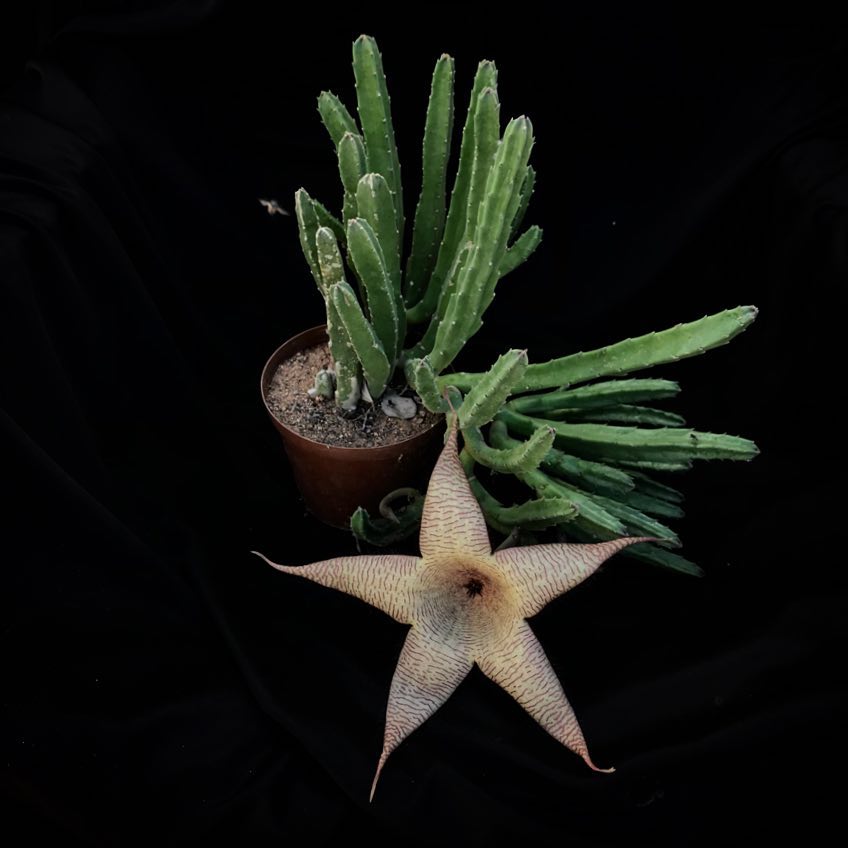
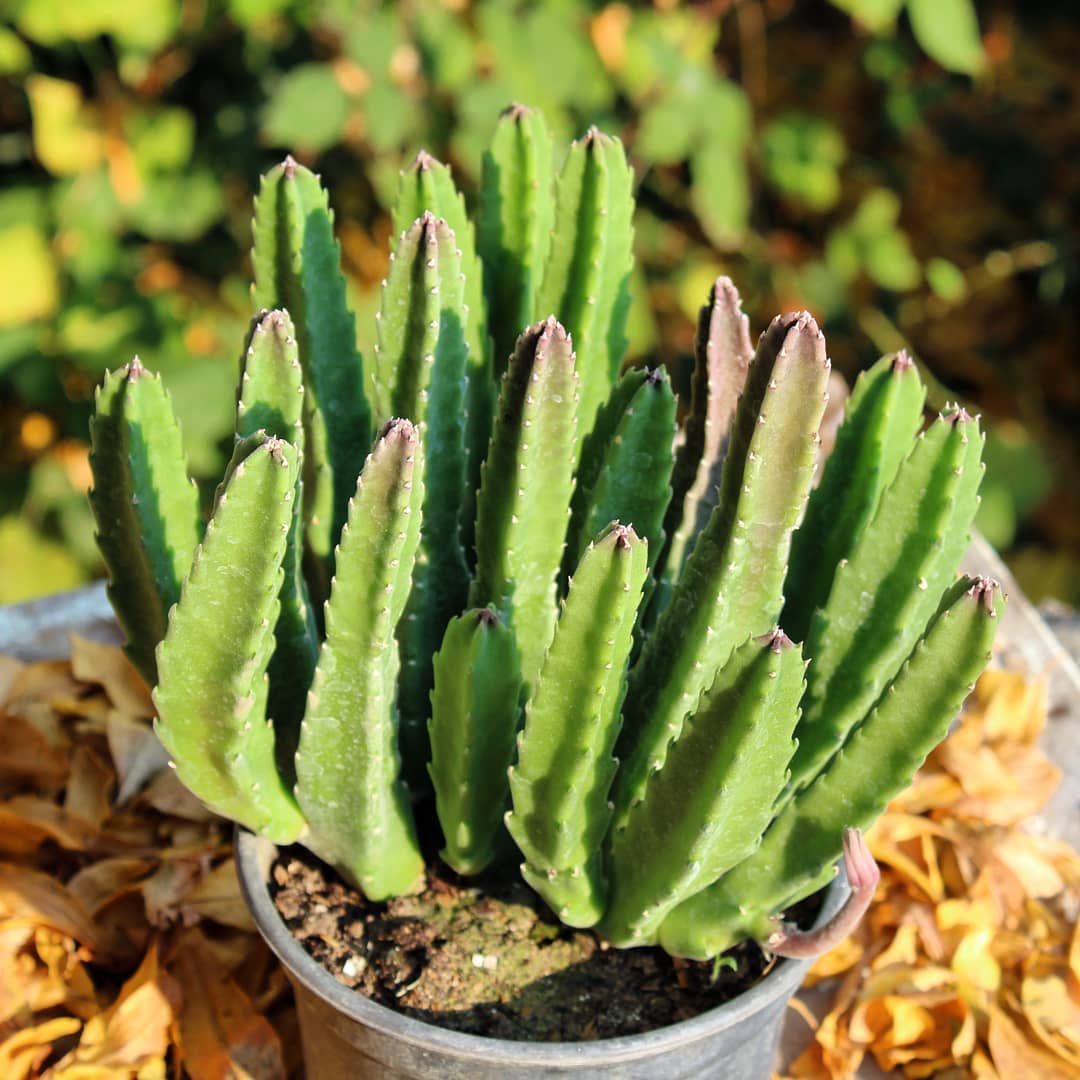
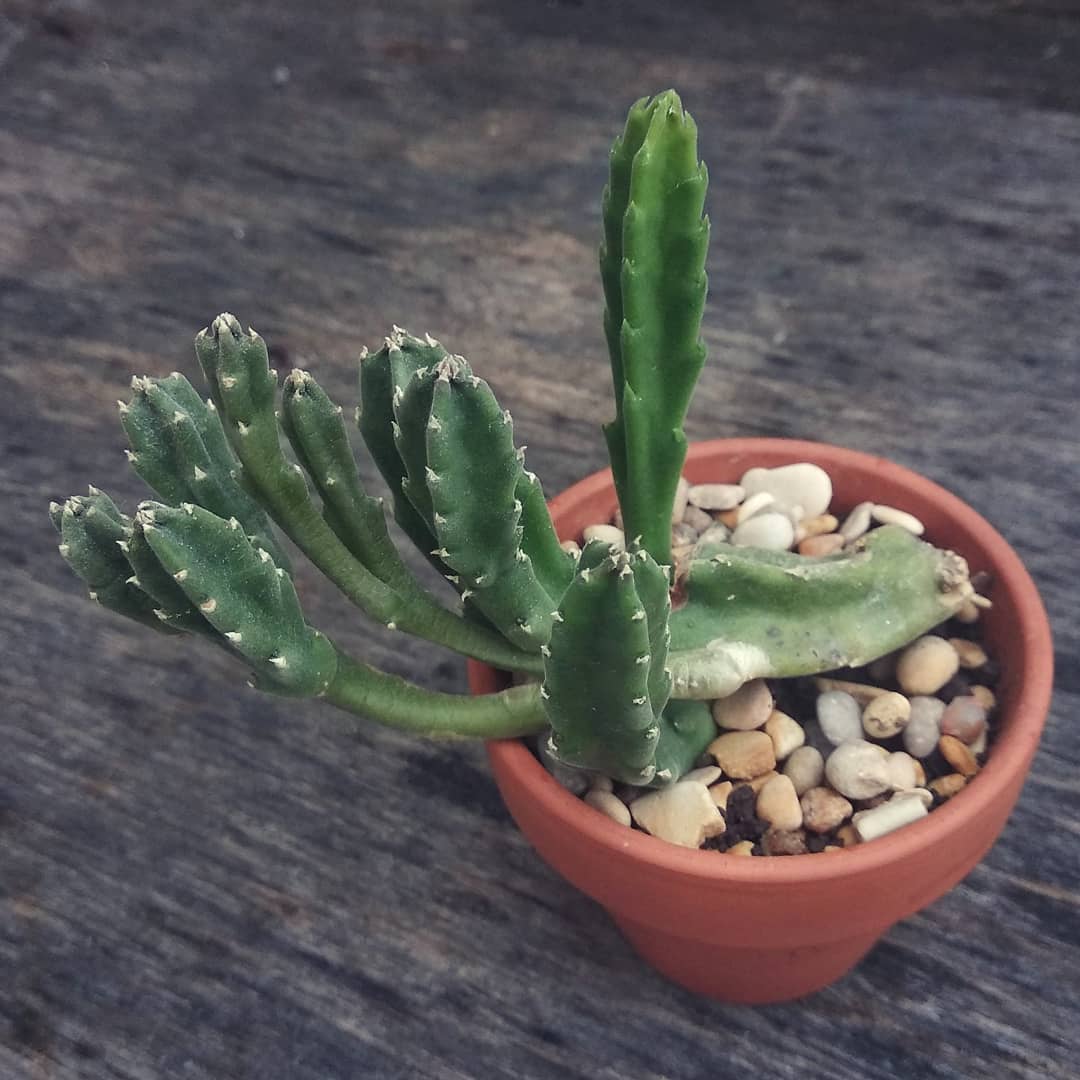
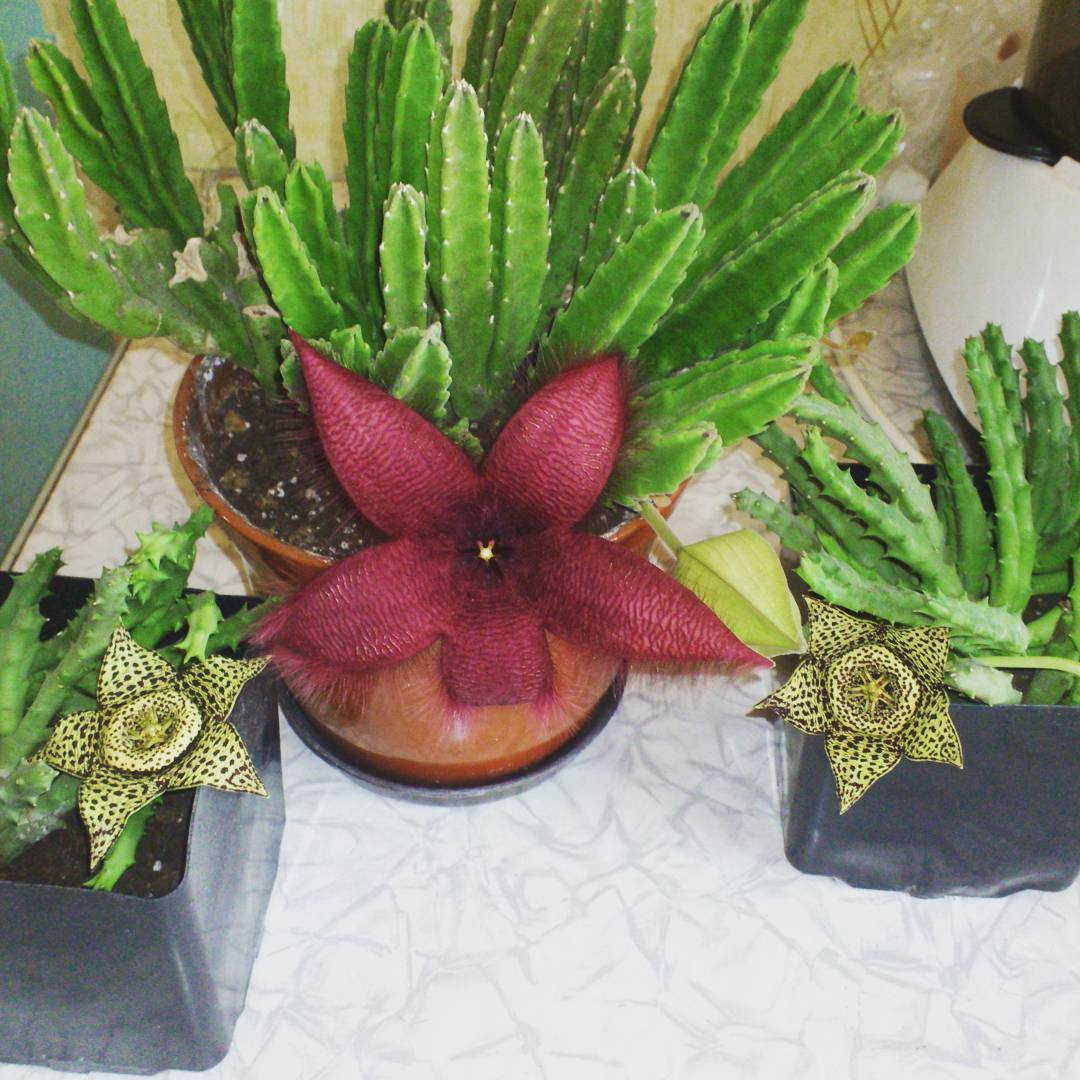
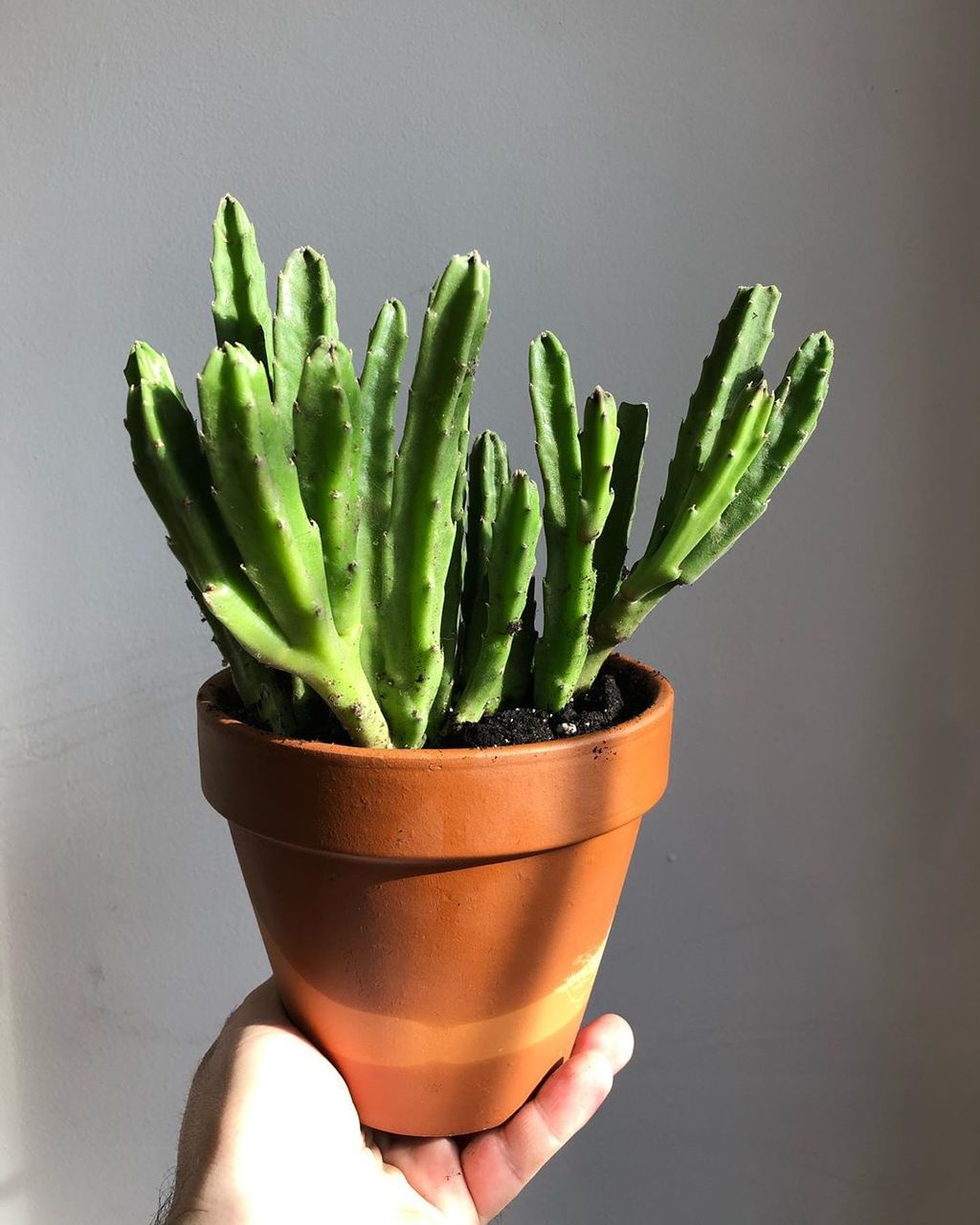
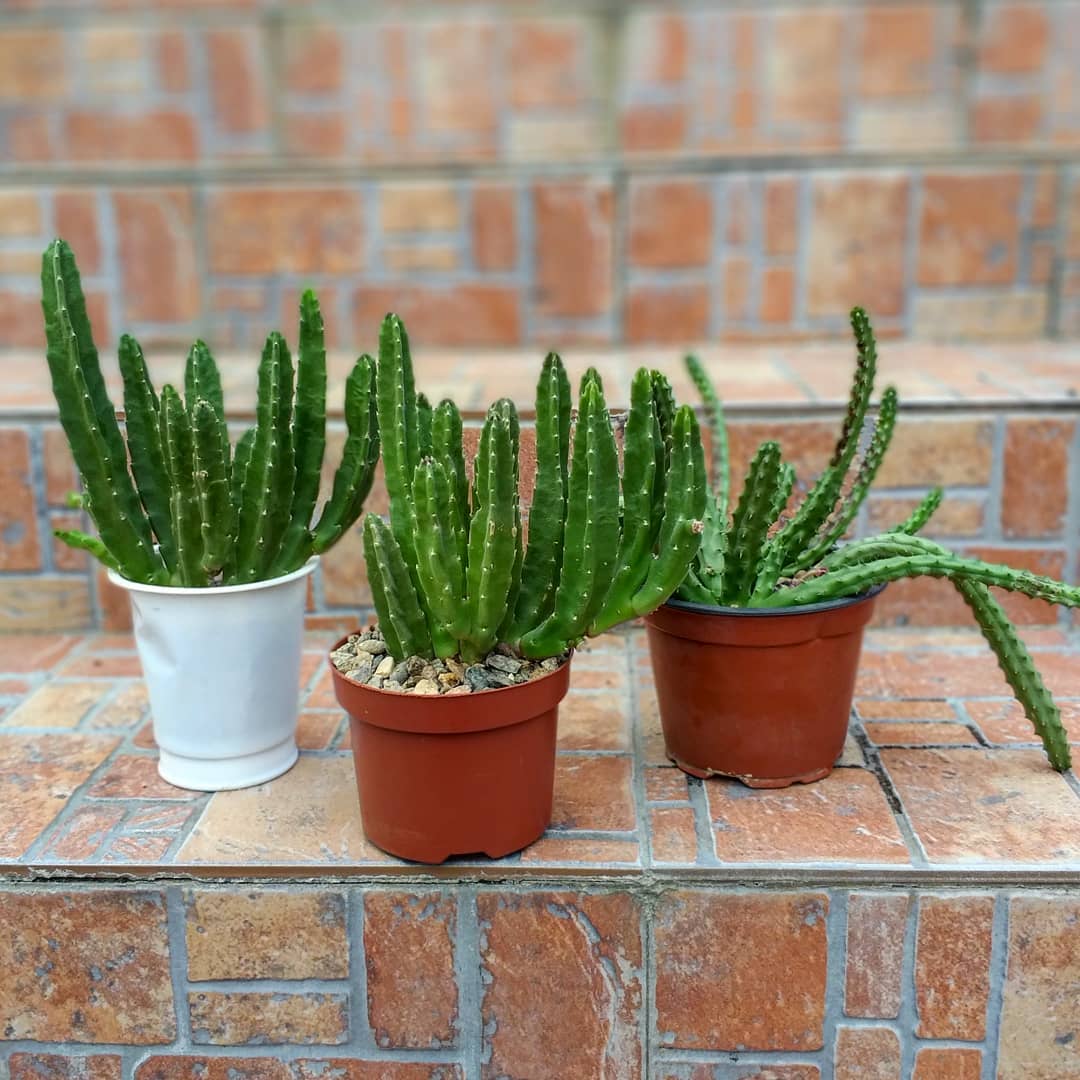
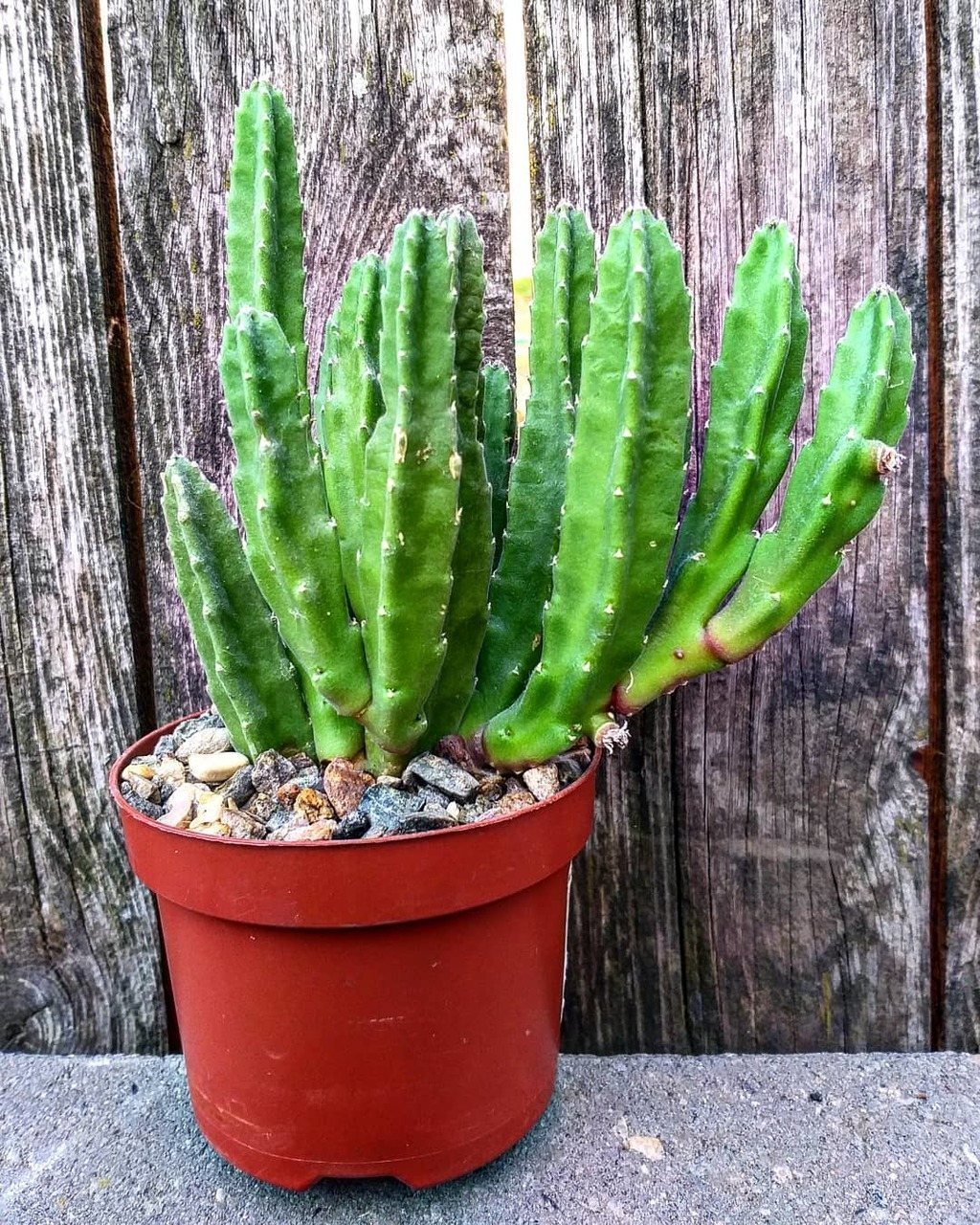










Gasteria
A characteristic feature of this succulent is the swollen lower part of the perianth. The plant has a thick, short stem, on which hard, dark green leaves are densely arranged in several rows. Their length is 4-25 cm. In some species the surface of the plates is smooth, while in others it is rough. The color of the leaves is uniform, but there may be light spots and stripes.
The plant forms tall flower stalks. In this case, the buds have the shape of an amphora, which hangs on a short stalk.
Popular types:
- spotted;
- warty;
- Baileys.
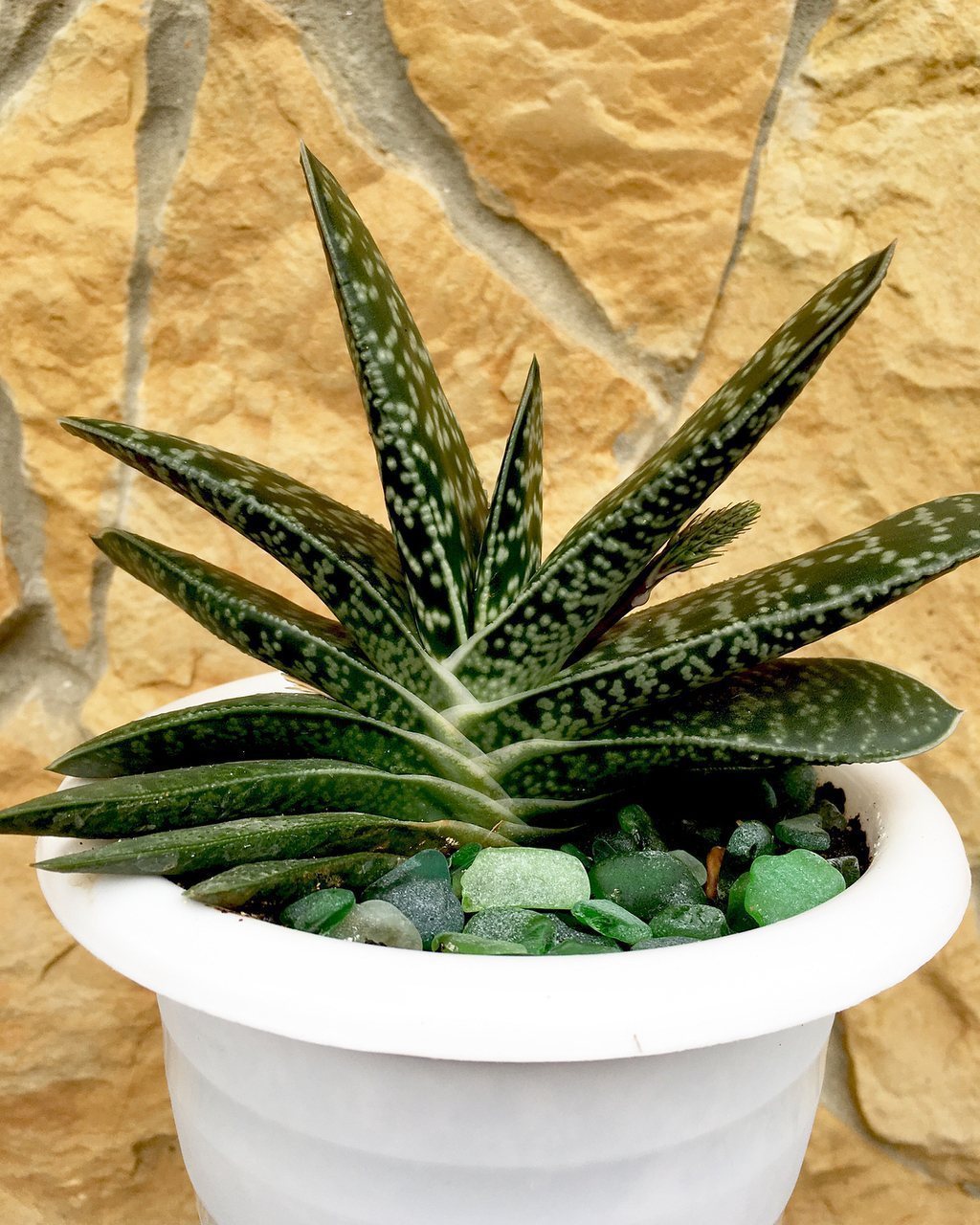
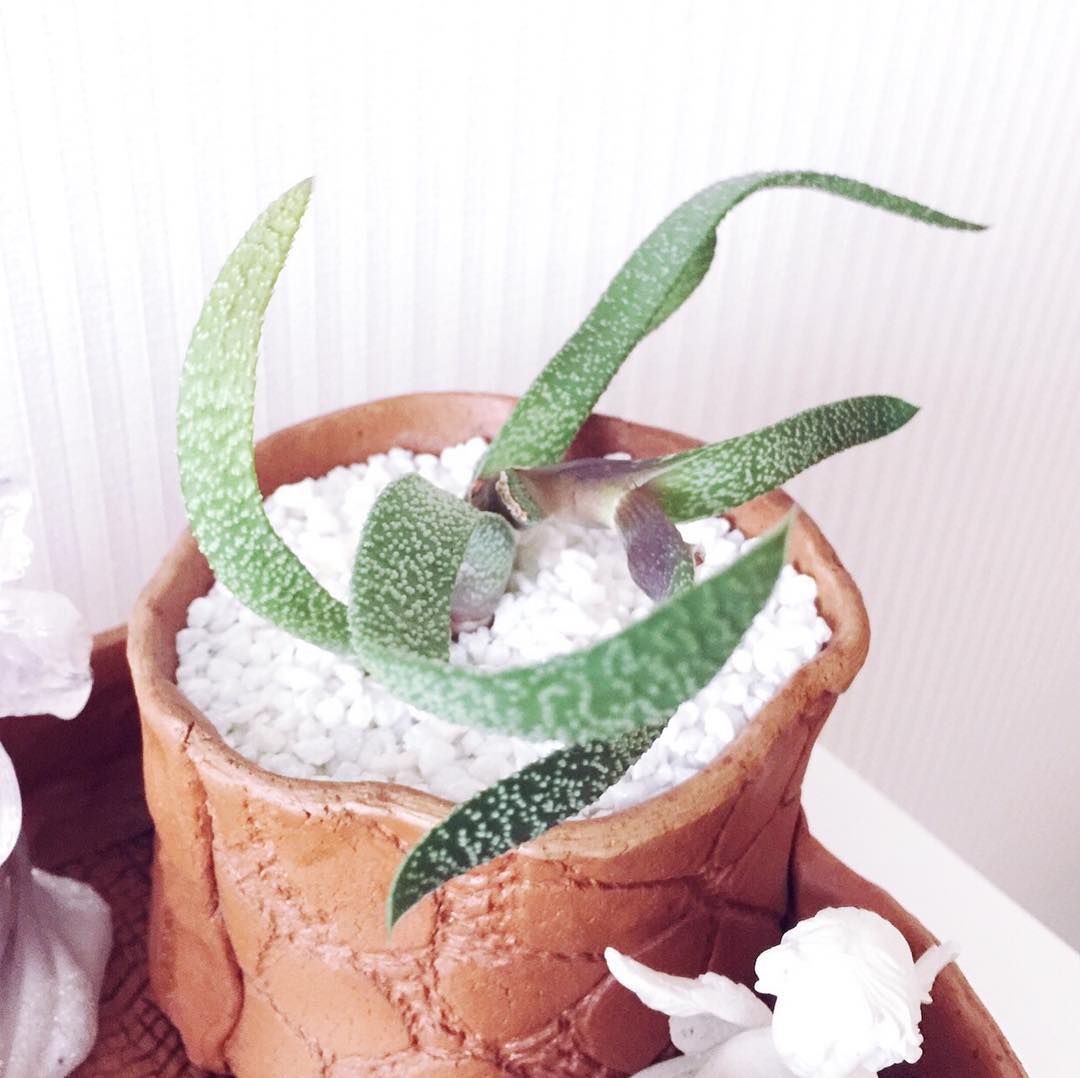
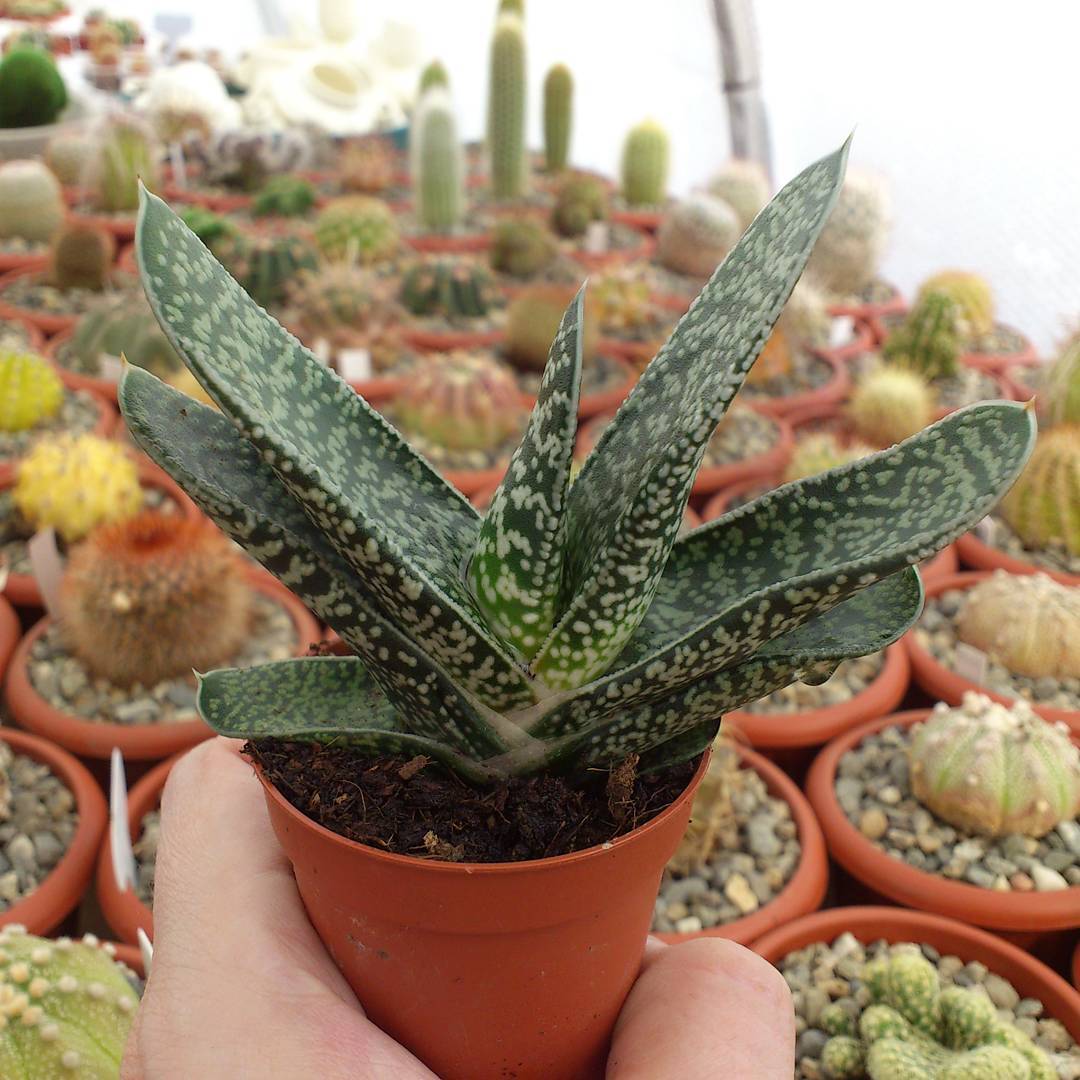
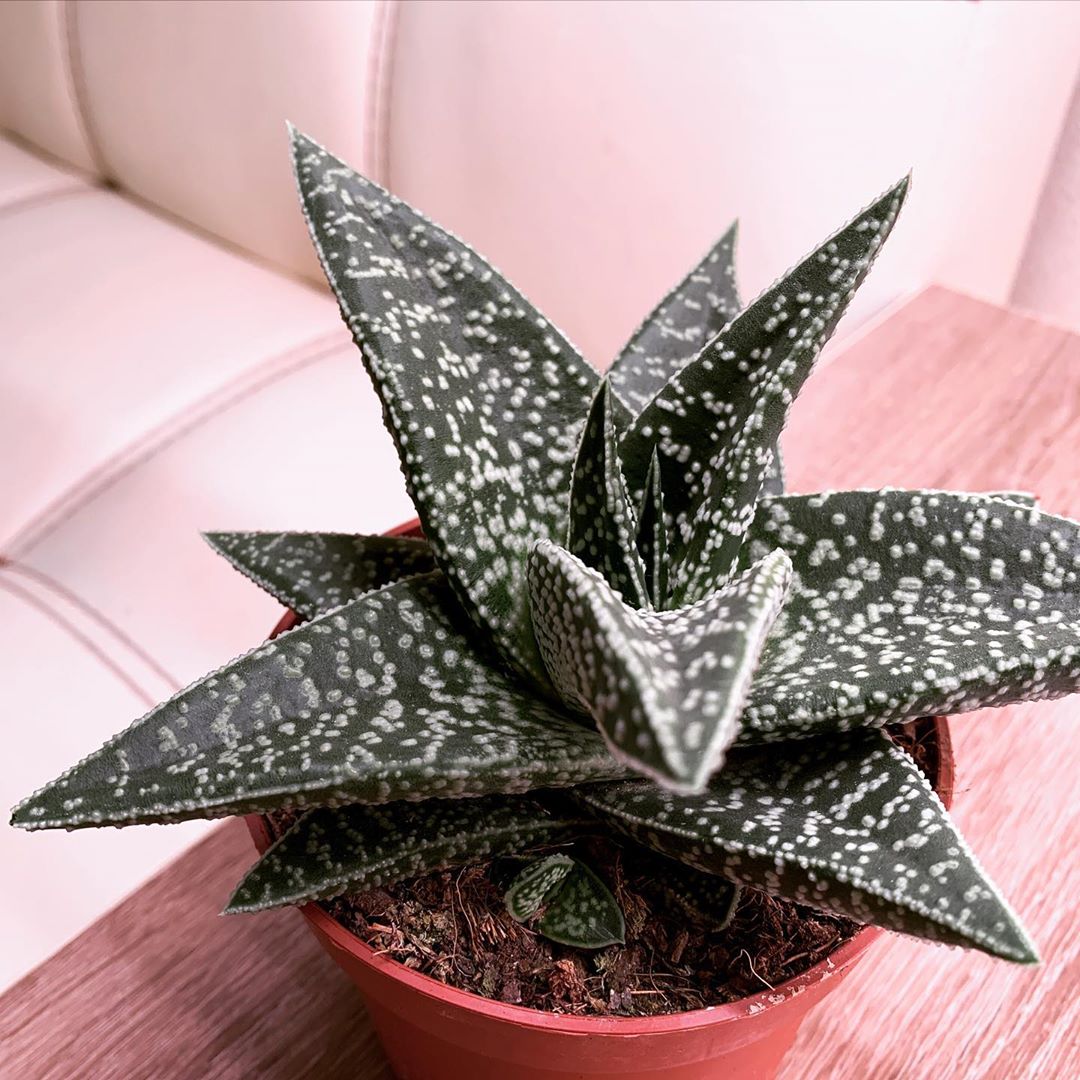
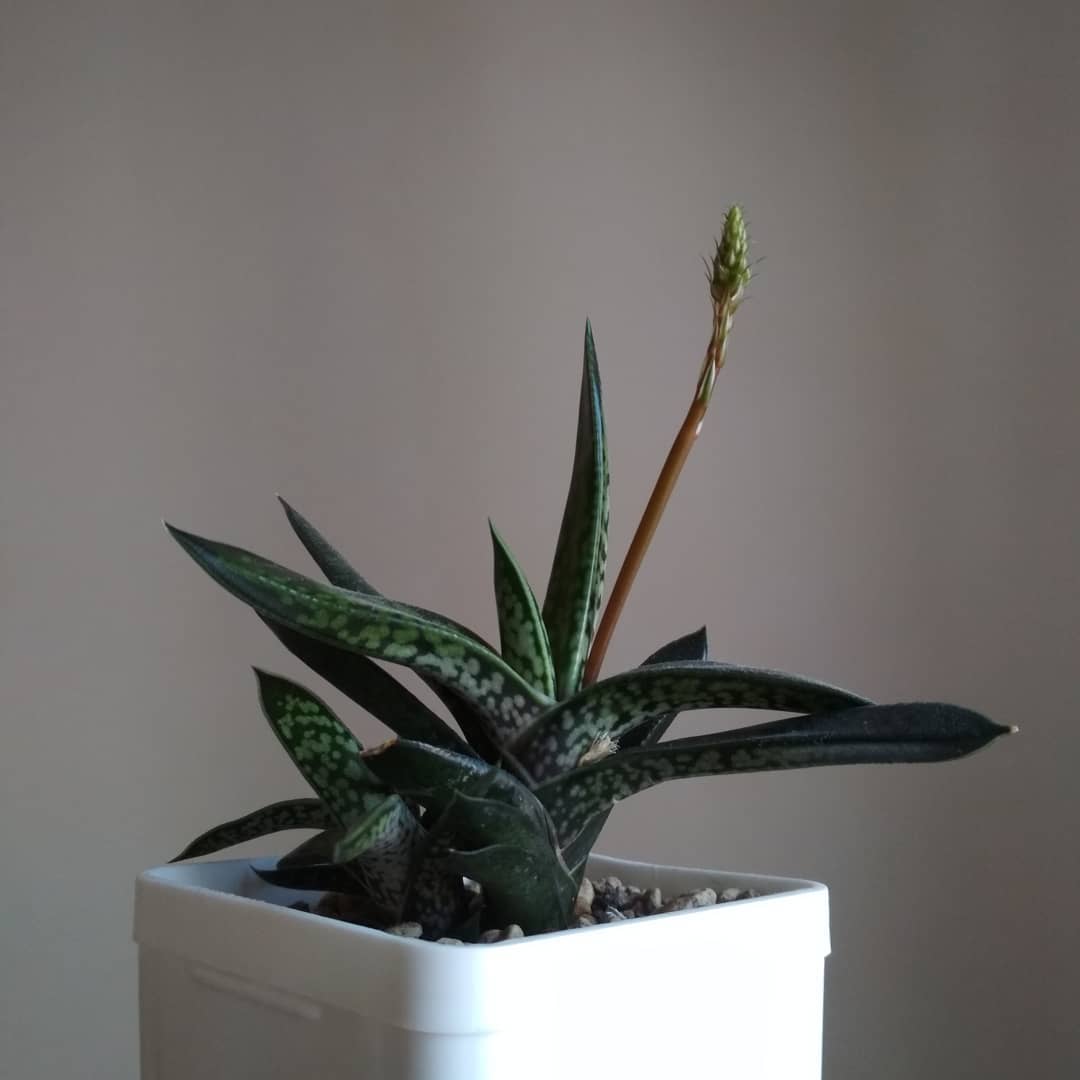
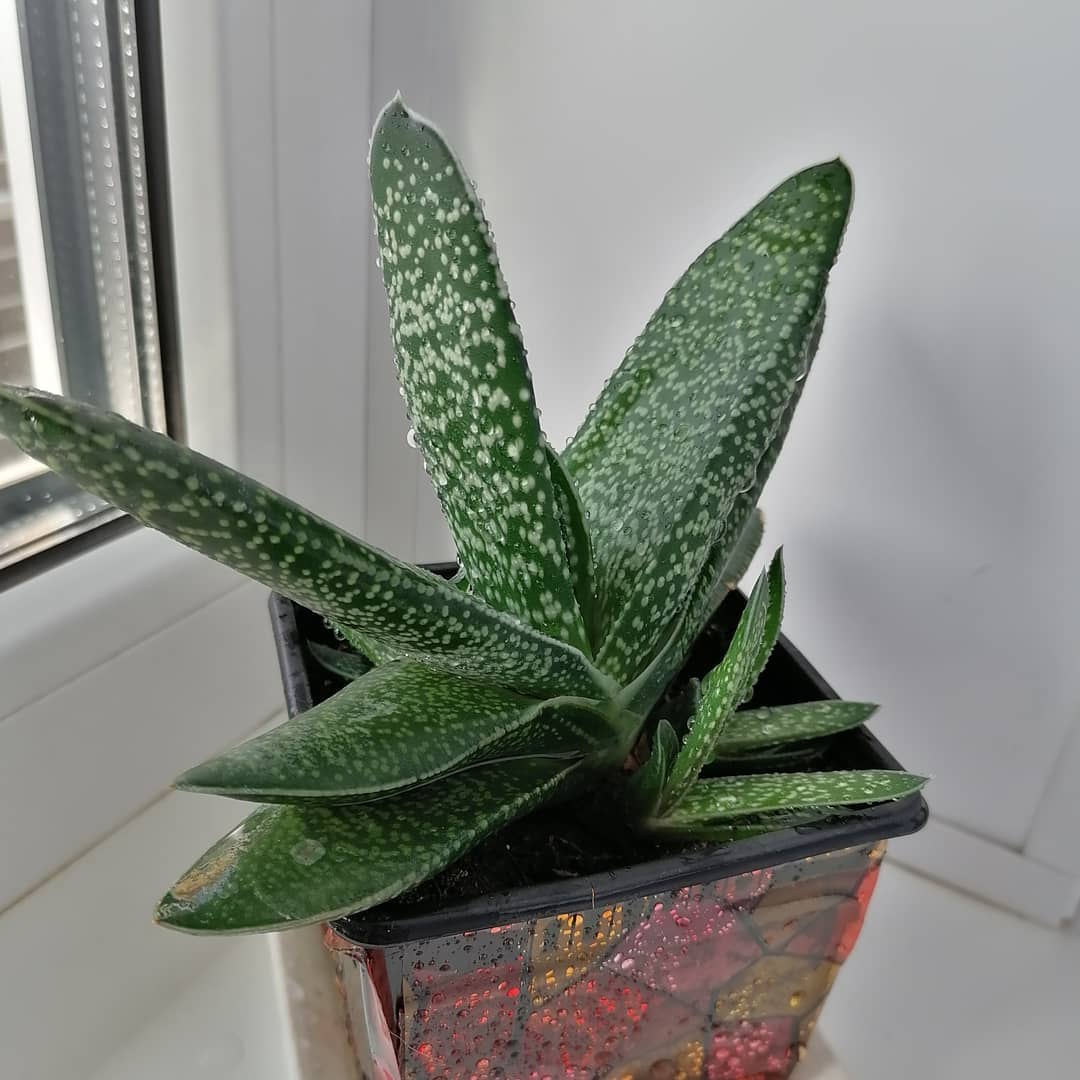






Rhipsalis
A perennial succulent that naturally grows on trees to protect the roots from excess moisture. Rhipsalis shoots consist of elongated lobes. They can be cylindrical, flattened or ribbed.The surface of the shoots is smooth, bright green. Some species have soft white fluff. The lobes of the shoots are collected in whorls, so they form large, dense branches. The length of the shoots of Rhipsalis reaches 70-100 cm. In young seedlings, the branches initially grow upward, but subsequently fall.
Single bell-shaped buds appear at the tops of the shoots. They can be pink, white, yellow. The flowering period begins in October-January. At the end of it, miniature berries with sticky fluff are formed.
Common species:
- Barchela;
- hairy;
- cone-shaped;
- cassuta;
- pilocarpa;
- elliptical.
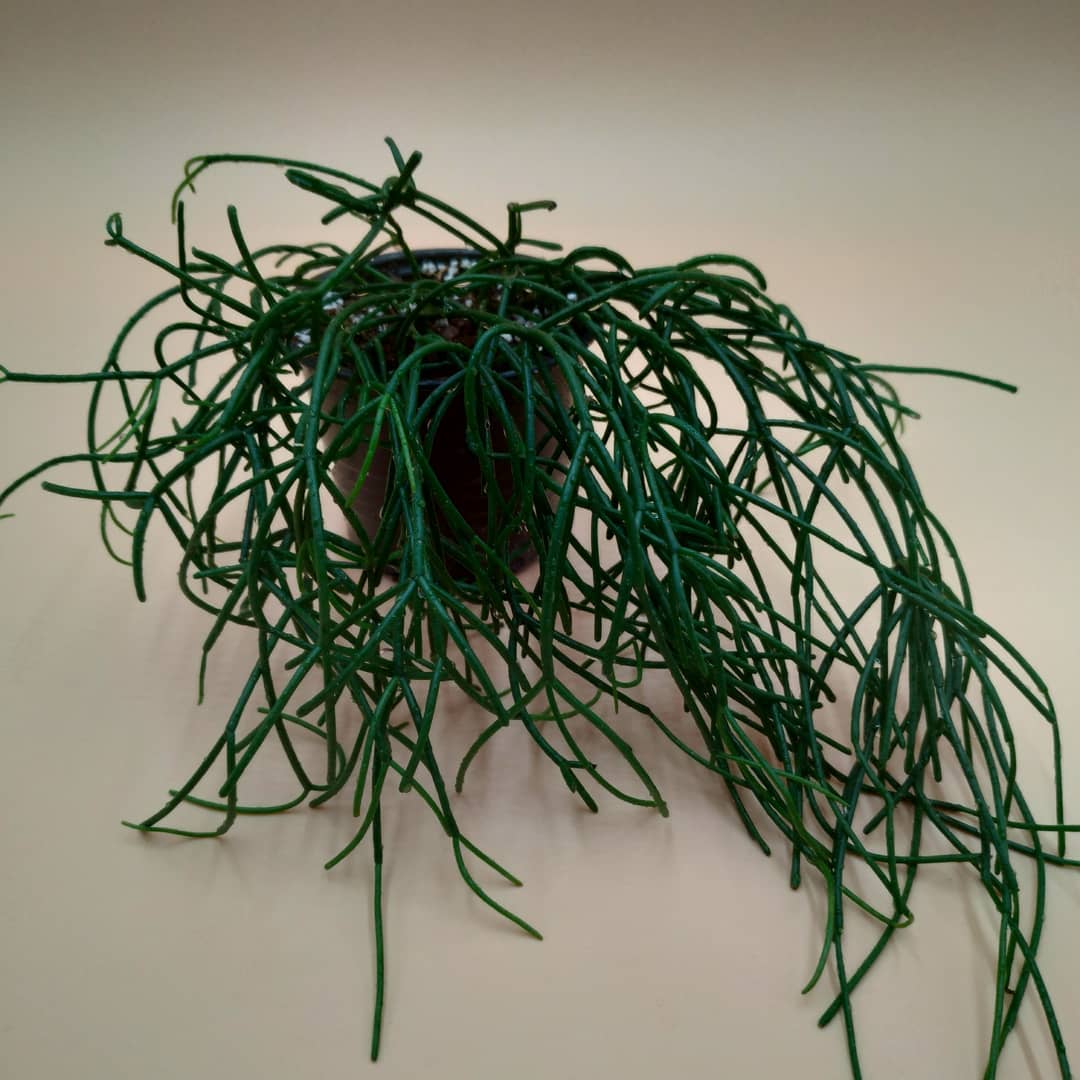
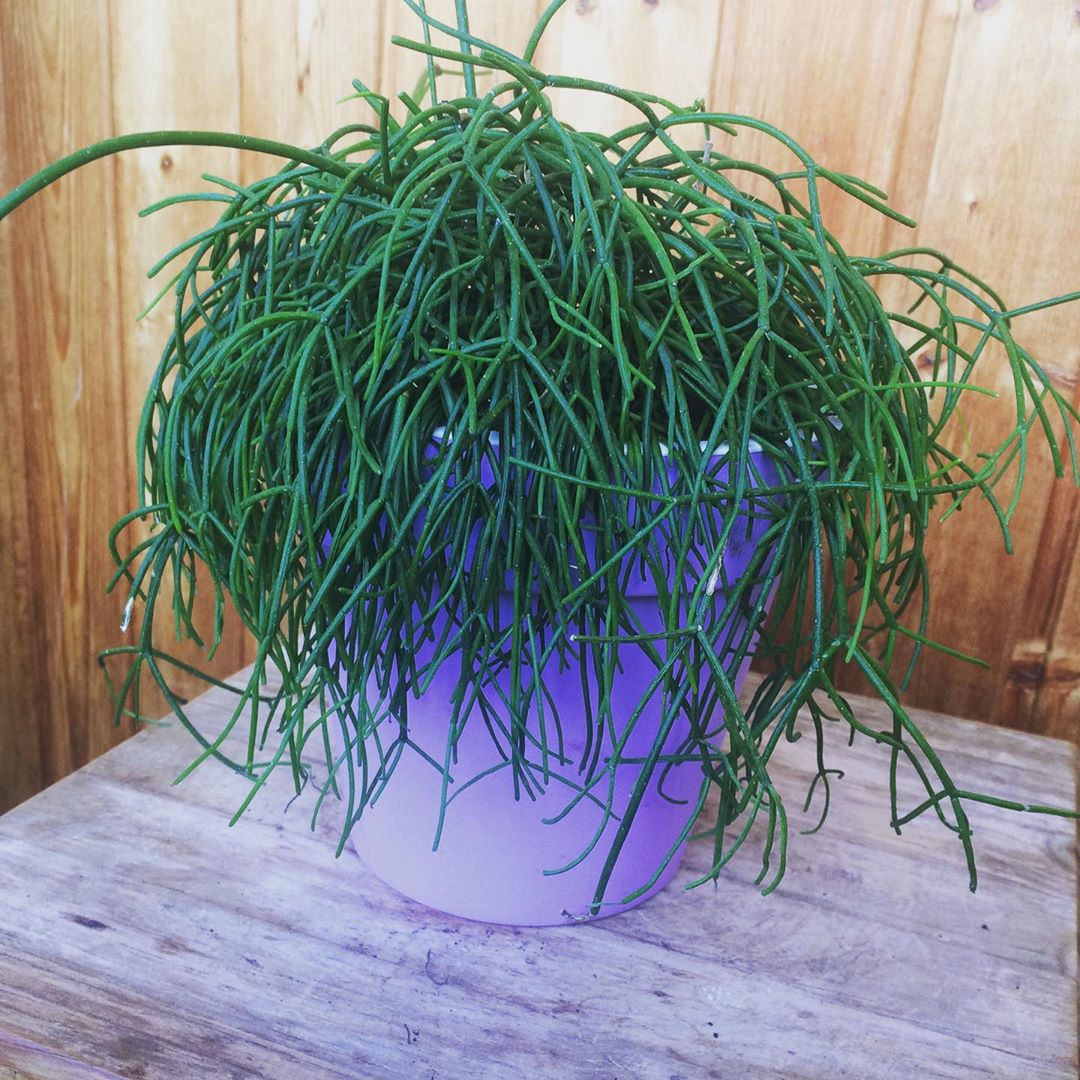
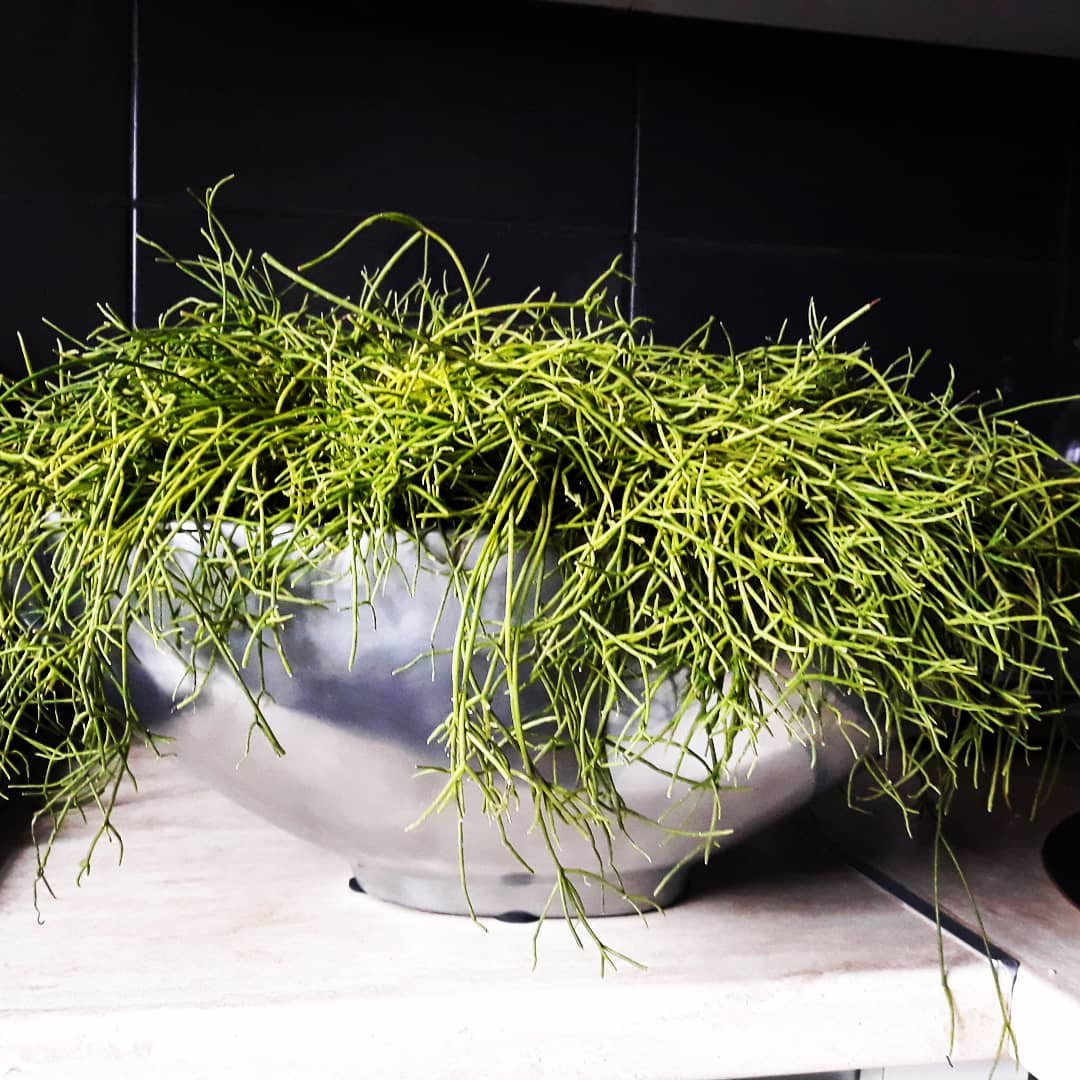
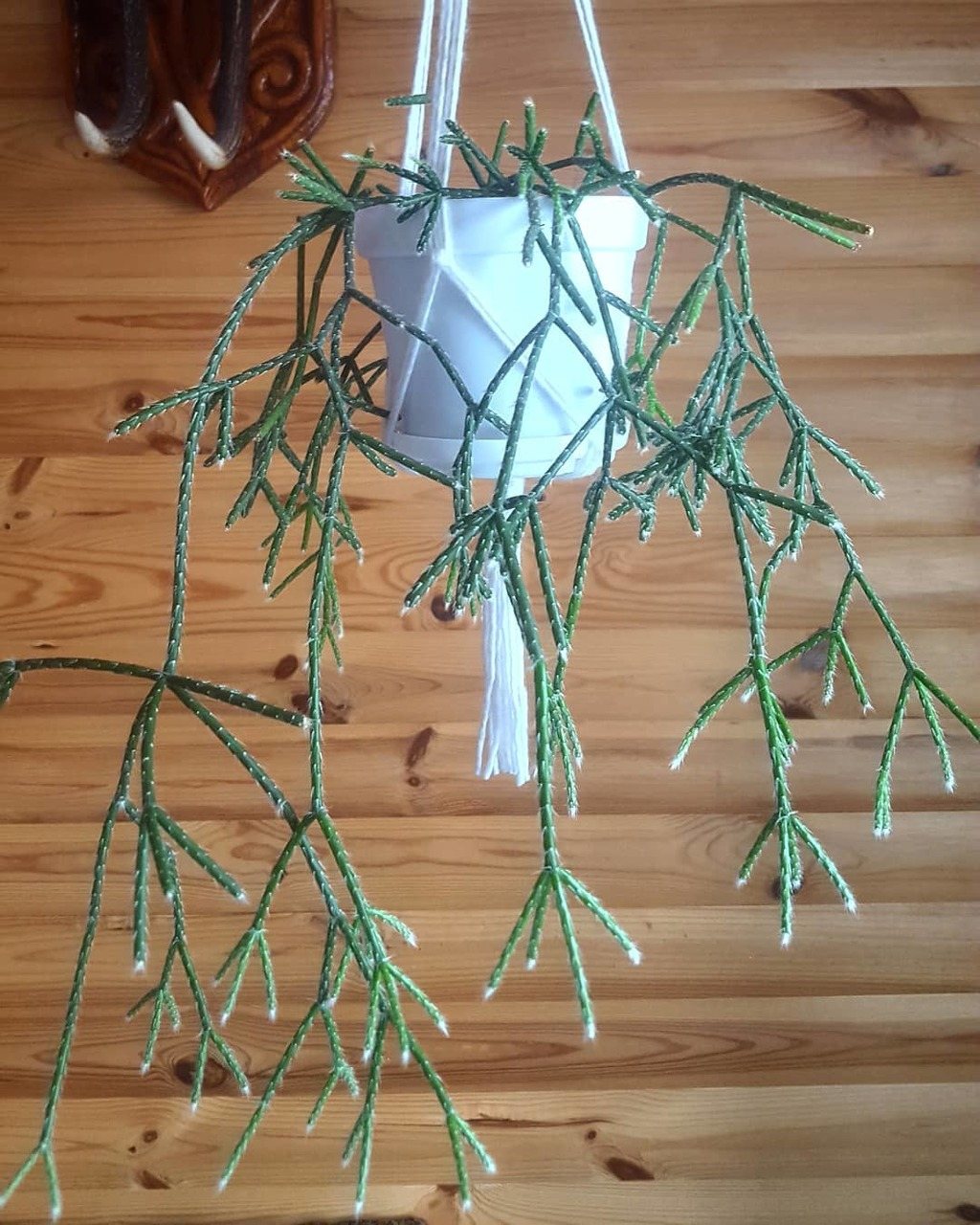
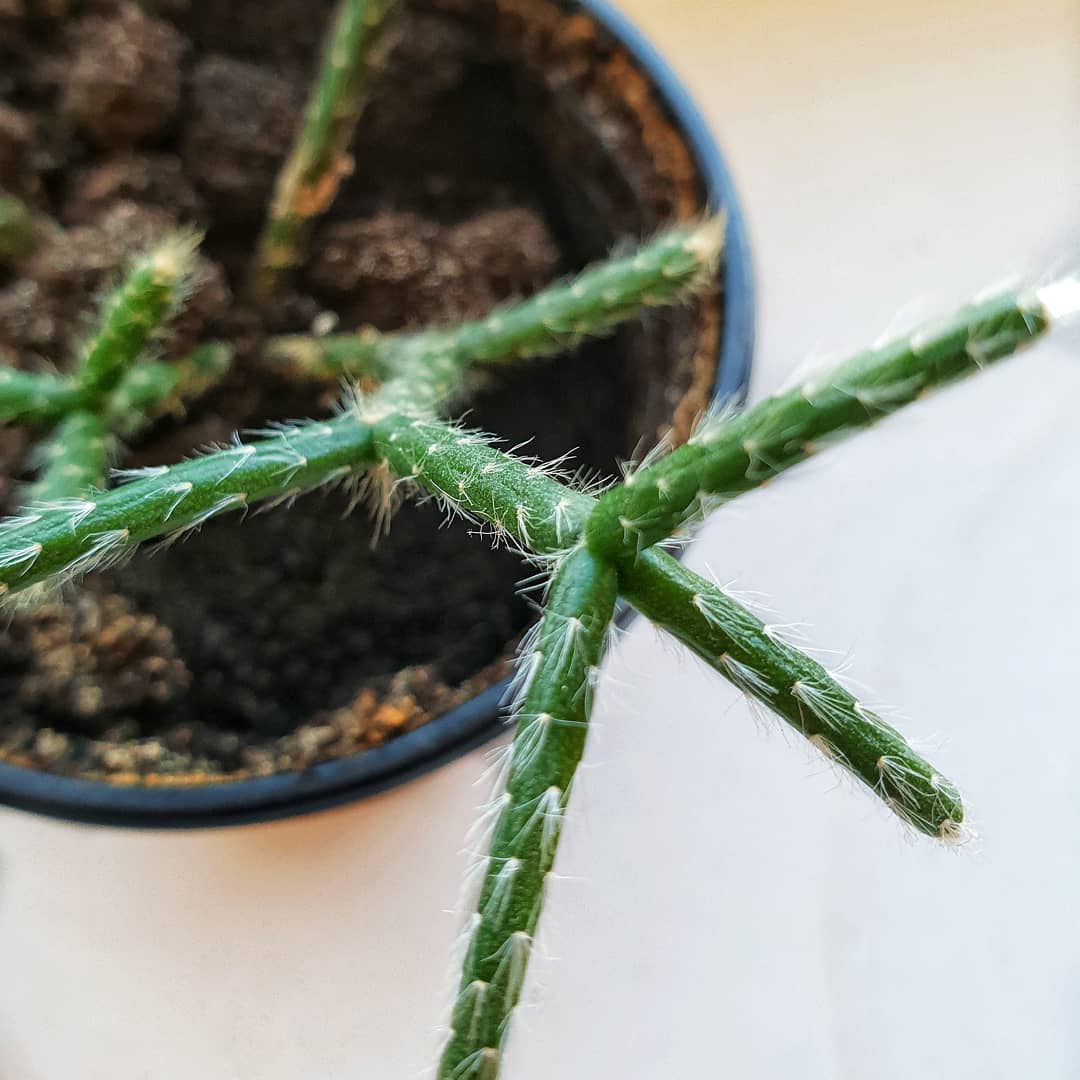
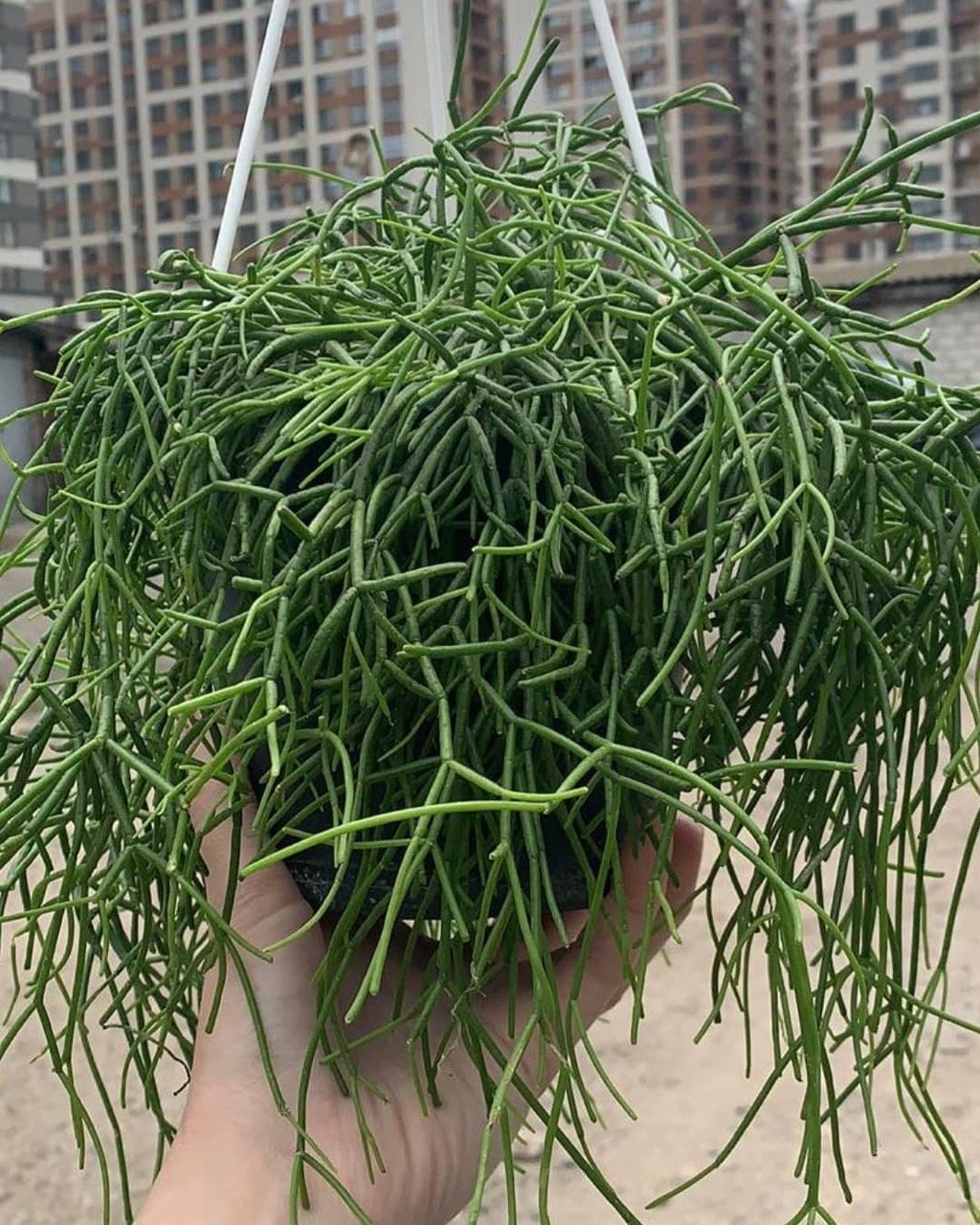
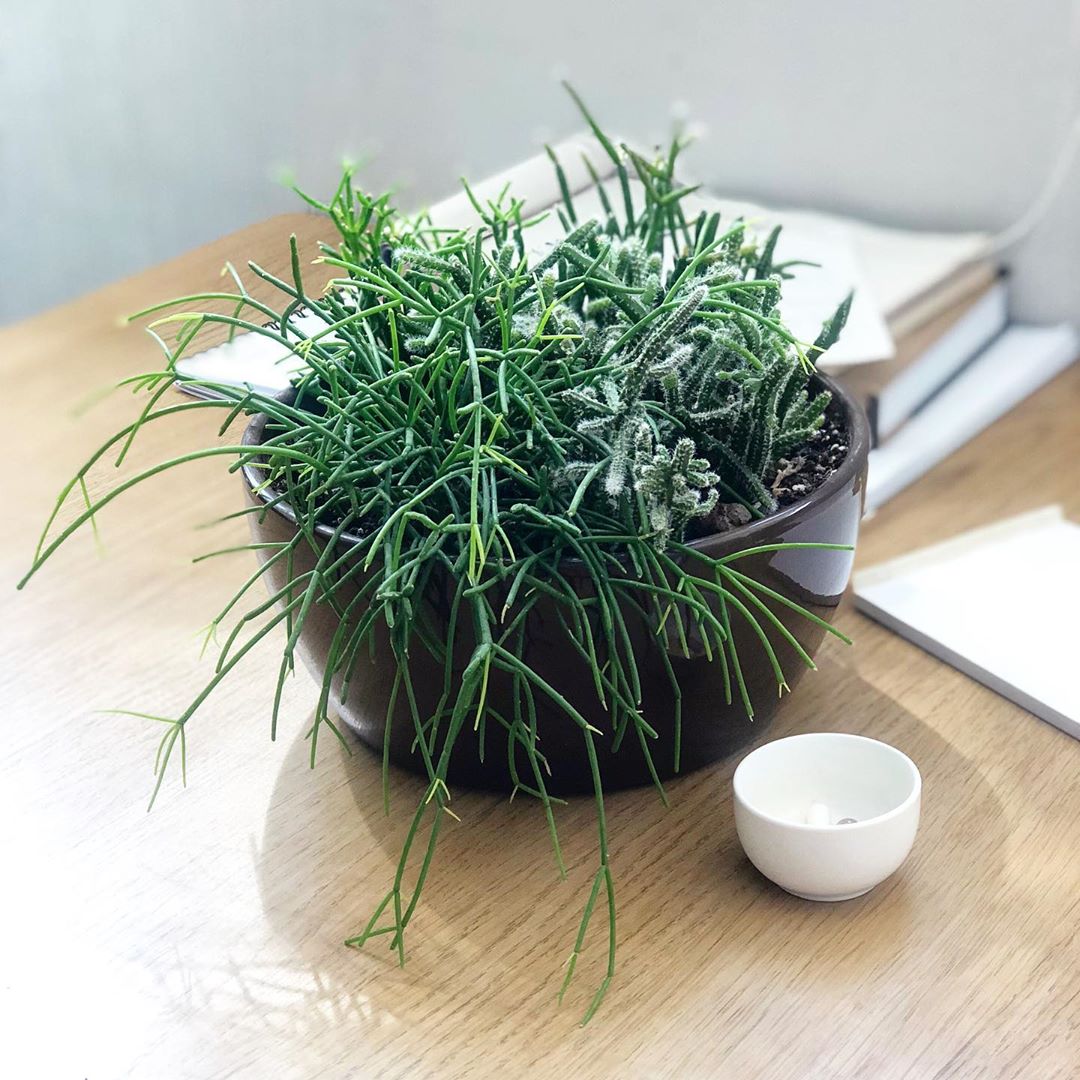
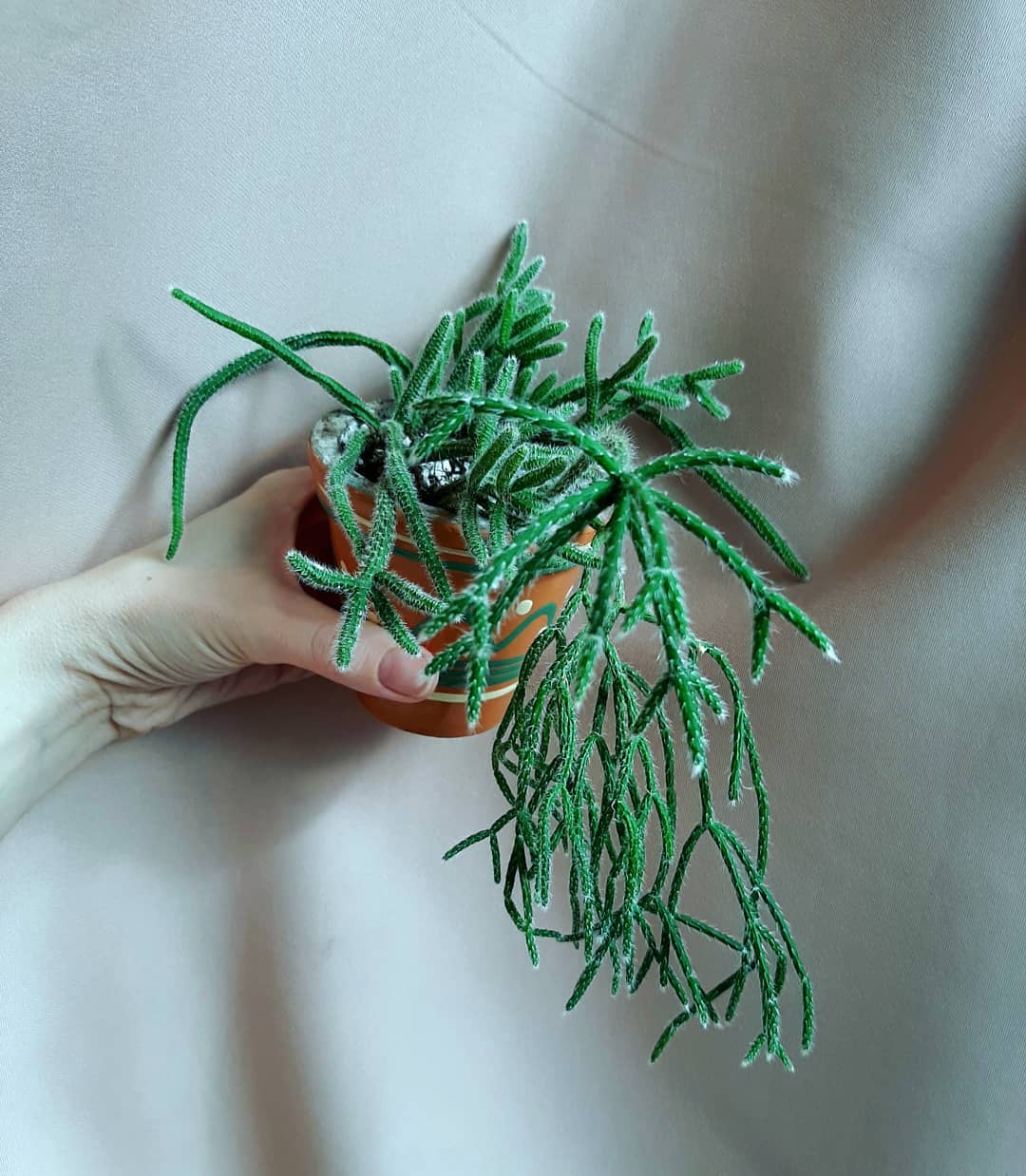
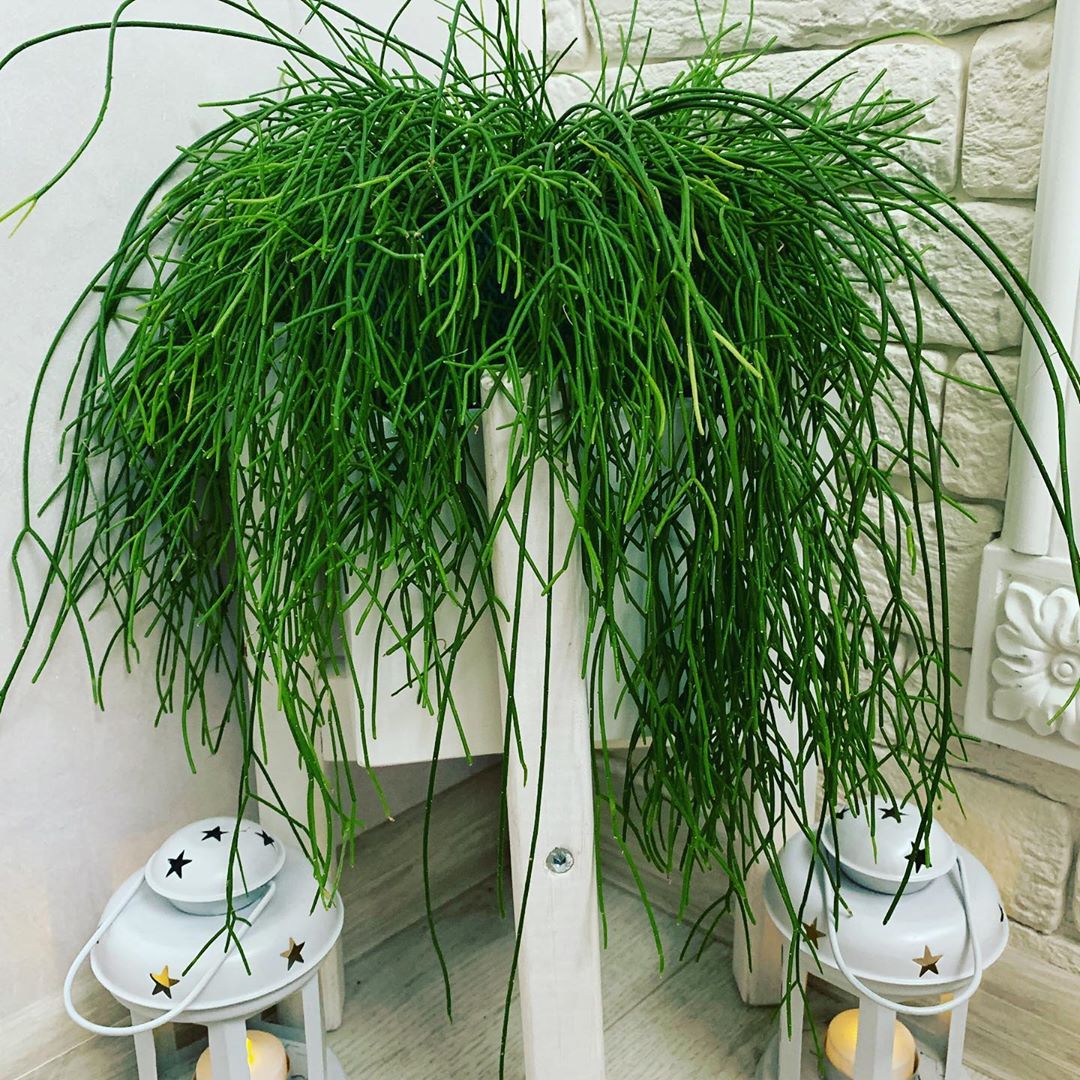
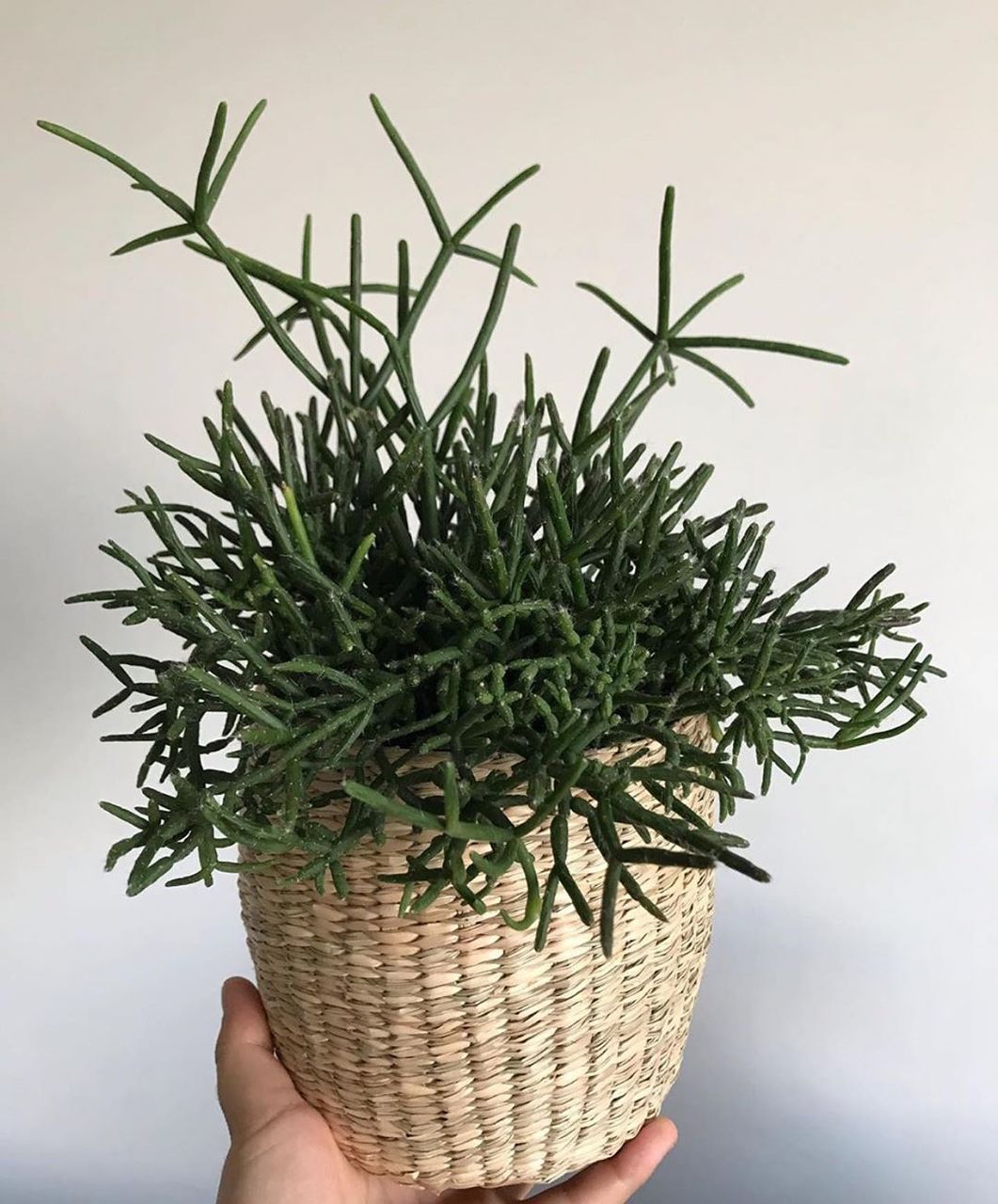










Pachypodium
A succulent, a representative of the Kutrov family. It is found in Australia, Africa, Madagascar. Forms thickened shoots, the surface of which is covered with thorns. At the top of the trunk are thin long leaves that grow in a spiral. As it grows, the lower plates die off, and the stem in this part becomes bare. They have a dark green color with a glossy upper surface. The central vein on the plates is clearly expressed and much lighter.
Pachypodium flowers are large, exude a pleasant aroma. They consist of petals that overlap each other. The color is white, pink, yellow.
Popular types of pachypodium:
- Zhayi;
- Lamera;
- Ramosum;
- short-stemmed;
- densely flowered;
- Star Lundy;
- succulent.
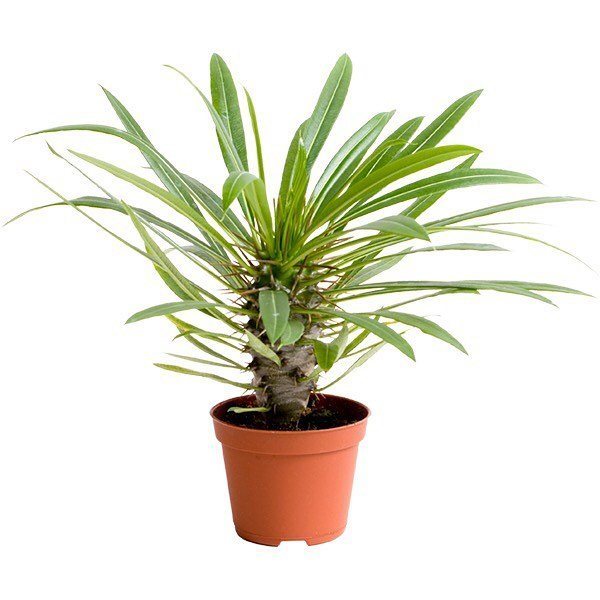
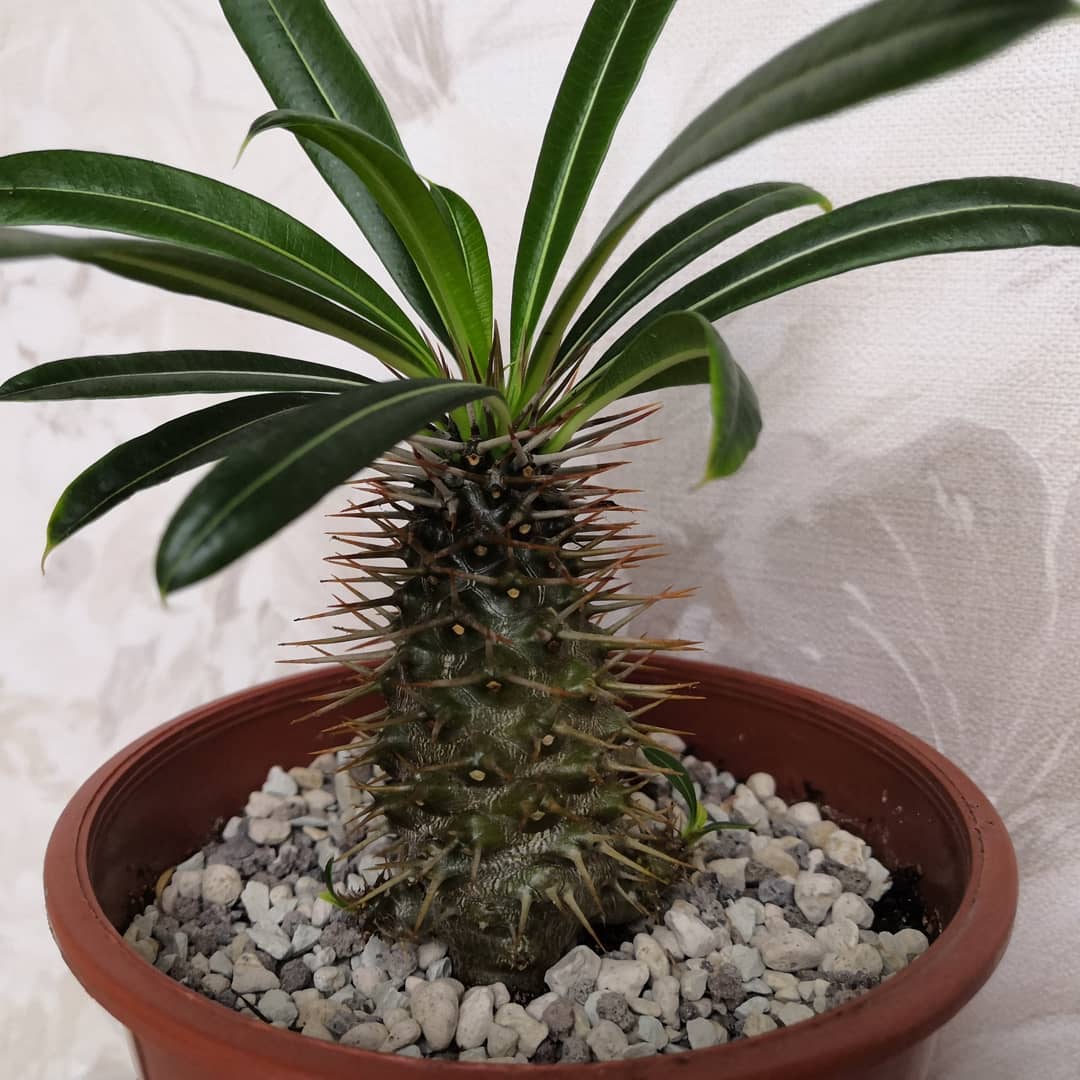
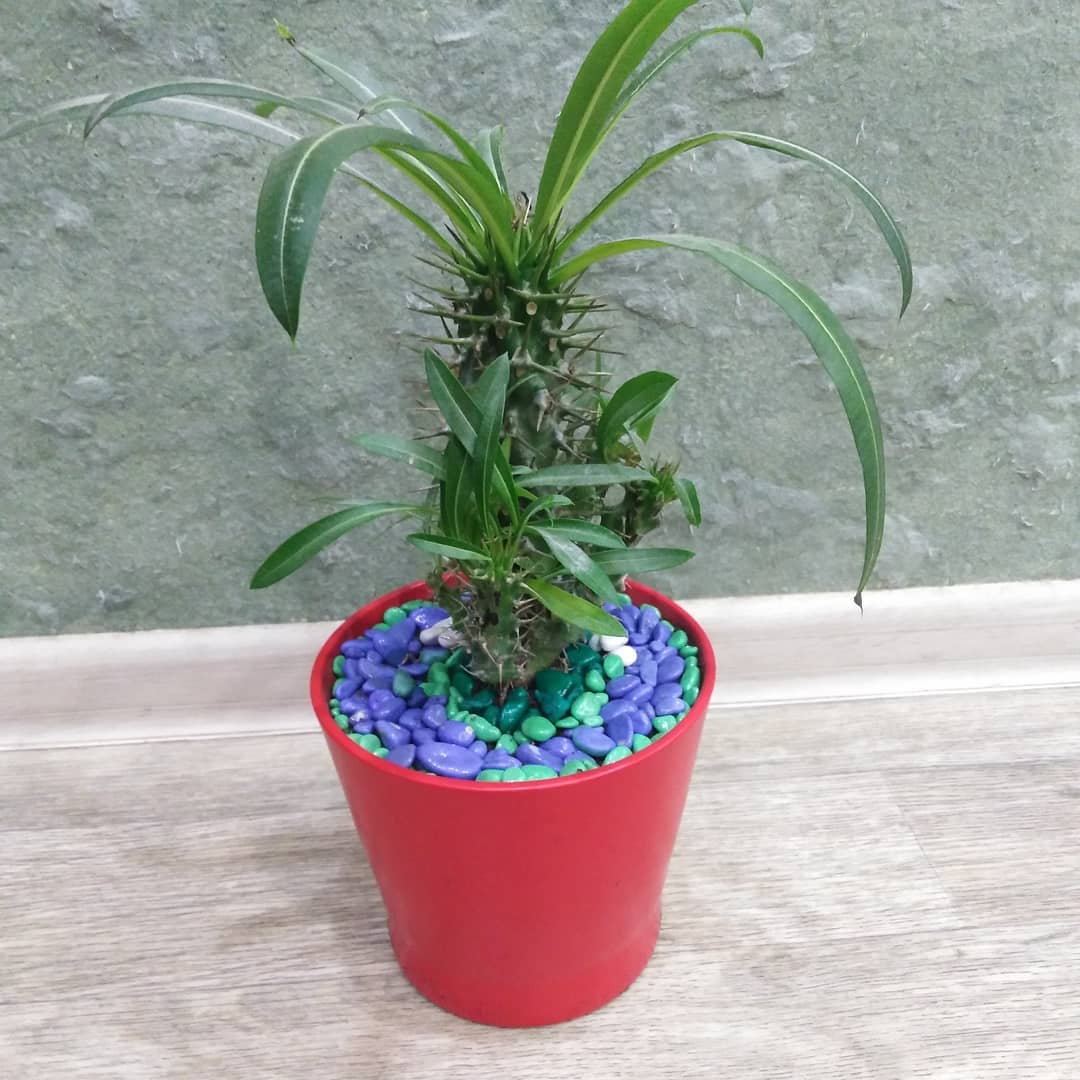
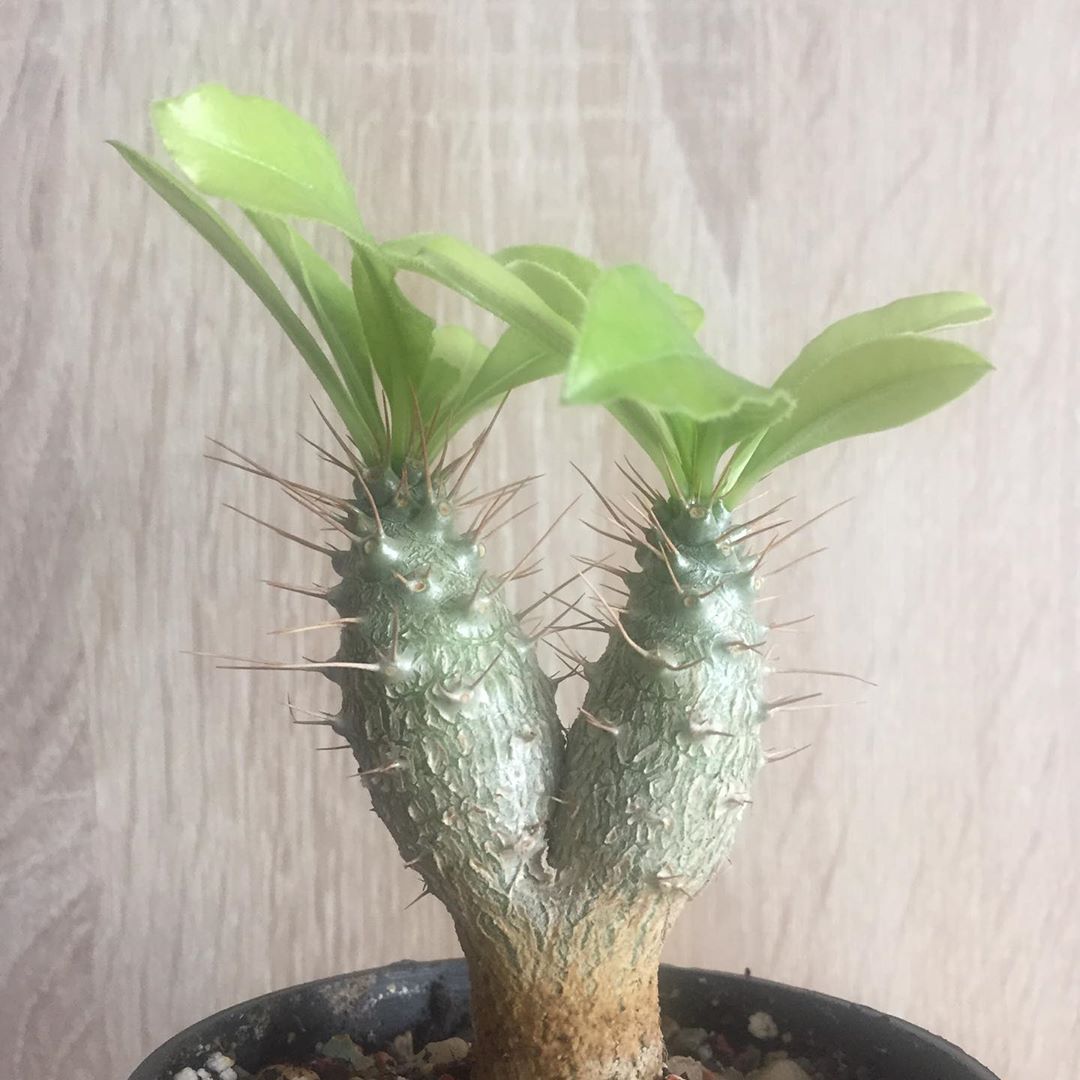
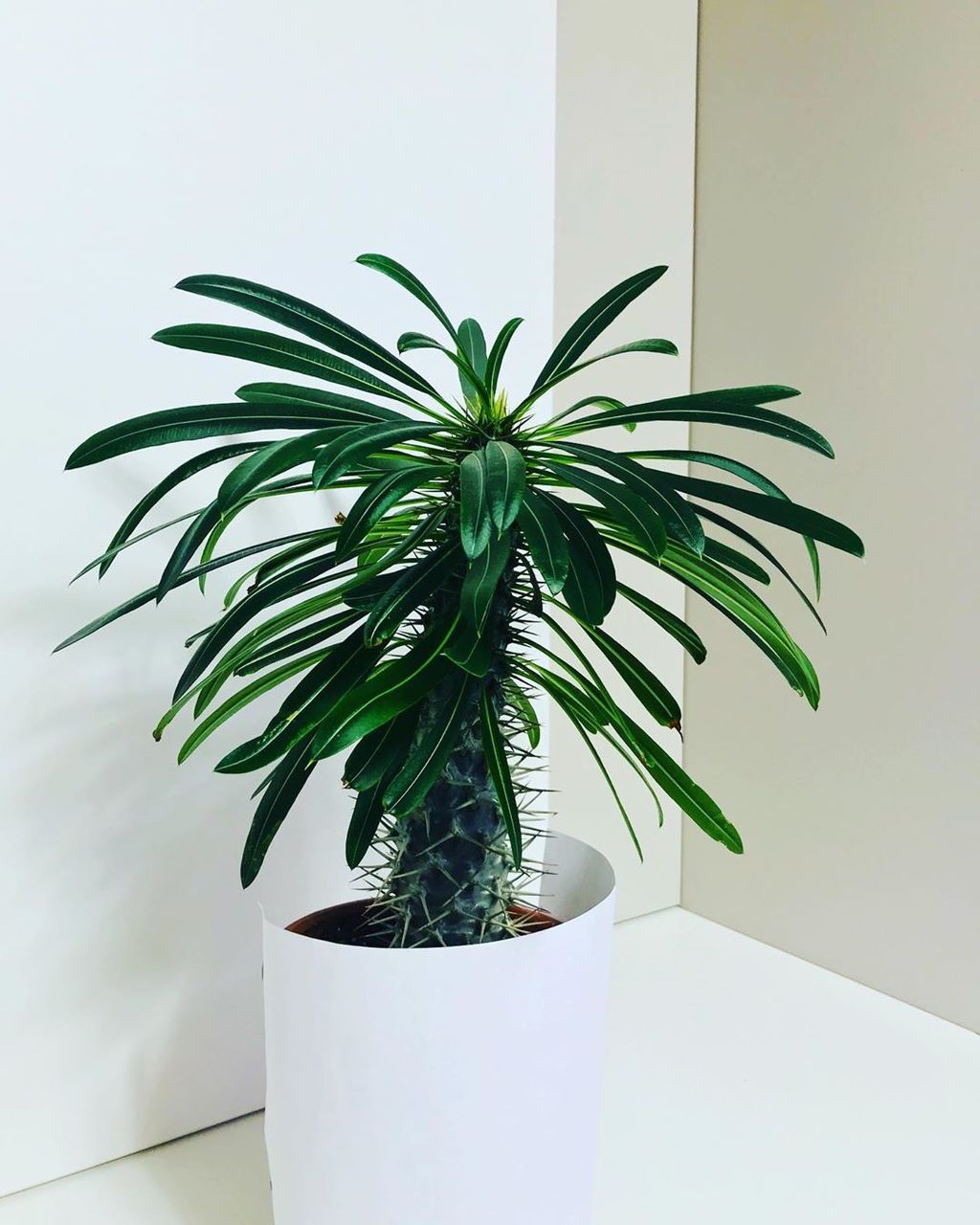
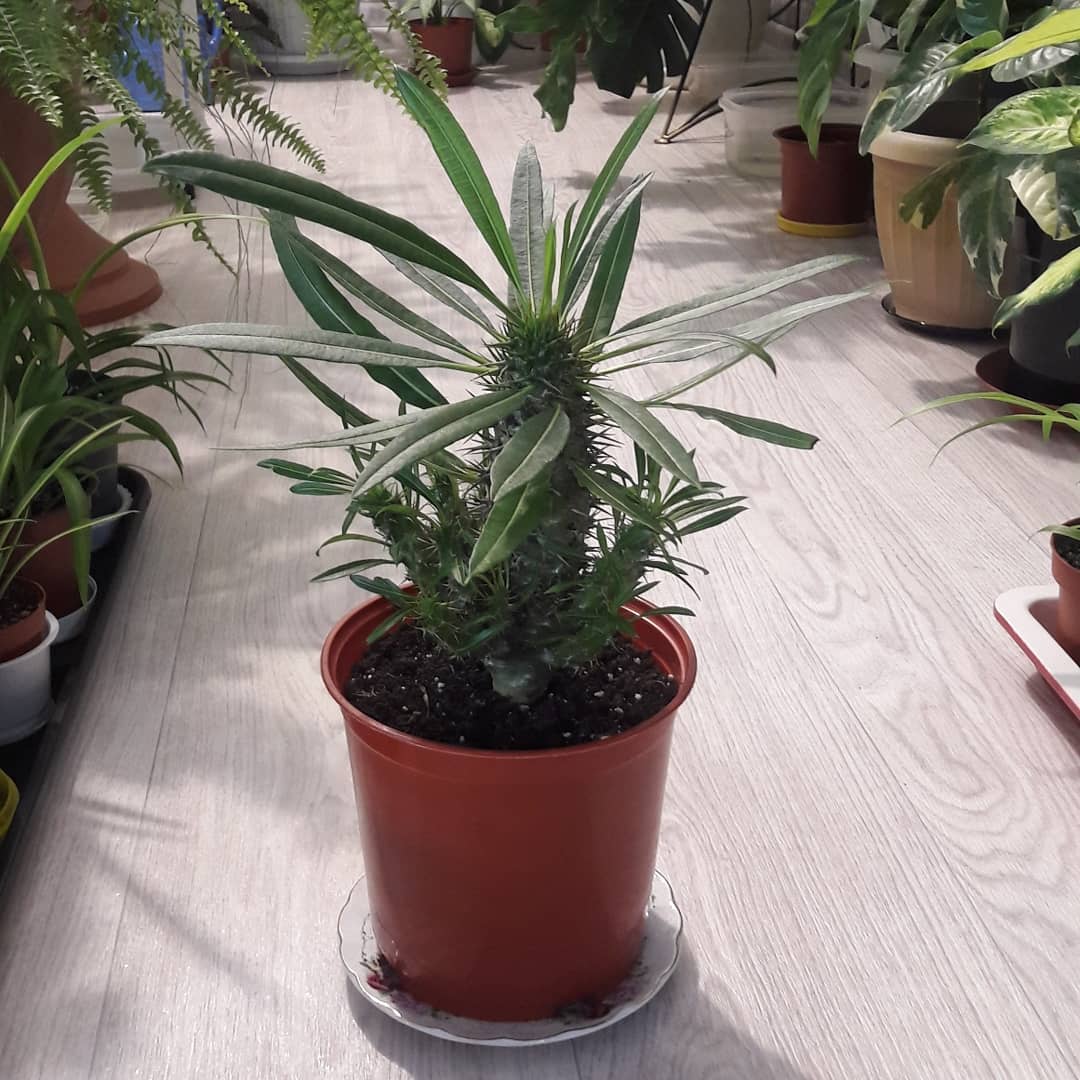






Ceropegia
A succulent liana that lives in South Africa, Australia and Asia. Forms long shoots that are covered with rounded or elongated opposite leaves. The width of the internodes is about 20 cm. The surface of the shoots is smooth, dark green. The length of the fleshy plates is 6 cm, and the width is about 4 cm. The color of the leaves is uniform or marbled.
Ceropegia flowers are axillary, funnel-shaped, and are formed along the entire length of the shoots. Their size reaches 7 cm. The shoots of the plant grow up to 1.0 m. The annual growth is 45 cm.
Popular types:
- Voodoo;
- African;
- Sanderson;
- Barclay.
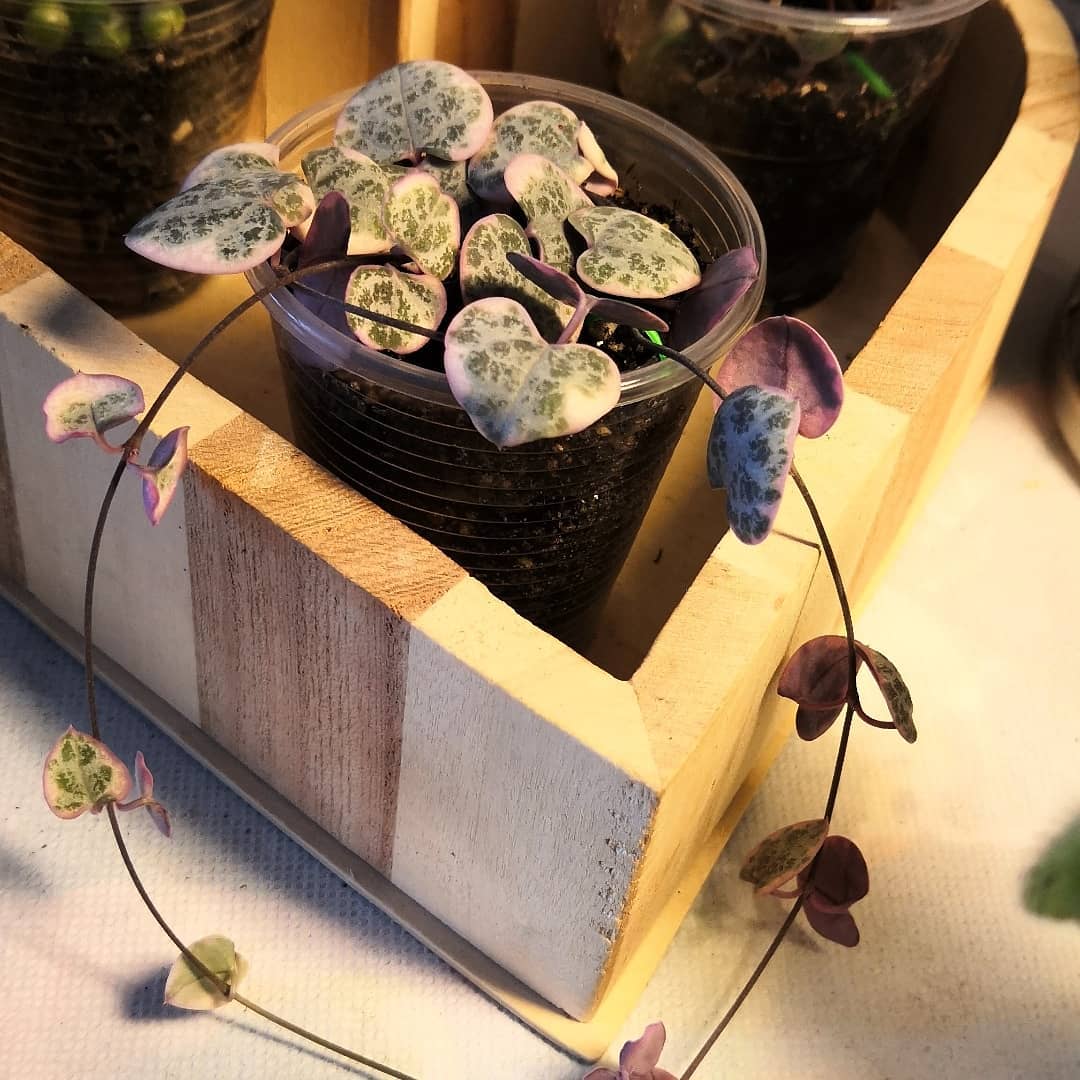

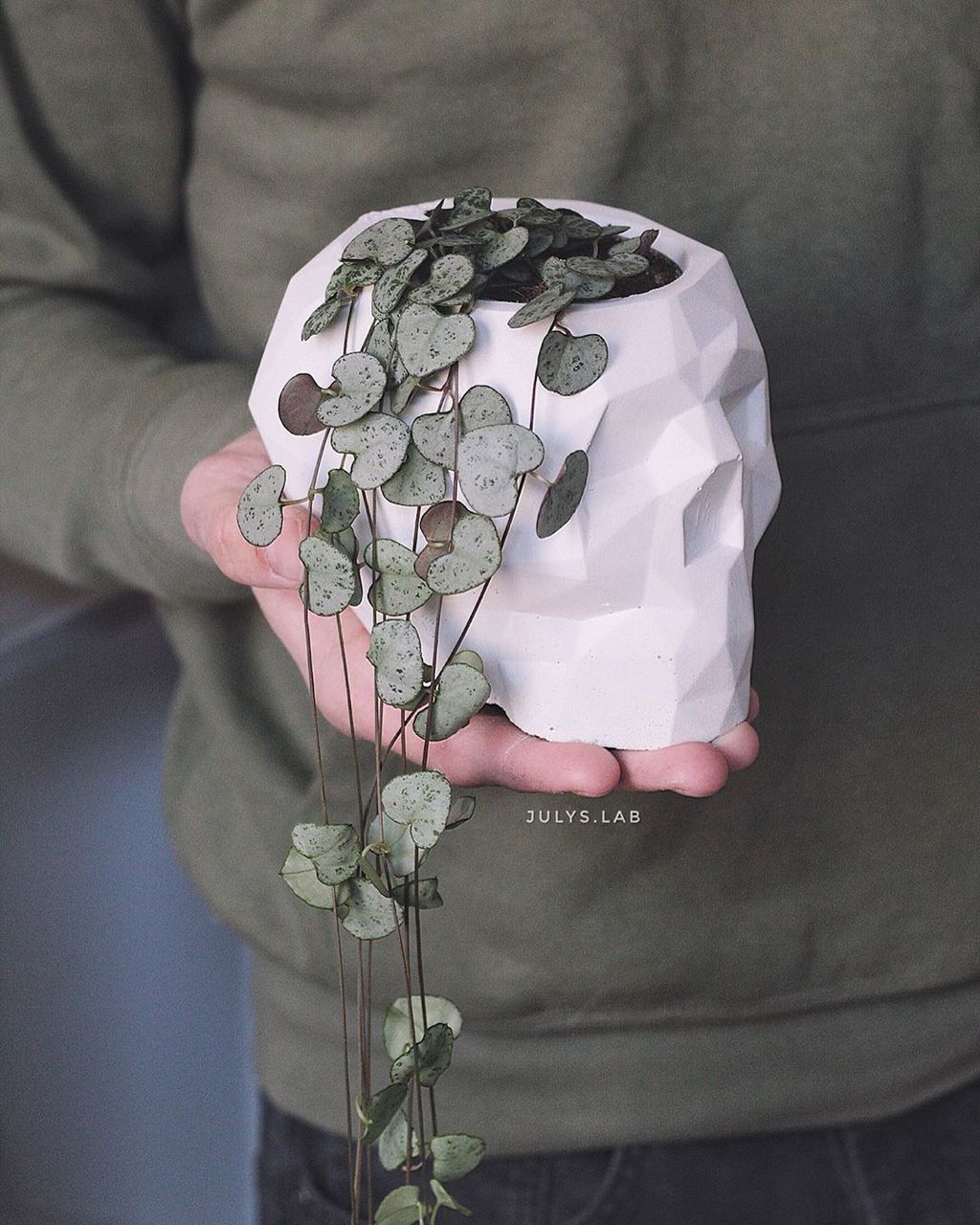
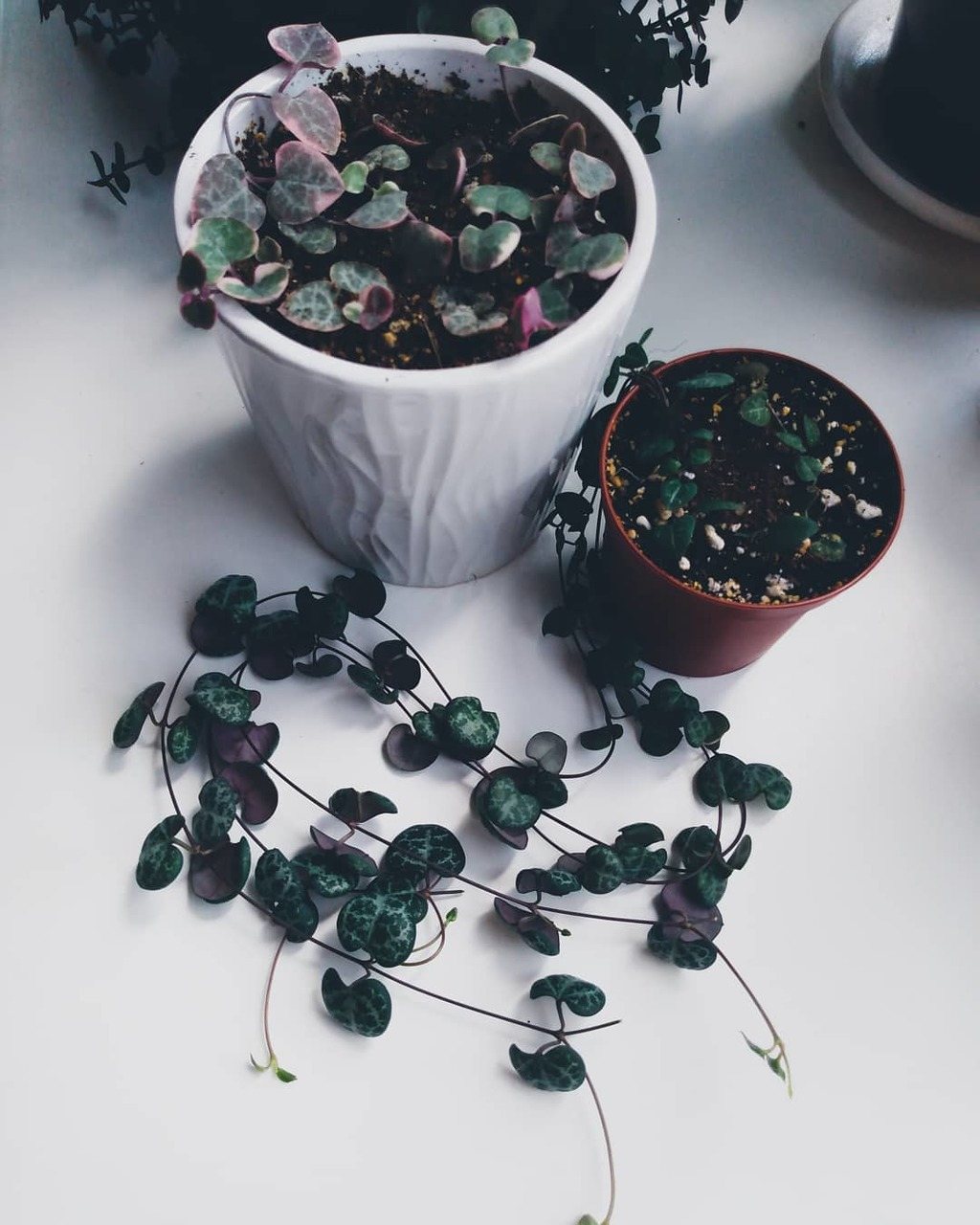
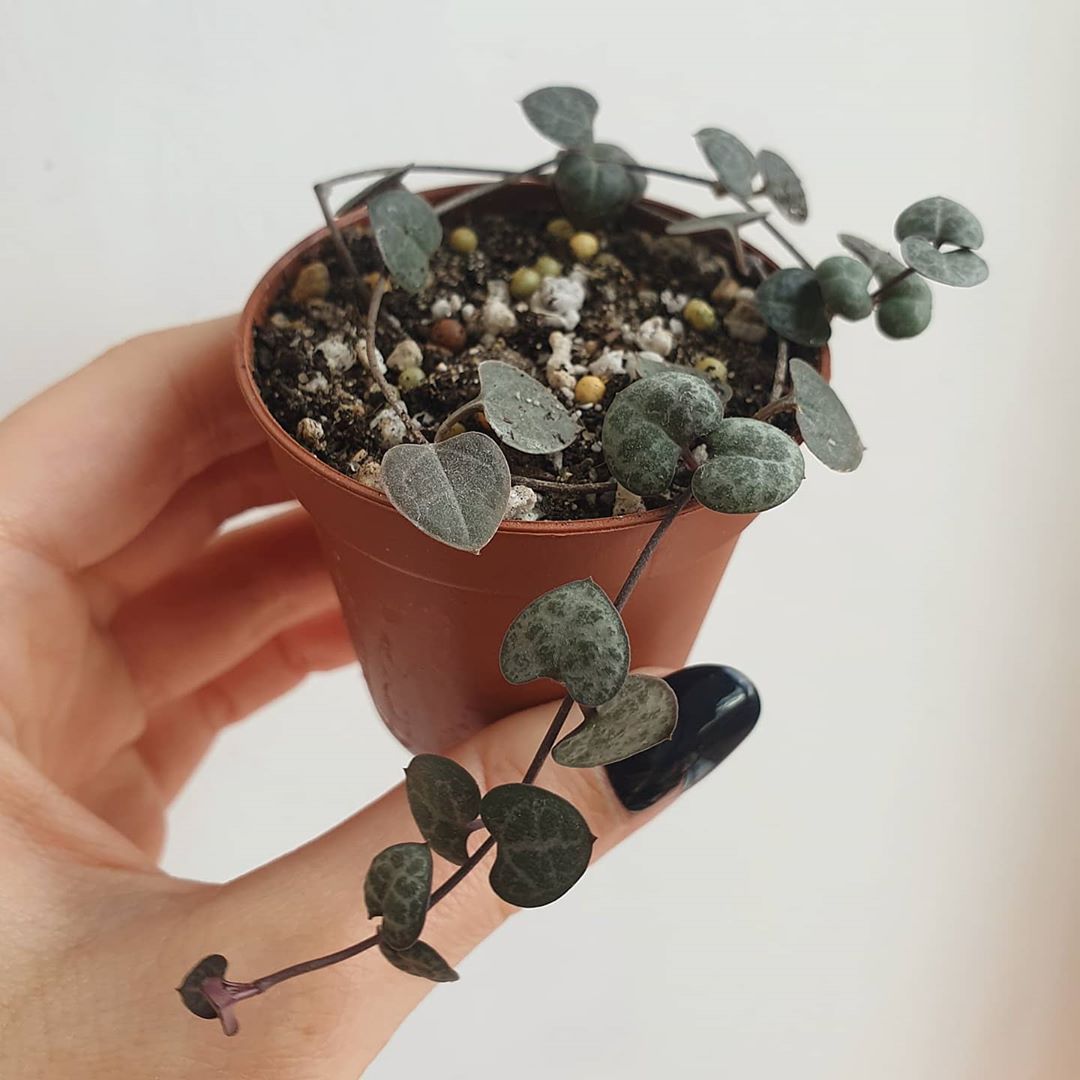
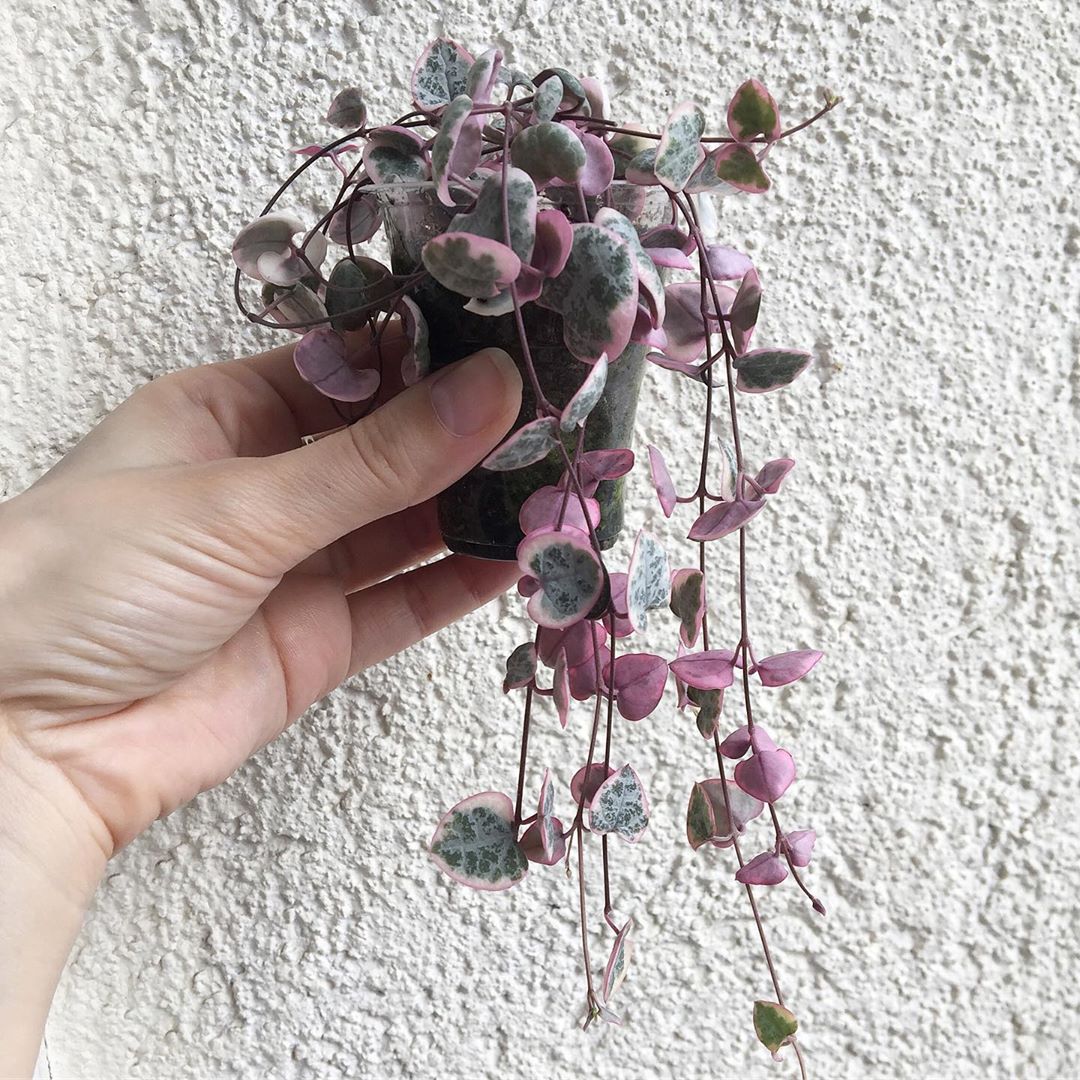
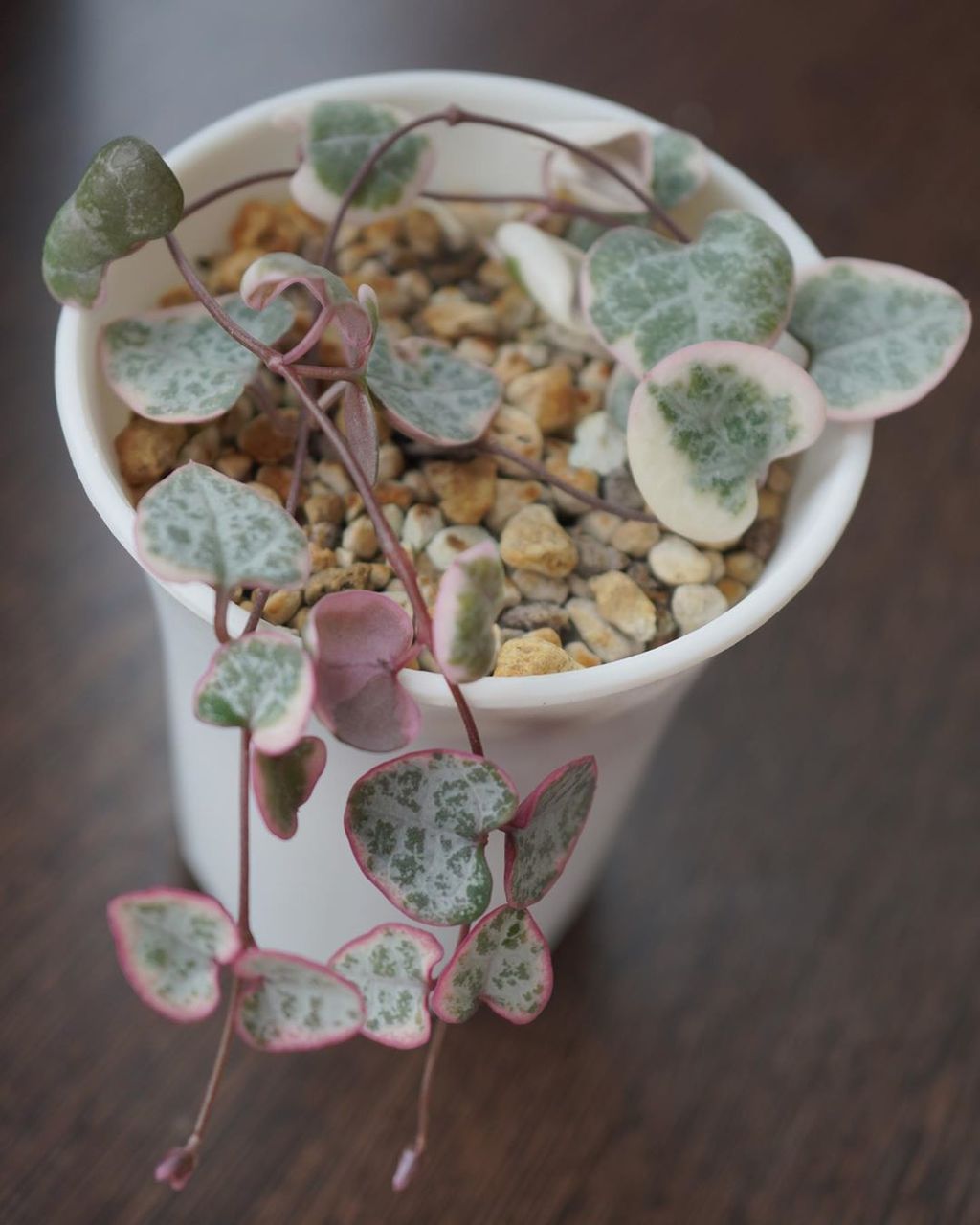
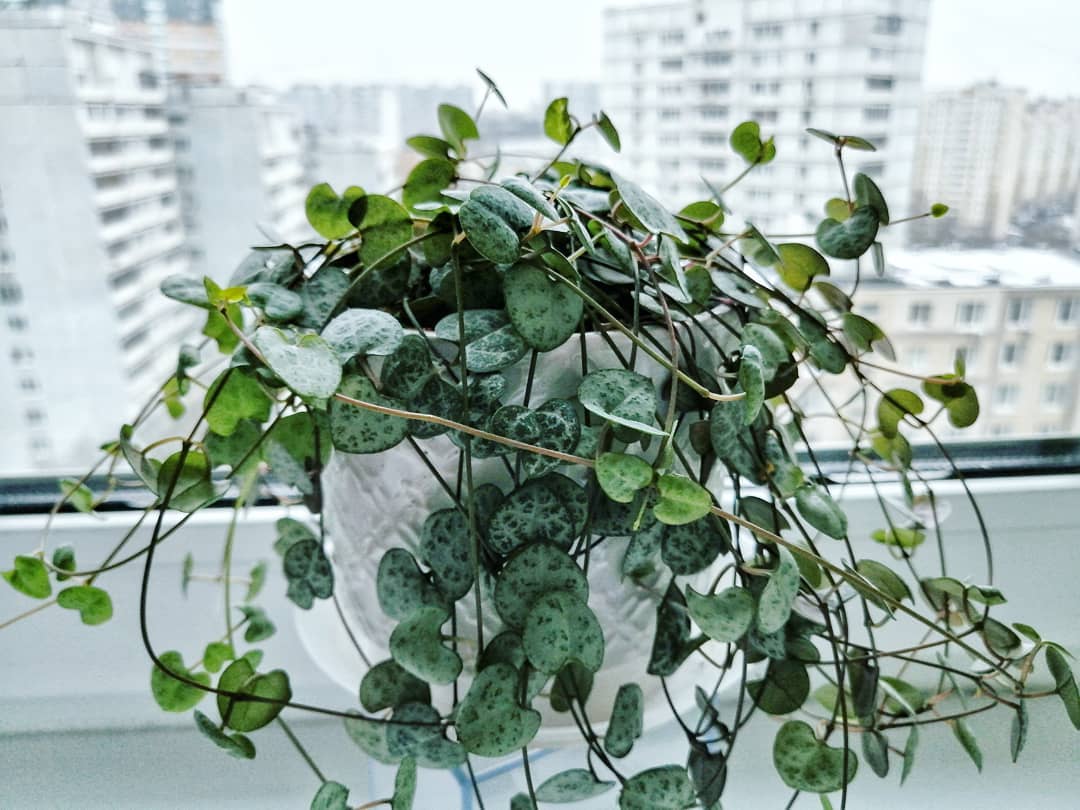








Cotyledon
A perennial herbaceous succulent native to Africa. The plant comes in bushy and rosette forms. The leaves are fleshy, lanceolate, rhombic, round or oval in shape. They can have light green, reddish and gray and bluish colors, which can be solid or variegated. There is an edge or a thick white coating on the surface of the plates. The leaves are located on the shoots in pairs. As the flower matures, the bark becomes brown and woody.
The flowering period for cotyledon occurs from March to August. The buds are bell-shaped with glossy petals. They are collected in paniculate inflorescences.
Popular types:
- felt;
- tree-like;
- Levisia Eliza;
- rounded;
- Saxifrage;
- colloidal.

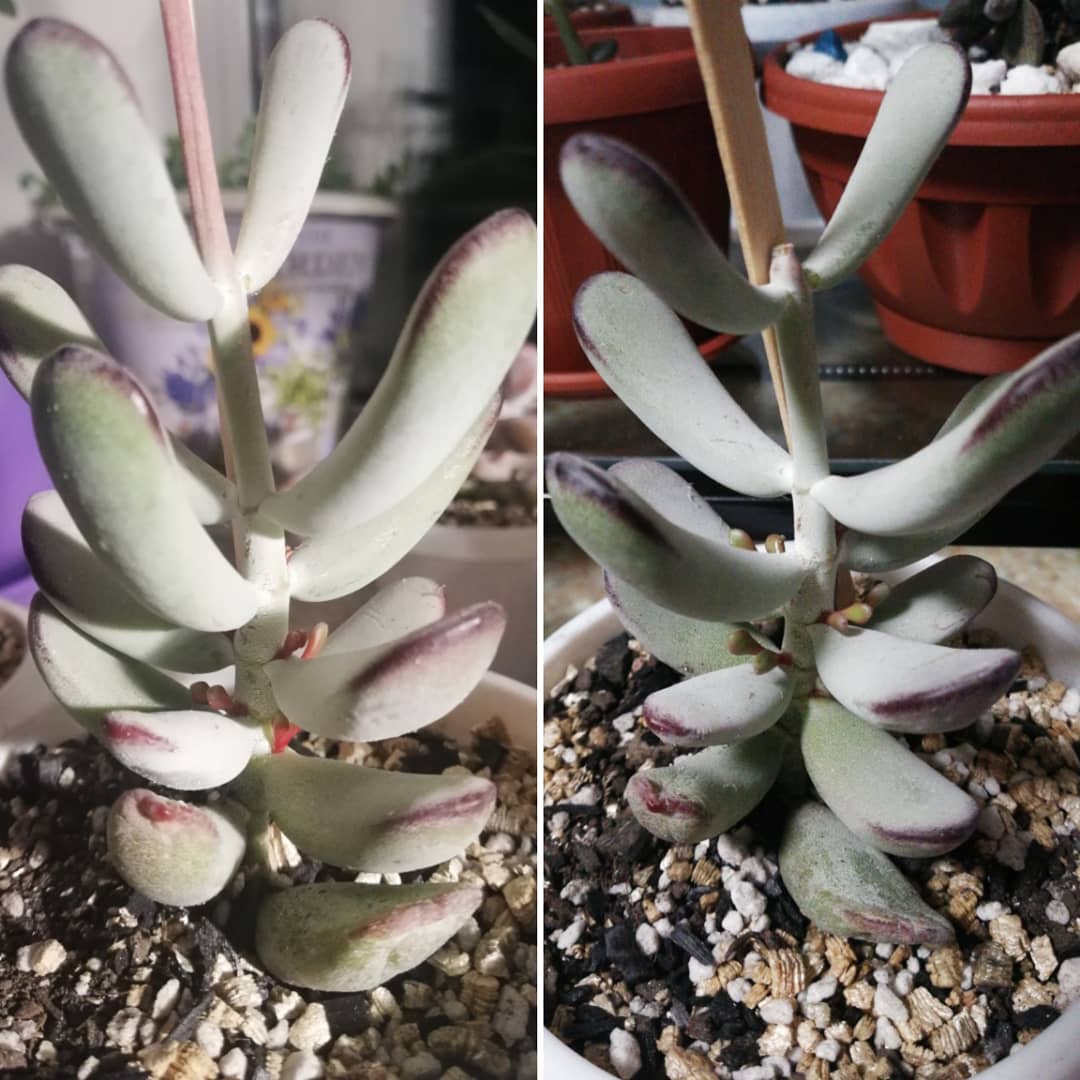
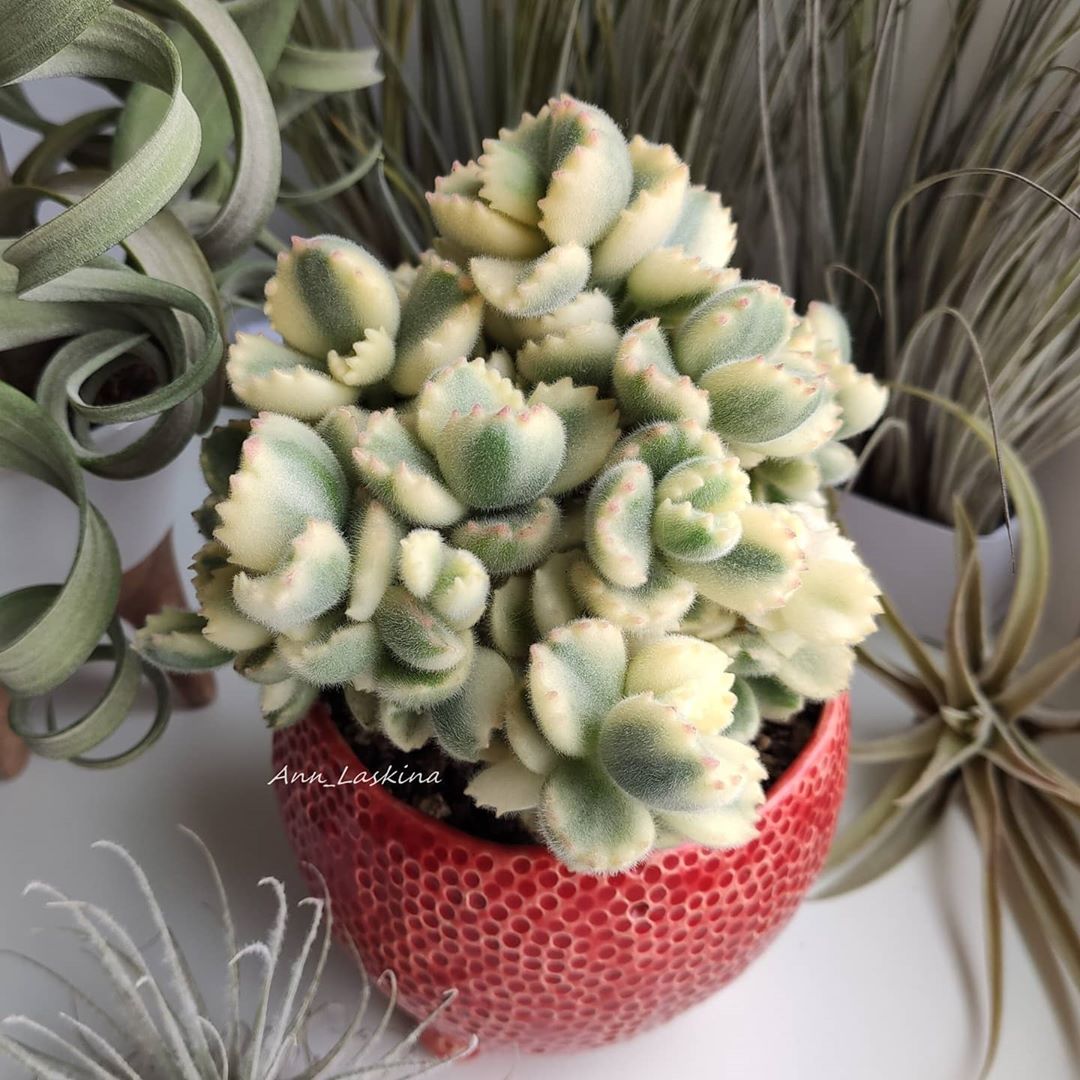
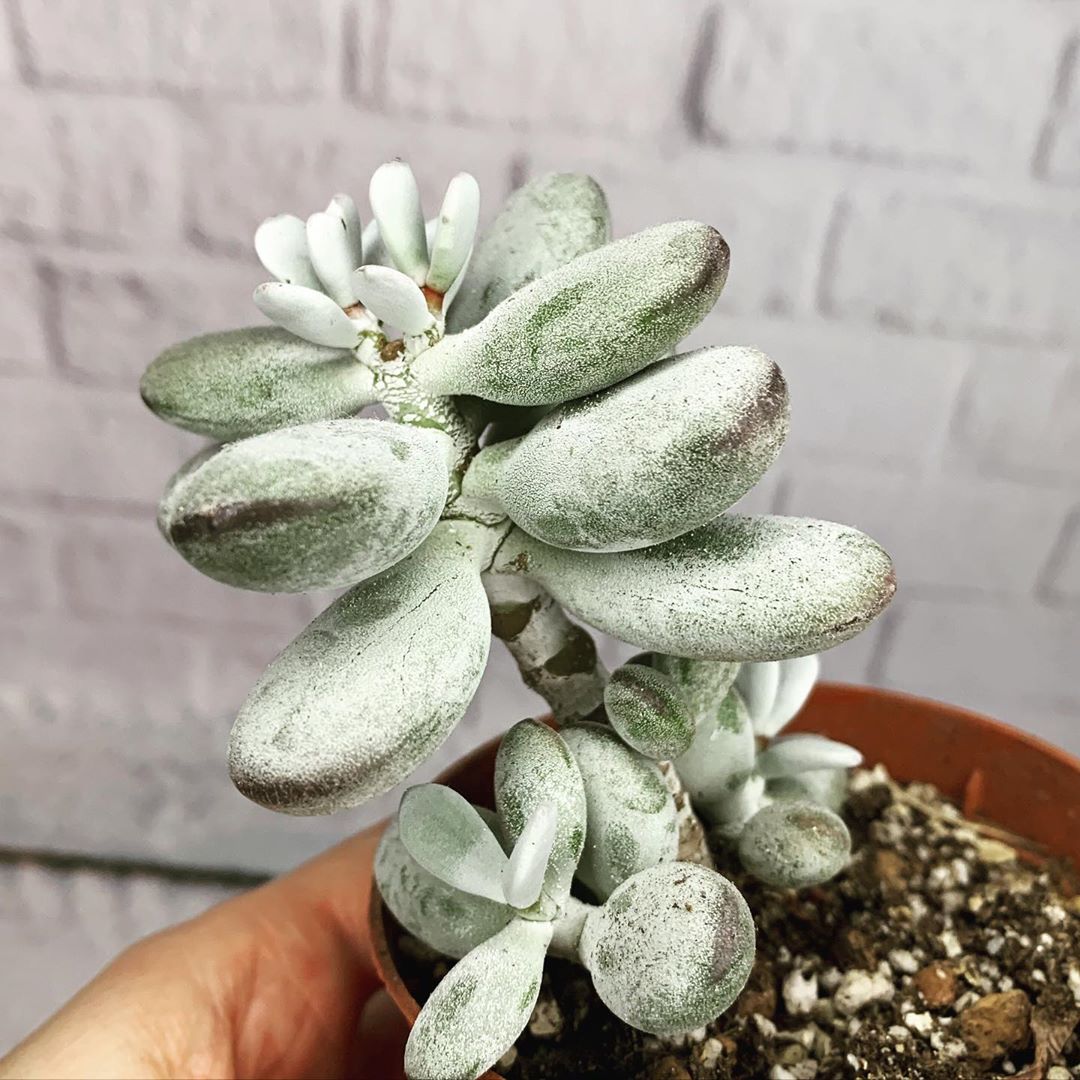
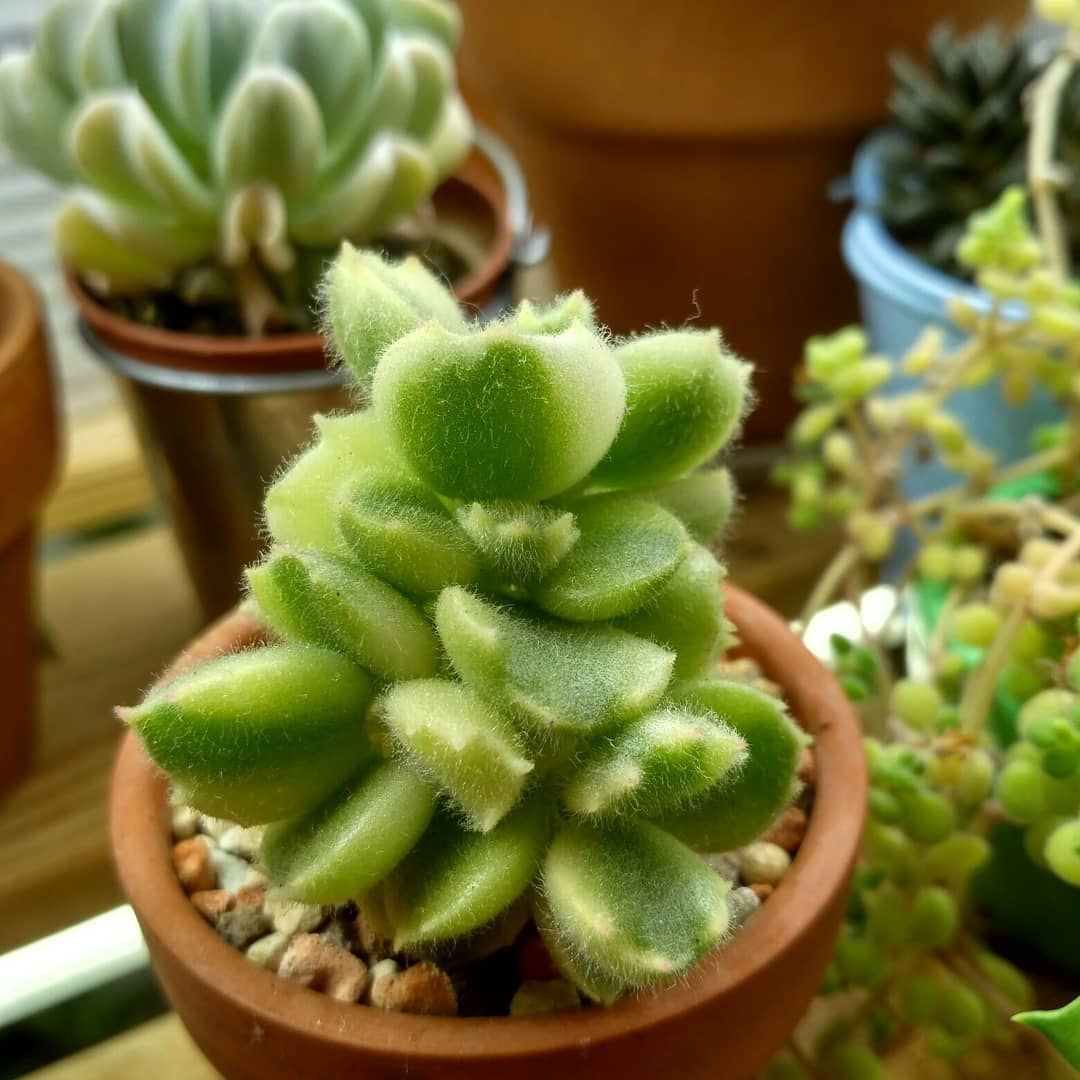
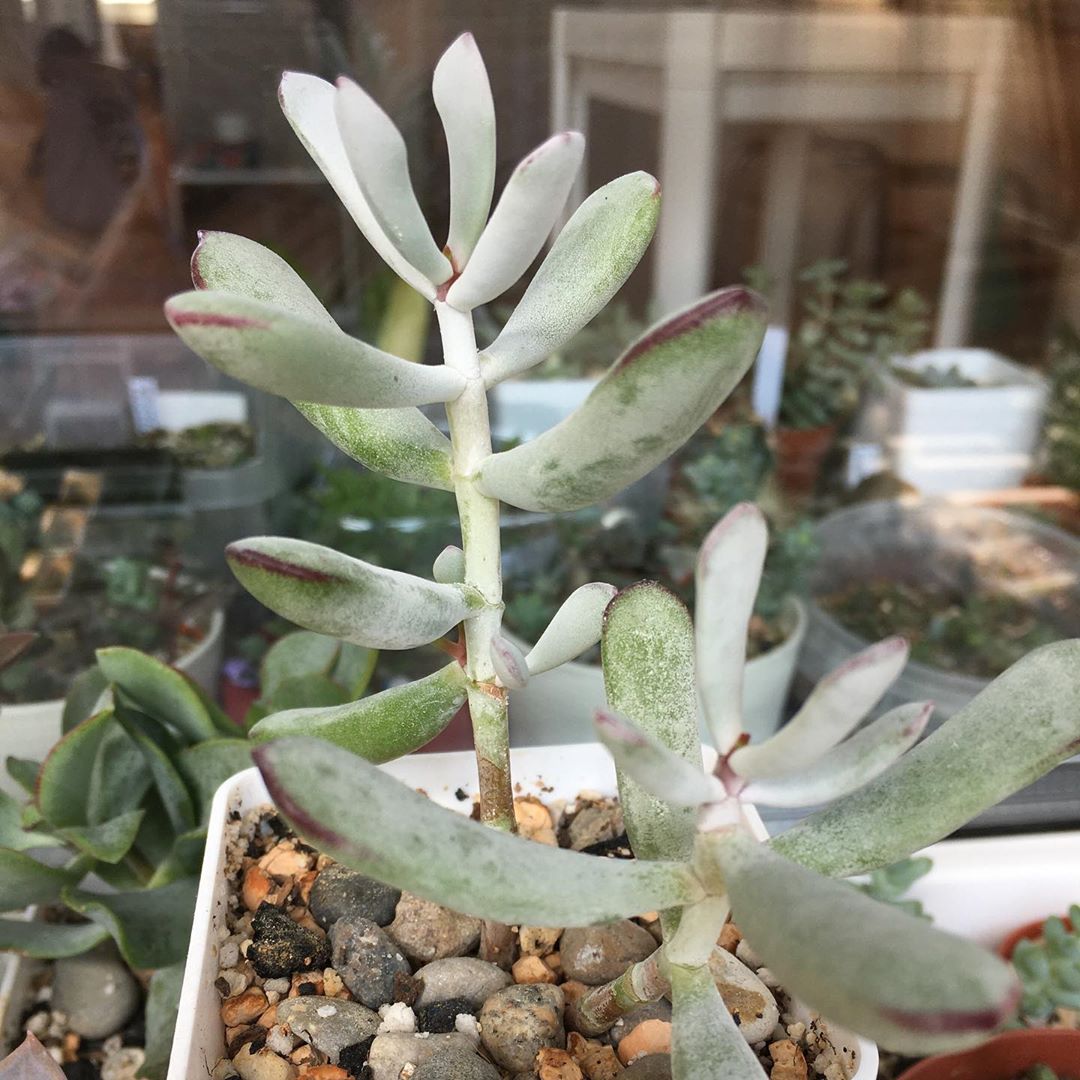
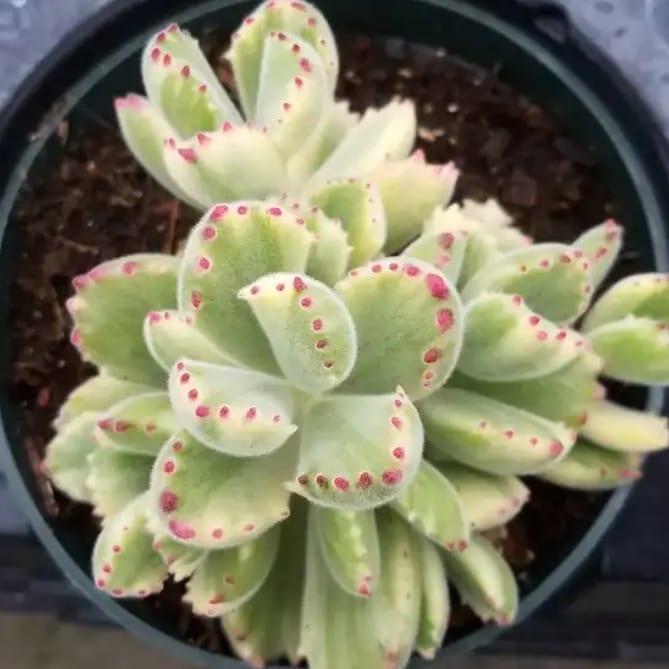
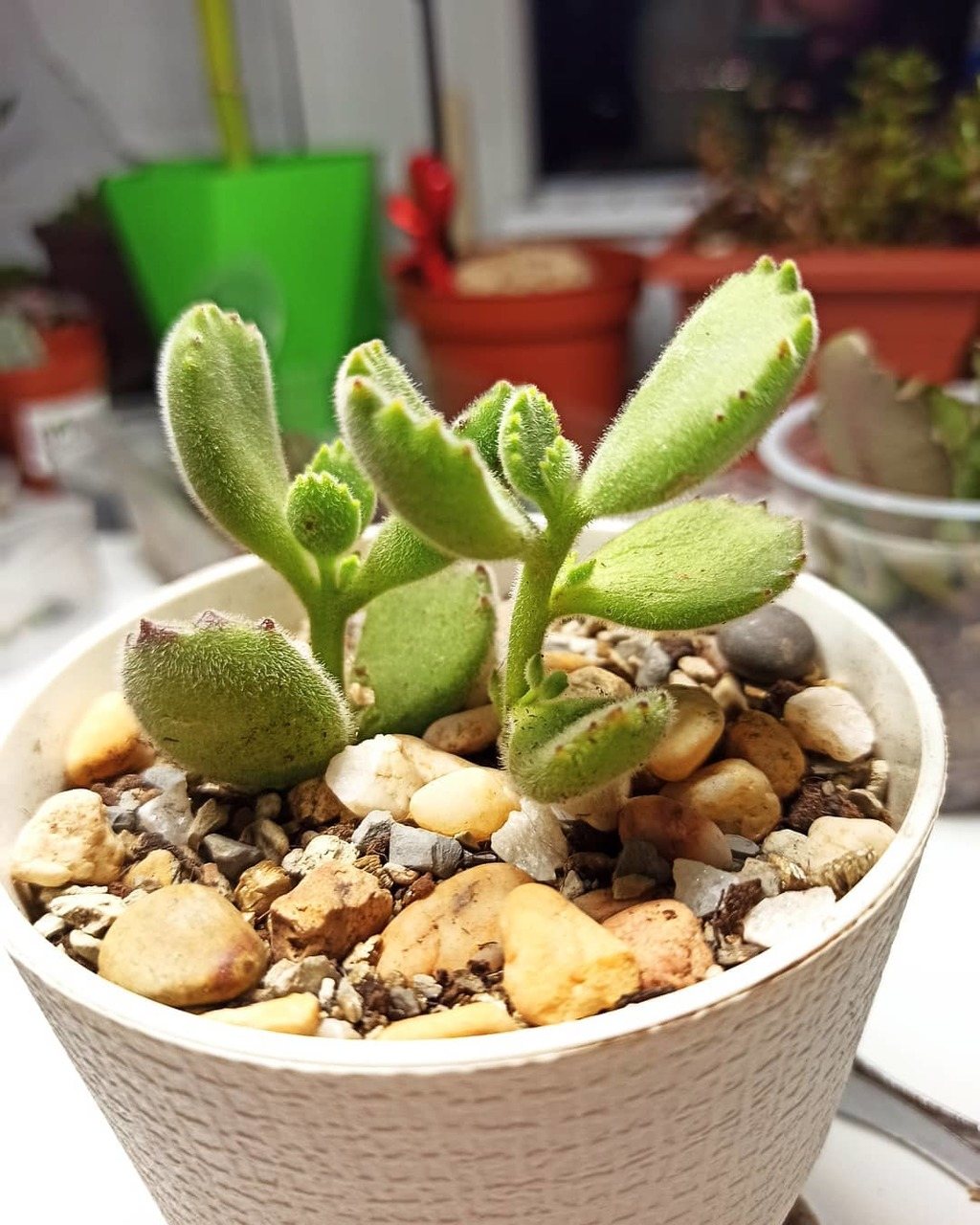
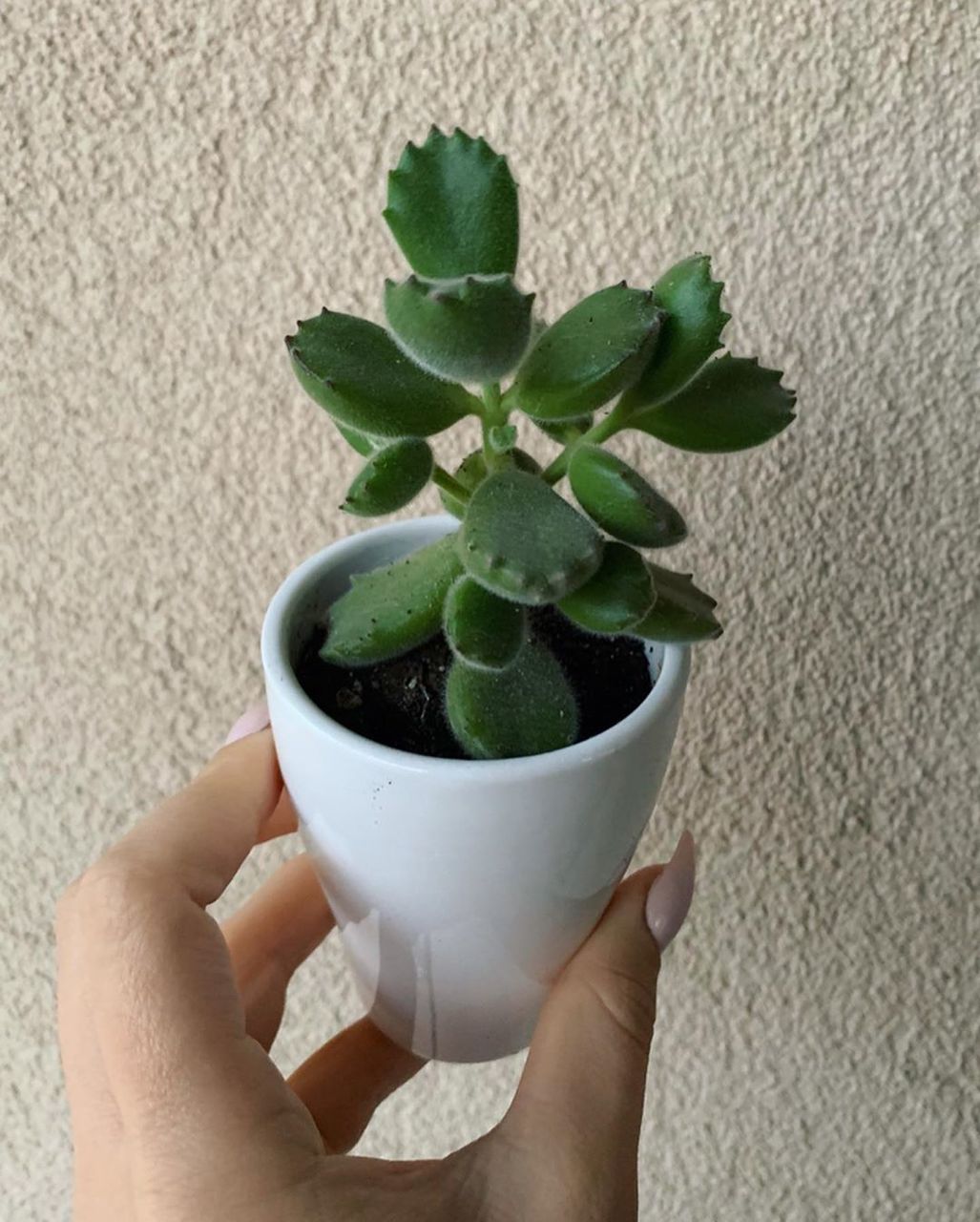
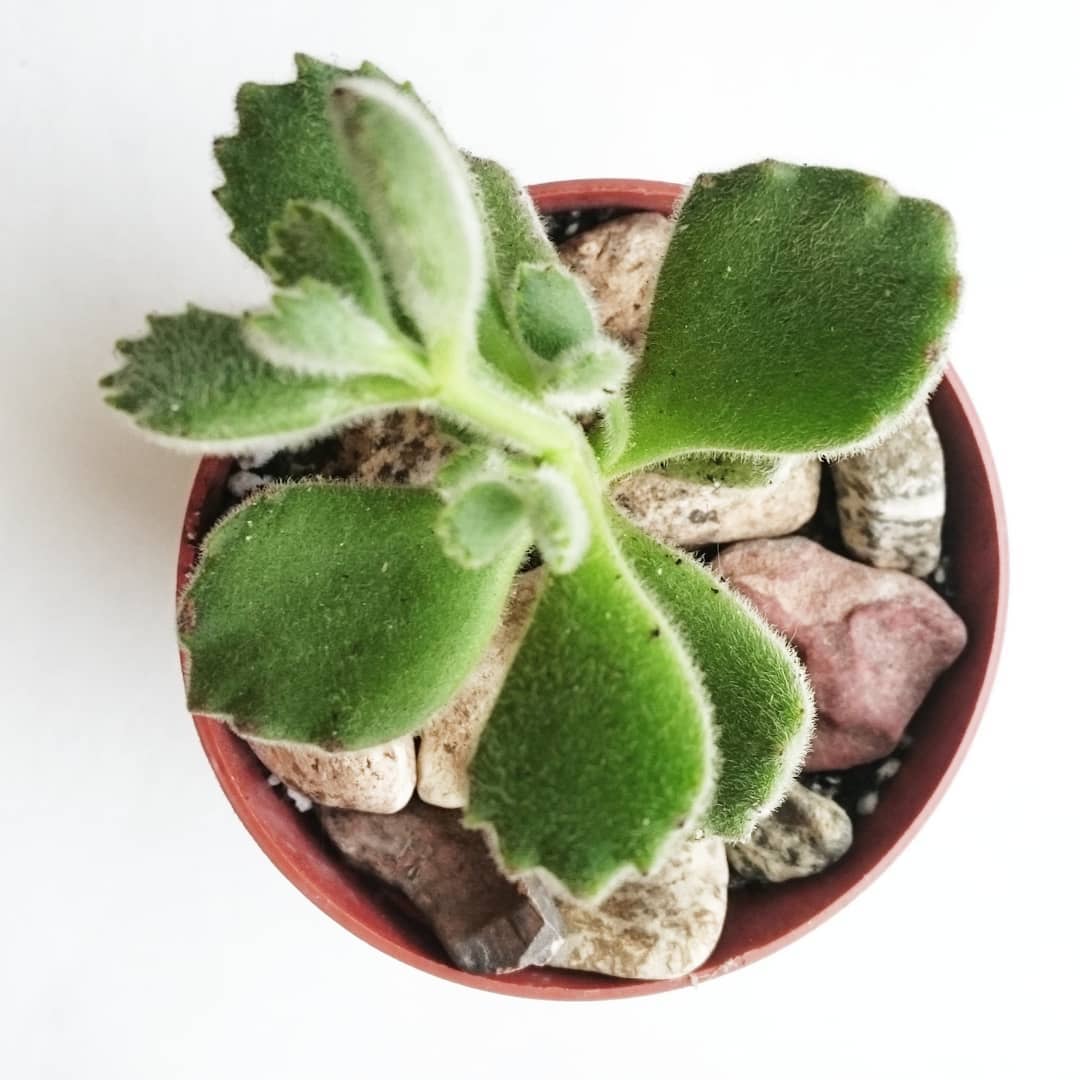










Adromiscus
The plant is a low-growing herbaceous shrub that can be found naturally in the Cape Province of Africa. The succulent has a short stem, the length of which does not exceed 15 cm. At the top there is a crown of many succulent leaves. They are fleshy and widen at the base. There is a small edge on the surface.
The shade of the leaves is green with a purple or bluish tint. Adromiscus flowers are tubular with a diameter of no more than 2 cm.
Common types:
- comb;
- Cooper;
- spotted;
- three-pistil;
- Pellnitz.
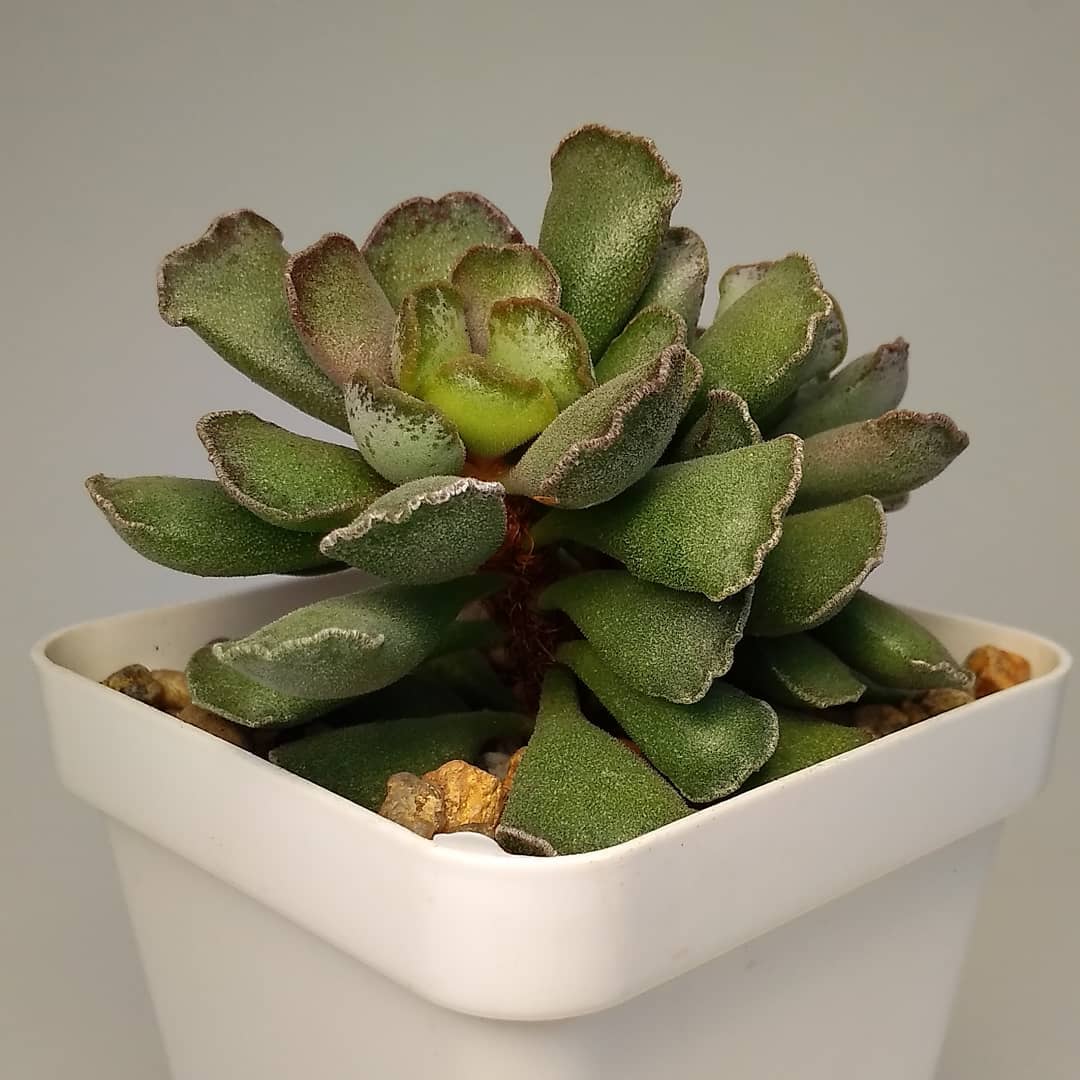
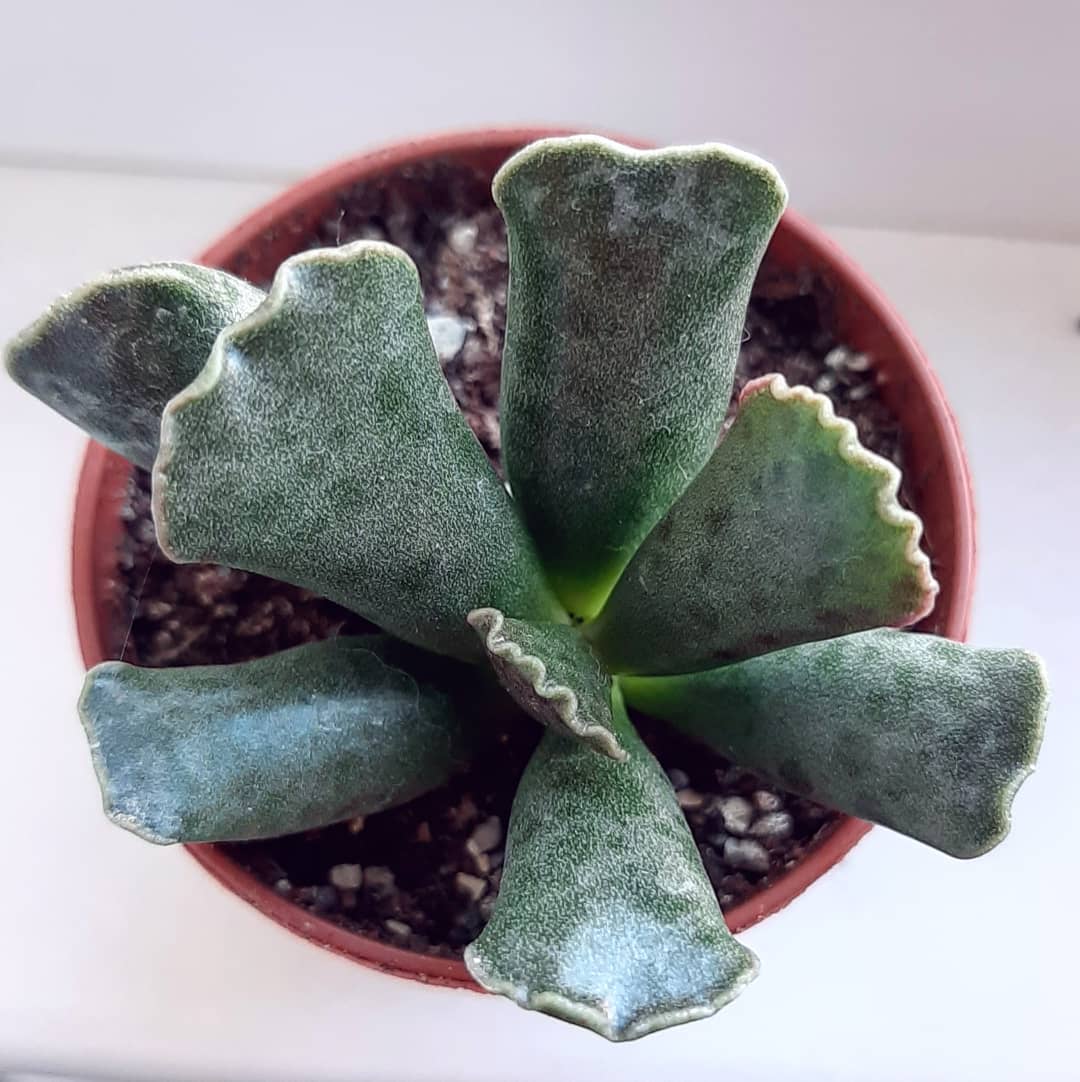
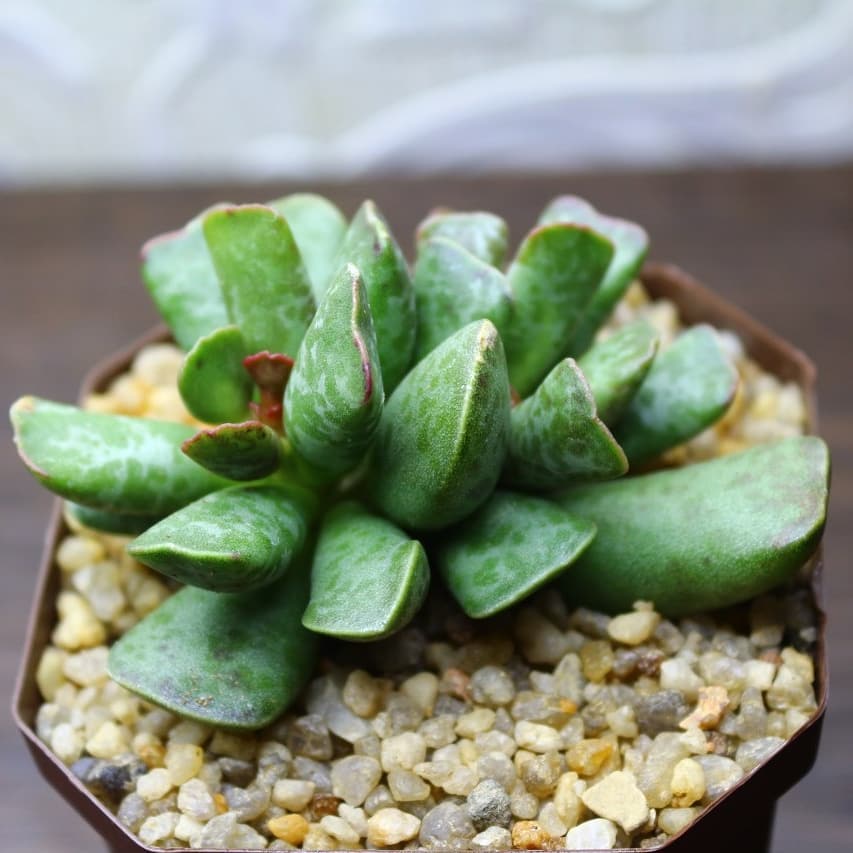
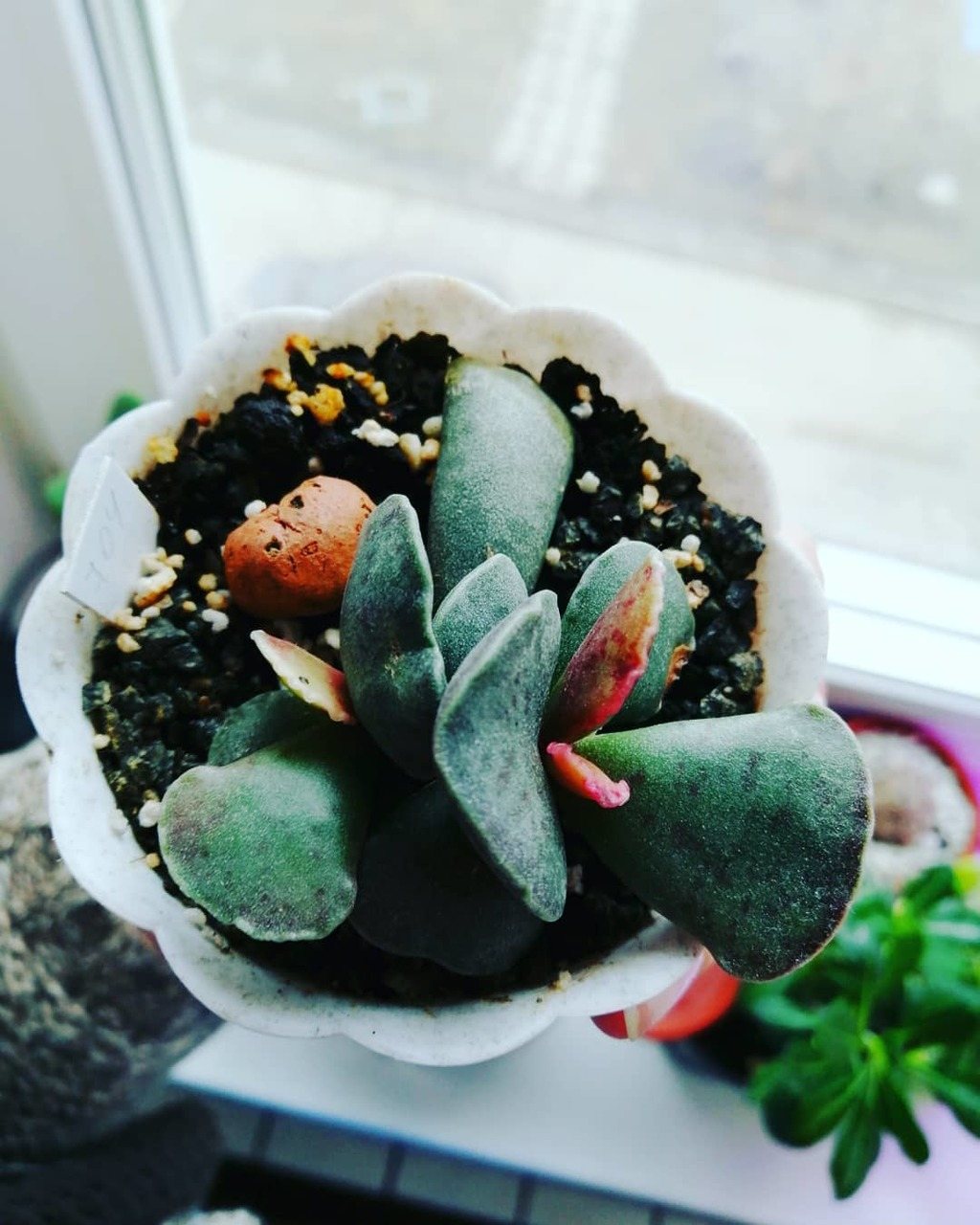
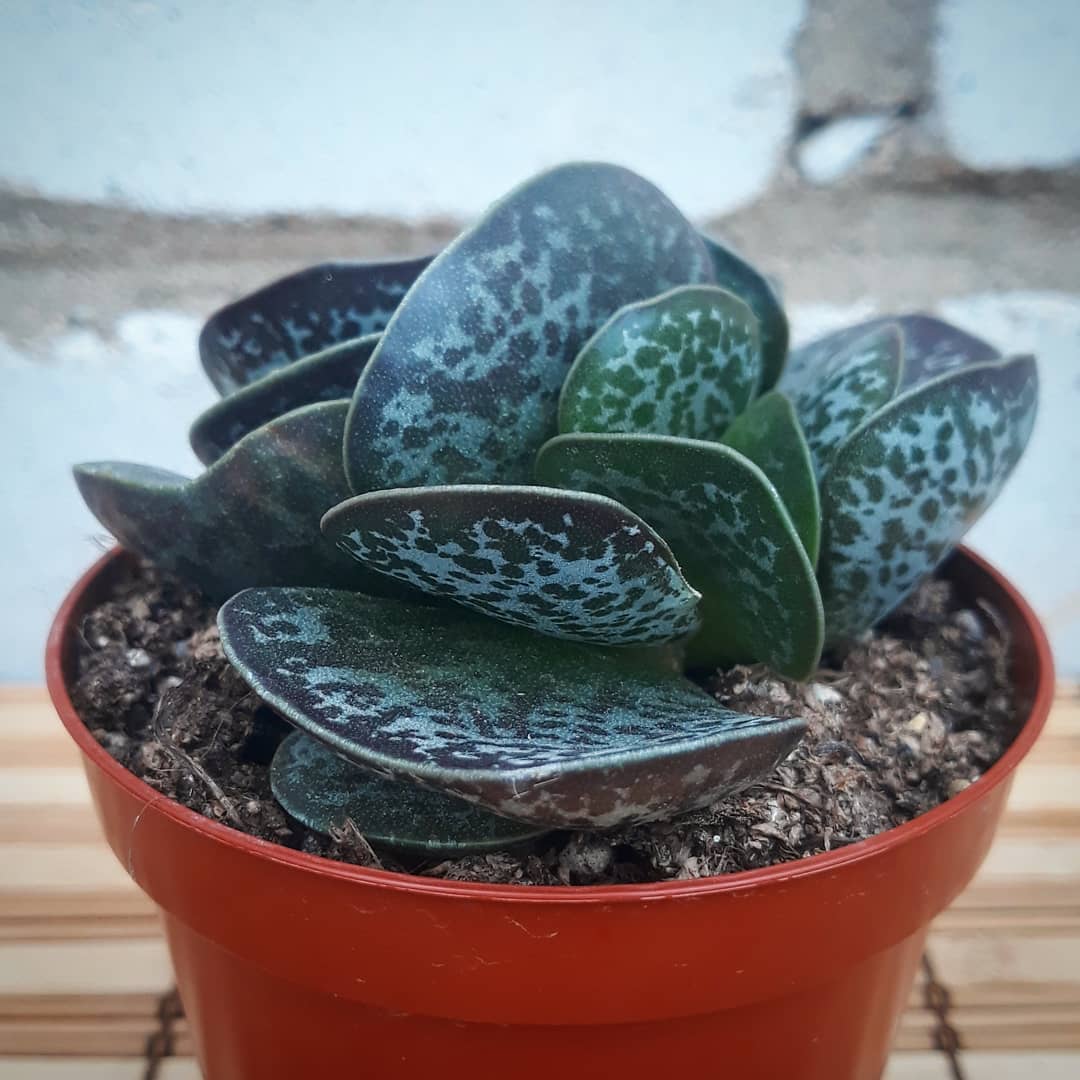
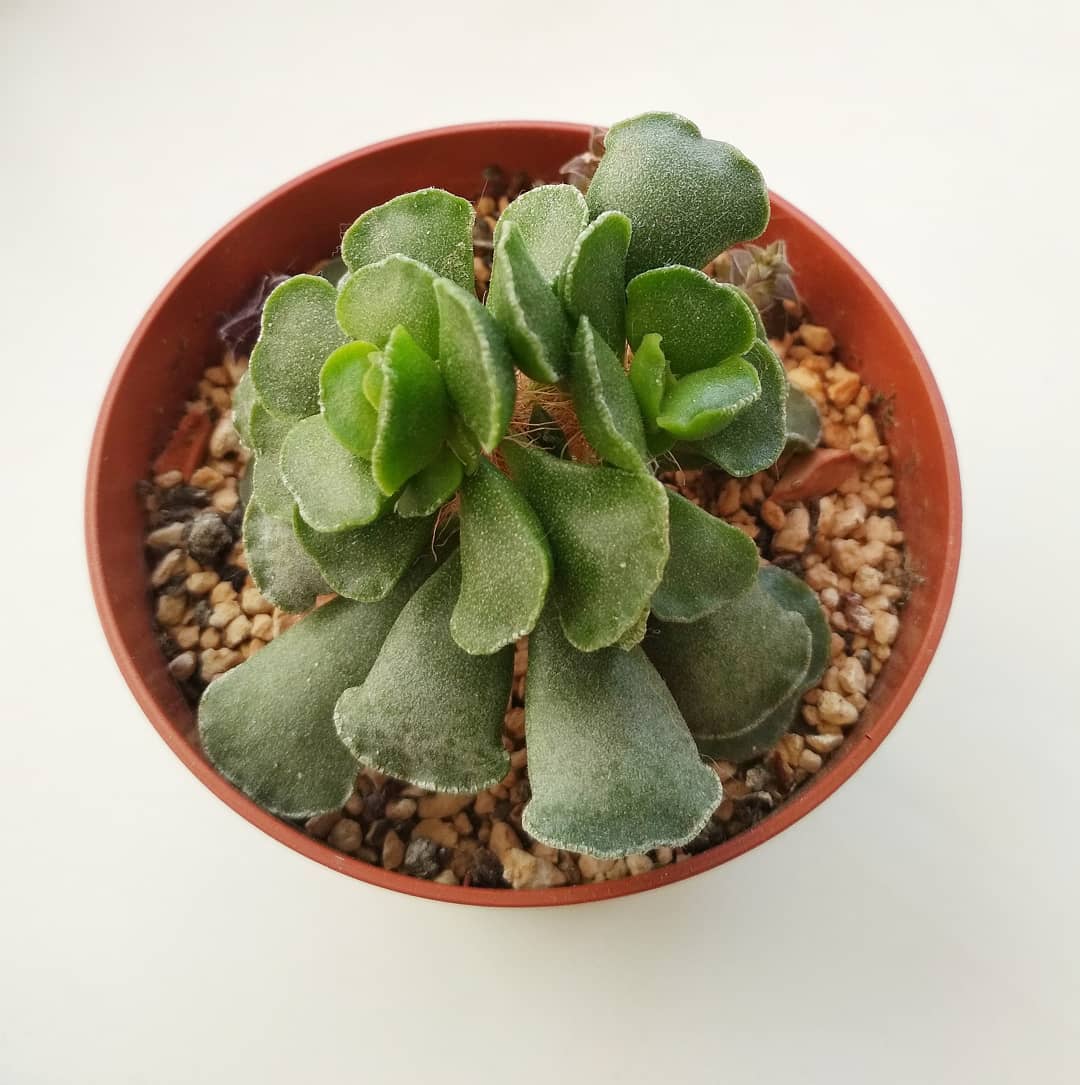
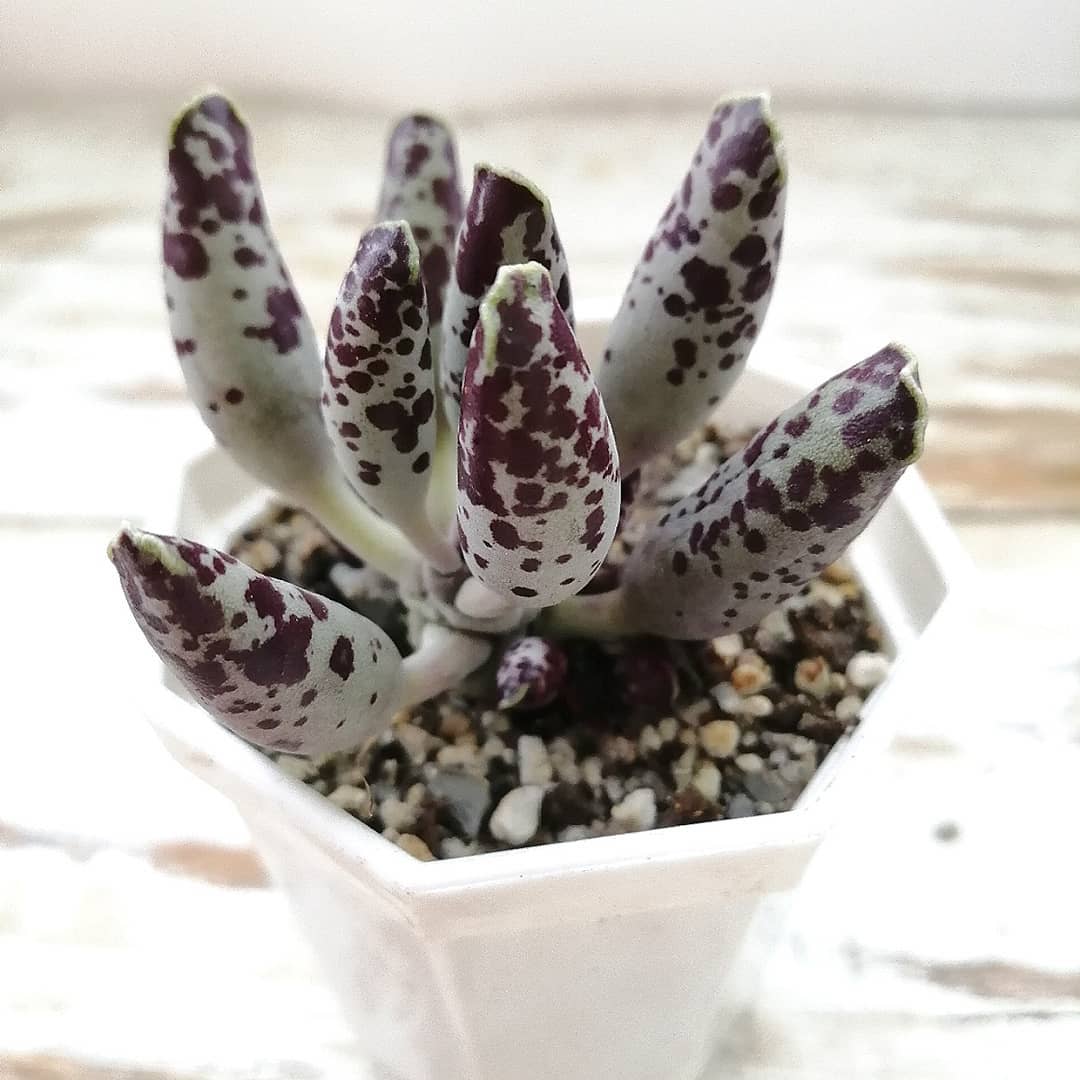
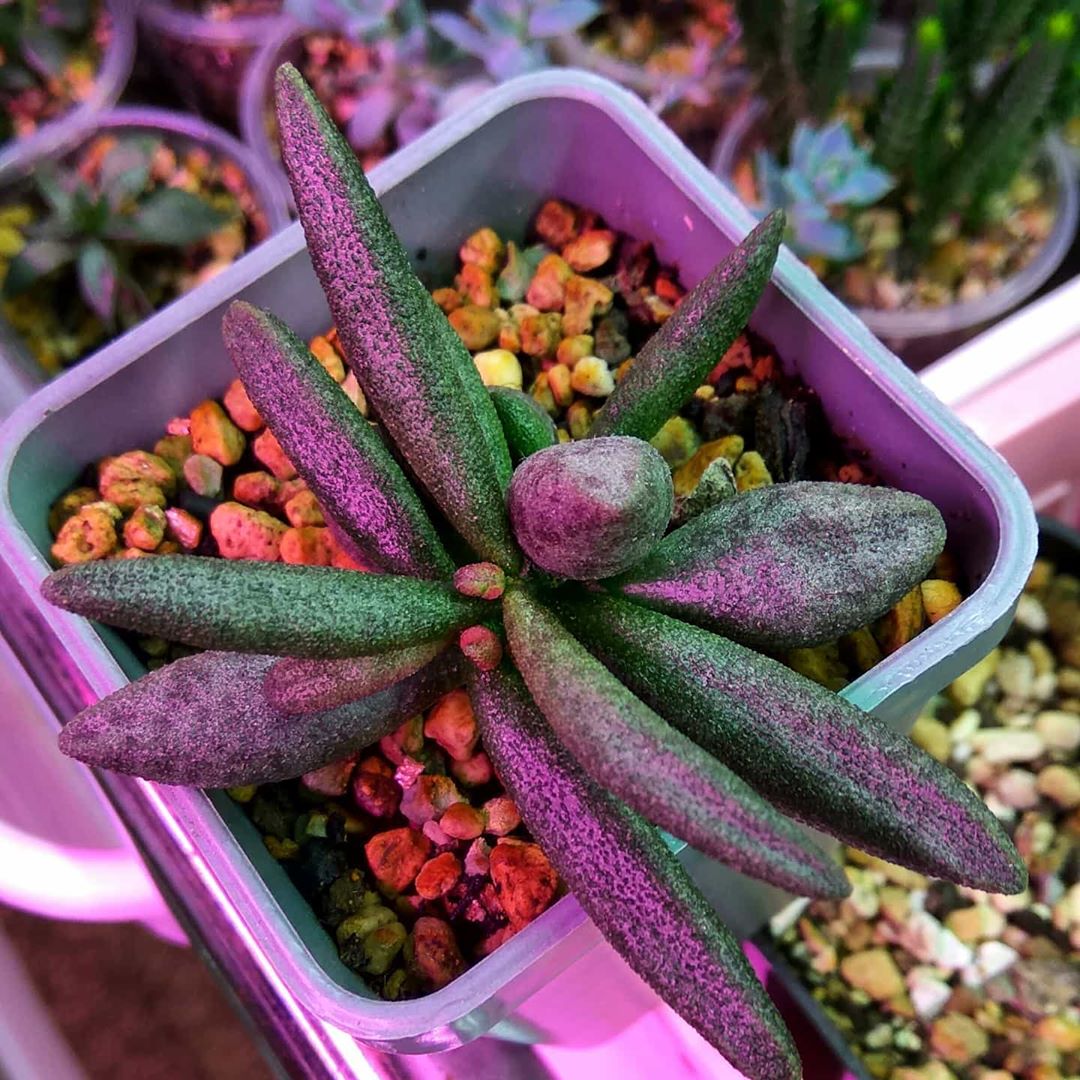
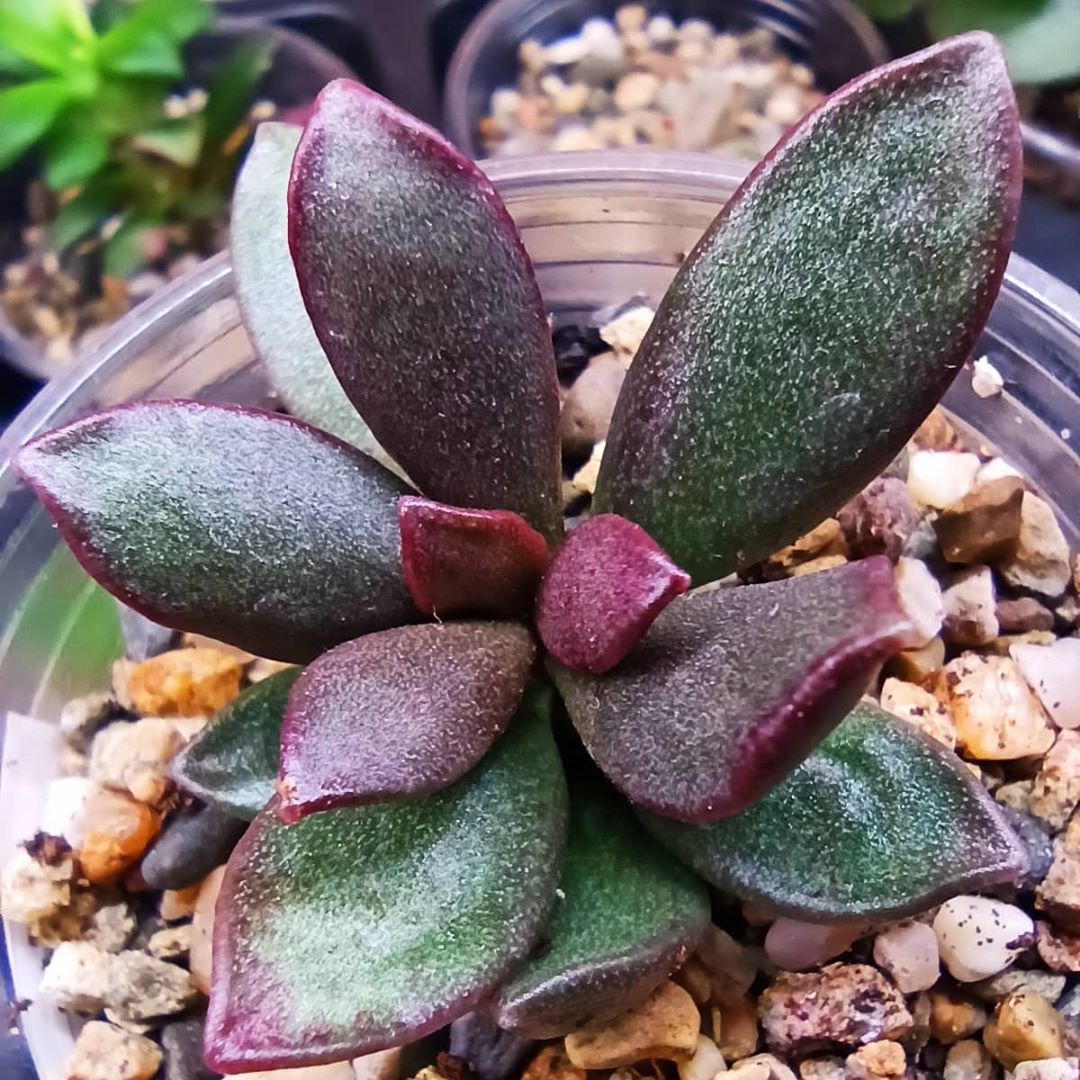
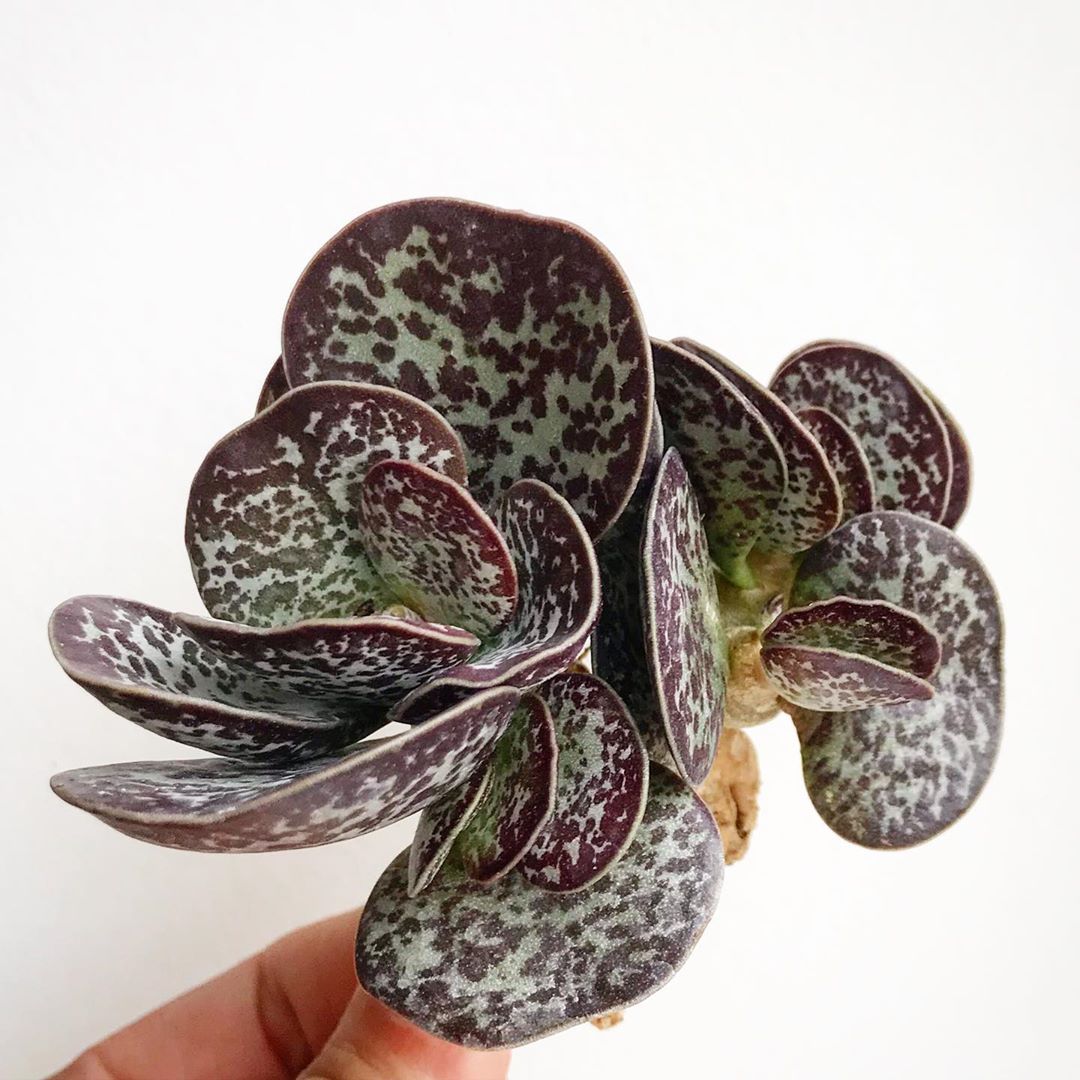










Synadenium
The succulent belongs to the Euphorbiaceae family.It forms a spreading shrub, the height of which at home does not exceed 1.5 m. In nature, it can be found in southern Africa. Forms a branched root system that goes significantly deeper.
The shoots of synadenium are thickened and capable of accumulating moisture. A dark bark forms on their surface. The oval leaves are leathery with short petioles and grow opposite or alternately on the shoots. The color of the plates is dark green, but red-brown stripes, stains or spots are allowed. Flowering occurs in winter. Bell-shaped buds.
Popular types:
- Grant;
- Rubra.
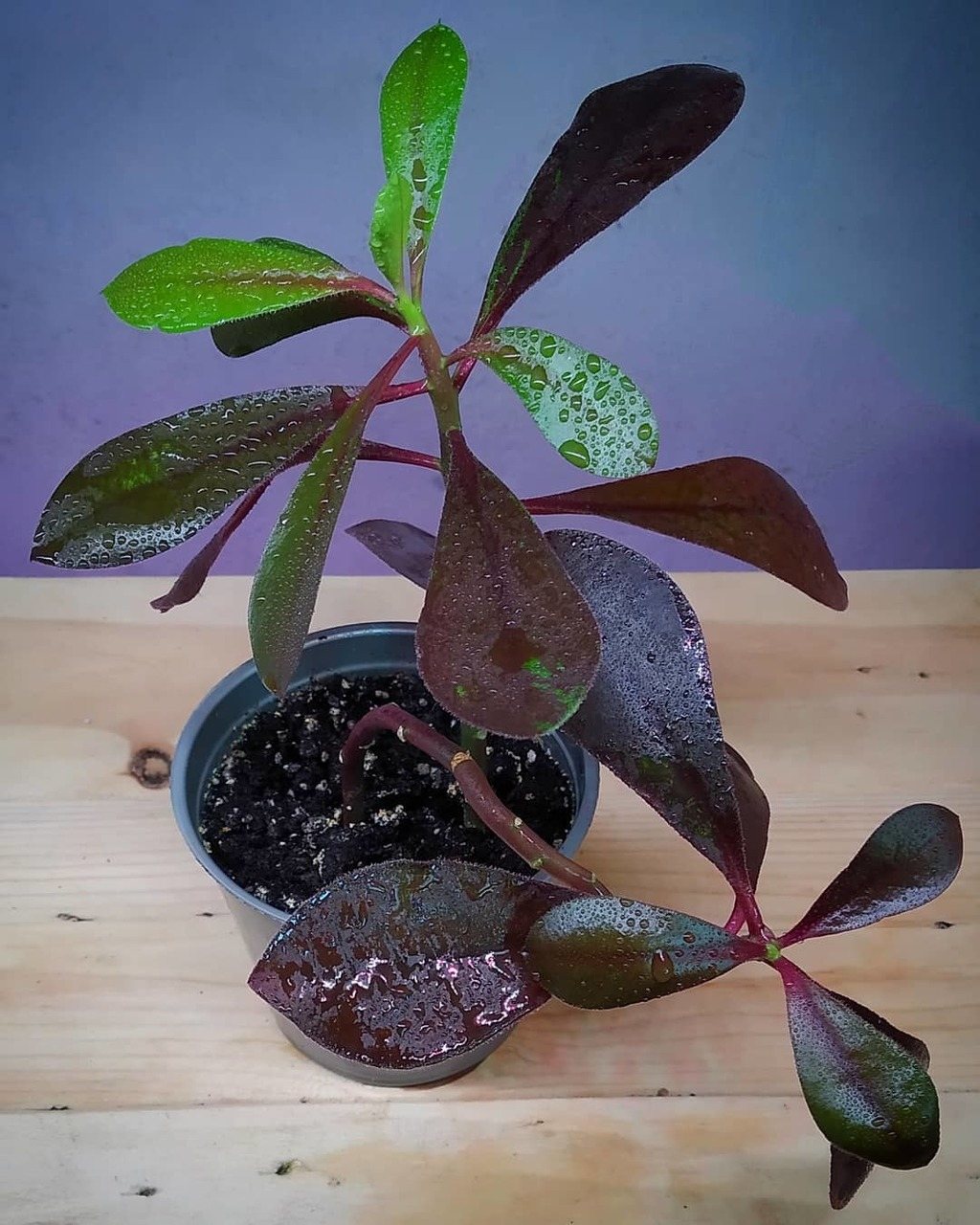
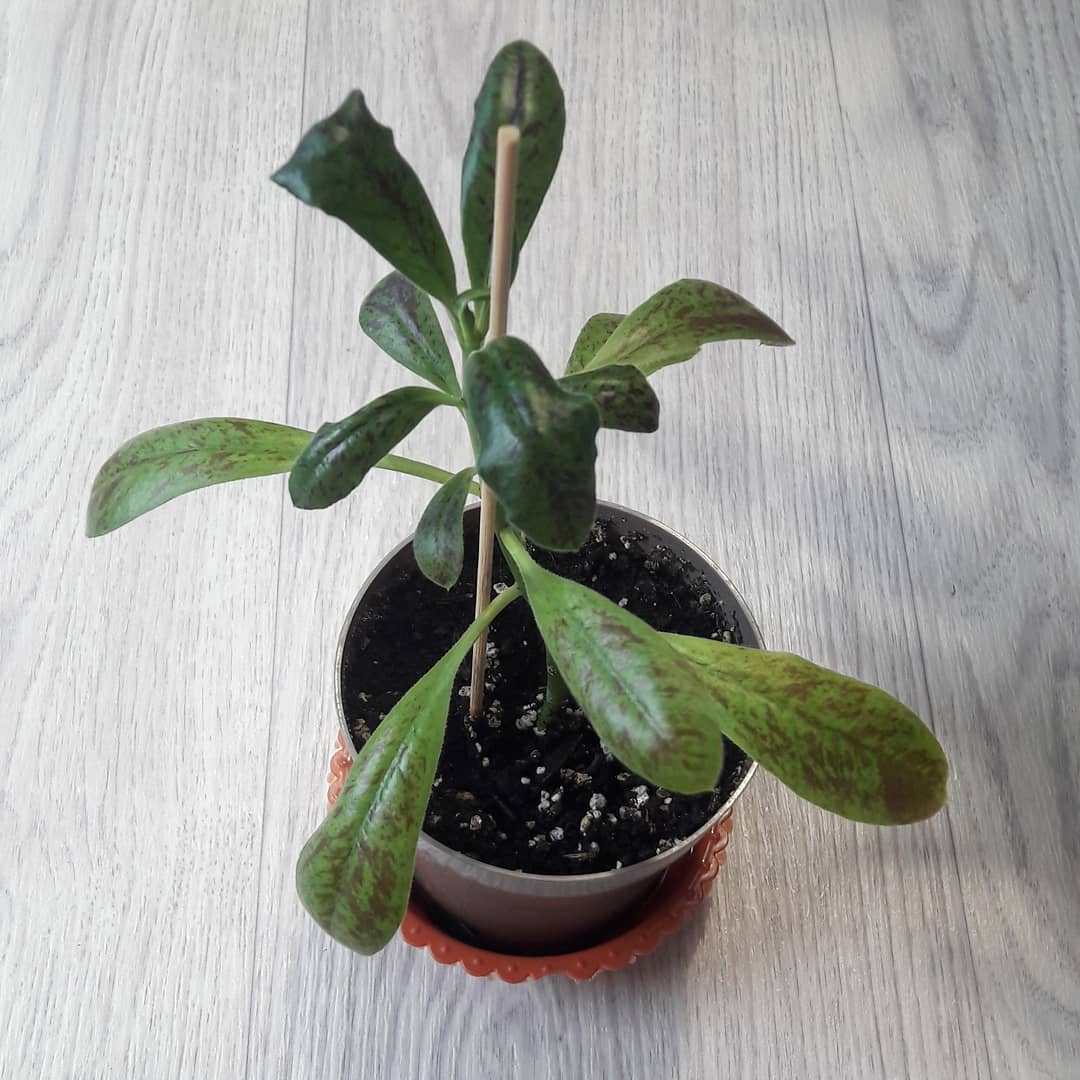
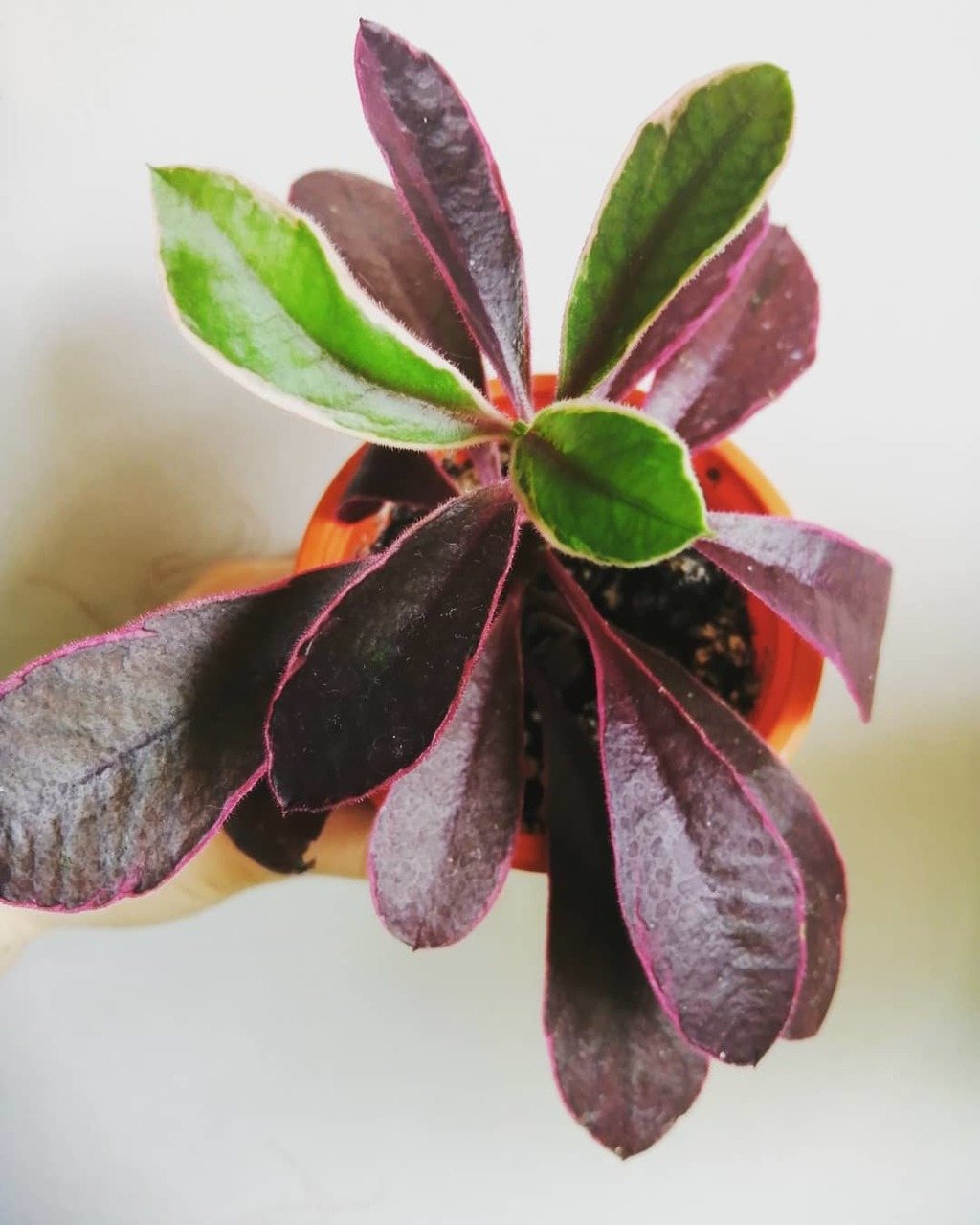
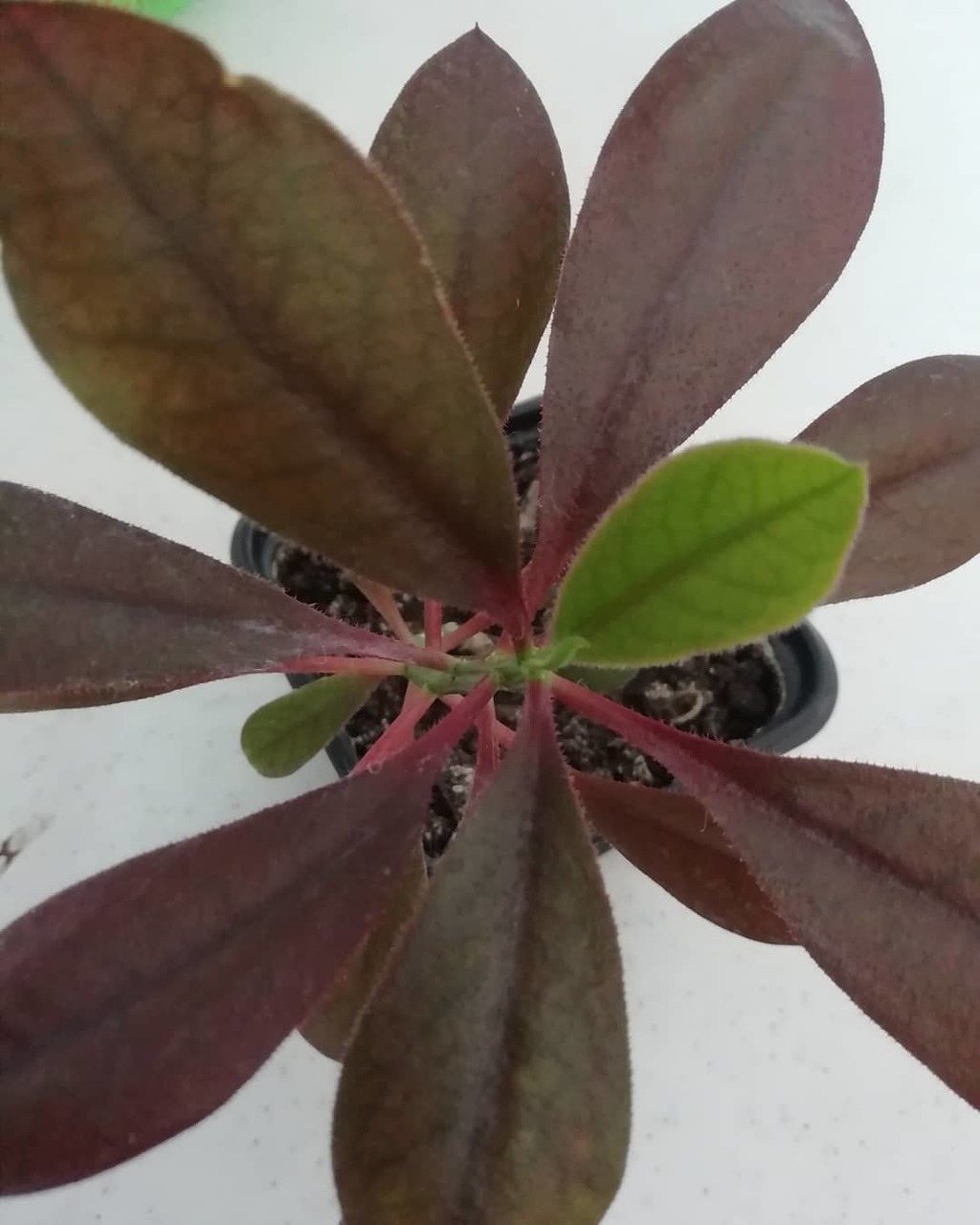
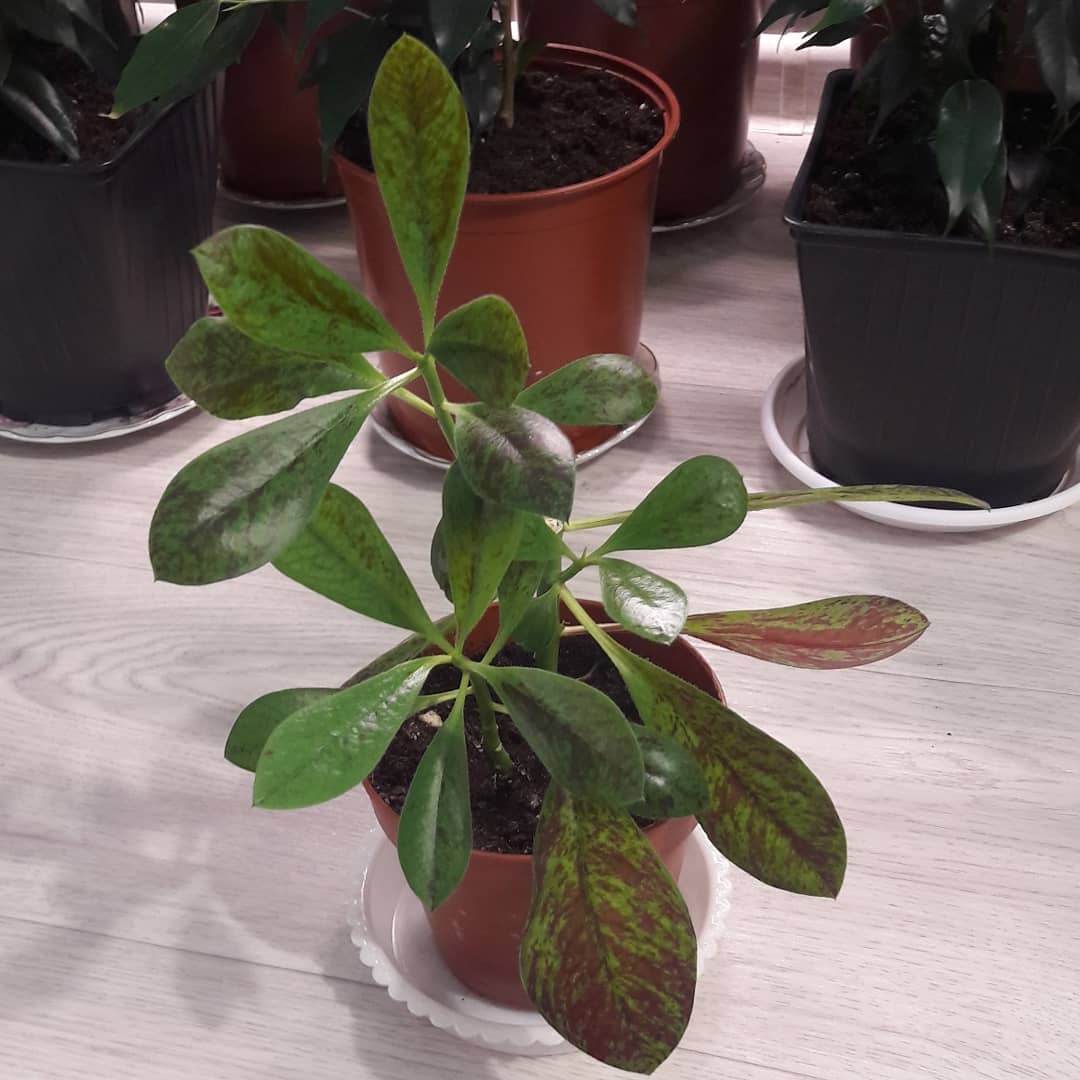





Apthenia
An evergreen perennial succulent with fleshy shoots and leaves. The plant also has powerful, thickened roots. Most often, aptenia has creeping or creeping shoots, which over time can form a subshrub up to 25 cm high.
The growth of young Aptenia seedlings is initially directed upward, but as they mature, they lie down and branch heavily. They can reach 1.0 m in length. Aptenia has oval leaves with a pointed tip. Their color is bright green. Double flowers, reminiscent of an aster. Formed in the axils of leaves along the entire length of the shoots.
Popular types:
- cordate;
- lanceolate;
- Haeckel;
- white-flowered.
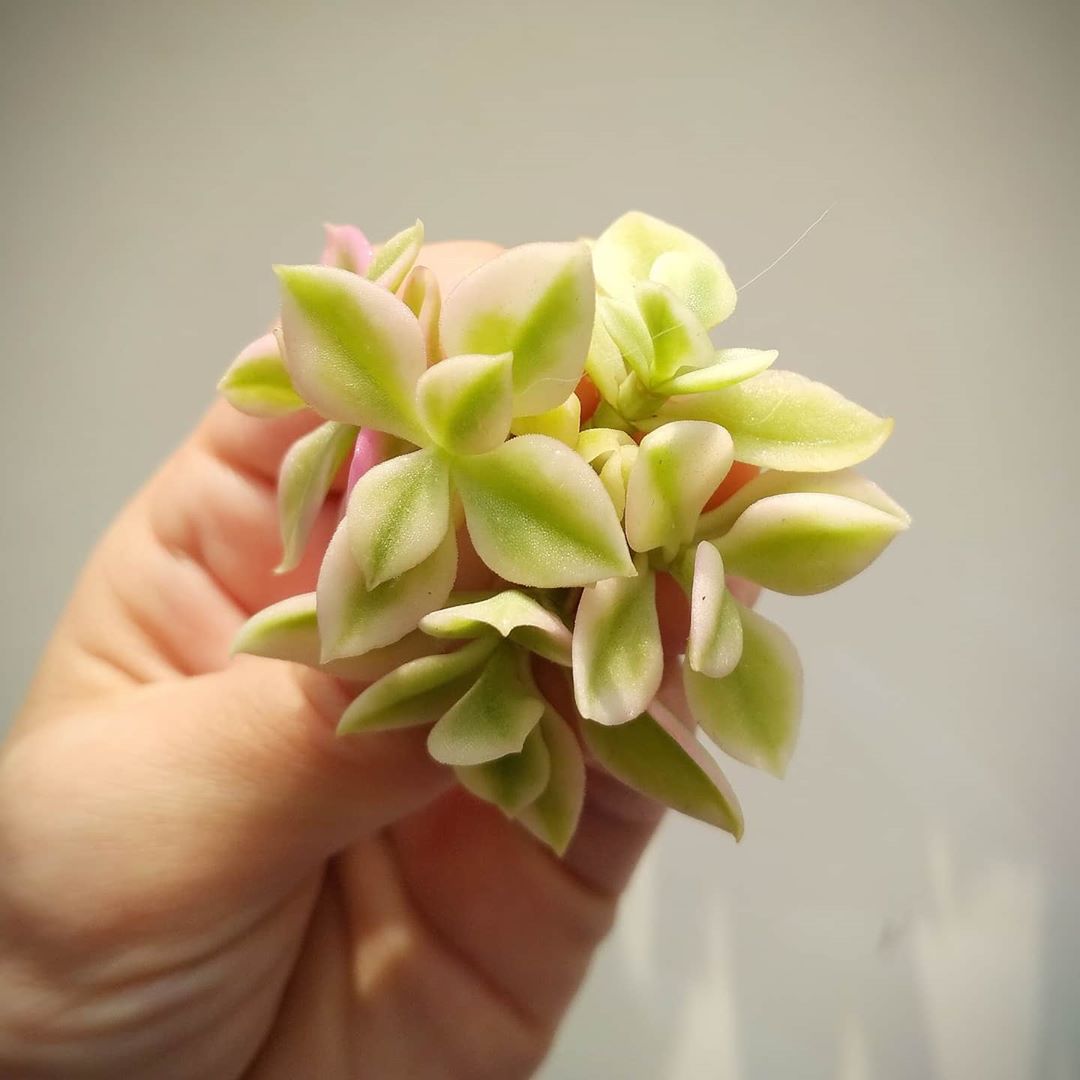
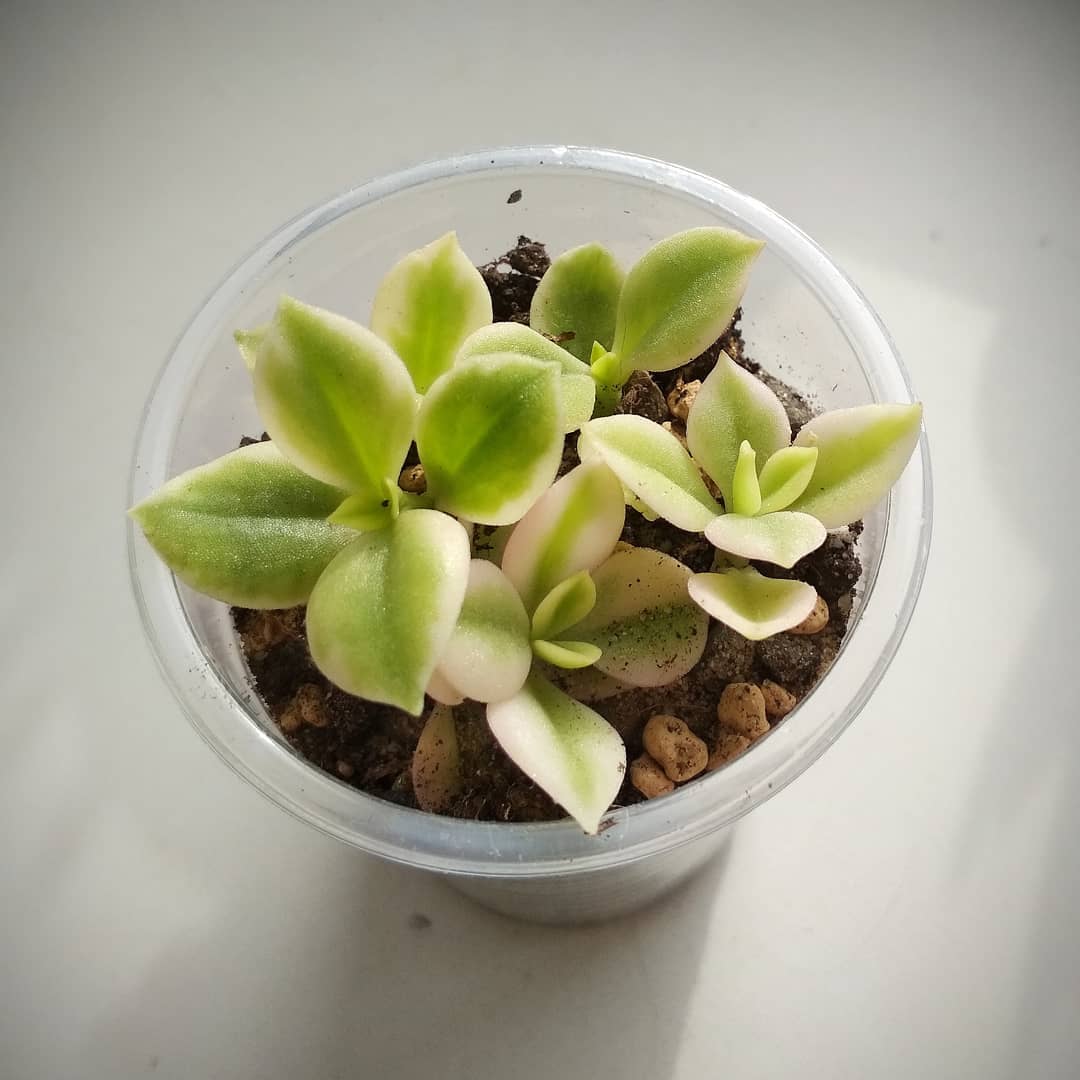
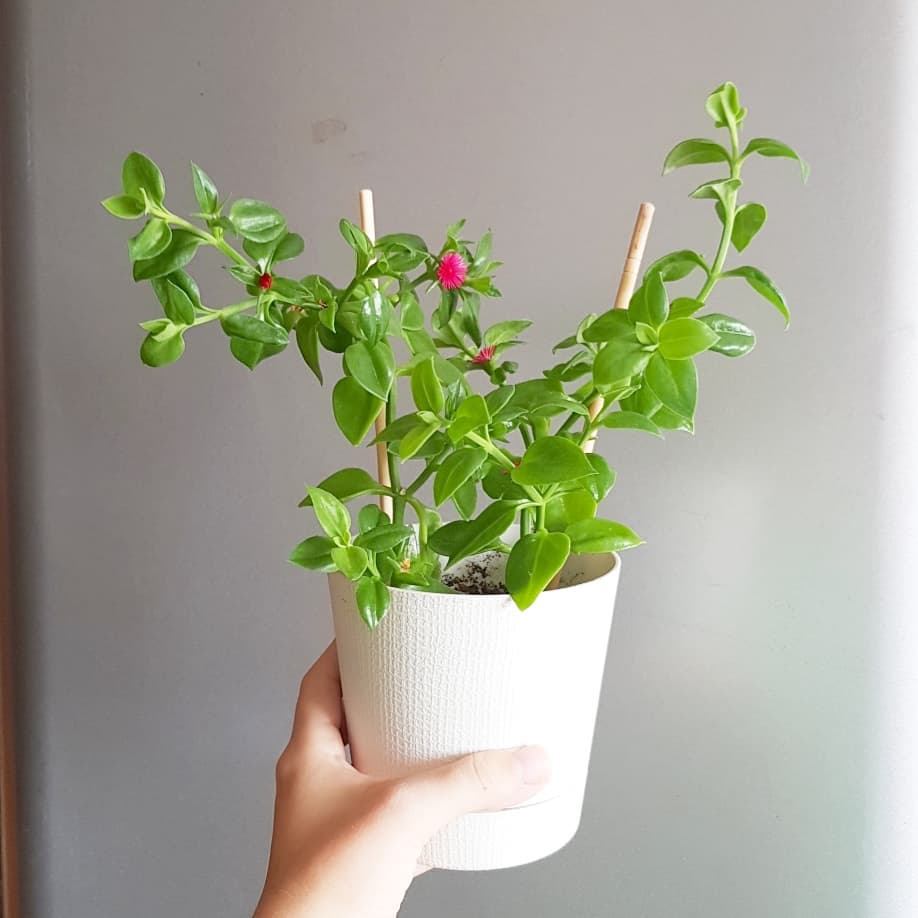
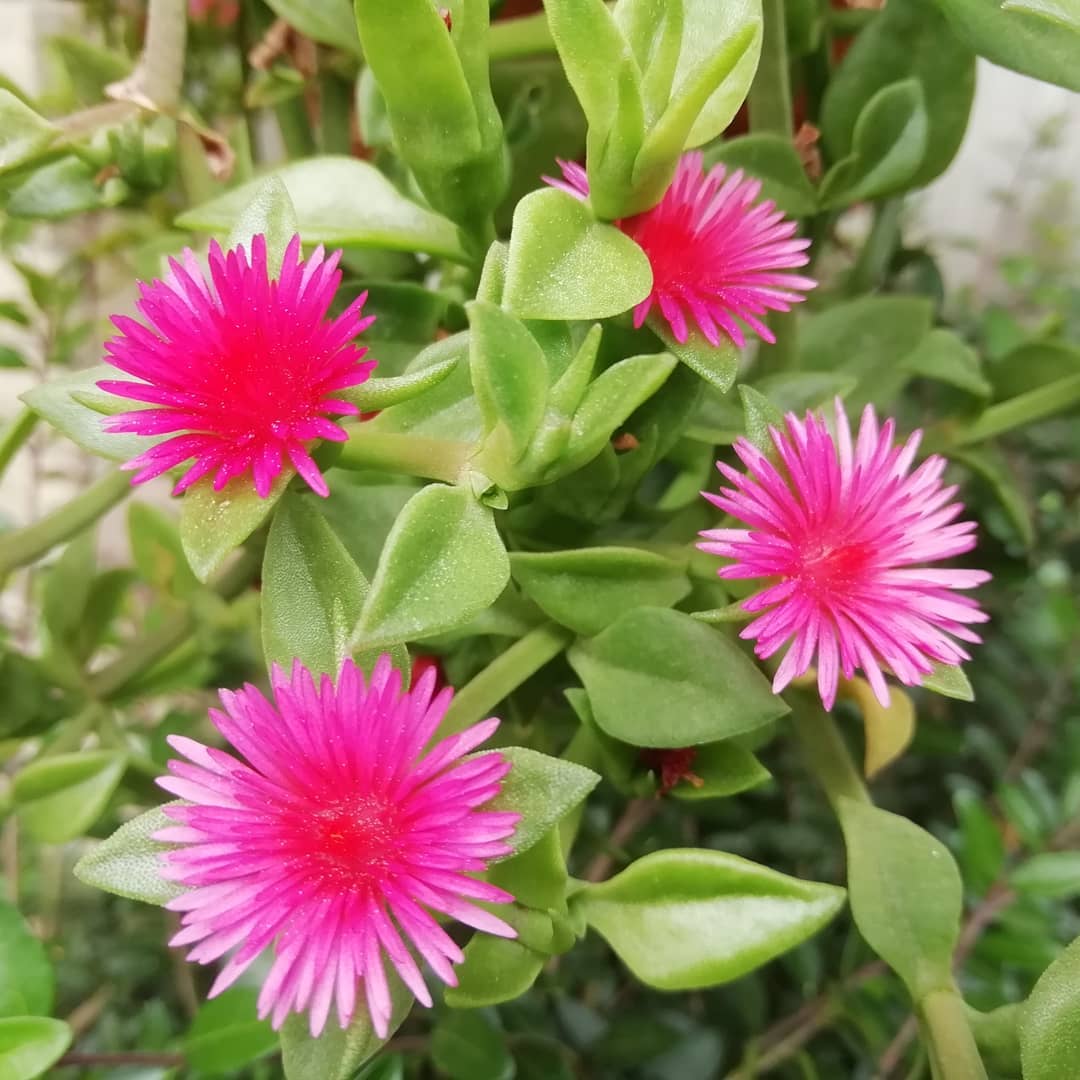
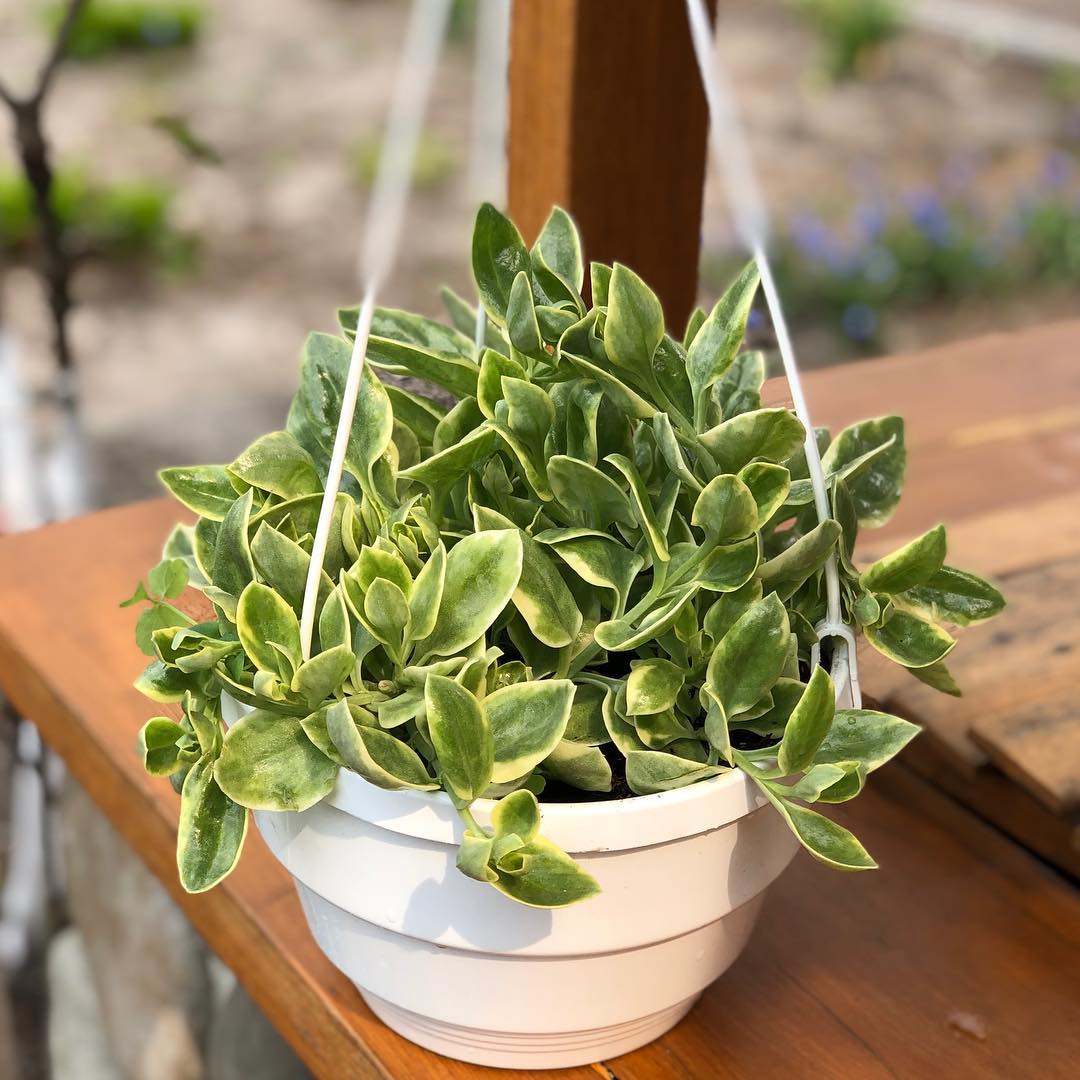
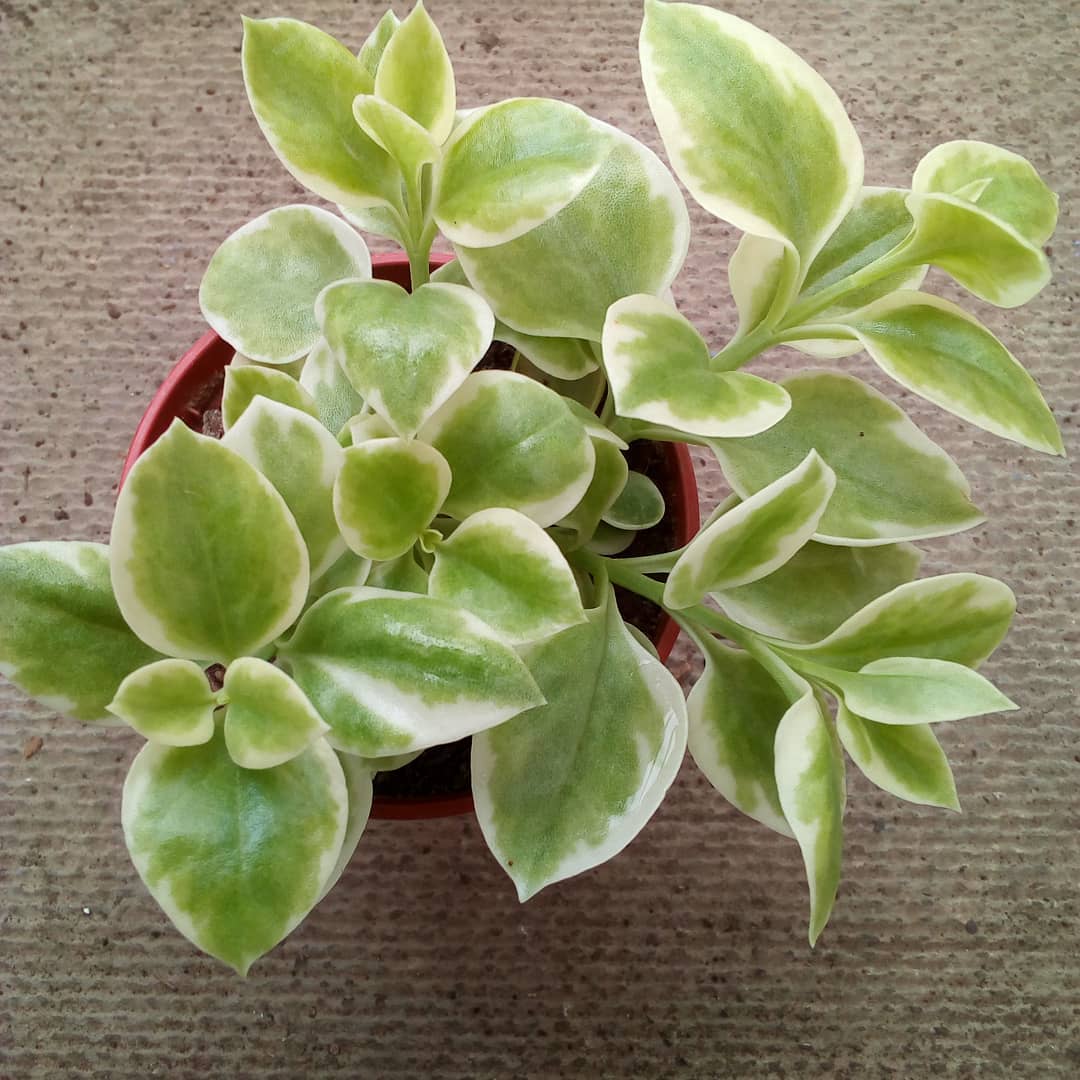
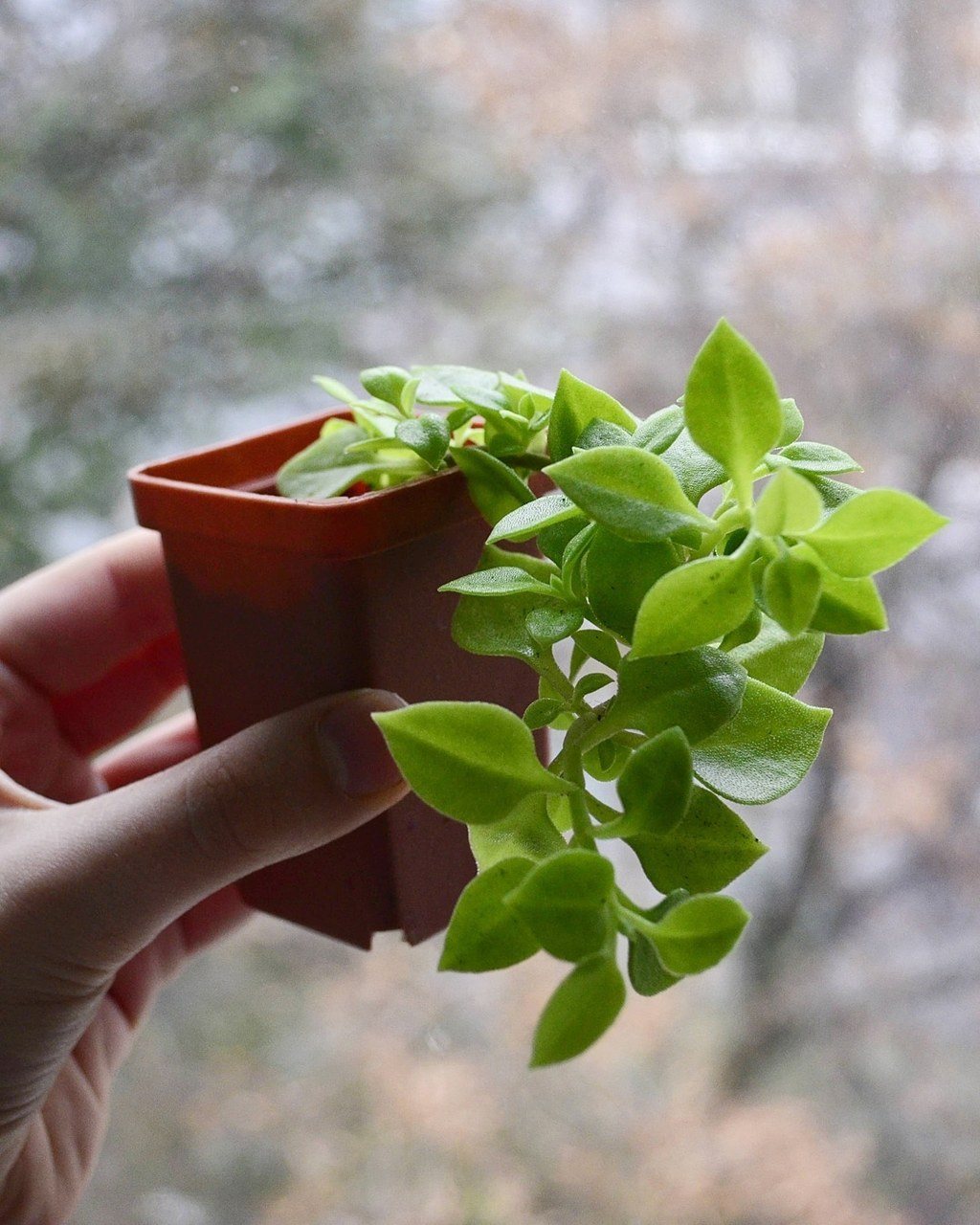

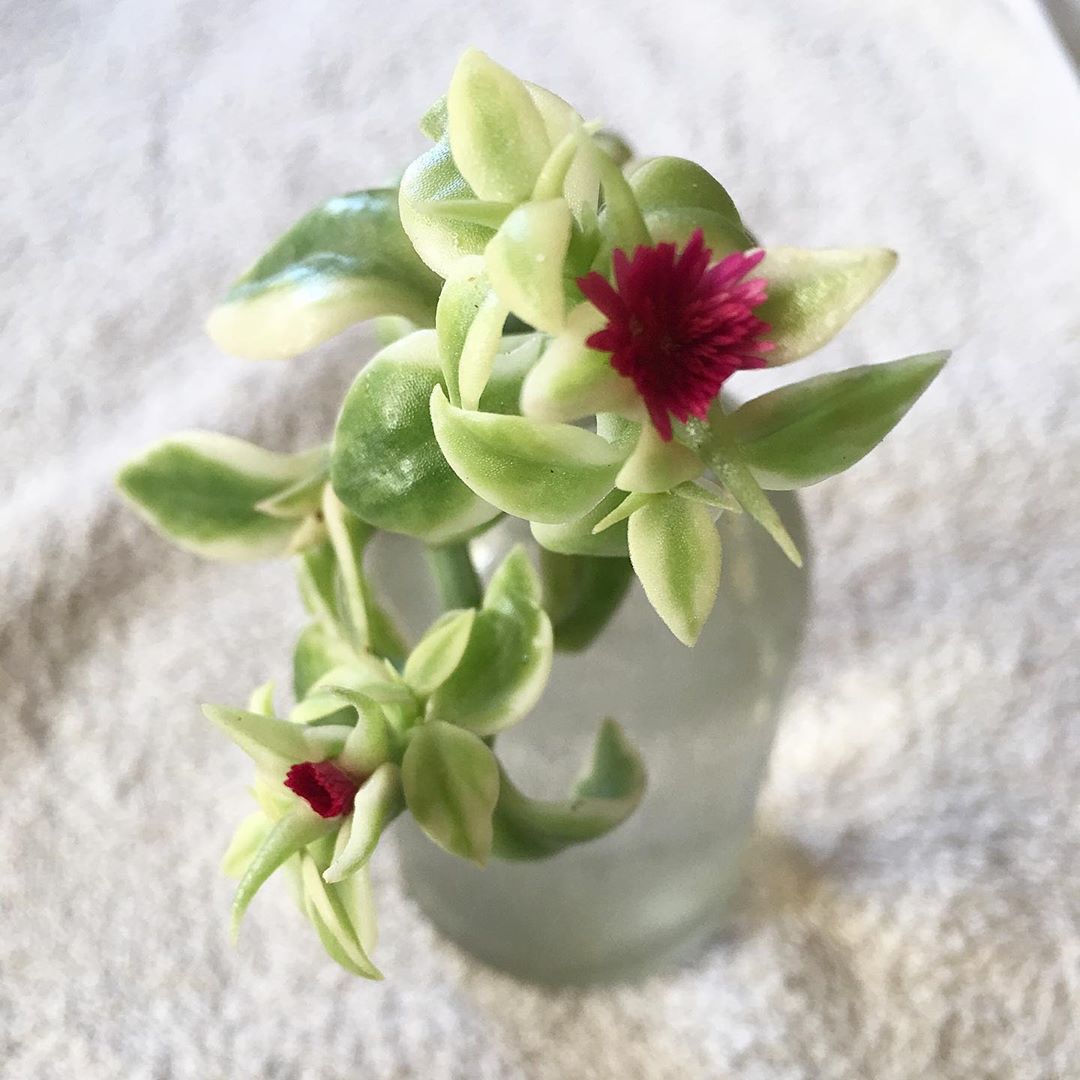
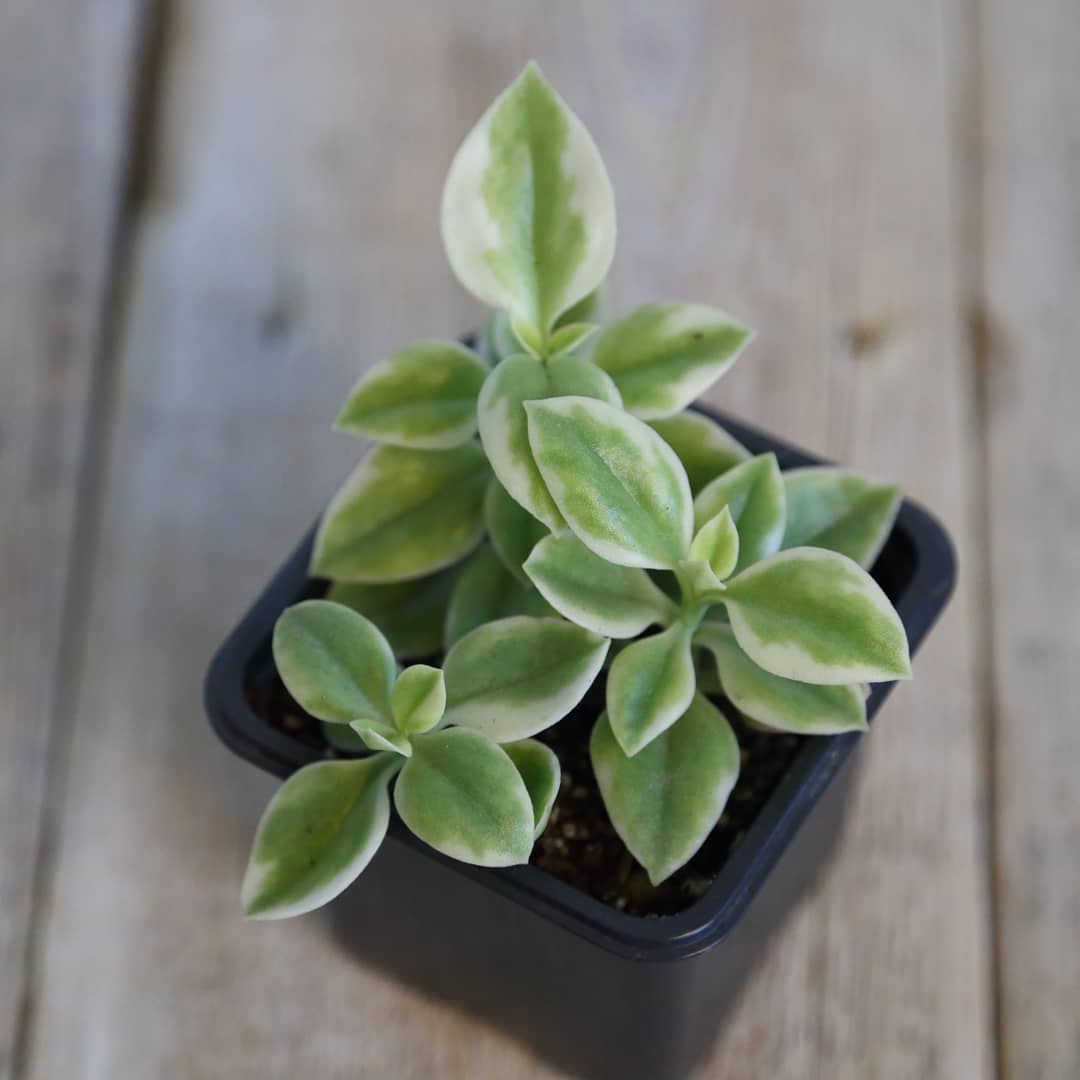










Albuka
A bulbous succulent that gets its name from its ability to produce a flower stalk with miniature white buds that exude a vanilla-creamy aroma. The plant forms a basal rosette of leaves of 20-30 pieces. They can be xiphoid, spiral, narrow. The height of the albuca varies from 8 cm to 1.0 m. The leaves of the plant secrete sticky juice.
The albuca bulb is flattened and light in color. Its diameter is 5 cm. Fibrous roots grow at the bottom.
Popular types:
- Canadian;
- bract;
- Nelson;
- spiral.
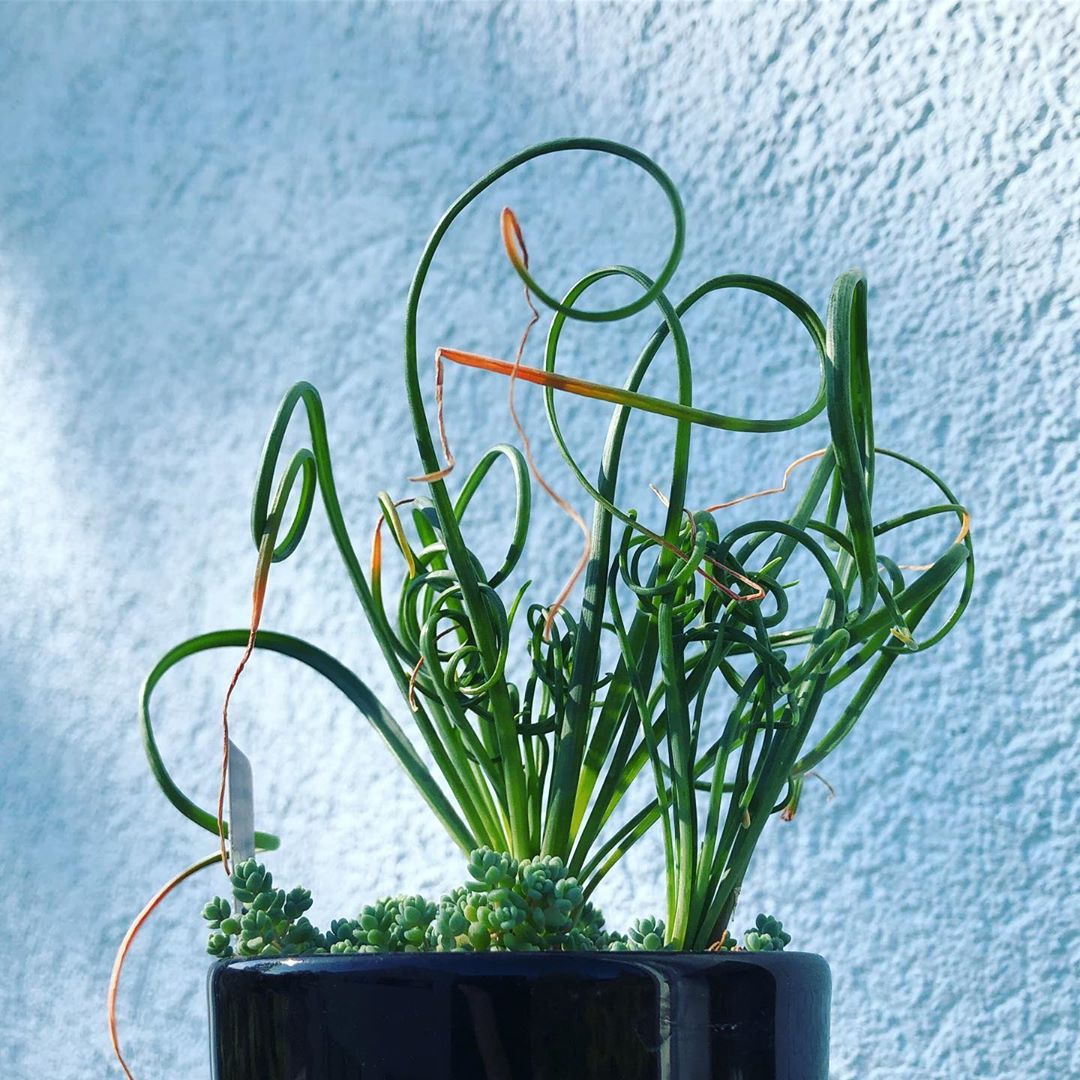
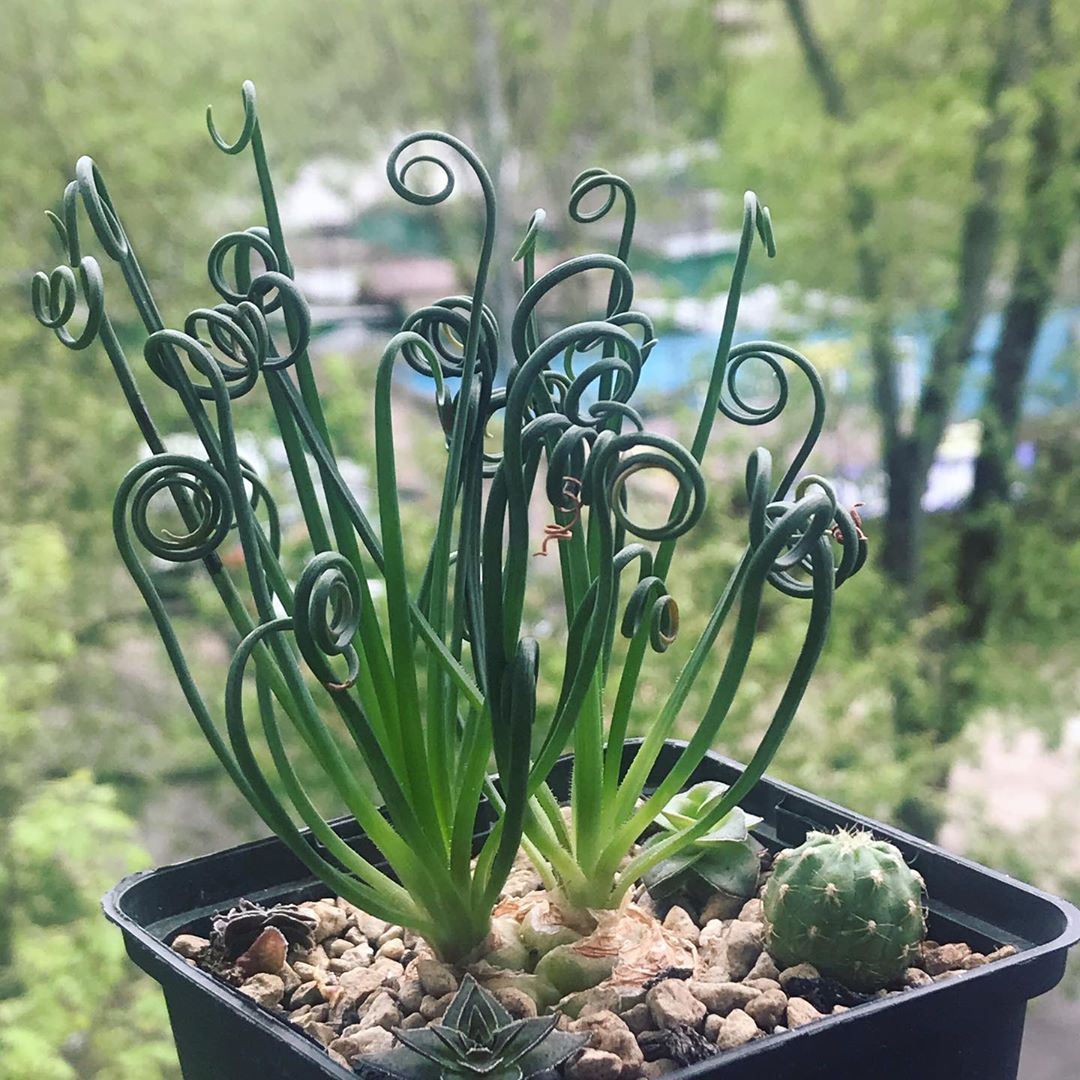
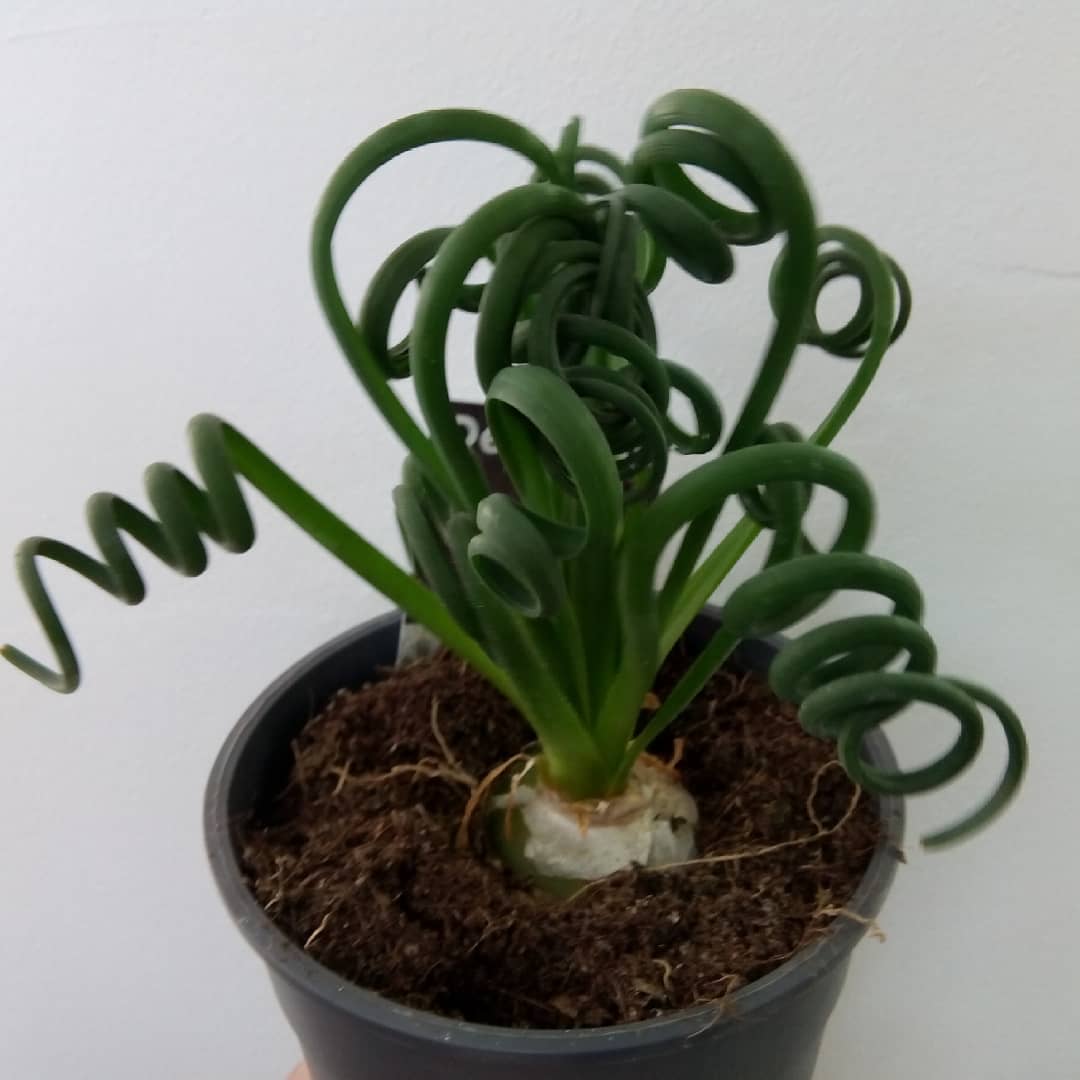
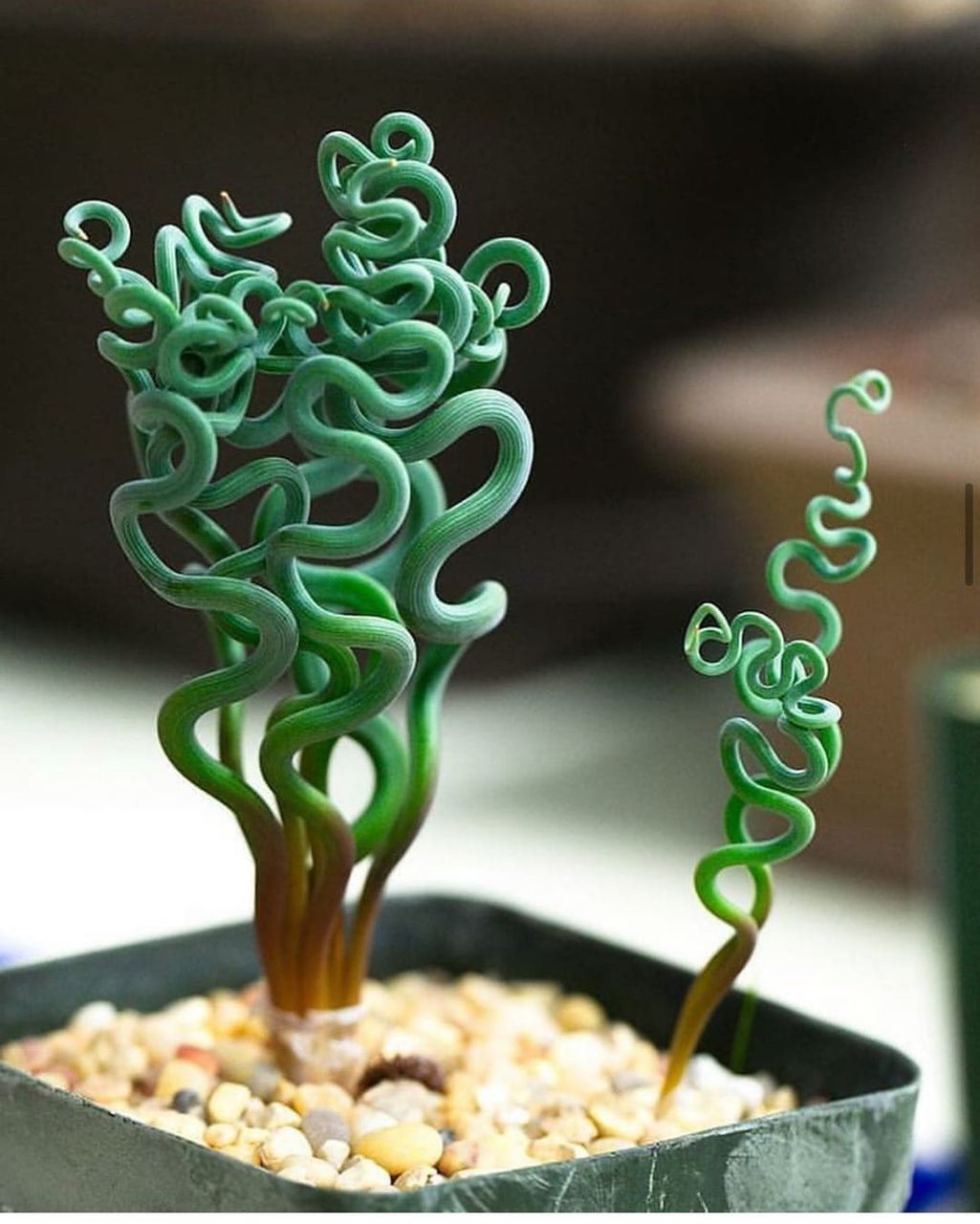
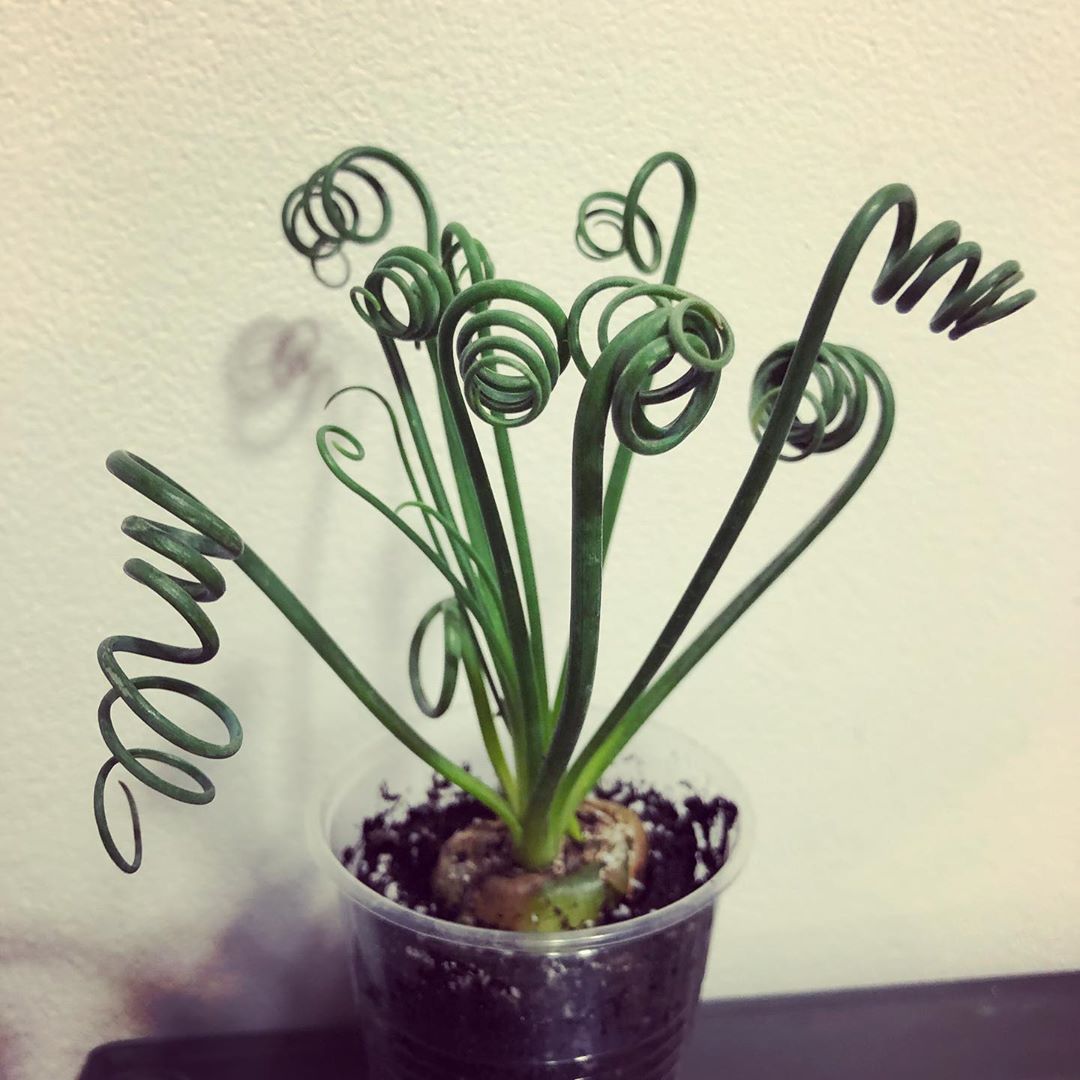
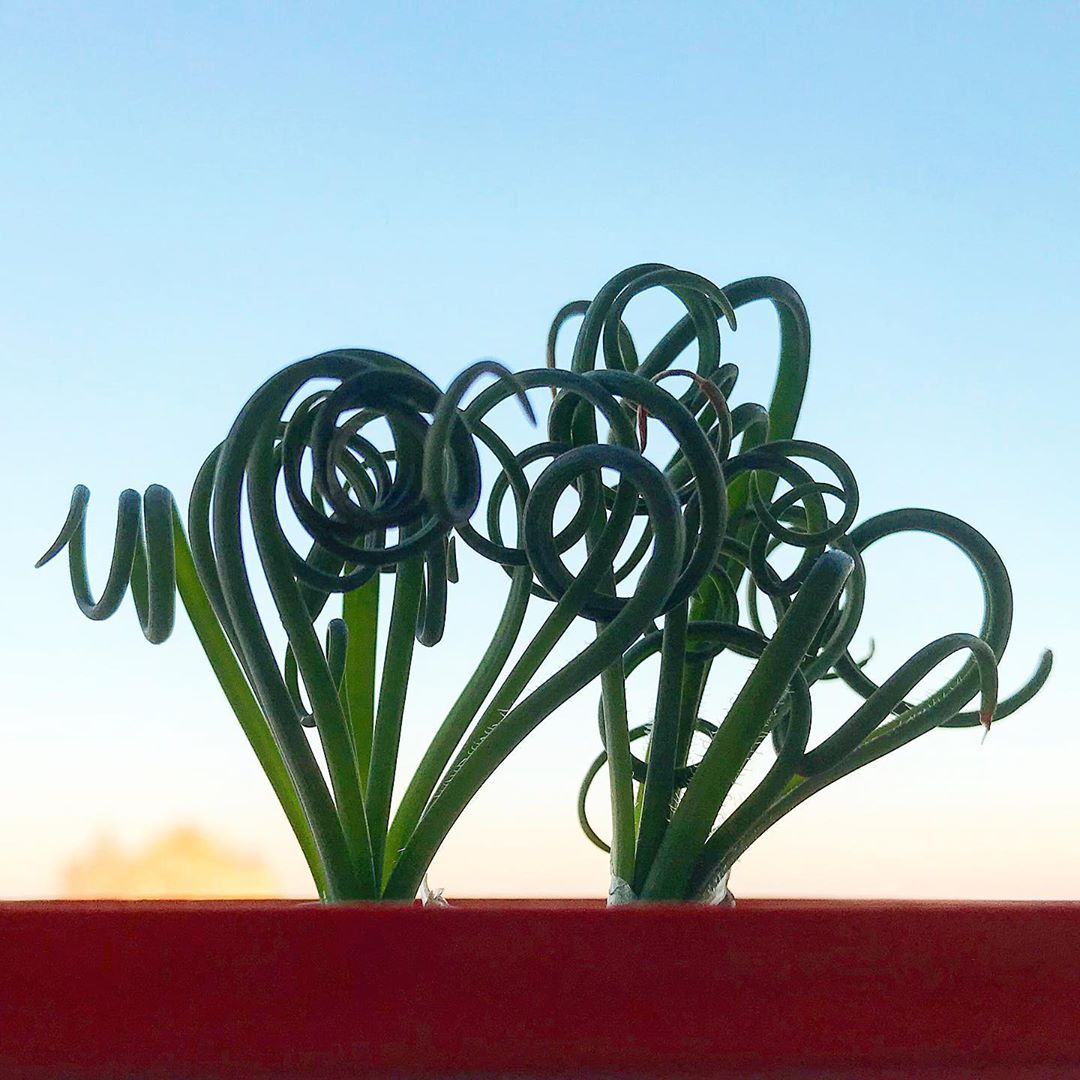
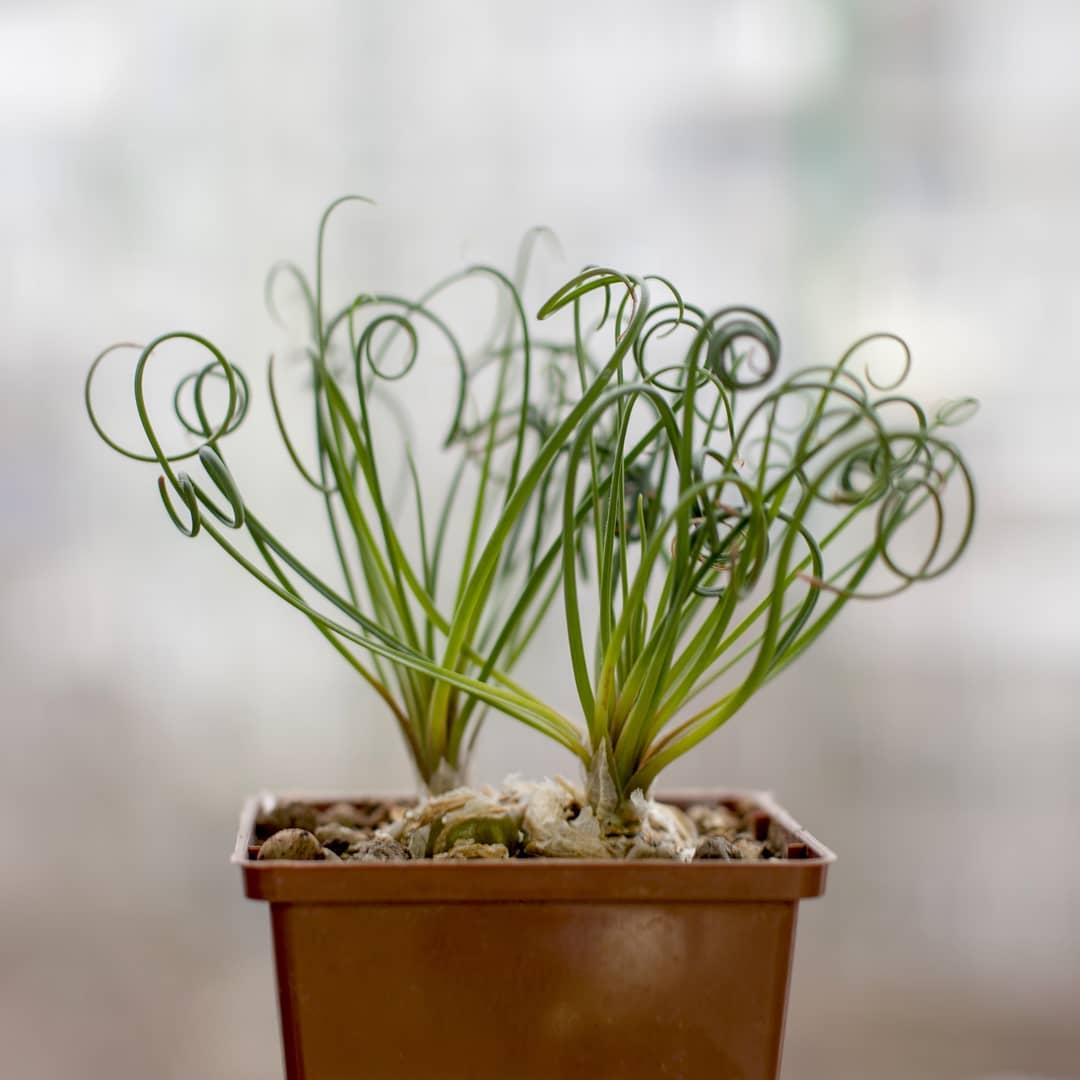
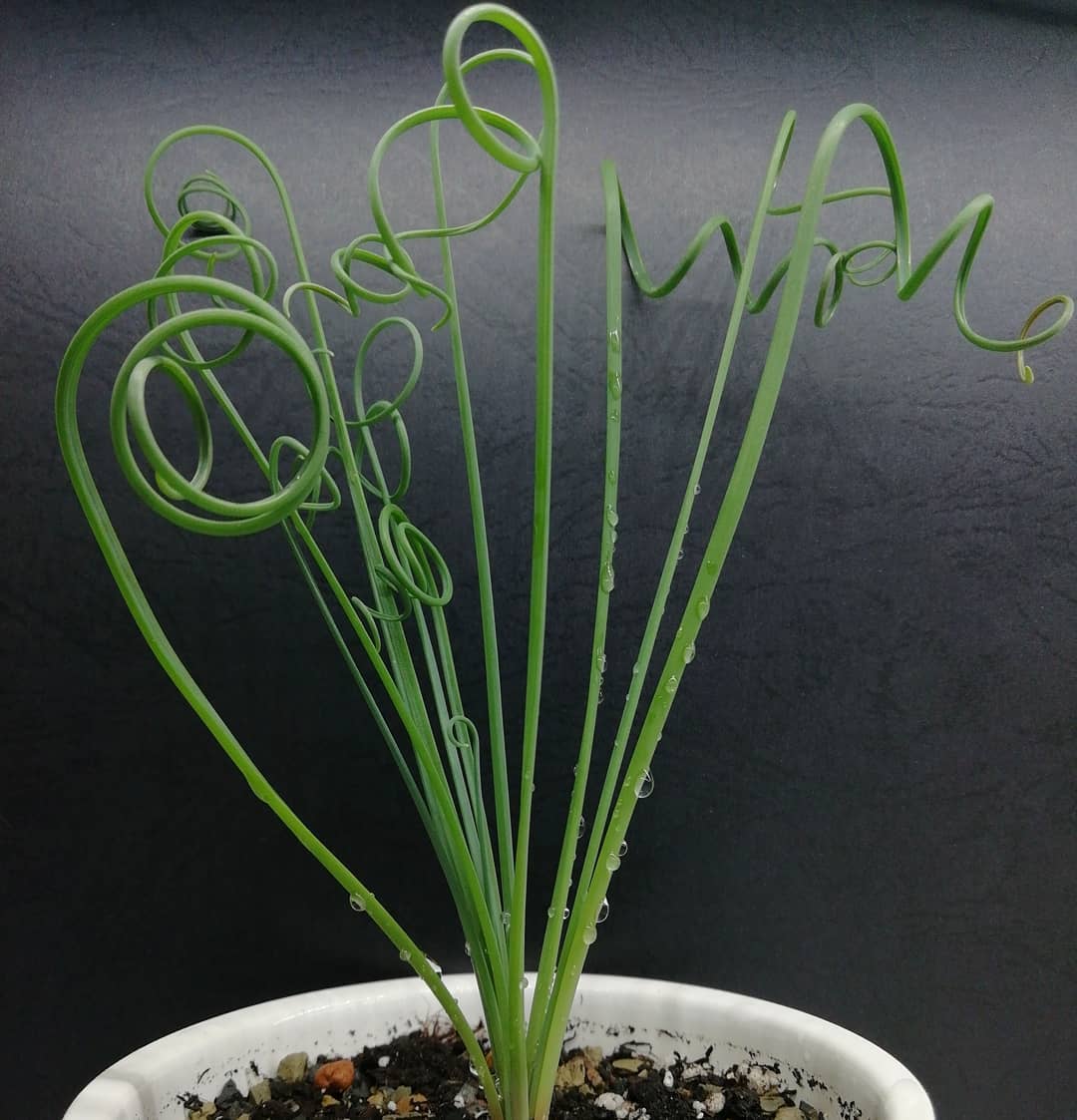
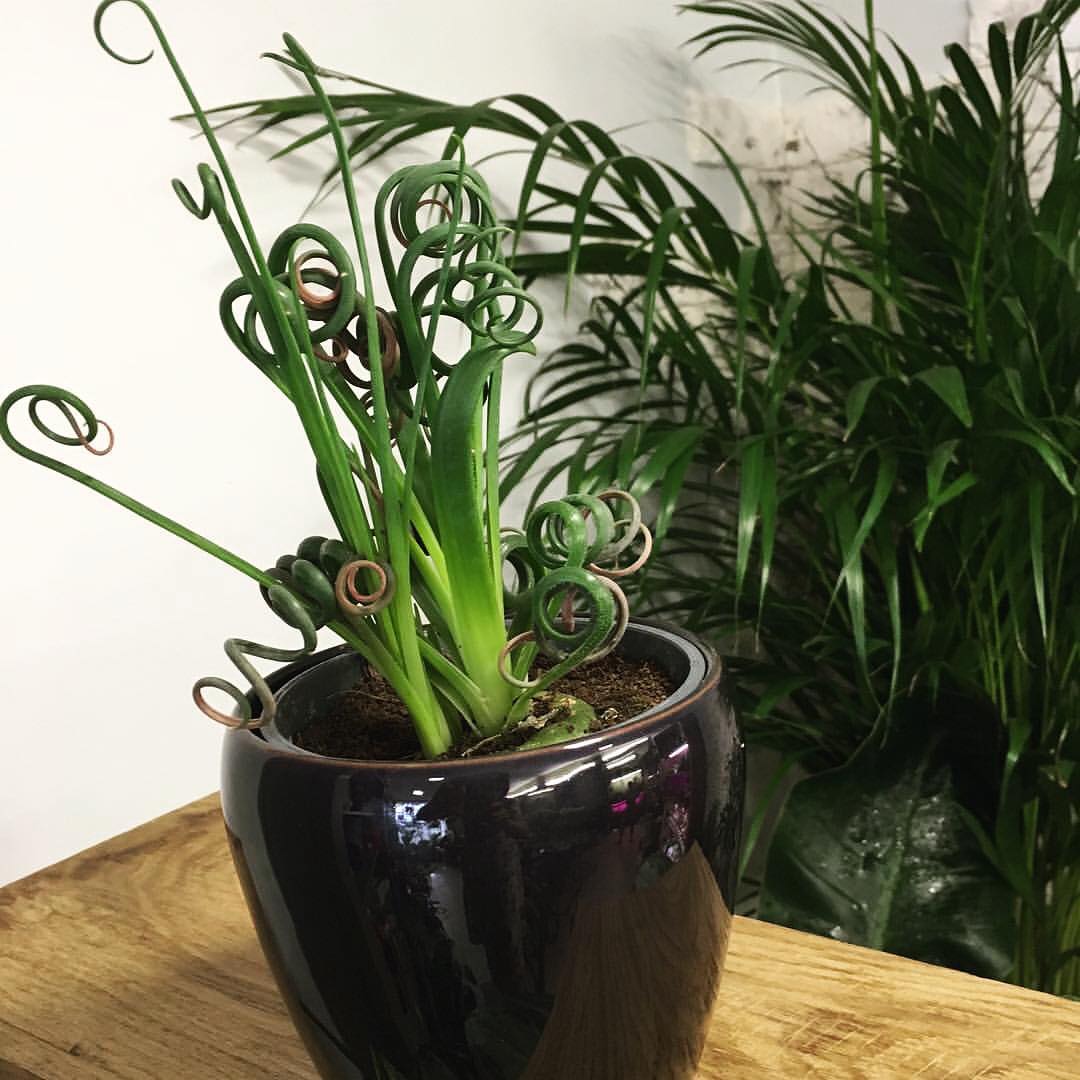
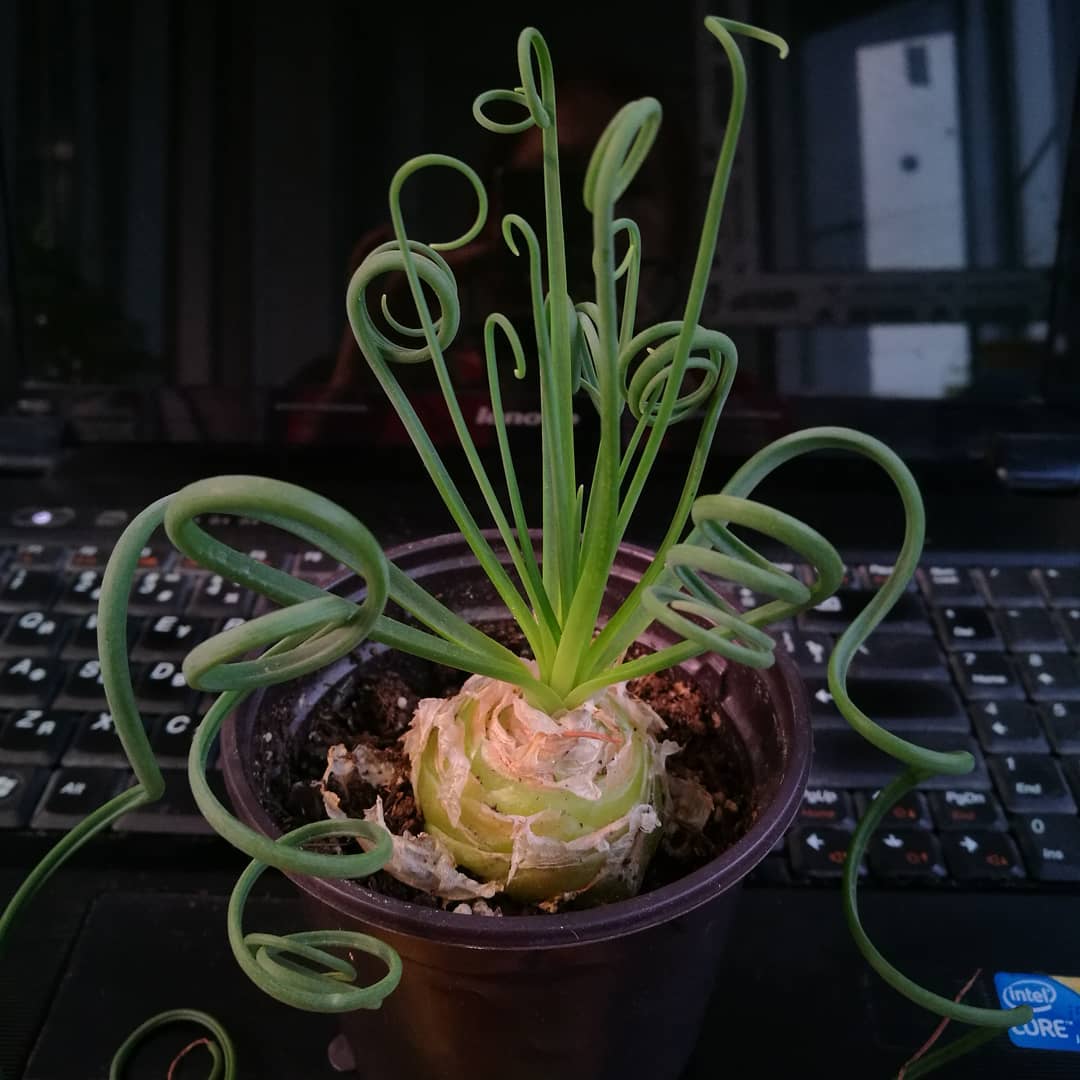










Graptopetalum
A heat-loving succulent that can be grown at home. It forms a compact shrub 7-90 cm high. The shoots of graptopetalum are fleshy, at the tops of which there are leaf rosettes resembling loose cones.
Inflorescences are rare. They grow from the lateral sinuses. The flowers of graptopetalum are shaped like a star. They consist of 5-7 petals, and 13 stamens are located in the center. This succulent blooms in spring and lasts 2-3 weeks.
Common types:
- Paraguayan;
- Beautiful;
- filamentous;
- thick-leaved.
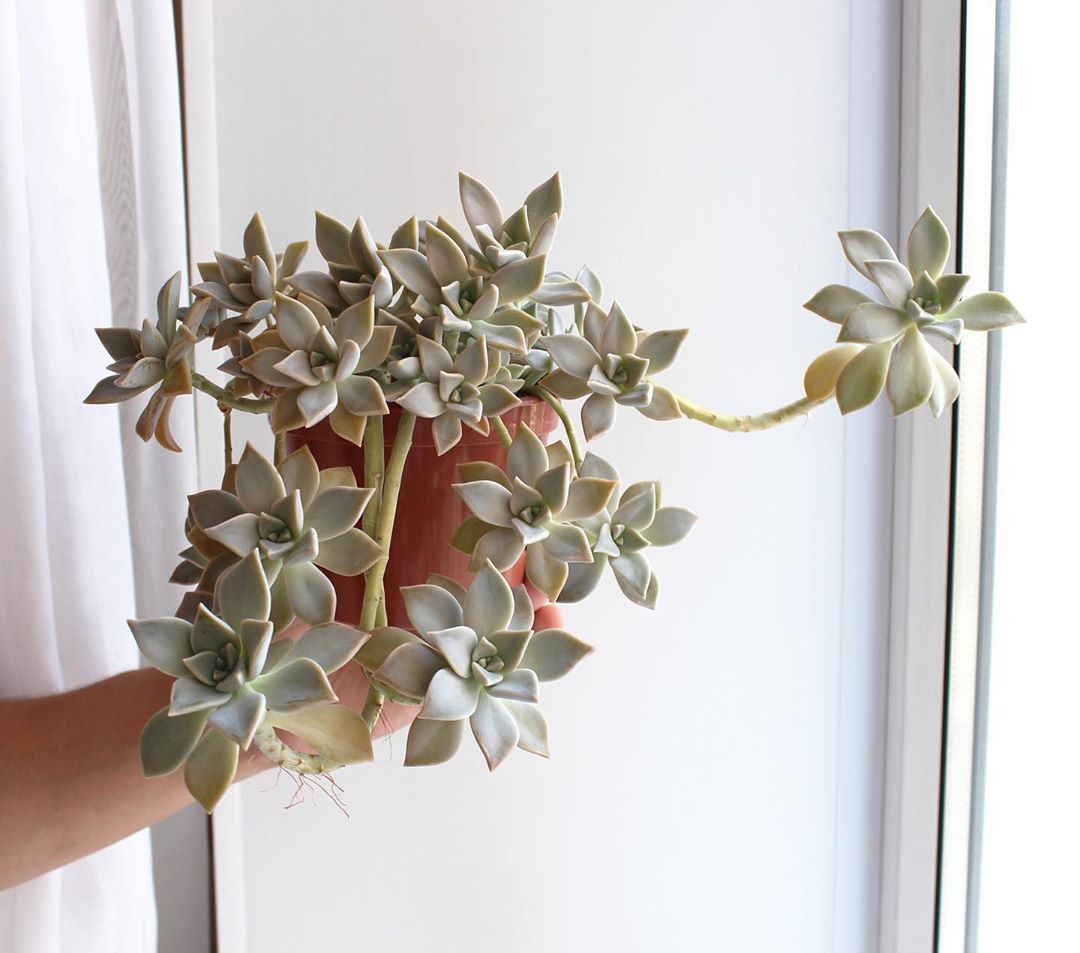
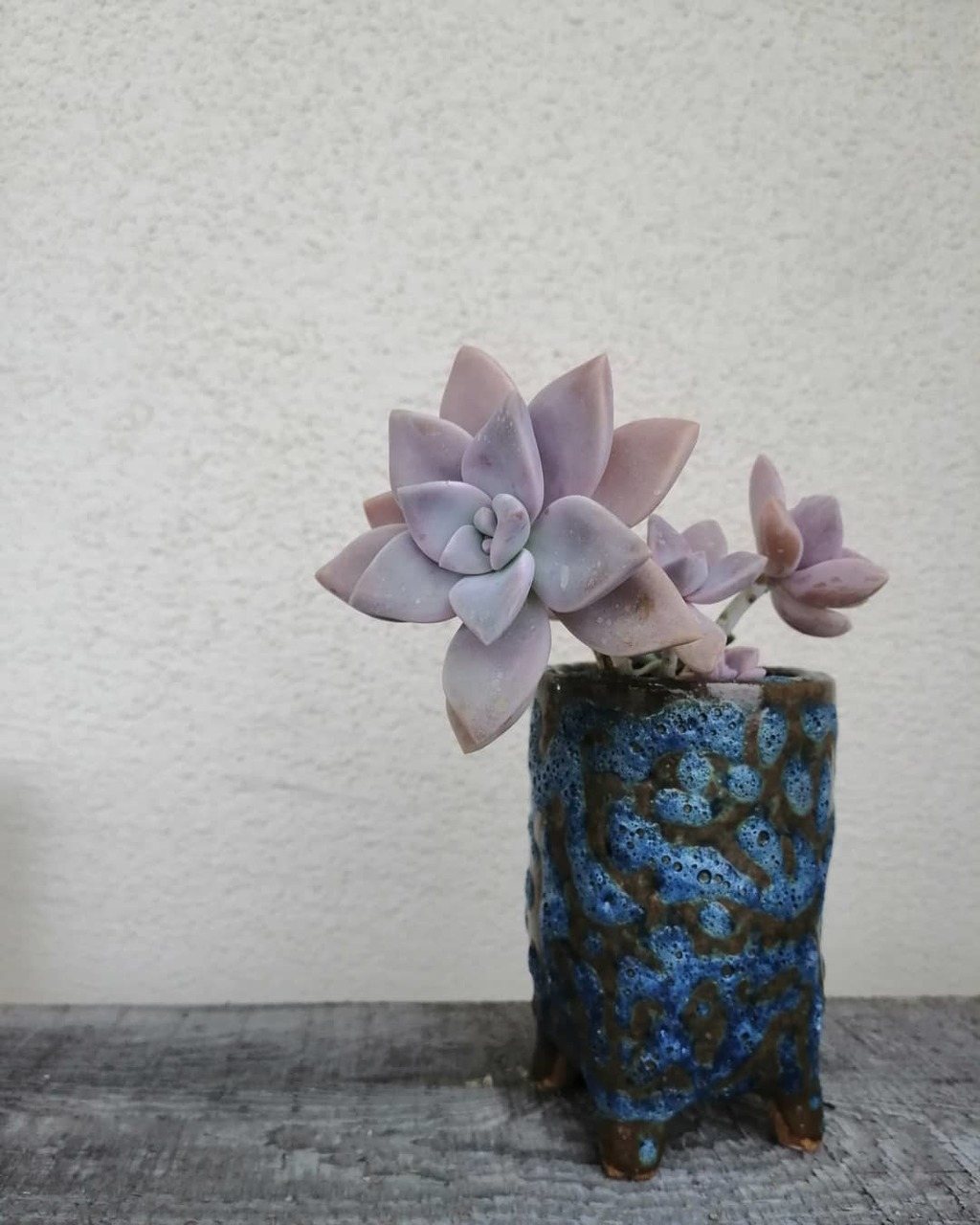
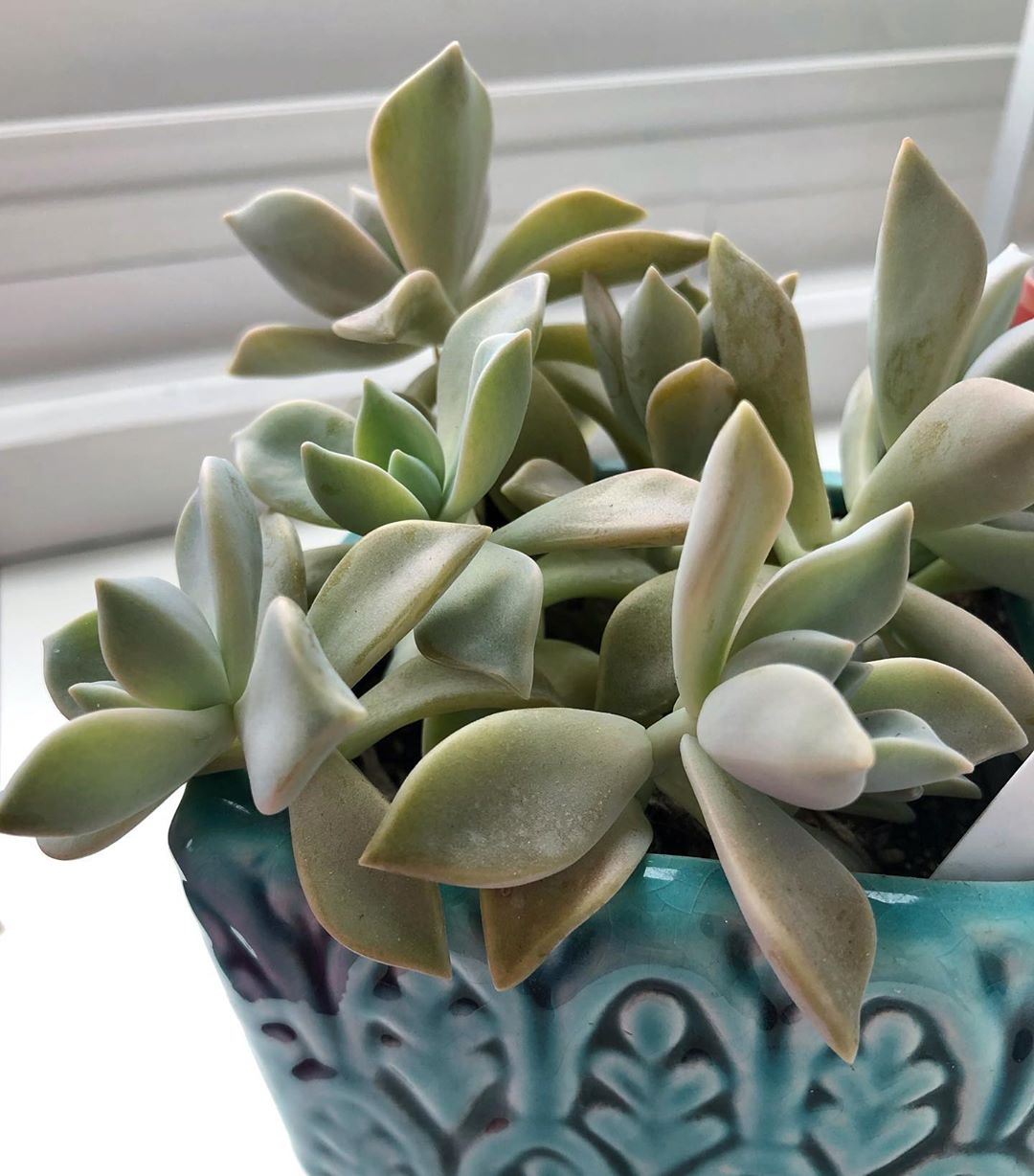
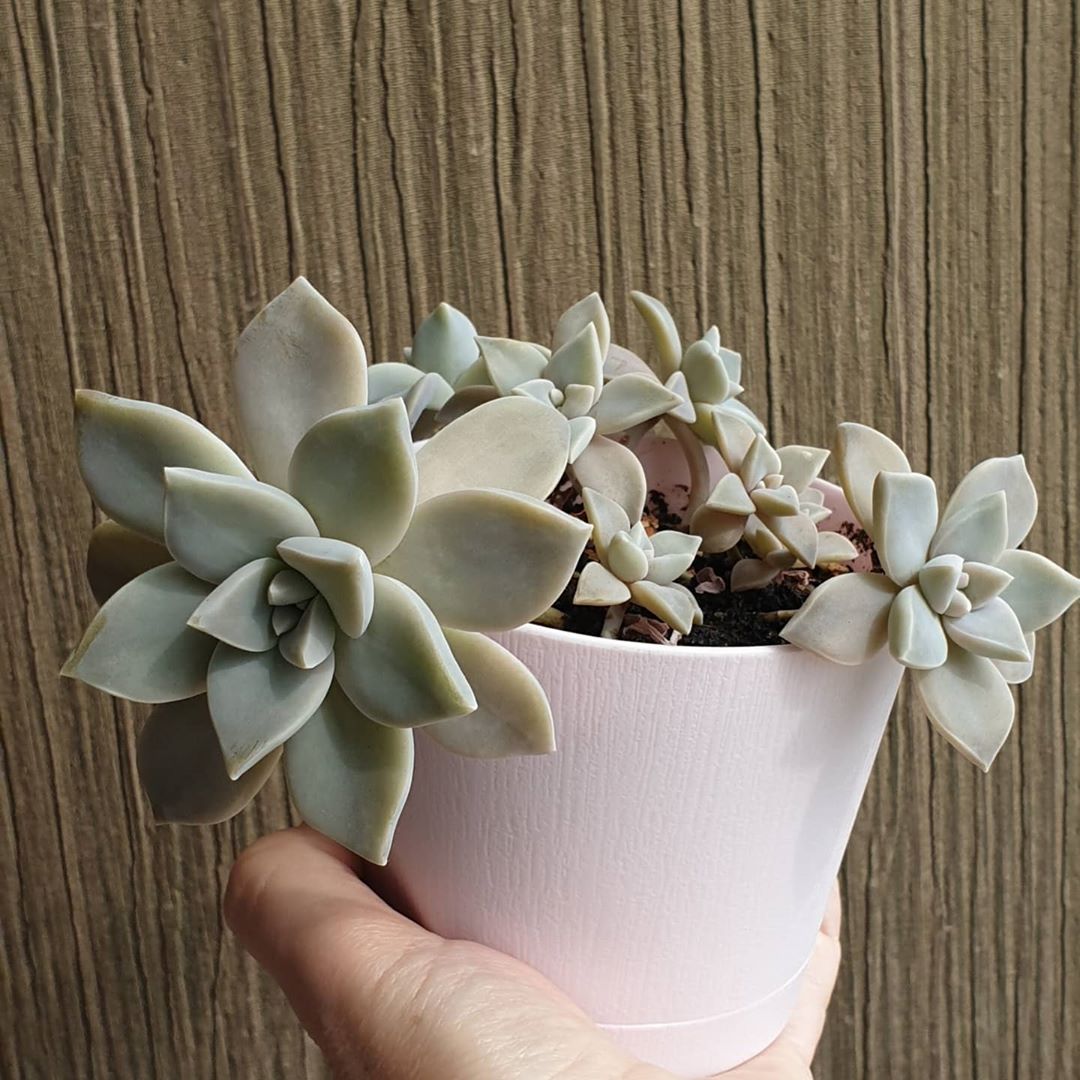
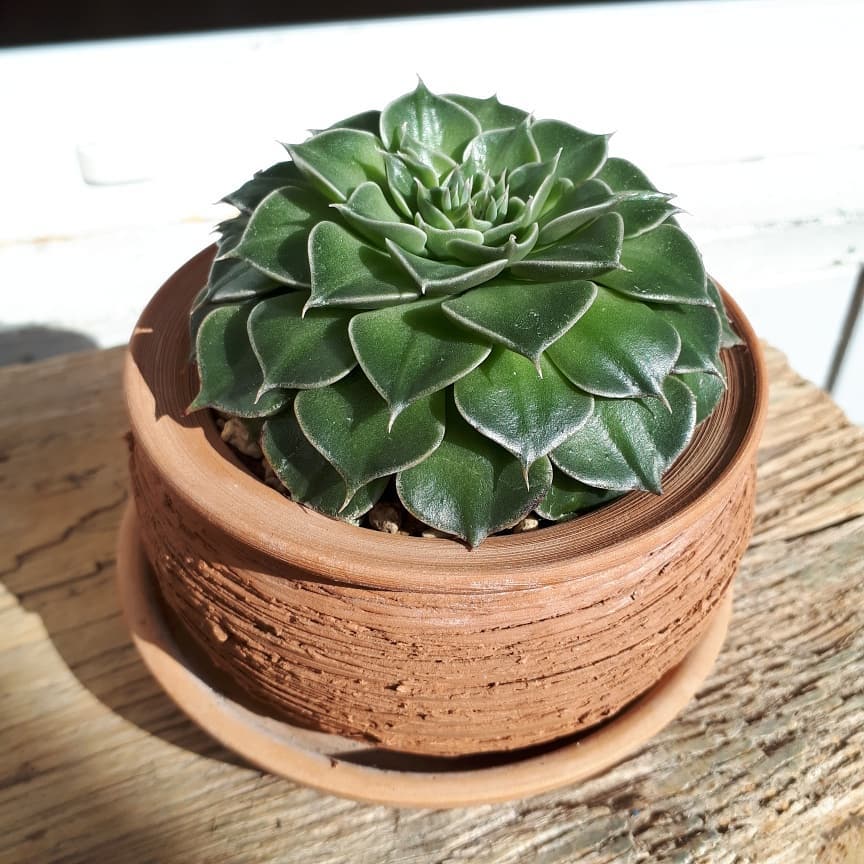
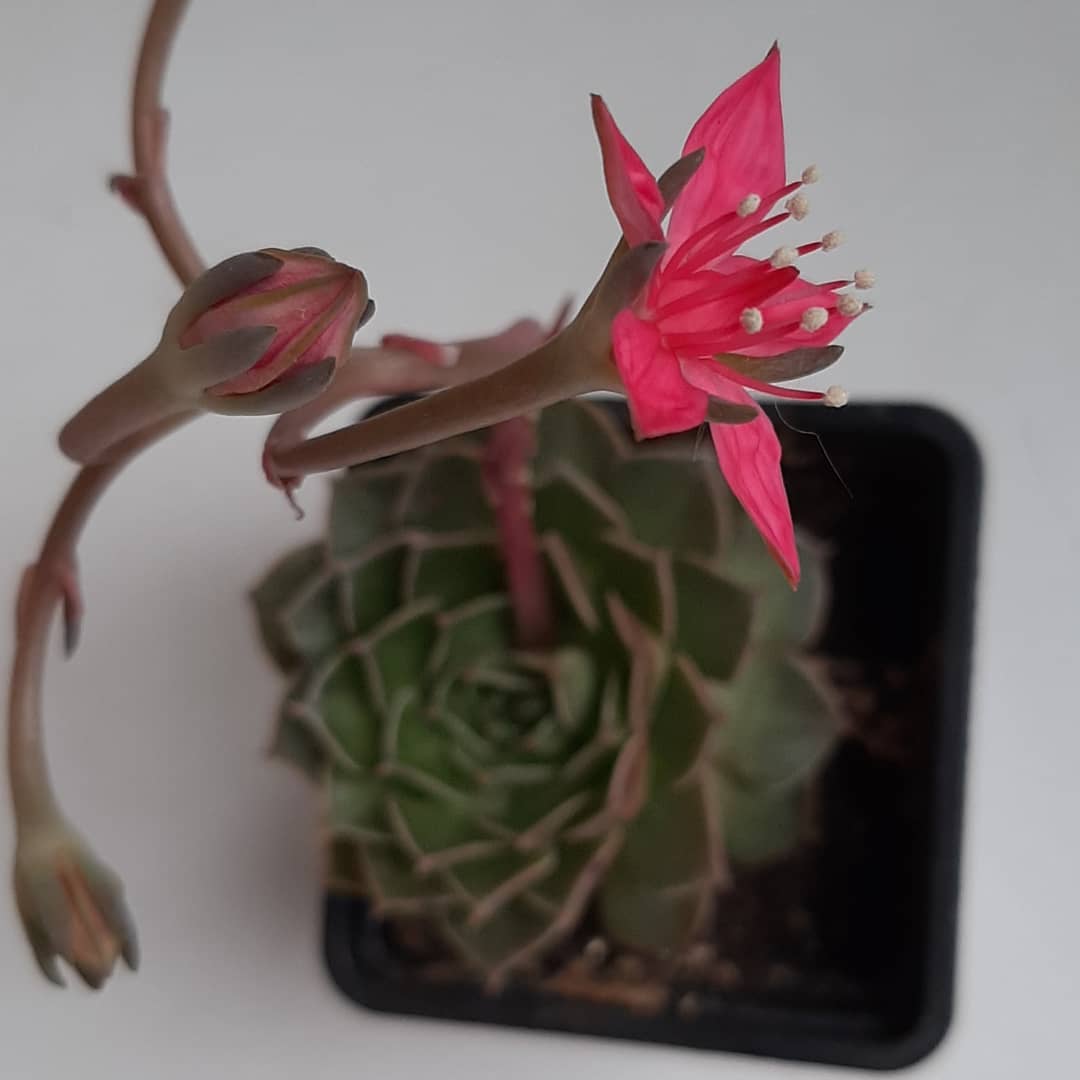
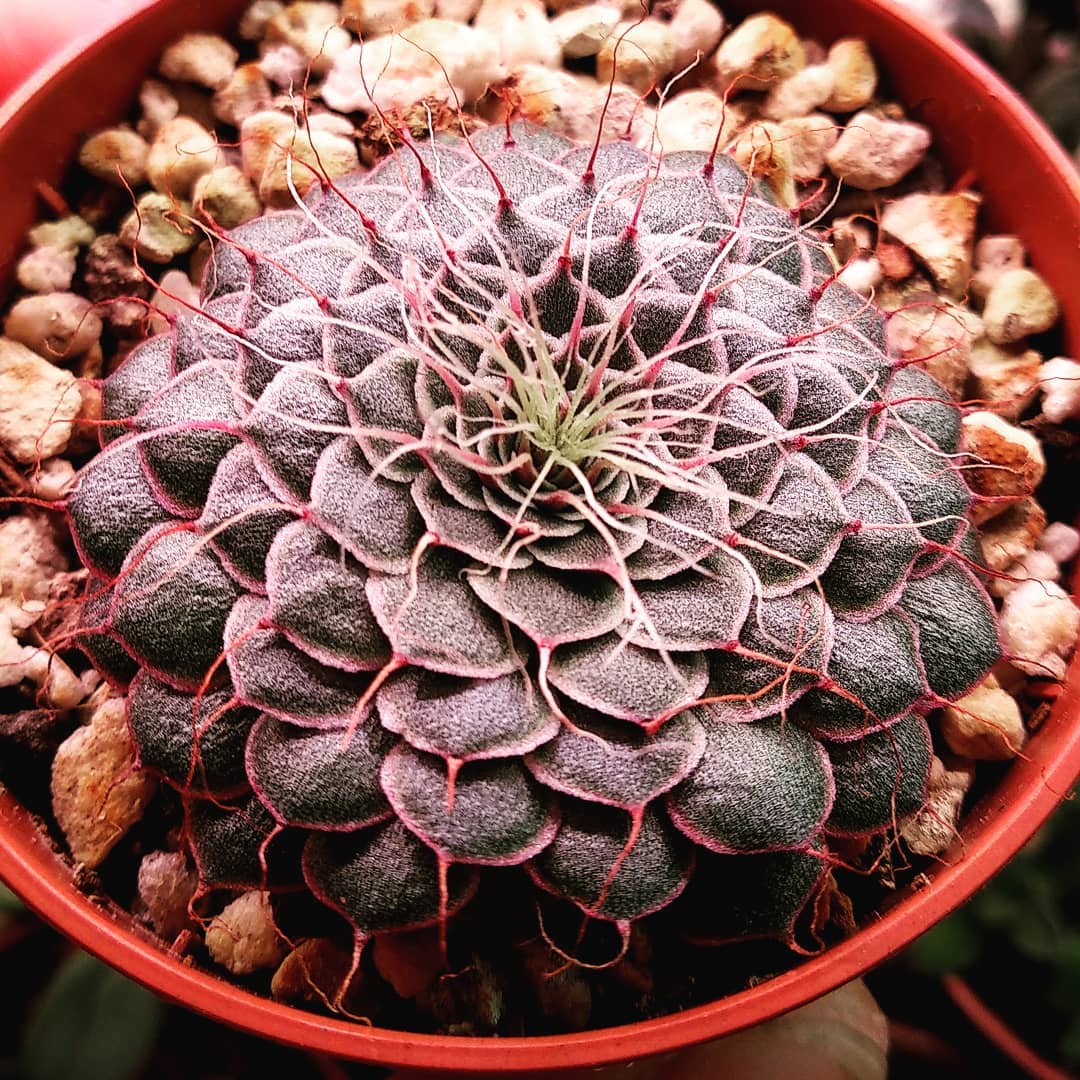

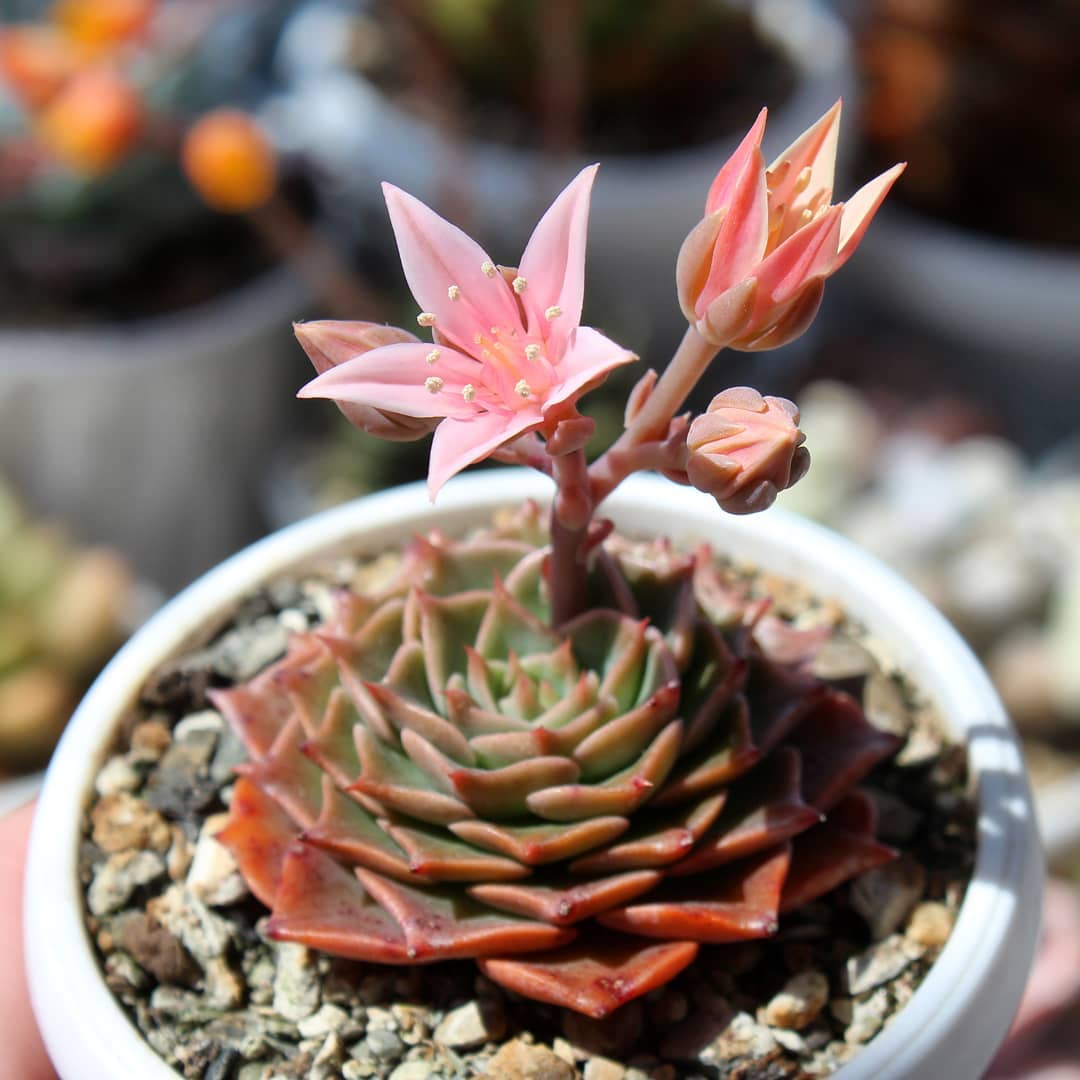
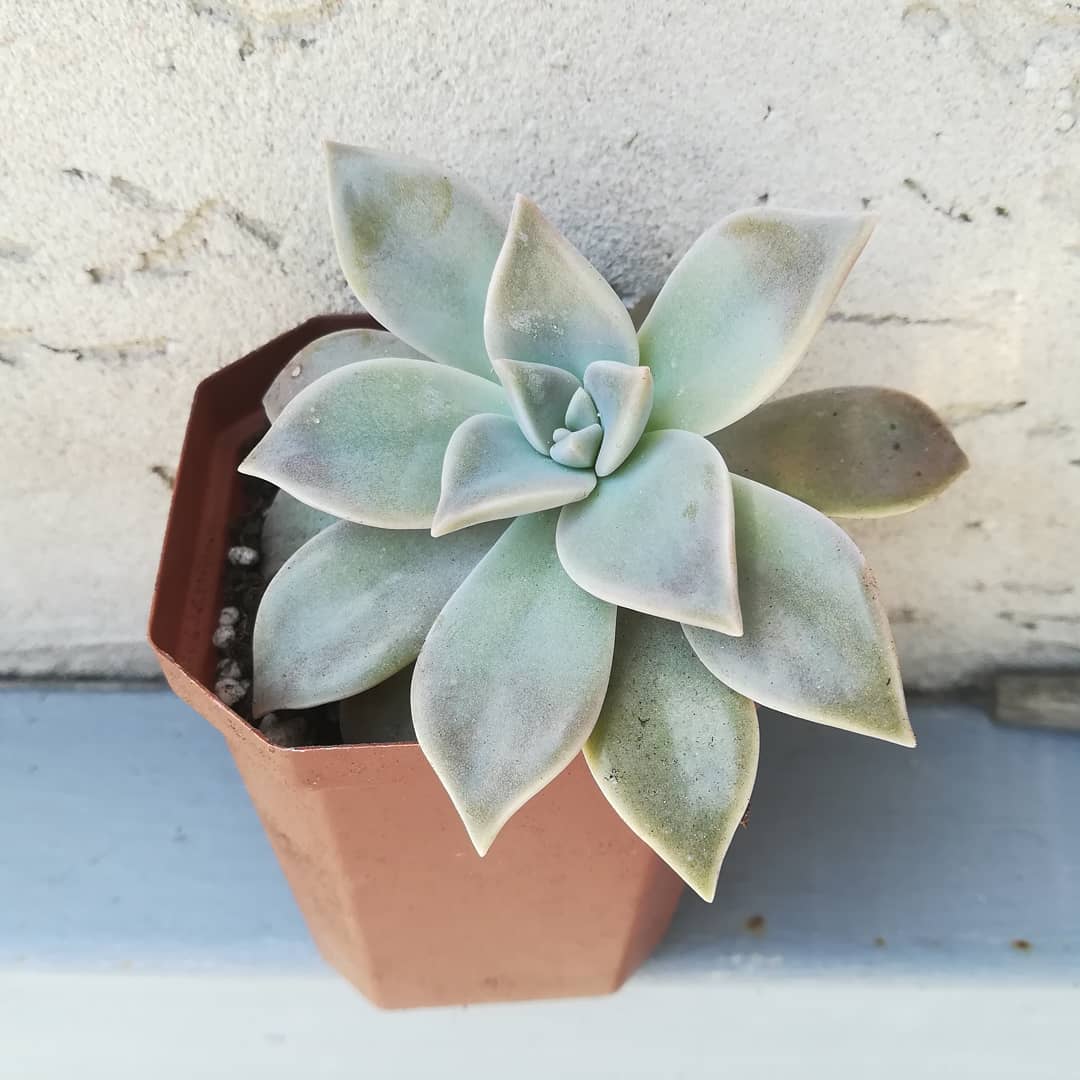










Pachyphytum
A rhizomatous perennial succulent, the underground part of which grows strongly. On the soil it forms a creeping or drooping stem. It bears short-petioled leaves of round or cylindrical shape. The shoot length of pachyphytum does not exceed 30 cm.
Flowering occurs in July and lasts more than a month. The buds are miniature, resembling bells. They are collected in spike-shaped inflorescences, drooping or erect. The color of the petals can be white, red, pink. The surface is velvety. When opening, the flowers emit a pleasant aroma.
Popular types:
- bract;
- compact;
- oviparous.
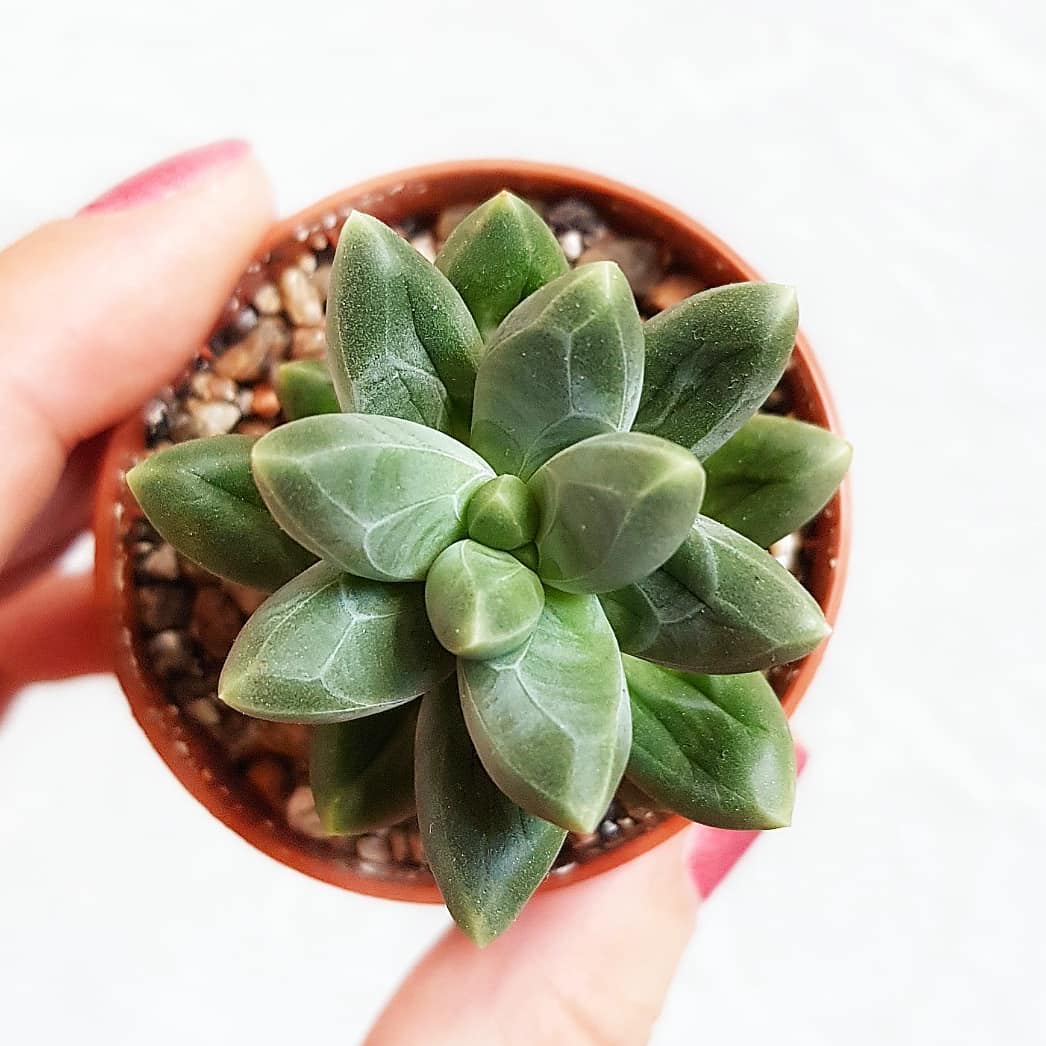
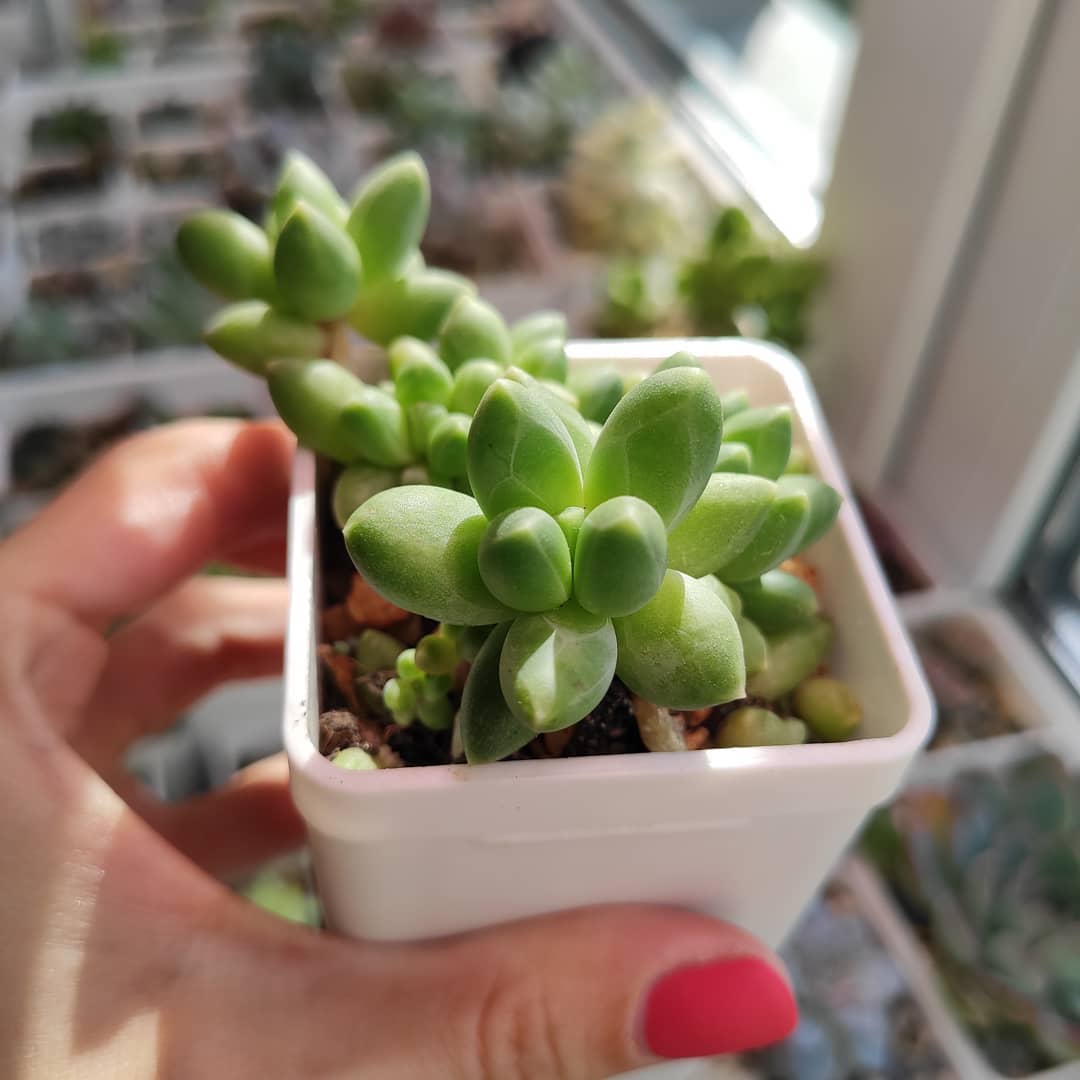
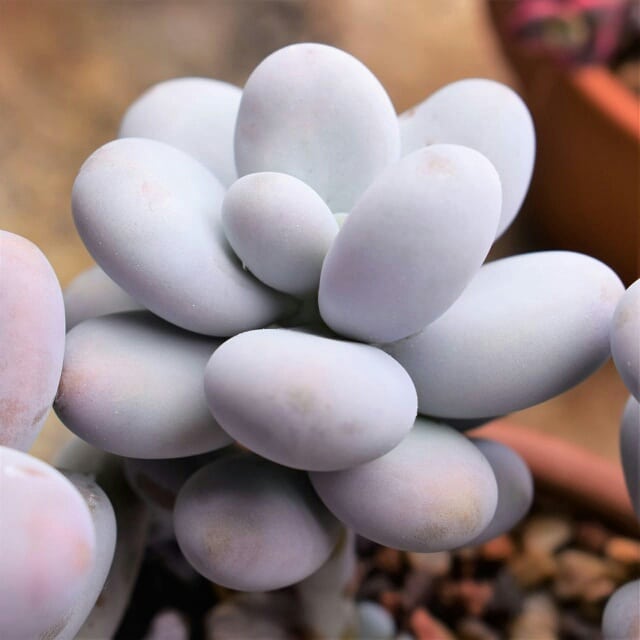
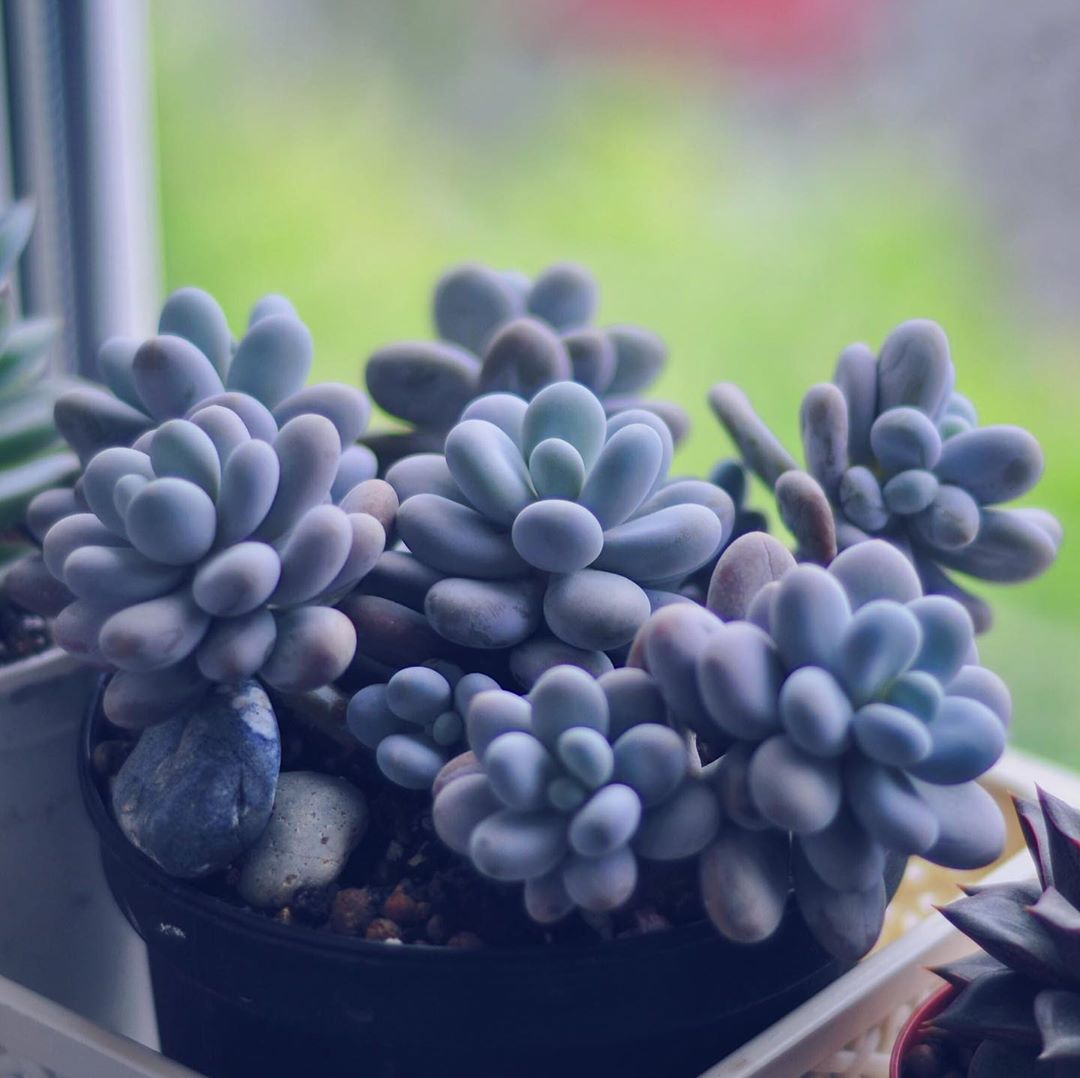
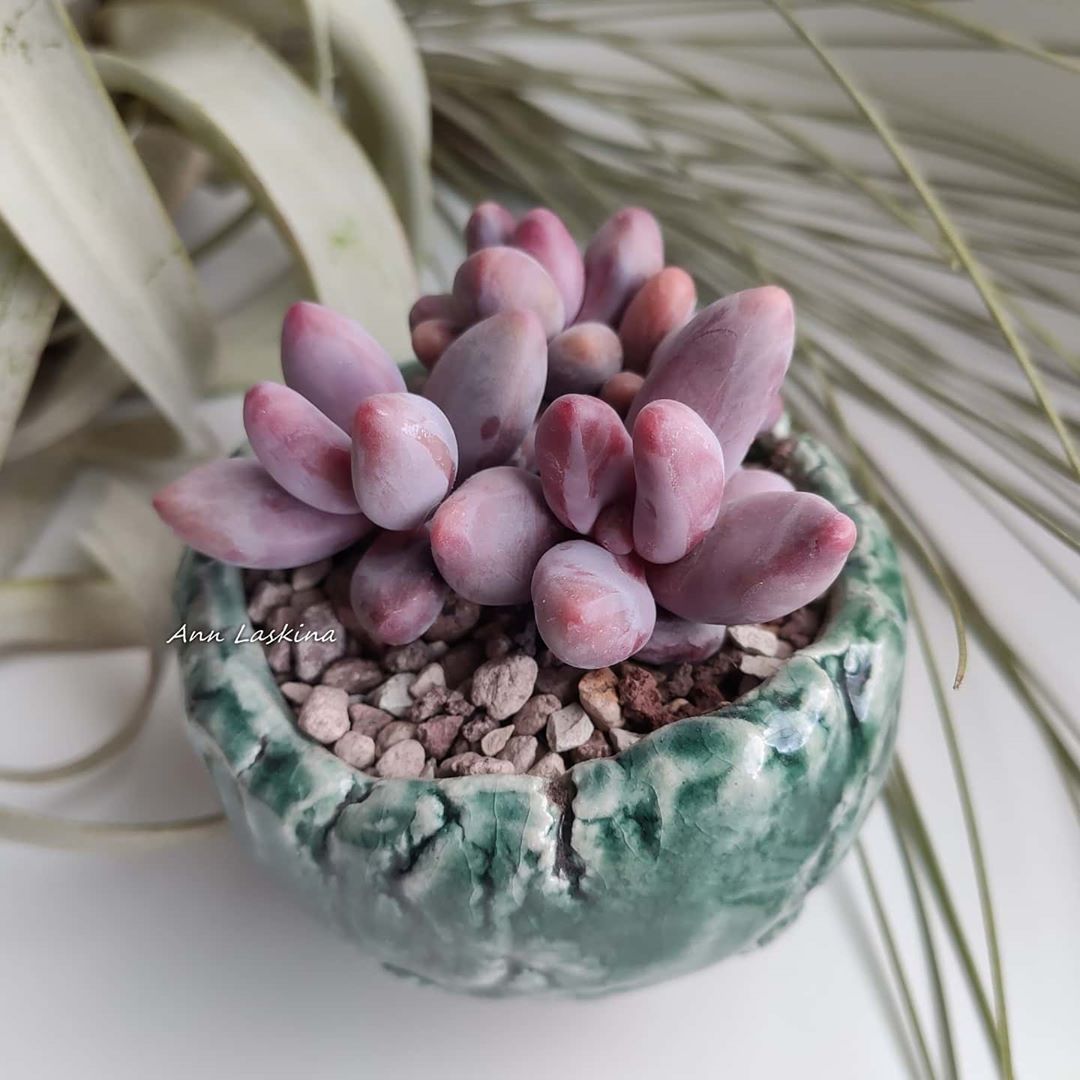
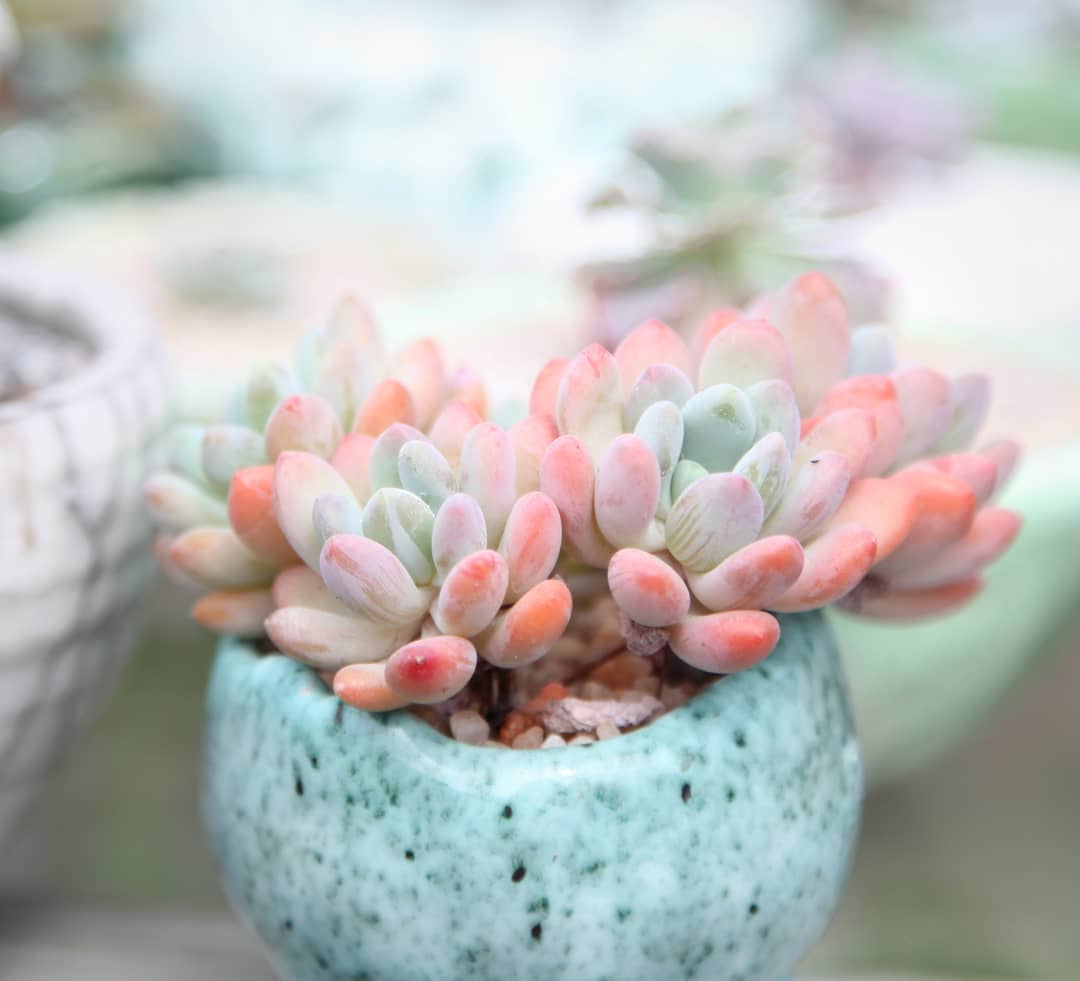
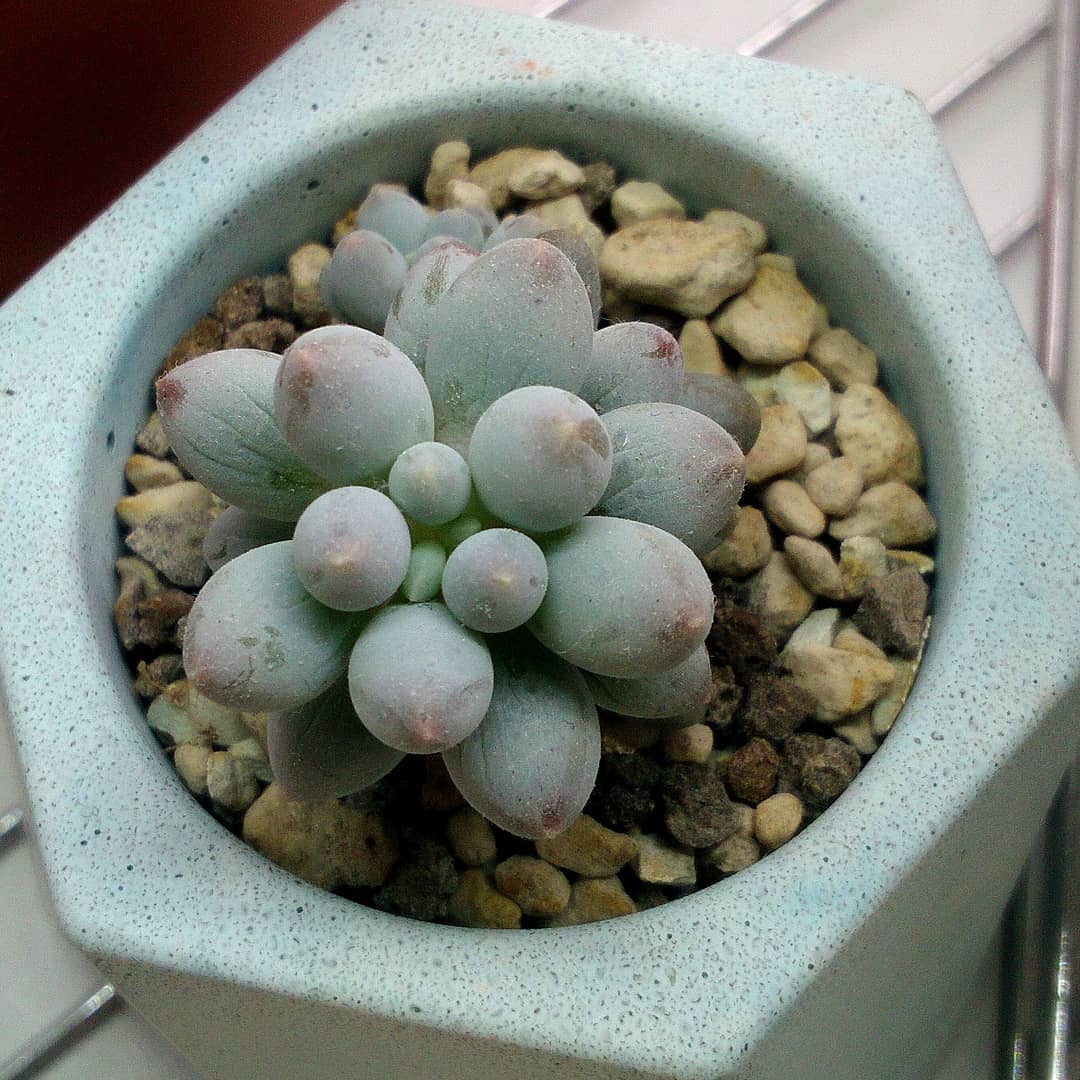
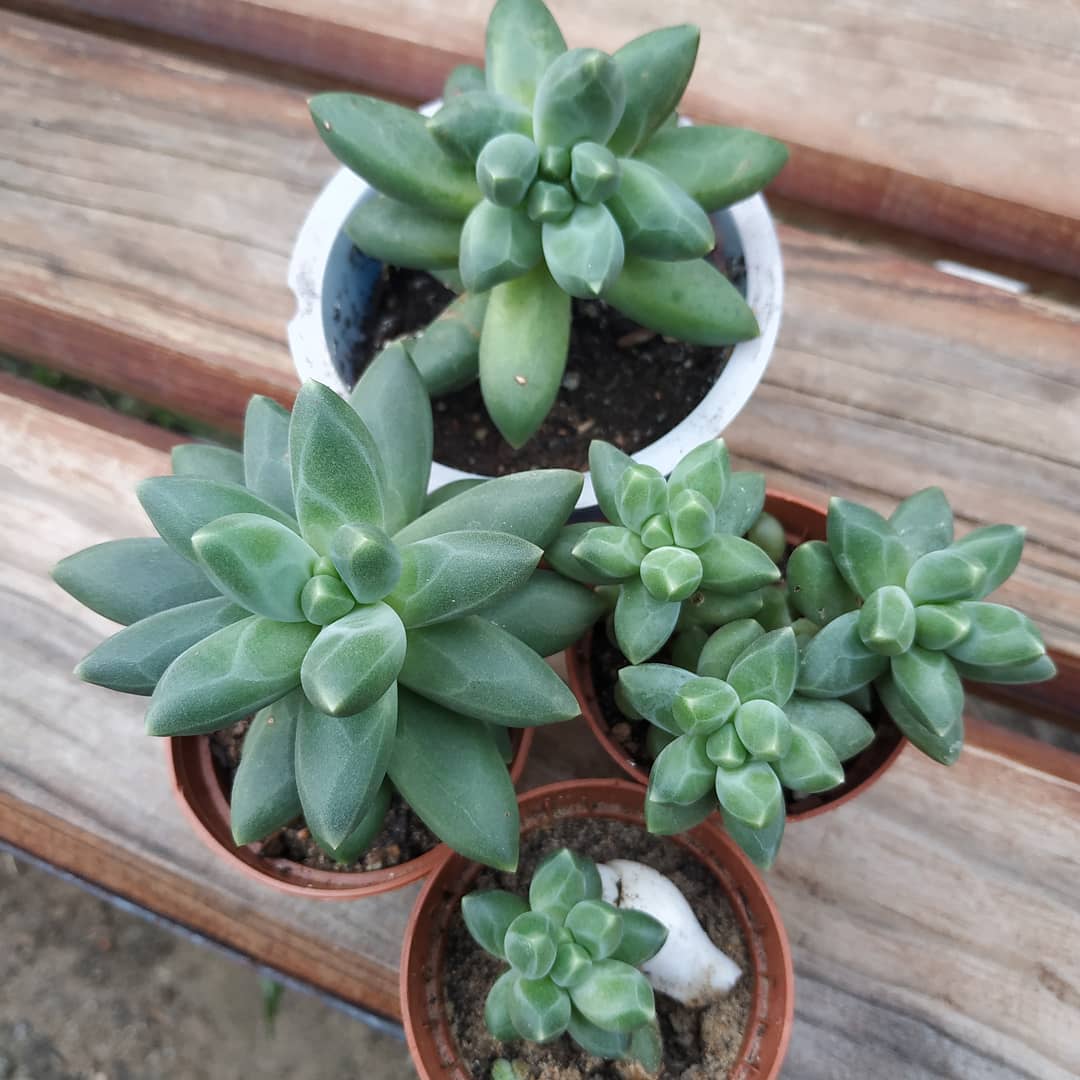
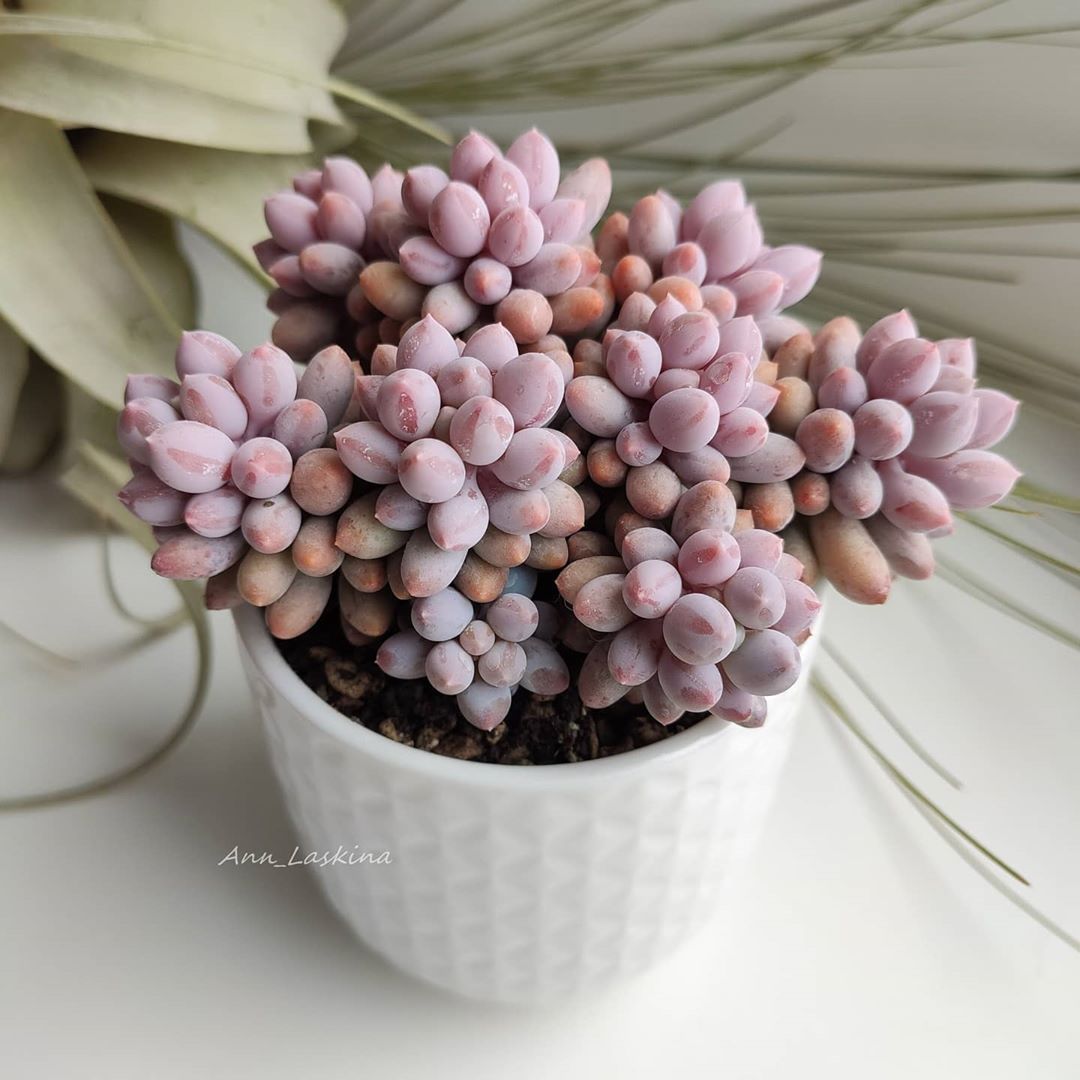
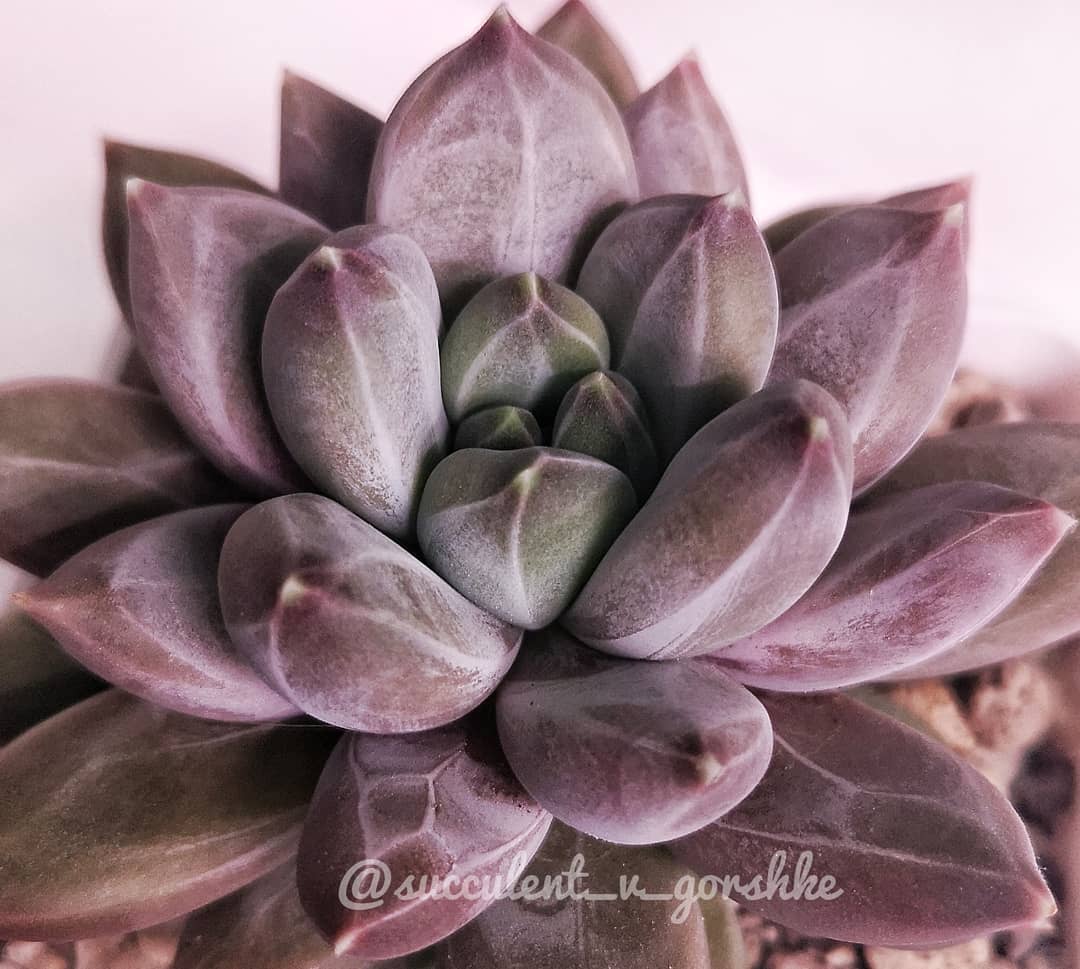










Faucaria
A small succulent native to South Africa. Characterized by mottled leaves and single showy flowers. The root of the plant is short and fleshy. The stem is small. The leaves are thickened, arranged in a rosette in pairs or crosswise. The color of the plates is dark green with light splashes and dots. There are hard, thin growths along the edges of the leaves.
Flowers are large, single, multi-petaled. They have a yellow-white tint.Flowering lasts 1-2 weeks.
Common types:
- brindle;
- feline;
- small-toothed;
- candida;
- beautiful;
- wolf;
- tuberous.
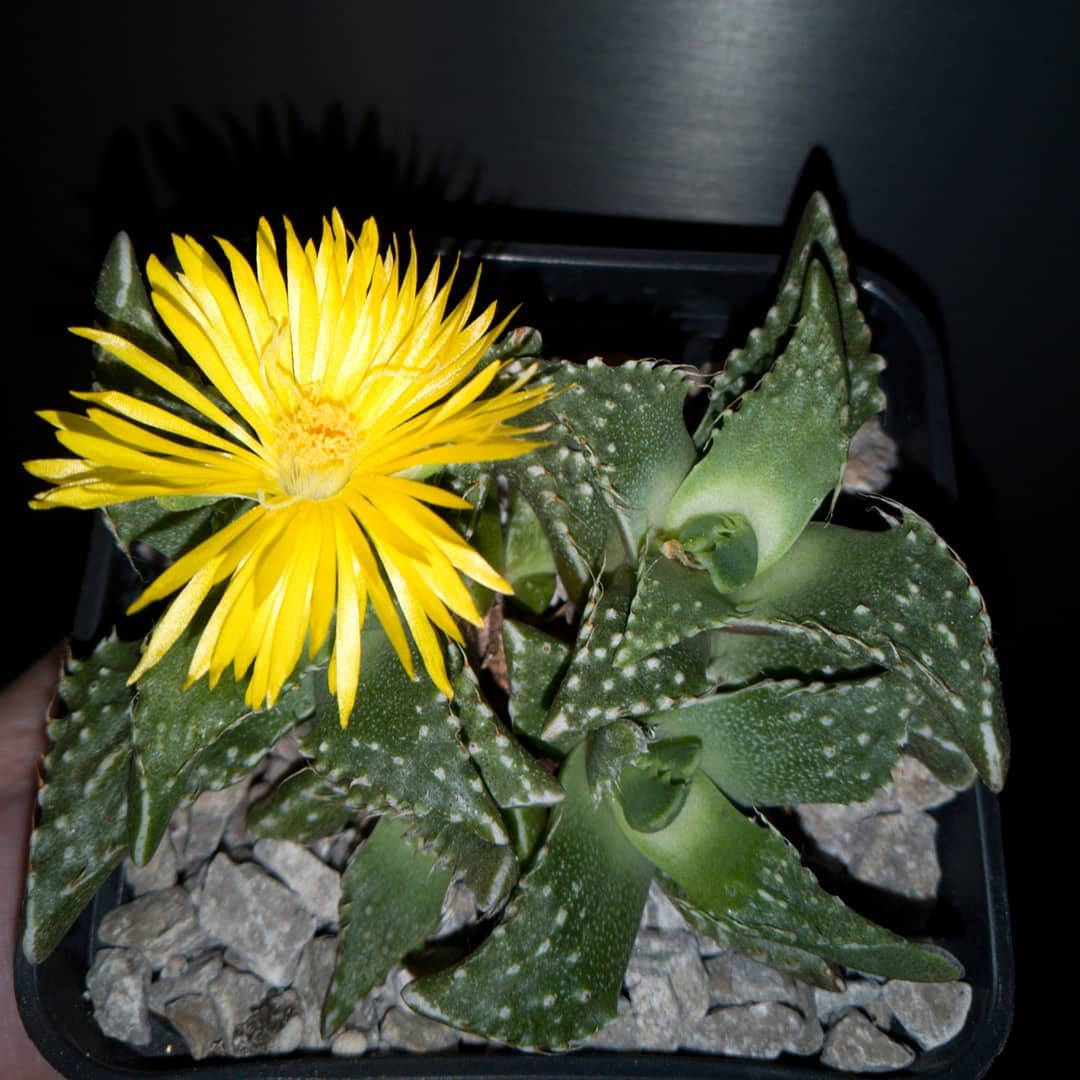
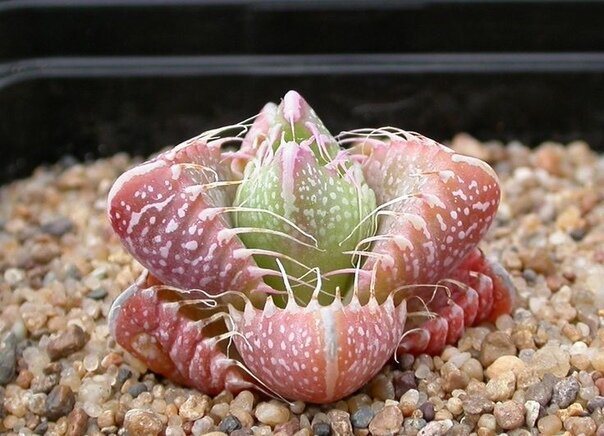
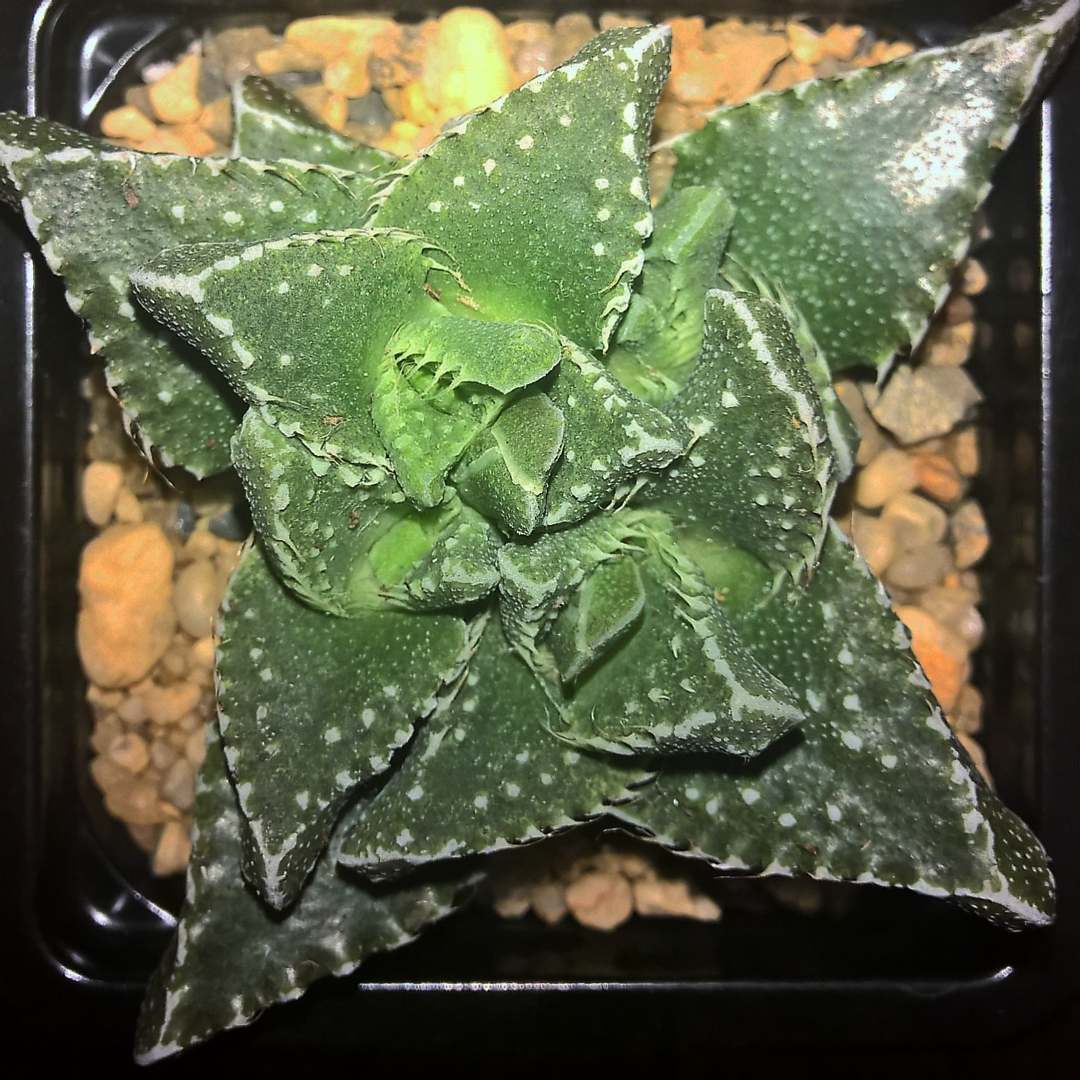
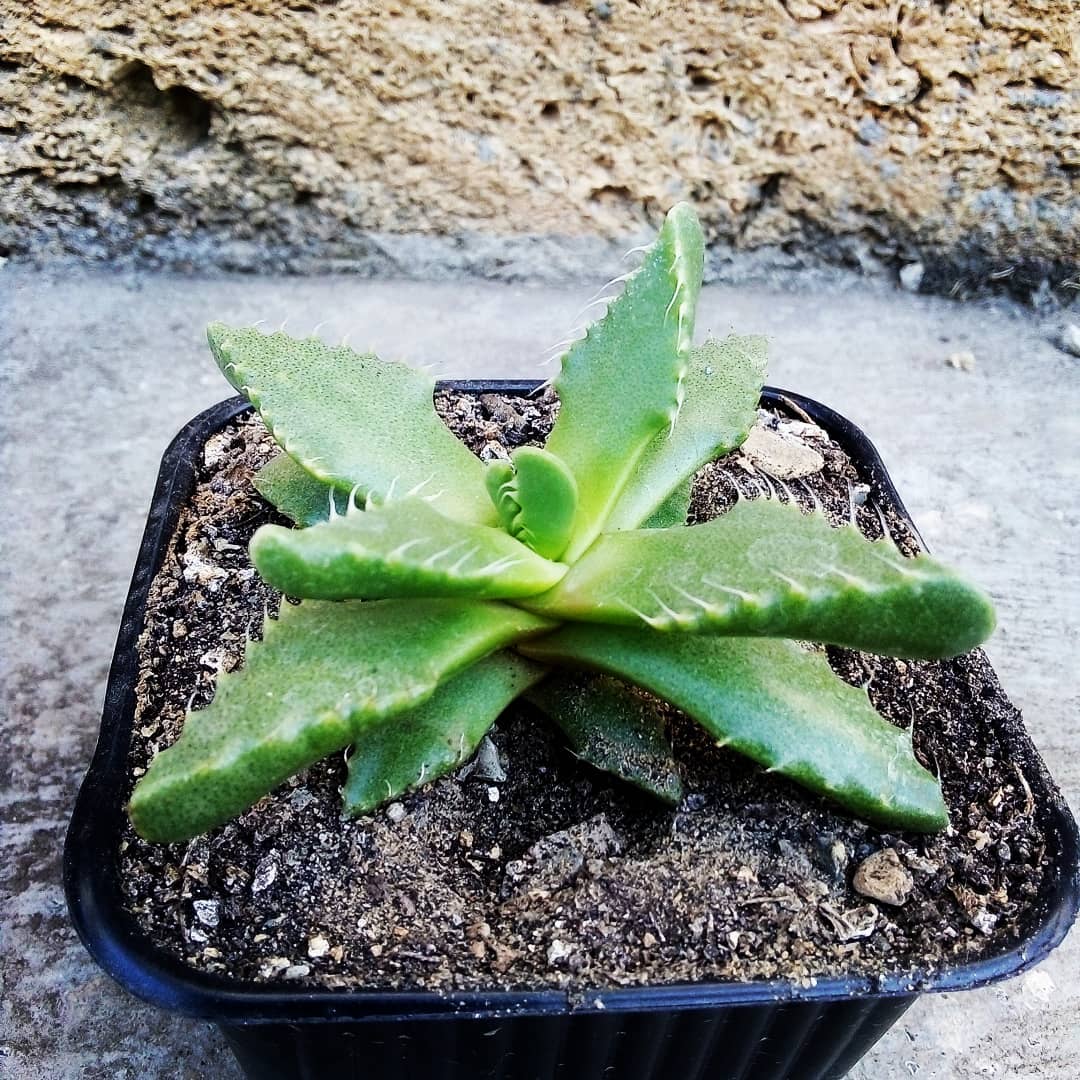
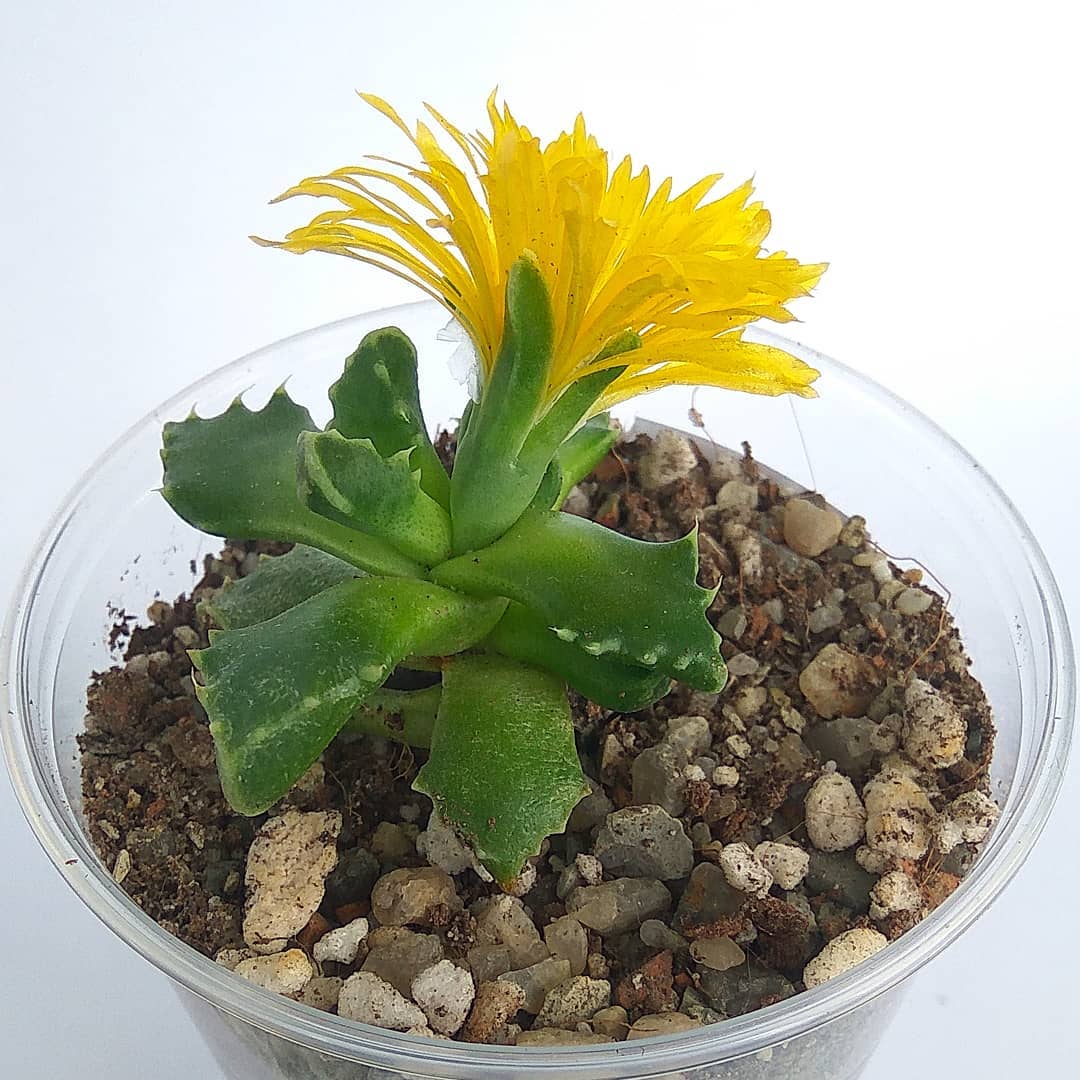
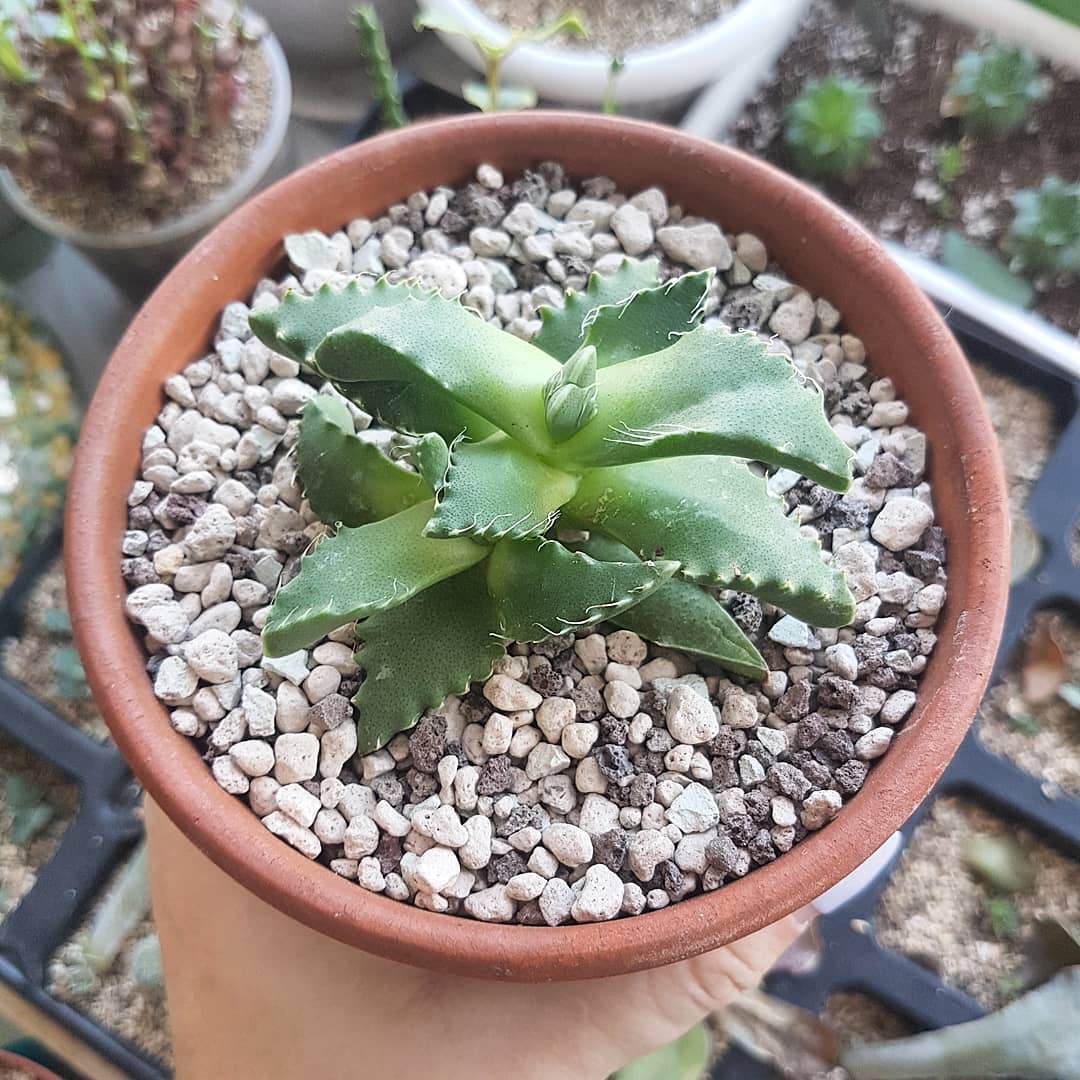
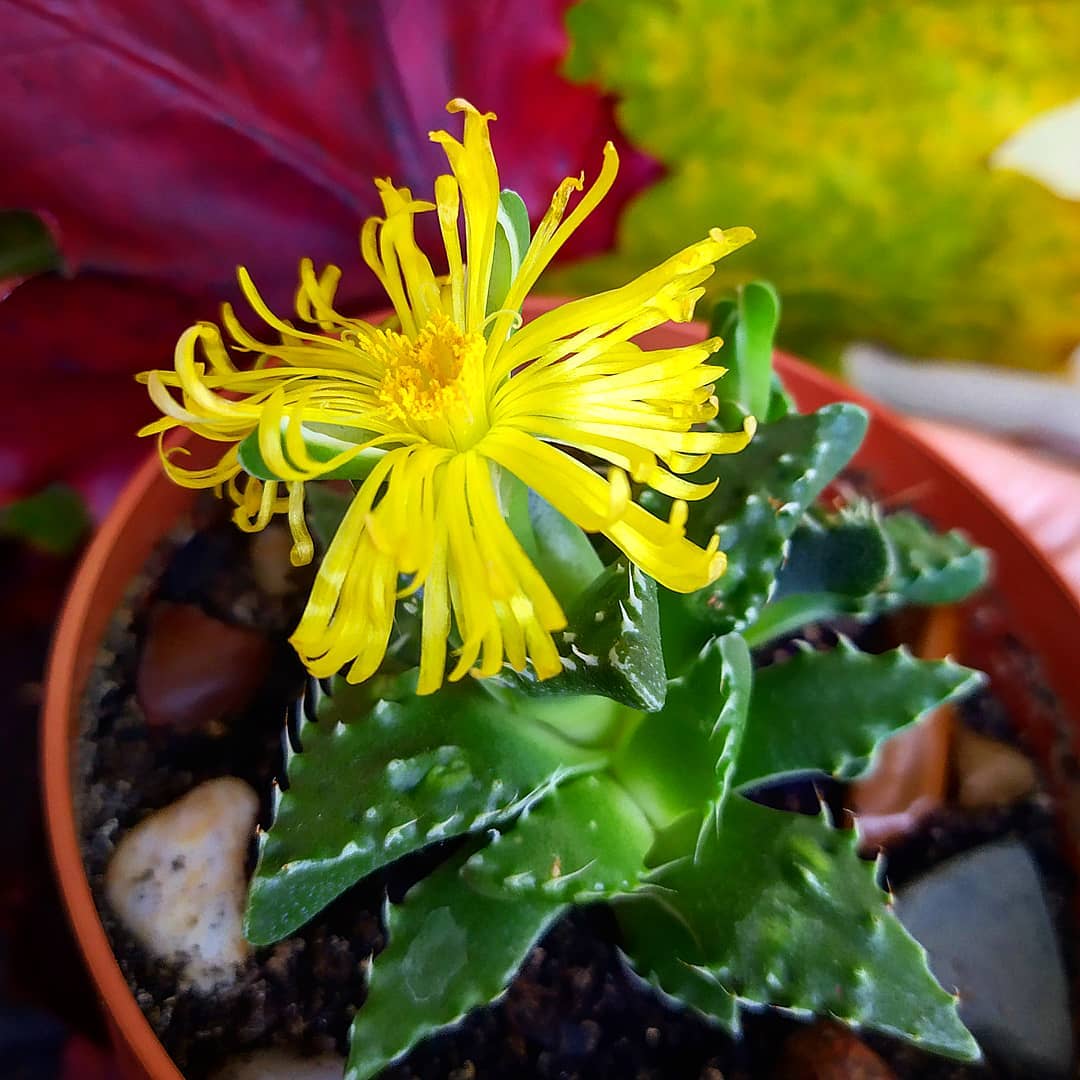
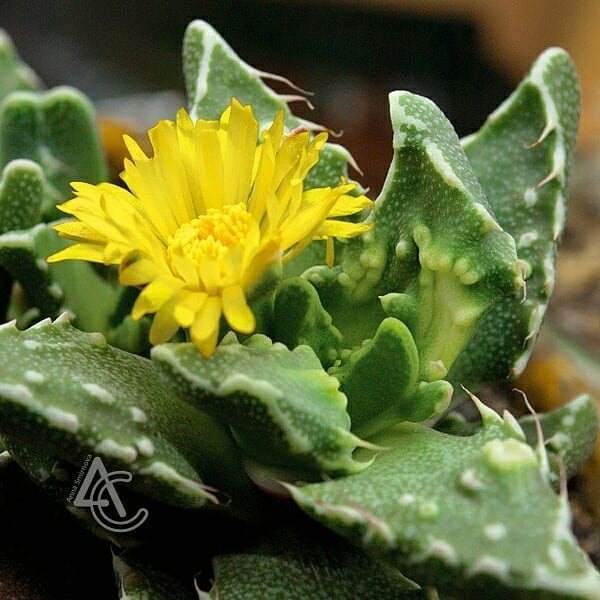
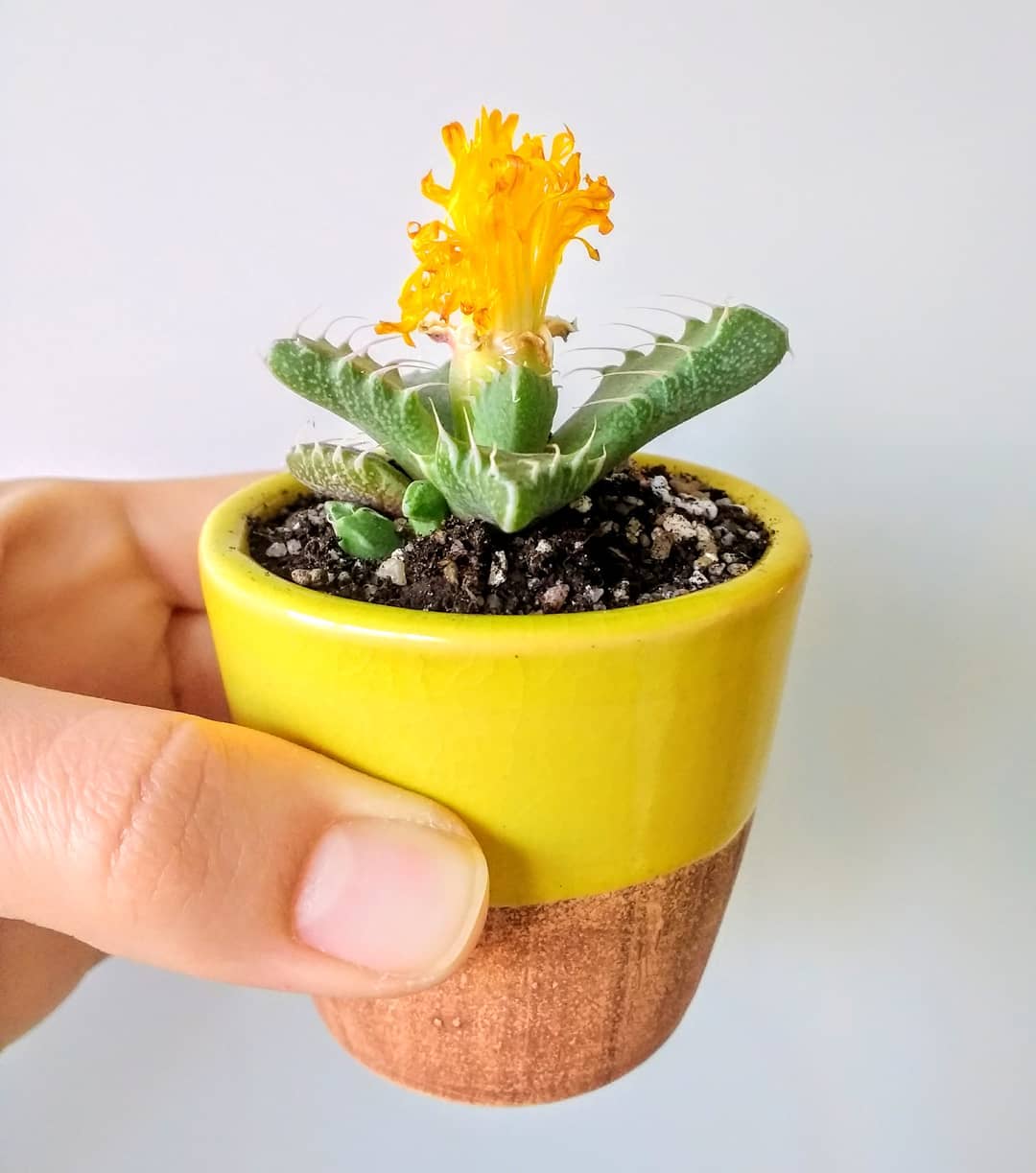
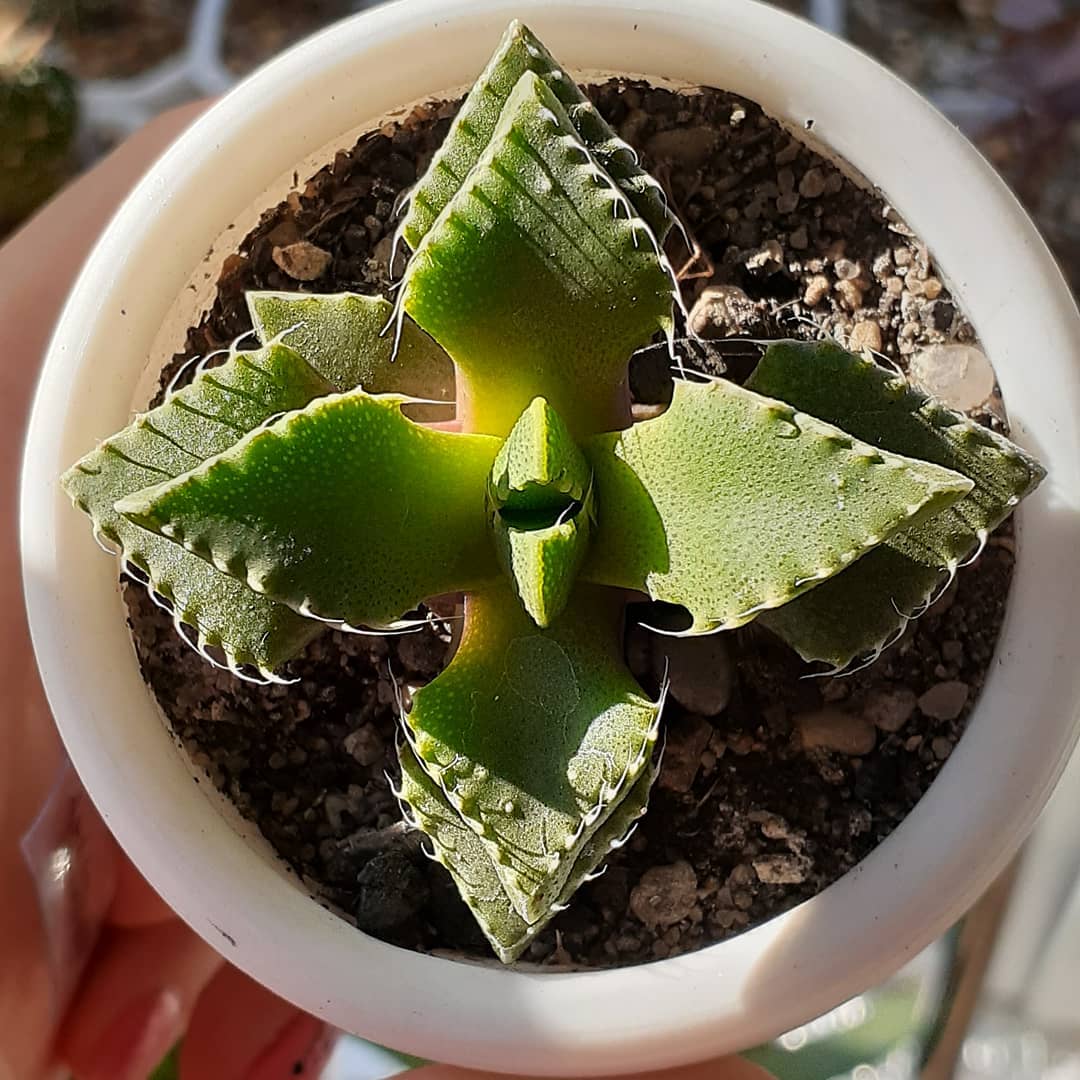










Portulacaria
A fast-growing succulent from which you can grow a bonsai or hanging flower. Its homeland is considered to be the dry forests and deserts of Africa. It is a climbing shrub, the length of its shoots at home reaches 1.0 m. The surface of the stems is brick-red, but as it matures it becomes brown. Succulent shoots of portulacaria grow chaotically.
The leaves are oval up to 5 cm in length. They are located opposite on the shoots. The shade of the plates is light green with spots and a red edging around the edge. The flowers are small pinkish in color. Their diameter does not exceed 2-3 mm. They are collected in spike-shaped inflorescences at the tops of the shoots.
Popular types:
- motley;
- Tricolor.
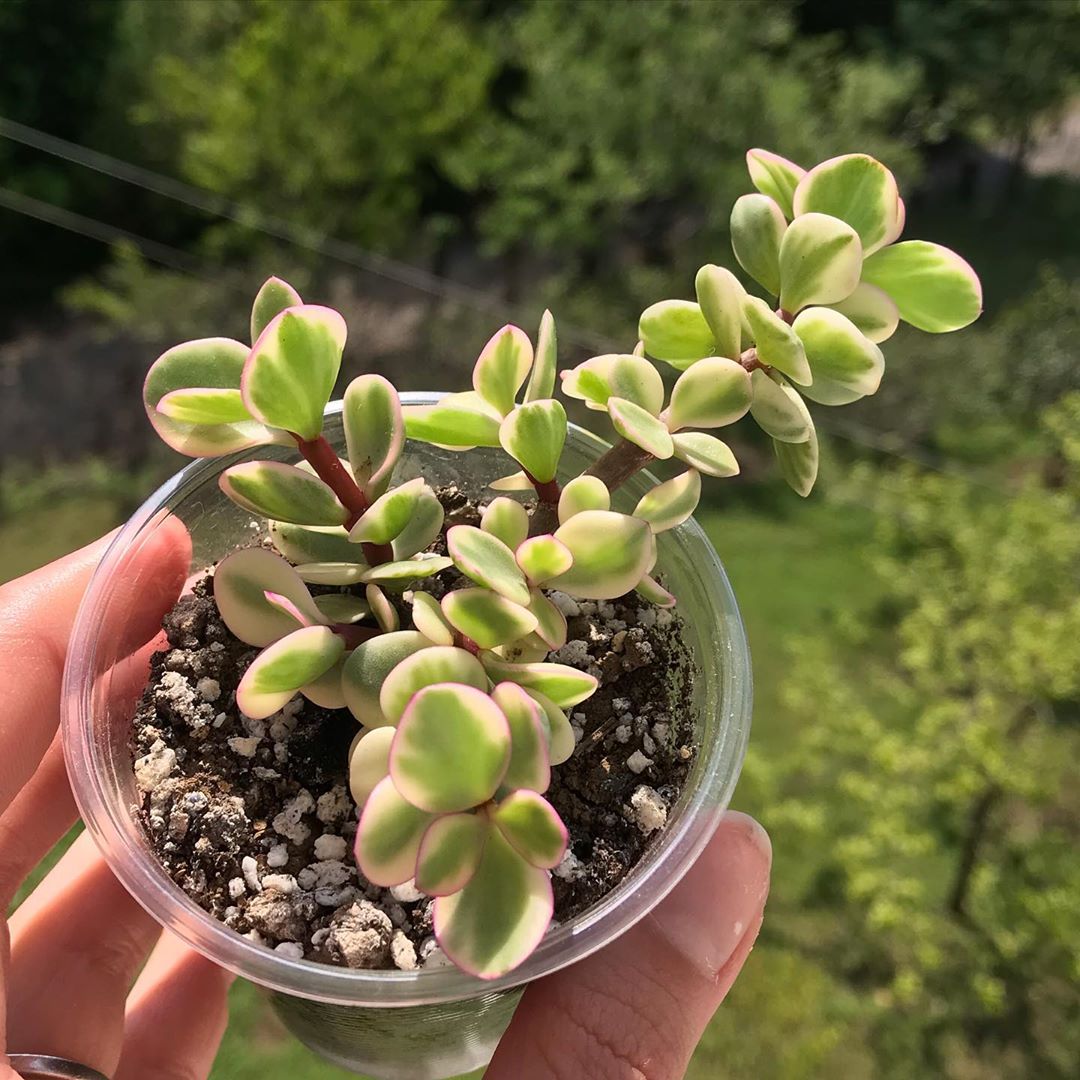
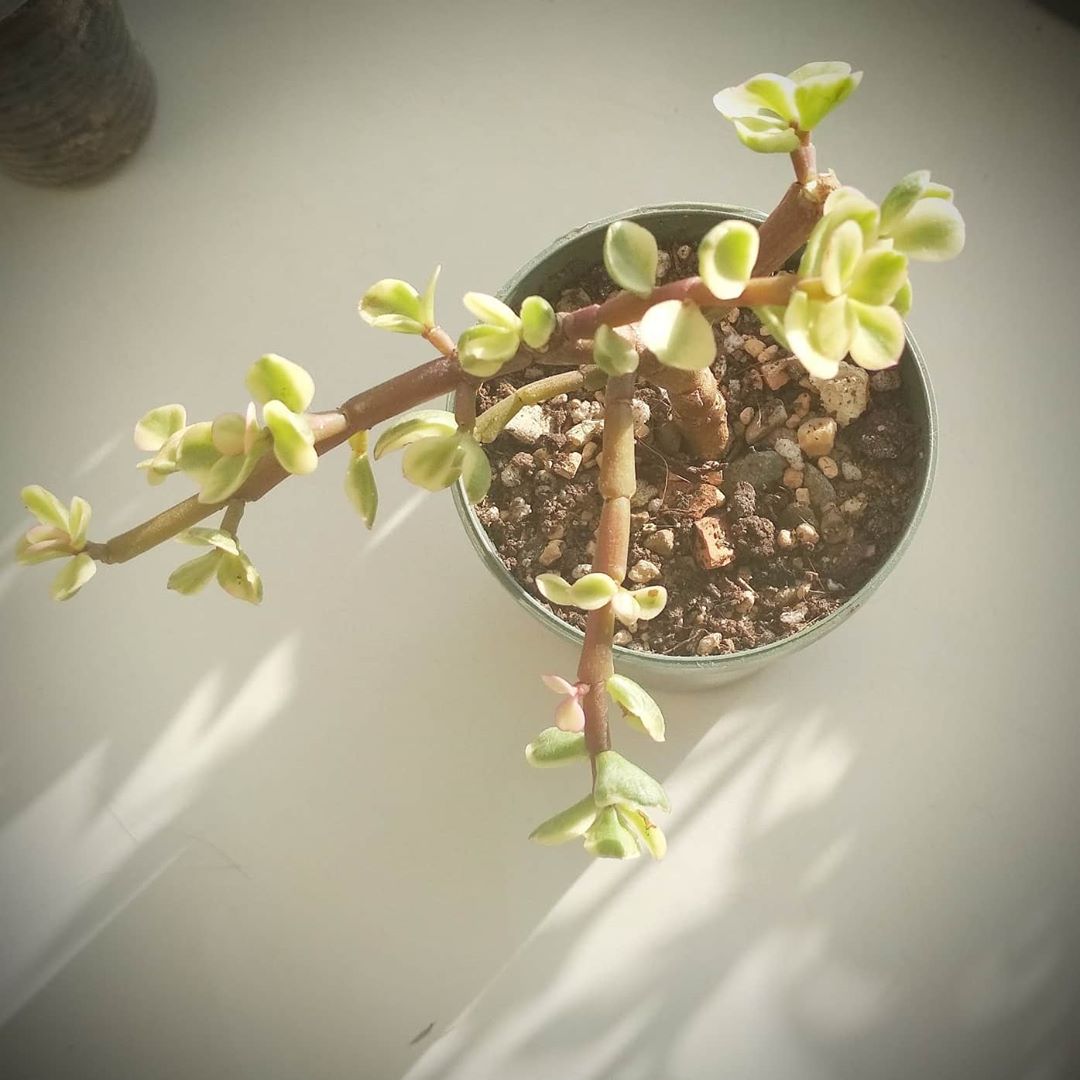
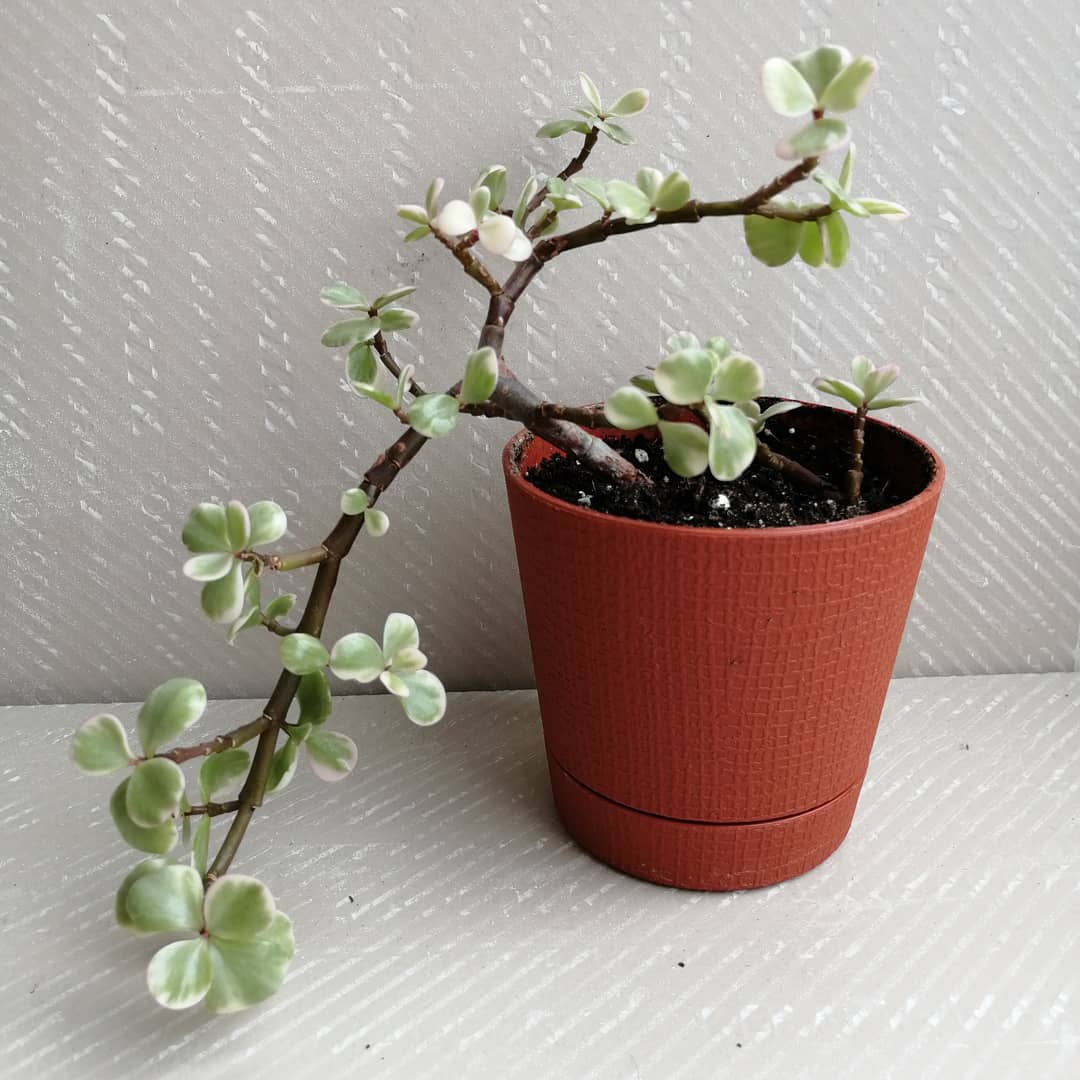
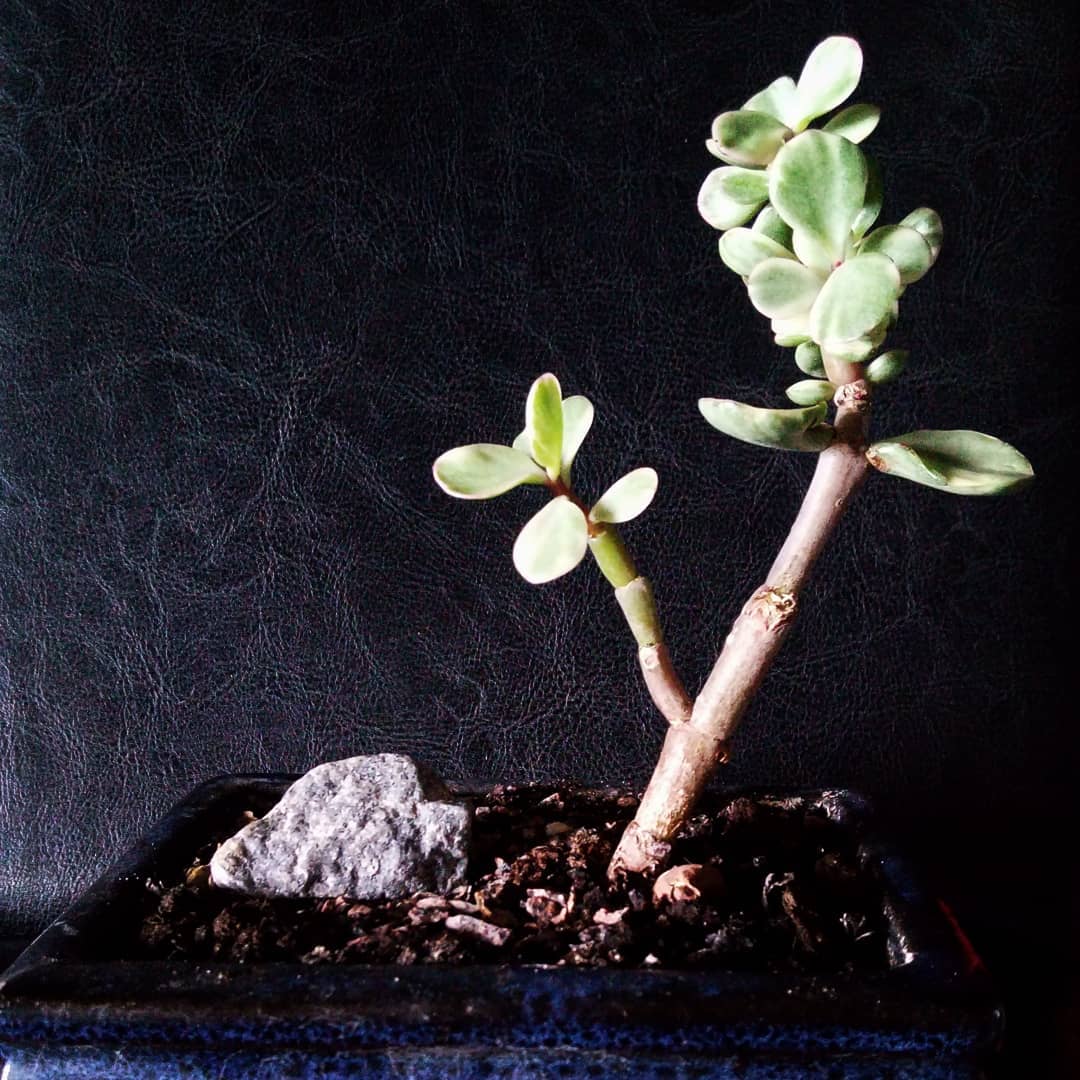
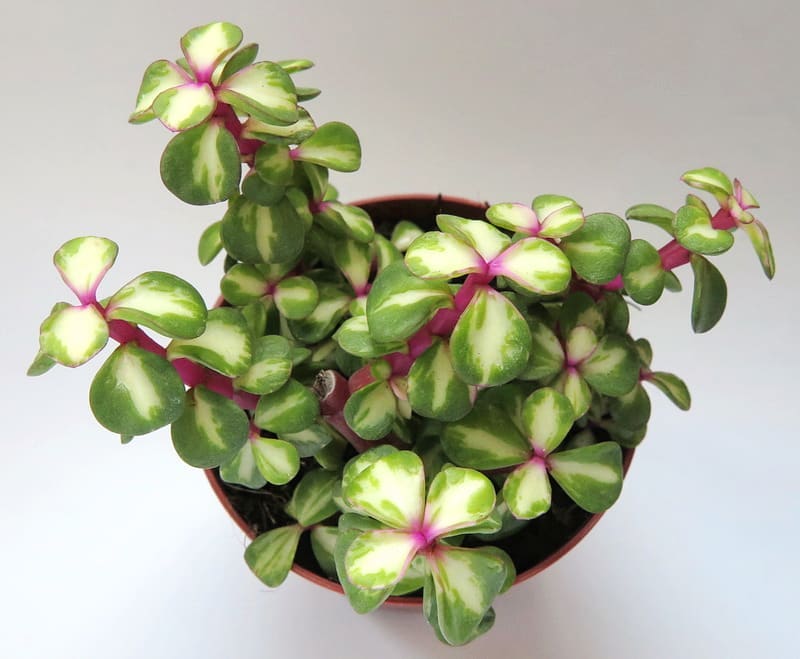
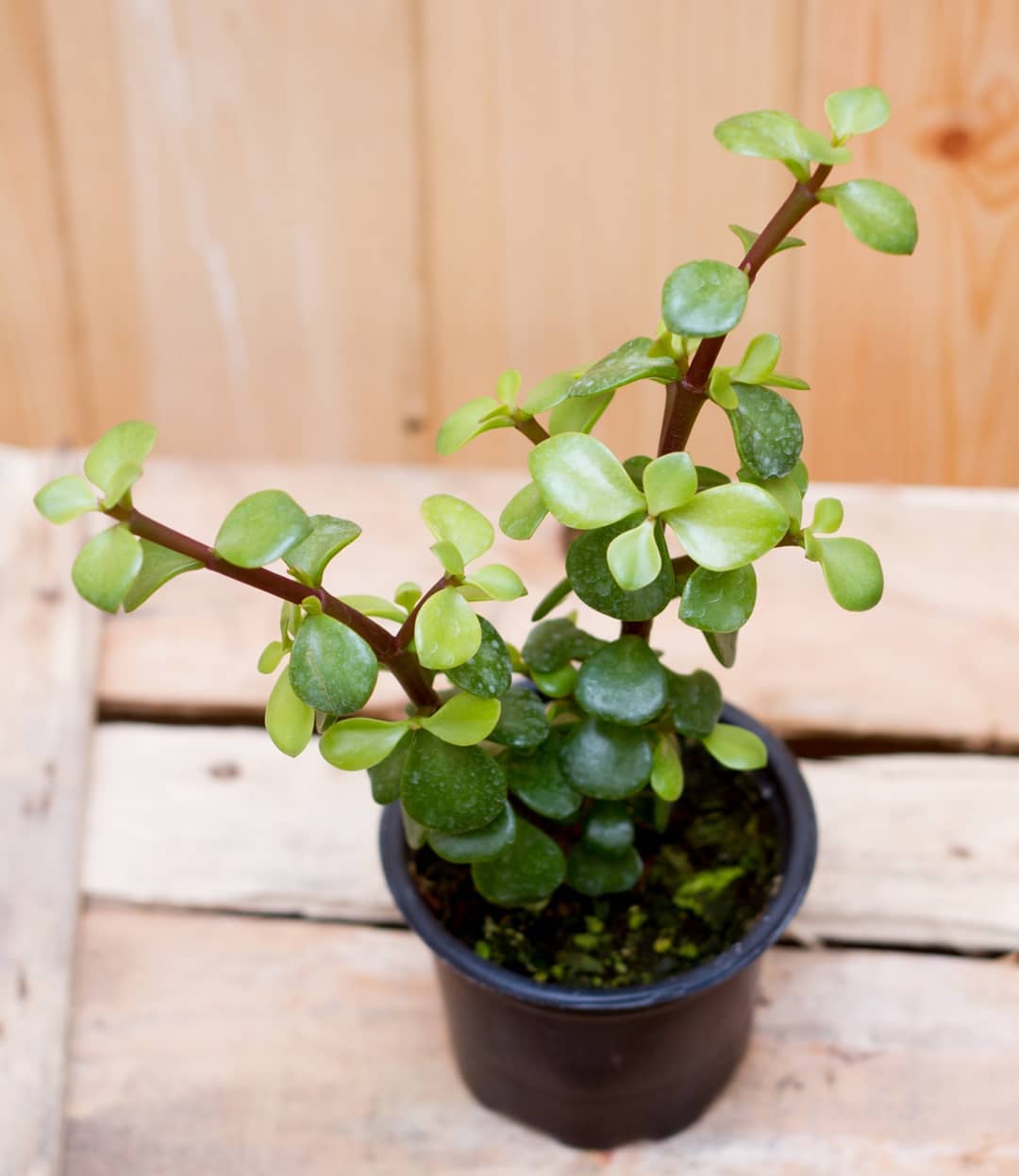






Anacampseros
Low-growing succulent of the Portulaca family. Under natural conditions, the plant can be found in South Africa. Anacampseros has superficial roots. The shoots are thickened and short. They can be erect or lodging type. The leaves are large, elongated, thickened. Each plate is covered by a stipule. The color of the leaves is varied.
The flowers are small and simple. They consist of 5 separate petals. Their shade can be white, pink, red. They are located singly or in clusters. The flowering period occurs in the summer months or early autumn.
Common types:
- alston;
- paper-like;
- rufessens;
- telephiastrum;
- retusa or depressed.

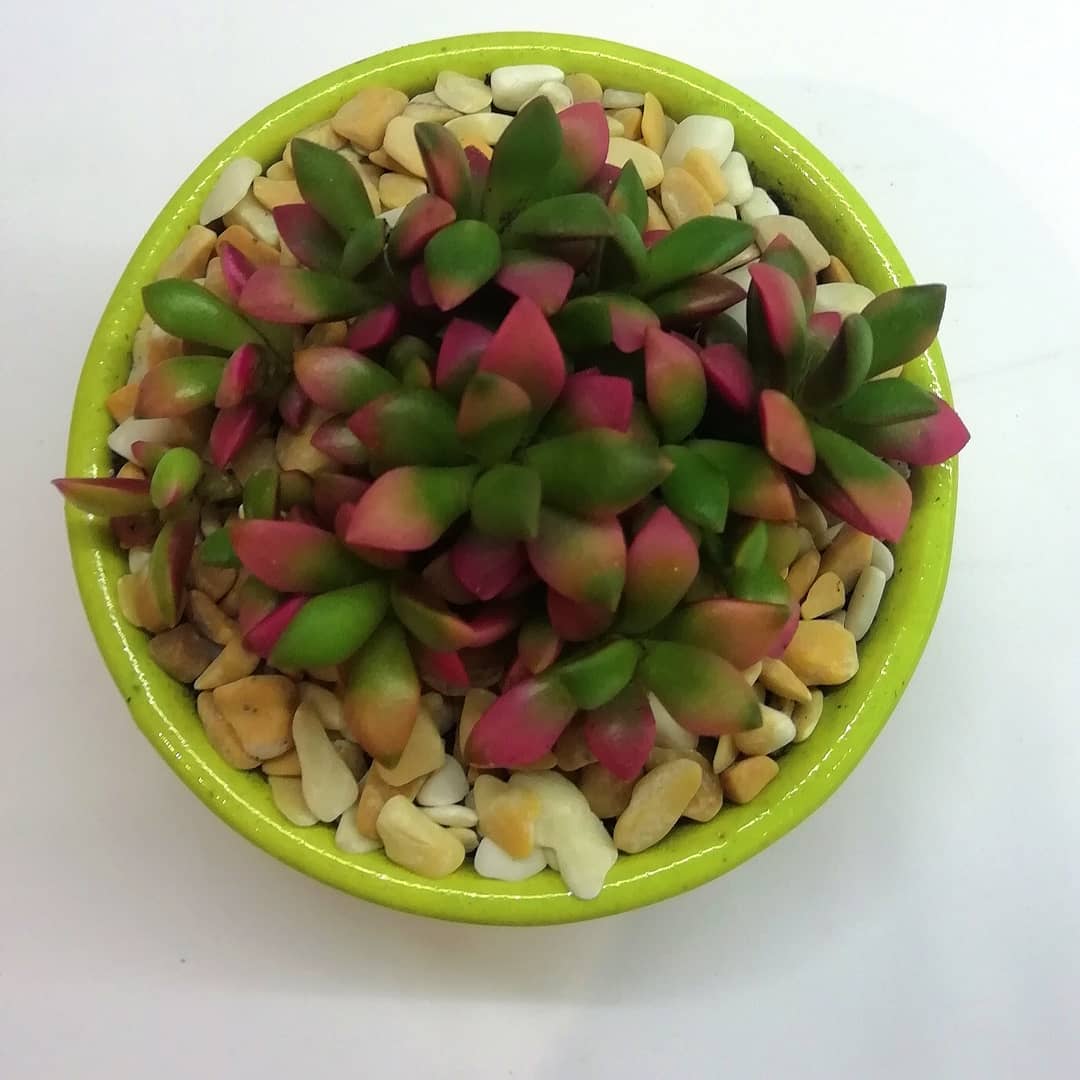
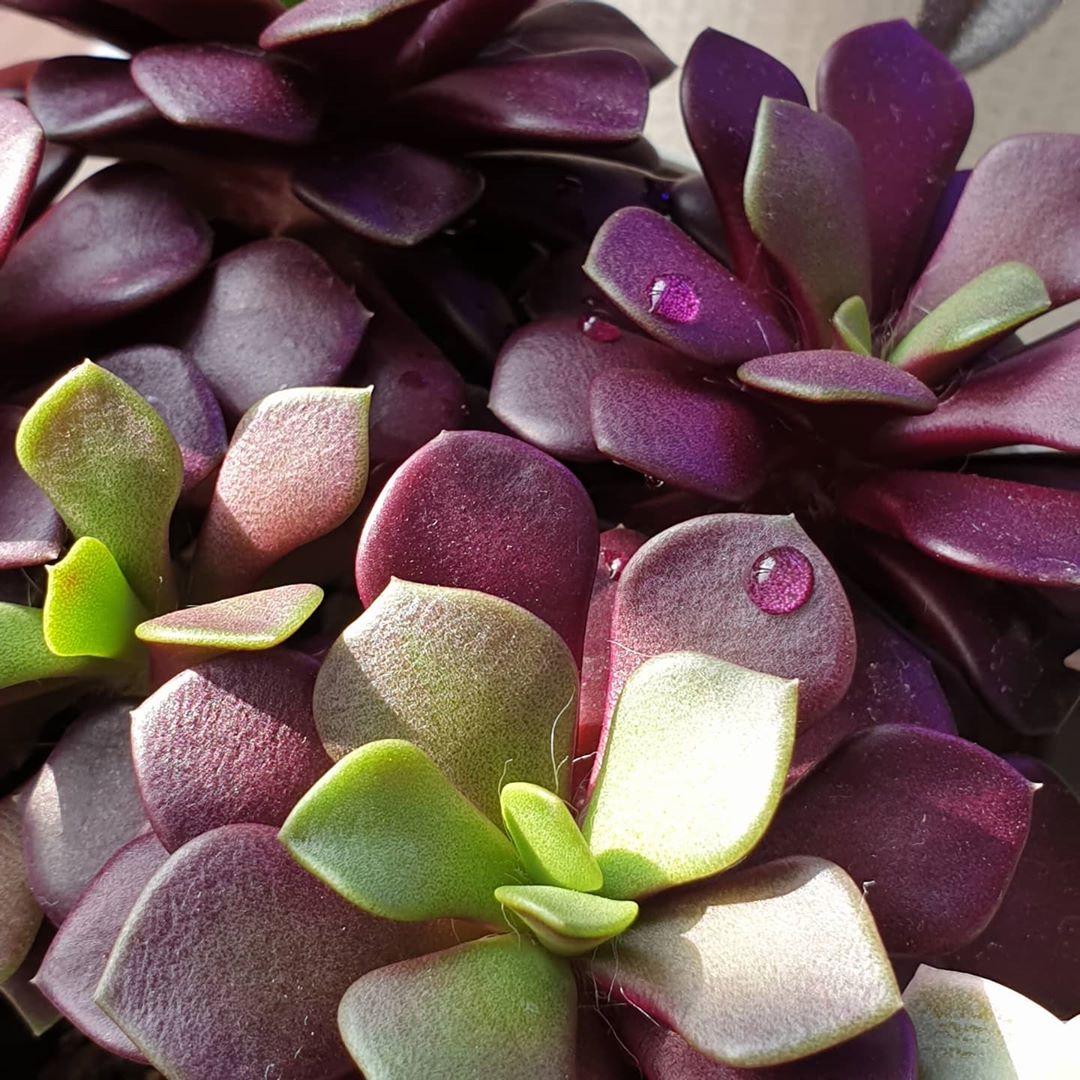
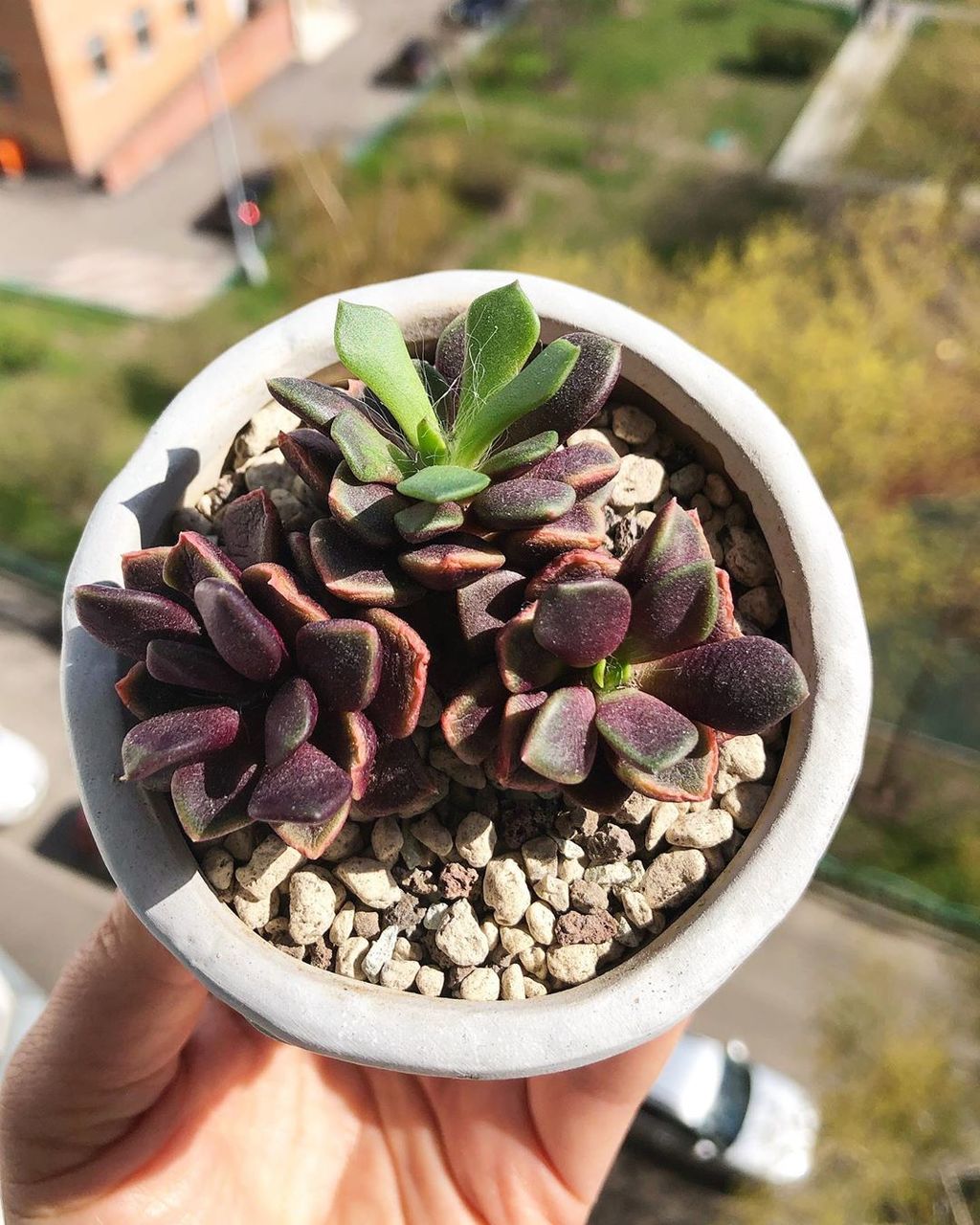
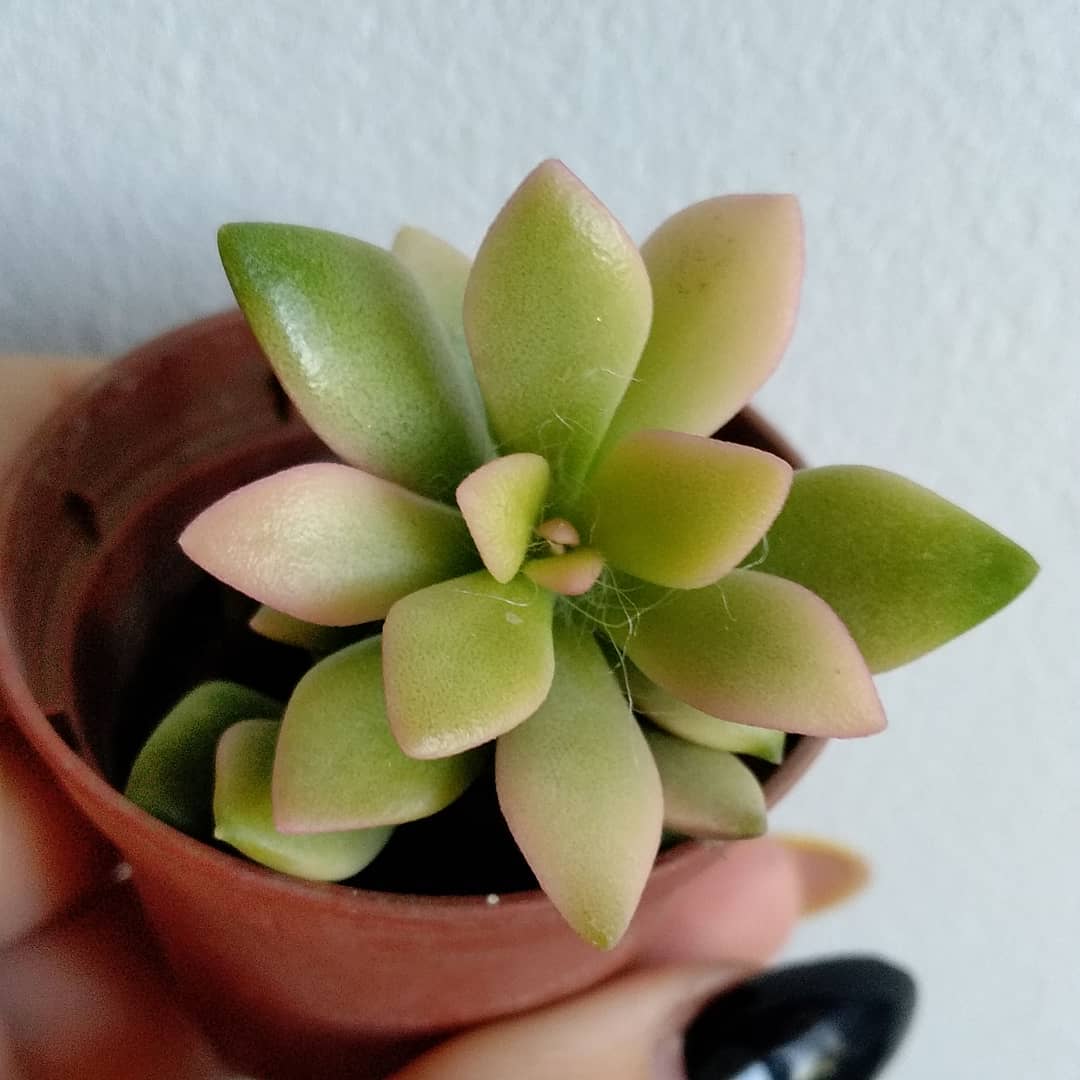
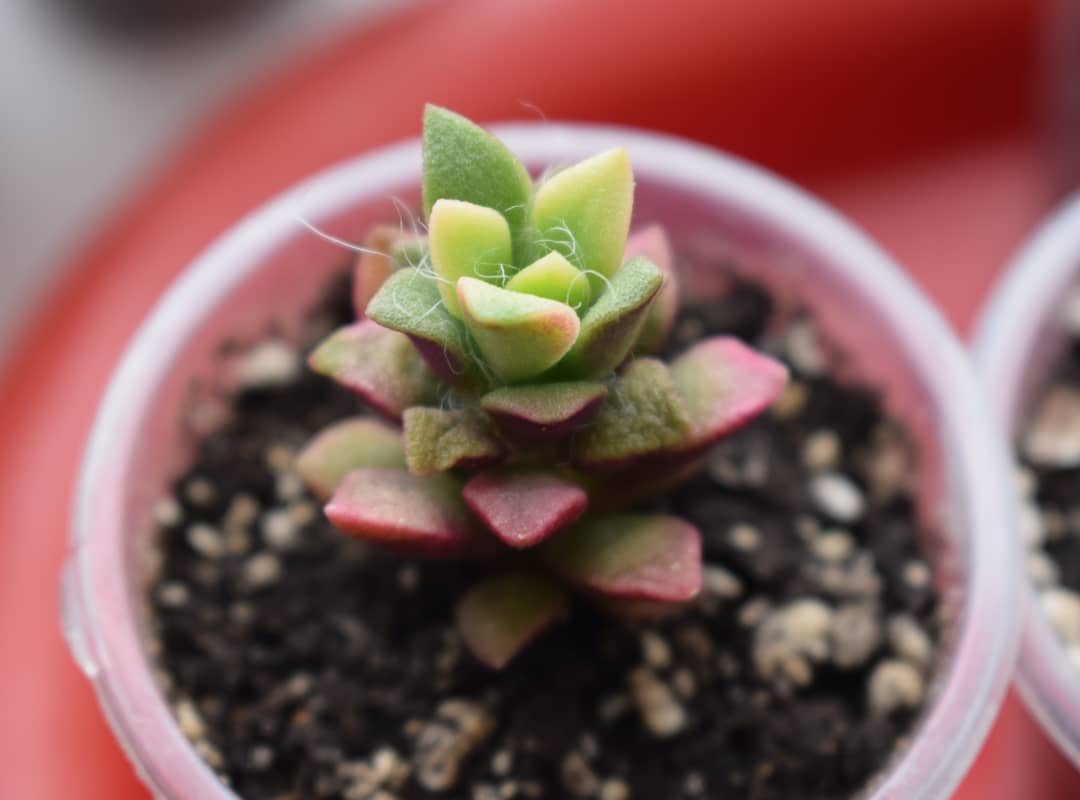
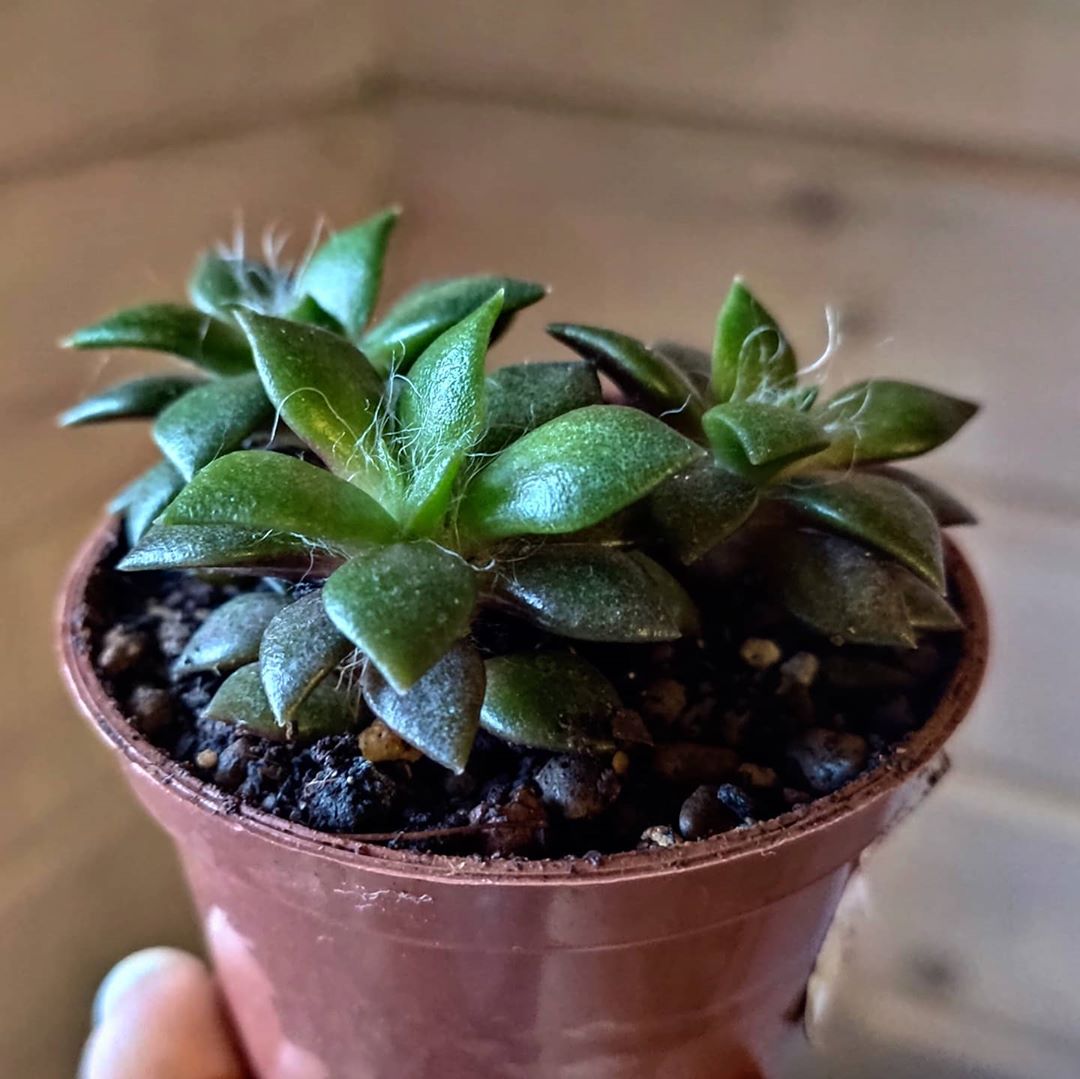
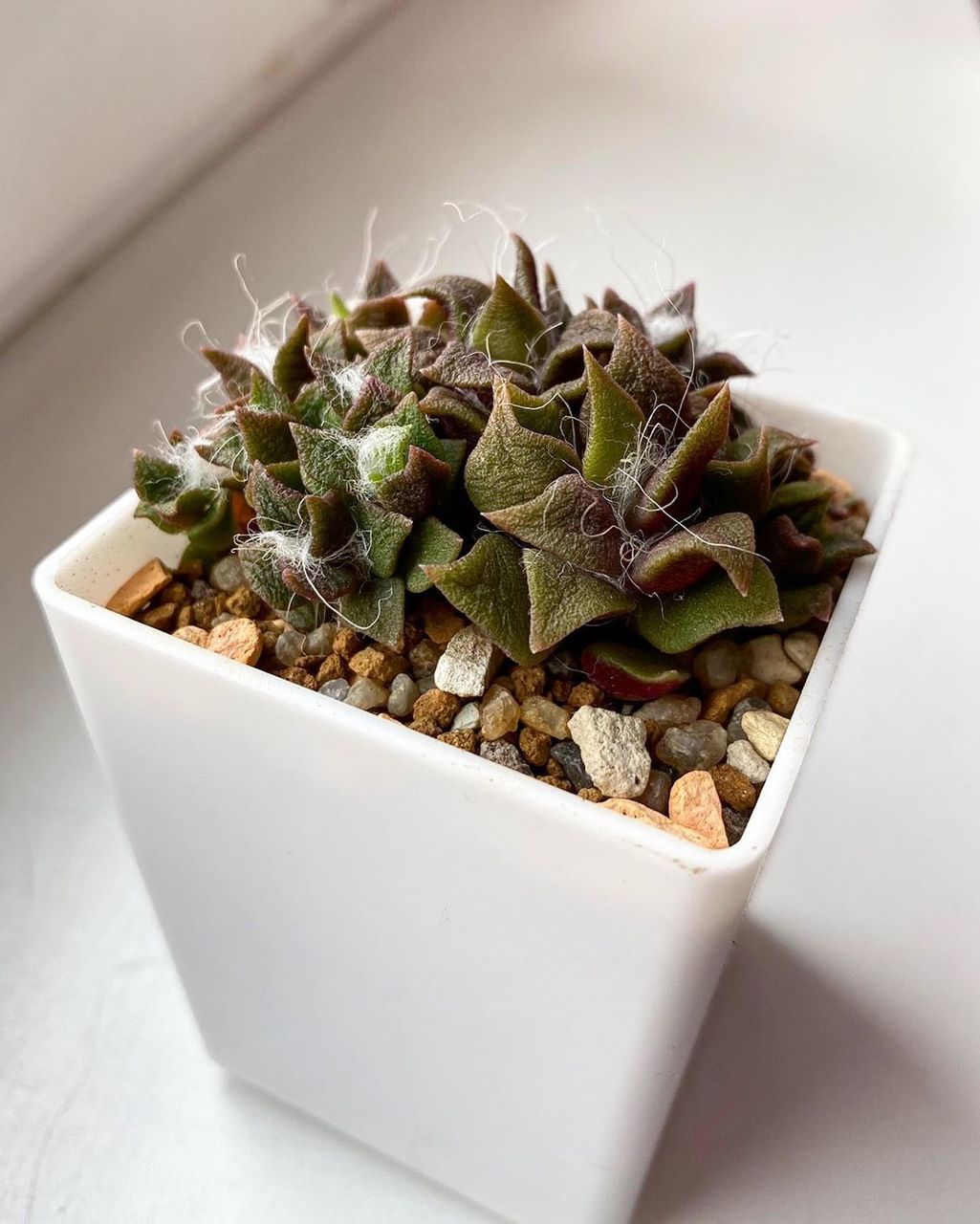
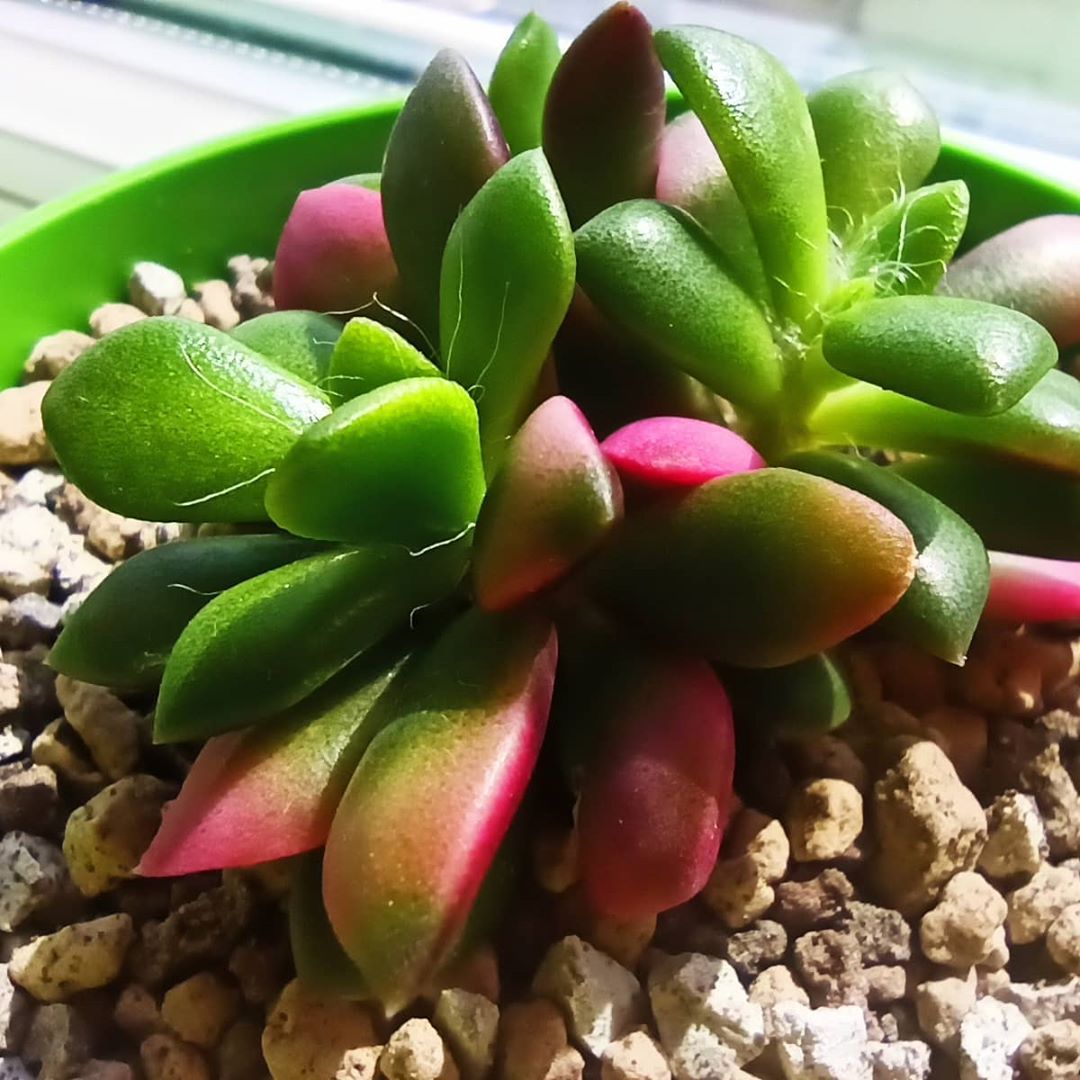
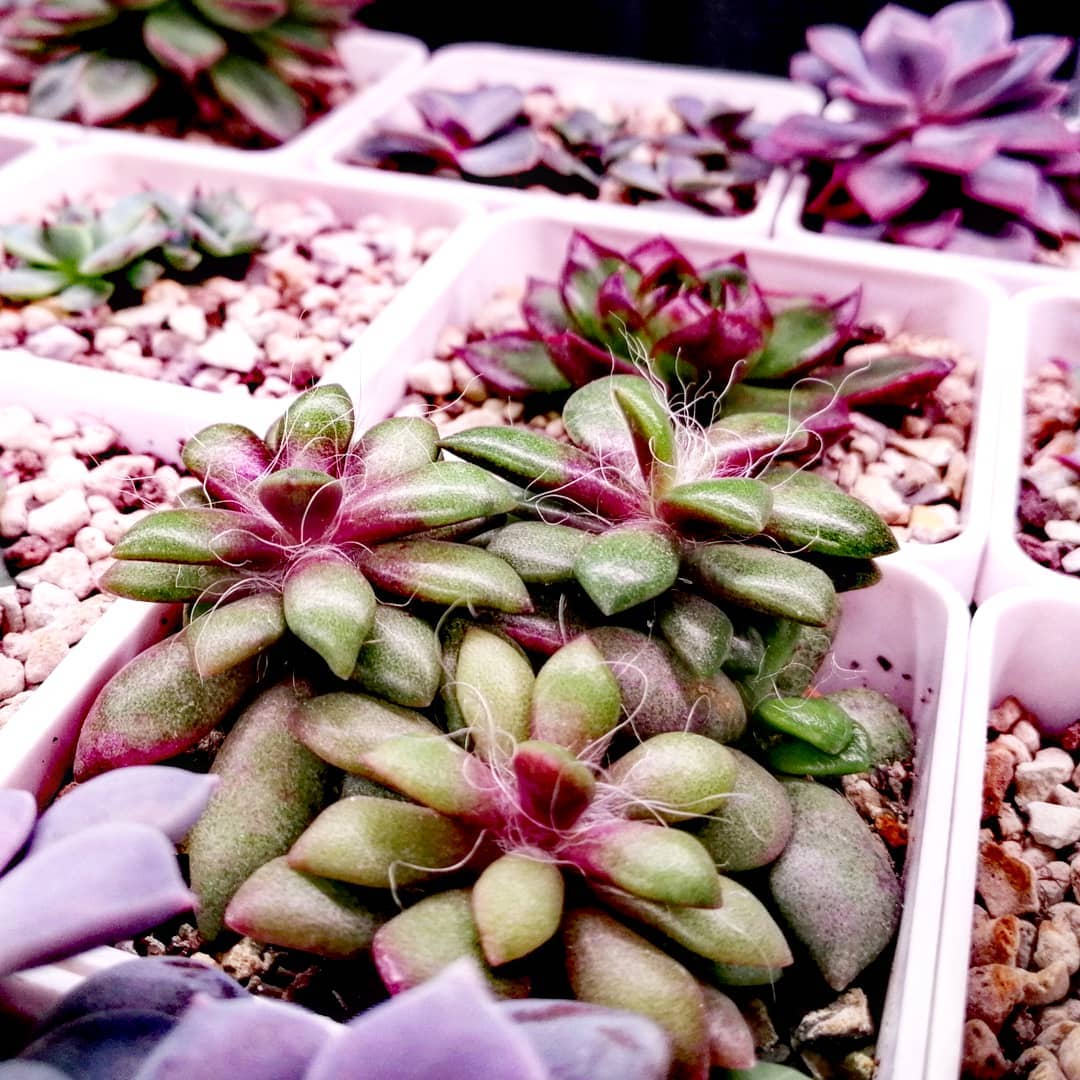










Jatropha
An exotic succulent whose trunk resembles a bottle. The plant belongs to the Euphorbiaceae family, so when its shoots are damaged, milky juice is released.Depending on the species, jatropha can grow as a tree or a shrub. It is found in the tropics of Africa and America.
Jatropha shoots are semi-woody. The height reaches 0.5-2.0 m. The leaves grow oppositely on the tops of the shoots. In late autumn, the plant begins to shed its leaves. Vegetation resumes only in the spring. The flowers are simple, apical. The color of the petals is white, red or pink.
Common types of jatropha:
- Spicata;
- Multifia;
- Kurkas;
- Podagrica.

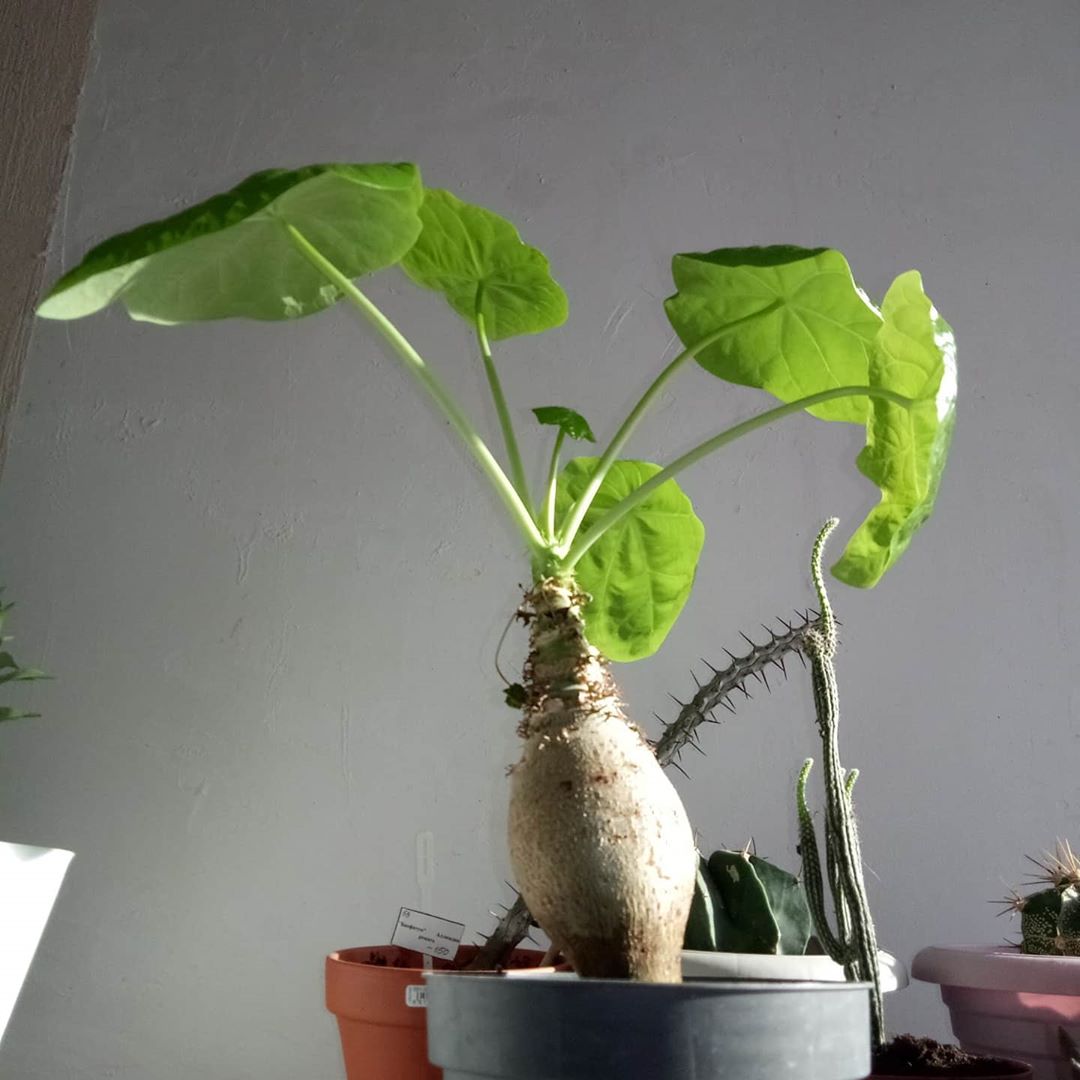
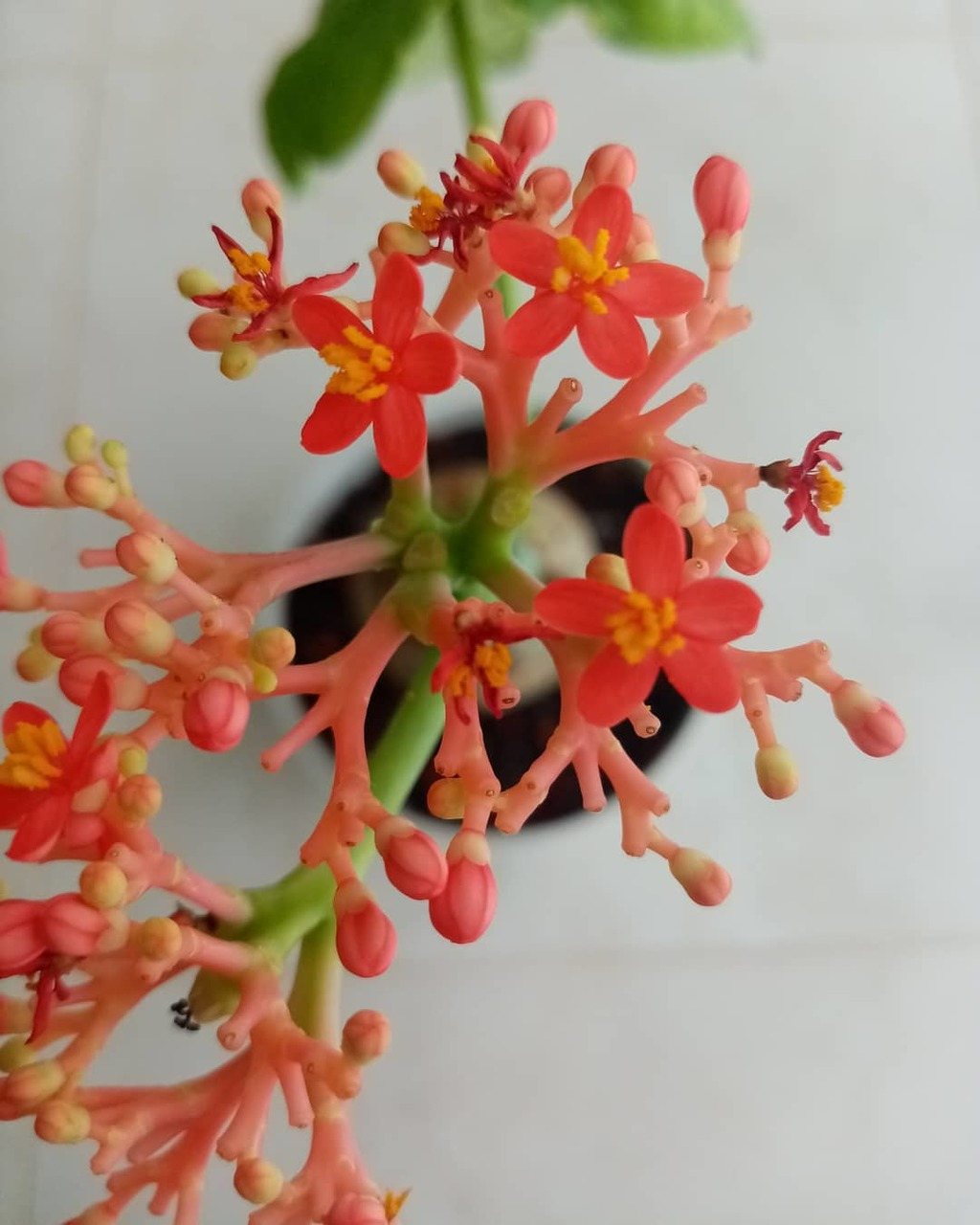
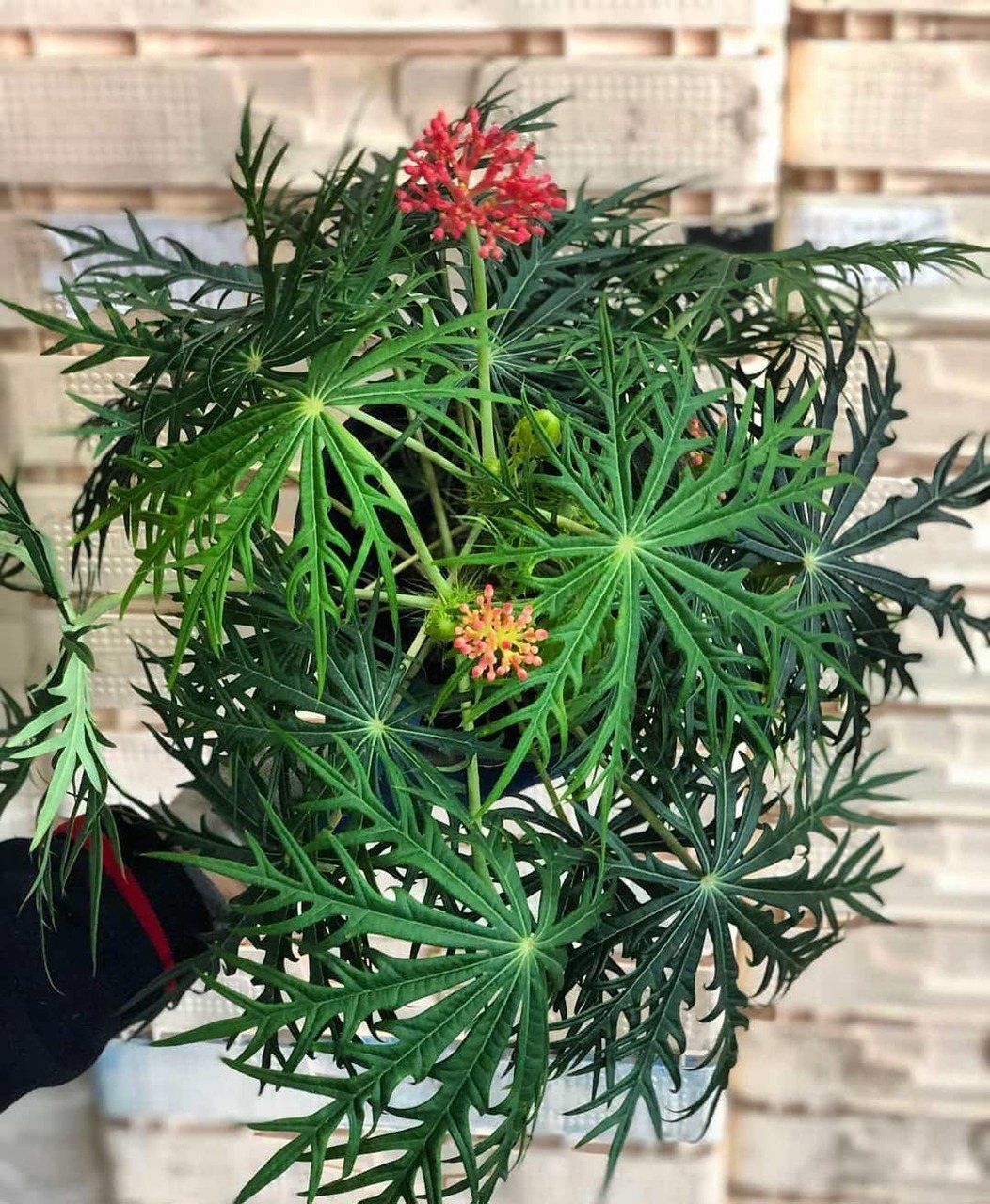

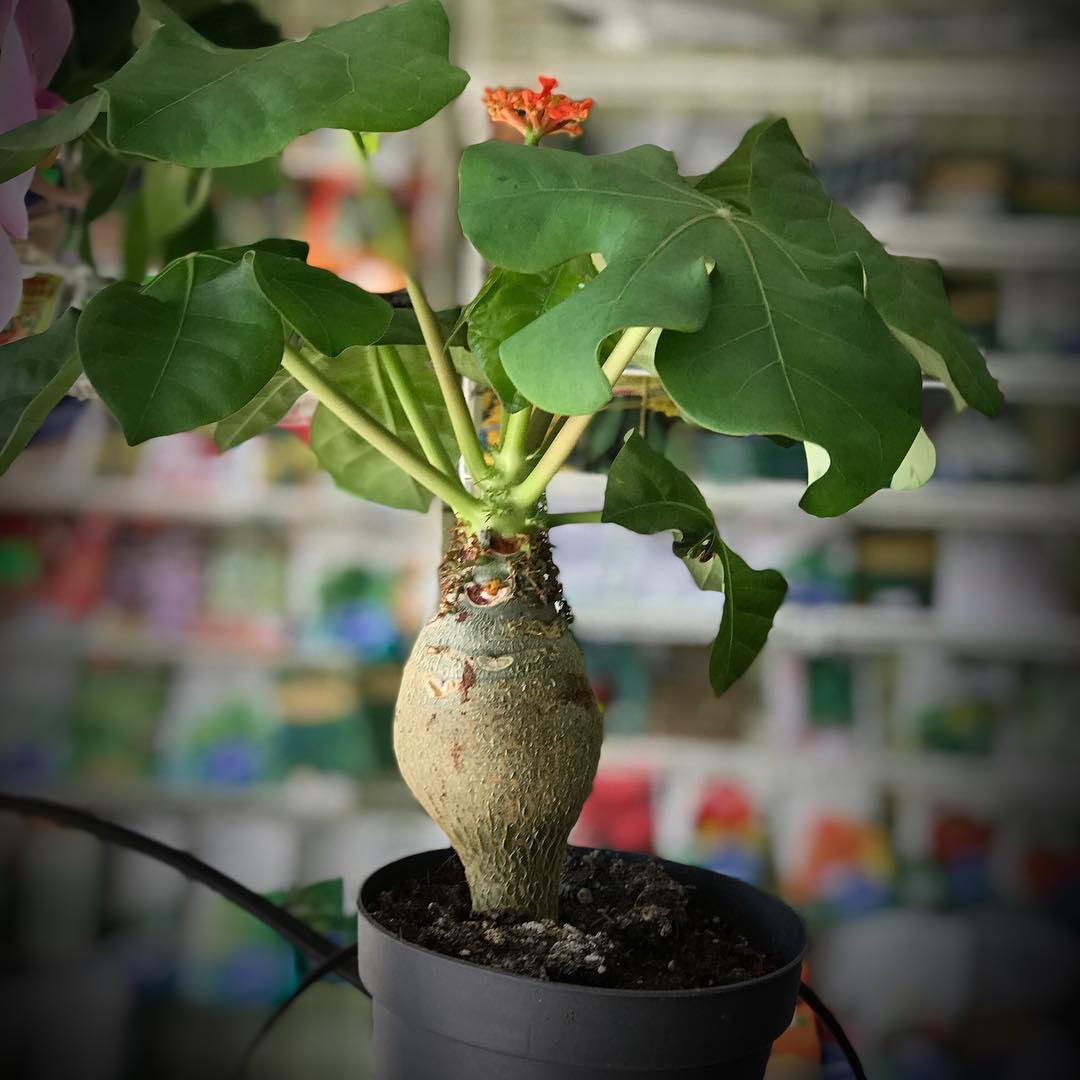
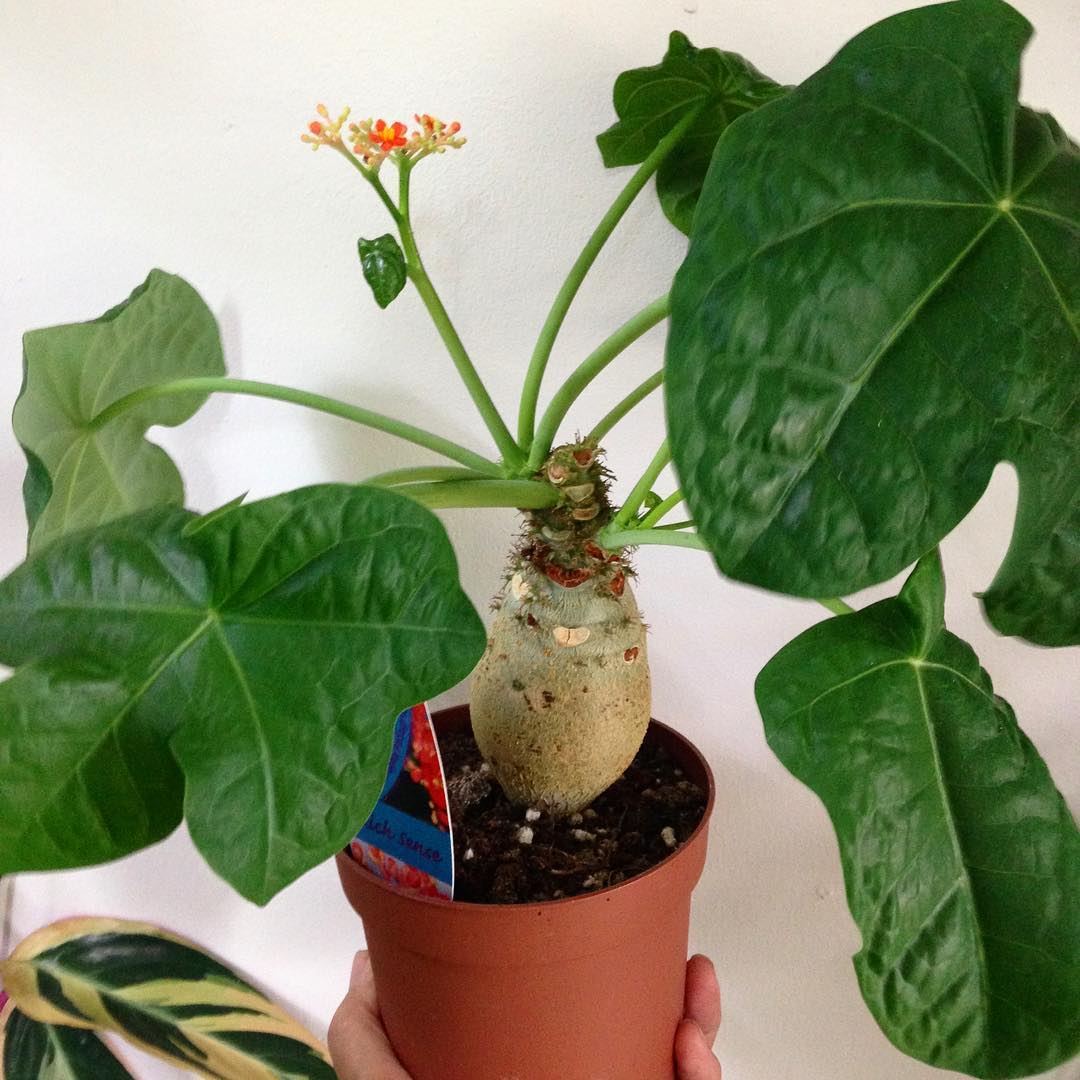
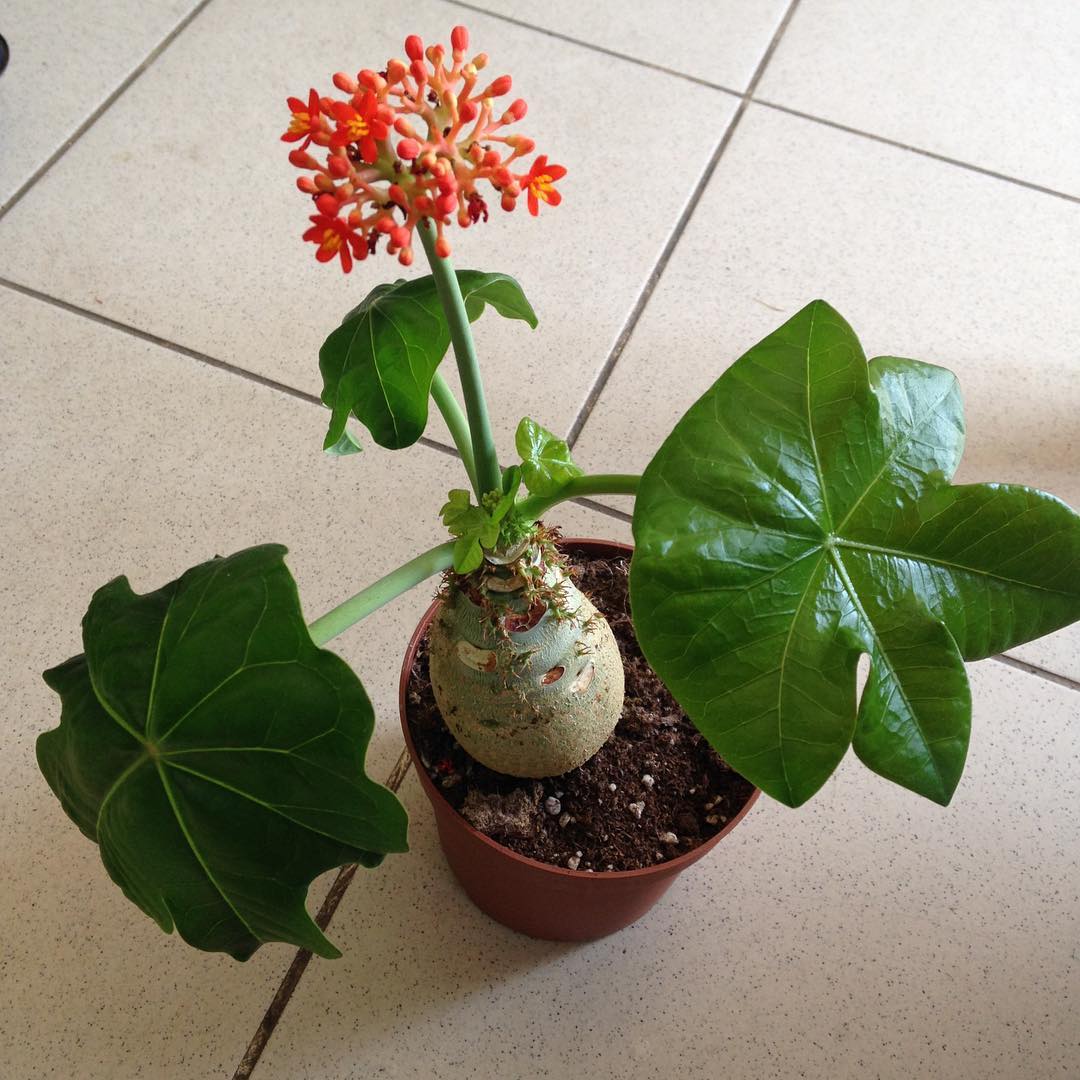
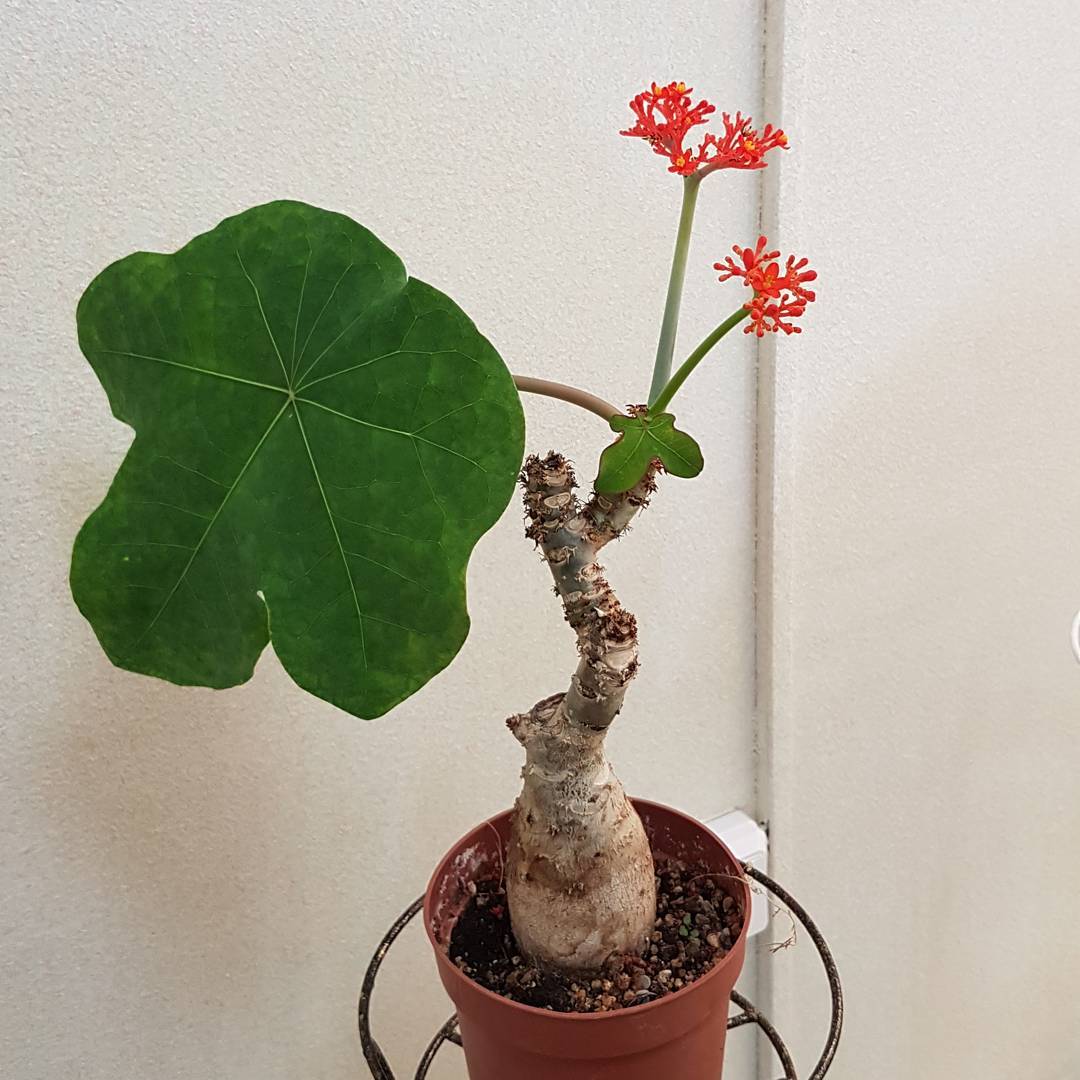
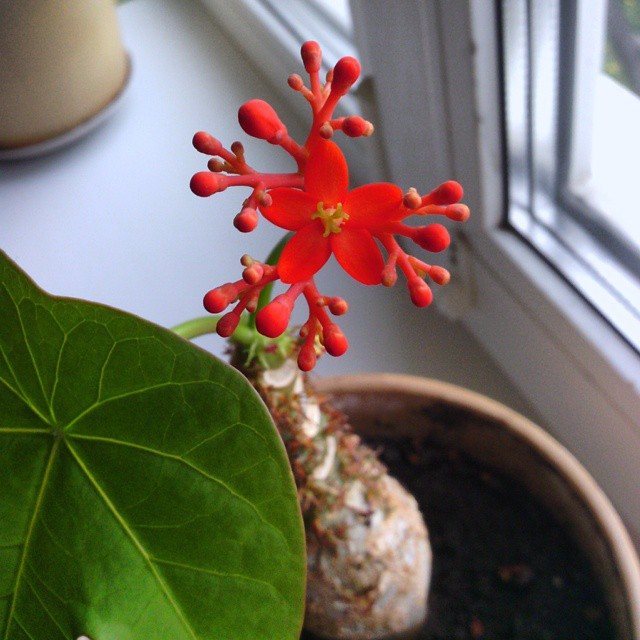










Monanthes
The succulent is a small shrub with short shoots of a creeping or erect type. The leaves are small, forming apical rosettes. The plates are juicy, ovoid or club-shaped. They are located alternately on the shoots.
Monanthes blooms regularly, despite its small size. The buds are pink, light green or brown. They form racemose or umbrella-shaped inflorescences that confidently rise above the foliage.
Popular types:
- Multi-leaf;
- Muralis wall;
- Thickened;
- Amidrian.
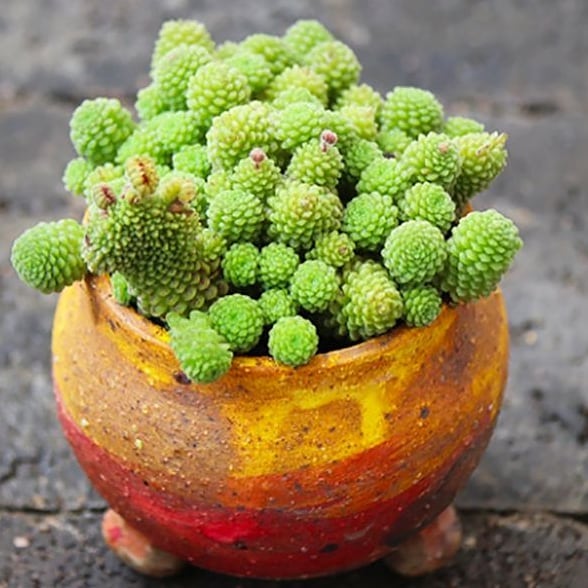
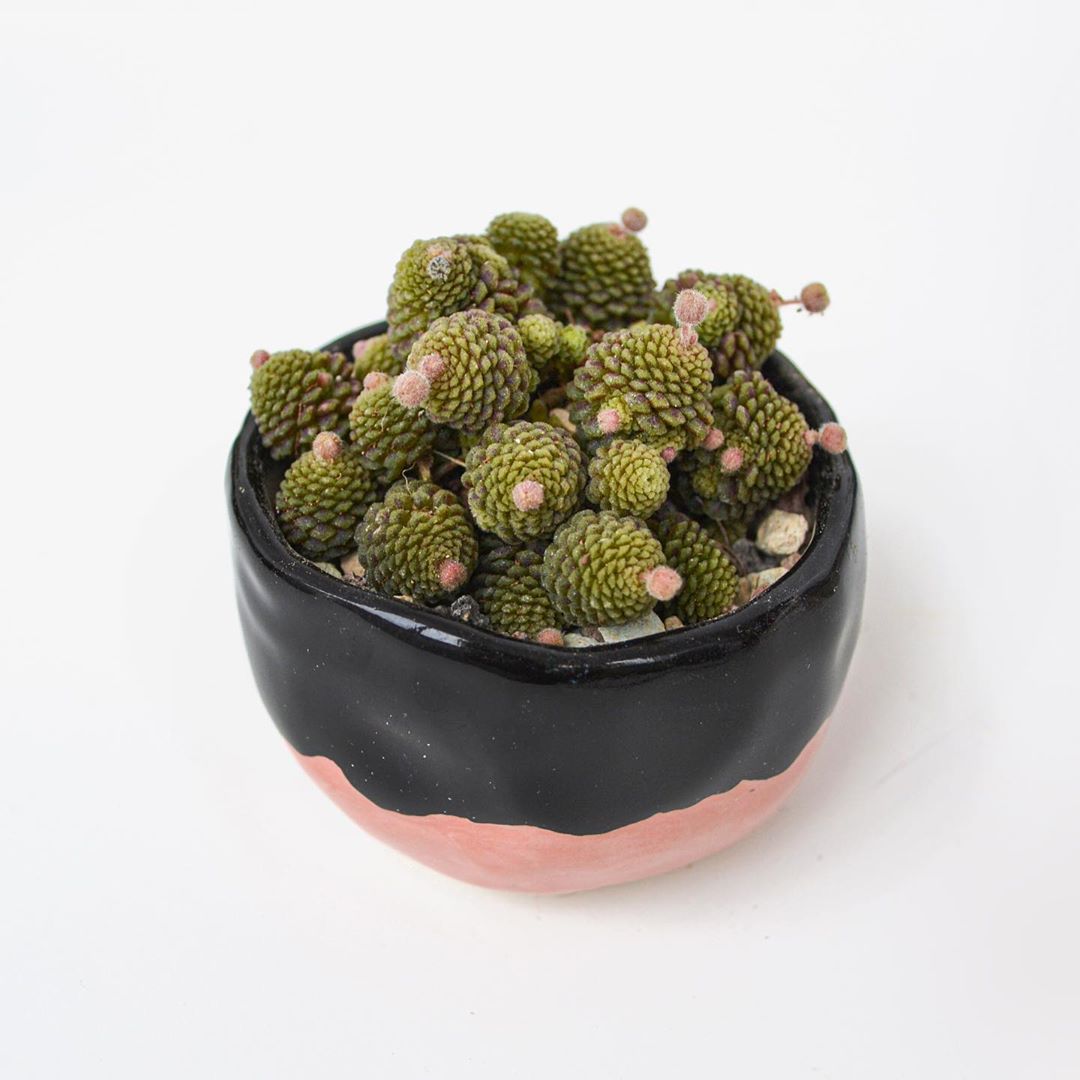
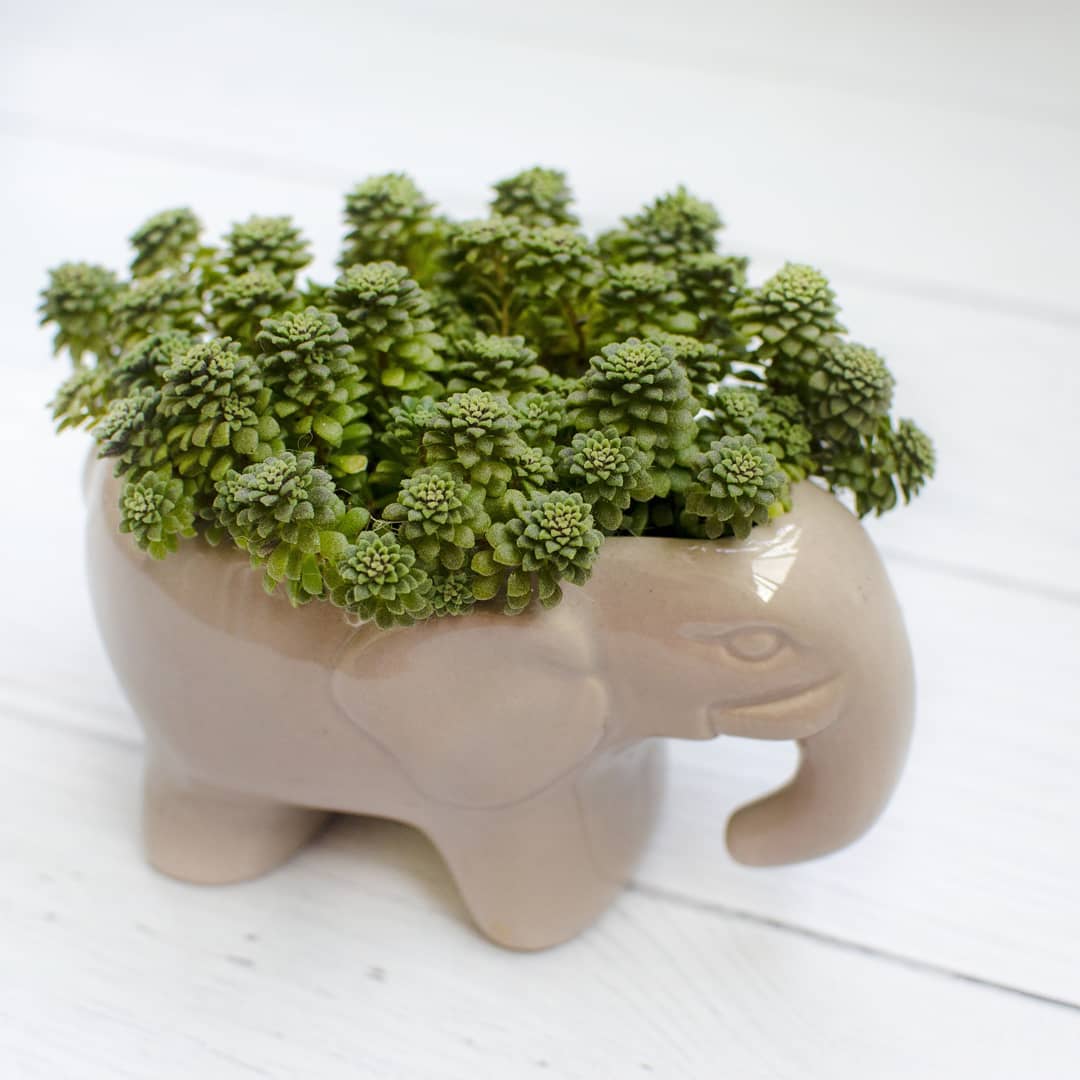
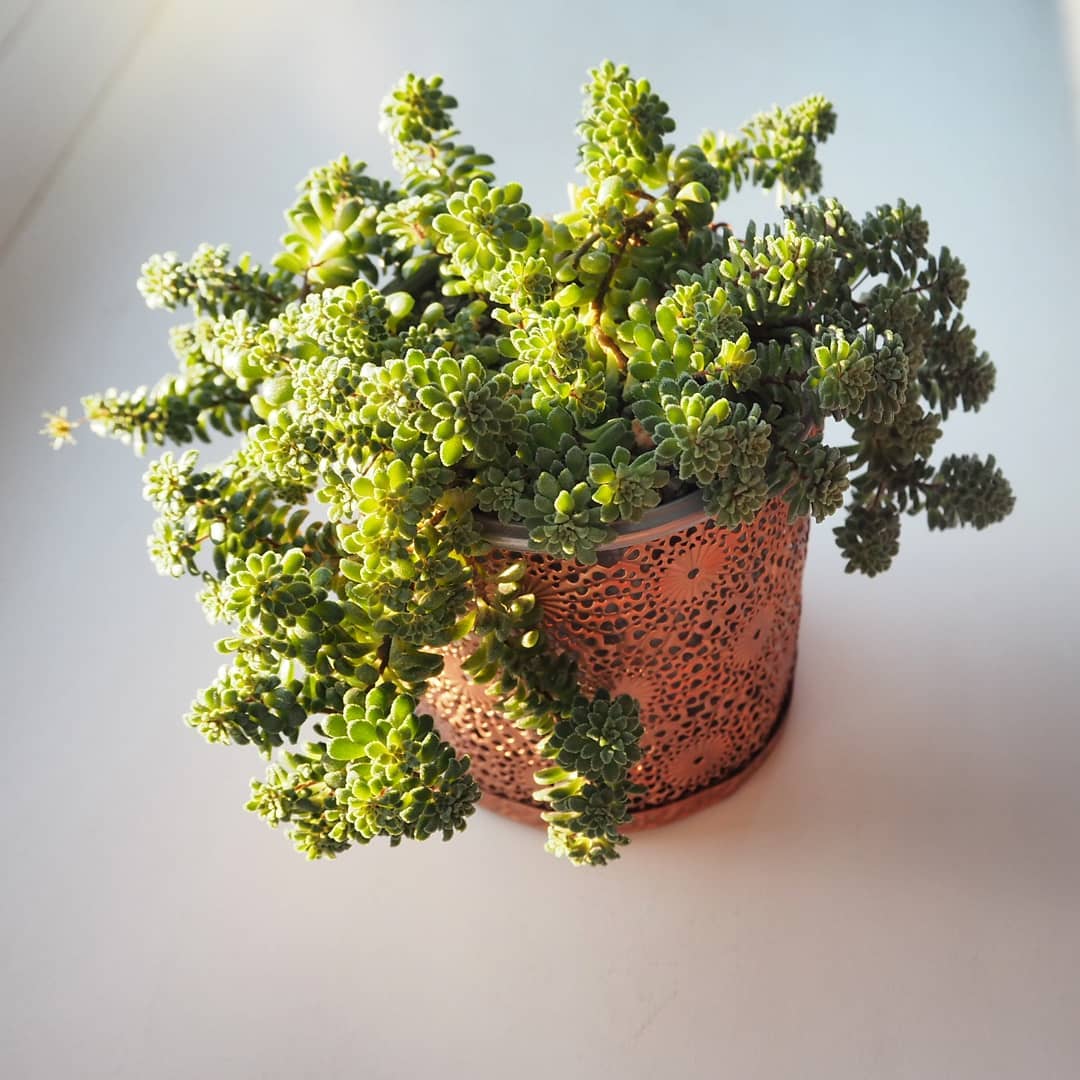
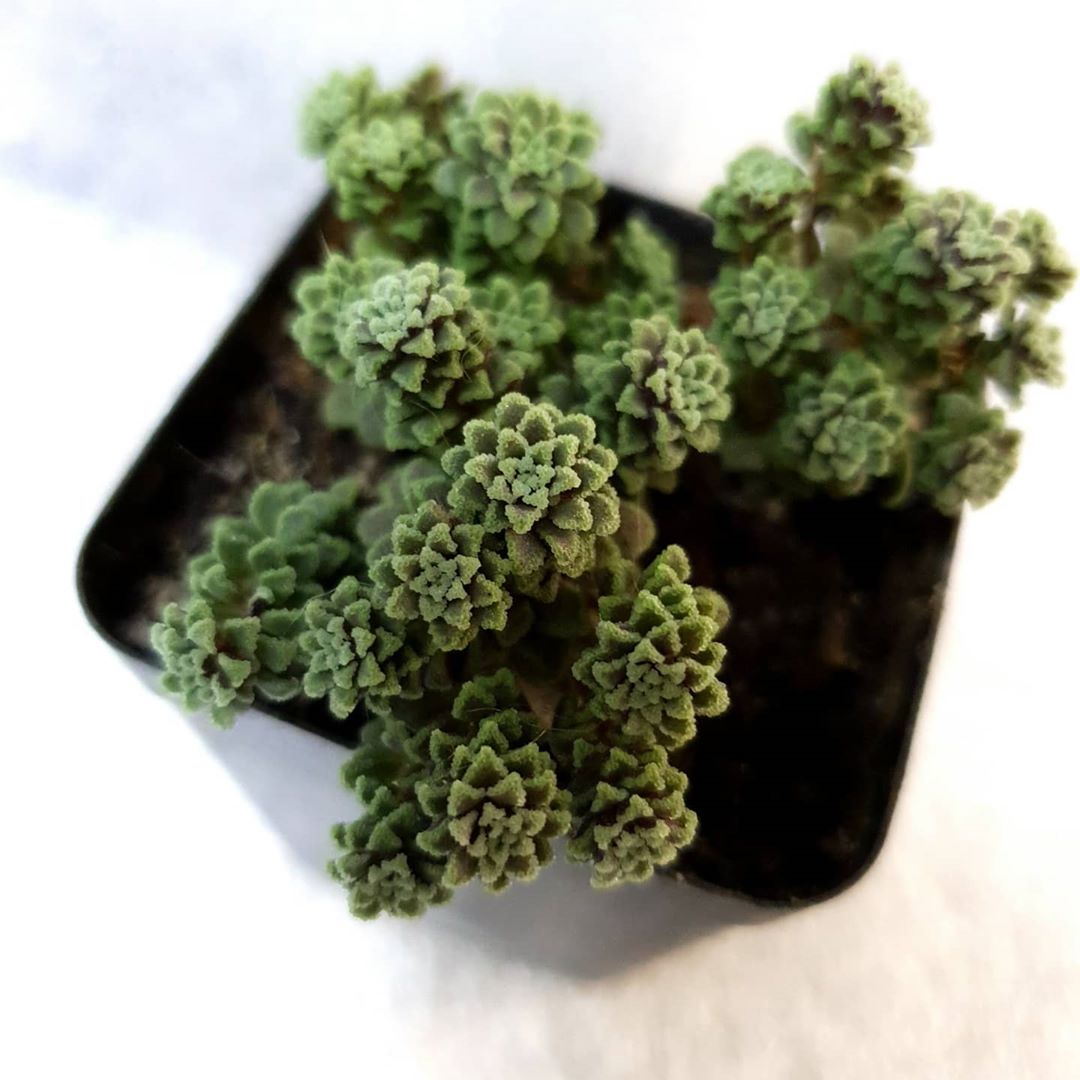
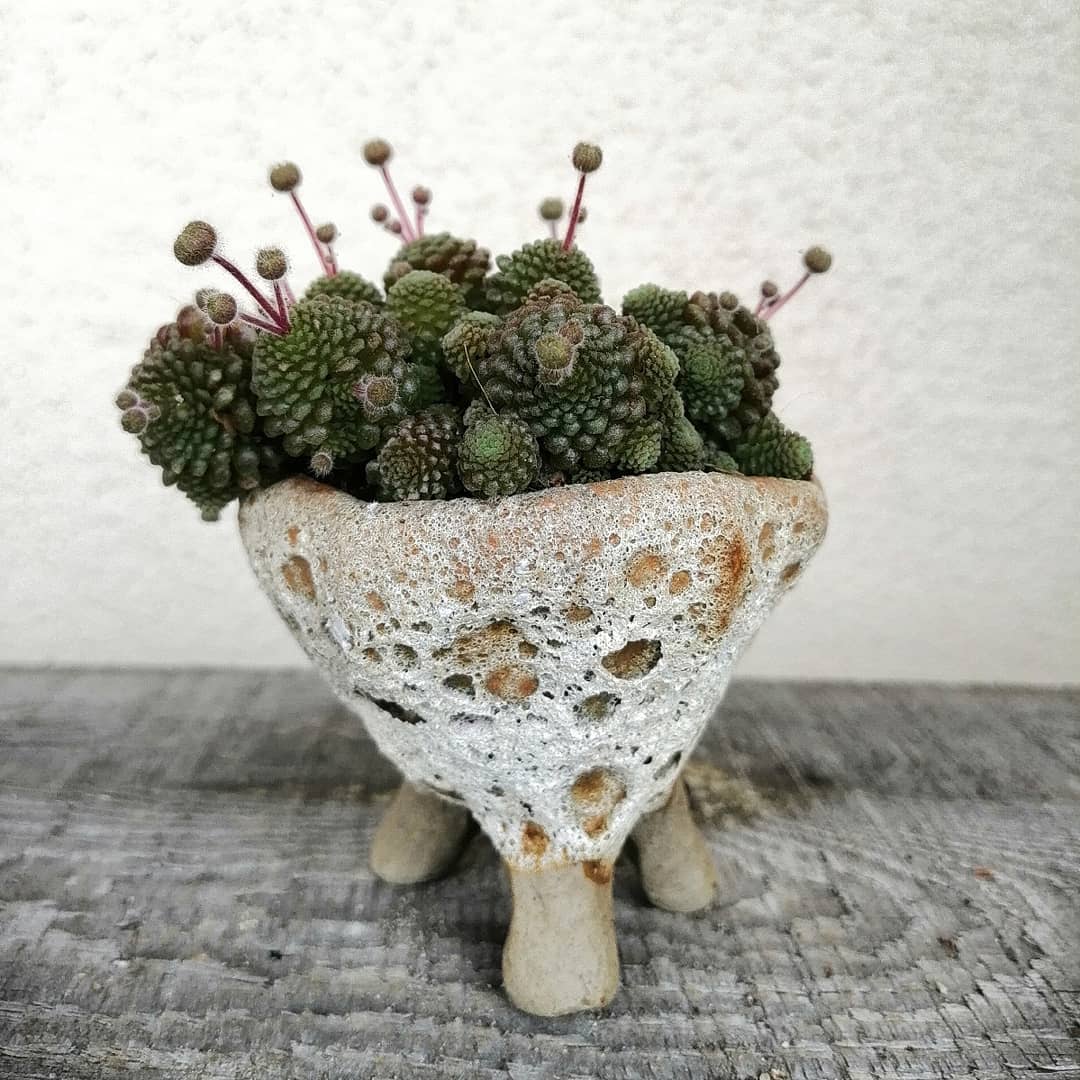
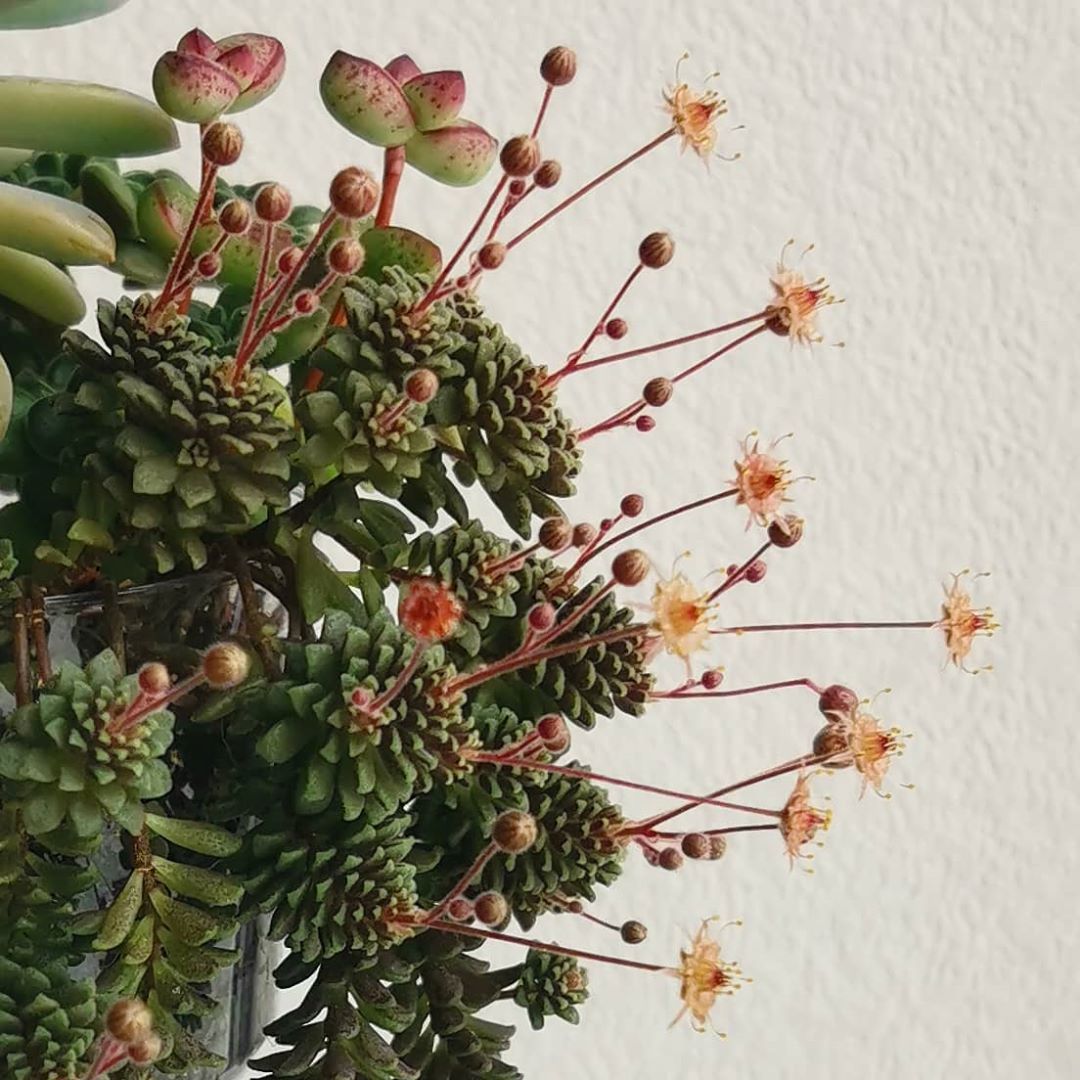
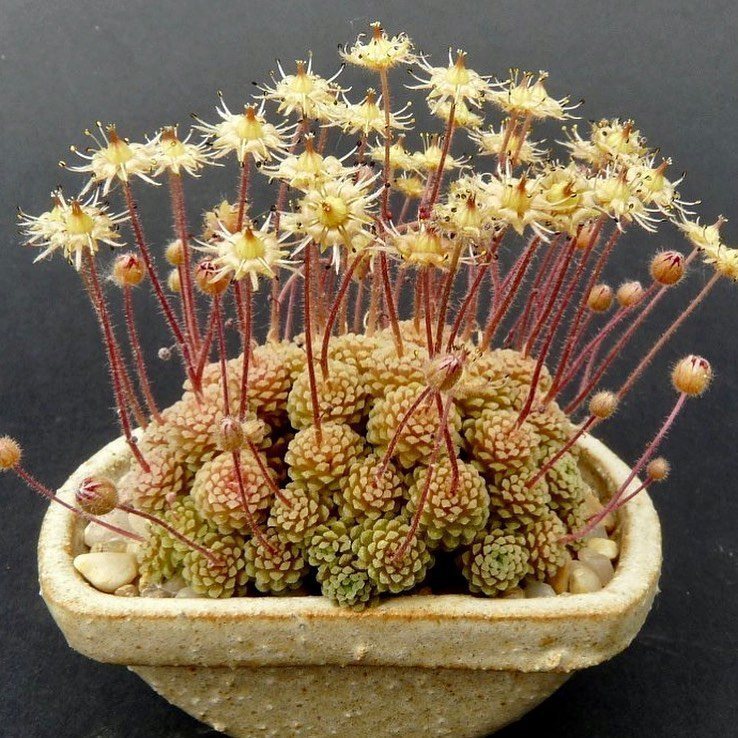
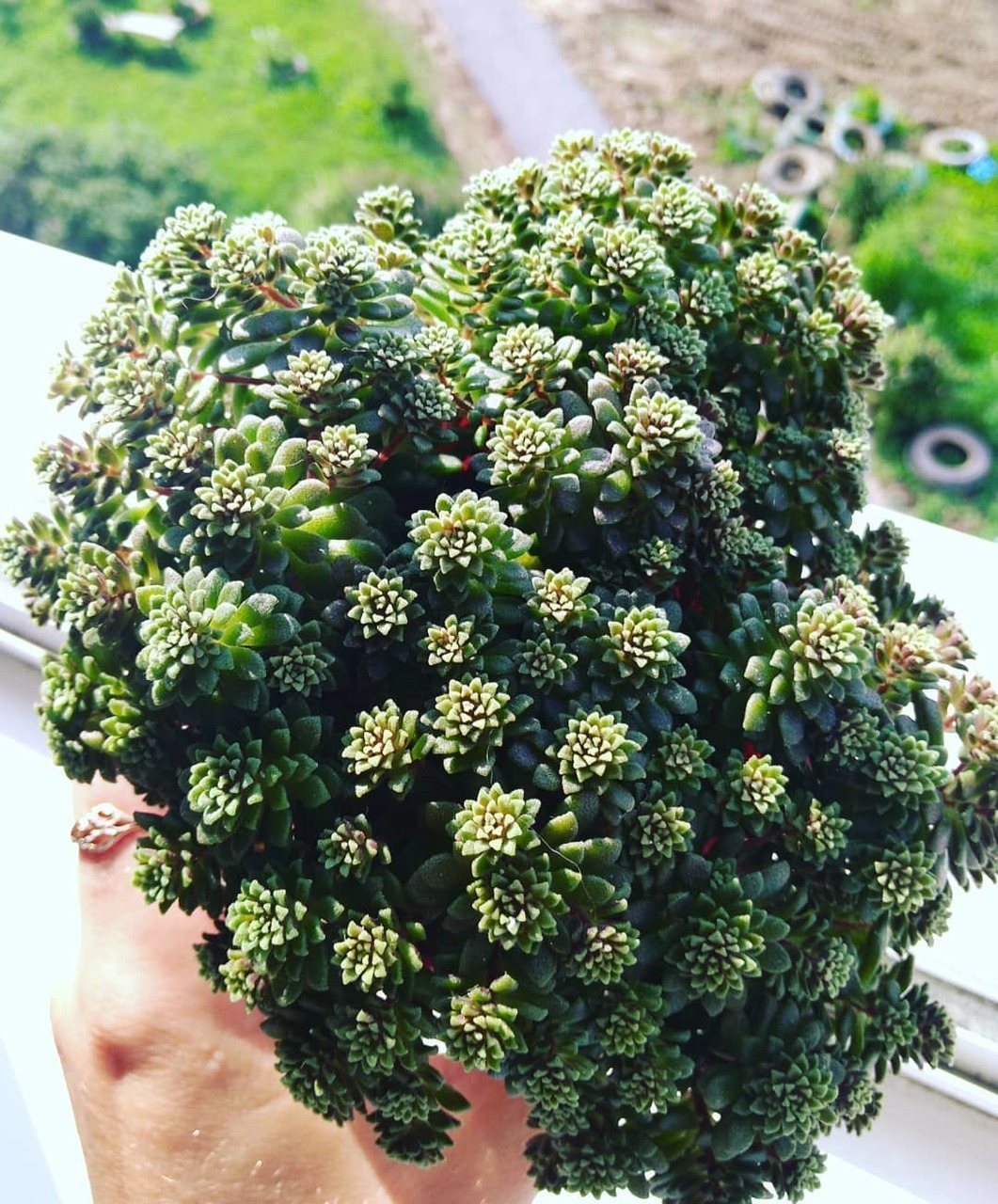
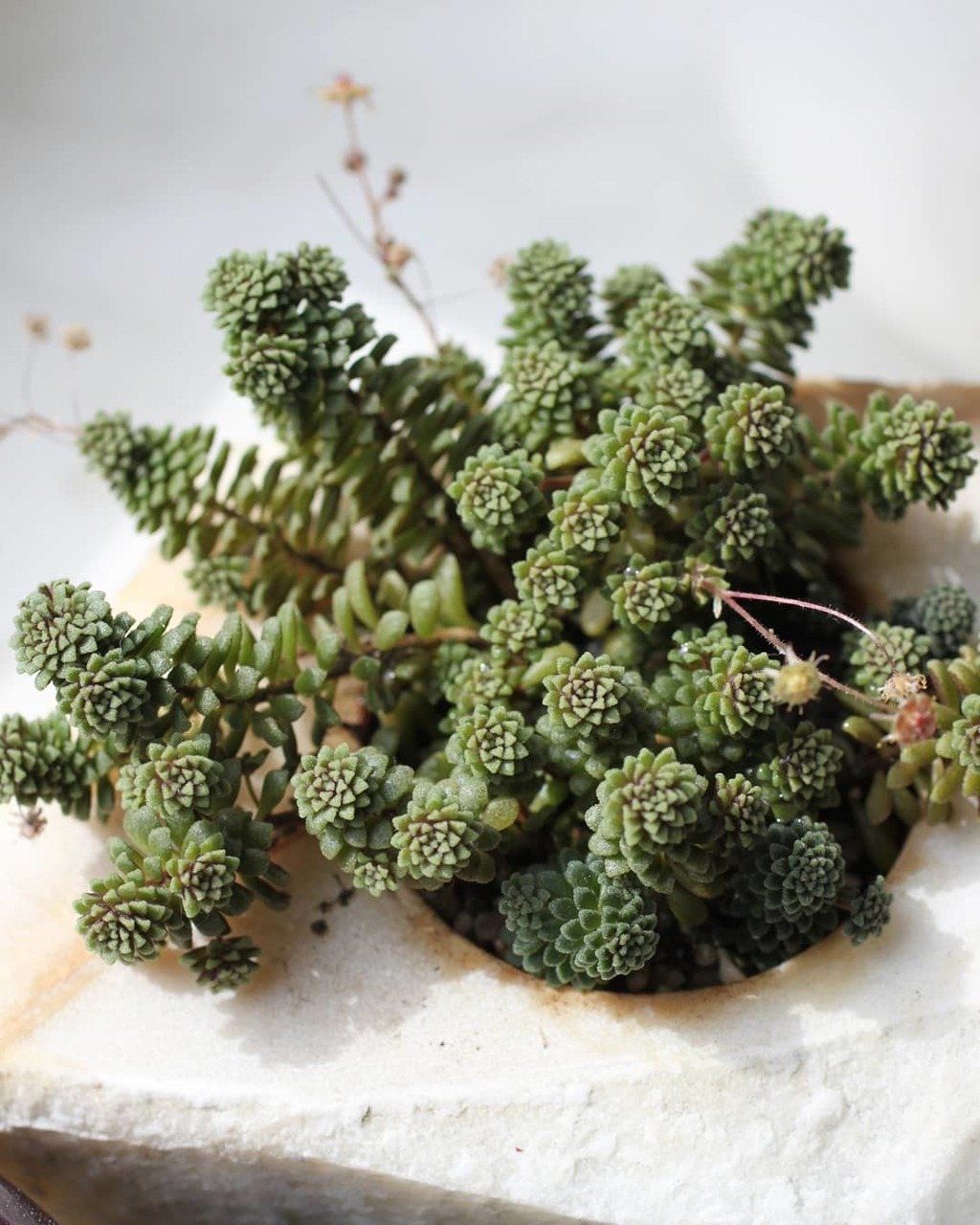










Lastovnevye
Succulents of this family are representatives of temperate latitudes. In natural conditions, they can be found in America, East Asia and Africa. They are presented in the form of shrubs and subshrubs. The height of the plants is 10-60 cm. The shoots are thickened, tetrahedral, branching at the base. The surface is green or glaucous, but may have a reddish tint.
The leaves are simple, entire, arranged oppositely. Flowers in most species resemble a five-pointed star. They can be of various colors. At the end of flowering, fruits-achenes are formed, which crack along the seam. Popular species:
Caralluma;
- Desmidorchis;
- Duvalia;
- Echidnopsis;
- Hoodia;
- Hoya.
- DorsteniaJatropha, depending on the species, can grow as a tree or shrub. Found naturally in the tropics of Africa and America.

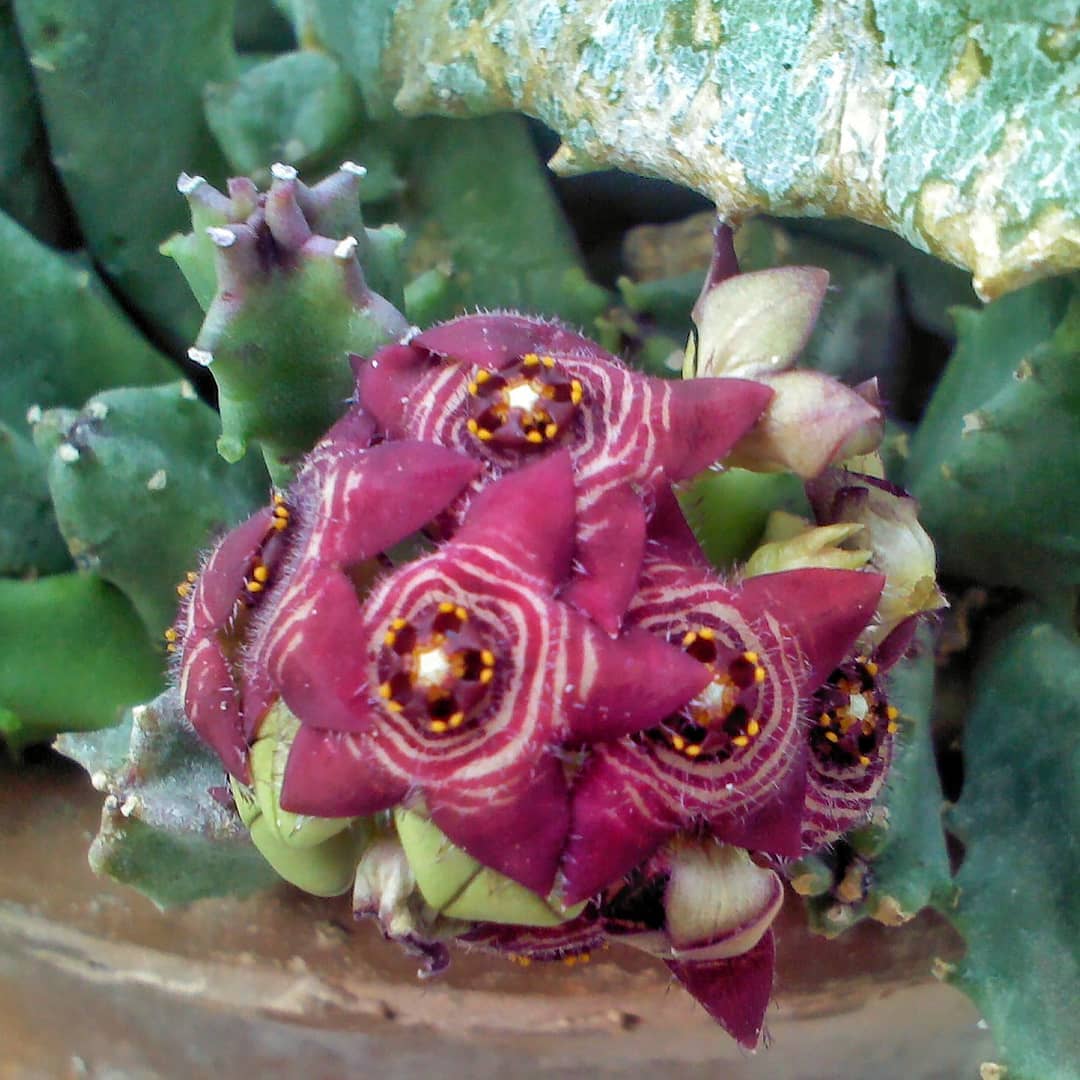



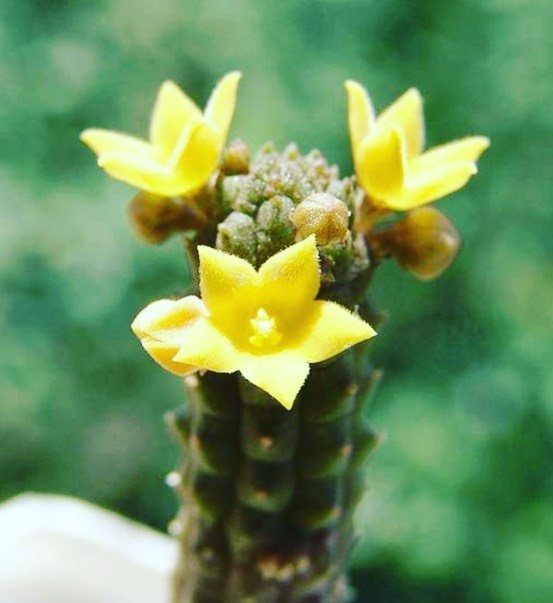
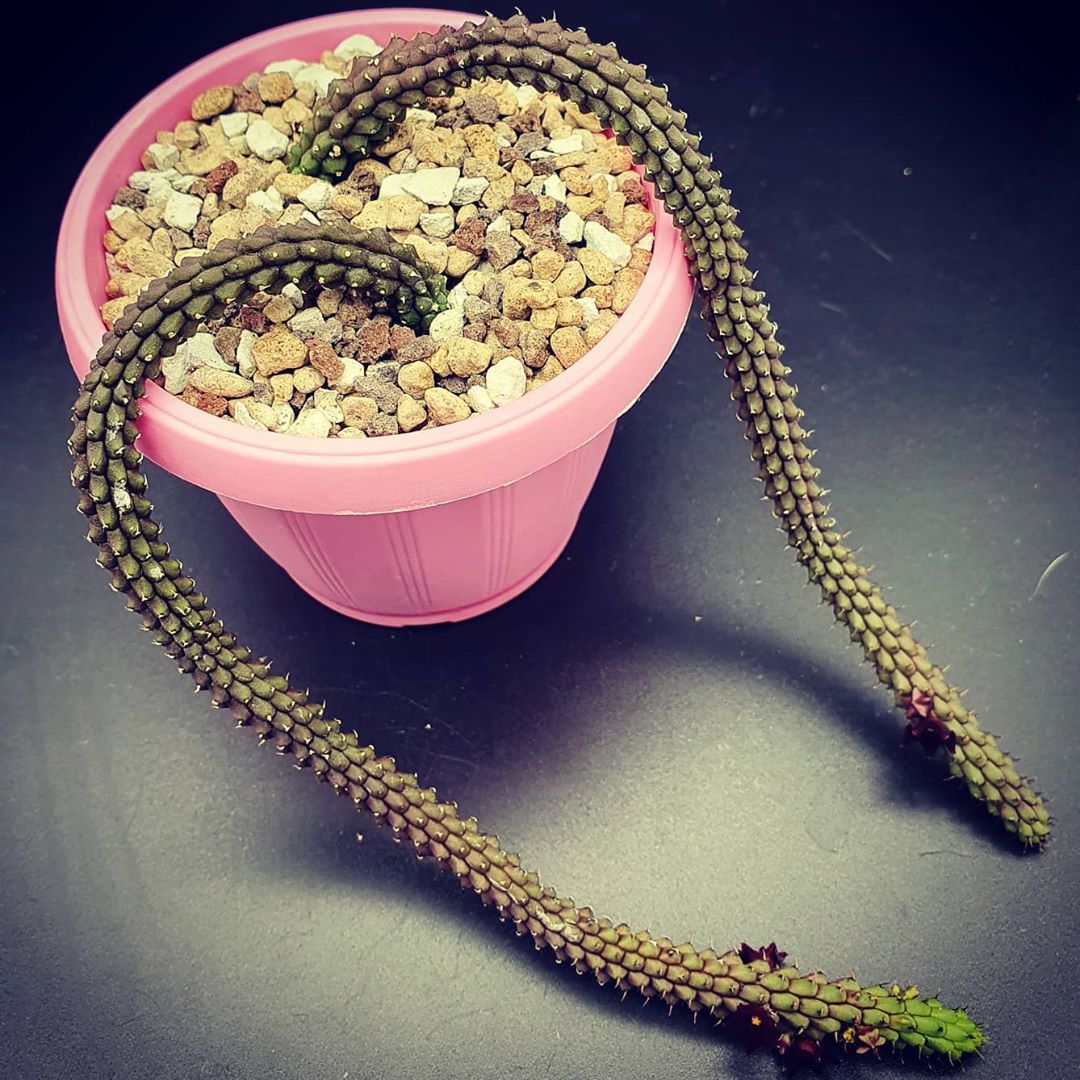
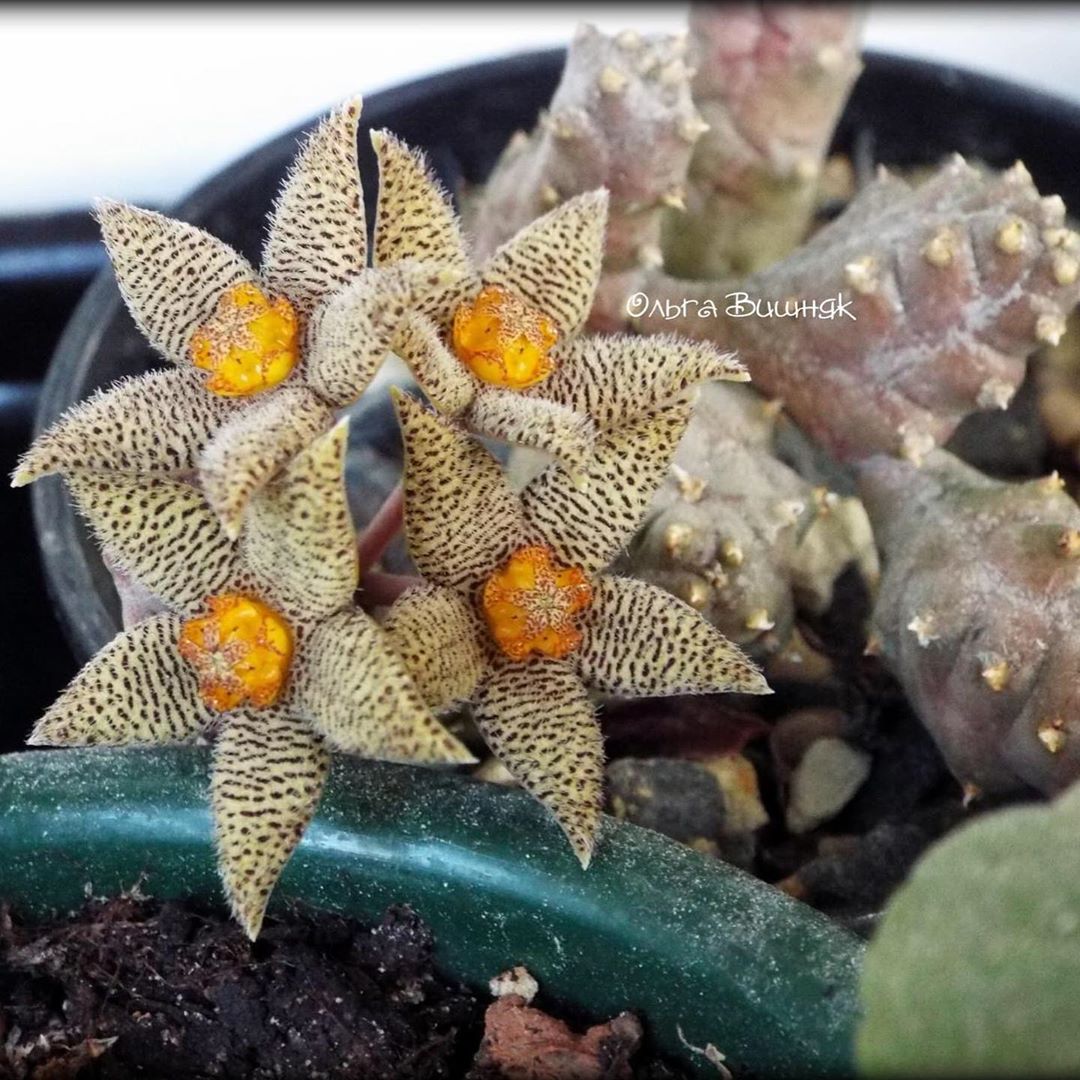
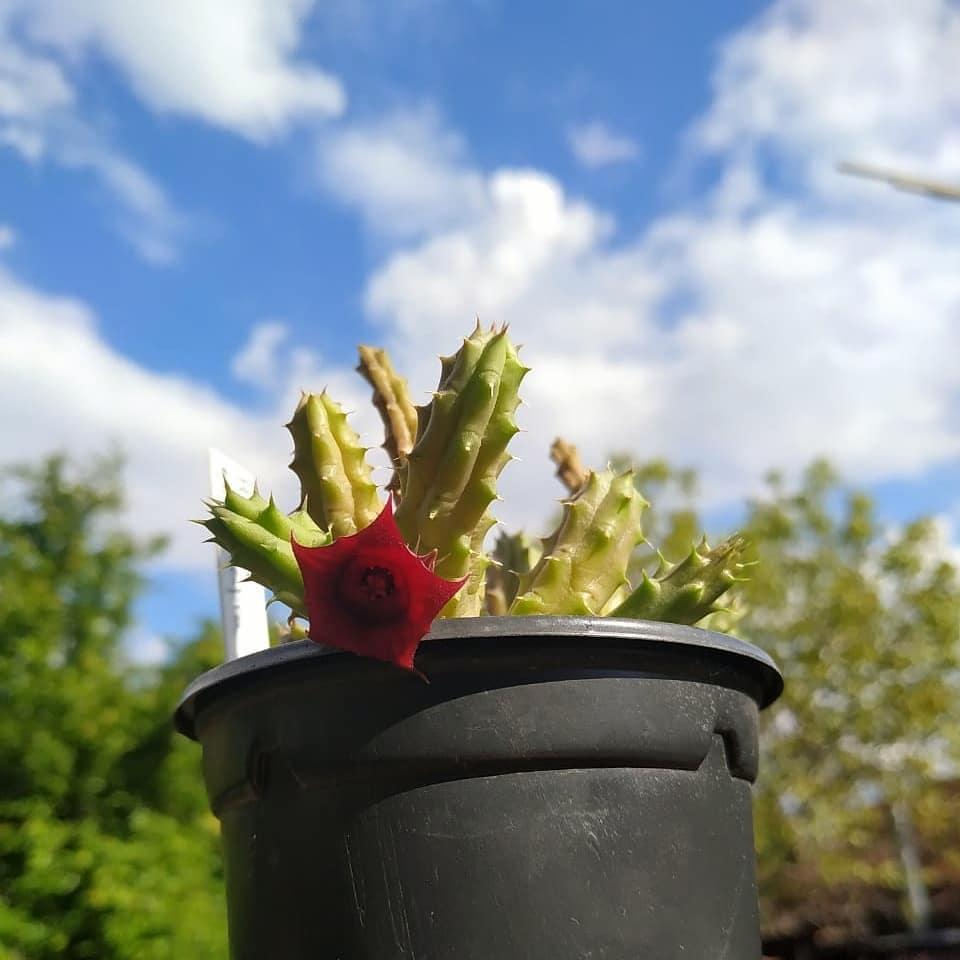









Jatropha shoots are semi-lignified. The height reaches 0.5-2.0 m. The leaves grow on the tops of the shoots oppositely. In late autumn, the plant begins to leaf out. Vegetation resumes only in spring. The flowers are simple, terminal. The color of the petals is white, red or pink.
Common types of jatropha:
Spicata;
Multifia;
- Kurkas;
- gouty
- Monantes
- A succulent is a small shrub with short shoots of a creeping or erect type. The leaves are small, forming apical rosettes. The plates are succulent, ovoid or club-shaped. They are located alternately on the shoots.
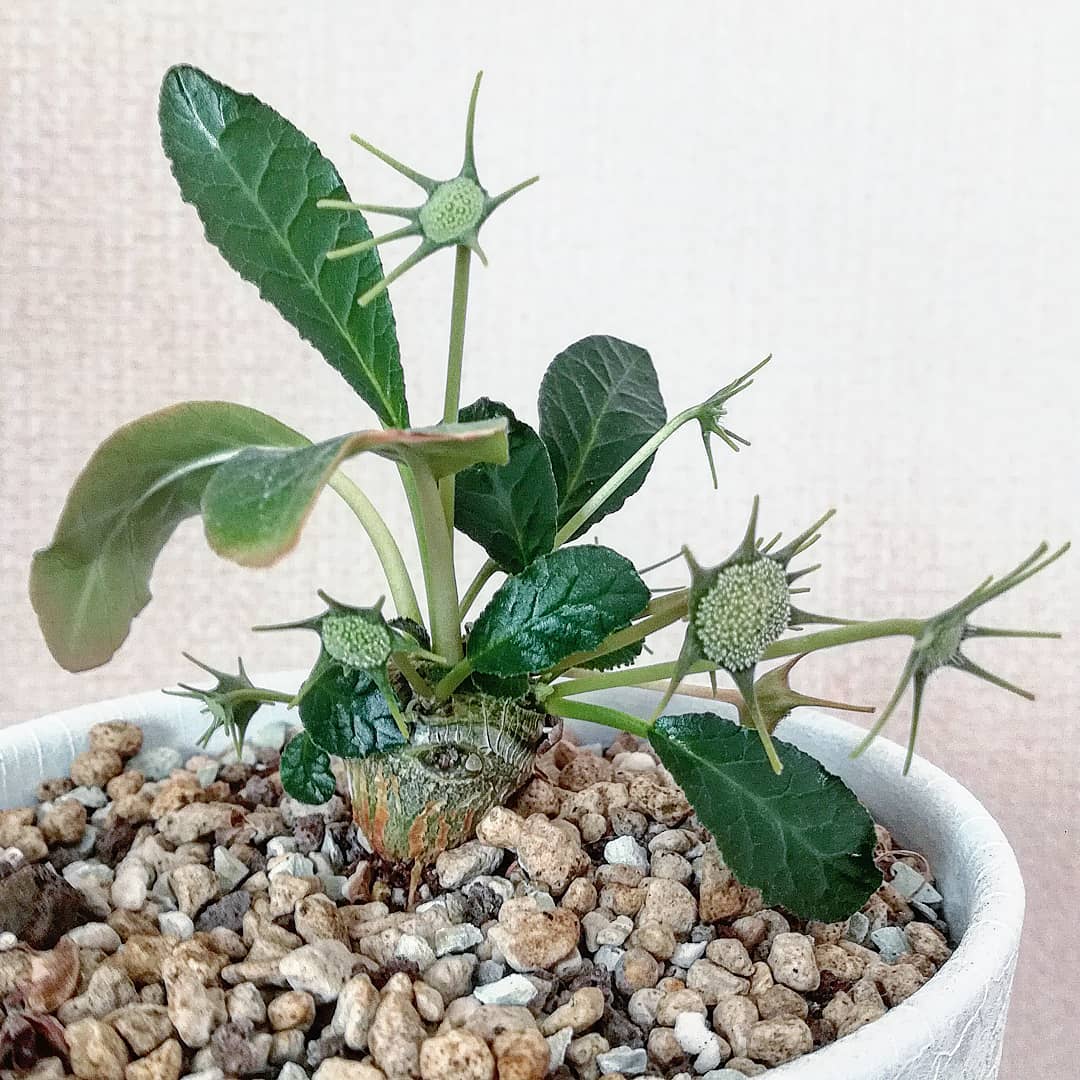
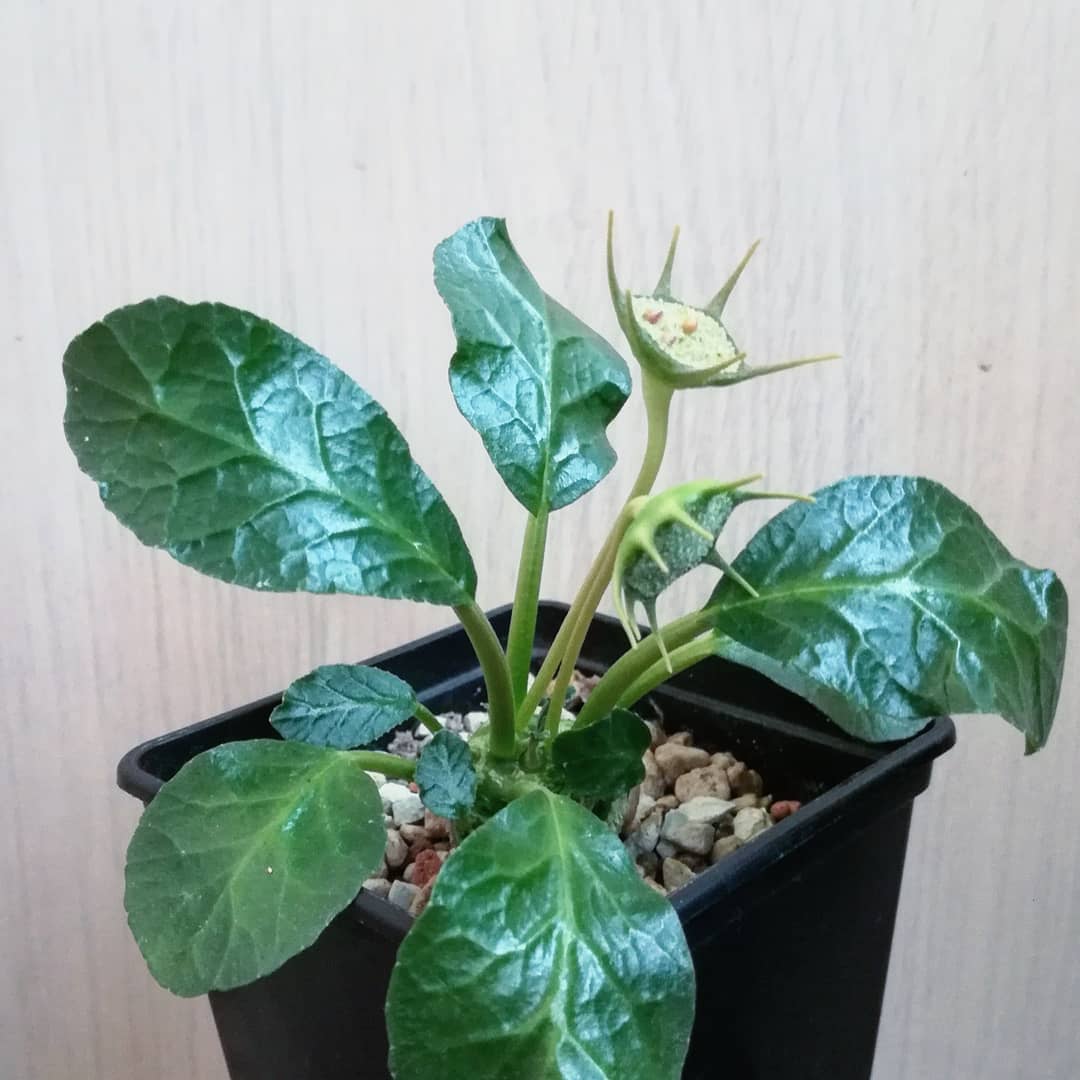
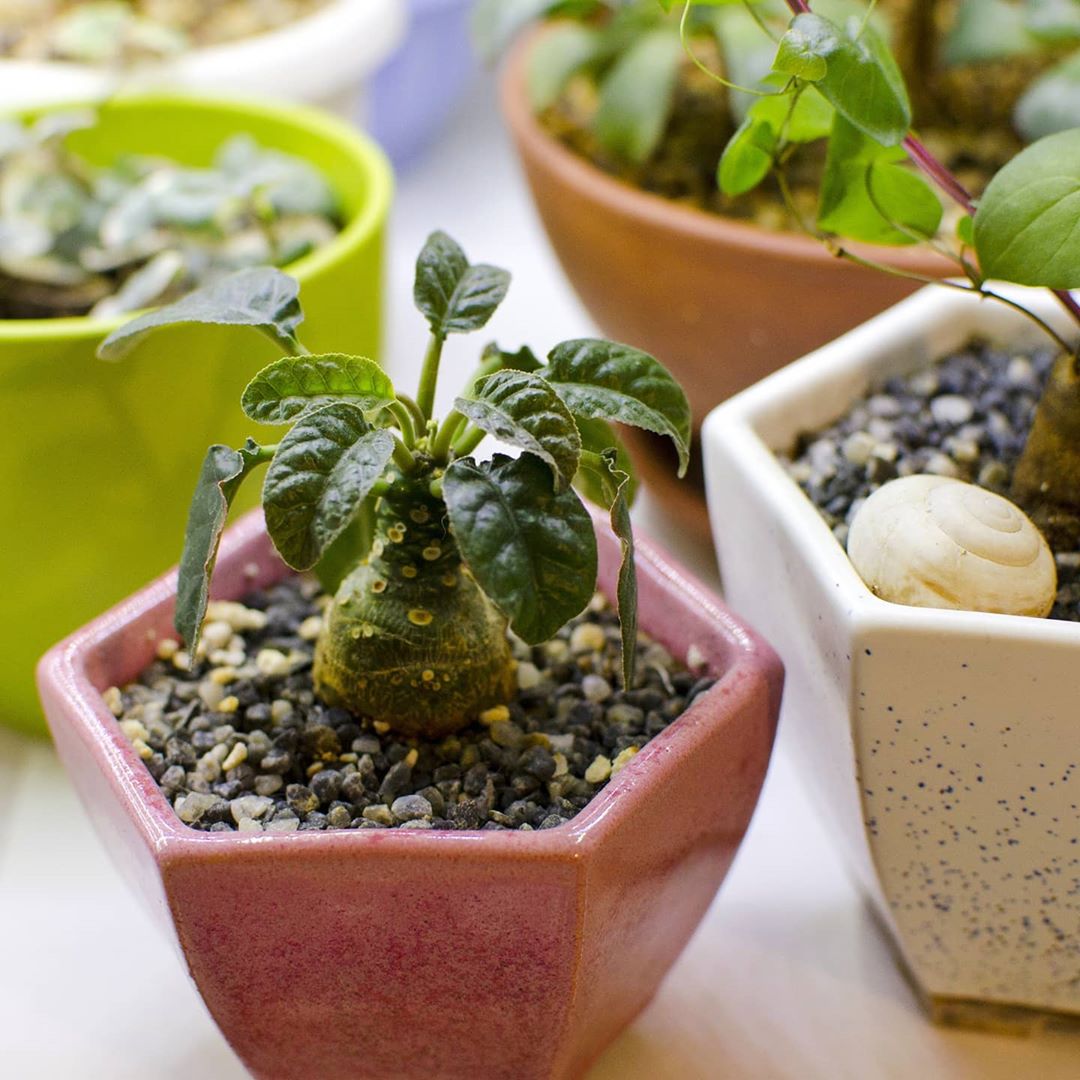
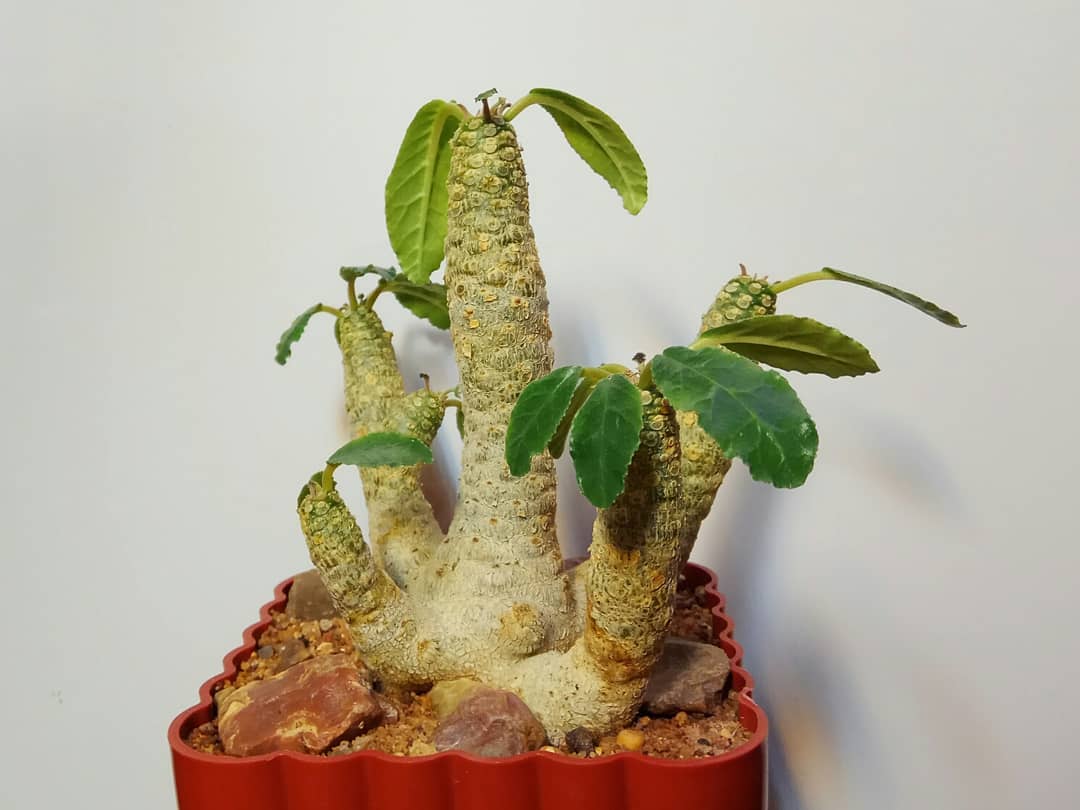
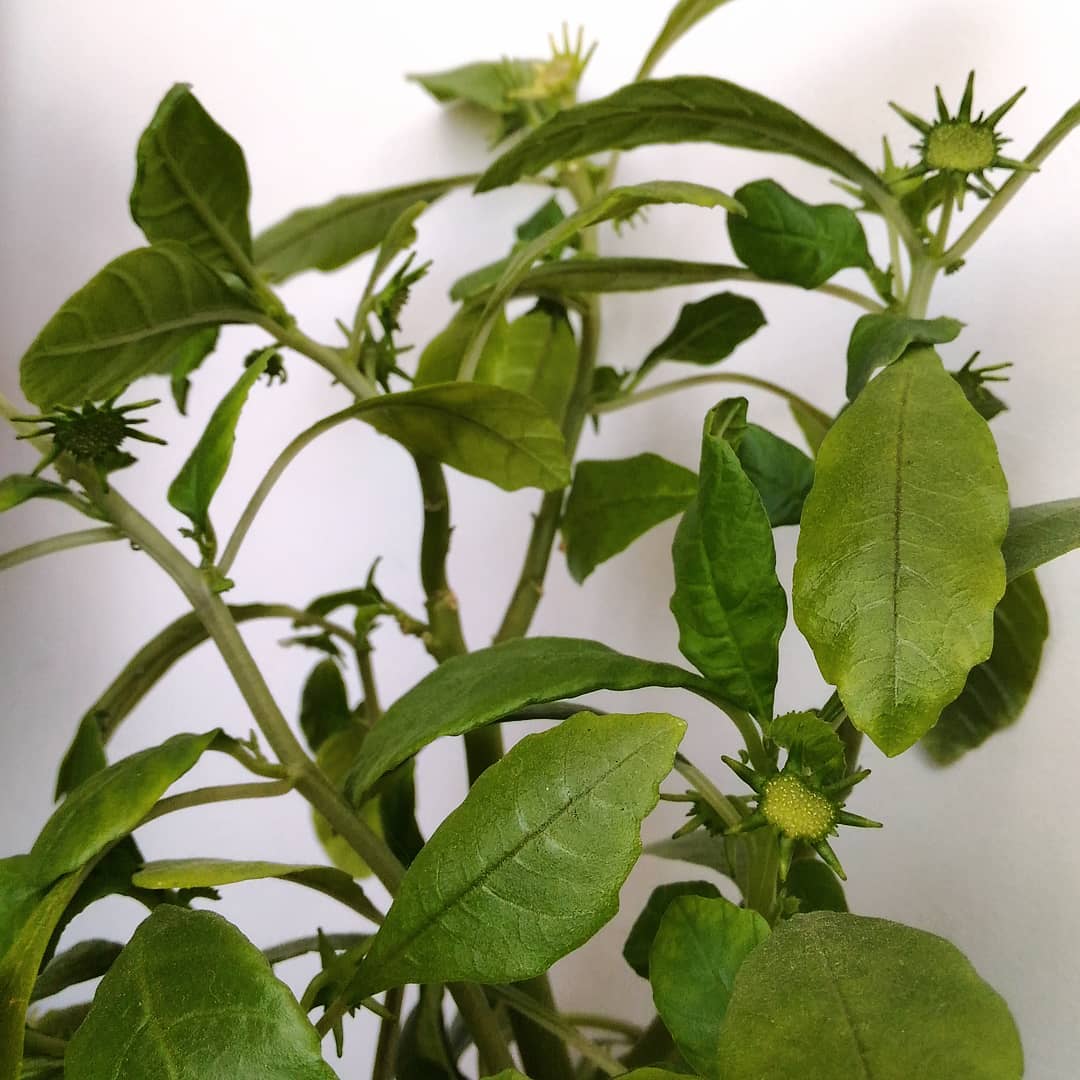
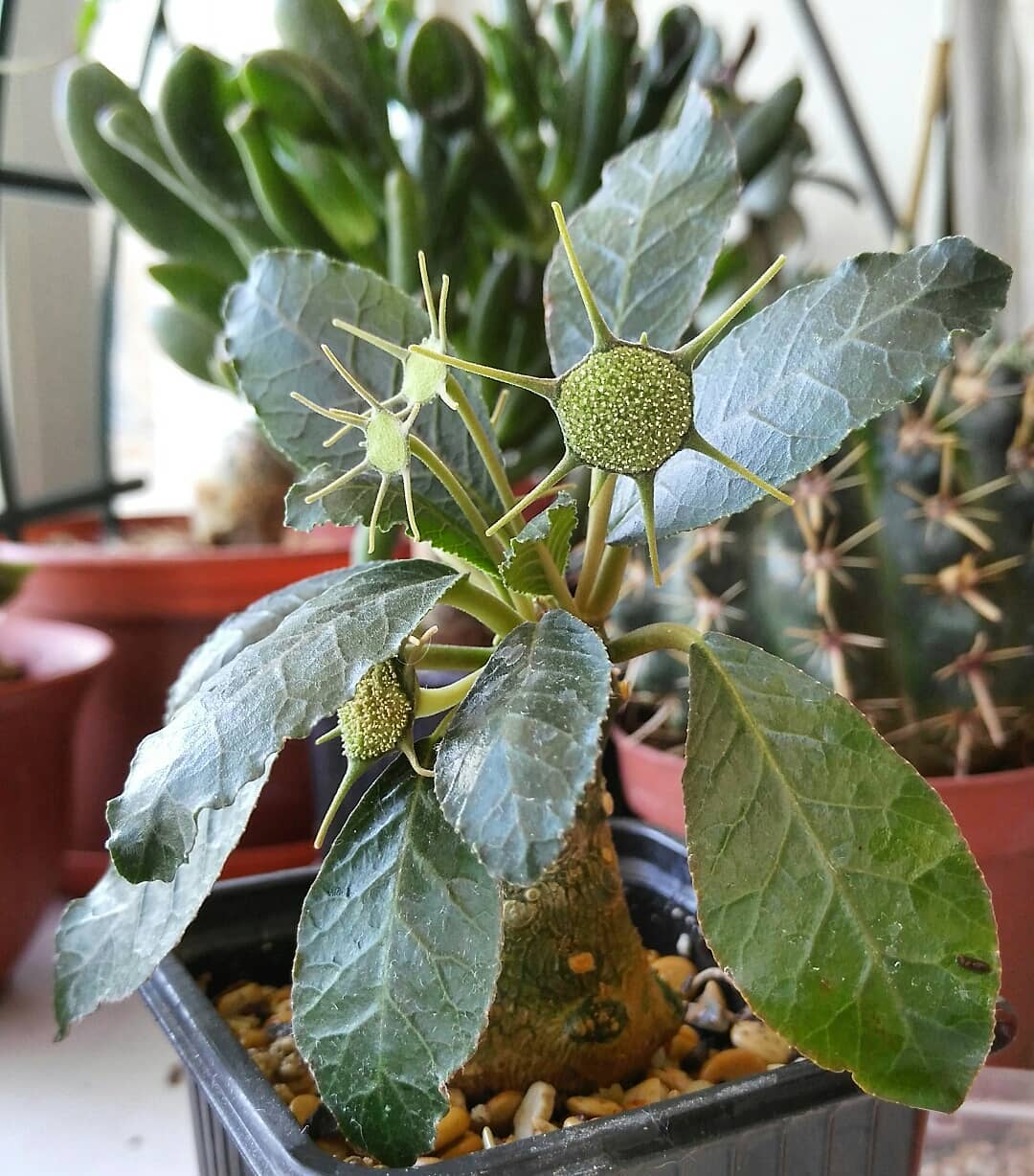
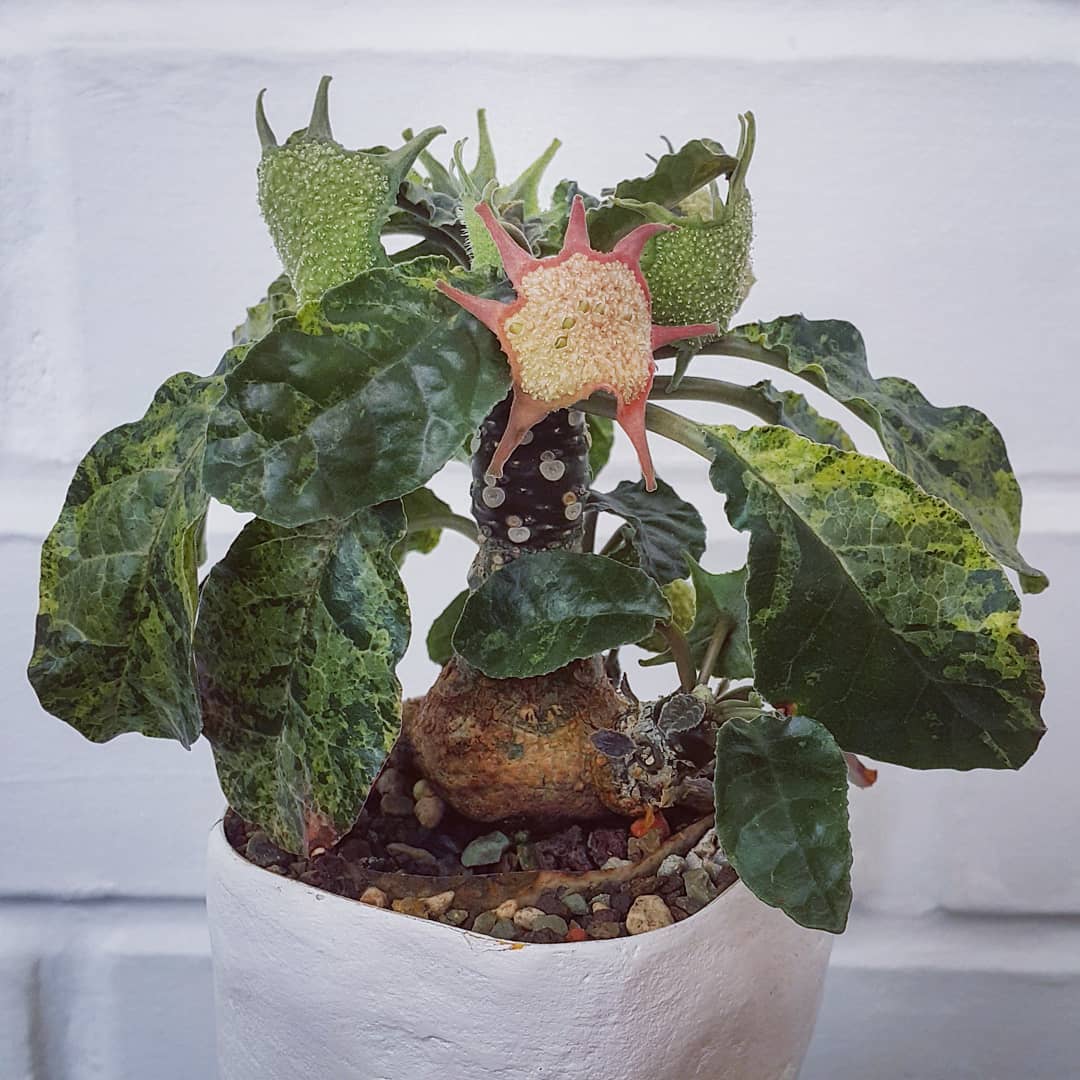
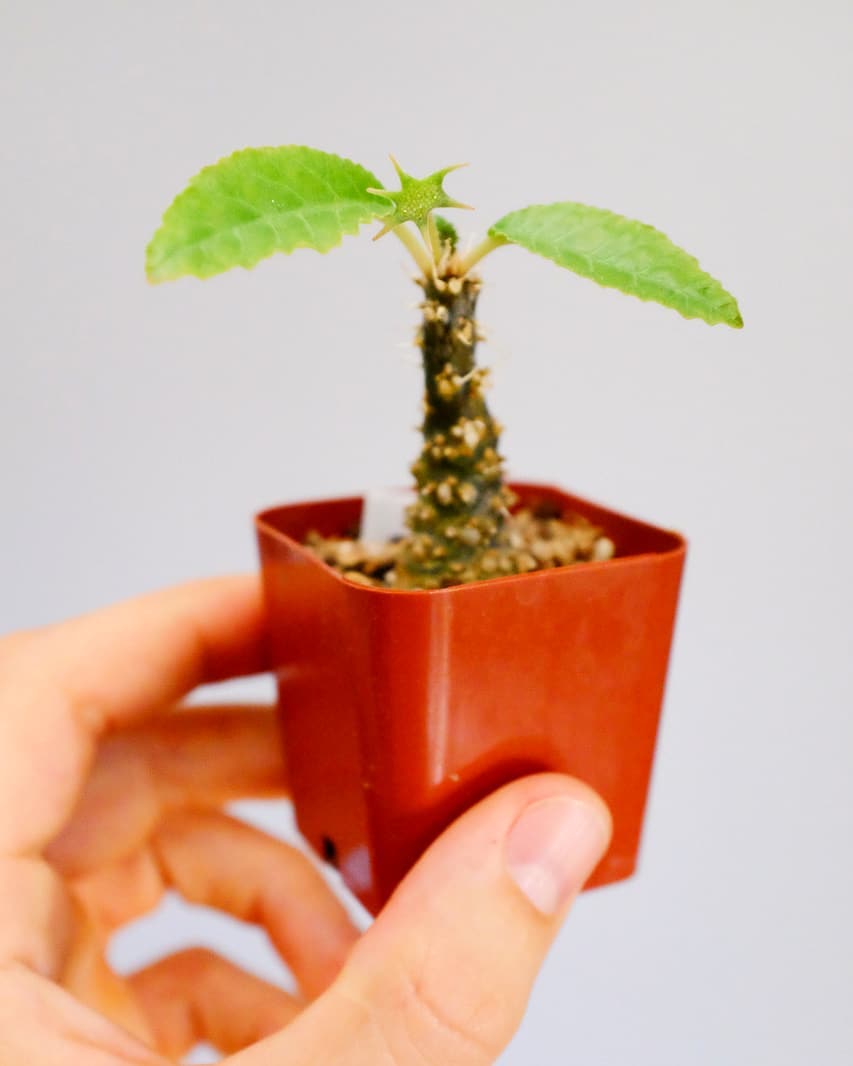








Monantes blooms regularly despite its small size. The buds are pink, light green or brown. They form racemose or umbrella inflorescences that confidently rise above the foliage.
Popular types:
multileaf;
wall muralis;
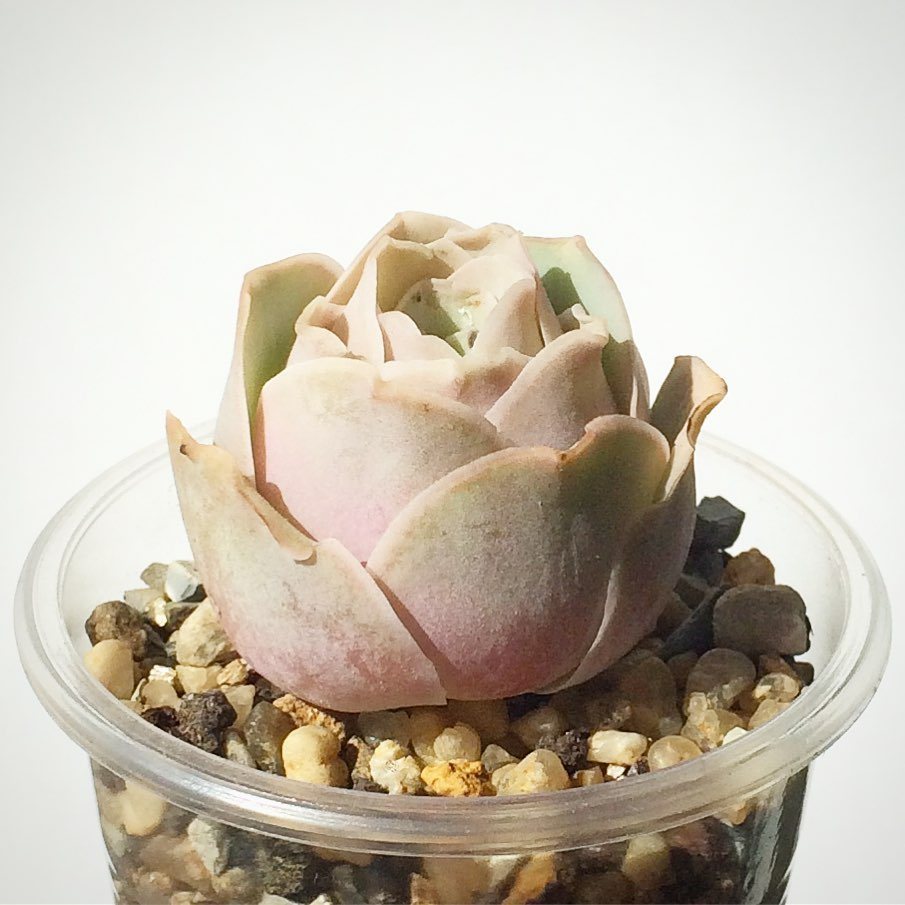
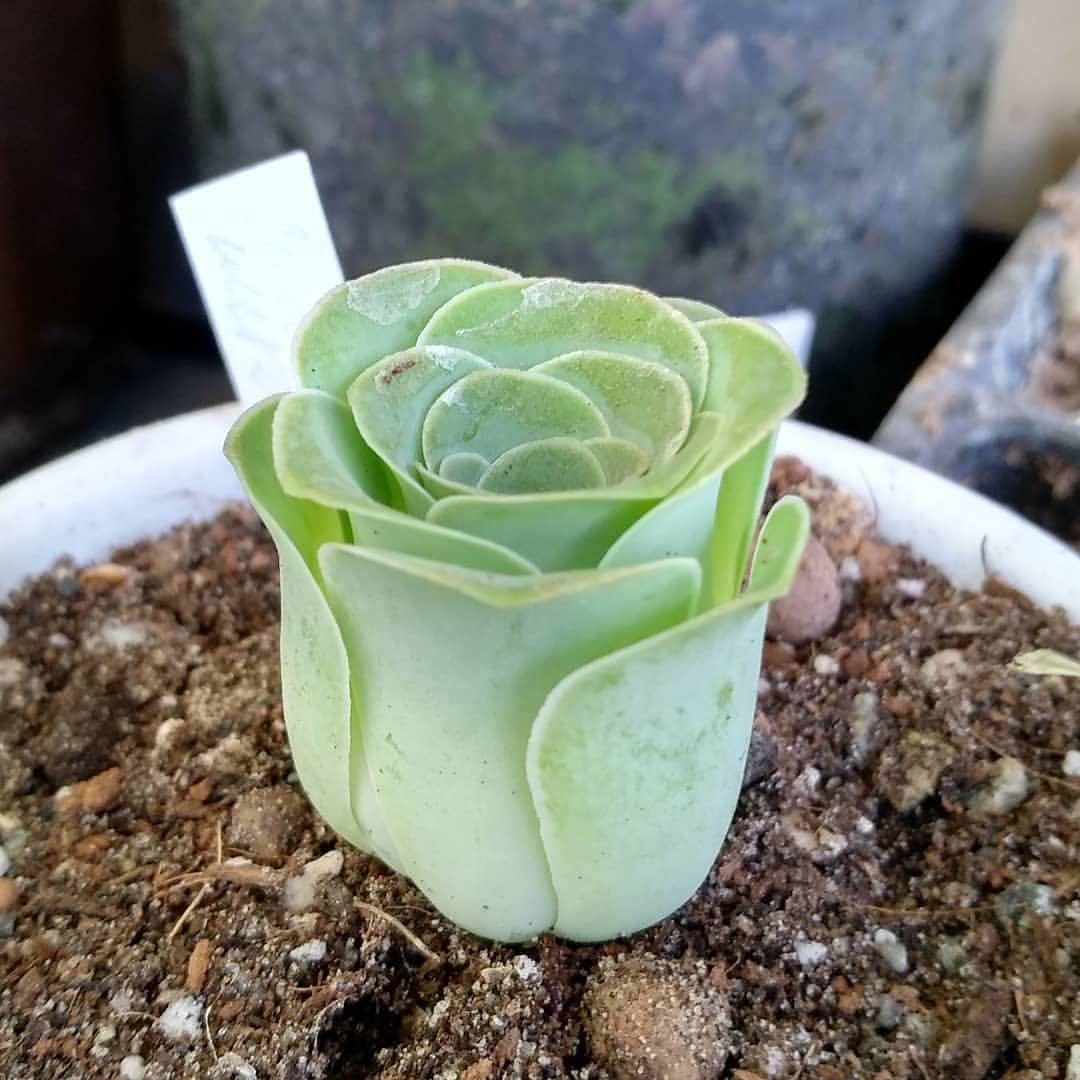
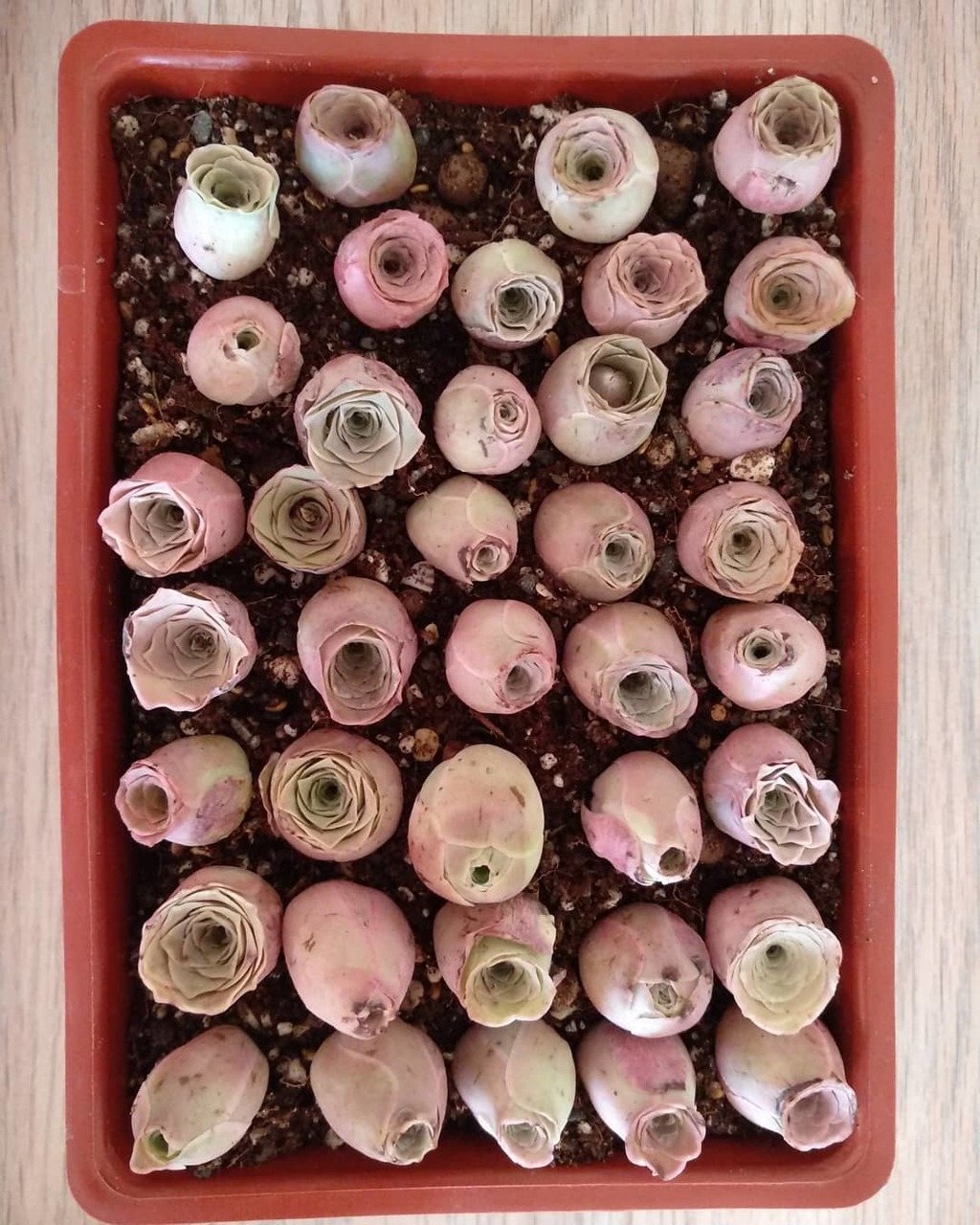
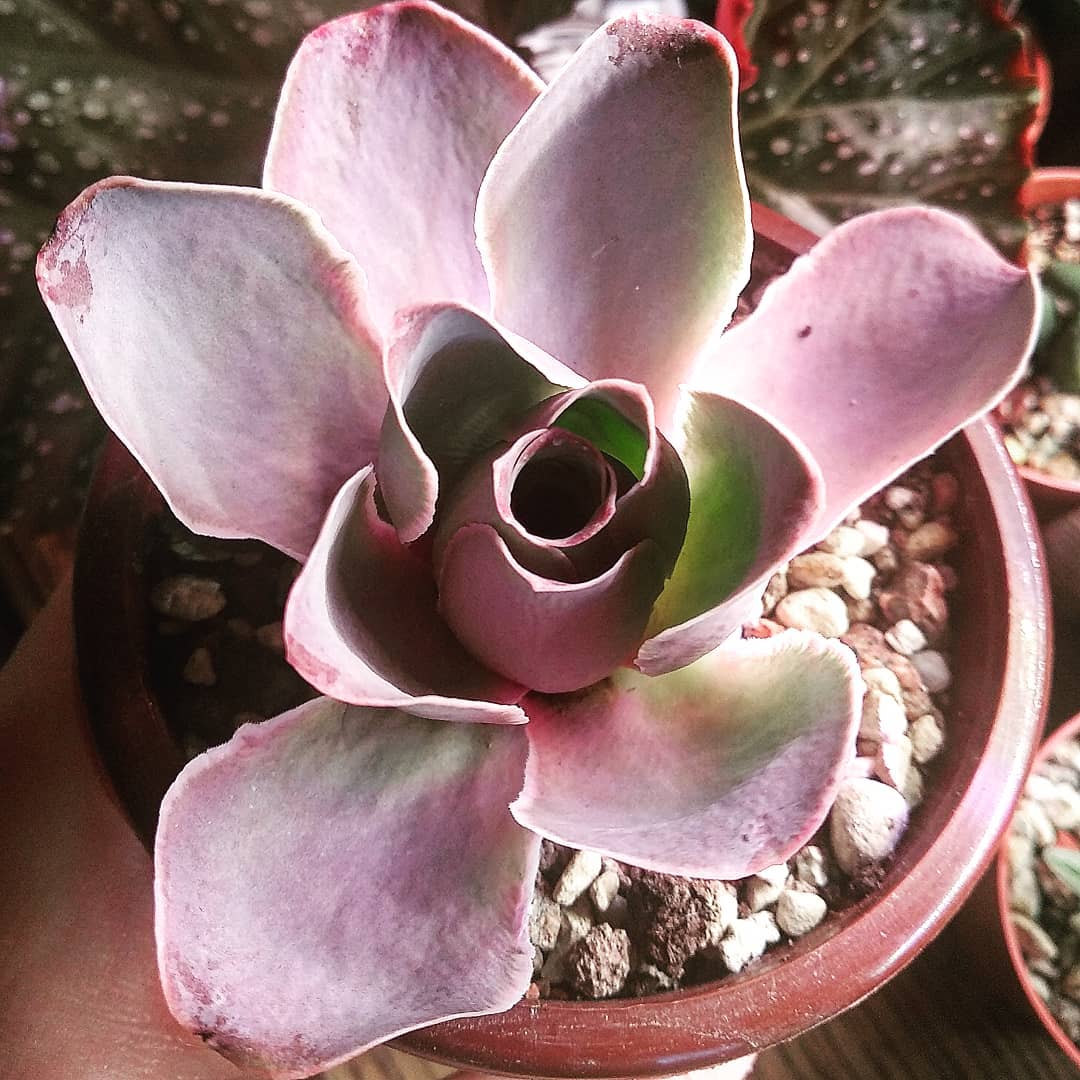

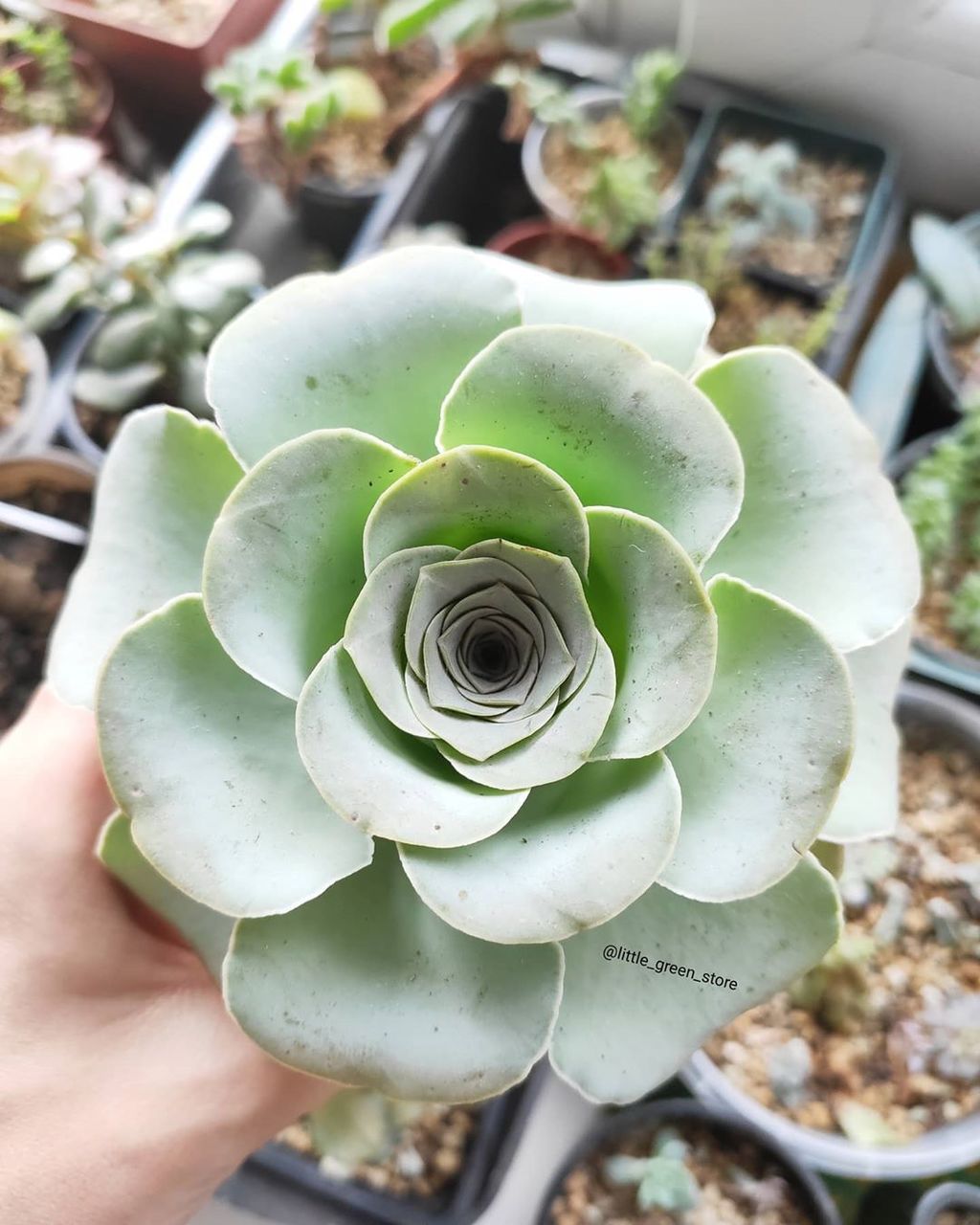
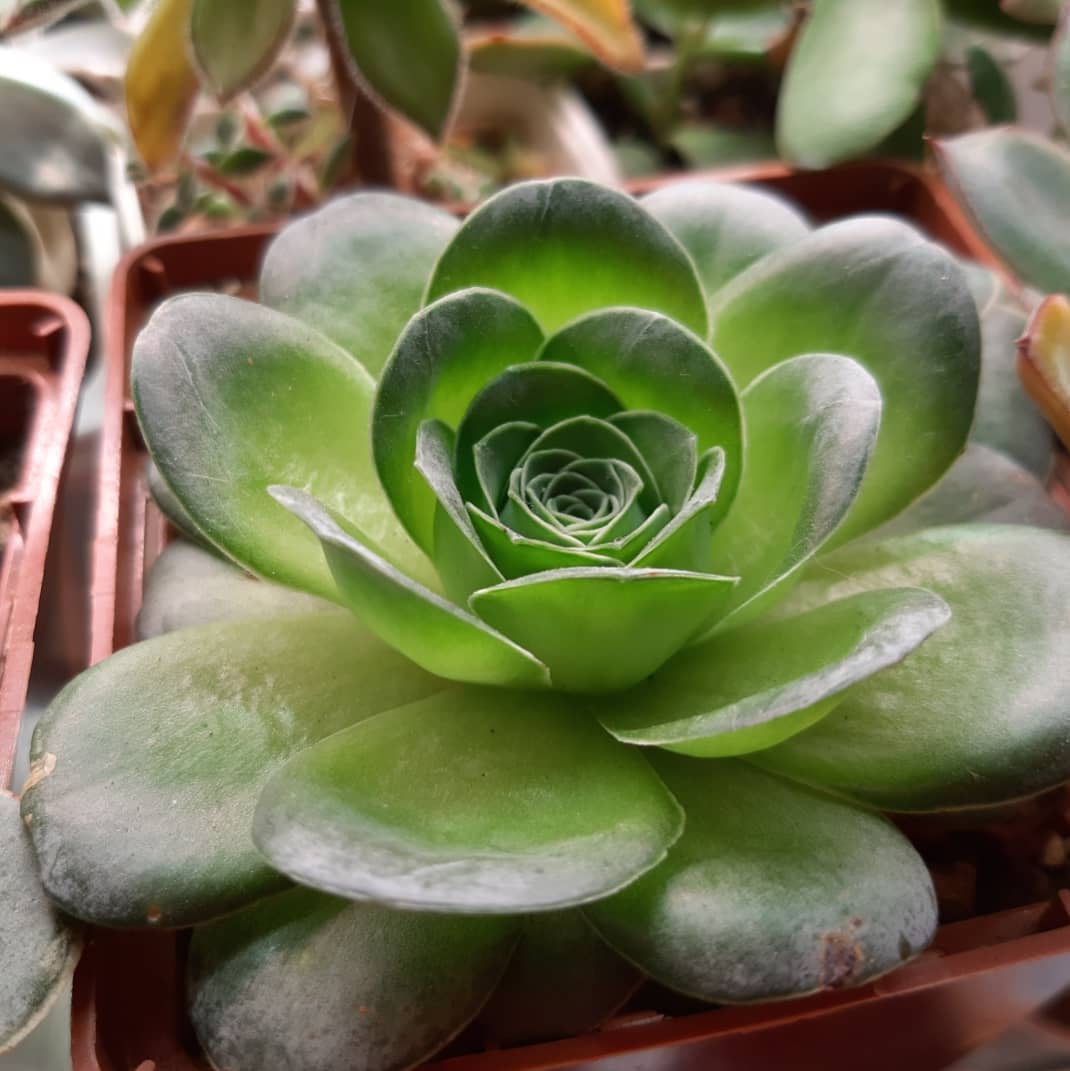
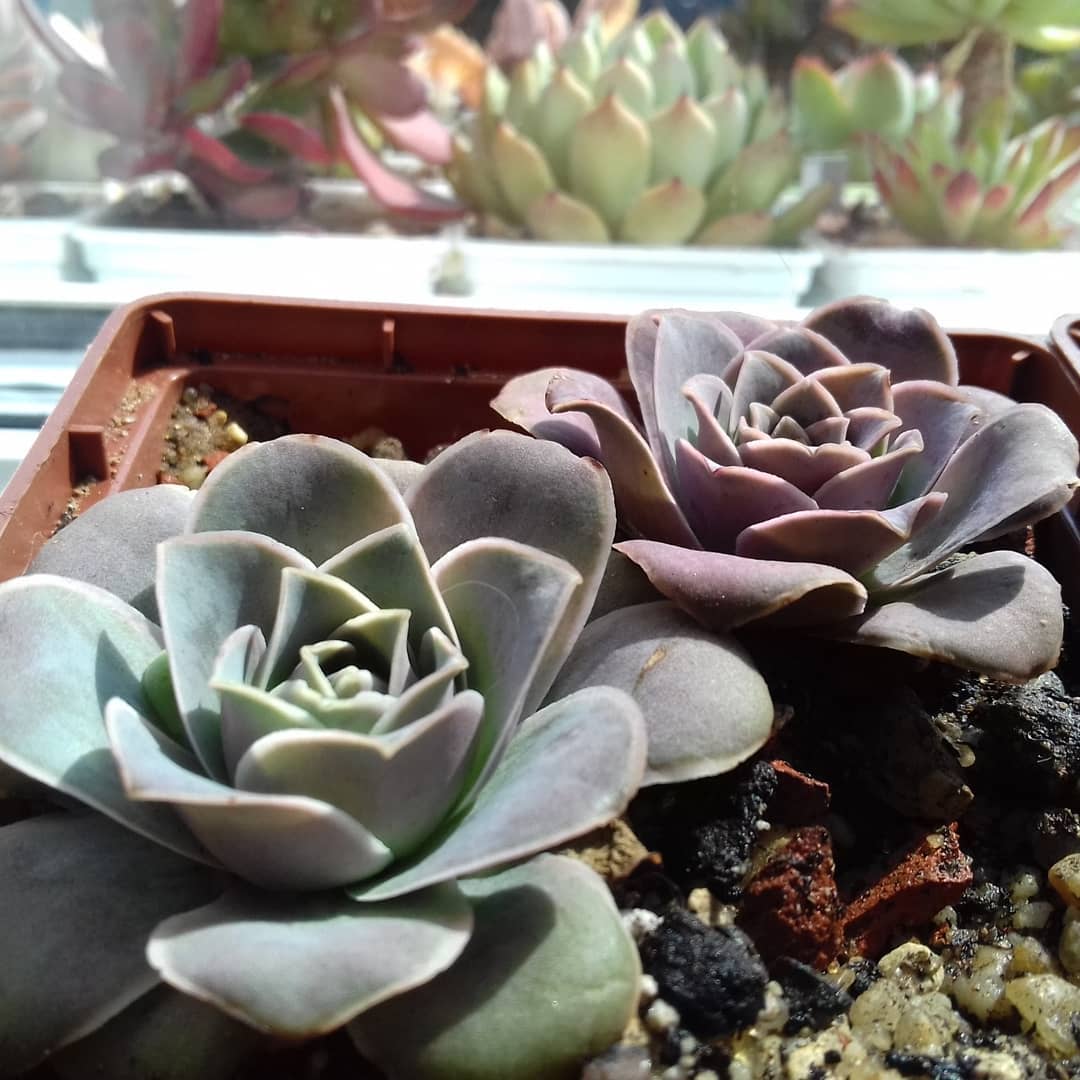
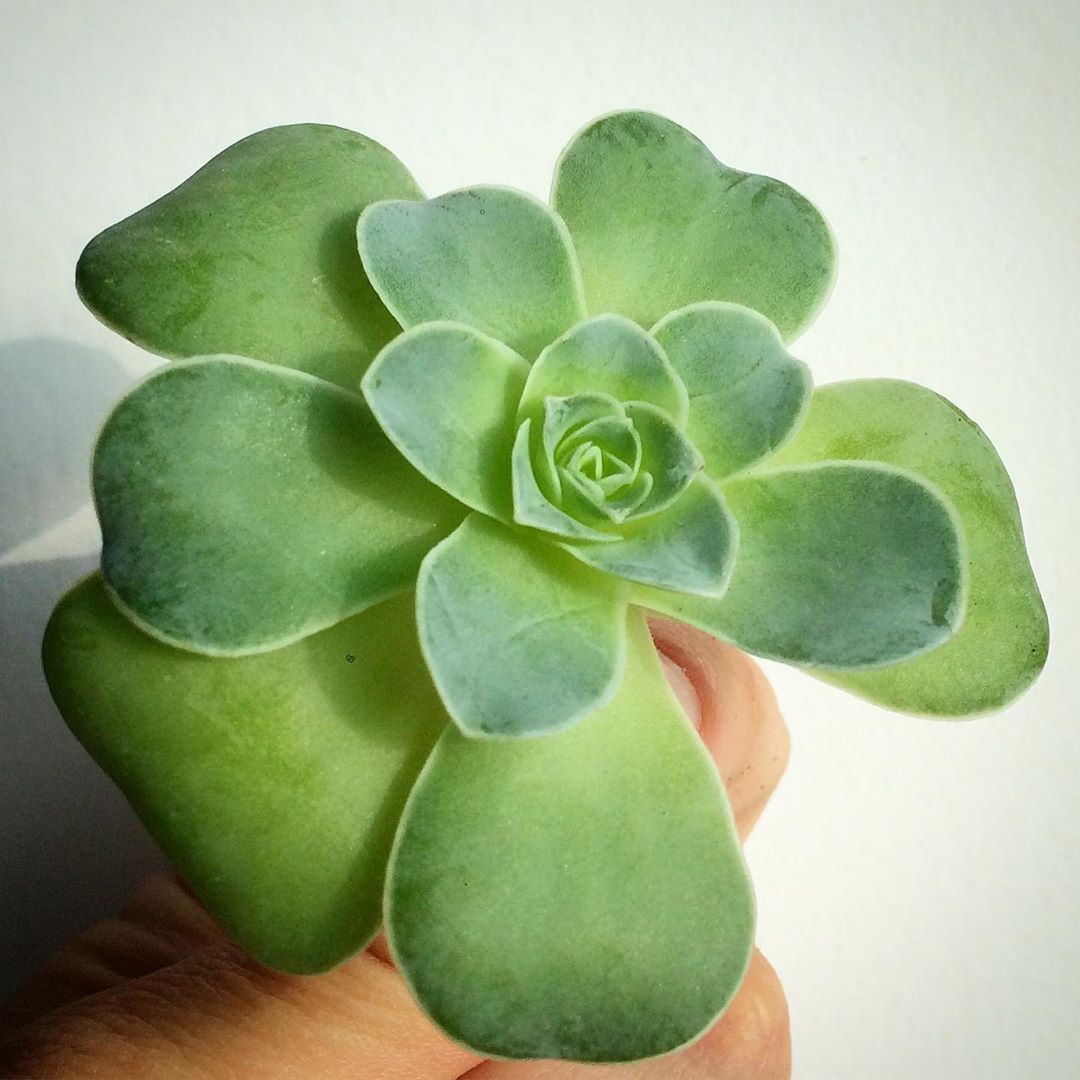
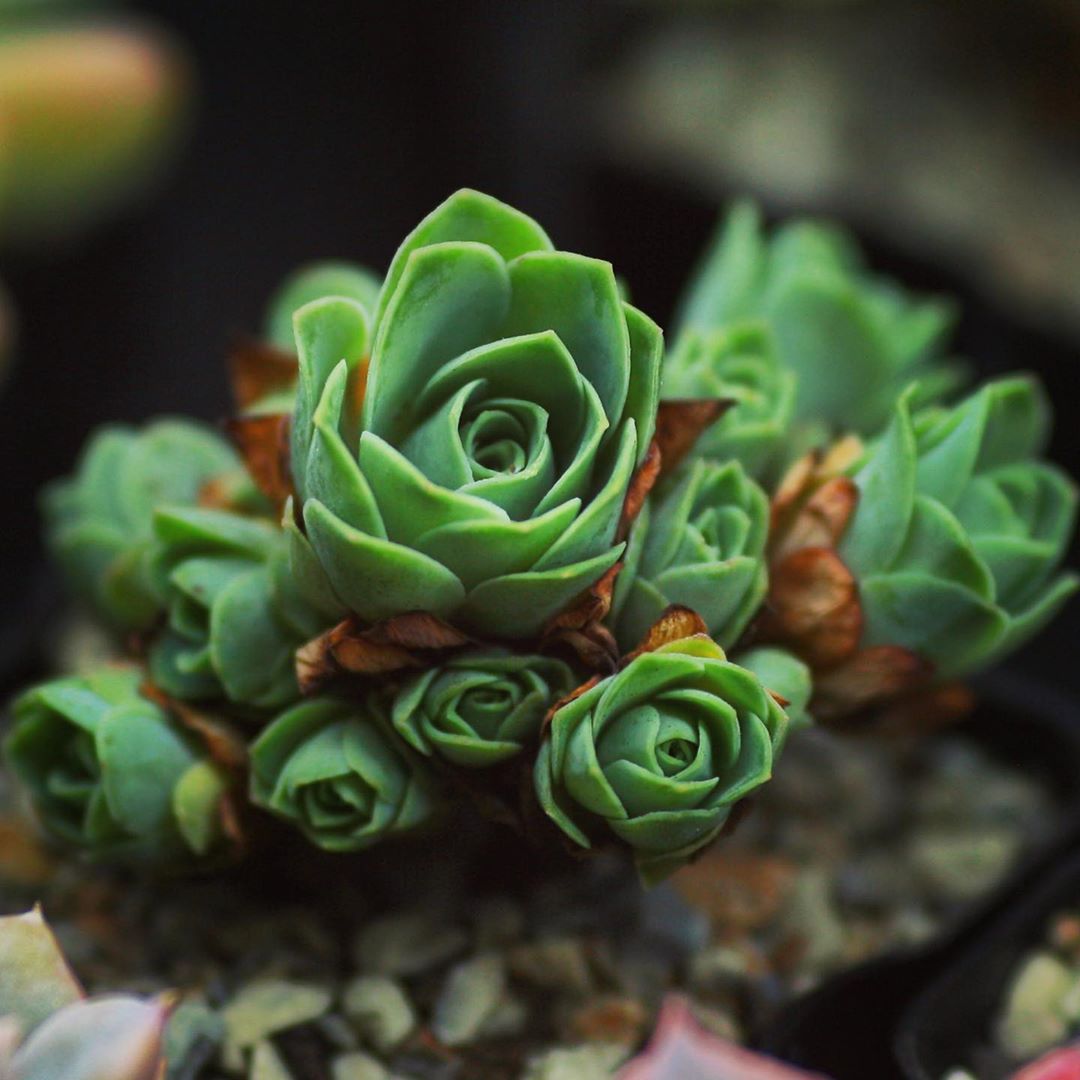










thickened;
Amidrsky
Lastovnevye
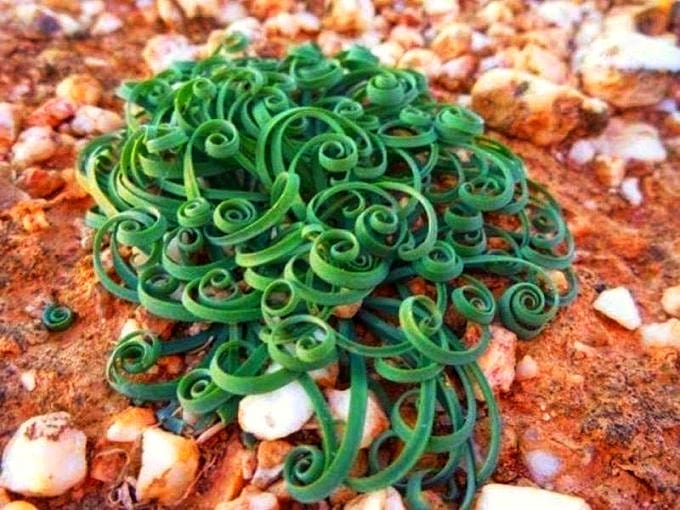
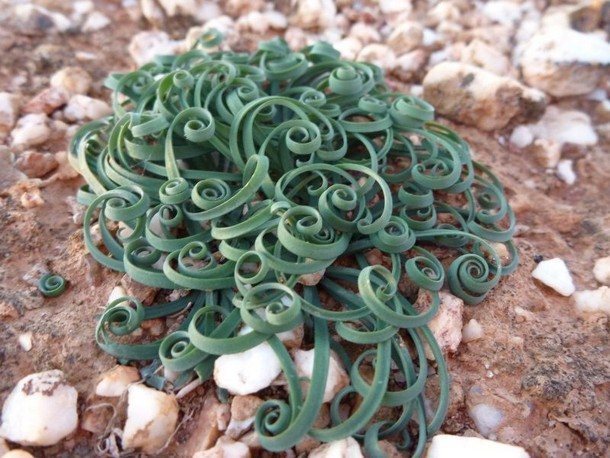

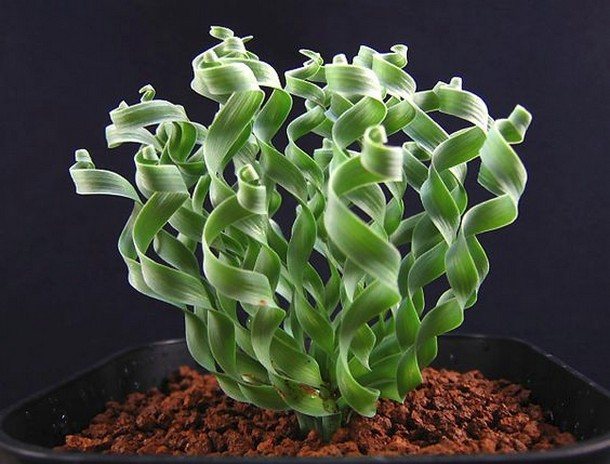




Succulents of this family are representatives of temperate latitudes. Under natural conditions, they can be found in America, East Asia and Africa. They are presented in the form of shrubs and subshrubs. The height of the plants is 10-60 cm. The shoots are thickened, tetrahedral, branching at the base. The surface is green or gray, but there may be a reddish tint.
The leaves are simple, entire, arranged oppositely. Flowers in most species resemble a five-pointed star. They can be of various colors. At the end of flowering, achenes are formed, which crack along the seam.
Popular types:
caralluma;
desmidorchis;
- Duvalia;
- Echidnopsis;
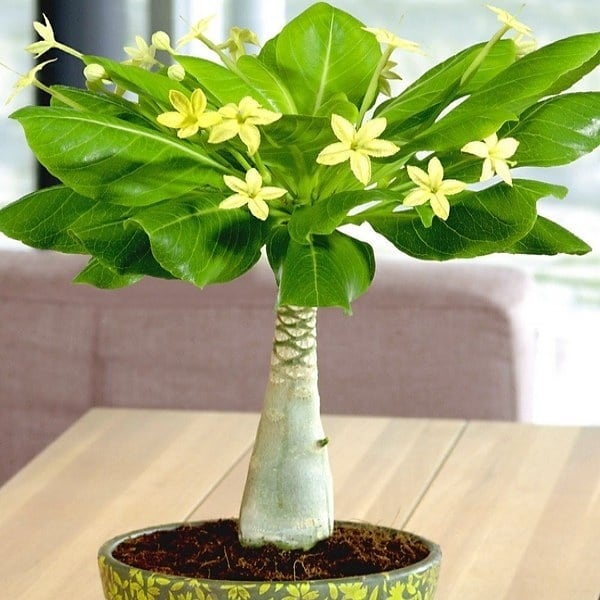
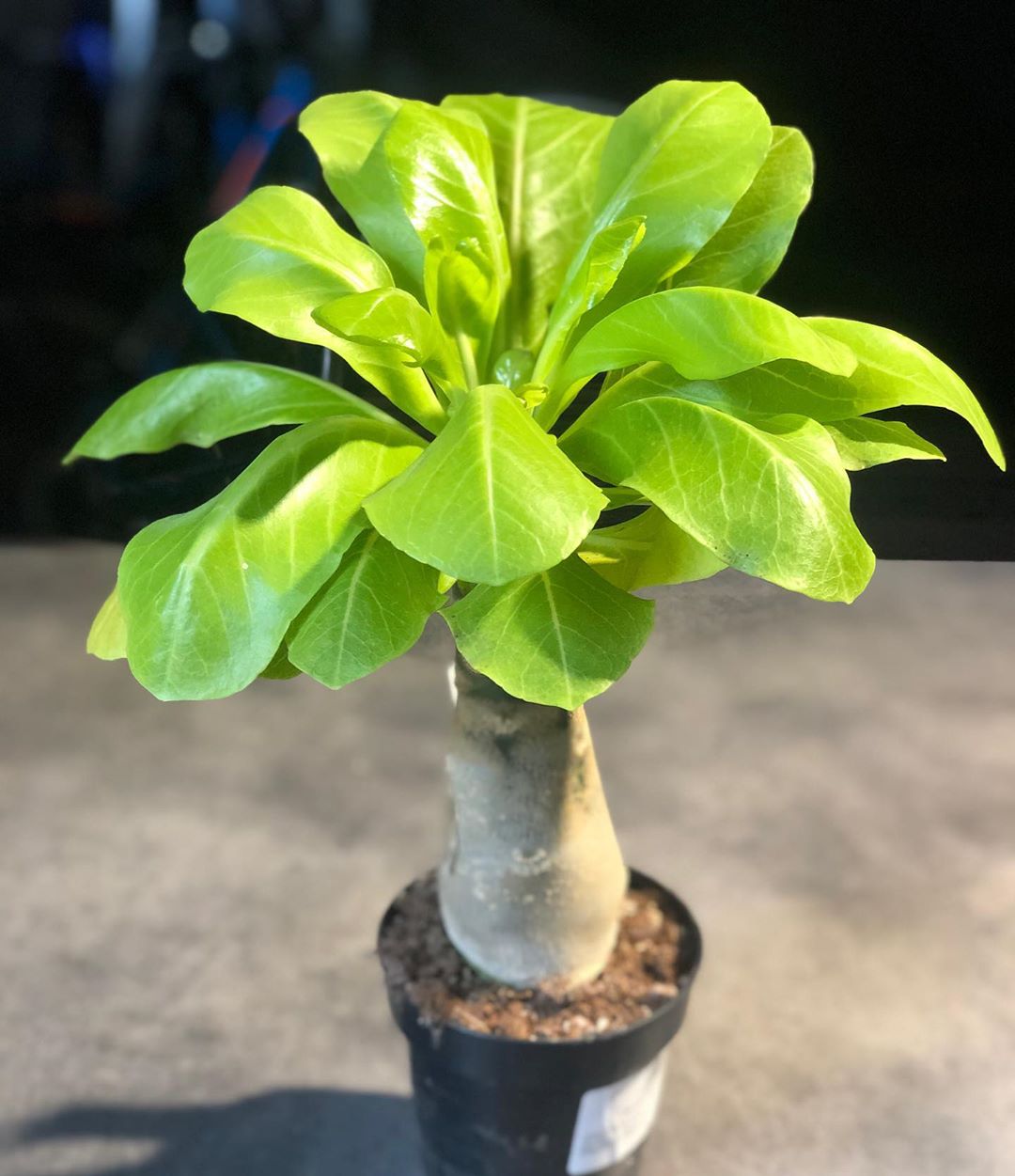
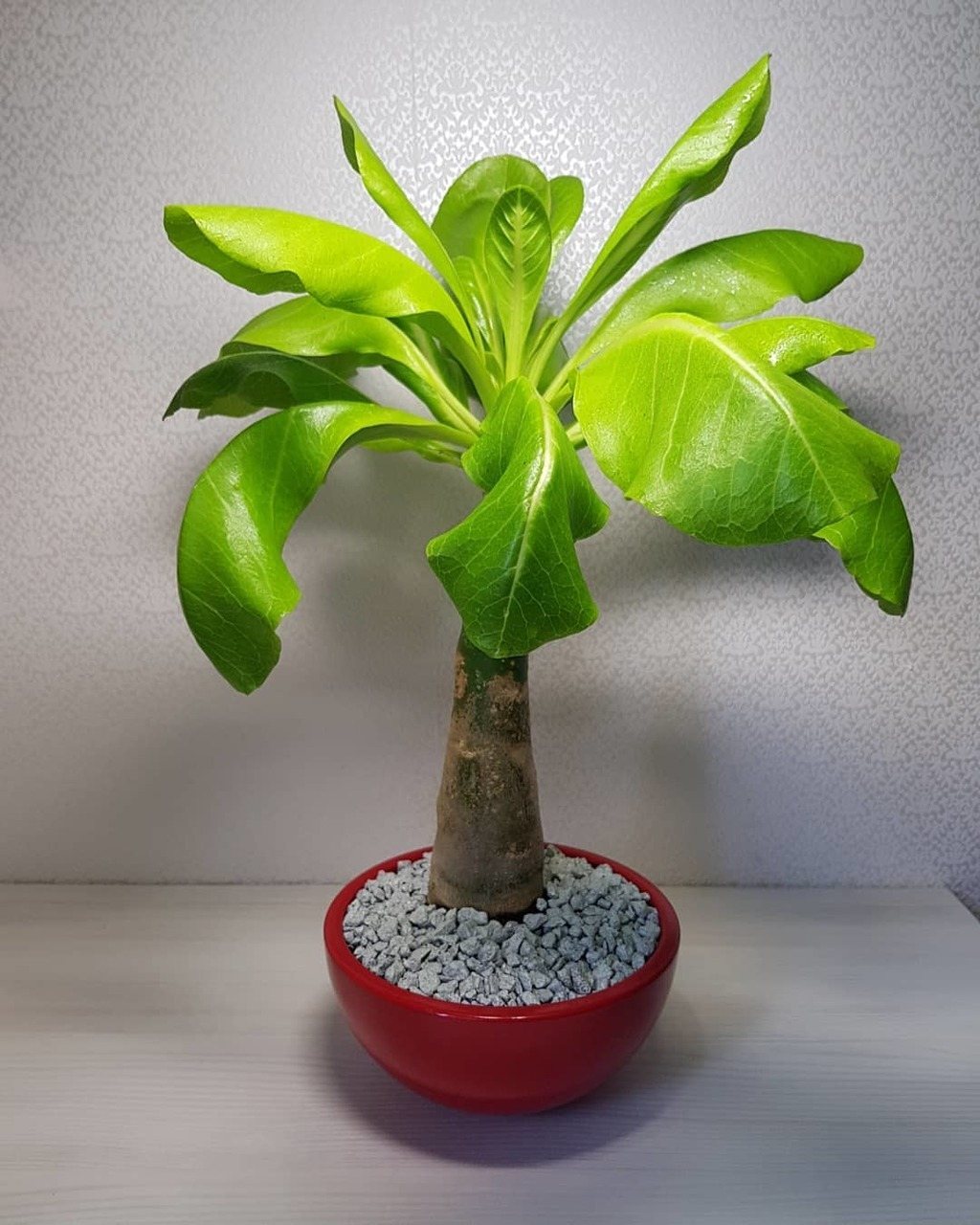
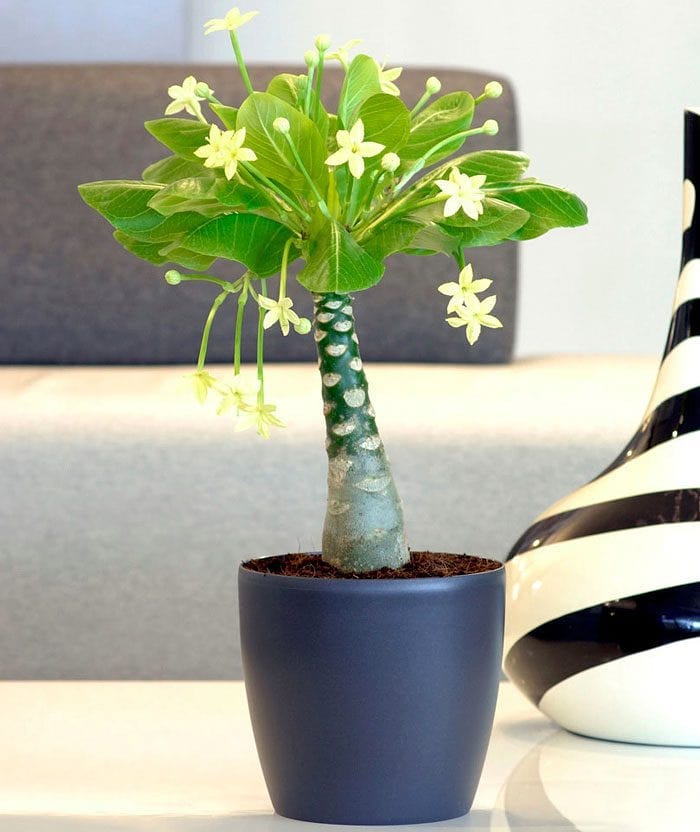
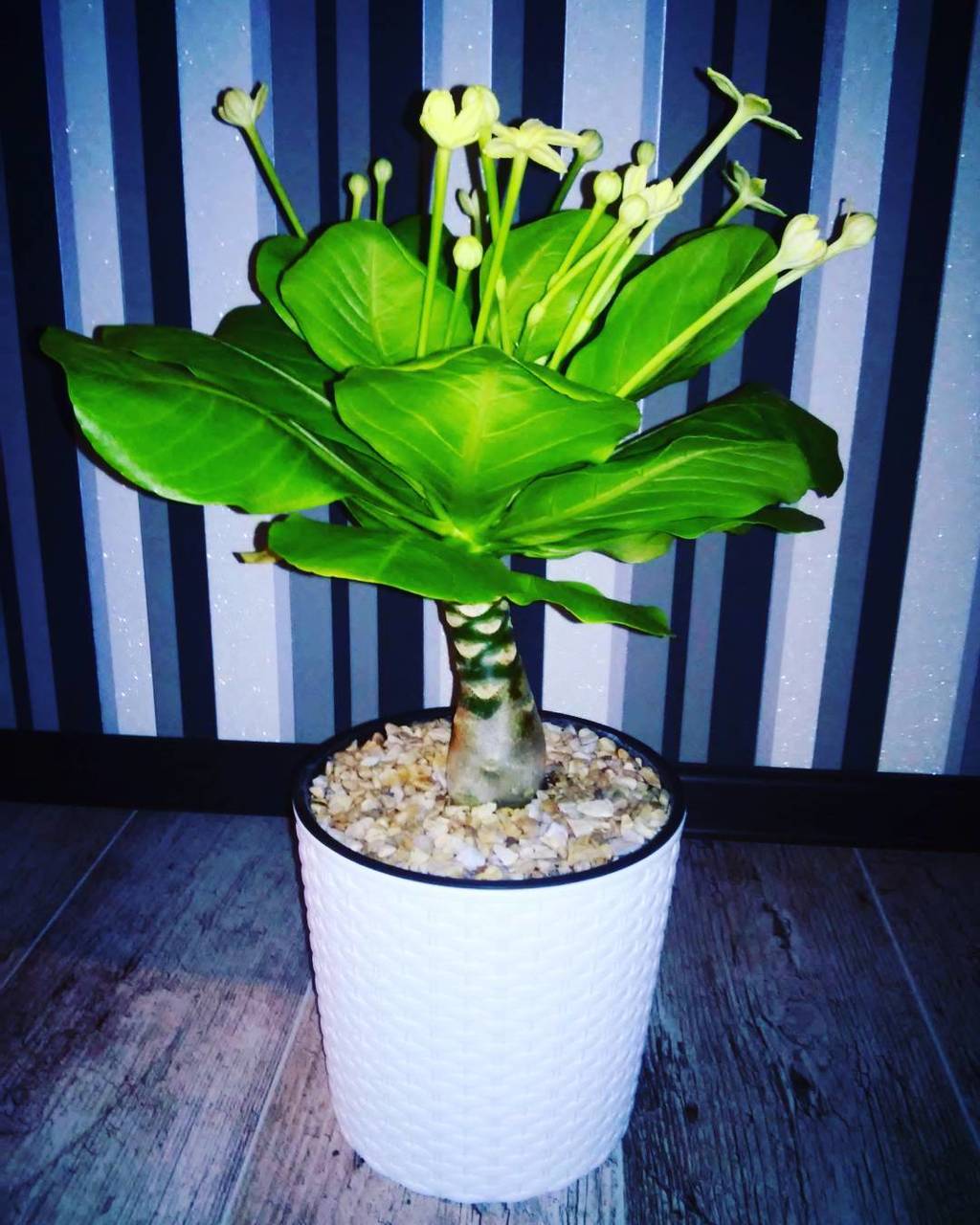





hoodia;
hoya.
The succulent belongs to the Mulberry family and grows in the tropics of Africa and America. Characterized by powerful, erect shoots that branch. The height of the plant reaches 1.5 m, and the diameter is about 1.0 m. The bark is dark green. Leaves are narrow-lanceolate or elliptical, up to 15 cm long.
Dorsthenia inflorescences are triangular, oval or square in shape. The bracts spread out in different directions and resemble tentacles. The color of the buds can be orange, gray, pink, and greenish. At the end of flowering, fruit pods are formed, which shoot out seeds when ripe.
- Popular types:
- gigantic;
- phoetida;
- Hildebrandt;
- curly or crispy.
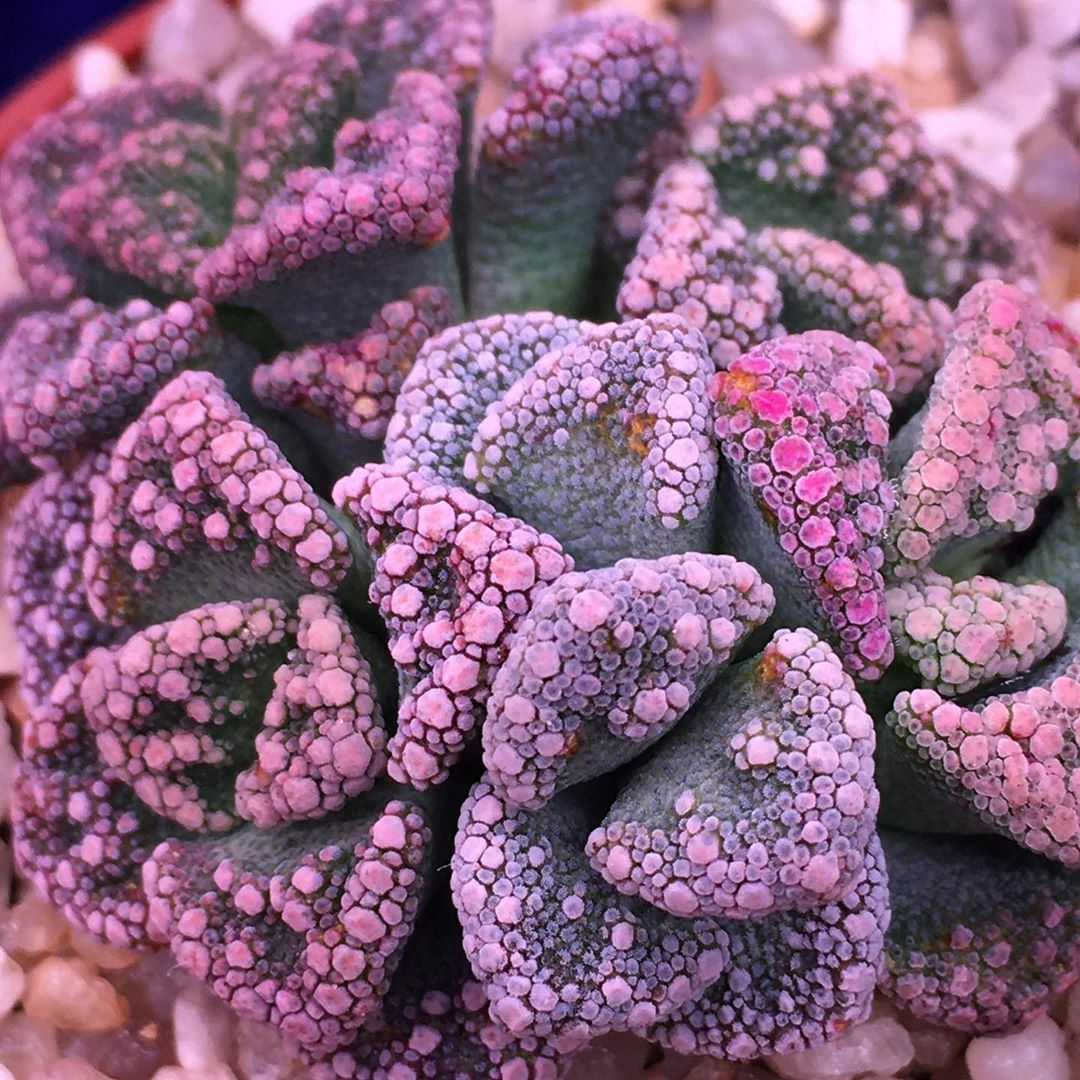
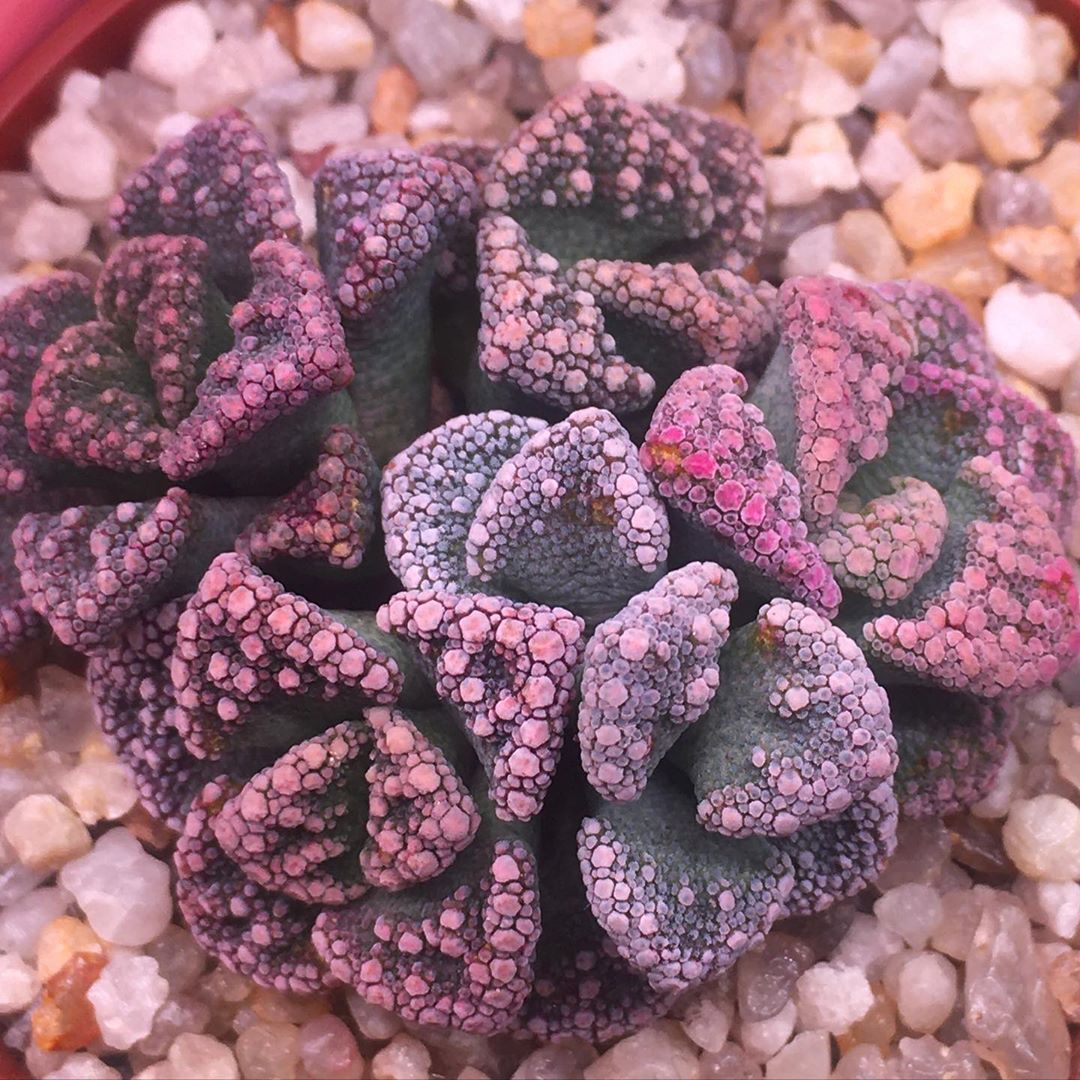

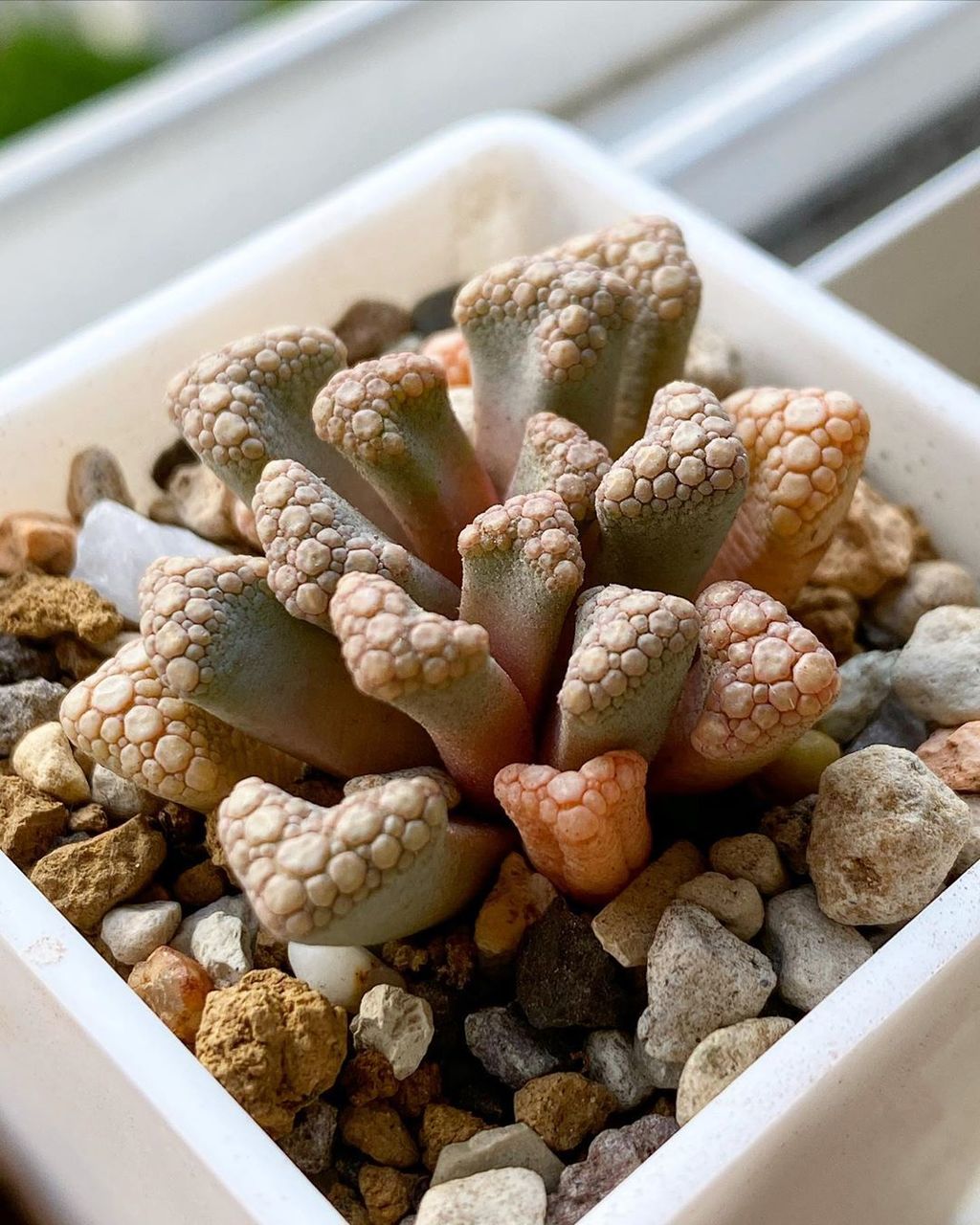
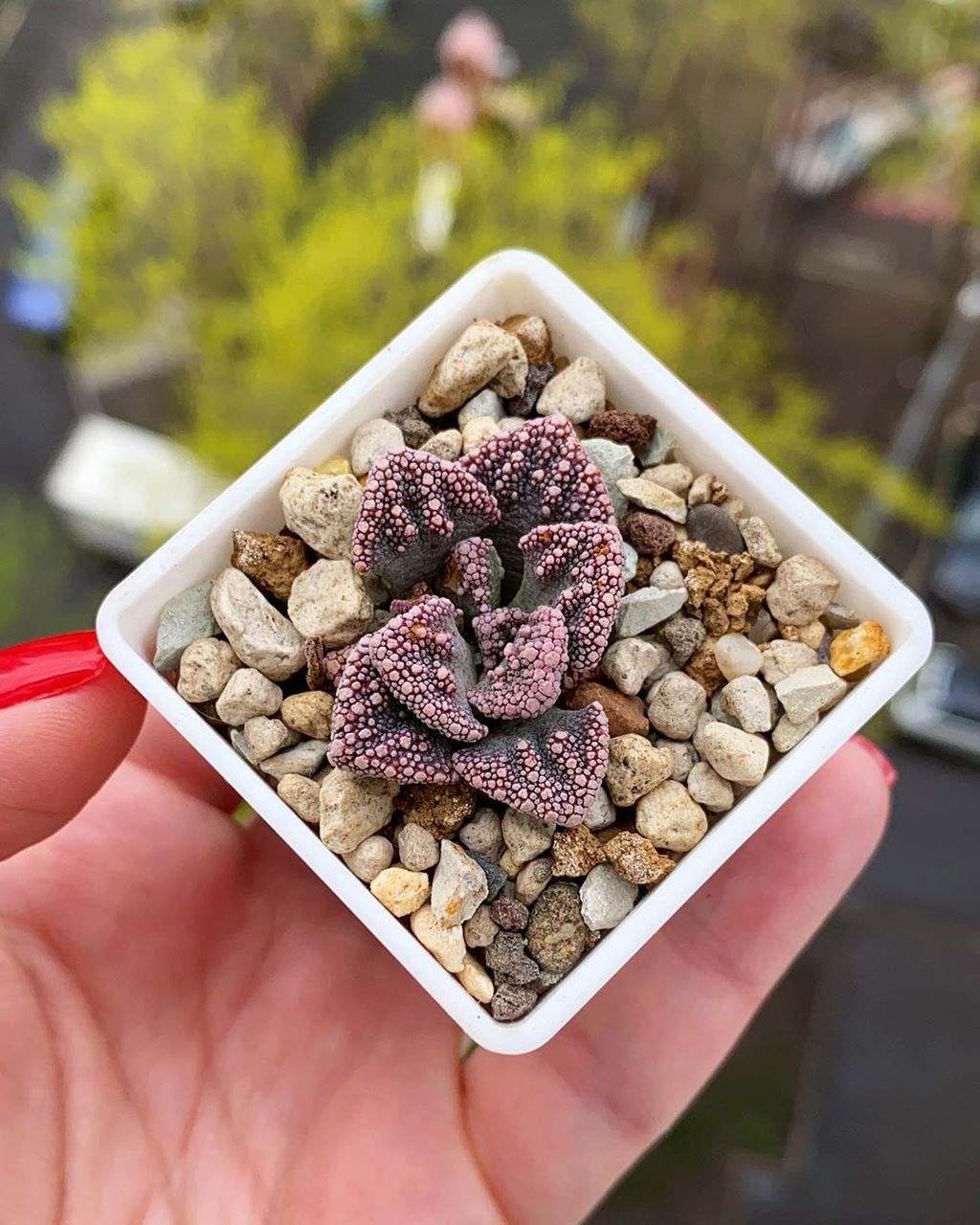
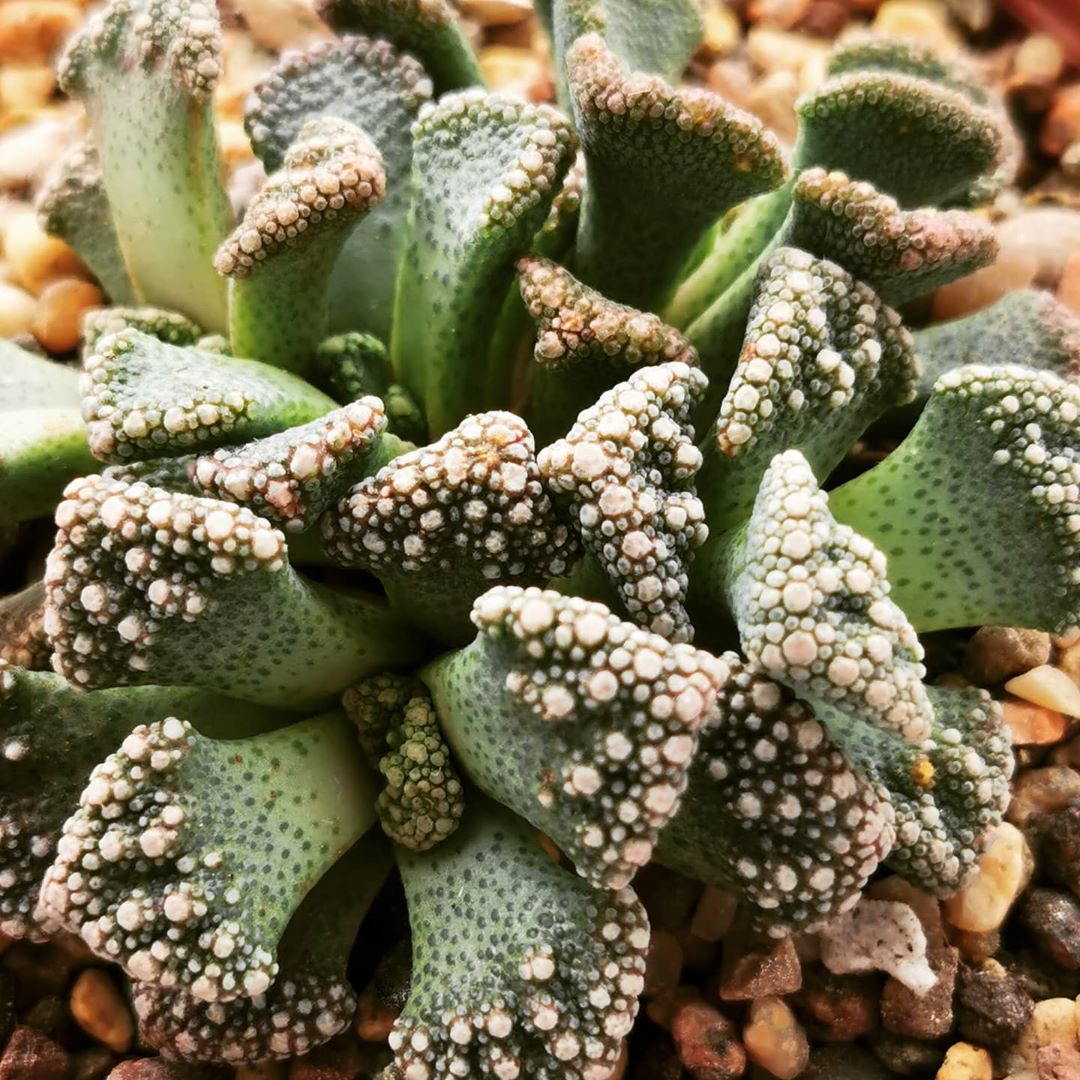
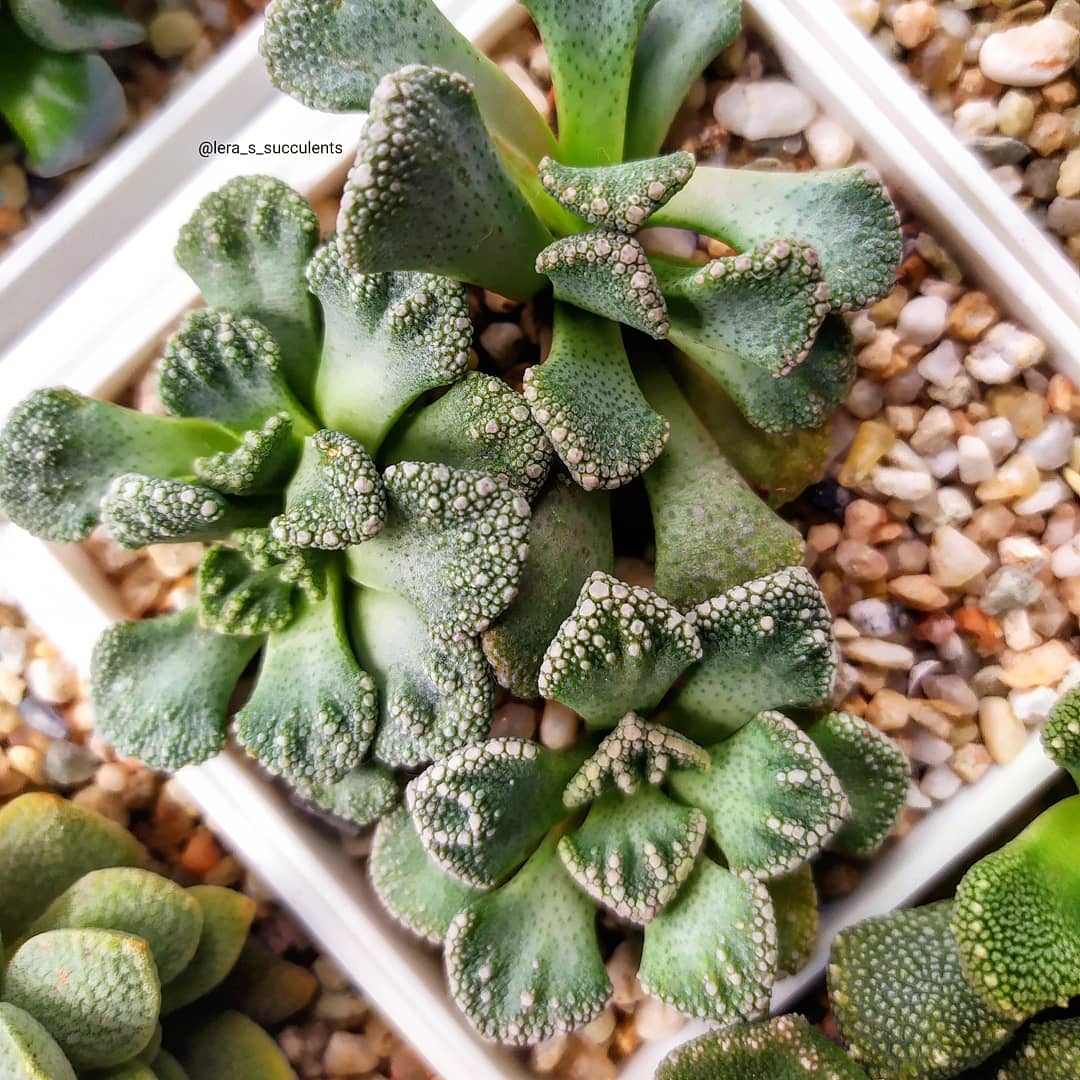
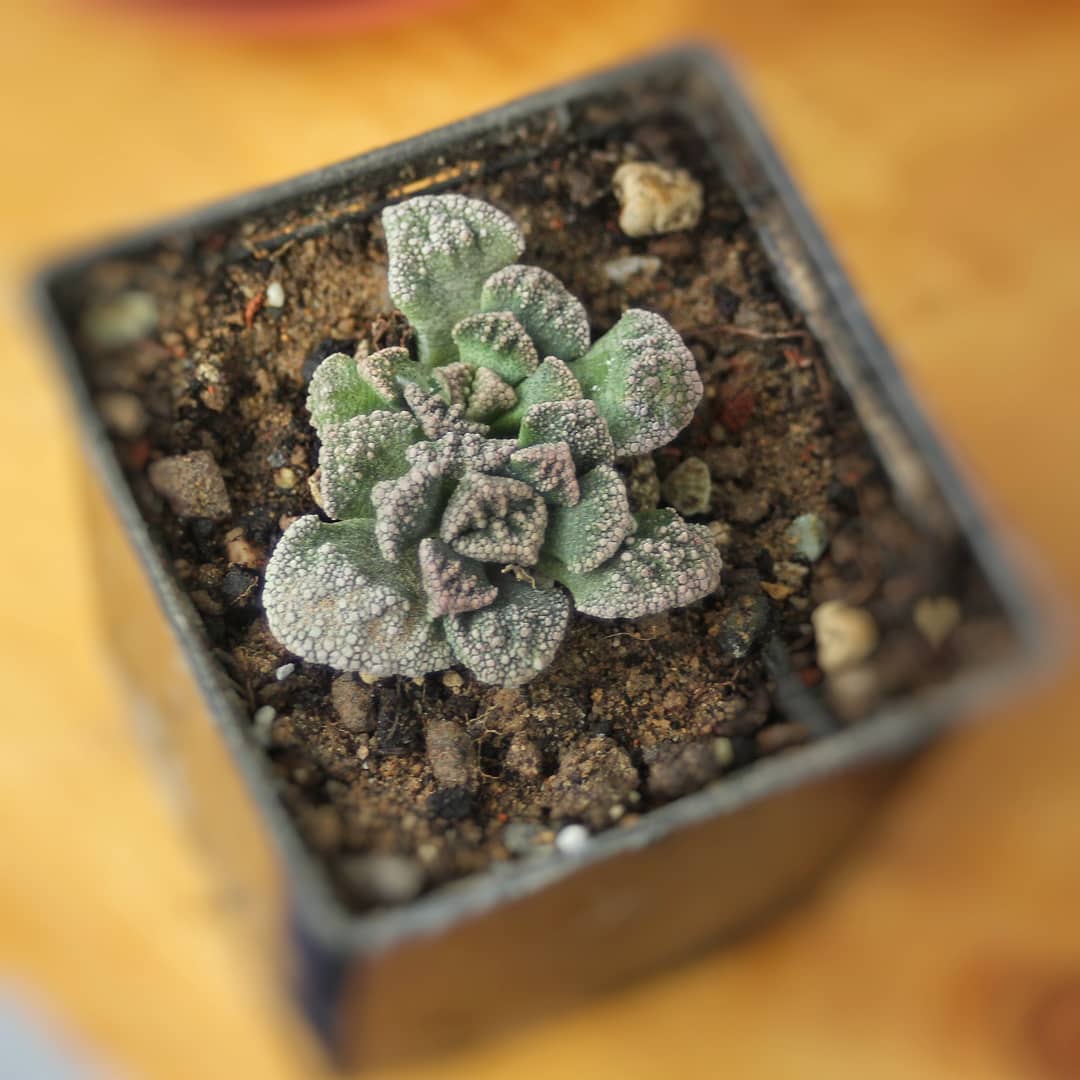
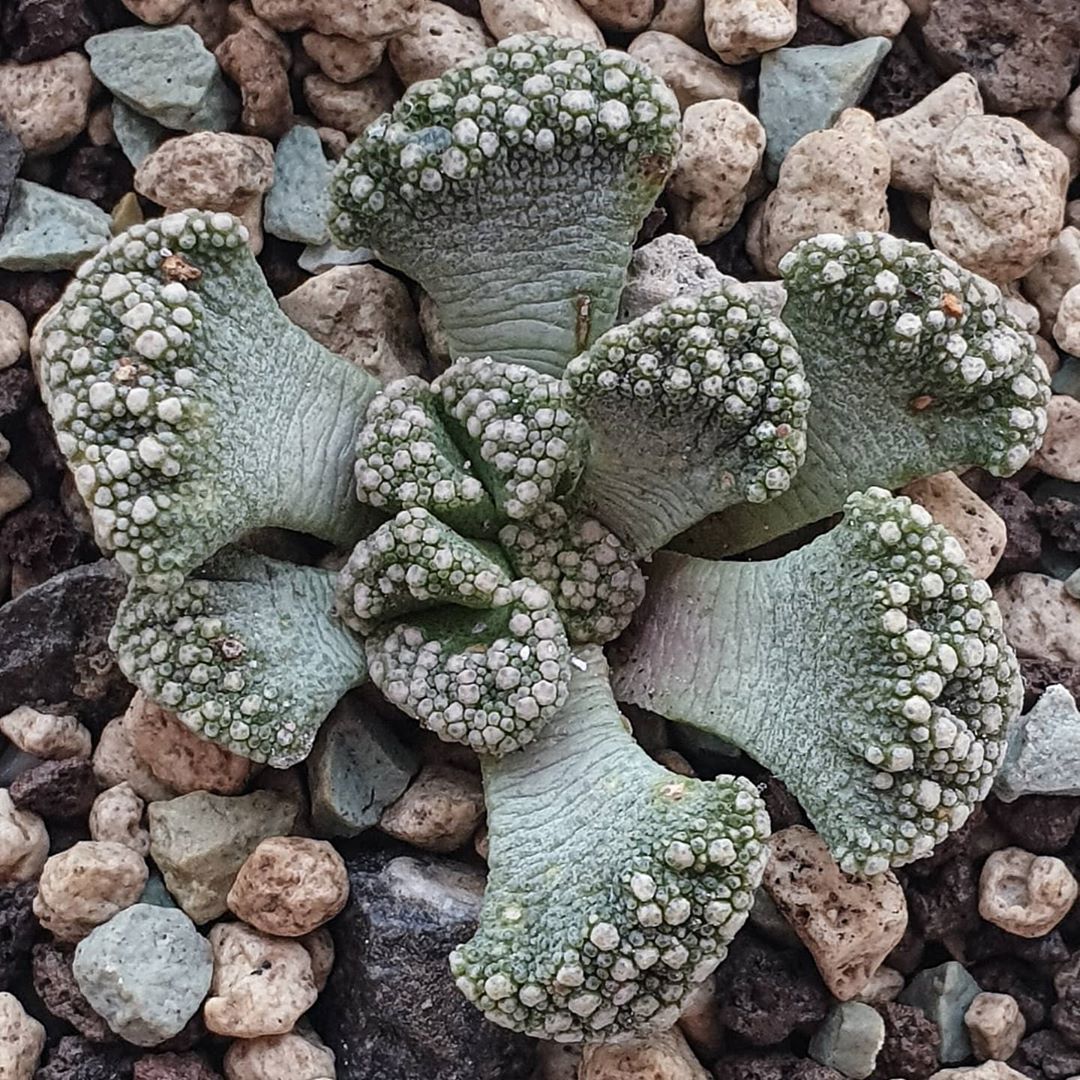
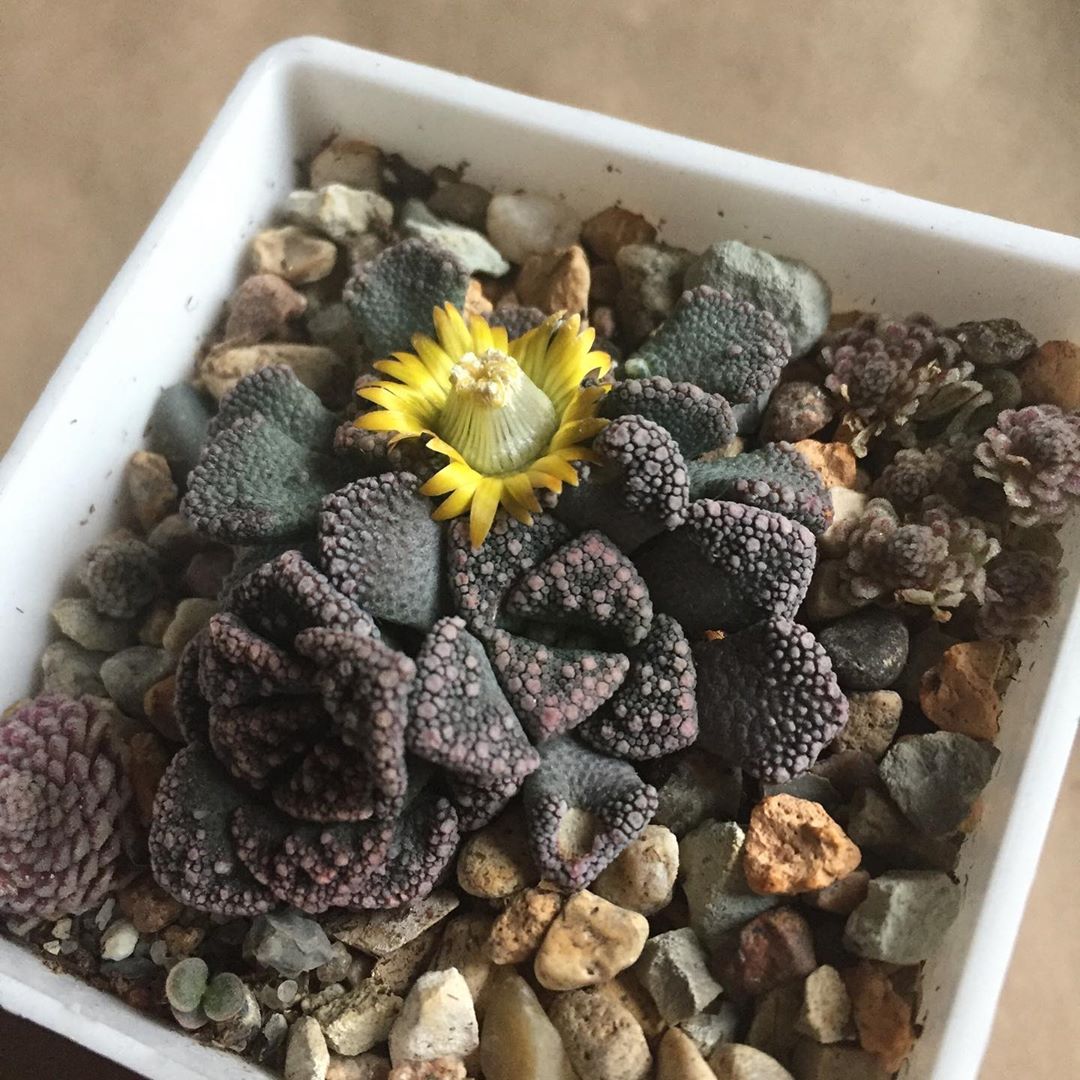










Greenovia
Miniature succulent with short stem. The Canary Islands are considered its homeland. It is extremely rare for sale. The leaves of the plant are fleshy, round or heart-shaped. Their surface is smooth. They form a dense rosette. The color of the plates is light green with a bluish waxy coating. Young leaves grow in the center of the rosette and are arranged vertically, but as they mature they bend outward.
During the flowering period, the plant forms a tall peduncle on which small leaves are located. At the top it branches. Consists of 5-15 yellow flowers.
There is only one type of this succulent, namely the golden one.
- Trachyander
- An original succulent whose appearance resembles the tentacles of a jellyfish. Its homeland is Africa and Madagascar. The plant forms a herbaceous shrub with shoots up to 2.0 m long. Trachyander's stems are bare, thin, cylindrical, and slightly branched. They are dark green in color, but may have a brownish tint.
- The leaves are fleshy, flat, forming a lush basal rosette. They can have a ribbon-like, oblong-triangular or linear shape. The edges of the plates are wavy or jagged. The flowers of the plant are bisexual and bell-shaped. They are collected in apical loose inflorescences. The corolla consists of oval-bent snow-white petals of 3-6 pieces. The flowers exude a pleasant vanilla aroma.
- Brighamy
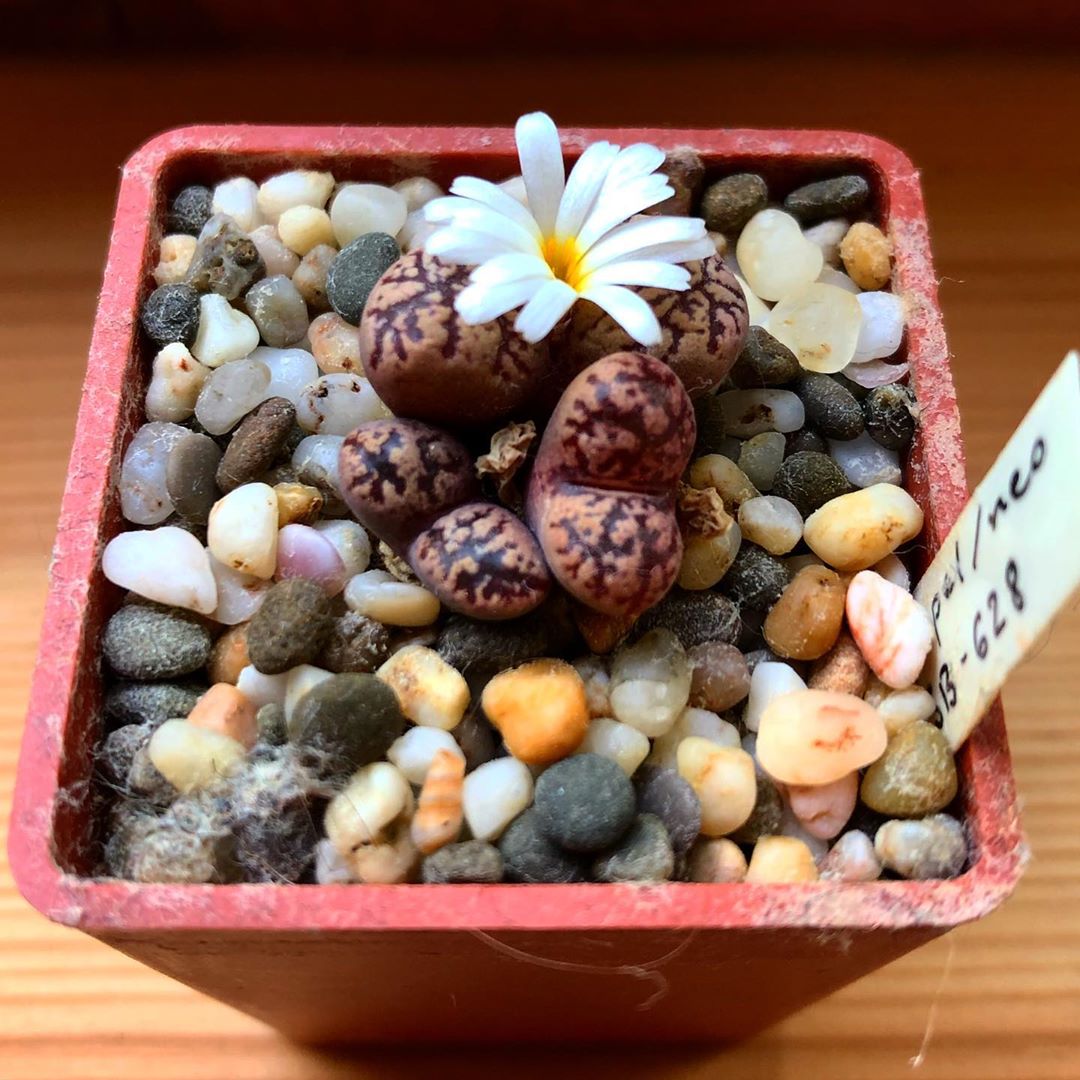
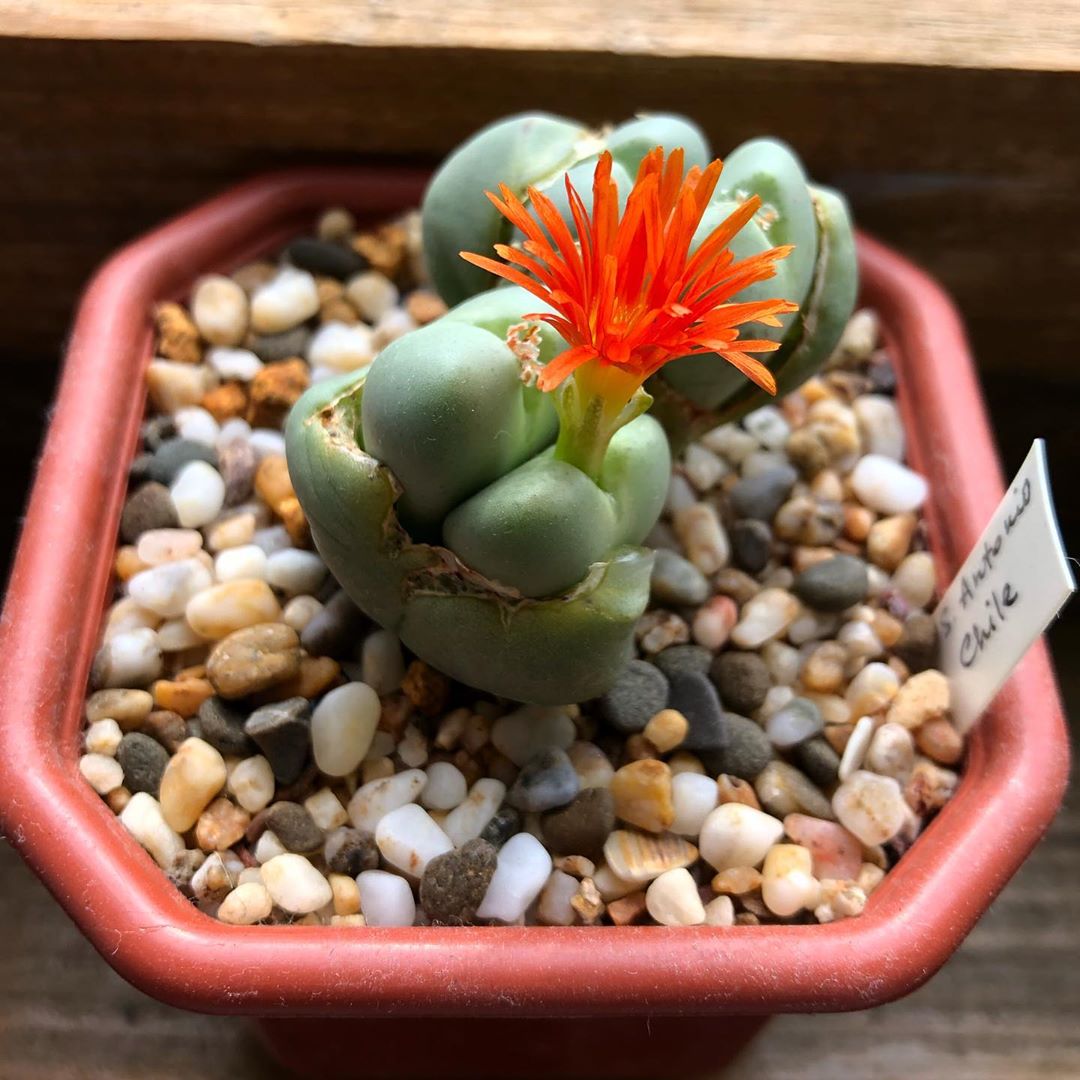
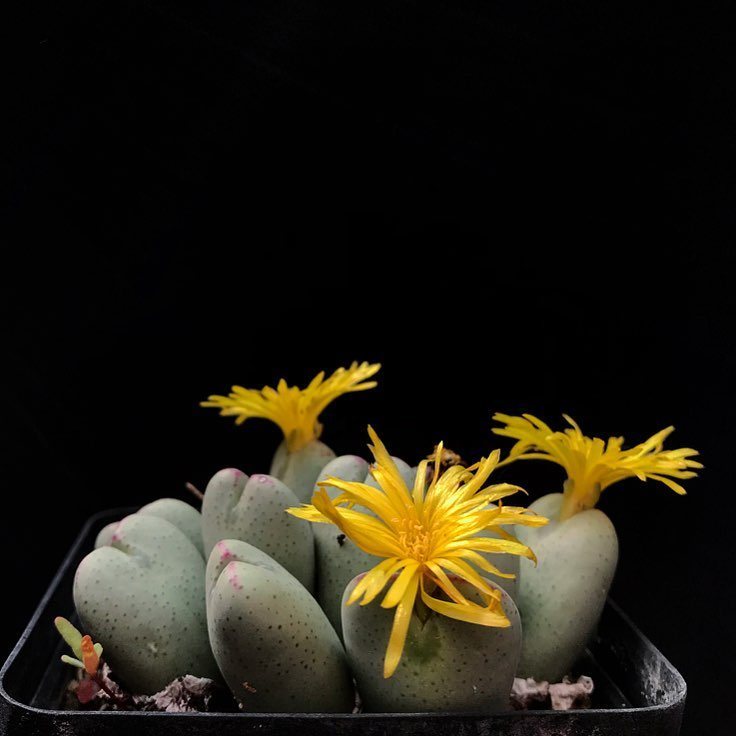
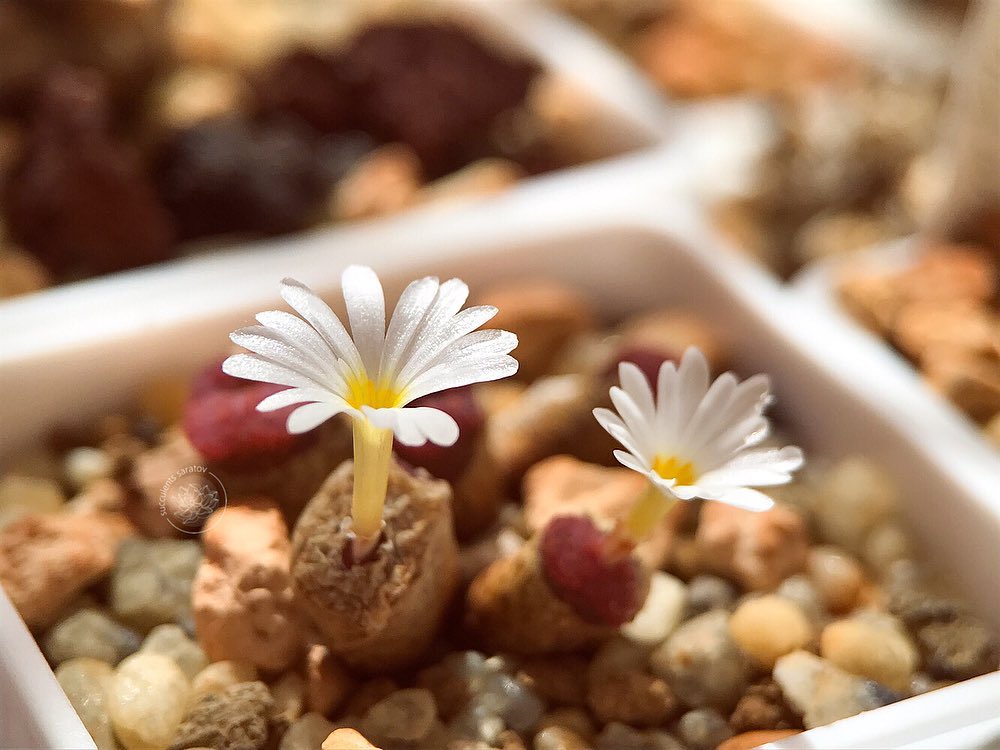
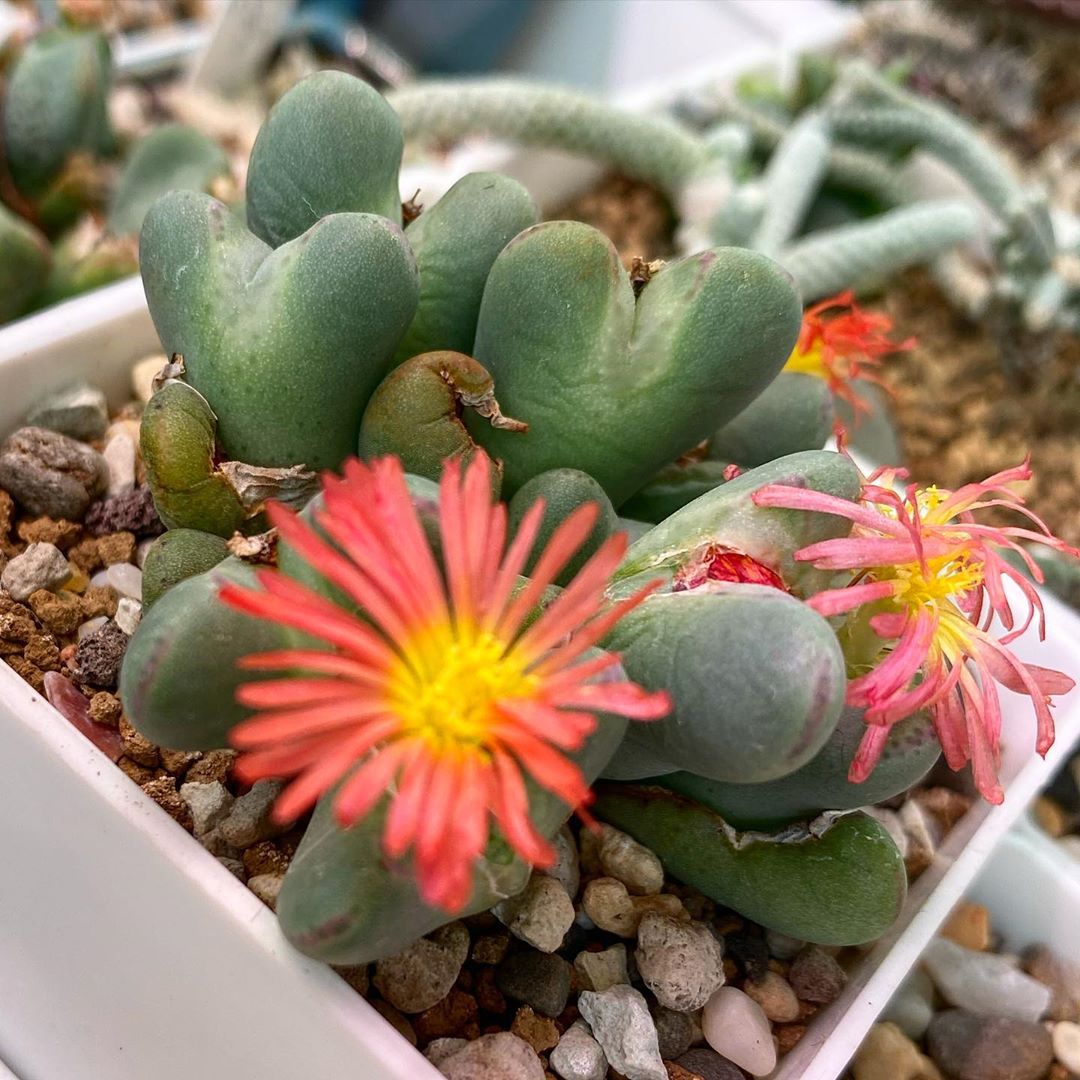
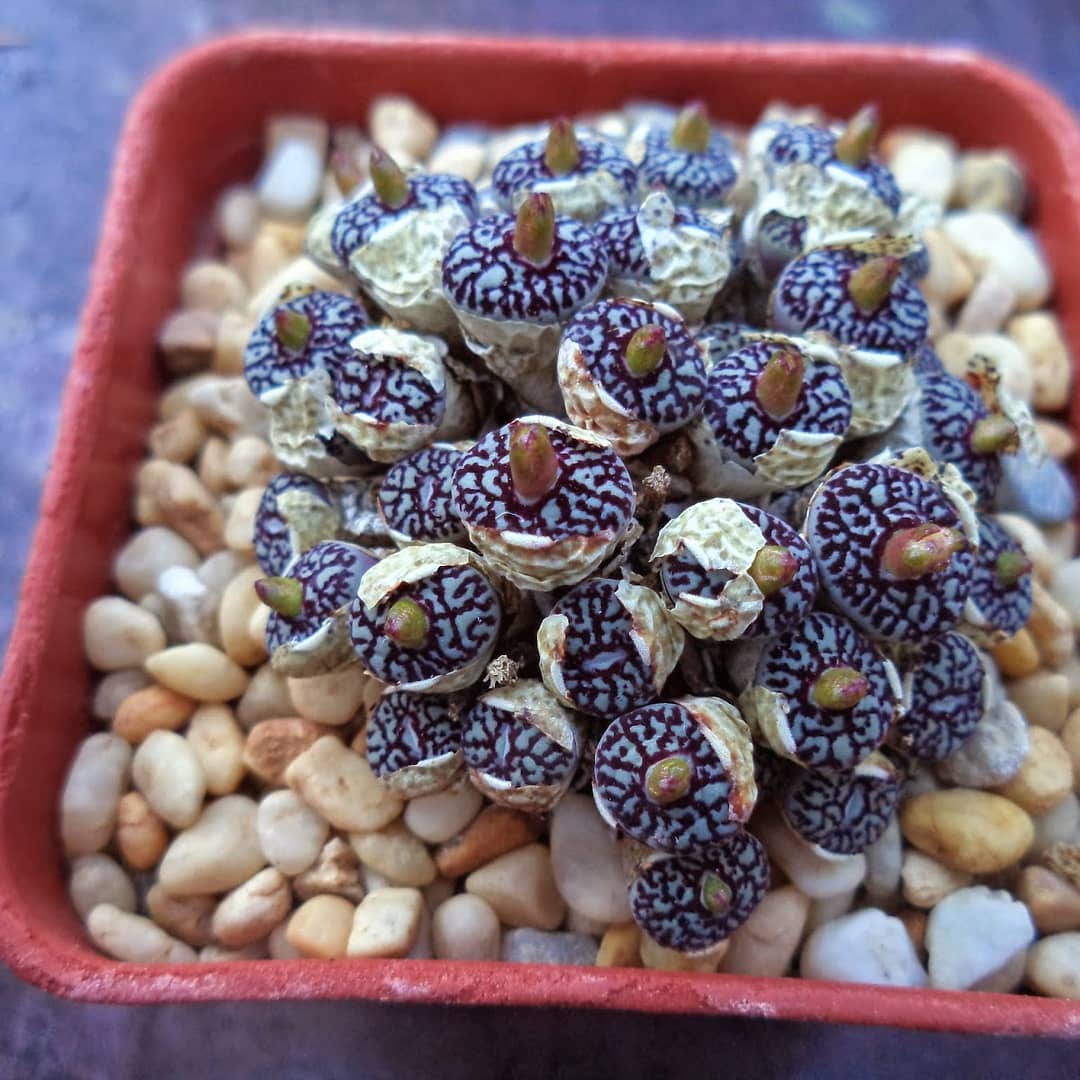
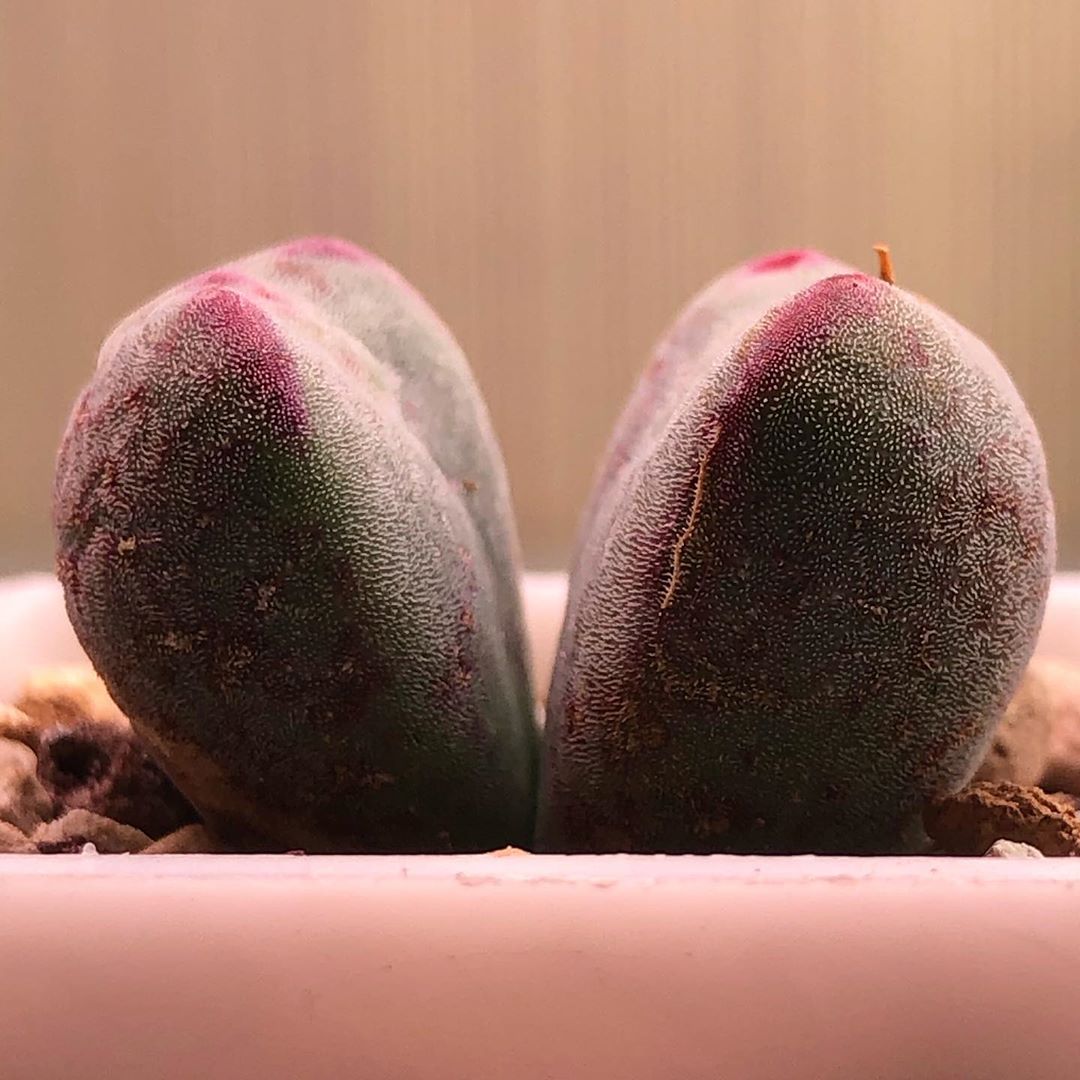







A succulent that resembles a palm tree in appearance. The plant forms an erect, thick stem. It widens at the base and narrows towards the top. The bark is initially light green and turns gray as it matures. The surface of the leaves and shoots of Brigamia is smooth, which protects against excessive evaporation.
The height of the plant at home does not exceed 1.0 m. If the growth point is damaged at the initial stage, the succulent forms two shoots. The leaves are fleshy, ovate or oval. They are located at the top of the trunk. Over time, the lower plates fall off and leave relief marks on the shoot. The length of the plates is 12-20 cm, and the width is 6-11 cm.
The plant blooms once every 2-4 years. This period occurs at the beginning of autumn. Forms a paniculate inflorescence up to 15 cm in diameter. The buds are bell-shaped, white, cream or yellow in color.
Popular varieties:
- rocky;
- wonderful.
- Titanopsis
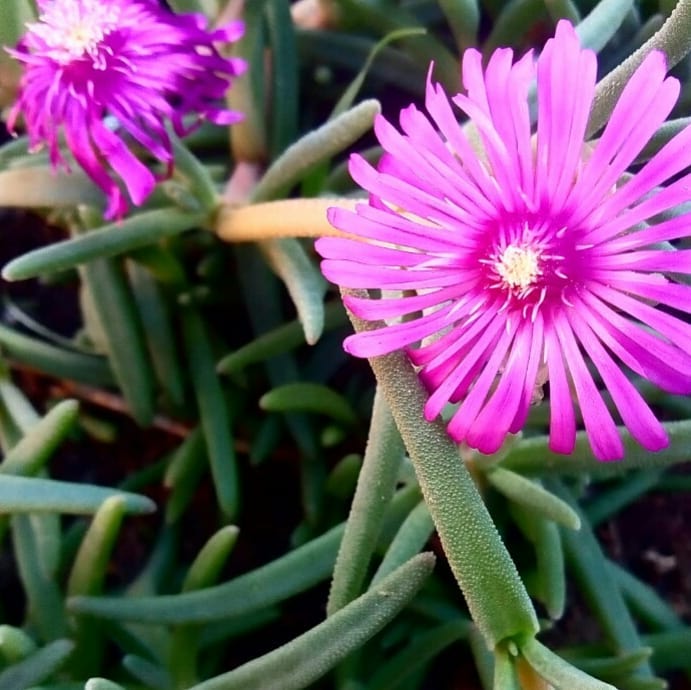
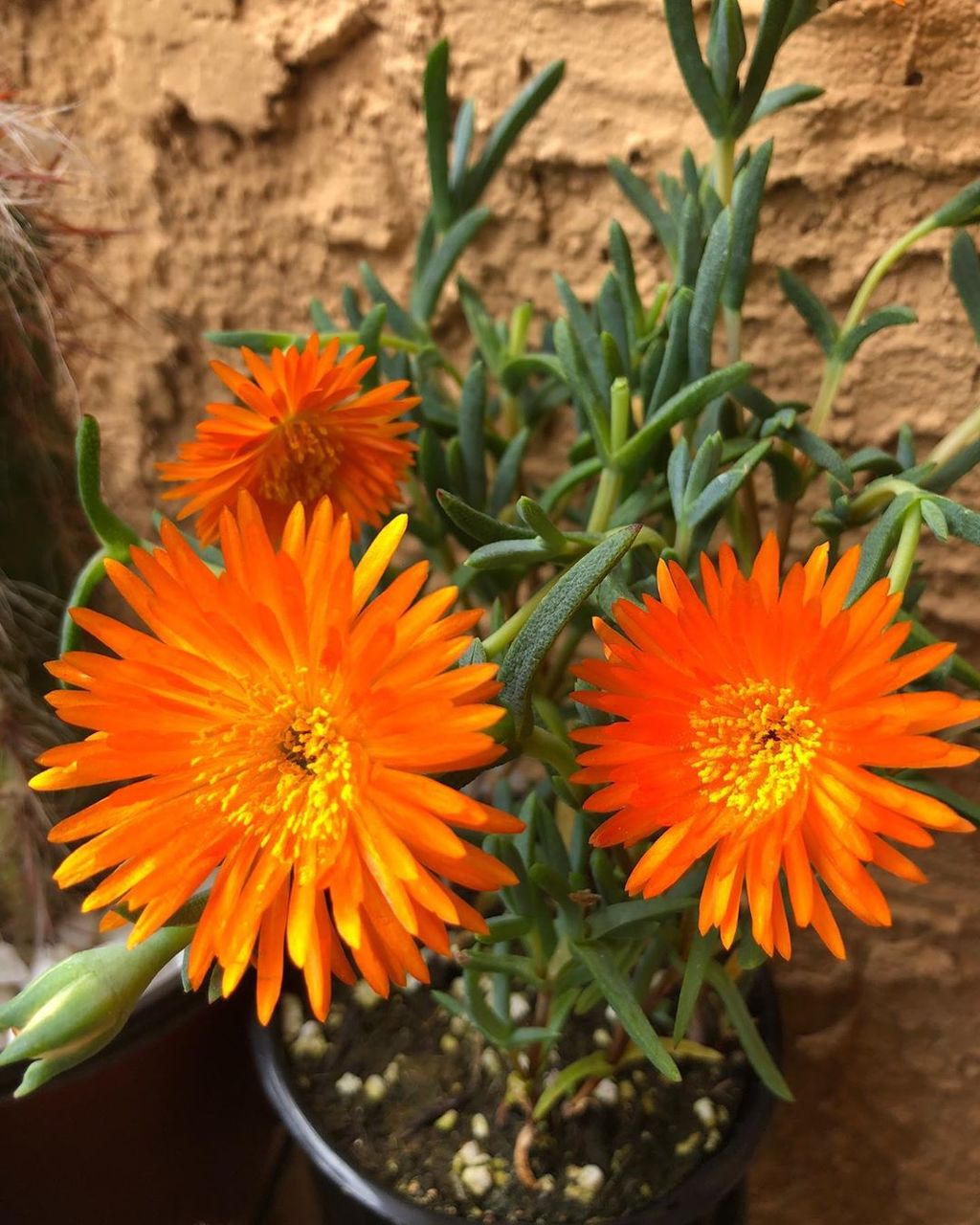
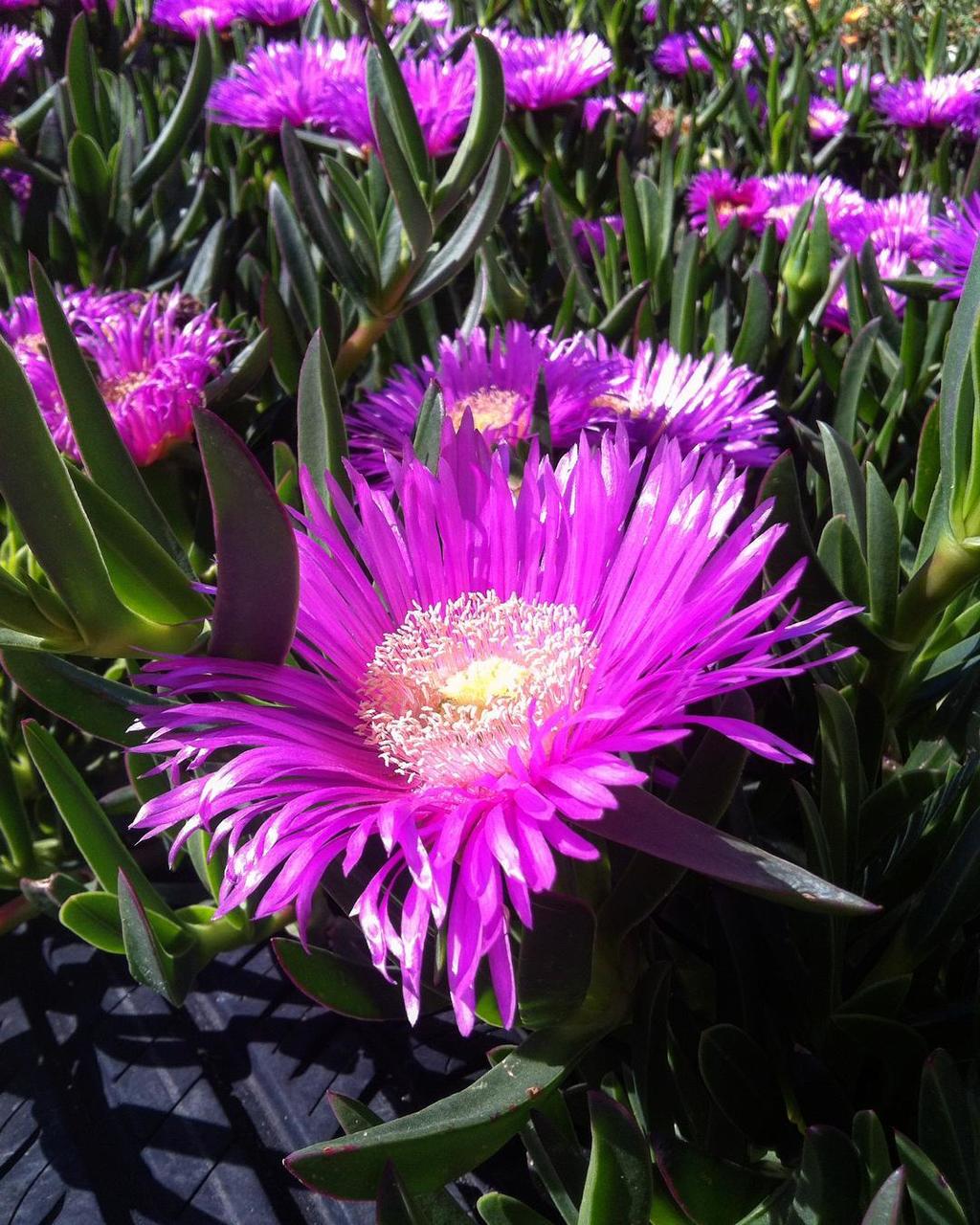



Leaf succulent from the Aizoonaceae family. South Africa is considered its homeland. The height of the plant is 3-6 cm. It forms a small rosette with a diameter of no more than 9 cm. The leaves are gray-green, thickened with a textured pattern. There are bumps, warts or papillae on the surface. The leaves are flattened at the base.
Tomato variety Sanka: description and characteristics, reviews and photos
Flowering occurs at the end of summer.The diameter of the buds when opened reaches 2 cm. The color of the petals is bright yellow or orange.
Common types:
- Calzarea;
- Fuller;
- Hugo-Schlechteri;
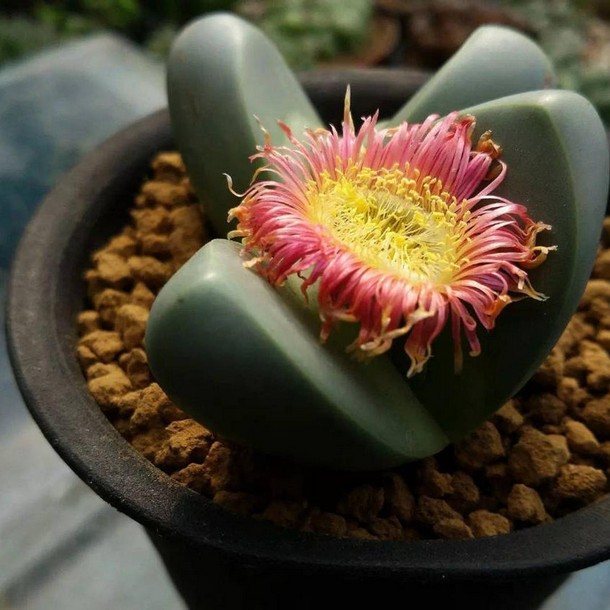
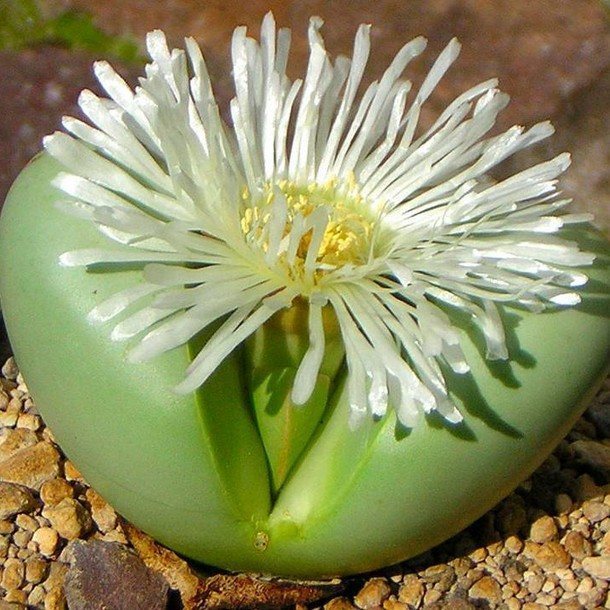
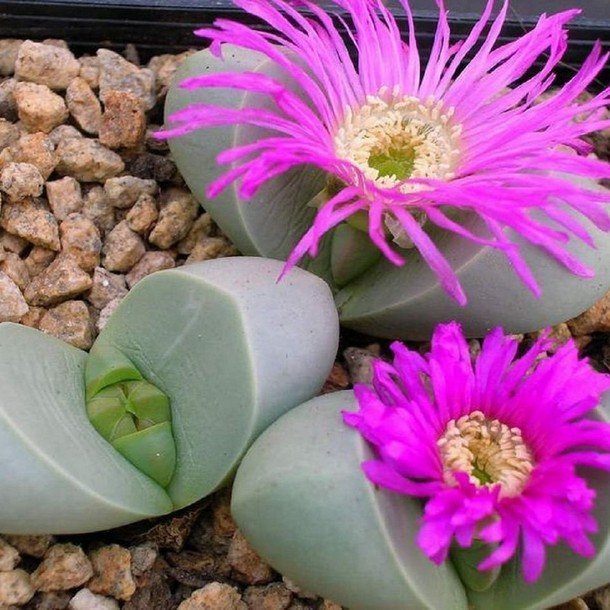
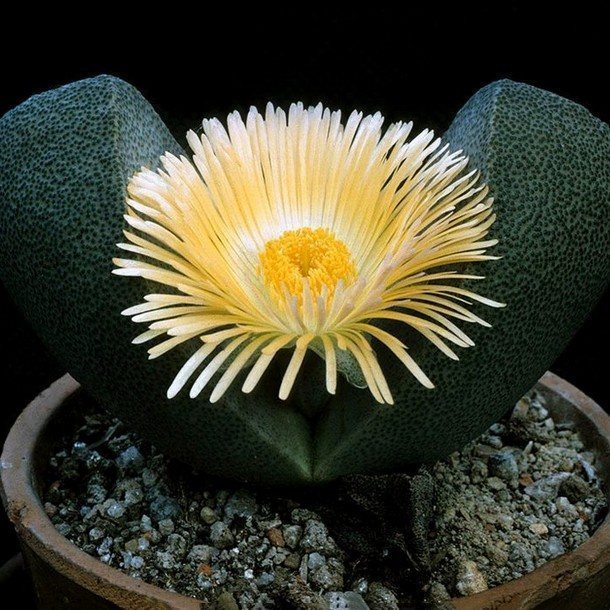
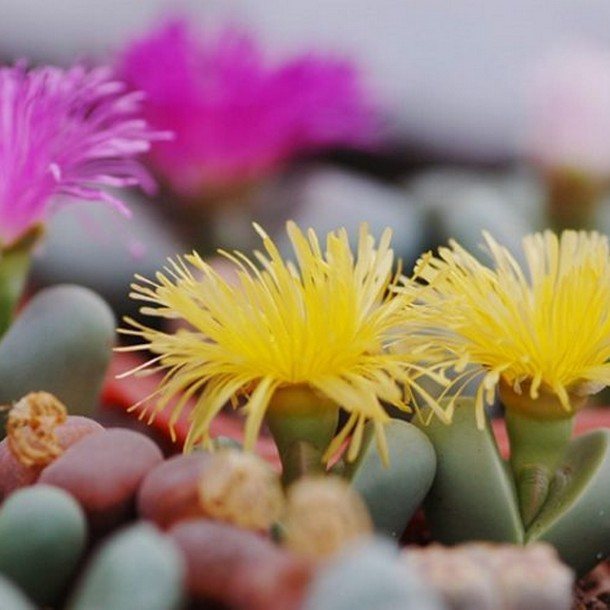





Primosia;
Schwanteza.
Conophytum
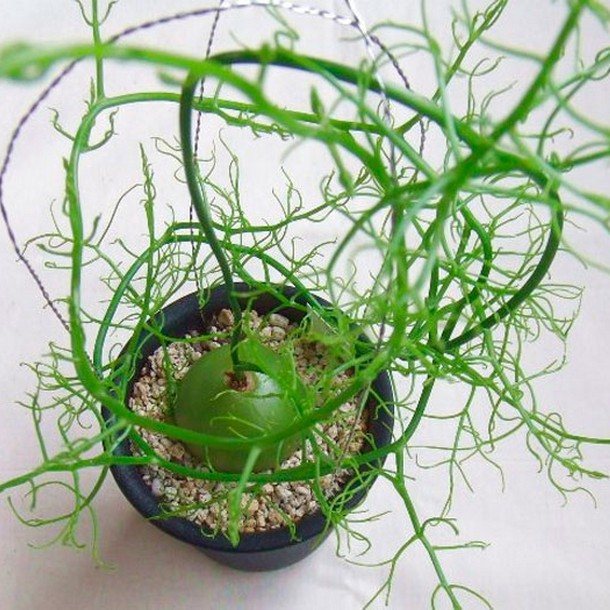
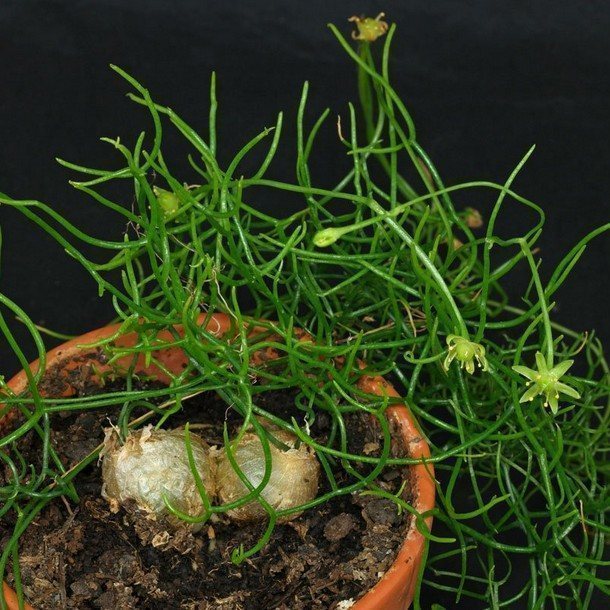
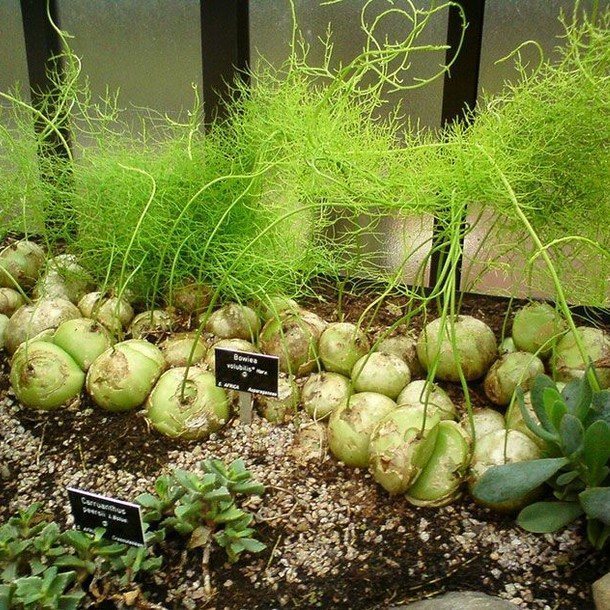
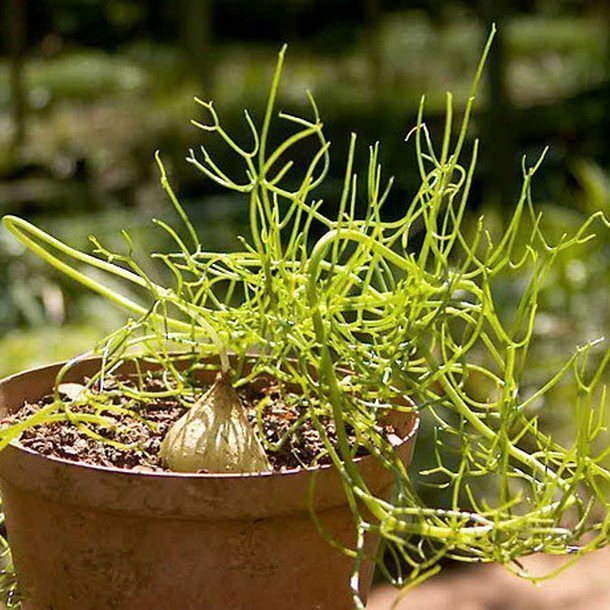
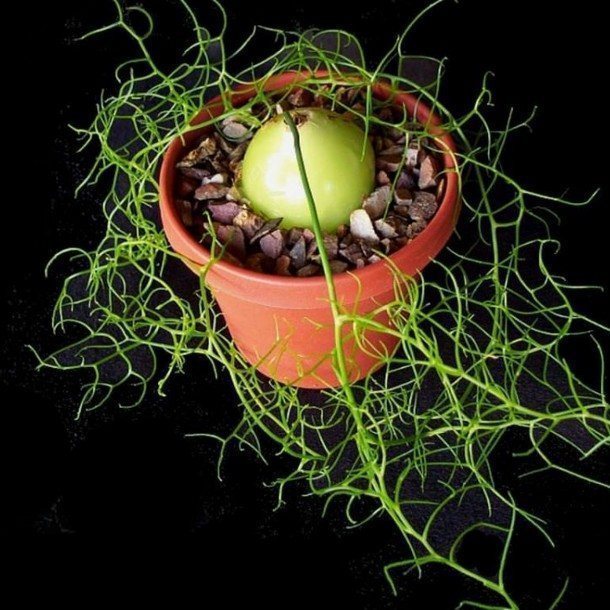





A miniature leaf succulent whose appearance resembles a small rock. It comes from the Namib Desert, which is located in South Africa. The stems of the conophytum are shortened. The leaves are double, dissected in the center. But, in some cases, they can grow together. The height of the plant reaches 6 cm, and the width is 3 cm. Conophytum grows daughter plants well on the sides, so subsequently a whole colony of 10-20 plants appears.
The surface of the leaves may be greenish, bluish or whitish. But it also contains olive, emerald and blue splashes. Conophytum flowers are in the form of baskets. Up to 3 cm in diameter. The petals are yellow, orange, and pink.
Popular types:
bilobum or bilobed;
- Frederick;
- calculus;
- Mayer.
- Lampranthus
- A small leafy succulent from South Africa. It forms creeping shoots, so the plant can be planted in a hanging pot. When they come into contact with the ground, they take root easily. Their length varies from 60 cm to 2.0 m. The leaves are cylindrical or triangular, gray-green in color with a thick waxy coating.
- Lampranthus flowers open only in sunny weather. Their diameter reaches 2-5cm. They resemble chamomile and daisy, but with longer petals. Flower colors are yellow, red, crimson, white and various shades of purple. They are located along the entire length of the shoots.
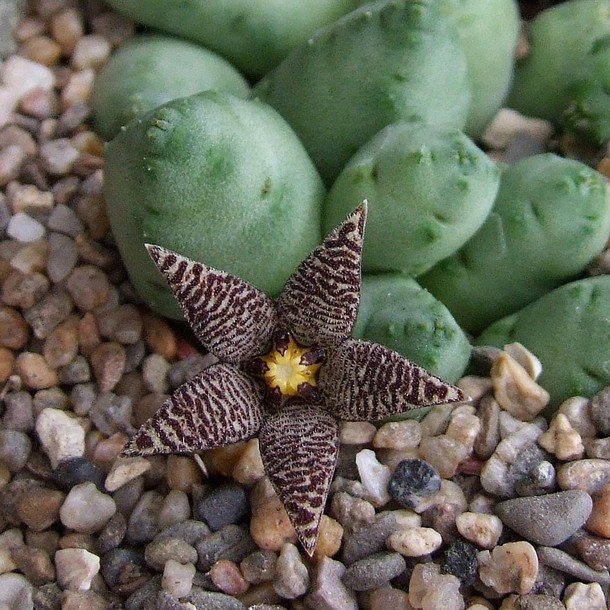
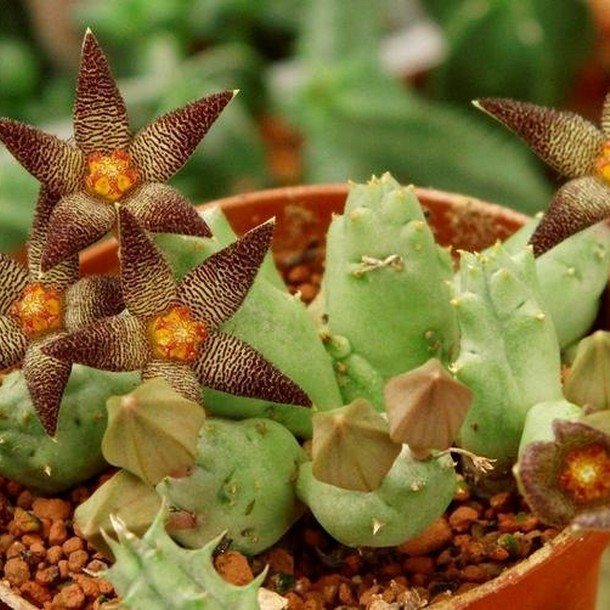
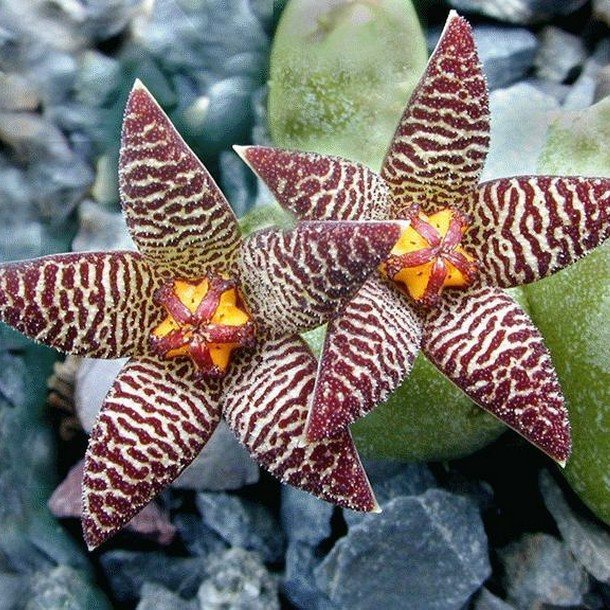
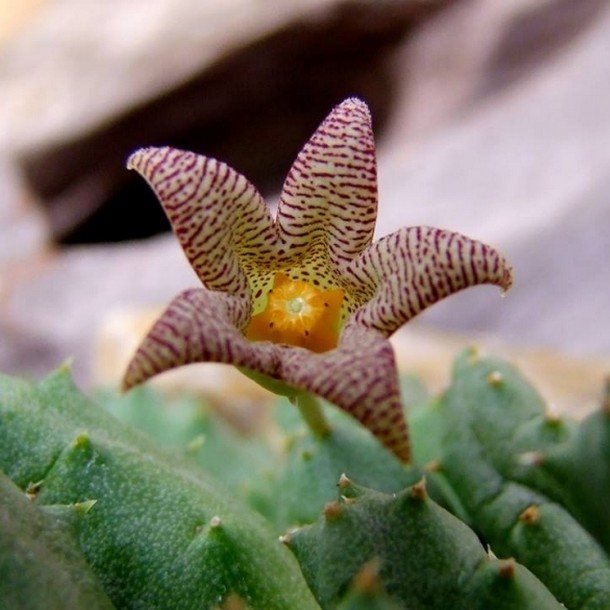






Common types:
Deltoid;
pink;
perceptible.
- Argyroderma
- Leaf succulent, representative of the Aizaceae family.Found in the Cape Province of South Africa. Grows on rocky and sandy soils. Argyroderma looks like a stone in appearance. Grows in small groups of 2-4 leaves fused together. The plates are dense, fleshy, semicircular. Their diameter does not exceed 3 cm. New leaves grow in the center, and old ones gradually die off.
- During the flowering period, a short peduncle appears from the center of the rosette. Argyroderma buds look like daisies; when opened, their diameter reaches 3 cm. The shade of the petals can be white, pink, or yellow. Flowers bloom in the evening.
- Popular types:
- cup-shaped;
- oval;
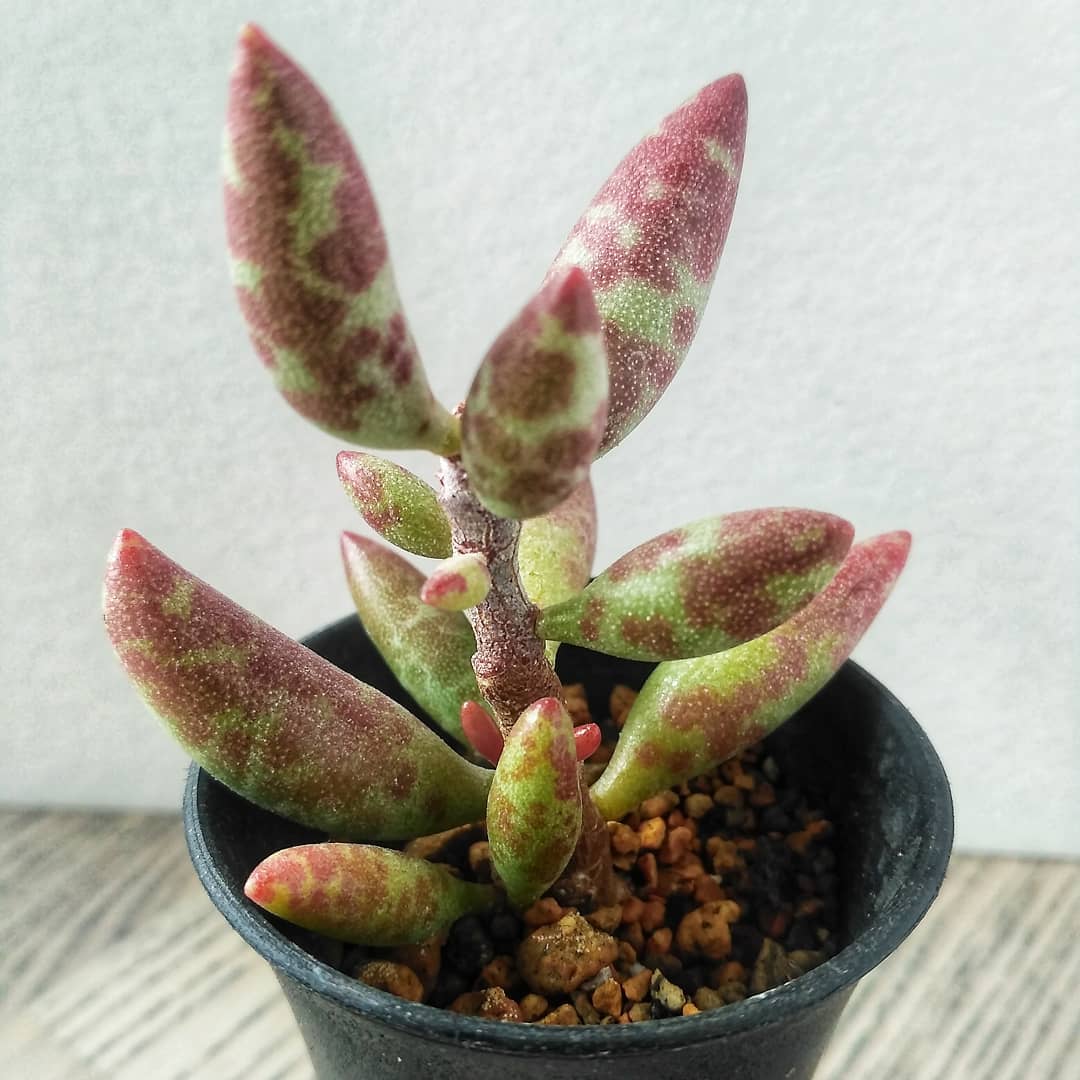
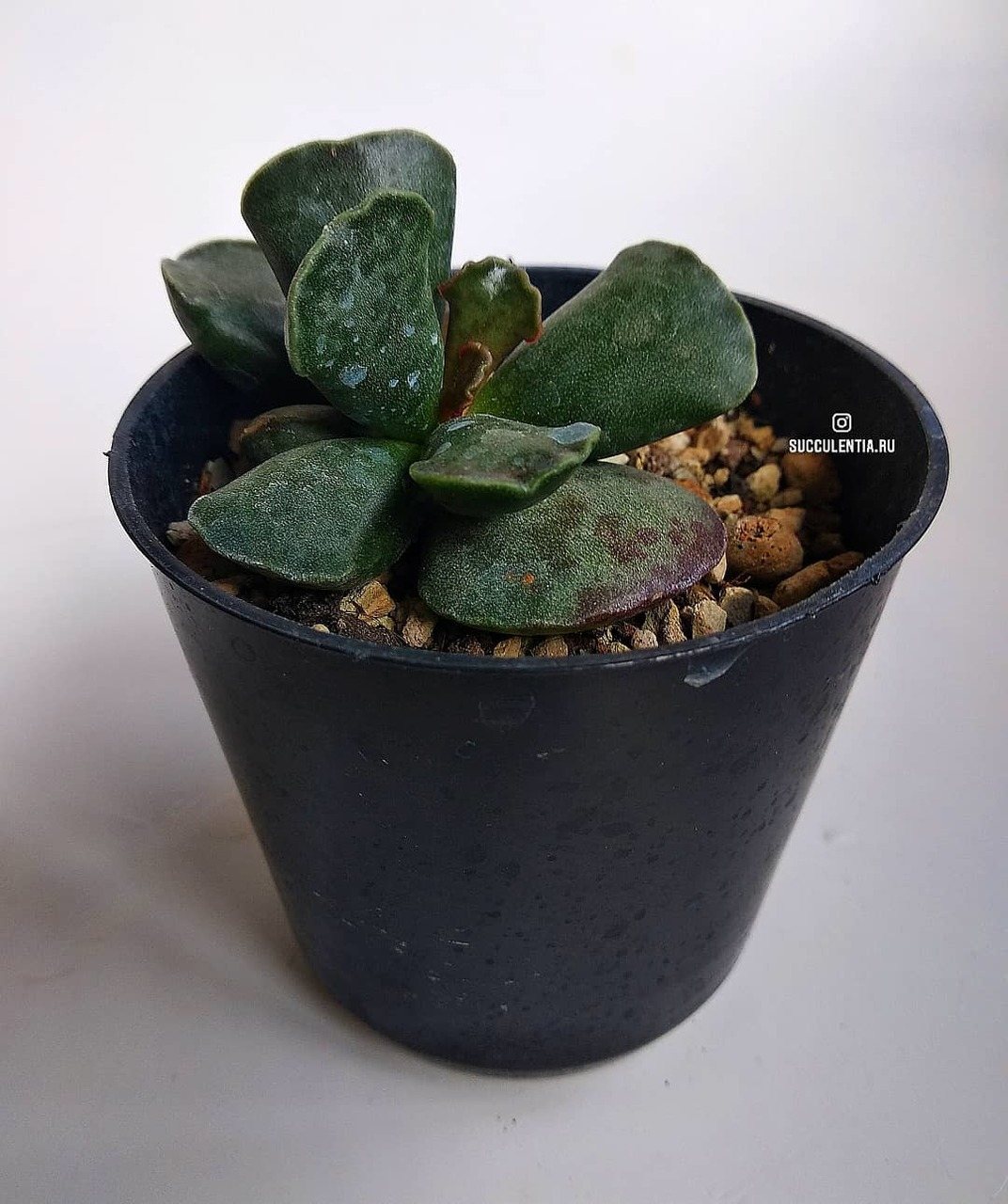
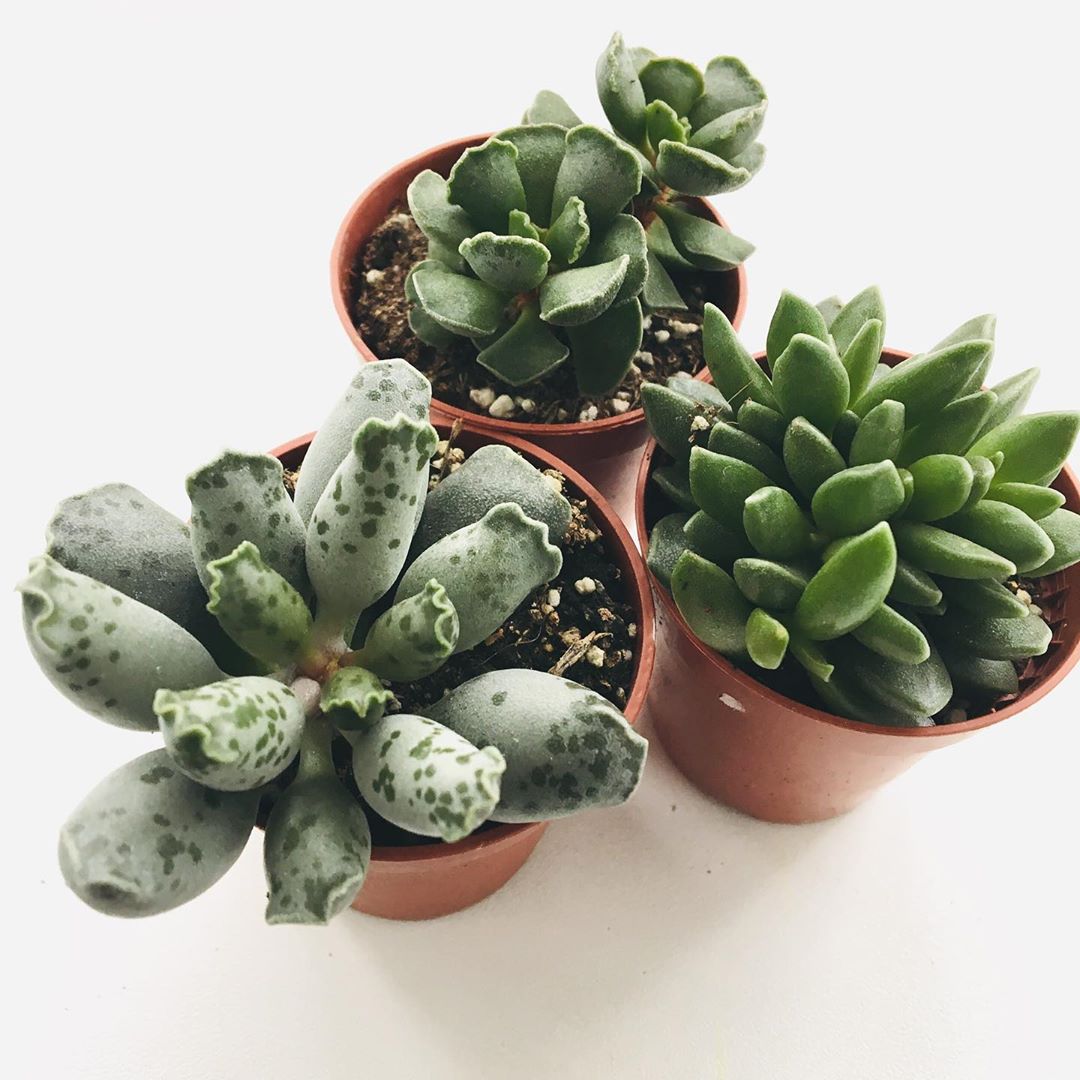
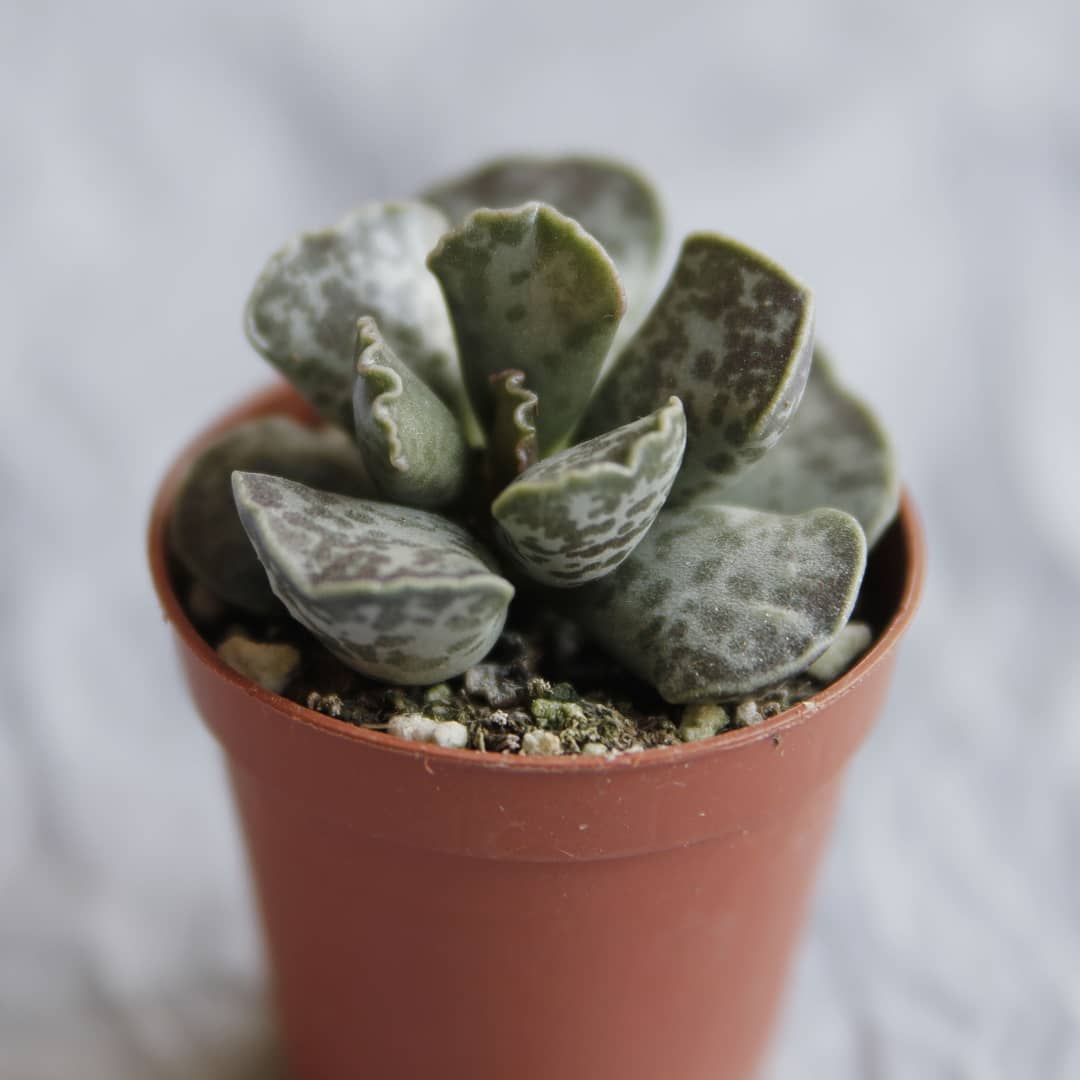
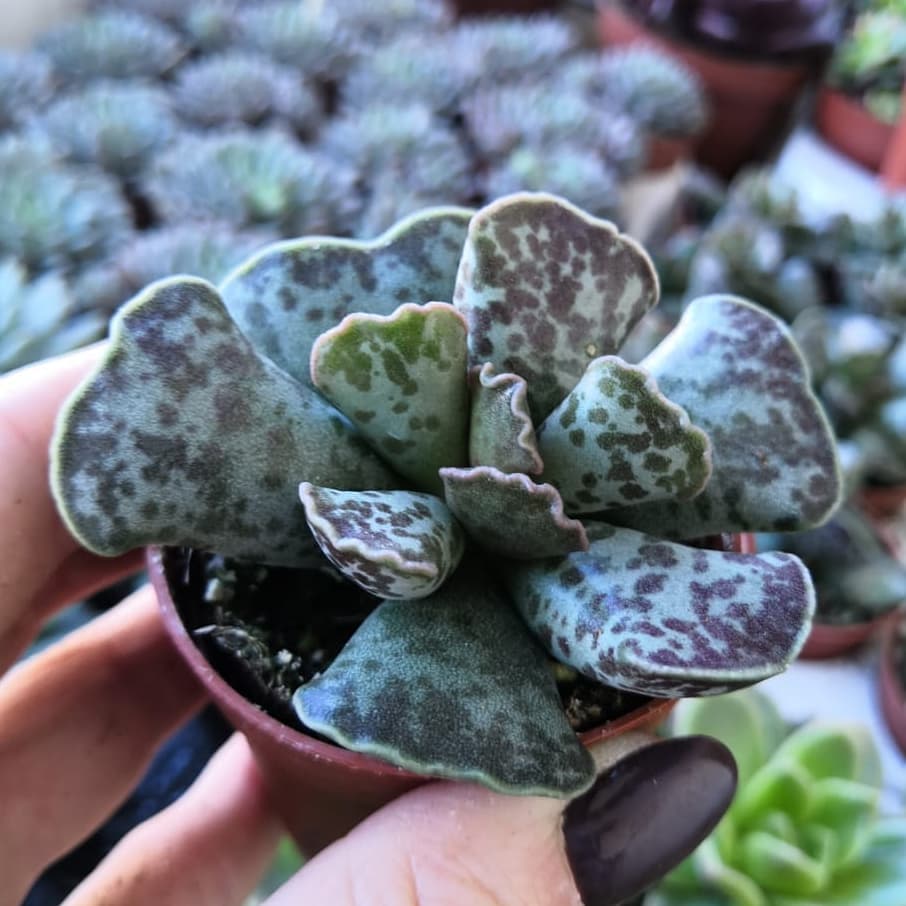





testicular.
Bovieya
A bulbous succulent native to South Africa. The plant is popularly called “sea cucumber”. At home, only 1 type of plant is cultivated, namely the climbing plant. Forms climbing thin shoots that emerge from the center of the bulb. The leaves are small, and the flowers are the same size. They grow in late spring. The buds are light green.
The bulb is large, consists of 8-10 juicy scales. They are very delicate and fragile, and with any force they break, which can cause the death of the flower.
- Piaranthus
- Perennial succulent, representative of the Lastovnevye family. Under natural conditions, pyaranthus can be found in southern or western Africa. Prefers to settle on sandy soils under the canopy of large crops.
- Piaranthus has large, fleshy stems of a greenish-brown hue. Each of them consists of segments of 3-5 cm and has 4-5 edges. The plant has the ability to creep along the ground, forming peculiar bushes. Piaranthus flowers are star-shaped, about 3 cm in diameter. They are located on the tops of the shoots.The petals are triangular, different colors with contrasting splashes. Flowering occurs in August-early autumn. At the end, fruits are formed - paired horns.
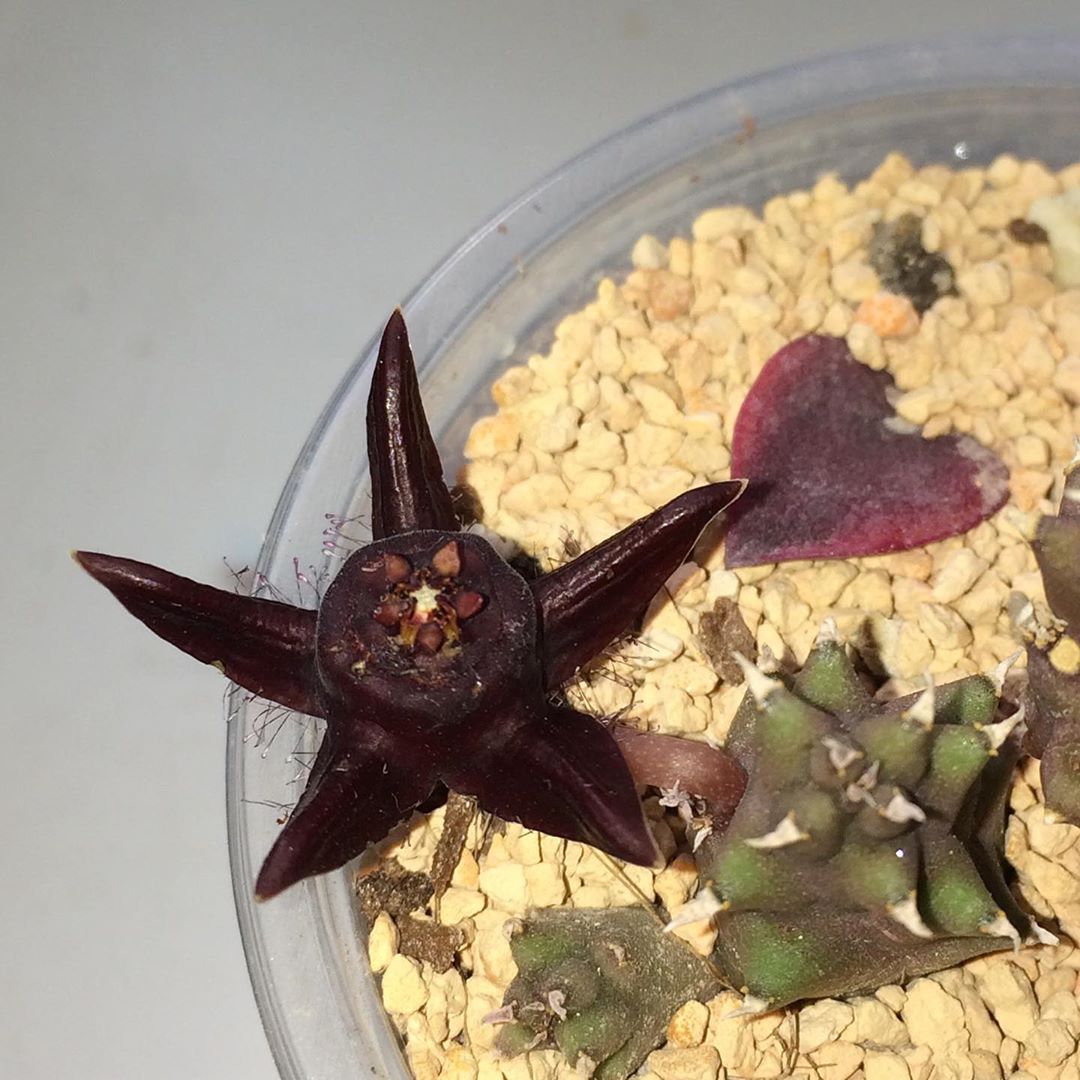
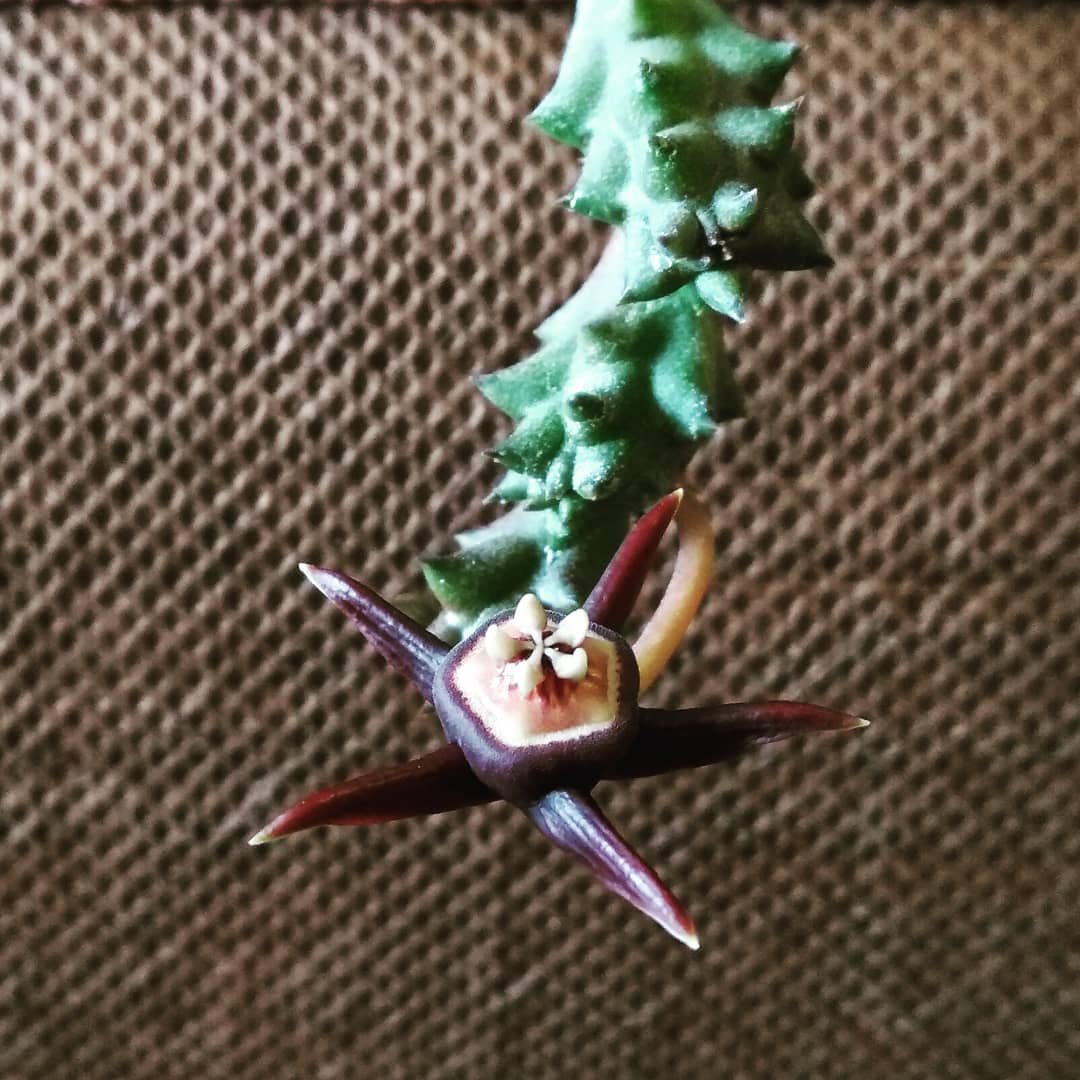

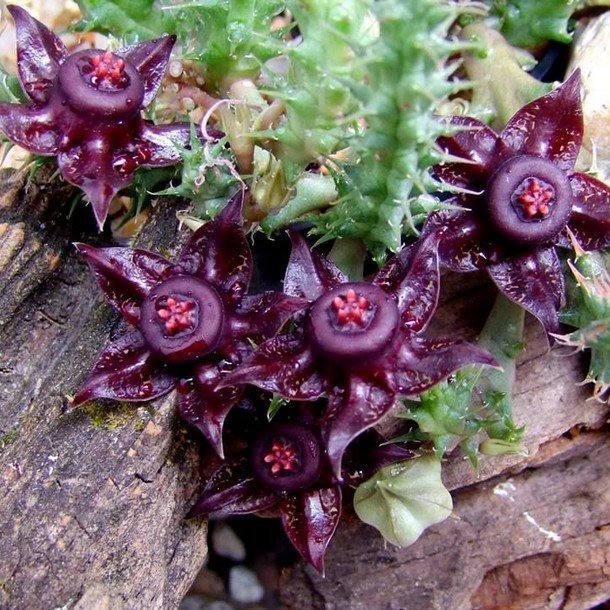
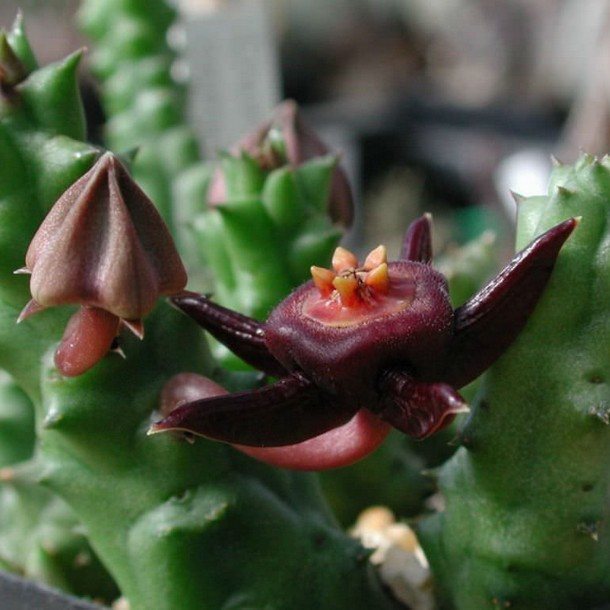





Popular types:
horned;
smelly;
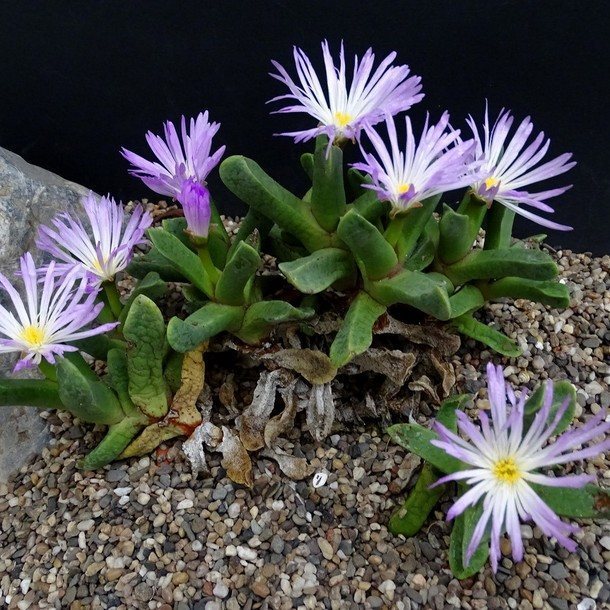
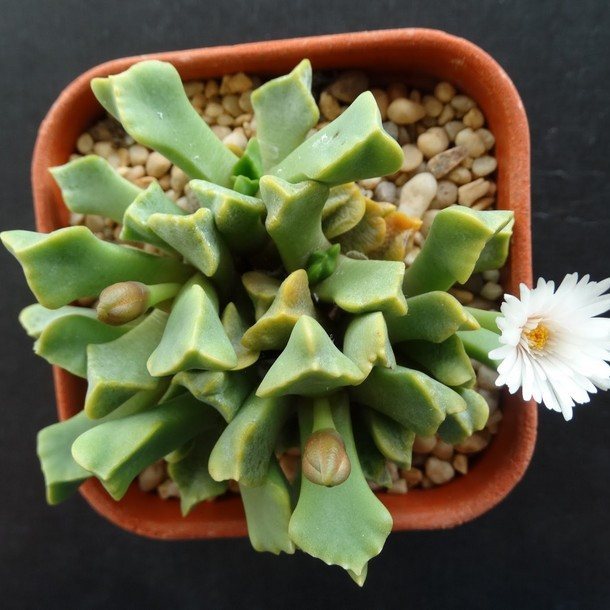
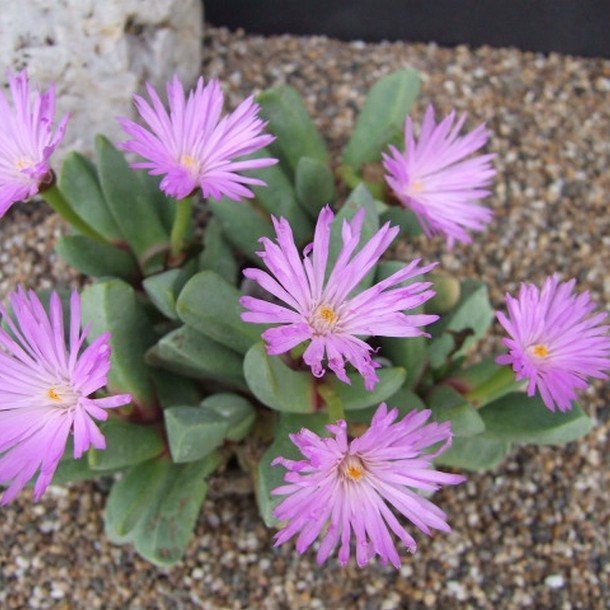
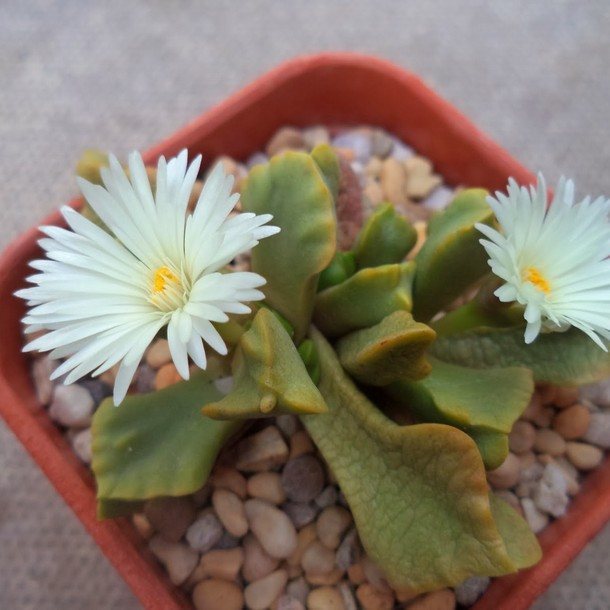




rounded;
pale;
Pillansa;
Frames.
- Andromiscus
- Miniature herbaceous or semi-shrub succulent with creeping shoots. The height of the plant reaches 15 cm. The stem of Andromiscus has a contrasting terracotta color; aerial roots grow on it, which extract nutrients and moisture from the air.
- The leaves of the plant are fleshy, monochromatic or variegated in color. They are round or triangular, attached to a short petiole. The length of the plates reaches 5 cm, and the thickness is about 1 cm. In some types of andromiscus, leaf rosettes are formed. The flowers of this succulent are tubular in white and pink. Collected in spike-shaped inflorescences.
- Popular types:
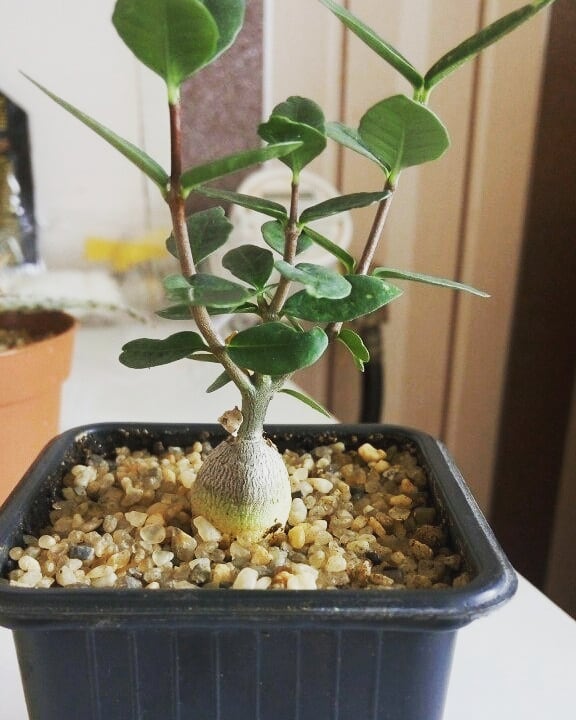
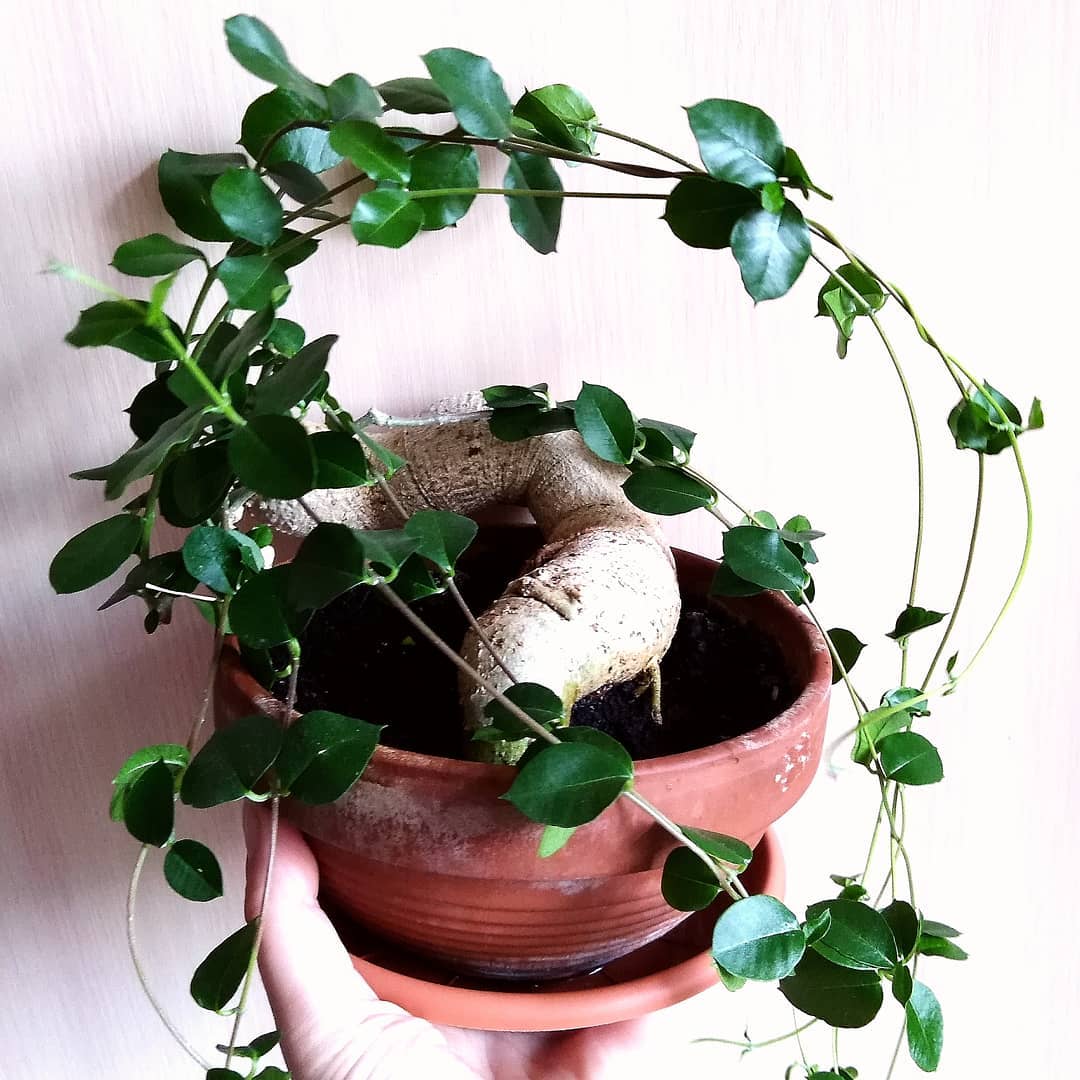
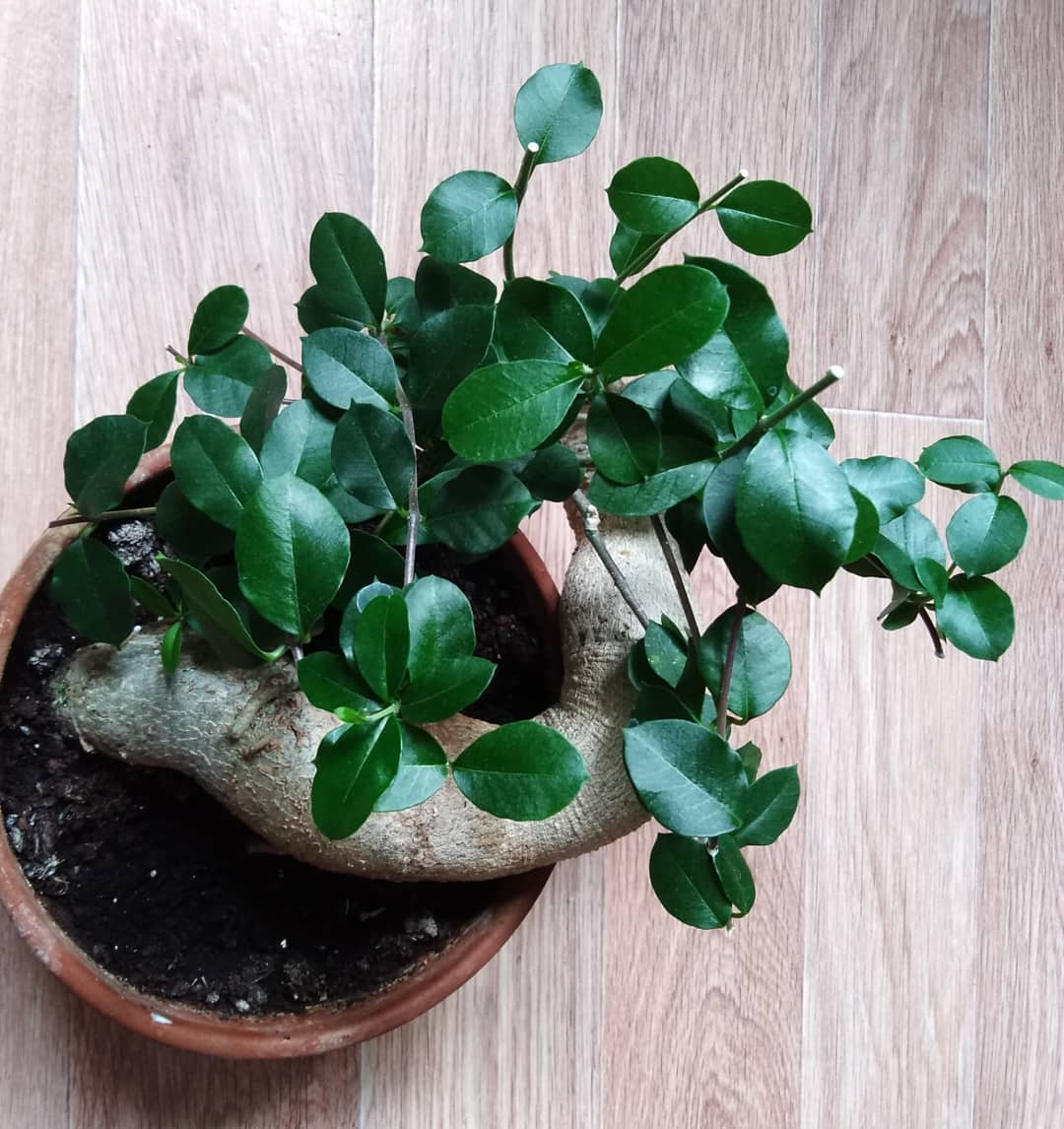
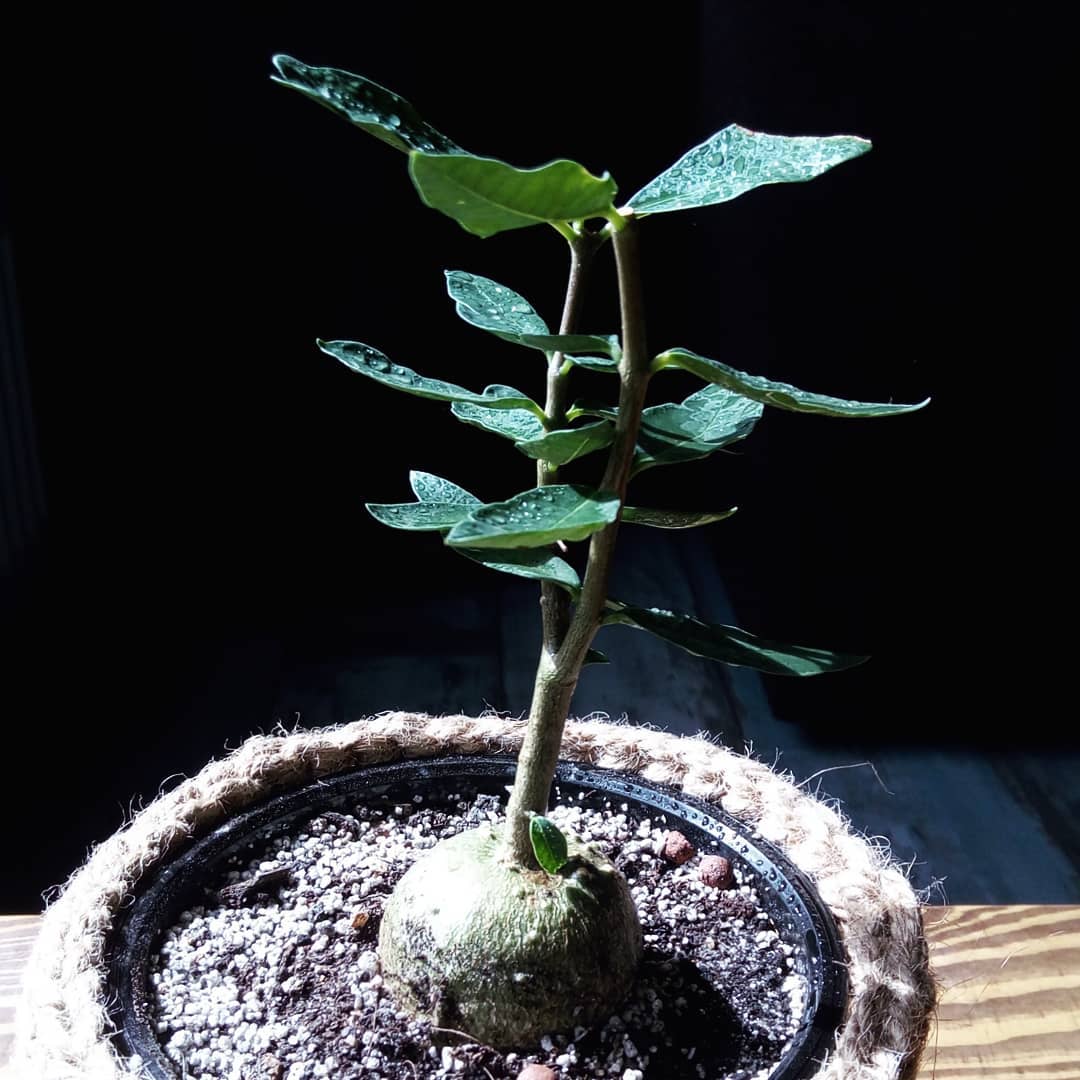
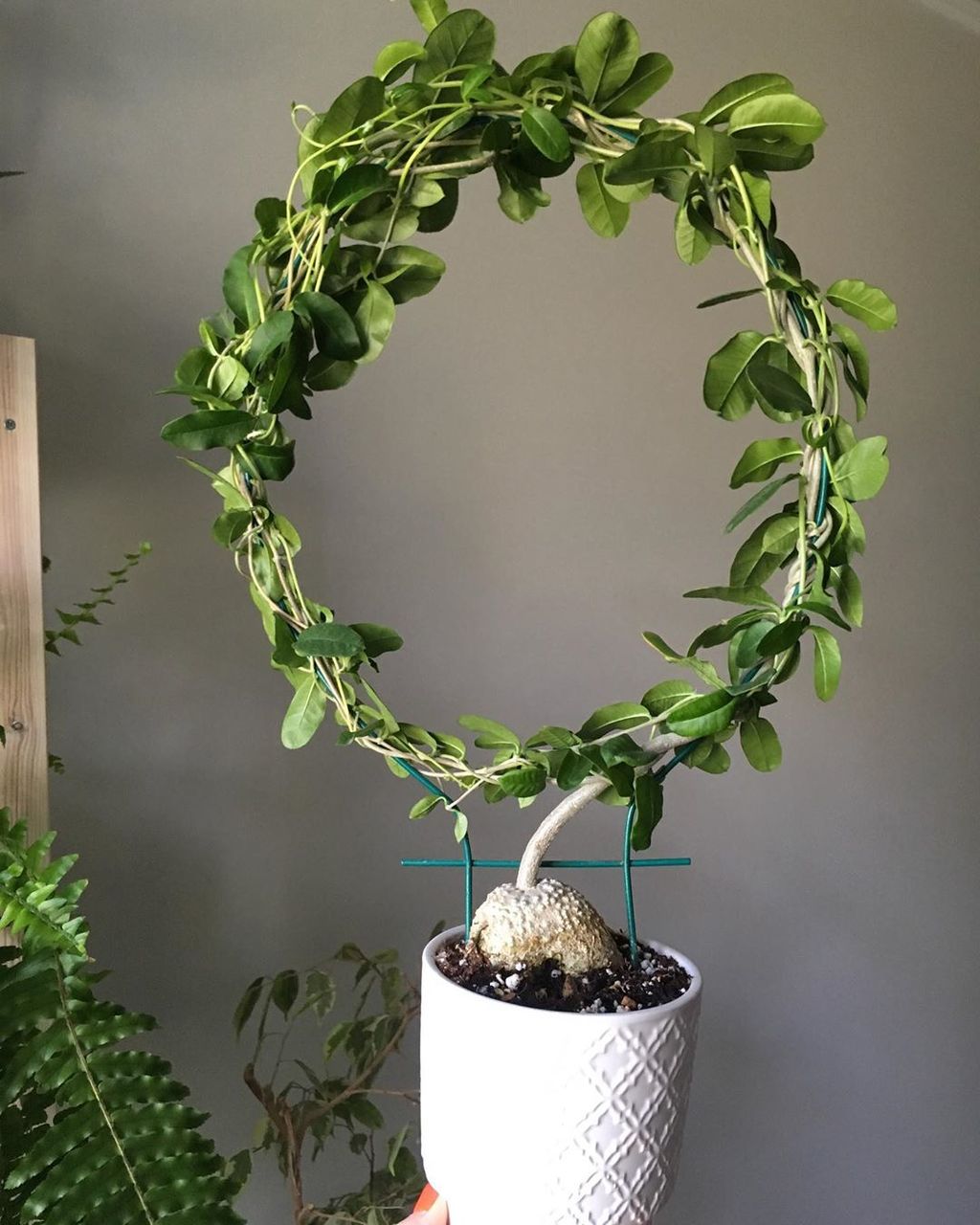





Cooper;
Pellnitz;
Schuldianus;
Spotted;
three-pistil;
- cristatus or comb.
- Duvalia
- Succulent with a small shallow root system. Forms lodging fleshy shoots up to 6 cm long. Their number is constantly increasing every year. The plant eventually forms small groups of 10-20 pieces. Duvalia stems are oval or rounded and green in color with a brown tint. Each has 4-6 edges, which are covered with tubercles and denticles.

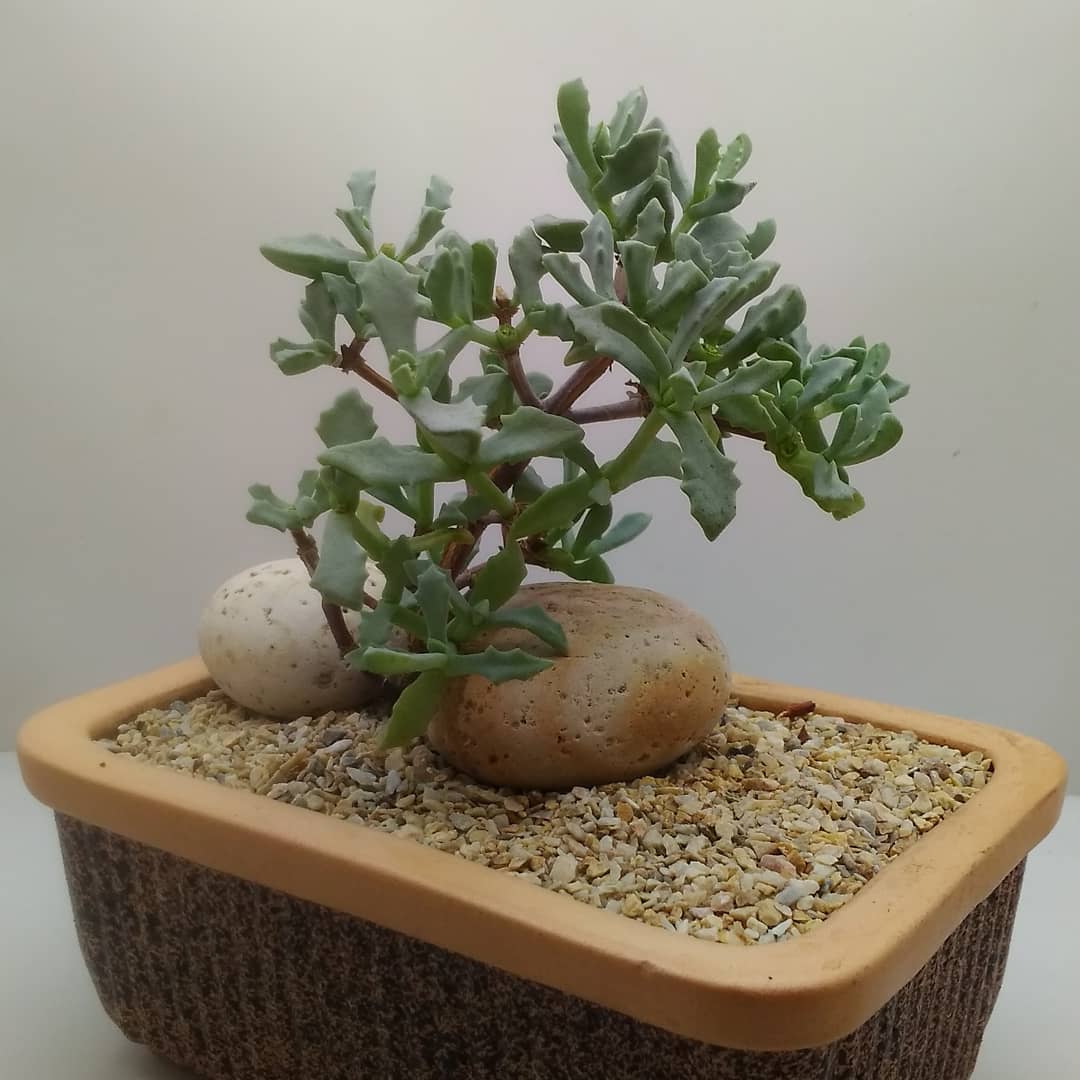
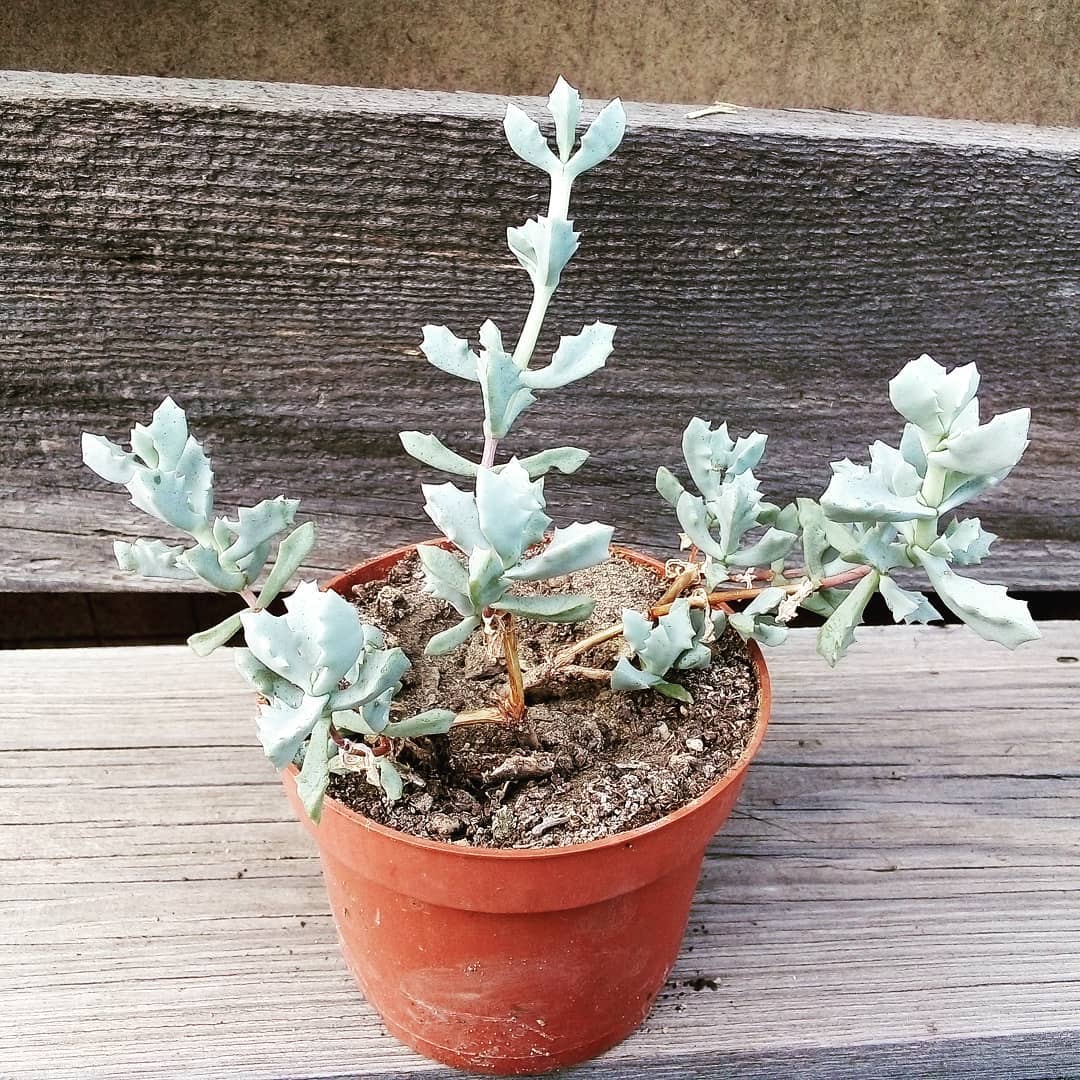
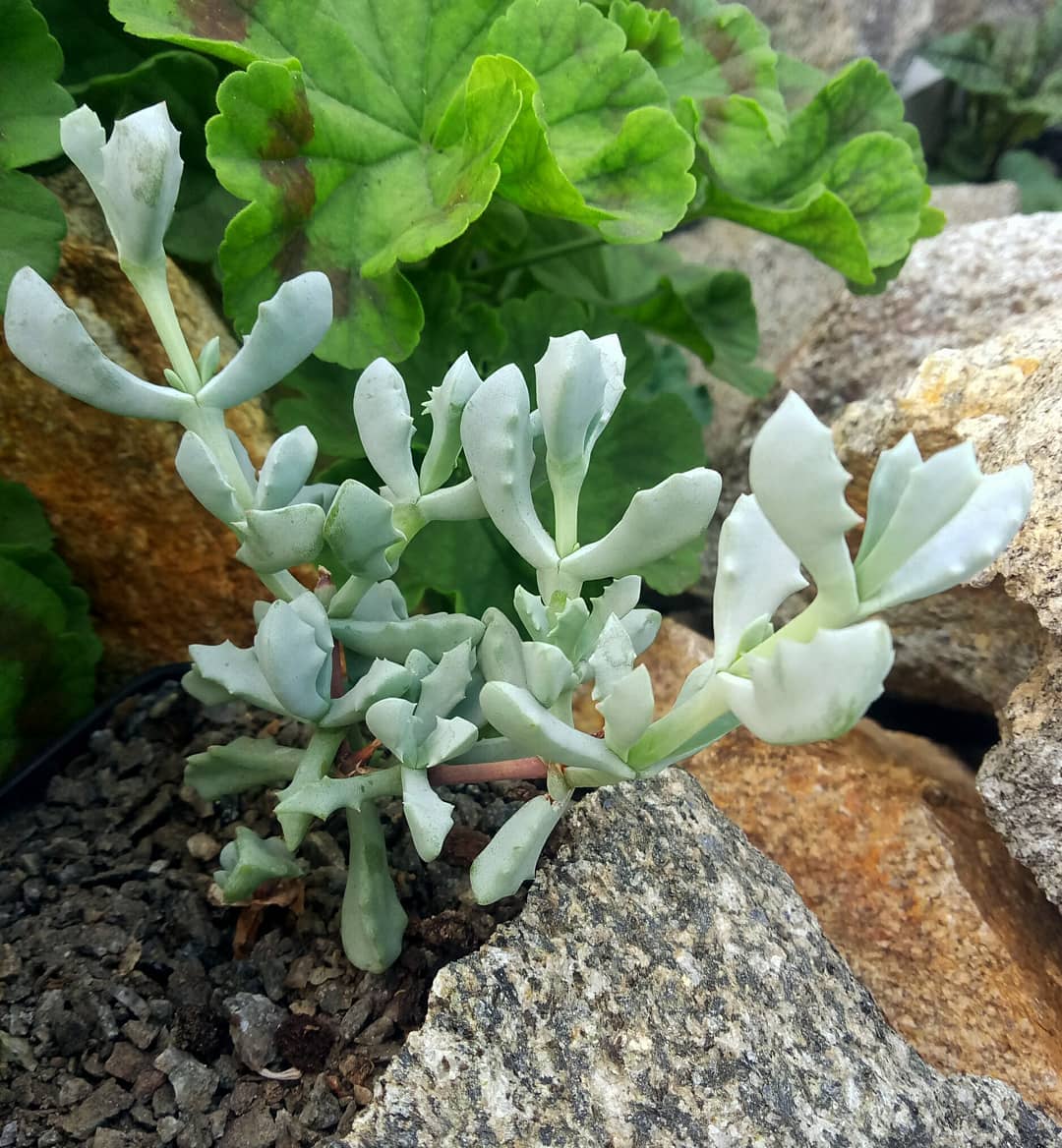






The flowering period for duvalia begins in late summer or early autumn. The peduncle grows at the base of young shoots. The bud is shaped like a starfish. The color of the petals is red-brown or dark purple. Large stamens are located in the center of the flower, the corolla is pubescent.
Popular types:
Pillansa;
turfy;
- Corderoy.
- Cerochlamys
- A small succulent that grows in clumps. Prefers to settle on rocky screes and calcareous rocks. It forms shortened shoots, on which thickened leaves with a pointed tip, up to 7 cm long are located oppositely. The surface of the plates is grooved with a waxy coating. The shade is dark green, but when exposed to sunlight it acquires a purple tint.
- Flowering begins at the age of four. The buds are large, their opening diameter reaches 4.5 cm. The petals are white-lilac. The peduncle is bare and grows from the center of the leaf group.
- Phocaea
- The succulent belongs to the Lastovnevye family. Under natural conditions, it can be found in Namibia, Botswana, and Zimbabwe. The height of the plant at home does not exceed 50 cm. Young seedlings are distinguished by rapid growth, but as they grow older it weakens.
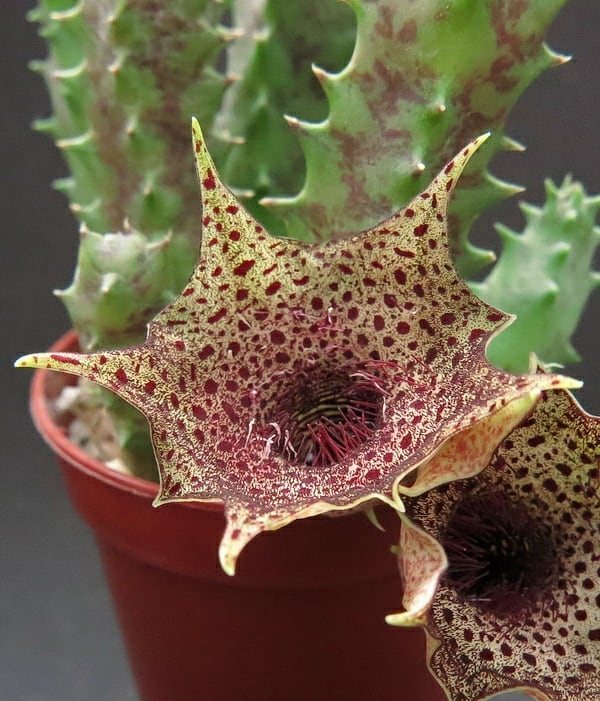
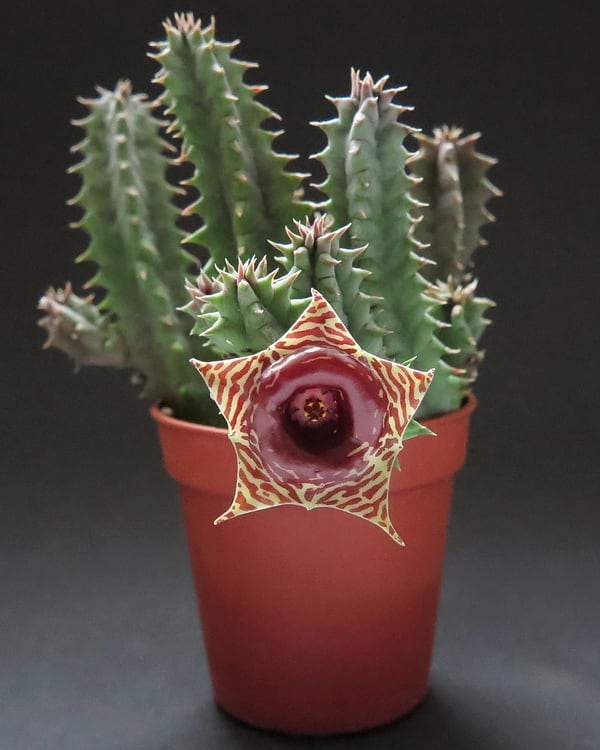
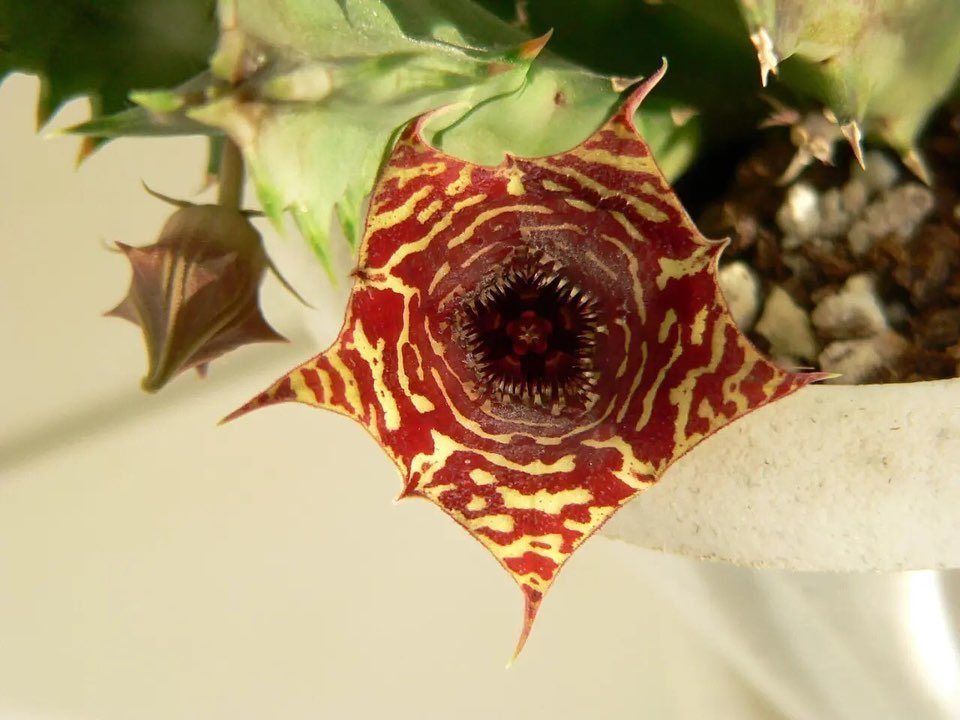
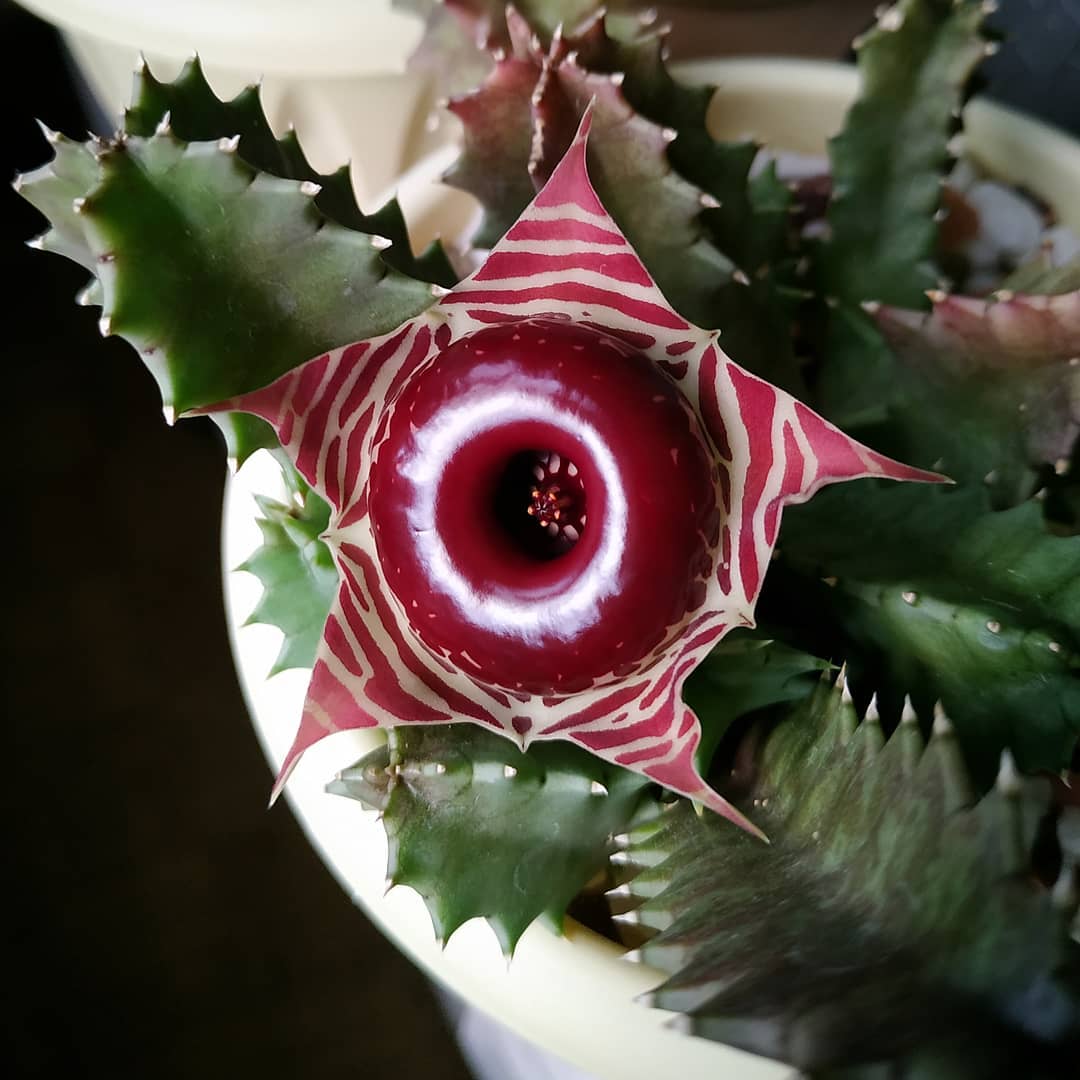




The plant has thickened root tubers, from the center of which grows a dense shoot of thin-stemmed branches that need support. The stem of Phocea can be round or oval, elongated. The leaves are dark green in color with a shiny surface and a prominent central vein. The flowers are small, white with a pleasant aroma.
Popular types:
Edulis;
Multiflora;
Curly;
Capensis.
Oscularia
A perennial, low-growing succulent native to South Africa. Grows bushy. The root system is superficial, the diameter of its growth is 50-60 cm. The height of the oscularia is 15-30 cm. The plant forms erect shoots, which are initially soft and then become woody.
The leaves are thickened, triangular, located oppositely on the shoots. They have a bluish-green color with a thick bluish coating. In some species, the plates may be crescent-shaped or tetrahedral.The leaves have serrations resembling thorns. During the growth process, the succulent forms many daughter shoots.
Flowering occurs in late spring-early summer. Forms small flower stalks with single buds, similar to gerberas. The color of the petals can be pink, white, yellow, purple, orange. When opened, the flowers emit a pleasant almond aroma.
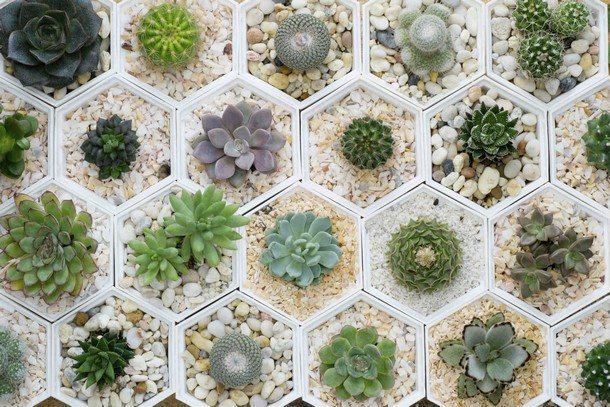
Common types:
deltoid;
Caulescence;
picketed.
Guernia
Perennial succulent from the Lastovnevye family. Usually it forms 4-5 green stems, on the surface of which you can see a marble pattern or red stains. Guernia's shoots are ribbed with small teeth. The height of the succulent reaches 30 cm. There are erect and creeping types. The leaves are small, dry quickly and fall off. Lateral shoots grow from the main shoot, which gives the shrub branchiness.
Flowers are located on thin stems. Their diameter reaches 5-10 cm. In shape they resemble a star or a crown. The color is plain or with contrasting splashes.
Kenyan;
Zebrina;
large-fruited;
rough;
hairy;
graceful.
Conditions of detention
In order for succulents to fully develop and bloom at home, it is necessary to provide them with maintenance in accordance with the climatic conditions to which they are accustomed. Otherwise, the plants may die. Therefore, it is recommended to study the features of keeping such crops in advance so that problems do not arise later.
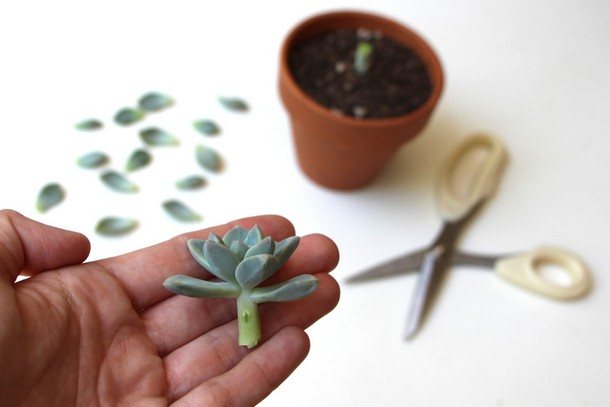
Lighting
Succulents are accustomed to bright light, so the sun is vital for them. Plants should be placed on a southern windowsill, but taking into account the characteristics of each crop.After all, despite the fact that succulents need light, not all are able to withstand direct sunlight all the time. Plants such as agave and cacti are more resistant to them, as they grow in open areas. And gastelia, duvalia, some types of aloe and crassulla prefer to be content with the bright sun in the morning or evening, and at noon they can get burned, so they need a little shading.
For successful wintering, these types of plants need to be provided with 10-12 hours of daylight. Therefore, in the evening you will need a lamp. It should be placed at a height of 30 cm from the plant. But the radiation intensity of incandescent and fluorescent lamps is insufficient. Therefore, plants react poorly to them. For growing succulents, a special phytolamp is suitable, which can completely compensate for the lack of sunlight during this period.
Air
Succulents are desert plants that love dry air. Therefore, there is no need to spray these crops. The closer the conditions of detention are to their environment, the better they feel. Therefore, it is periodically necessary to ventilate the room where the succulents are located to prevent high humidity.
Temperature
Most succulents grow in regions with sharp temperature changes between night and day. In summer, plants can withstand up to +40 degrees. But at the same time, the maintenance regime at night can drop to +13-15 degrees.
In winter, plant growth stops. Therefore, it is enough for the temperature to reach +20 degrees during the day and drop to +7 at night.
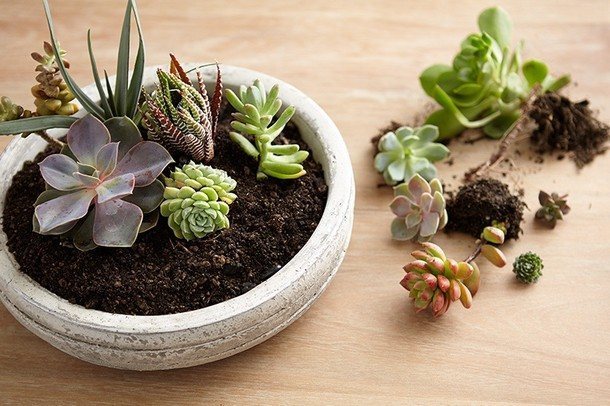
Caring for succulents at home
Such crops are undemanding to care and can forgive the grower for a long absence of watering and fertilizing. However, for the full development of succulents, it is necessary to adhere to certain rules.
Watering
The peculiarity of such plants is that they contain a supply of moisture in their shoots and leaves in case of prolonged drought. Therefore, they do not need abundant and frequent watering, otherwise they may rot.
In summer, the soil should be moistened when the top layer dries to a depth of 1-2 cm. Therefore, the frequency of watering is 2 times a week. In winter, this should be done no more than 1-2 times a month. The need for watering can be determined by the condition of the leaves or trunk of the plant; they should become slightly limp.
Fertilizer
Despite the unpretentiousness of succulents, they need to be fed periodically. Organic fertilizers are strictly contraindicated for these plants. They inhibit the development of crops and prevent flowering.
Tomato variety Mongolian dwarf: description and characteristics, reviews and photos
It is best to use special mineral fertilizers for succulents that contain nutritional components in an accessible form for plants. Recommended fertilizers include Agricola and Bona Forte. The balanced composition of these professional products, which can be purchased in the store, allows plants to fully develop.
It is necessary to feed succulents no more than once a month in spring and summer, and during the dormant period this does not need to be done. Fertilizers must be applied in the form of an aqueous solution at the root, since foliar fertilizing is not acceptable for such plants.
You can also sometimes use the biological product “Fitosporin M”, which has fungicidal properties and contains a growth stimulant. It is necessary to prepare a working solution based on it 2 hours before use.
Feeding succulents is possible at home and in the absence of special fertilizers. Wood ash, namely an extract based on it, is suitable as a nutritional component. To do this, you need to fill the component with hot water in a ratio of 1:3 and leave for 24 hours. After the waiting period, the resulting concentrate can be used 2-3 times a month. But before watering it should be diluted with water 1:10.
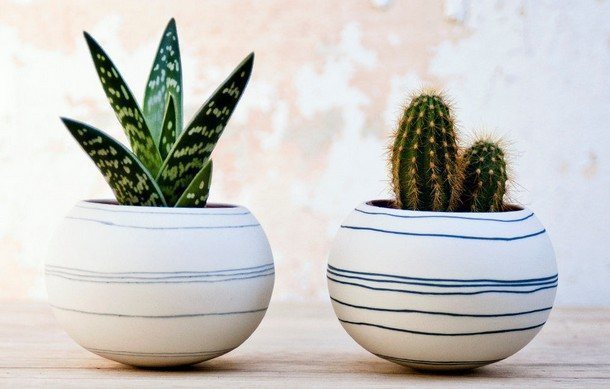
Trimming
As succulents grow, parts of their shoots and leaves gradually die off. Therefore, they must be periodically removed to preserve the decorative appearance of the plants.
It is also sometimes possible that the stems become significantly elongated when there is insufficient light. In this case, pruning can correct the situation. It is recommended to carry it out in the spring during the active growing season. This procedure is especially relevant for multi-branched shrubs with long shoots.
- In this case, it is necessary to cut the shoots by 1/3 of the length, which stimulates the development of lateral shoots.
- Growing
- For the full development of succulents, the composition of the soil and container are important. If chosen incorrectly, plants may die. Therefore, it is necessary to familiarize yourself with what soil and pots to use for planting.
- The soil
- Succulents are sensitive to high soil moisture. In natural conditions they do not encounter this, therefore they are not adapted to survive in such conditions. When growing succulents, you need soil that can dry out quickly, which will leave no chance for the development of soil fungi.
The “universal” type of bio-soil sold in stores contains peat. This means that it takes a long time to dry out due to its ability to retain moisture. Therefore, any soil mixtures, even those marked “for succulents,” that contain it are not suitable for these plants.
How to make soil
The best option may be to prepare the substrate yourself. It should be a mixture of various components that are ideal for succulents. It is recommended to mix turf soil and sand in a 1:1 ratio, and as an additional loosening agent, you can use perlite, vermiculite, brick chips or zeolite at the rate of 100 g per 1 liter of soil.
Marble chips, which are sometimes recommended to be added to the soil, are not very suitable for making a soil mixture, as they can alkalize the soil. And this prevents the plant roots from fully absorbing the nutrients. Ready-made substrate
Only some types of ready-made substrates can be used for planting succulents. First of all, these include "Lechuza" from a German manufacturer. It consists of volcanic rock that supplies plants with iron, zeolite, purified pumice and top-quality fertilizers. Its only drawback is that the cost is an order of magnitude higher than conventional substrates.
Also, for planting succulents, you can use a special German soil "Seramis" based on granulated clay and lava. Due to the capillary structure of the first component, it absorbs moisture well and subsequently slowly gives it to the roots of the plant.
Coconut substrate is not recommended for succulents, as it absorbs water strongly and dries for a long time, which is not acceptable for these plants.Biosoil of the “universal” type, which is sold in the store, contains peat. This means that it takes a long time to dry due to its ability to retain moisture. Therefore, any soil mixtures, even those marked “for succulents,” that contain it, are not suitable for these plants.
How to make soil
- The best option may be to prepare the substrate yourself. It should be a mixture of different components that are ideal for succulents. It is recommended to mix turf soil and sand in a 1:1 ratio, and as an additional baking powder you can use perlite, vermiculite, brick chips or zeolite at the rate of 100 g per 1 liter of soil.
- Marble chips, which are sometimes recommended to be added to the soil, are not very suitable for making a soil mixture, as they can alkalize the soil. And this prevents the plant roots from fully absorbing nutritional components.
- Ready substrate
- Only certain types of ready-made substrates can be used for planting succulents. These primarily include “Lechuza” from a German manufacturer. It consists of volcanic rock that supplies plants with iron, zeolite, purified pumice and premium fertilizers. Its only drawback is that the cost is an order of magnitude higher than conventional substrates.
- You can also use special German soil “Ceramis” based on granulated clay and lava for planting succulents.Thanks to the capillary structure of the first component, it absorbs moisture well and subsequently slowly releases it to the roots of the plant.
- It is not recommended to use coconut substrate for succulents, as it strongly absorbs water and takes a long time to dry, which is not acceptable for these plants. When planted in it, development stops.
Hydrogel
This component has the ability to accumulate moisture, so it is not recommended to use it for succulents, since they themselves cope with this task well. Also, you should not add it to the soil mixture, otherwise it may lead to rotting of the root system.
Sand
This is one of the most important components to use. The ideal option is quartz sand without clay impurities. Before use, it must first be rinsed from debris and calcined in the oven or in a frying pan for 15-20 minutes.
Drainage
Succulents belong to the category of plants that cannot tolerate even slight stagnation of moisture in the soil. Therefore, when planting at the bottom of the container, it is necessary to place a drainage layer of at least 1 cm. For this, you can use expanded clay, sea or river pebbles, as well as stone chips.

Tara
For the full development of plants, it is necessary to choose the right planting container. Succulents don't need large containers right away. They need to be replanted as the root system grows.Otherwise, the excess soil in the container will begin to sour.
Pots
You can use containers made of different materials to grow succulents. Their choice depends on the preferences of the grower. The main thing is that the containers for planting have drainage holes.
Pots for succulents are suitable:
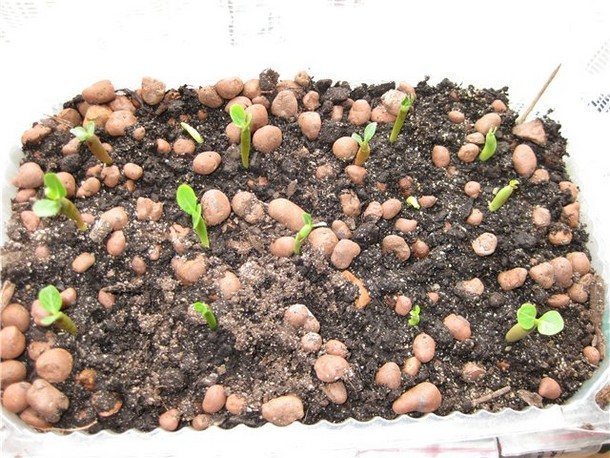
glass;
ceramic;
plastic;
wooden;
concrete.
You cannot use only metal containers, which, when combined with moisture, will begin to rust, and this will negatively affect the development of plants.
You can choose a flat or square pot for succulents, since their root system is located in the top layer of soil. Unusual decorative containers of small volume are also suitable.
For plants with strict shapes, you can choose “Japanese” pots, painted with hieroglyphs in dark and light colors. And for mini succulents you can choose a decorative aquarium set.
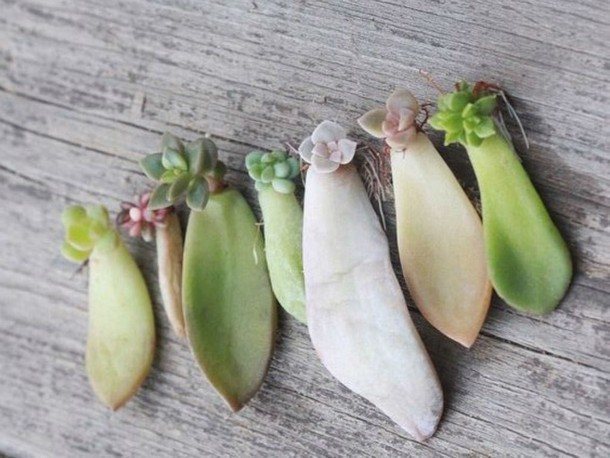
Flowerpots
You can also grow succulents in ceramic pots. In this case, it is necessary to lay a thick layer of drainage of at least 3-5 cm on the bottom. This will not allow the roots of the plant to constantly come into contact with moisture. In addition, the porous material will evaporate water through the walls and thus cool the earthen ball.
Glassware
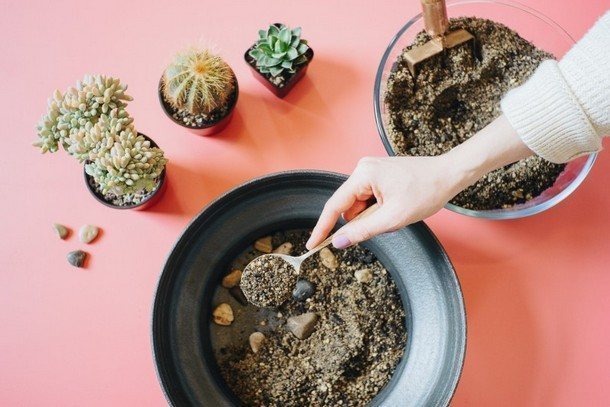
Nowadays it has become very fashionable to grow small succulents in glass containers. These compositions look very original and can decorate any interior.They are especially relevant for small spaces.
The following is suitable as a landing container:
aquarium;
vase;
flask;
mug;
bottle.
To plant, you must initially put a layer of drainage on the bottom of the dish, which will protect the plants from rotting of the root system.
Box
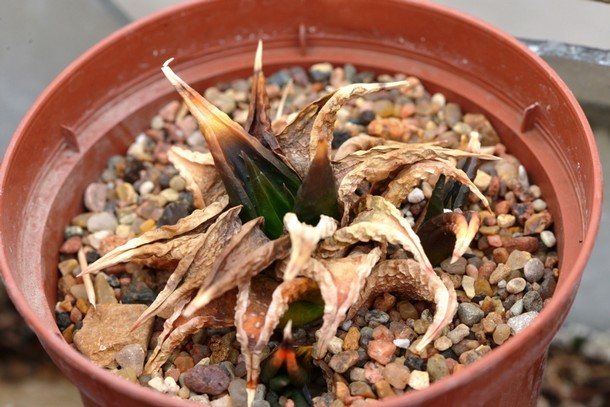
Many gardeners prefer to grow small succulents in groups. To do this, you can use wooden and plastic boxes of the appropriate size. Initially, you need to make drainage holes in them and lay fabric on the bottom so that they do not become clogged with soil. After this, fill with substrate and plant the plants so that they do not interfere with each other.
Florarium
Professional flower growers create unique compositions with the help of succulents. For this, it is best to use glass aquariums equipped with lighting and a removable lid.
In this form, the plants look very elegant, since not only their above-ground part is visible, but also the root system, as well as the structure of the soil. The composition looks organic if all the details in it are taken into account.
Landing
You can plant succulents using seeds. This method allows you to obtain seedlings that, during the growth process, fully adapt to home conditions. But in order to plant correctly, it is necessary to study the features of this procedure. Only if all recommendations are followed will the seedlings develop well.
Seeds
Sowing should be carried out in wide containers filled with a mixture of turf soil and sand. The soil should be pre-heated in the oven. Before sowing, the surface should be leveled. Then distribute the seeds evenly and cover them with a 1-2 mm layer of sand. When finished, moisten with a spray bottle. Seeds that are too small, like dust, cannot be sprinkled on top. After this, cover the container with film or glass and place it in a bright place with a temperature of +25 degrees.
The first shoots will appear on days 3-14. When the seedlings become stronger, they need to be adapted to external conditions and the shelter removed.
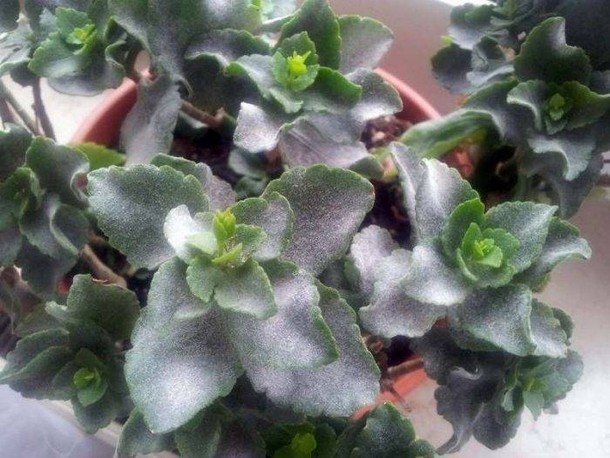
Reproduction
You can propagate succulents at home using leaves, cuttings and daughter shoots. This can be done from spring to late summer. Each of these methods has its own characteristics that should be studied.
Leaves
This method is suitable for all succulents of the Crassulaceae family. To grow a new seedling from a leaf, you need to break off that entire part of the plant. Then simply place it on slightly moistened soil. There is no need to cover it with a jar or sprinkle it with soil. The leaf will take root on its own over time; when this happens, they need to be sprinkled with a 0.5 cm layer of substrate.
Children
Many succulents grow daughter shoots during development. All that remains is to wait for them to grow their own roots. After this, it remains to separate each shoot without damaging the mother plant and plant it in separate containers.And in order for them to take root and grow faster, you should moisten the soil with a spray bottle with a root former solution.
Cuttings
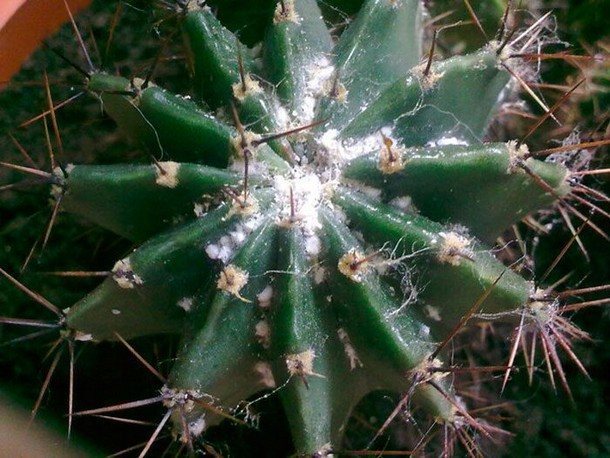
Succulents can also be propagated by the apical parts of their shoots. To do this, you need to cut them 1-5 cm long. Then dry the cut for 2-3 days on the windowsill, and then plant it in a moistened substrate. Cuttings take root in 1-4 weeks, depending on the type of plant.
Transfer
After purchase, the plant needs to be replanted when it adapts to new conditions. This is best done in spring or summer. Therefore, if you purchased a succulent in winter, it is better to wait until the favorable period begins.
It is necessary to replant a new plant using the transshipment method. To do this, you need to carefully remove it from the container and remove a little soil from the roots. Then place it in a new container and fill the resulting voids with a nutrient substrate. It is impossible to bury the root collar during transplantation.
Diseases and problems
Succulents have high natural immunity and are able to survive in conditions where many crops die. But if you ignore the rules for growing them, the resistance of plants decreases. In this case, serious problems can arise.
The leaves are turning yellow
Succulents are mostly evergreens. And in the process of growth, they can undergo natural renewal. Therefore, periodically the lower leaves of succulents may turn yellow and gradually fall off.Which is the norm for many succulents.
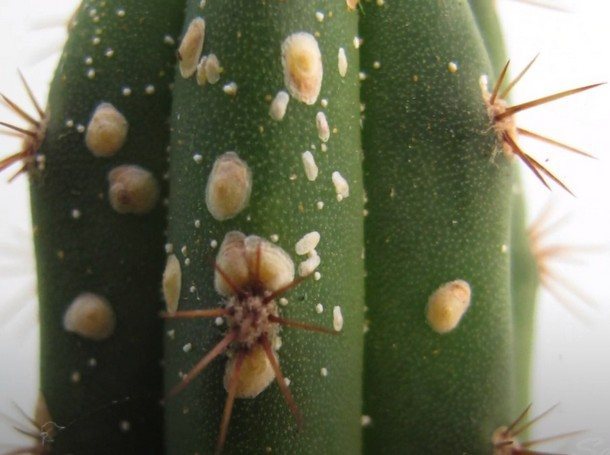
Tomato variety Elk F1: description and characteristics, reviews and photos
But, if the foliage constantly turns yellow, this indicates improper feeding, overwatering or lack of long-term replanting.
The leaves are falling
If the succulent drops its leaves, this may indicate an overabundance of fertilizers. Fertilizing should be carried out only during the warm period of the year, once a month. Low room temperature can also cause leaf fall, which is not acceptable for some crops. The plates also fall off when watered with cold water.
The leaves are drying
Succulents can survive for long periods of time without water, but this does not mean that they do not need to be watered at all. If the leaves on a plant suddenly dry out, this indicates a lack of moisture in the soil. In this case, it is necessary to adjust the care of the plant.
soft leaves
Sometimes it happens that the leaves of a plant wither and lose turgor. This means that their moisture supply is running out. Therefore, it is urgent to water.
Sometimes succulents drop their leaves, but the substrate in the pot is moist. This indicates overwatering, which has caused root rot. In this case, the above-ground part of the plant does not receive full moisture and nutrition. Therefore, a transplant should be carried out urgently.
Spots on leaves
Sometimes it happens that black spots appear on the leaves of succulents.This is a sign of root rot. To restore the plant, it is necessary to replant it immediately. It is important not only to completely change the substrate, but also to remove all parts of the roots that have turned black.
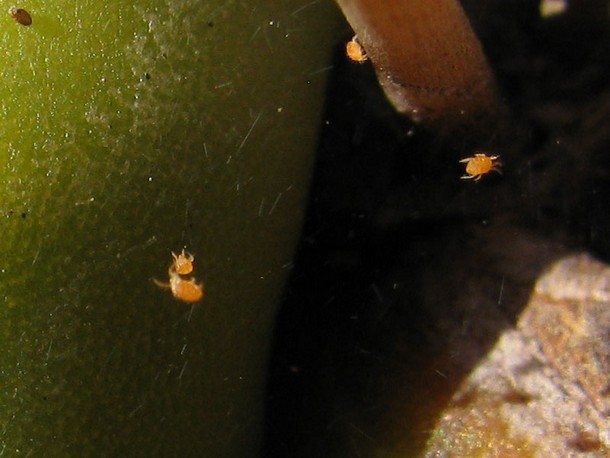
The plant is stretching
This sign indicates that the succulent does not have enough light. Therefore, it is necessary to trim 1/3 of the length of the shoots and illuminate the plant in the evening with a phytolamp. The duration of daylight should be 10-12 hours.
Powdery mildew
This fungal disease develops with high humidity and high temperature, which provokes abundant evaporation. It can be recognized by the white coating on the leaves and shoots. Later, it acquires a dirty brown tint. The affected areas eventually wither. For treatment, it is necessary to use the drug "Topaz" or "Skor".
Rot
This is the most dangerous disease for succulents, which is associated with improper watering or the use of cold water. Most often, the plant's root rots due to excess moisture in the soil. To save it, it is necessary to replant the plant, clearing it of damaged areas and not watering it for 1 month.
Sometimes it happens that the trunk of the plant rots. In this case, it is necessary to cut out the affected area to healthy tissue and sprinkle it with "Fundazol".
- Plaque
- In some cases, a black plaque appears on the leaves of succulents. This indicates the development of sooty fungus, which is carried by aphids.To combat the disease, it is necessary to carry out double treatment with a fungicide and an insecticide, which will help get rid of the pest and disease. To do this, you can use Actellik and Skor in one tank mixture.
- Mold
- Often, light mold appears on the surface of the soil where the succulent grows. This is a sign that the substrate has become heavy and has therefore lost its ability to pass air. As a result, a fungus began to develop in the soil. To eliminate the problem, it is necessary to replant the plant, removing as much old soil as possible from the roots and water the plant with a solution of the drug “Previkur Energy” or “Maxim”.
- Pests
- Plant parasites can also attack a weakened succulent. Therefore, you need to be able to recognize the signs of damage, which will allow you to take timely measures.
- Chervets
- The most common pest of succulents. The mealybug feeds on the sap of shoots, leaves and buds of the plant. When spread en masse, it forms cotton balls that are difficult to miss.
- To combat it, it is recommended to sprinkle the plant with “Fitoverm” and water it with “Aktara” solution, since the bug reproduces in the top layer of soil. Treatment needs to be carried out 2-3 times every 7 days.
Shchitovka
The pest is localized along the shoots and on the back of the leaves. They are small brown plaques that can be easily removed with a fingernail. It feeds on the juice of leaves.As a result of its activity, a sticky coating appears on the plant.
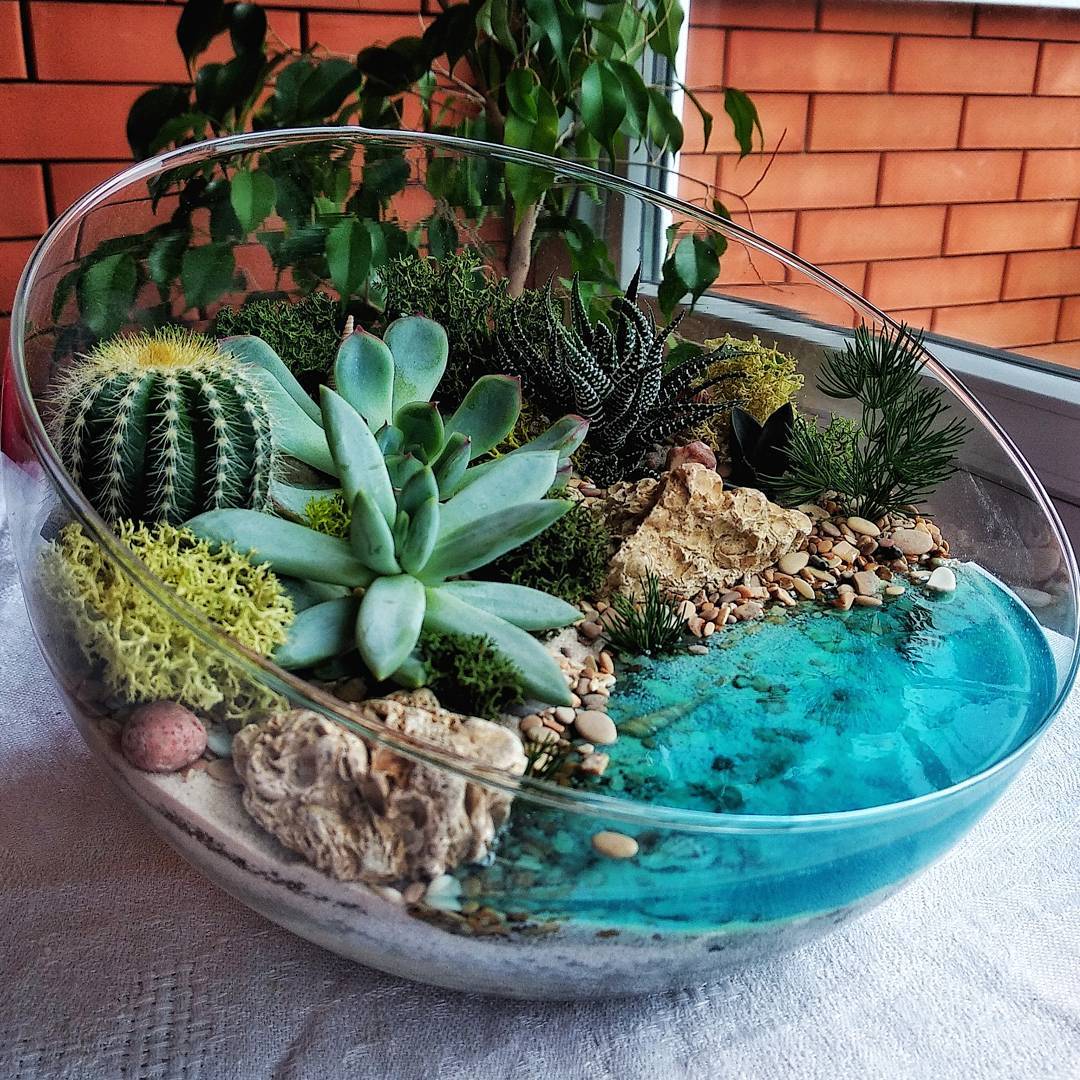
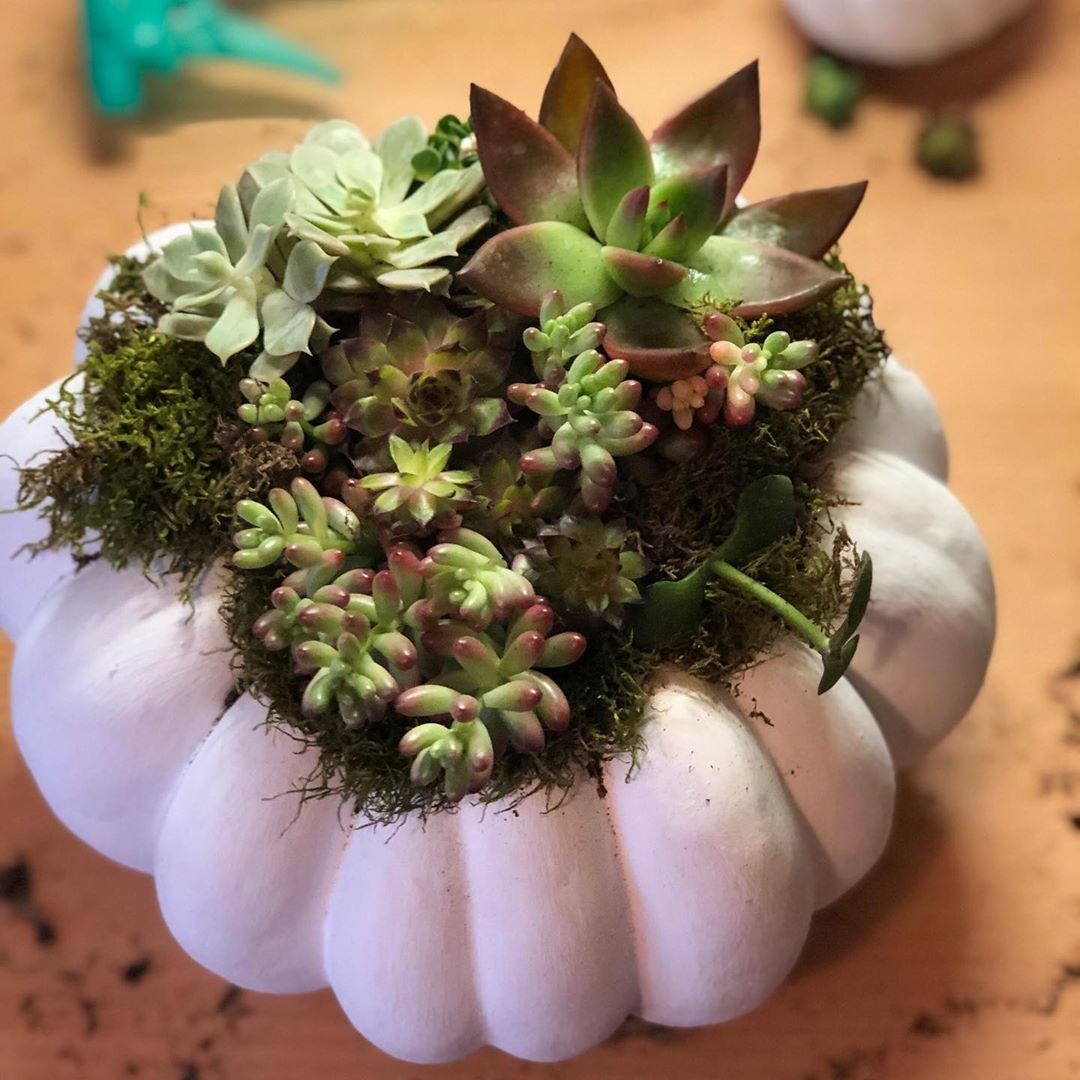
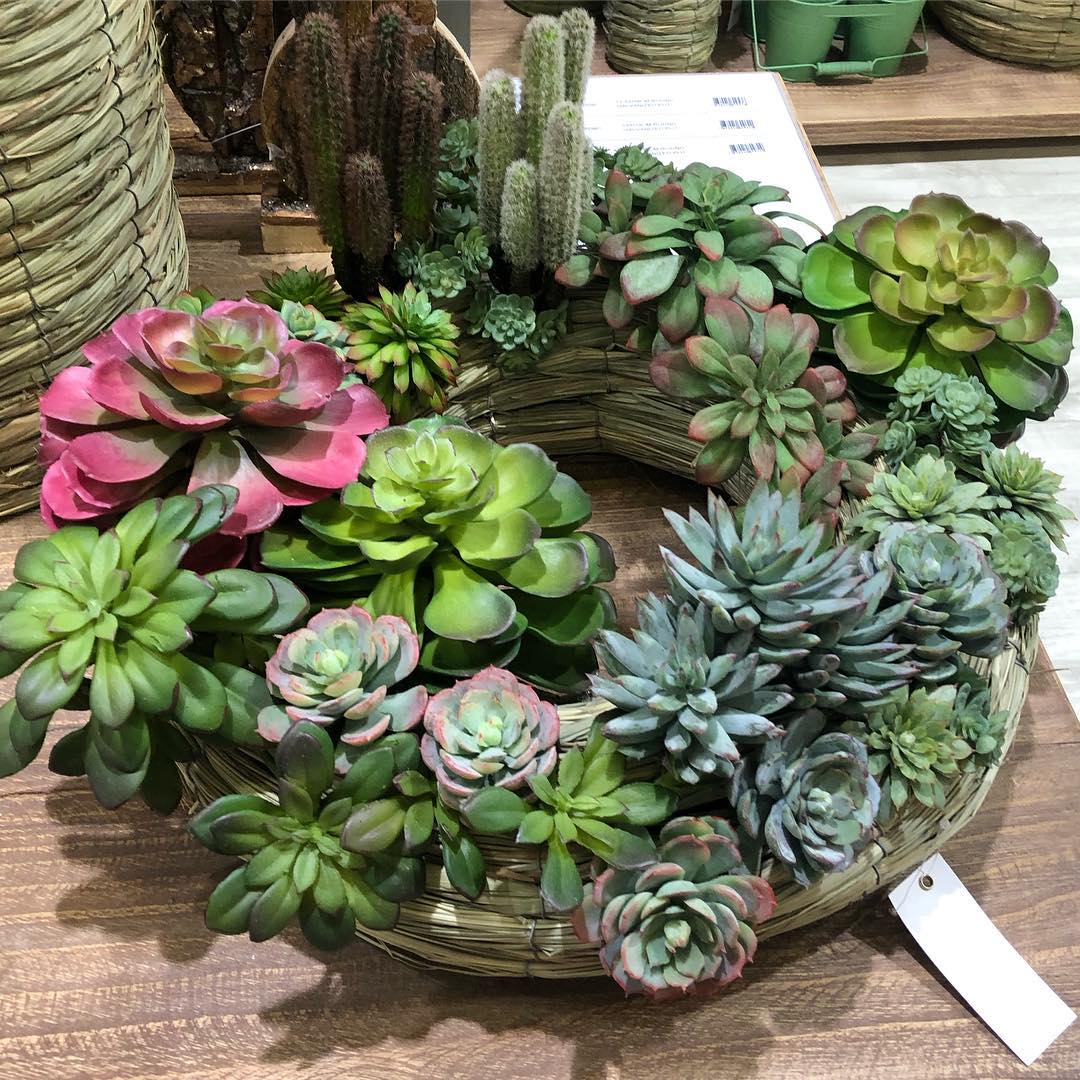

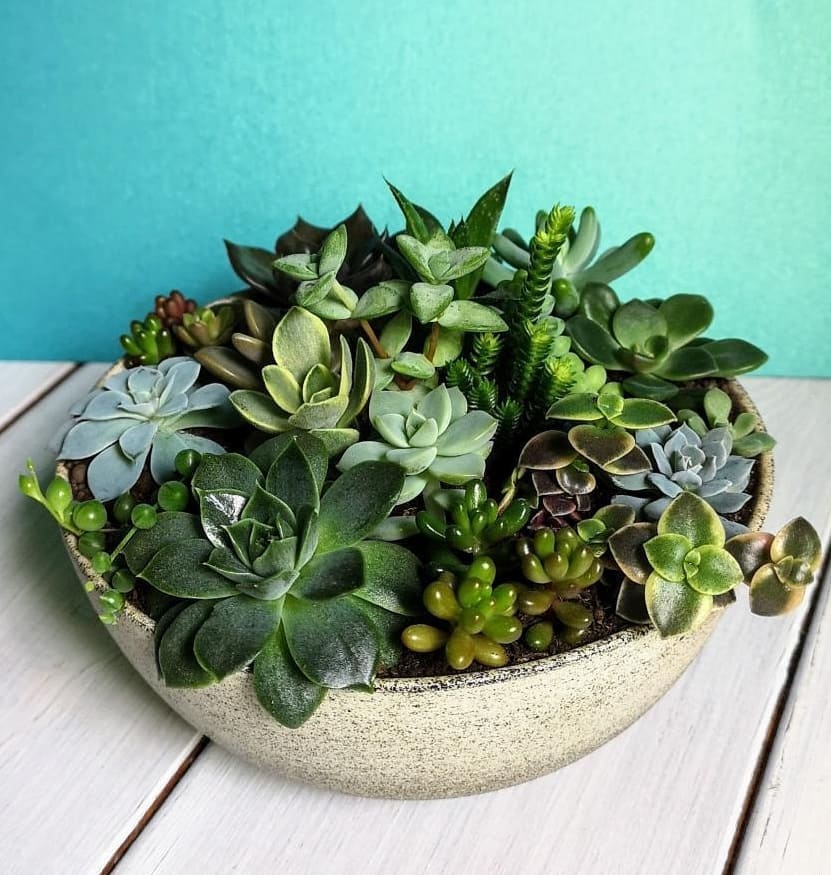
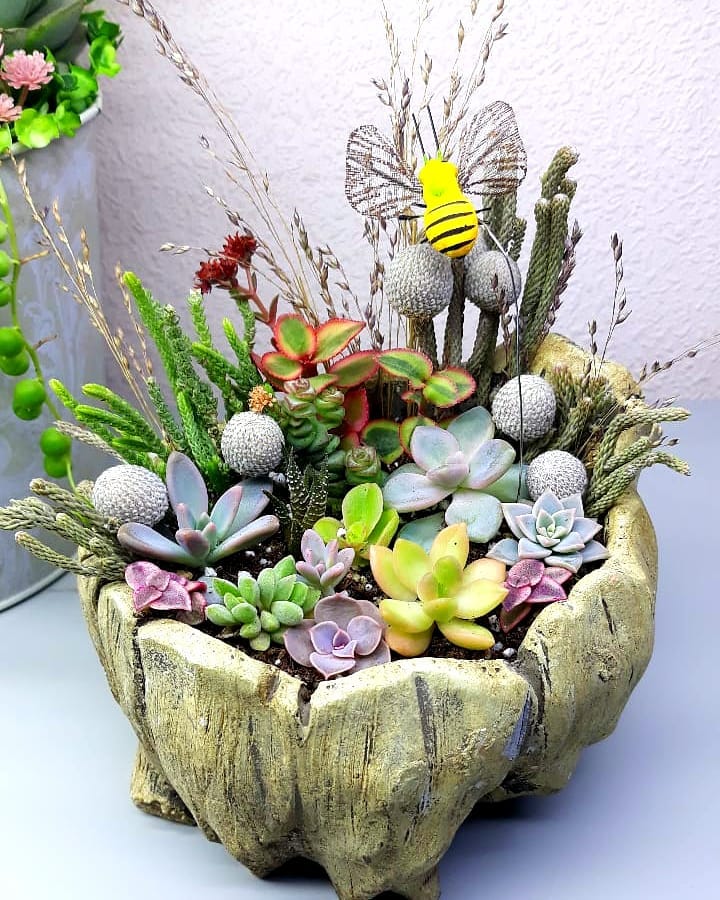
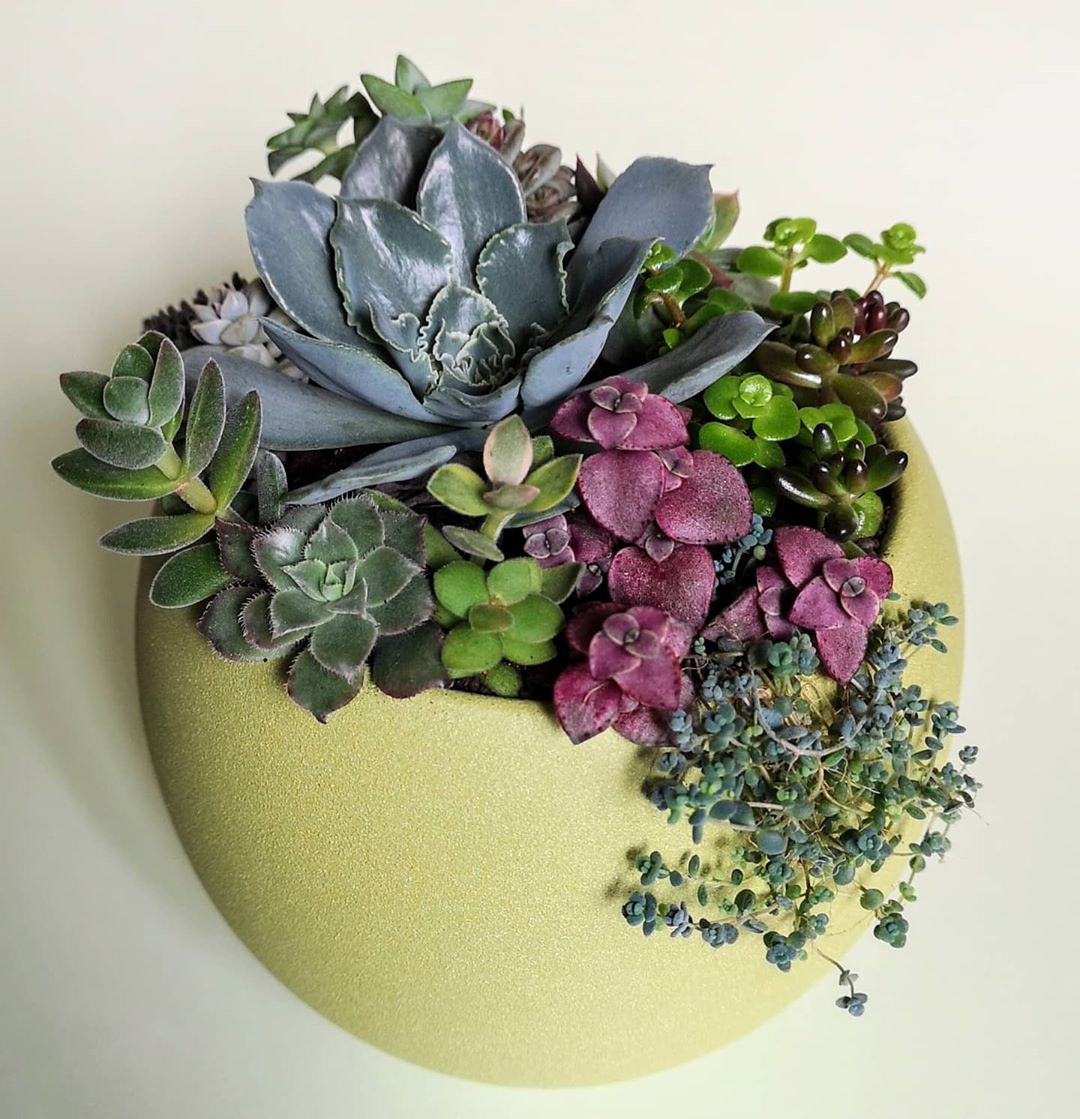
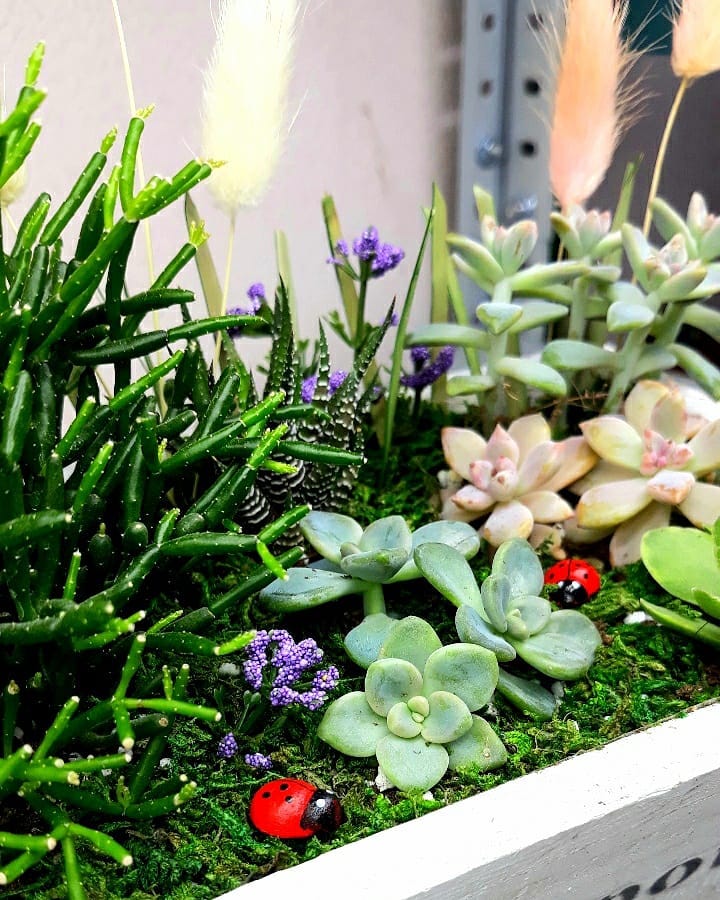
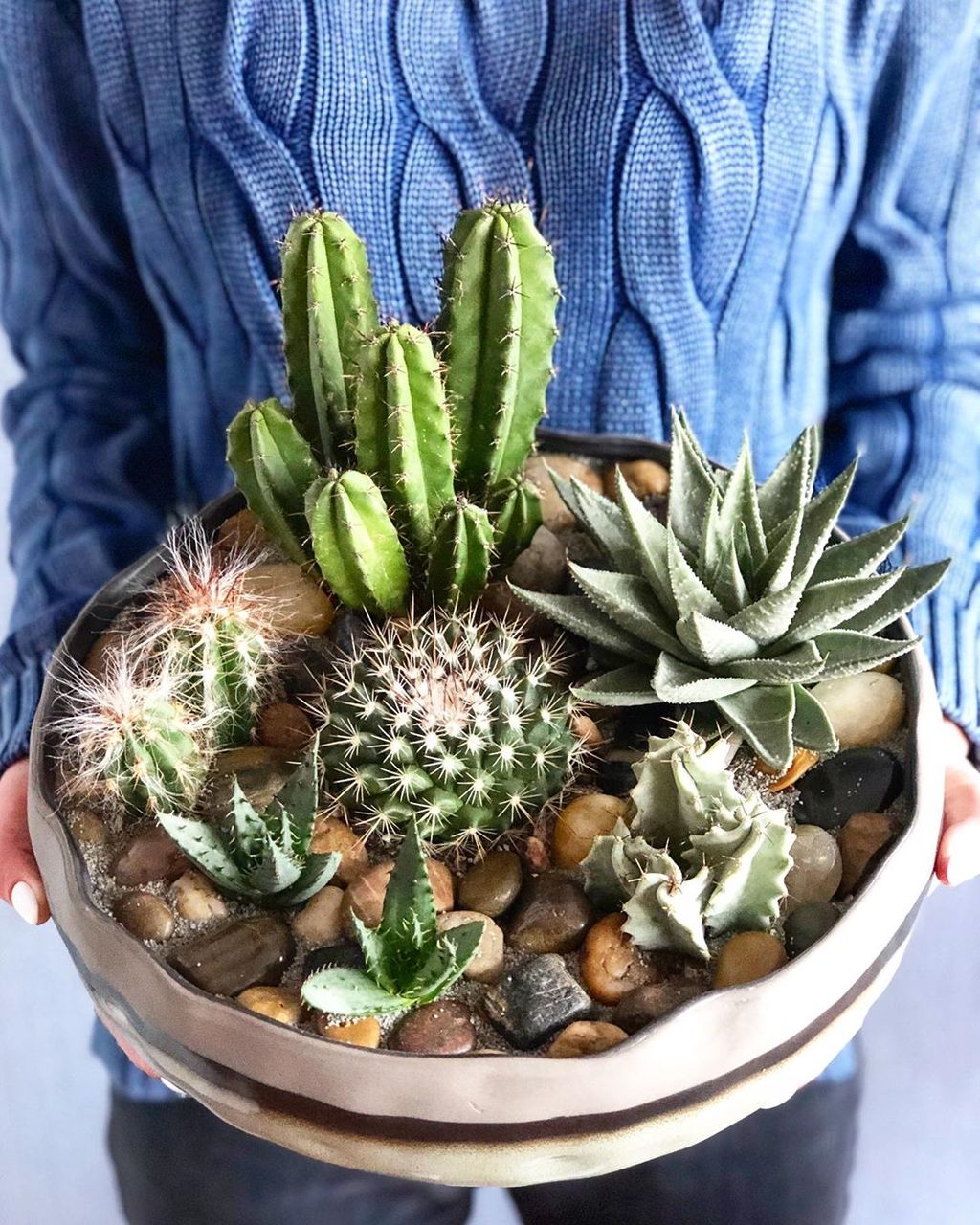
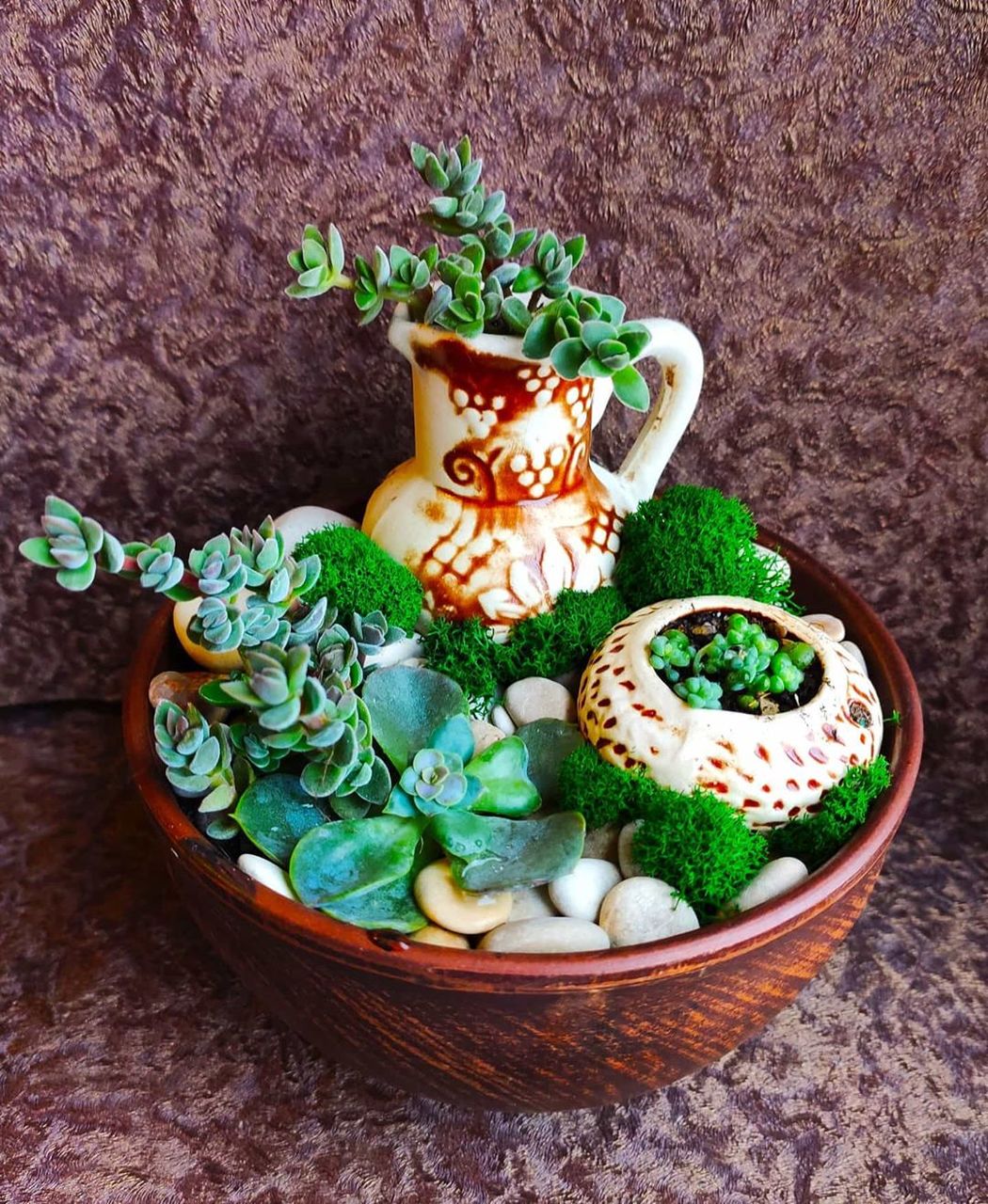










To save it, you need to water the succulent twice with the Aktara solution with a break of 5 days or use long-acting Iskra capsules.
Aphid
A small pest that feeds on the sap of young shoots and leaves of succulents. When damaged, it forms entire colonies, which are localized on the reverse side of the plates. If left untreated, the plant may die. For destruction it is recommended to use Fitoverm. In this case, 1 treatment is sufficient.
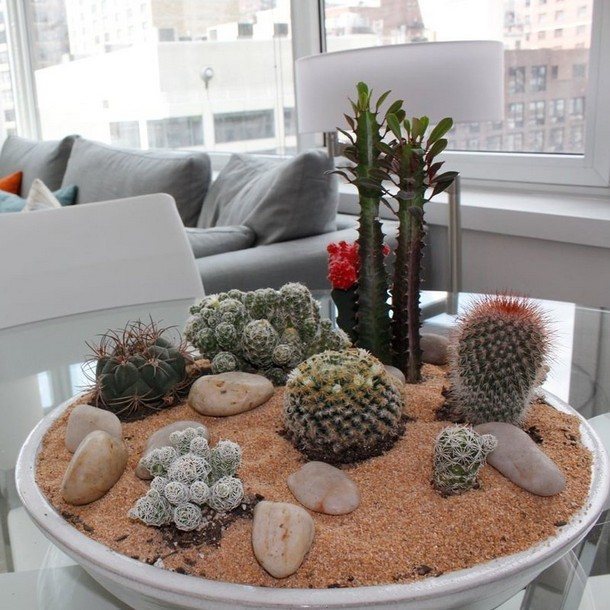
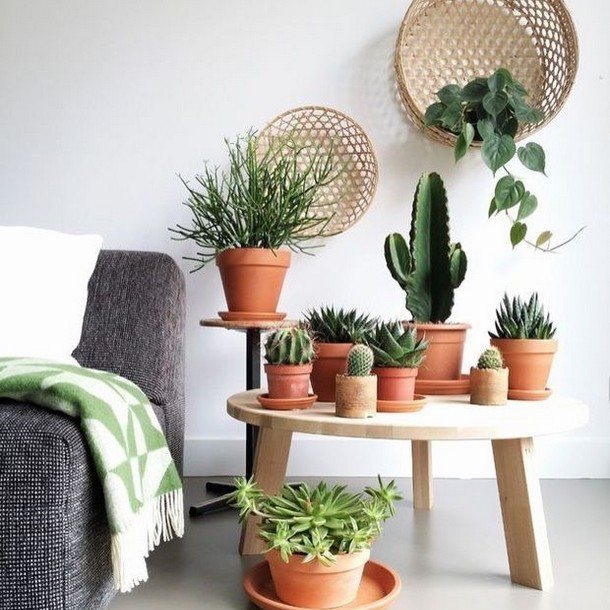
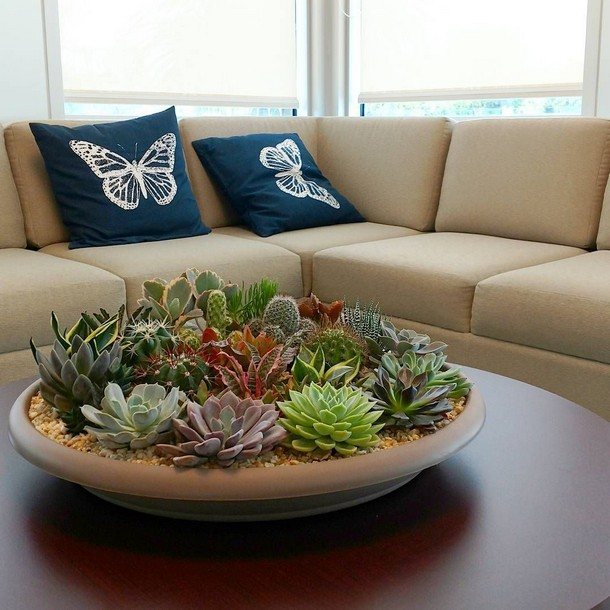
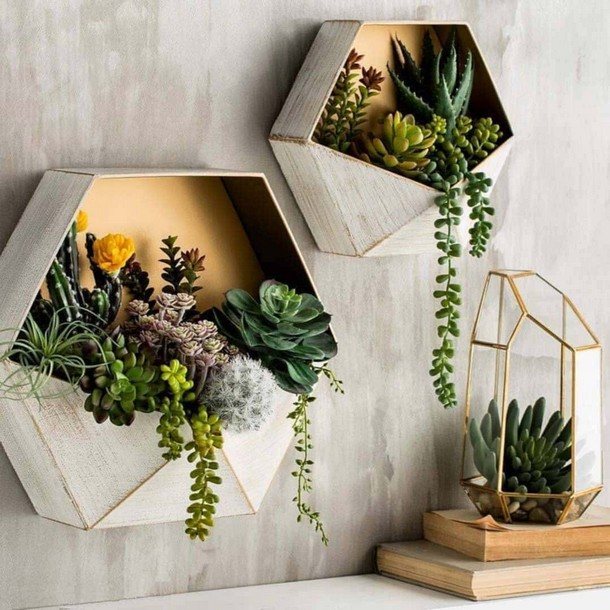
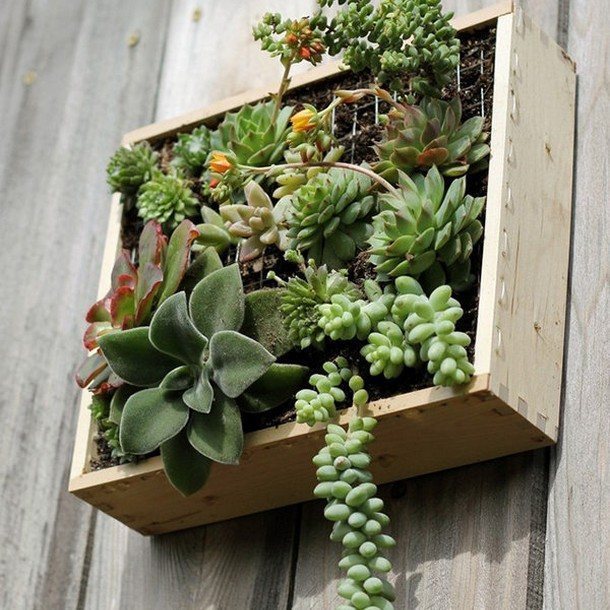

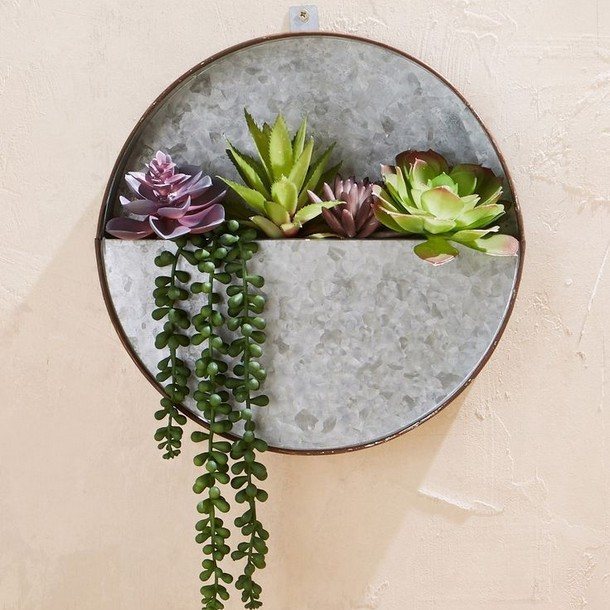
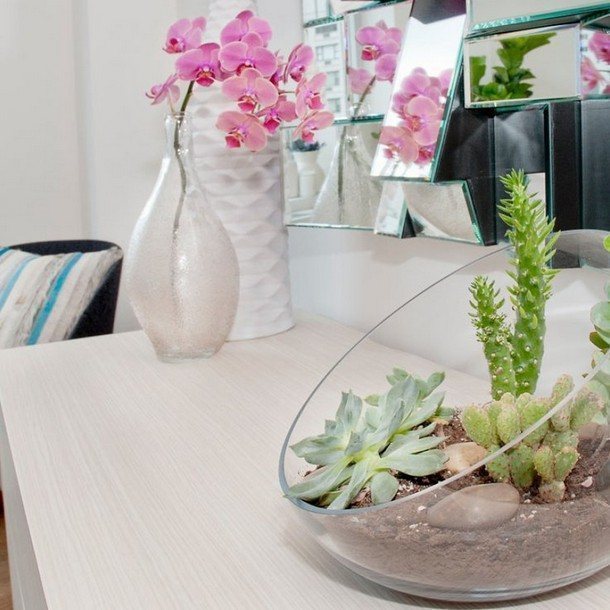
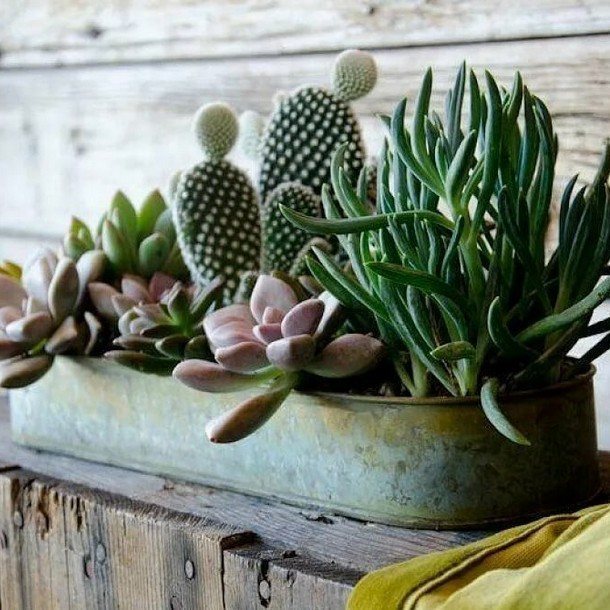
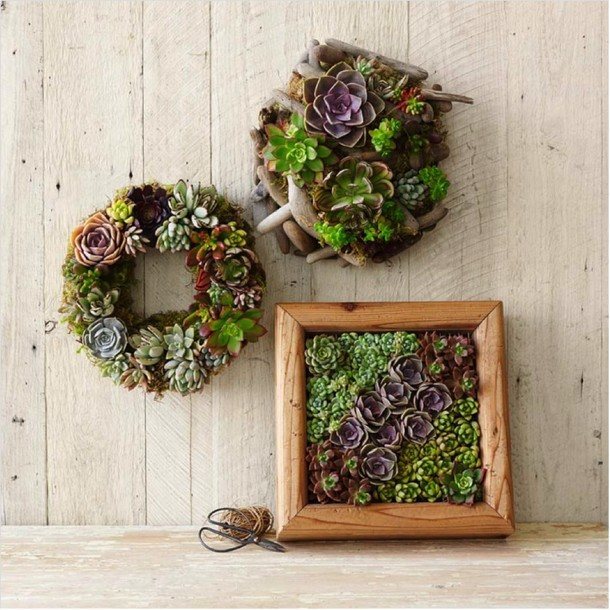










Thrips
A small-sucking insect resembling midges that moves quickly when disturbed. The danger comes from their voracious larvae, which gnaw holes in the leaves. For destruction it is recommended to use “Aktellik”, “Mospilan”. Succulents need to be treated every 3-4 days, alternating medications, until the signs of the pest disappear.
Slugs
- The pest feeds on young leaves and shoots of succulents. Activates at night with high humidity. To deter them, it is recommended to sprinkle the soil in the pot with wood ash or tobacco dust.
- Sciarides
- These pests are also called “fungus gnats.” They have a round head, long thin legs and antennae. Their body size is 0.5-3 mm. The danger comes from their slimy larvae, which live in the soil and feed on the roots of the plant. To destroy, you should spray the above-ground part with Mospilan and at the same time pour it with Aktary solution to destroy the larvae and adults.
- Ticks
- The greatest danger to succulents is spider mites. It is difficult to examine the parasite due to its small size. The lesion can be recognized by small yellow dots at the puncture sites, slow growth, and dejected appearance. Subsequently, small cobwebs appear on the tops of the shoots and leaves.
- To destroy the pest, it is recommended to use Actellik.
- Centipede
- The pest is nocturnal. It can get into the house with the soil and feeds on the roots of the plant. It is a small caterpillar with many legs. The color of the body can be light, brown or brown, depending on the species. To combat the pest, it is recommended to use long-acting Iskra capsules.
Nematode
Microscopic worms that live in moist environments. They damage the roots of succulents and deform them. As a result, the underground part of the plant ceases to function normally. Therefore, leaves and plants lose turgor, but remain green. Sick plants cannot be treated, so they need to be burned. And, in order to prevent further spread, treat the soil and pot with Actellik.
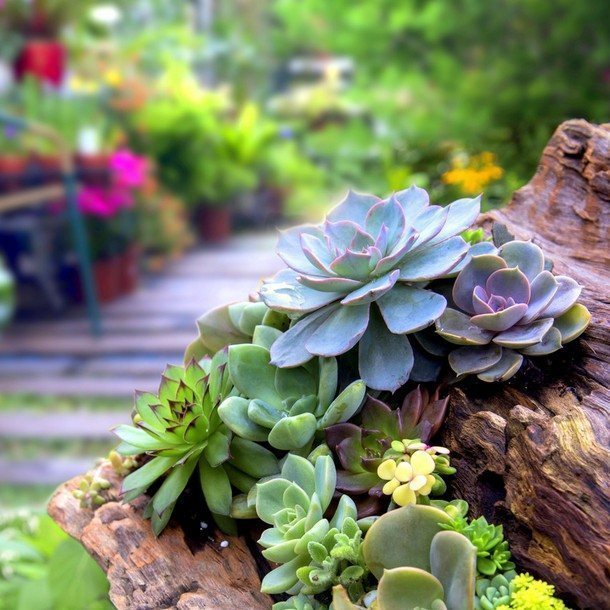
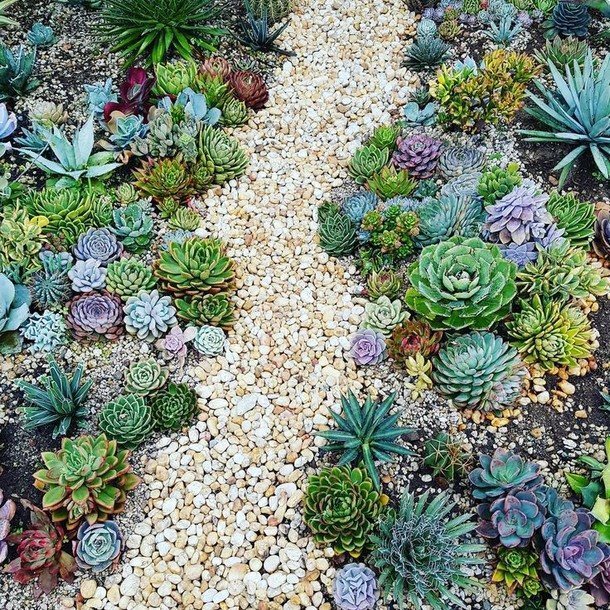
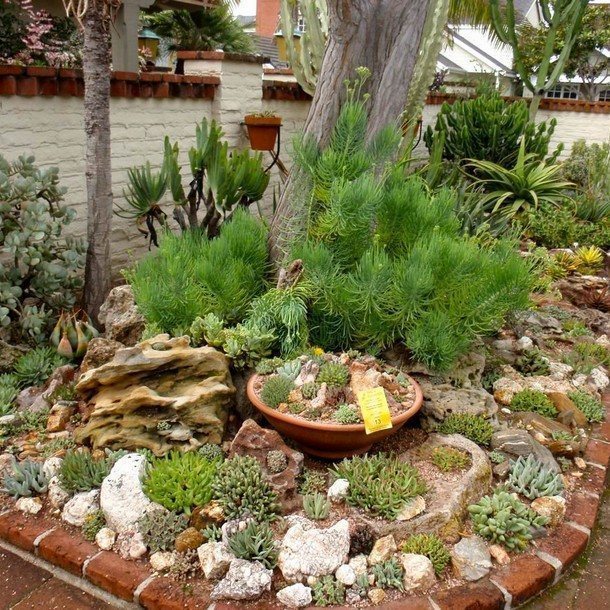
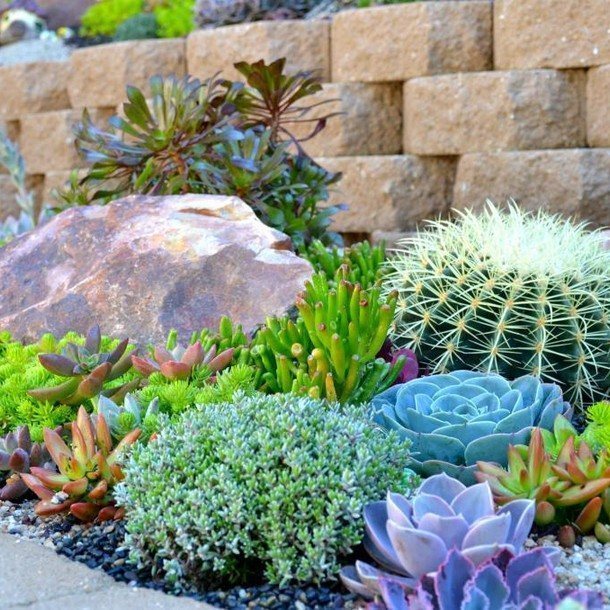
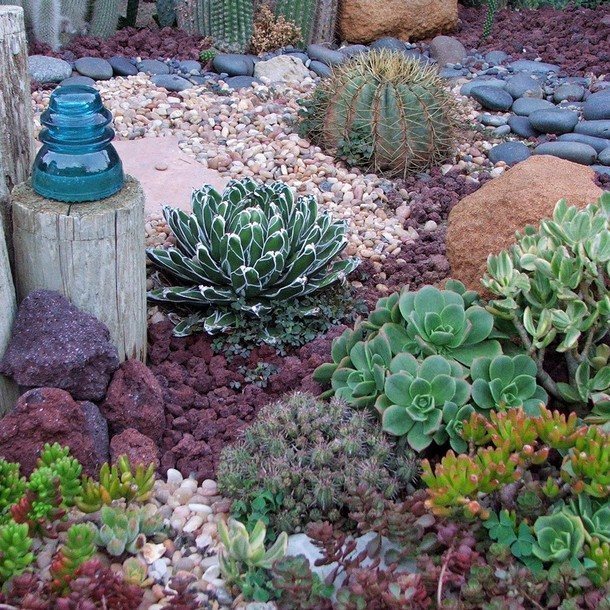
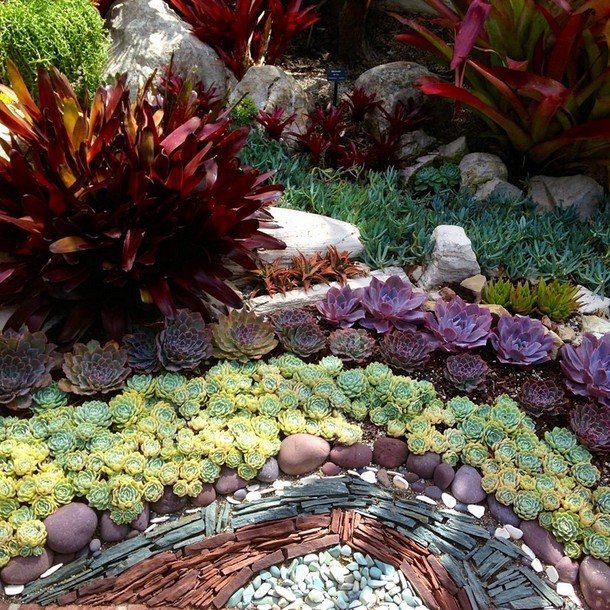
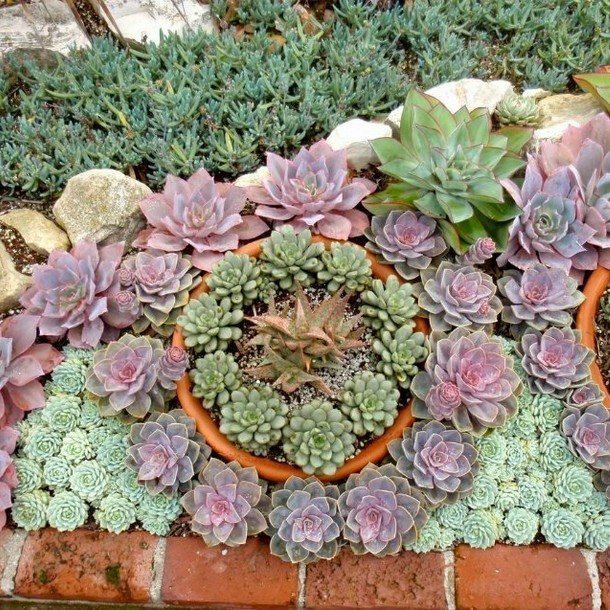
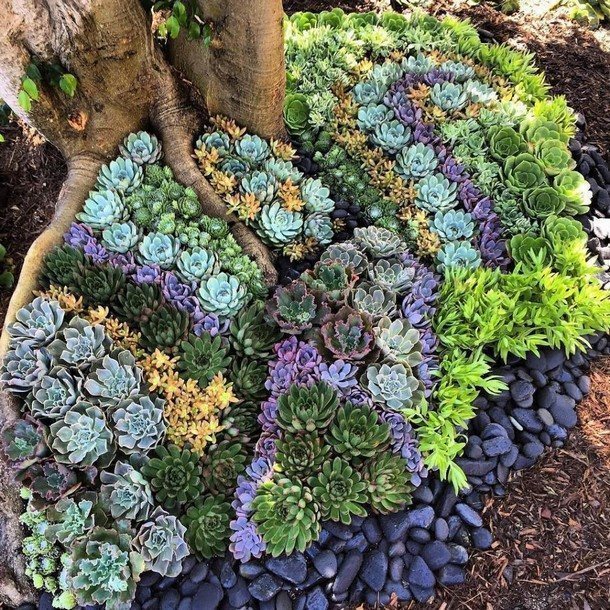
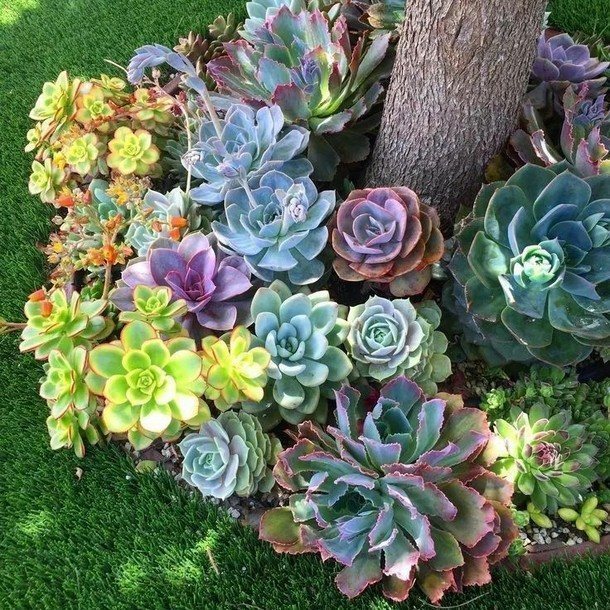
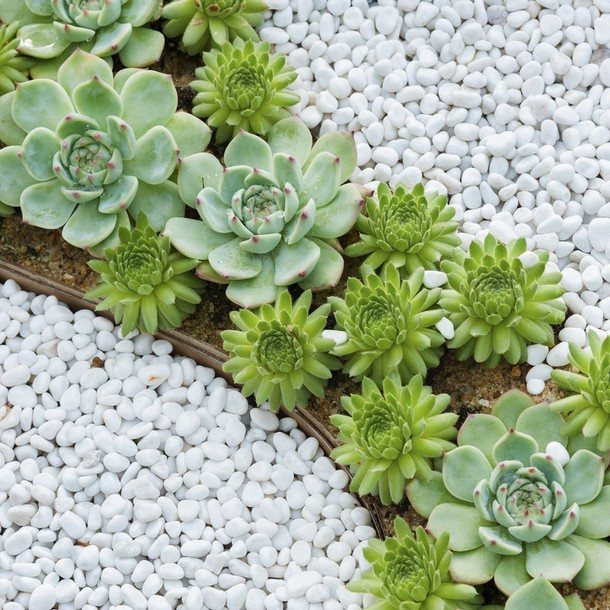










Compositions from succulents
These plants are ideal for creating multi-level compositions that you can make yourself. They should be placed in pots, vases or glass aquariums.
Most often, the following succulents are used to create mix compositions:
cacti;

aloe;
lithops;
young;

Crassula;
slipway;
echeveria;
- aeoniums;
- sedums.
- Low-growing crops should be planted in the foreground. They can be erect or with creeping shoots that will effectively hang over the edge. For the background, larger succulents that grow faster are suitable. For example, like a tree-like crassula or stapelia. You can also install decorative items at the back. Towers, figurines, Koryaks, rocks, and houses are suitable for this.
- To create a composition that will look organic, you need to focus on 1 object or the whole view. All other components should only complement it. You should also use decorative powder on the soil surface, which will hide unsightly details.
- Interior use
Succulents are suitable not only for decorating the window area of a room. Large plants can be grown in floor pots, placing them near furniture and household appliances. It is recommended to grow ampelous species in wall flowerpots and hanging flowerpots. They can be used to decorate terraces, balconies, and kitchens.
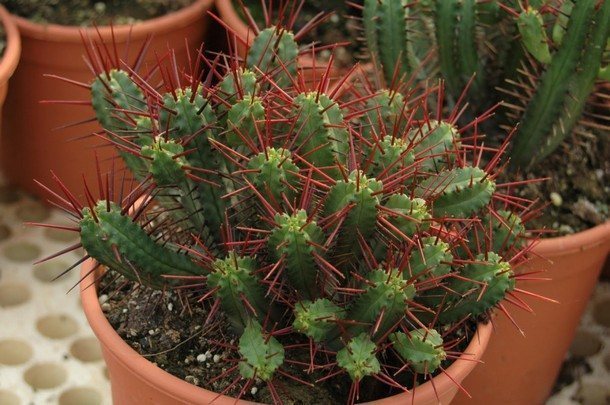
Succulents have the ability to successfully fit into any interior. The main thing is that they have enough light. Otherwise, the decorative value of the plants will decrease.


